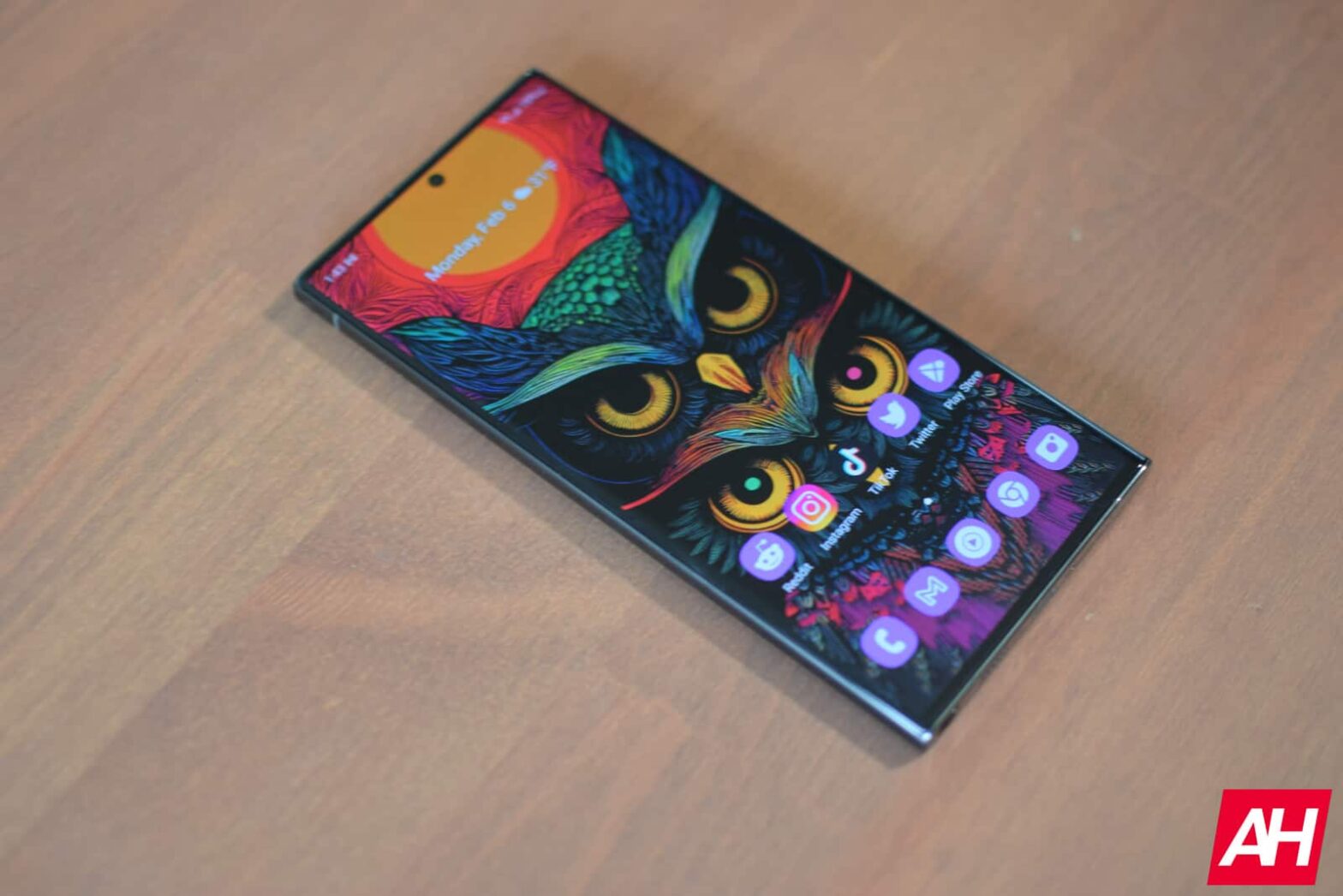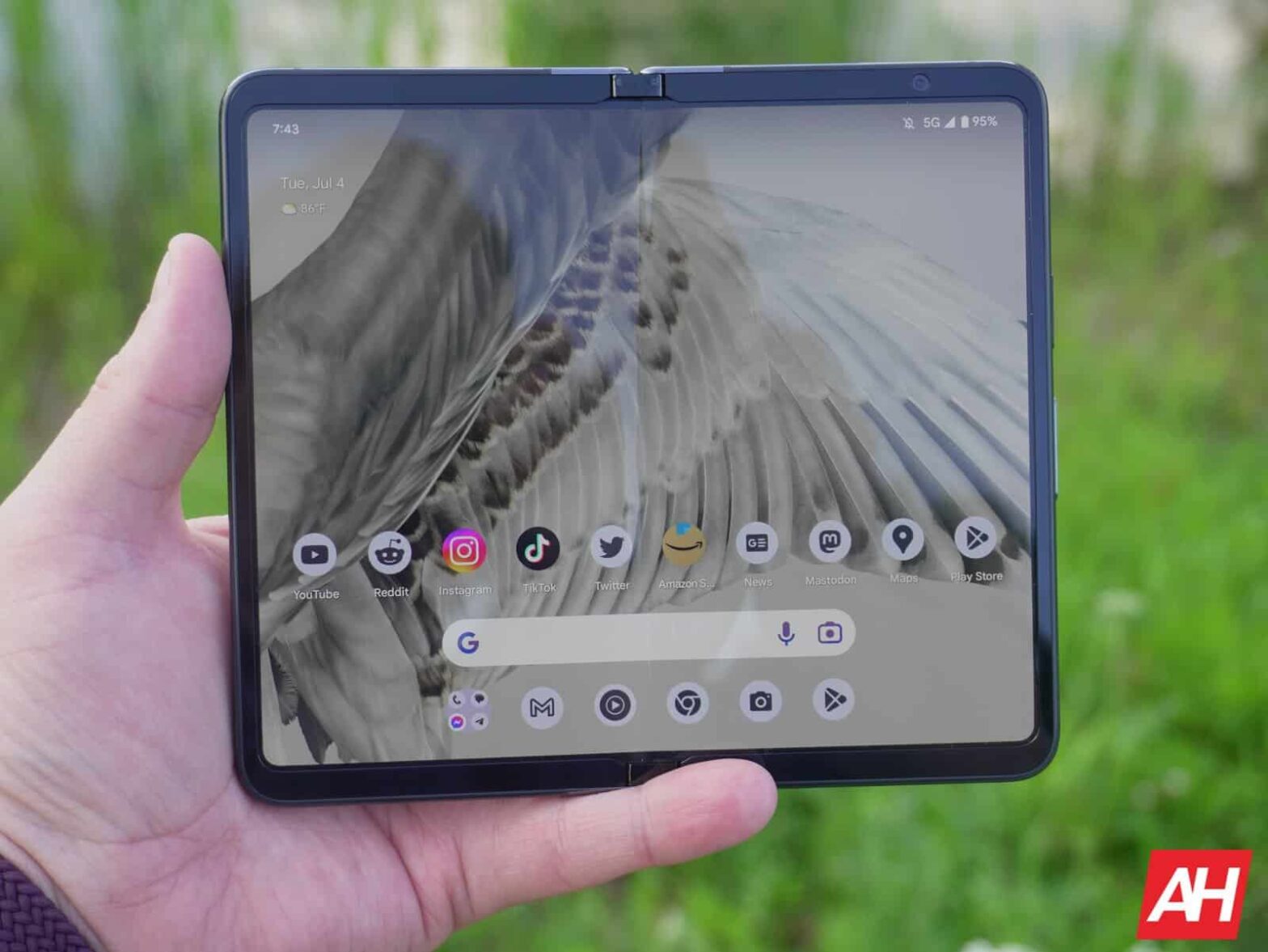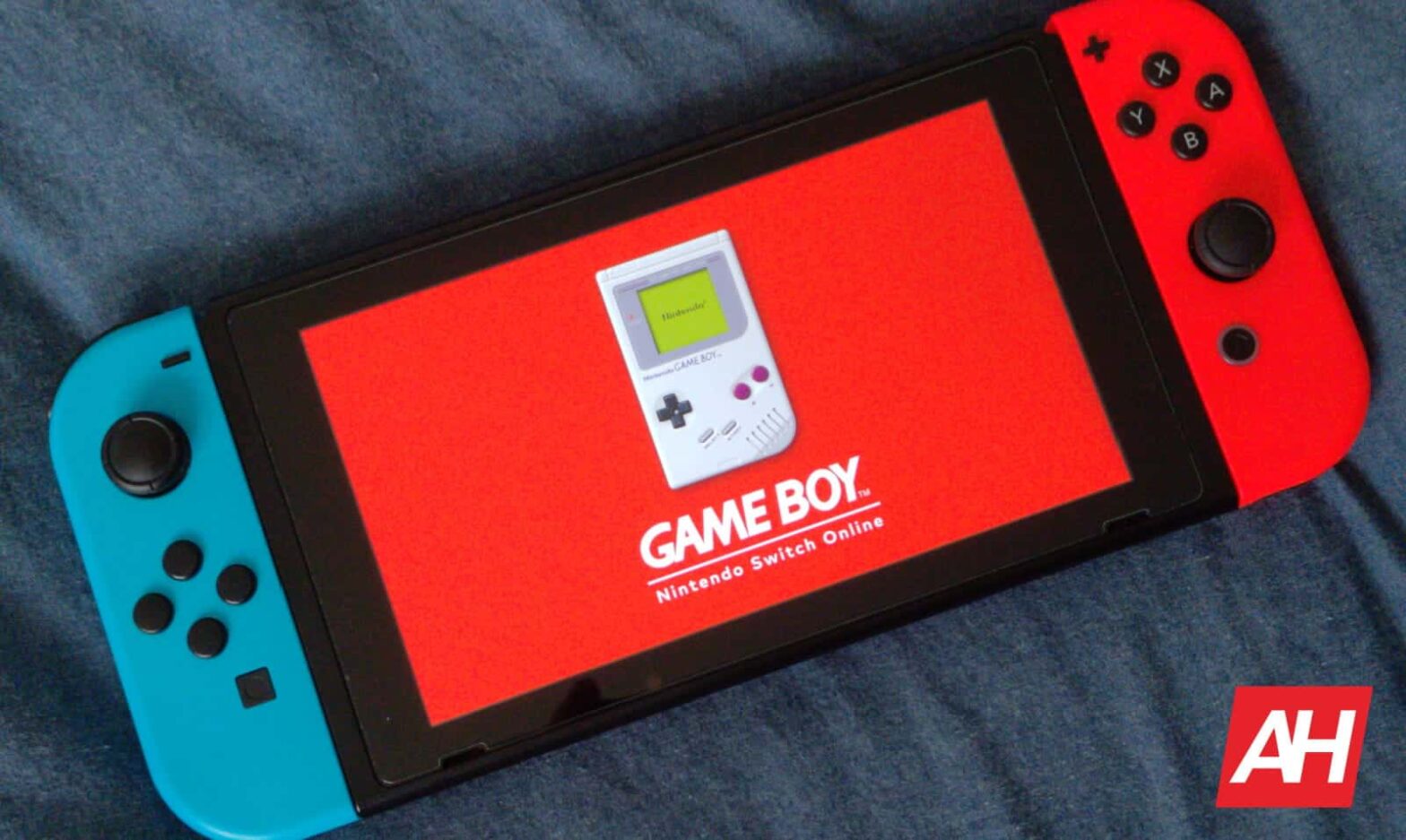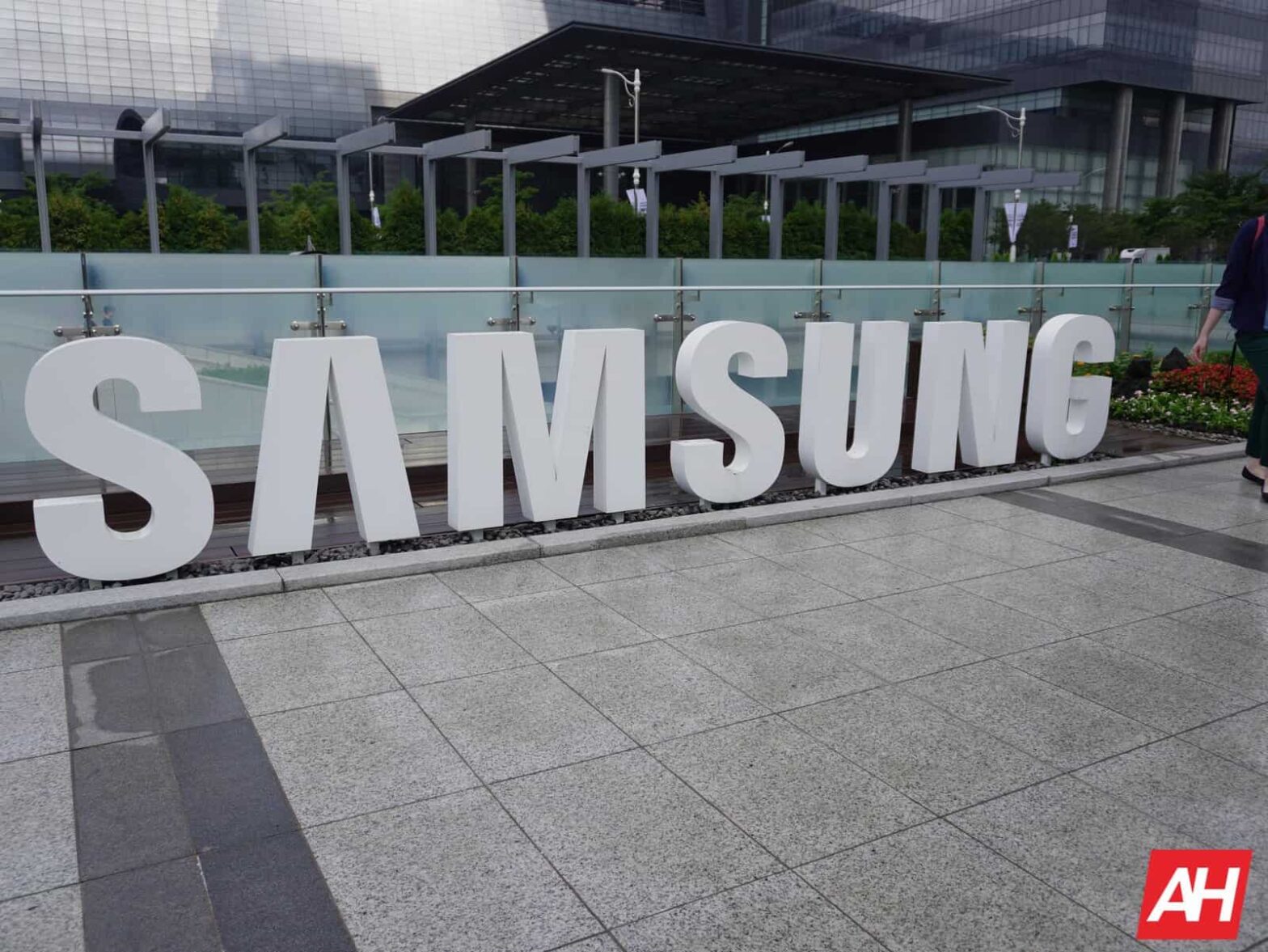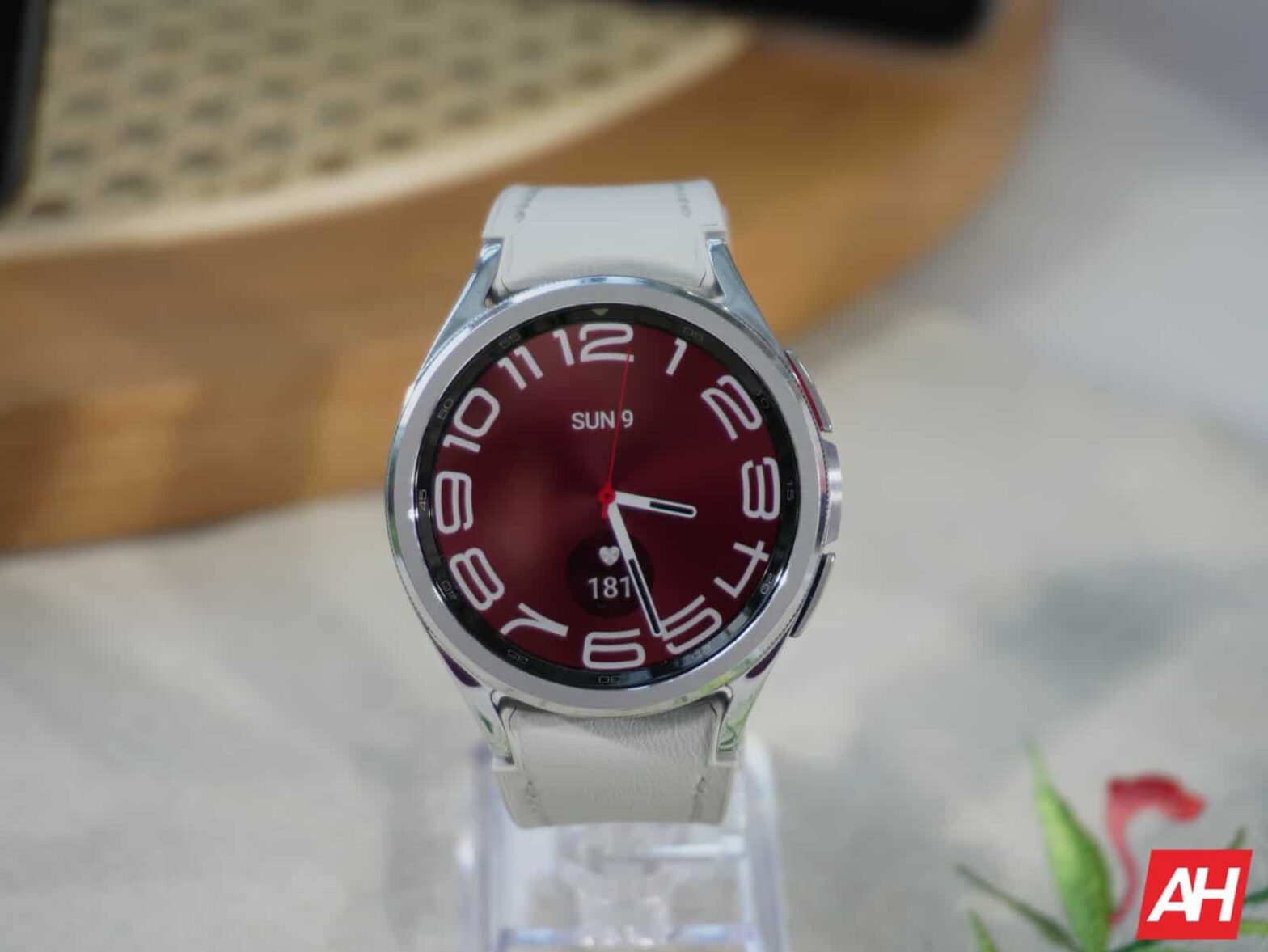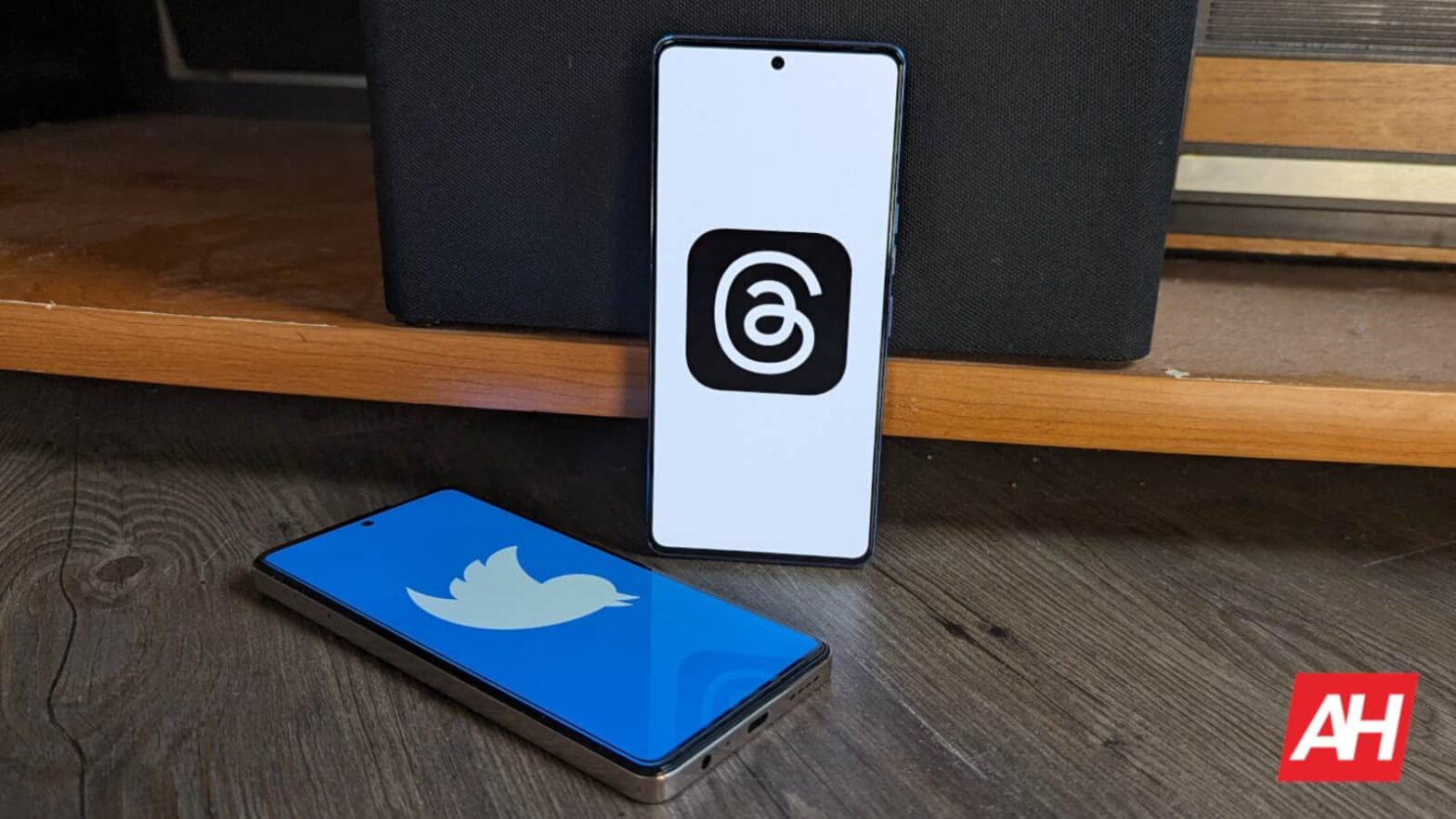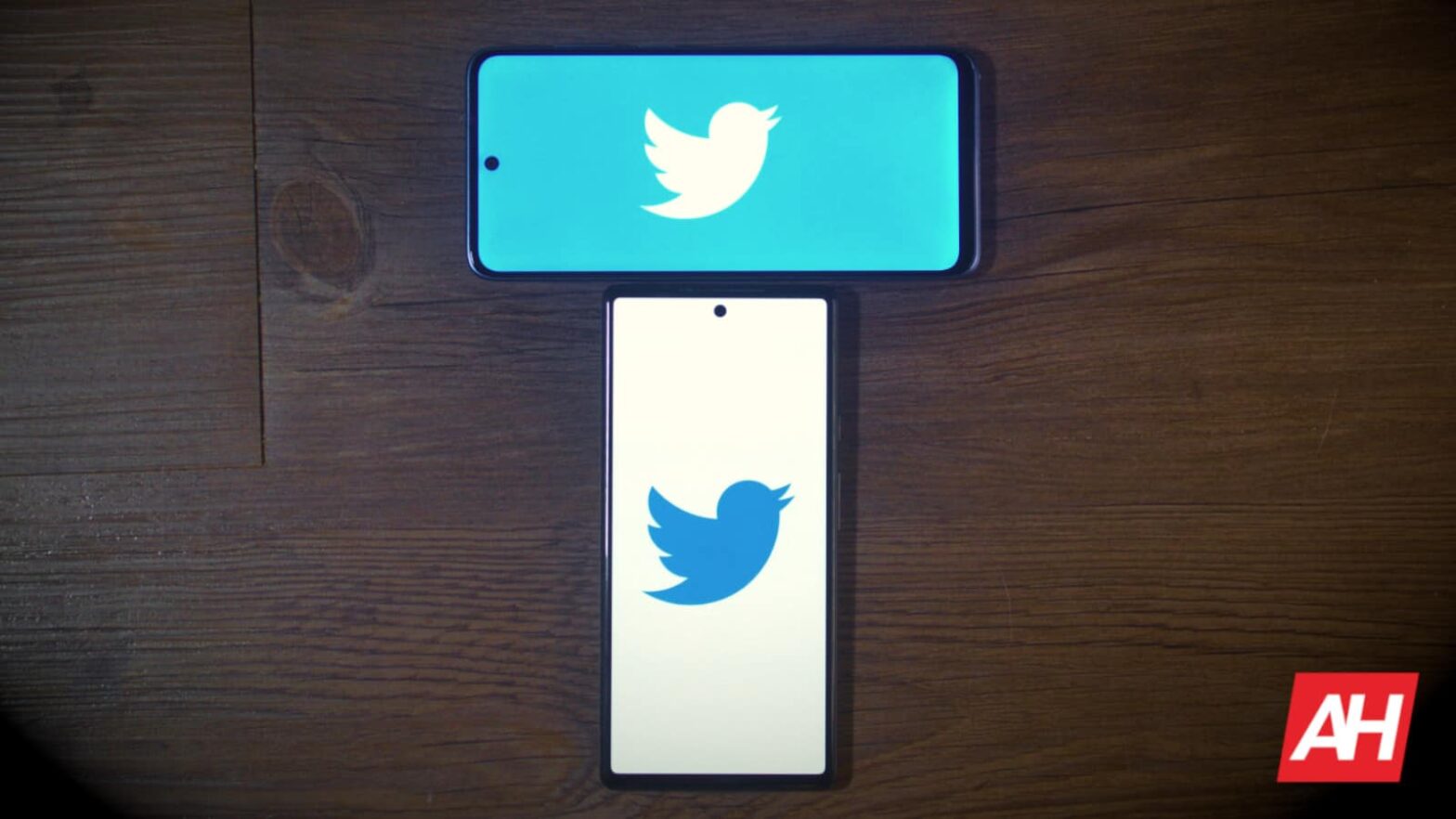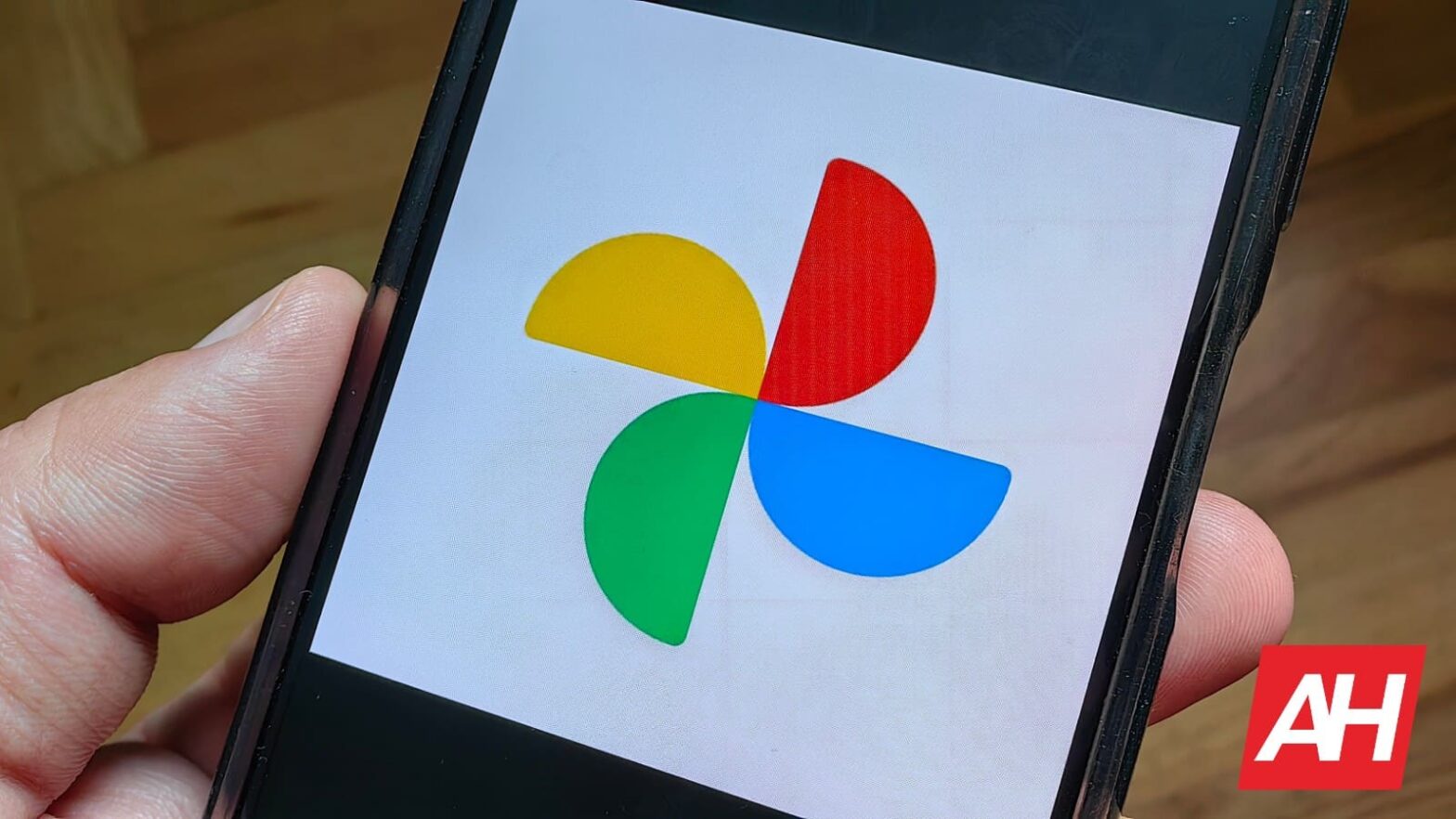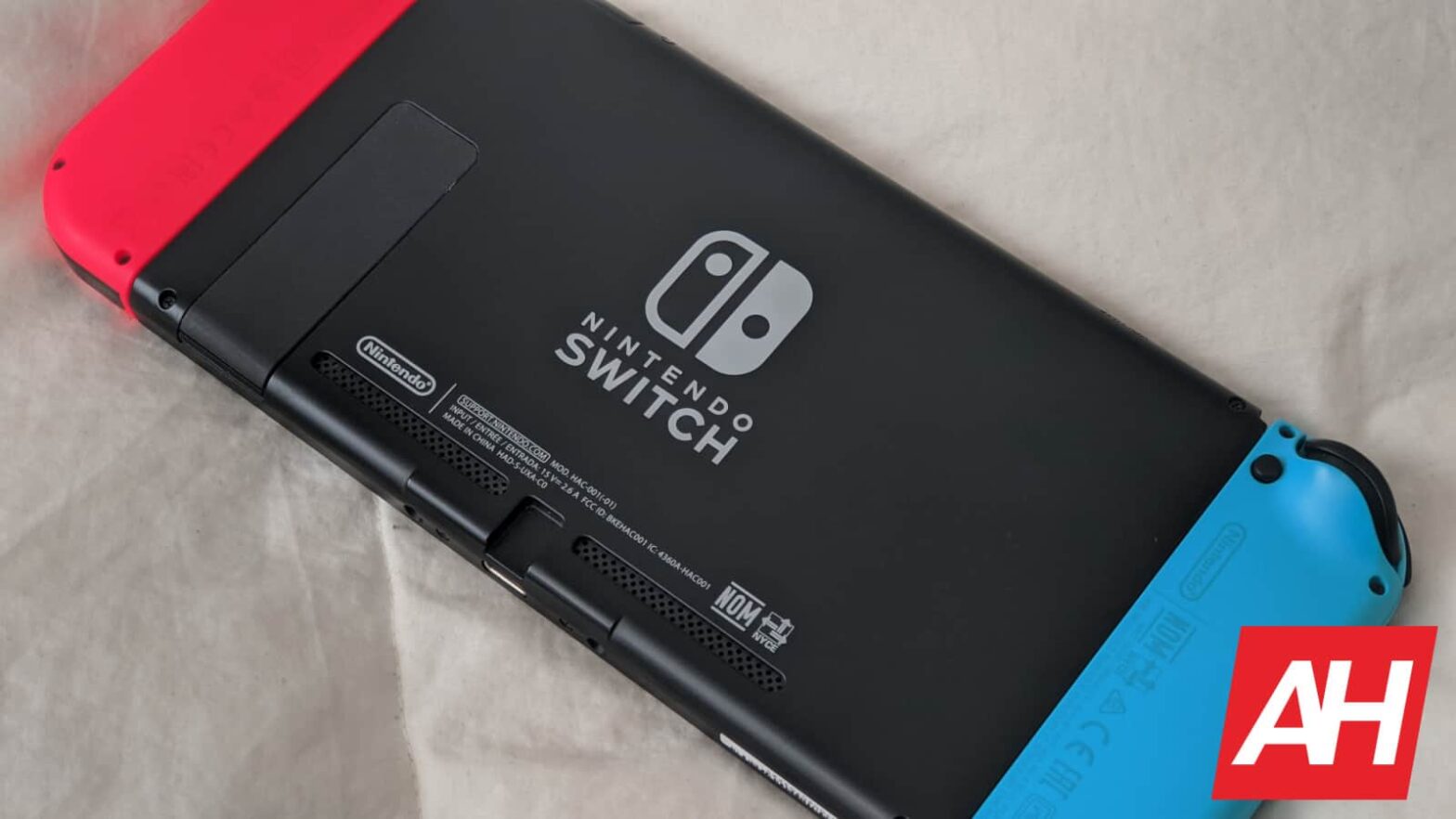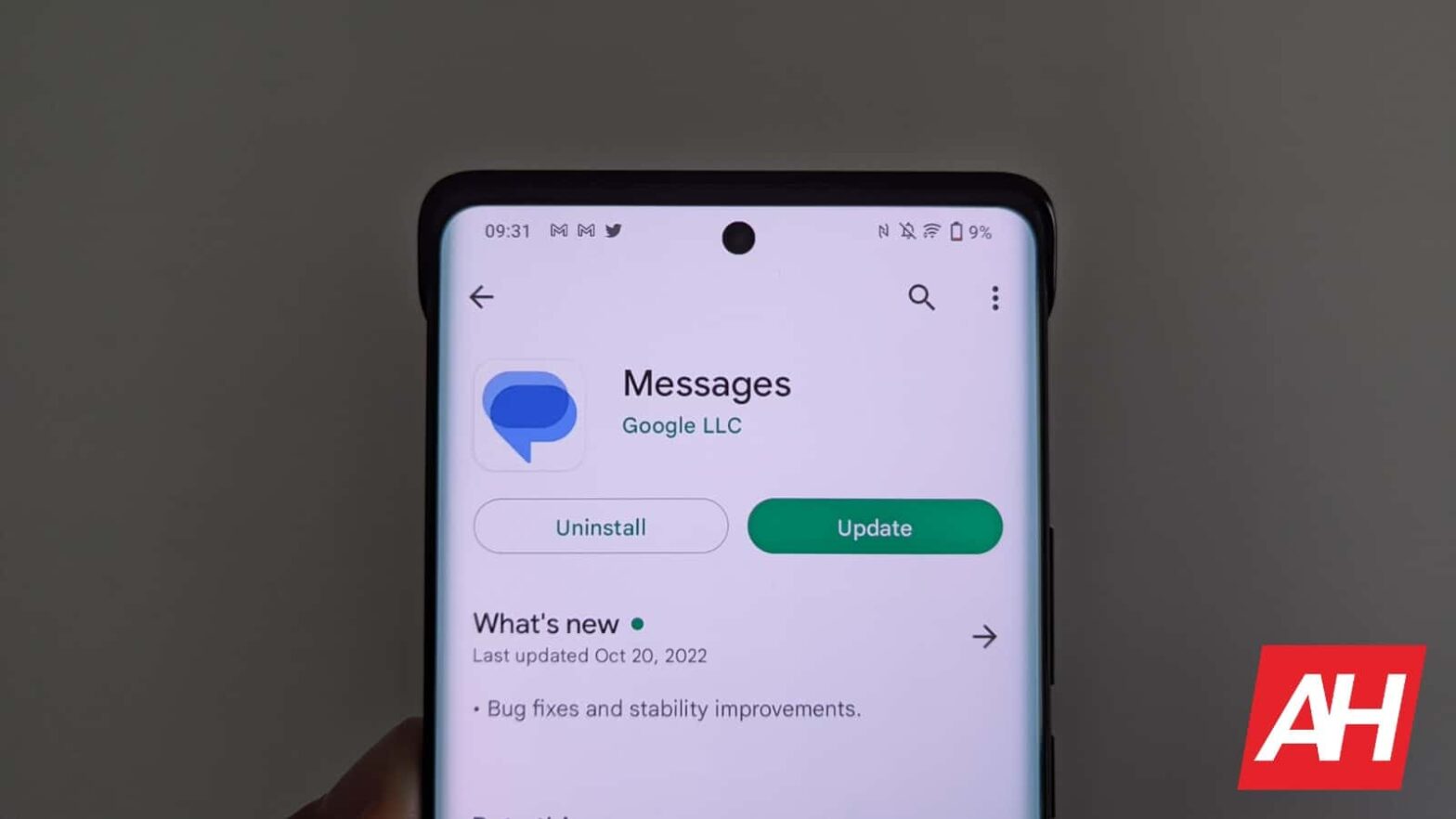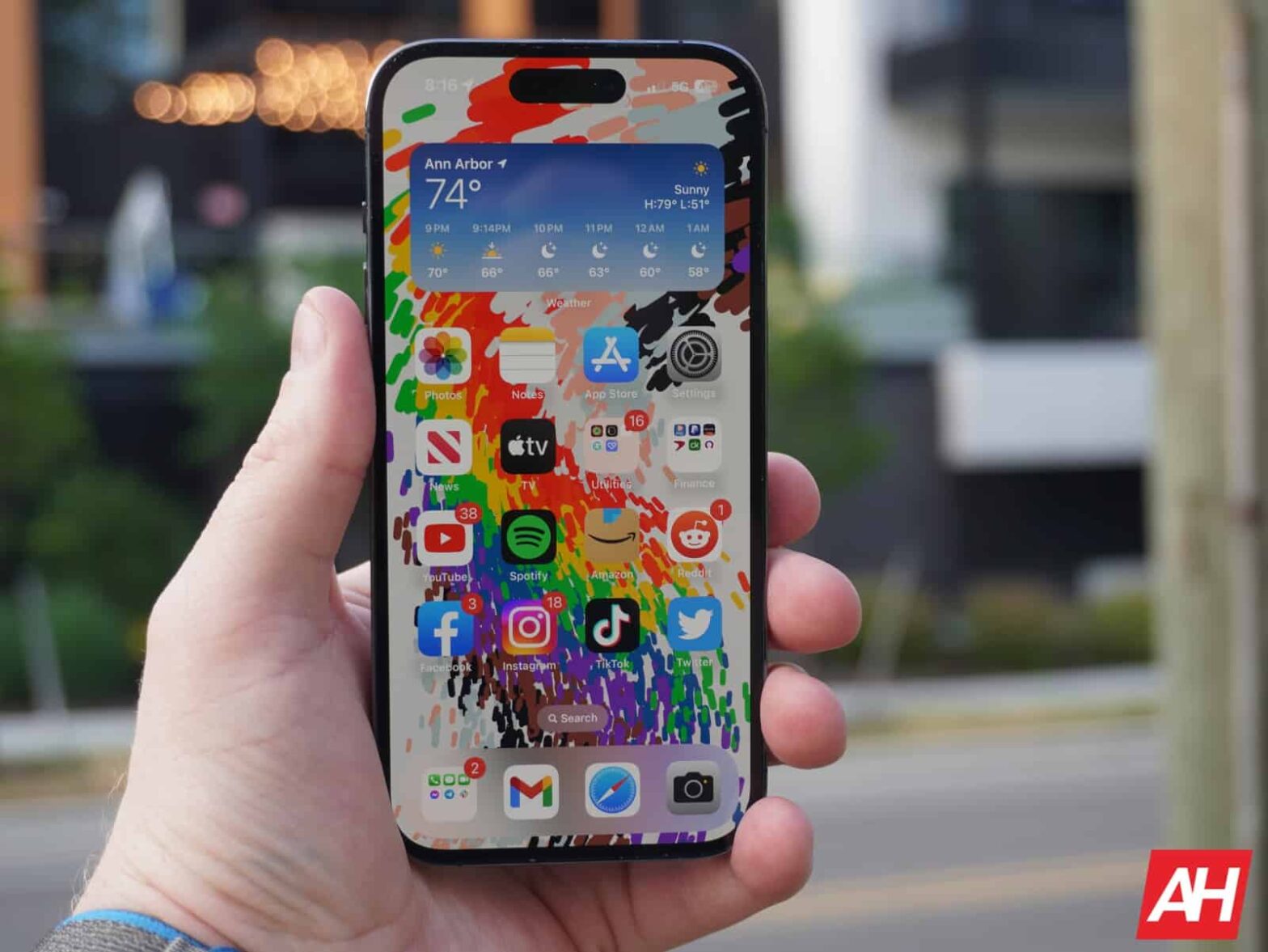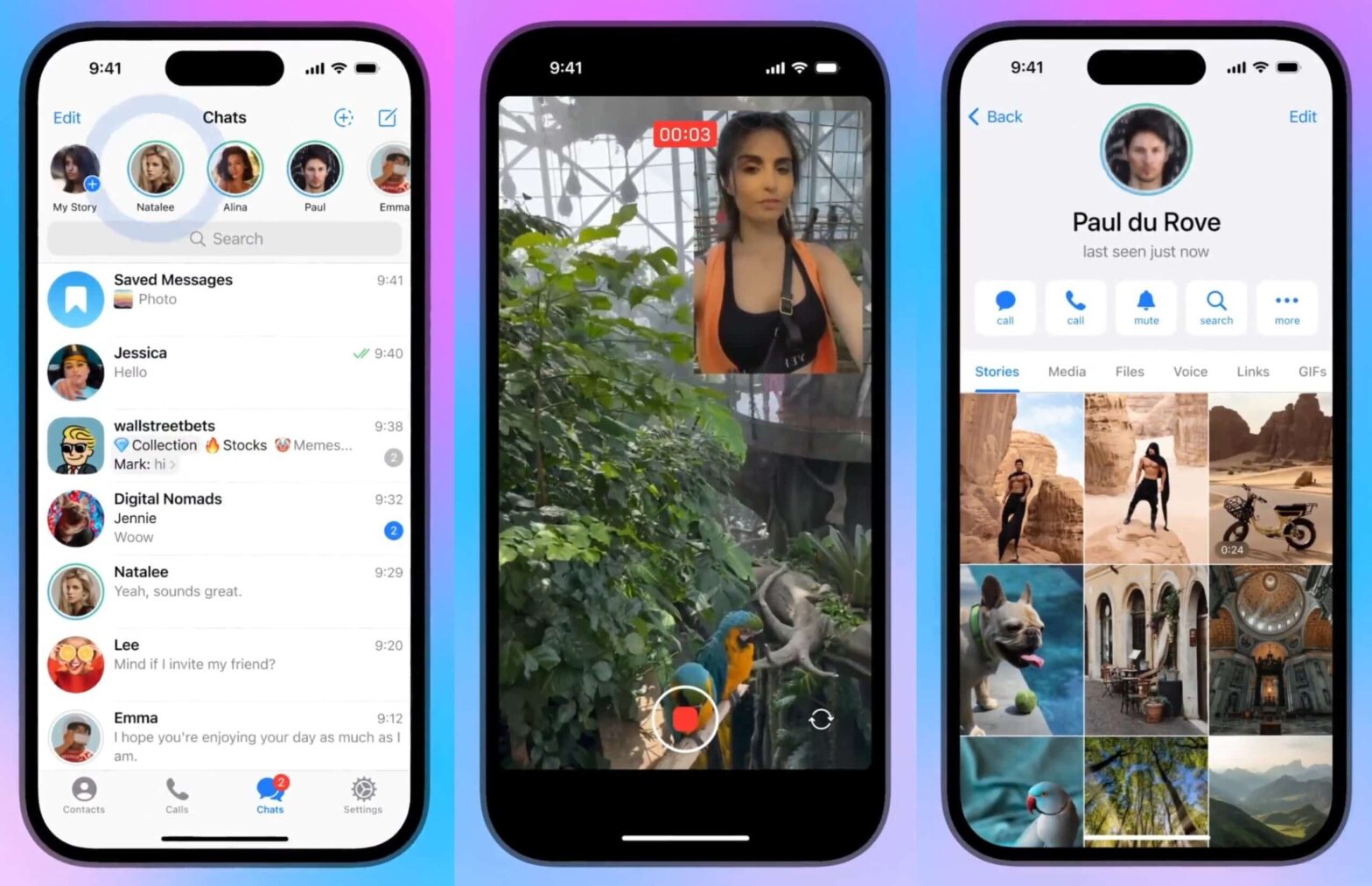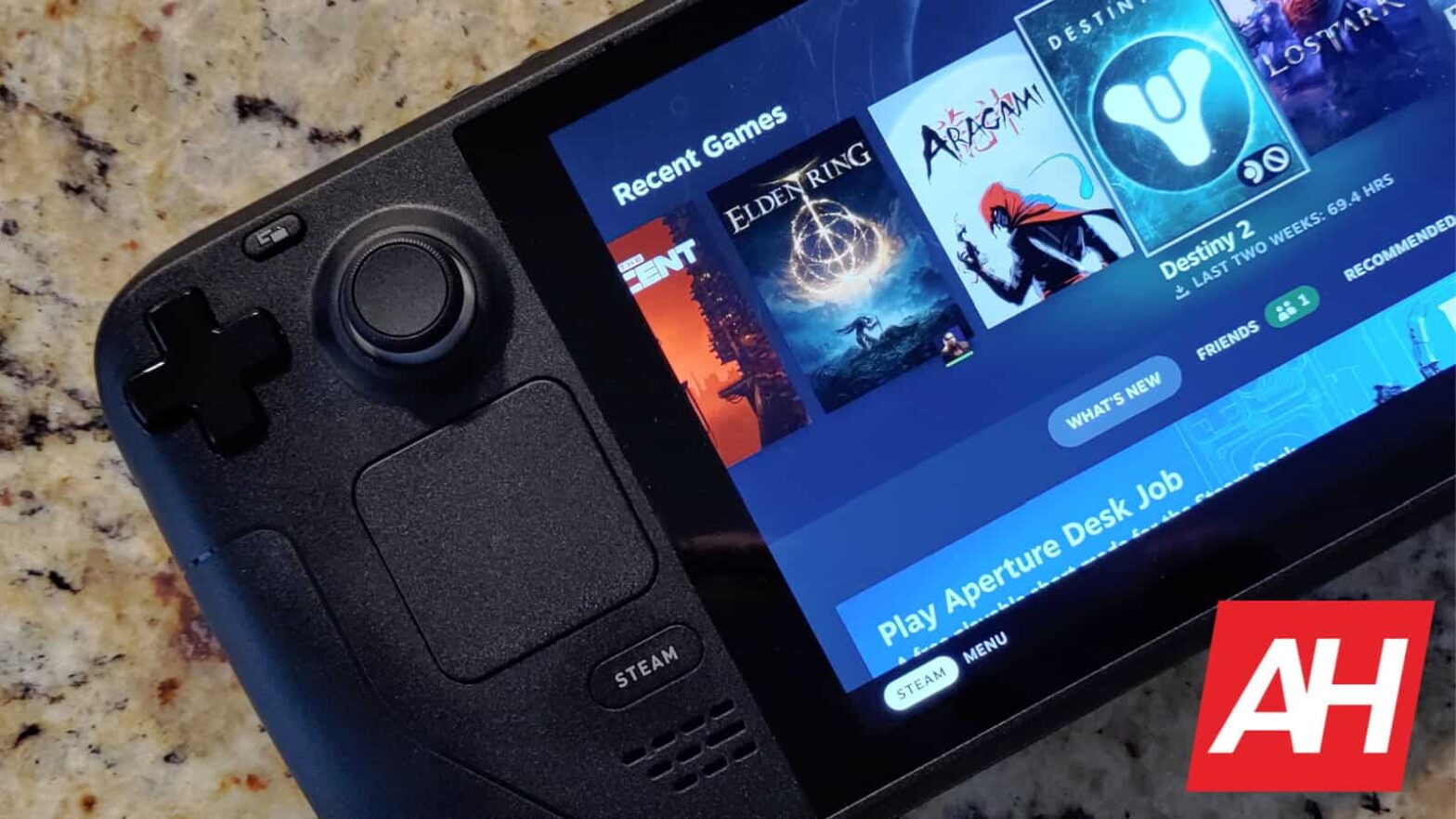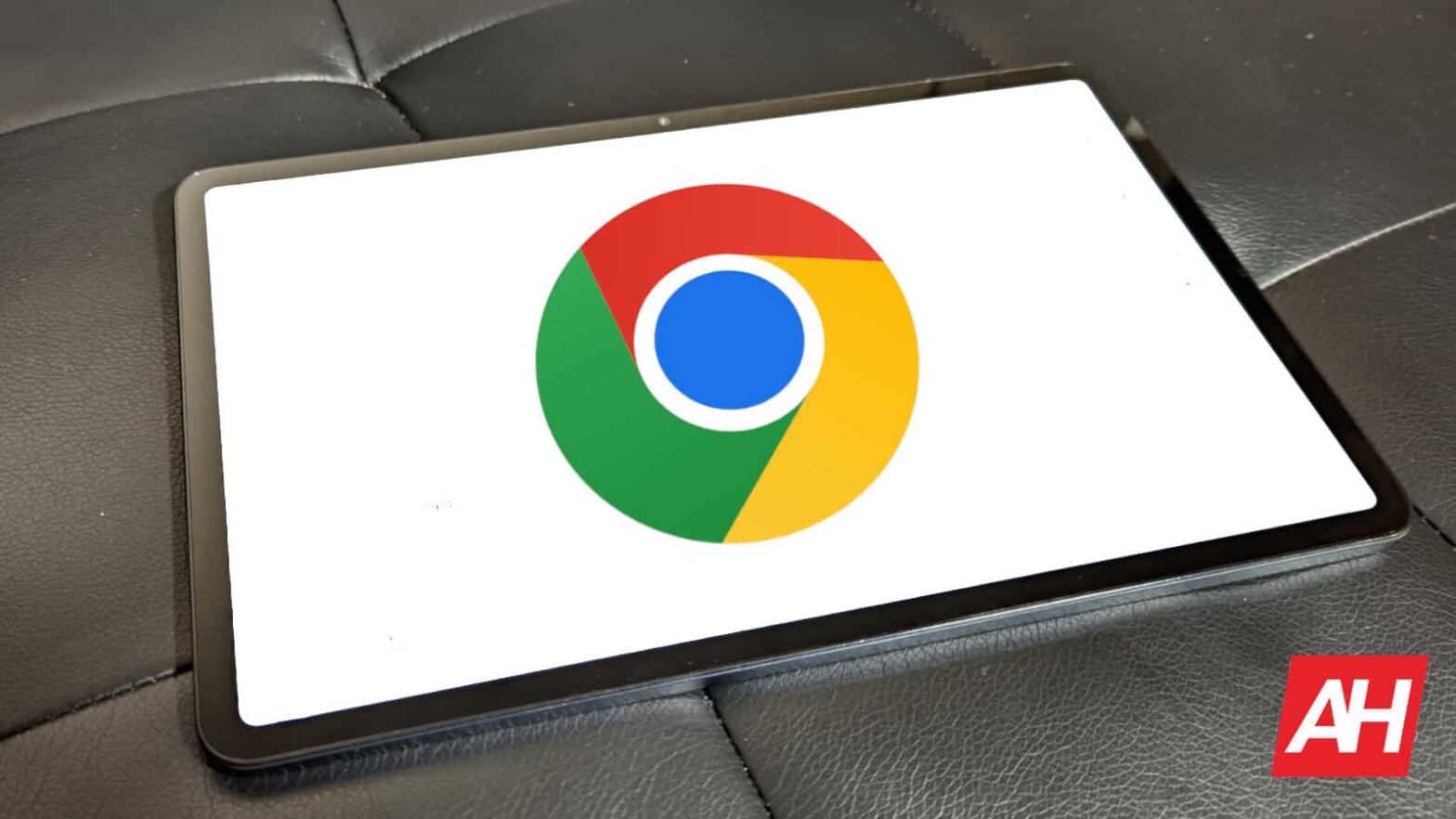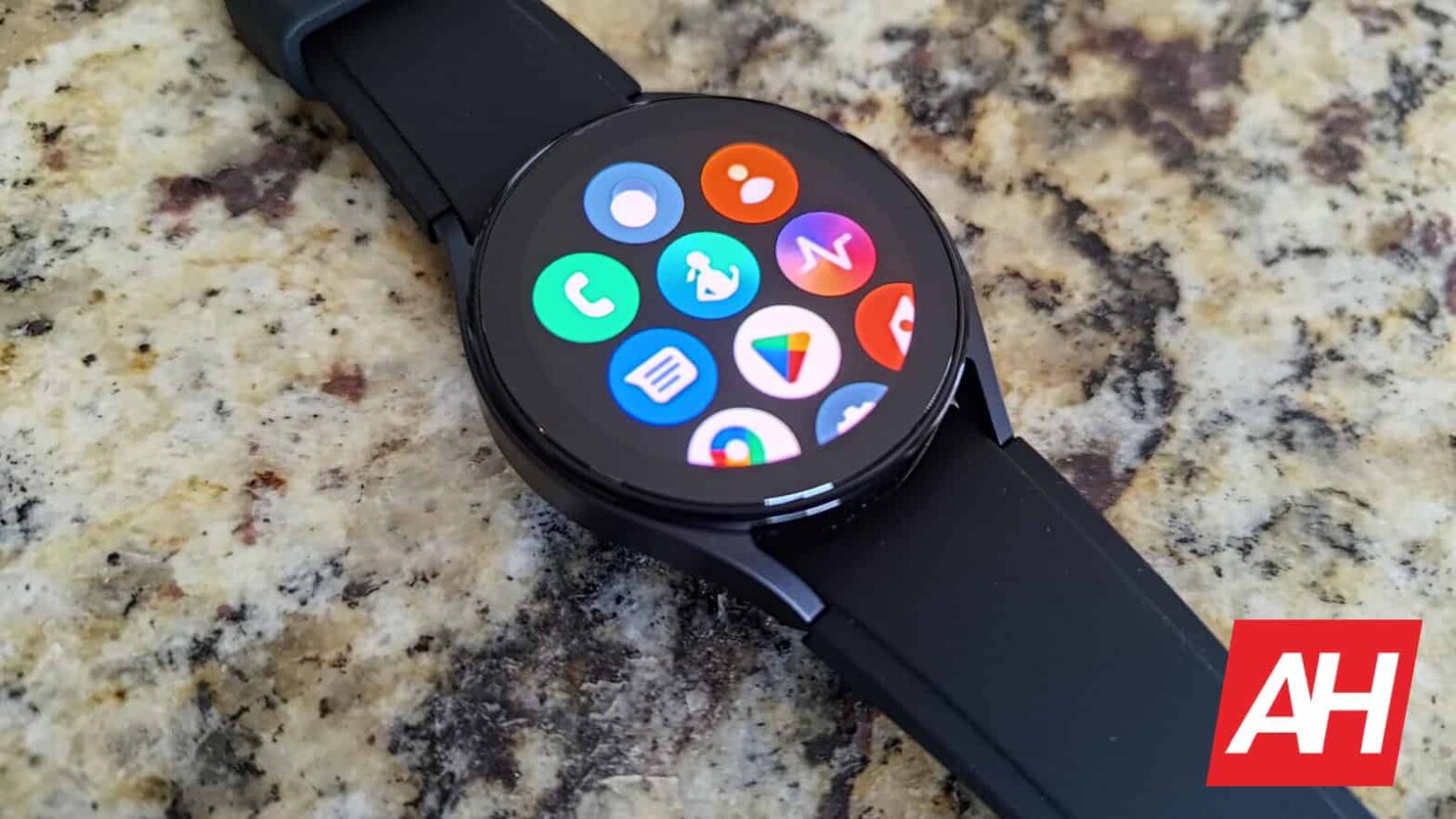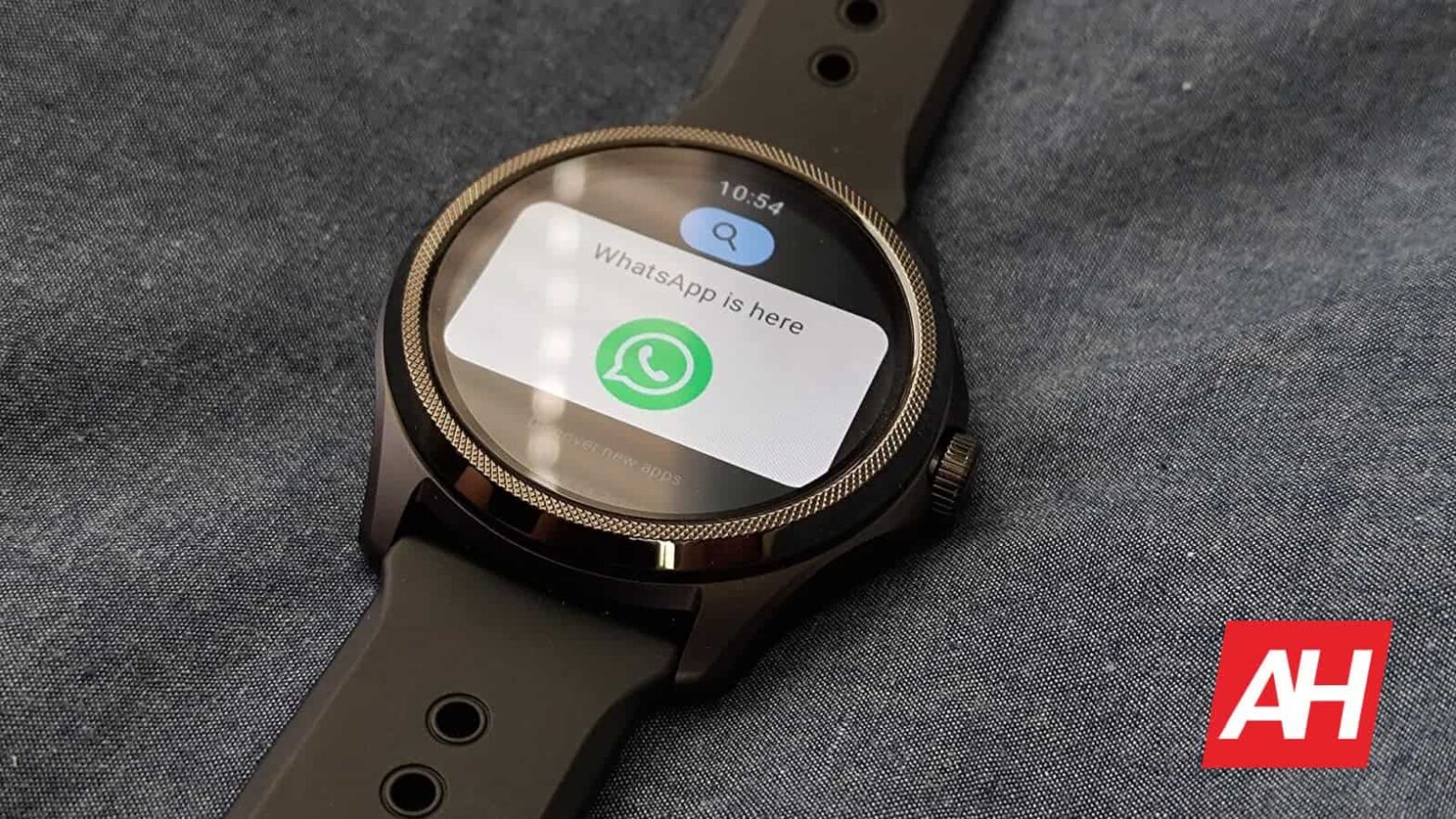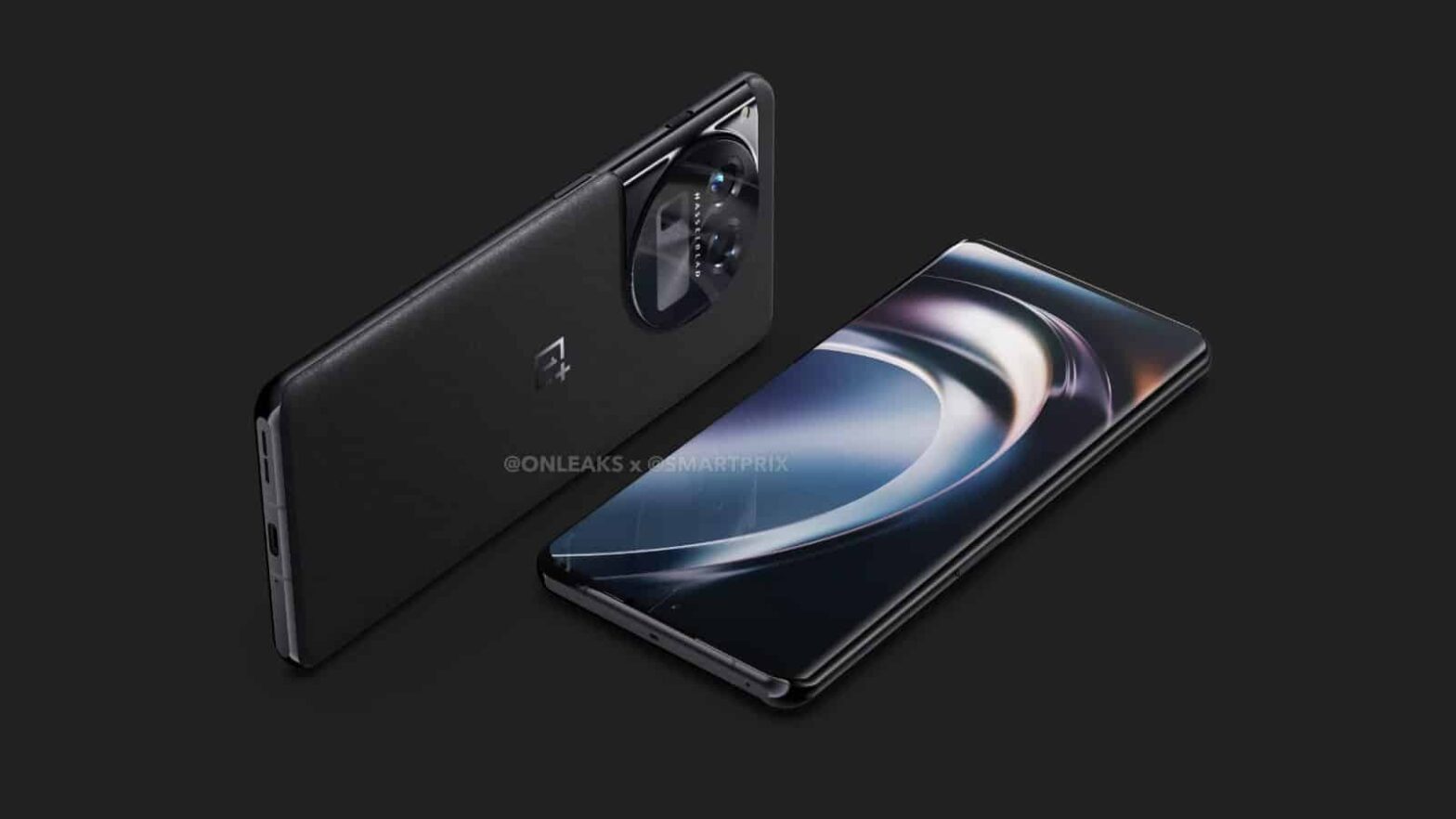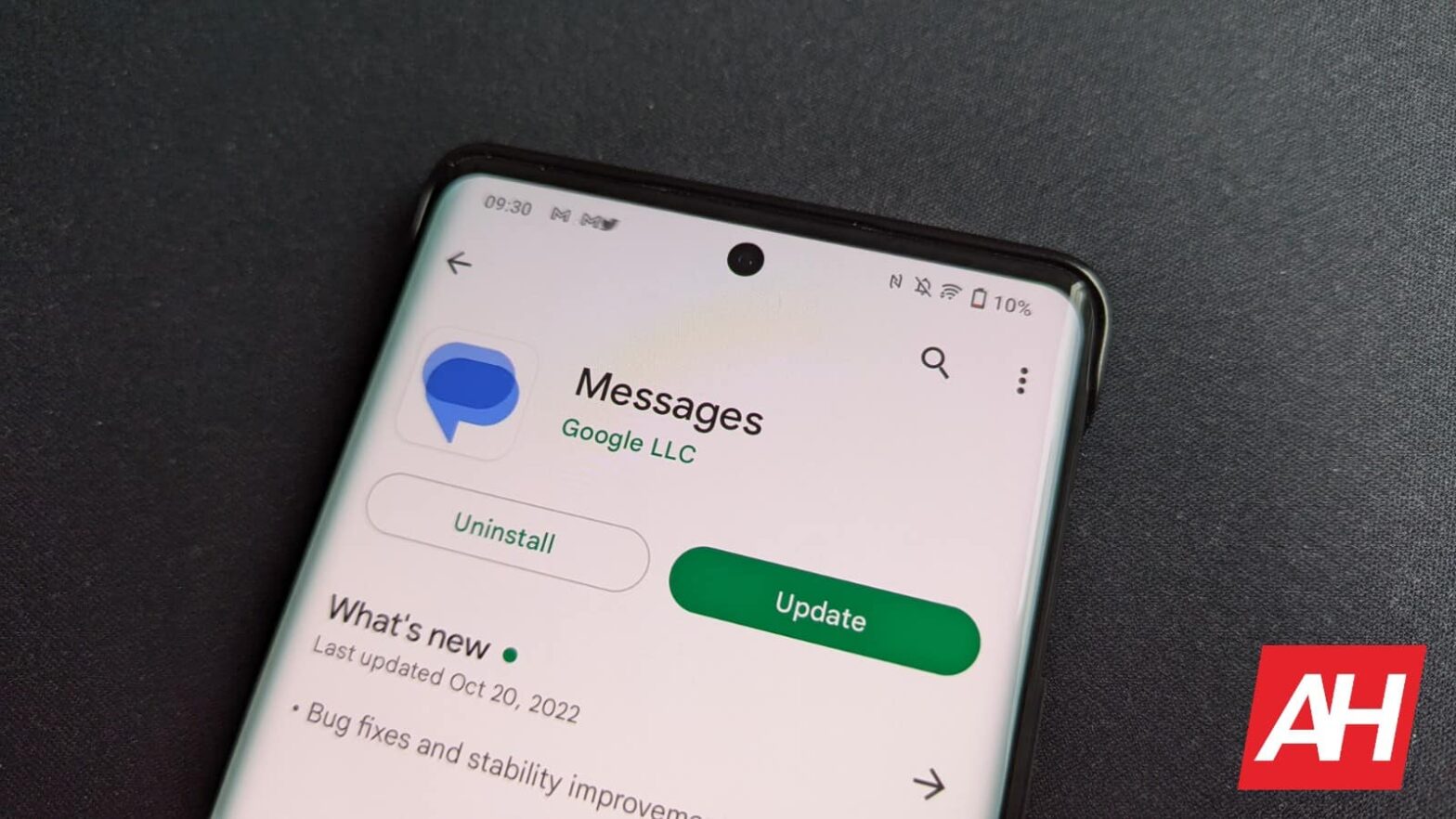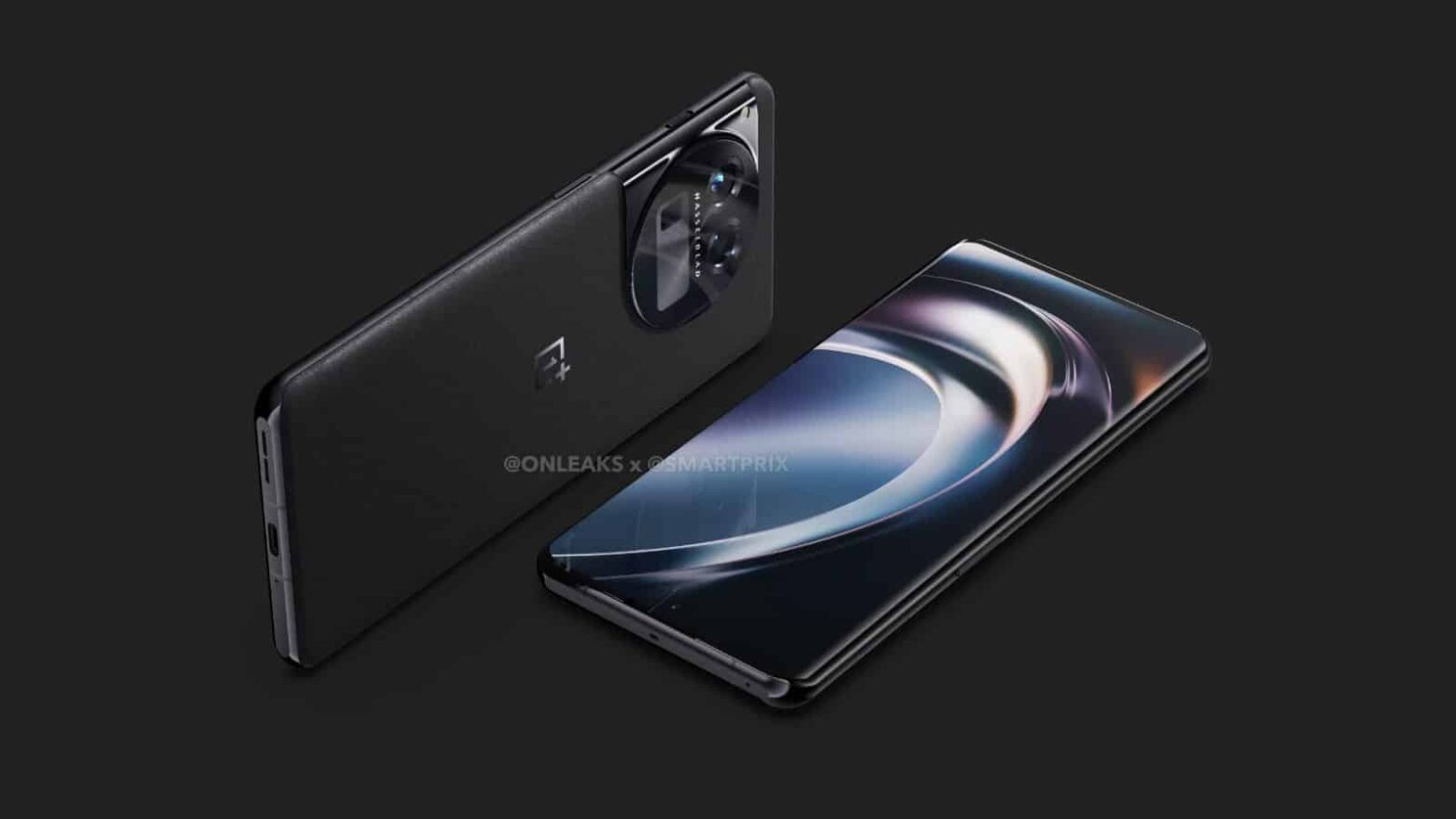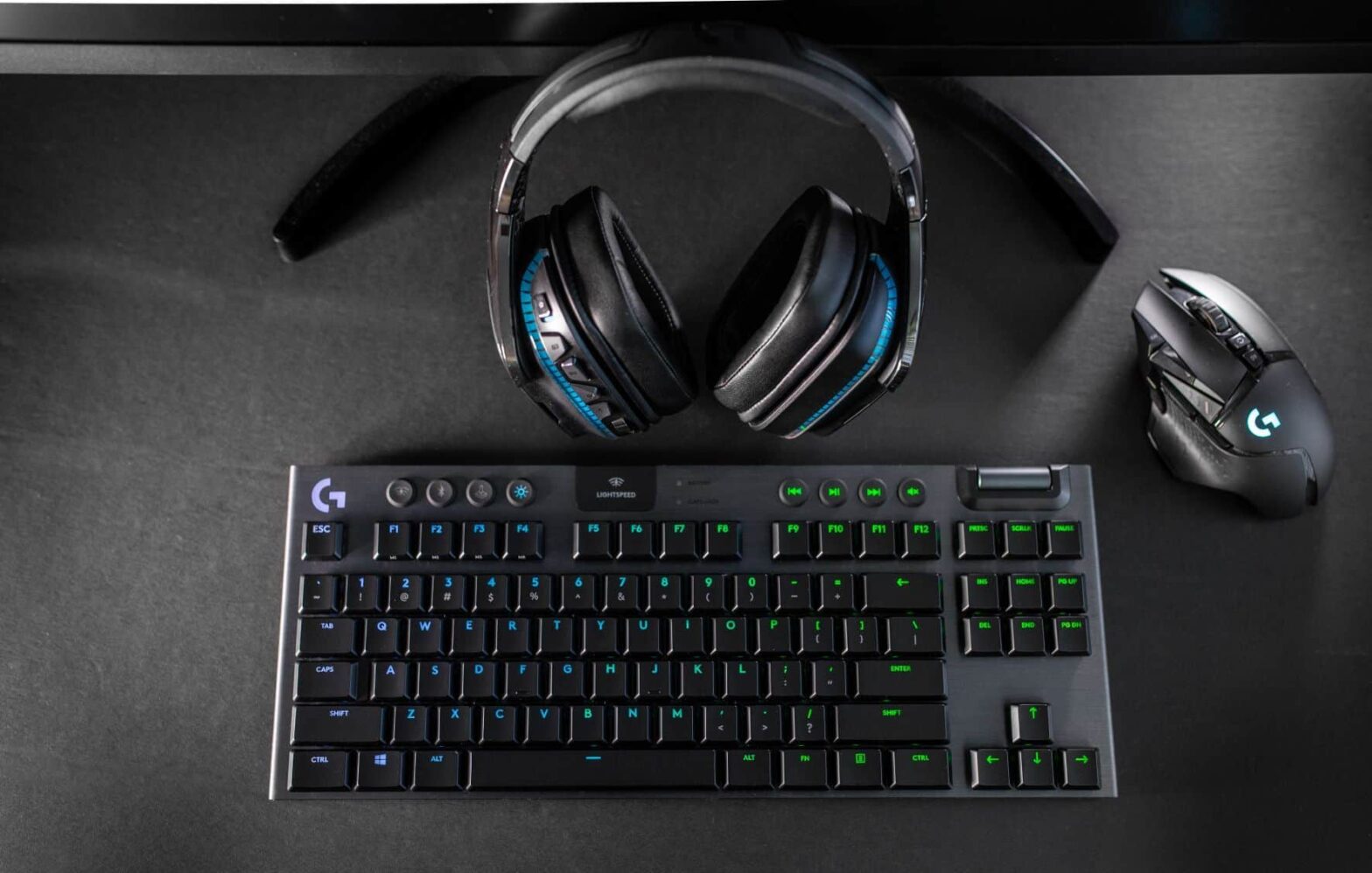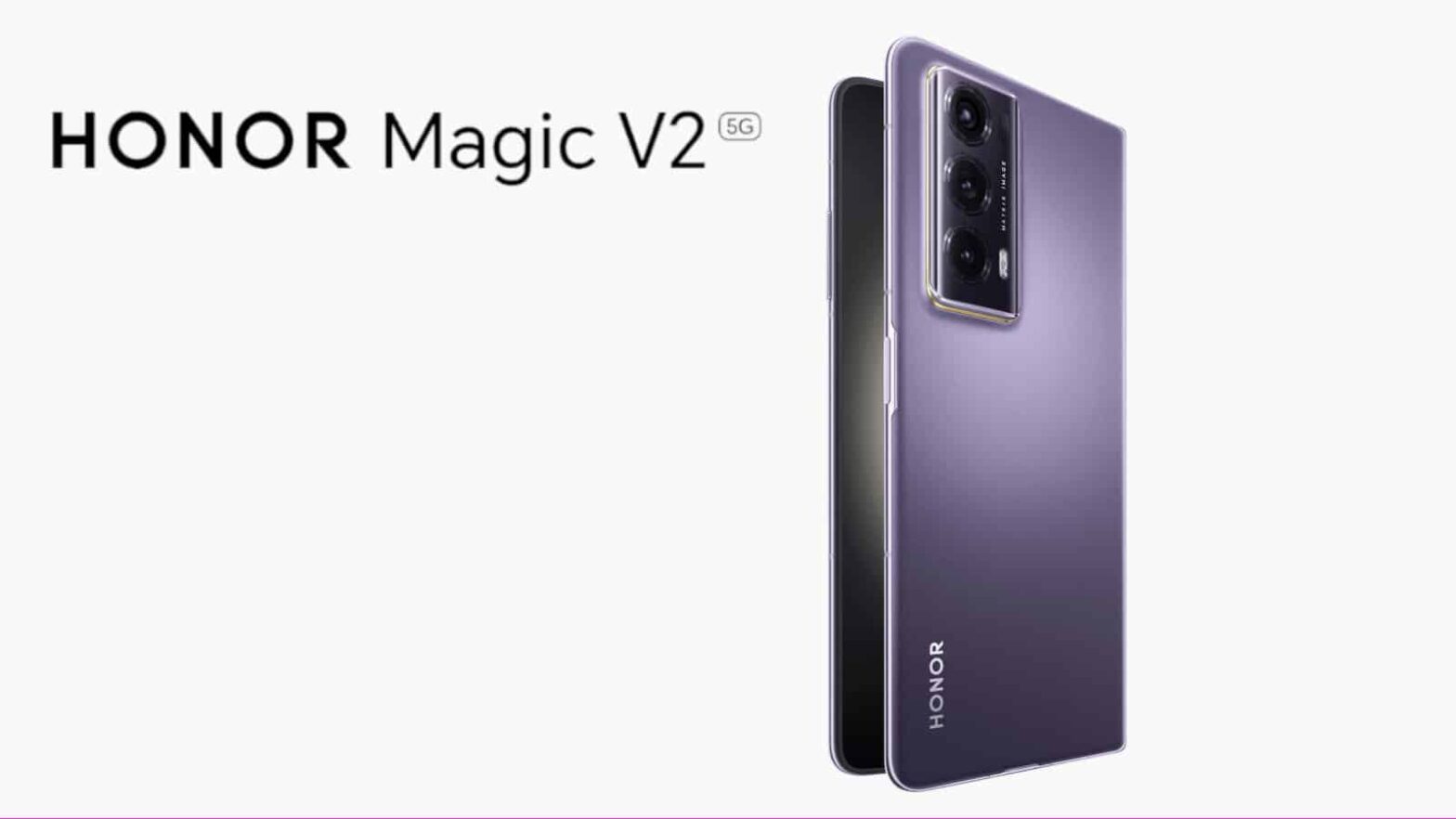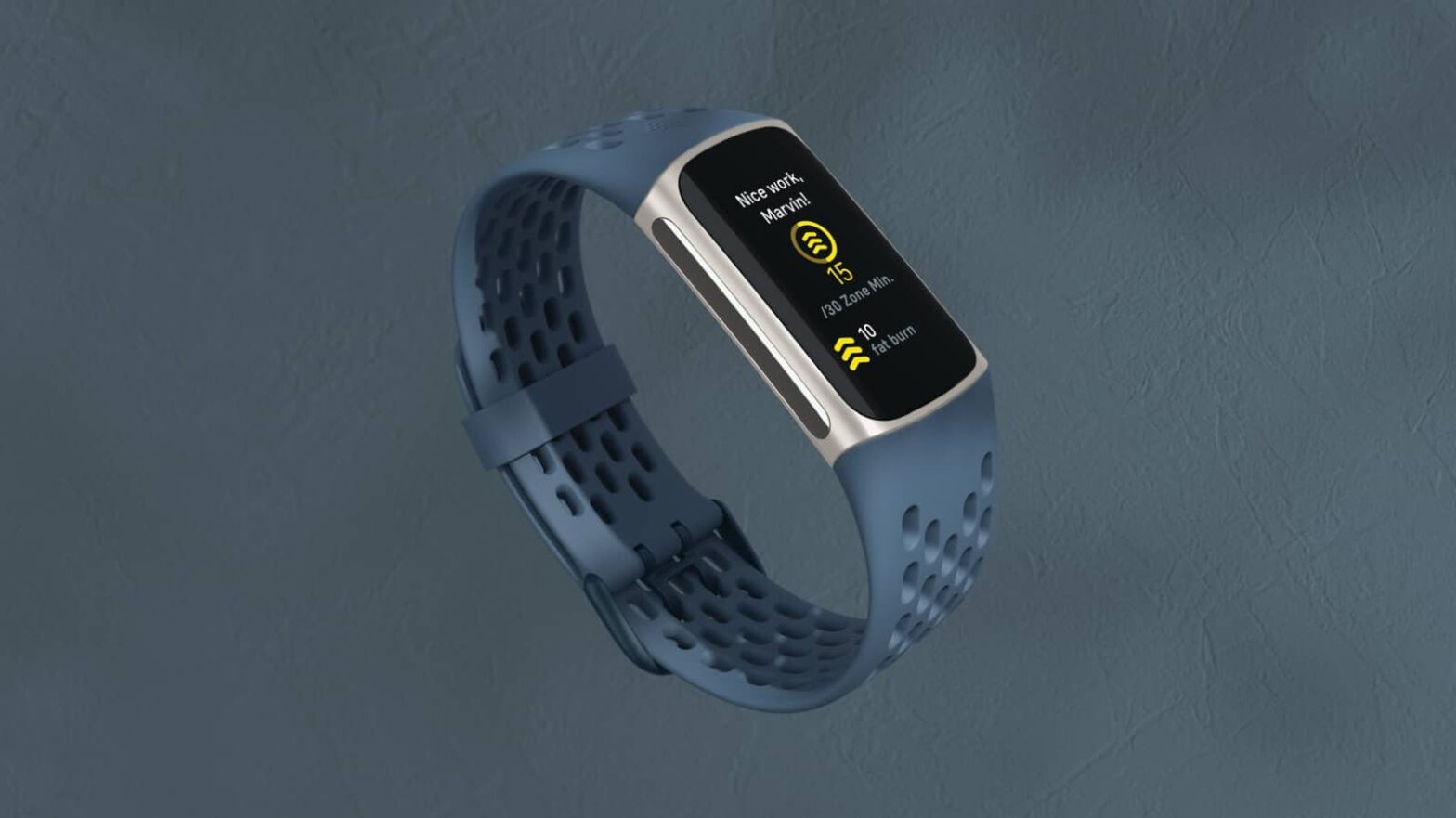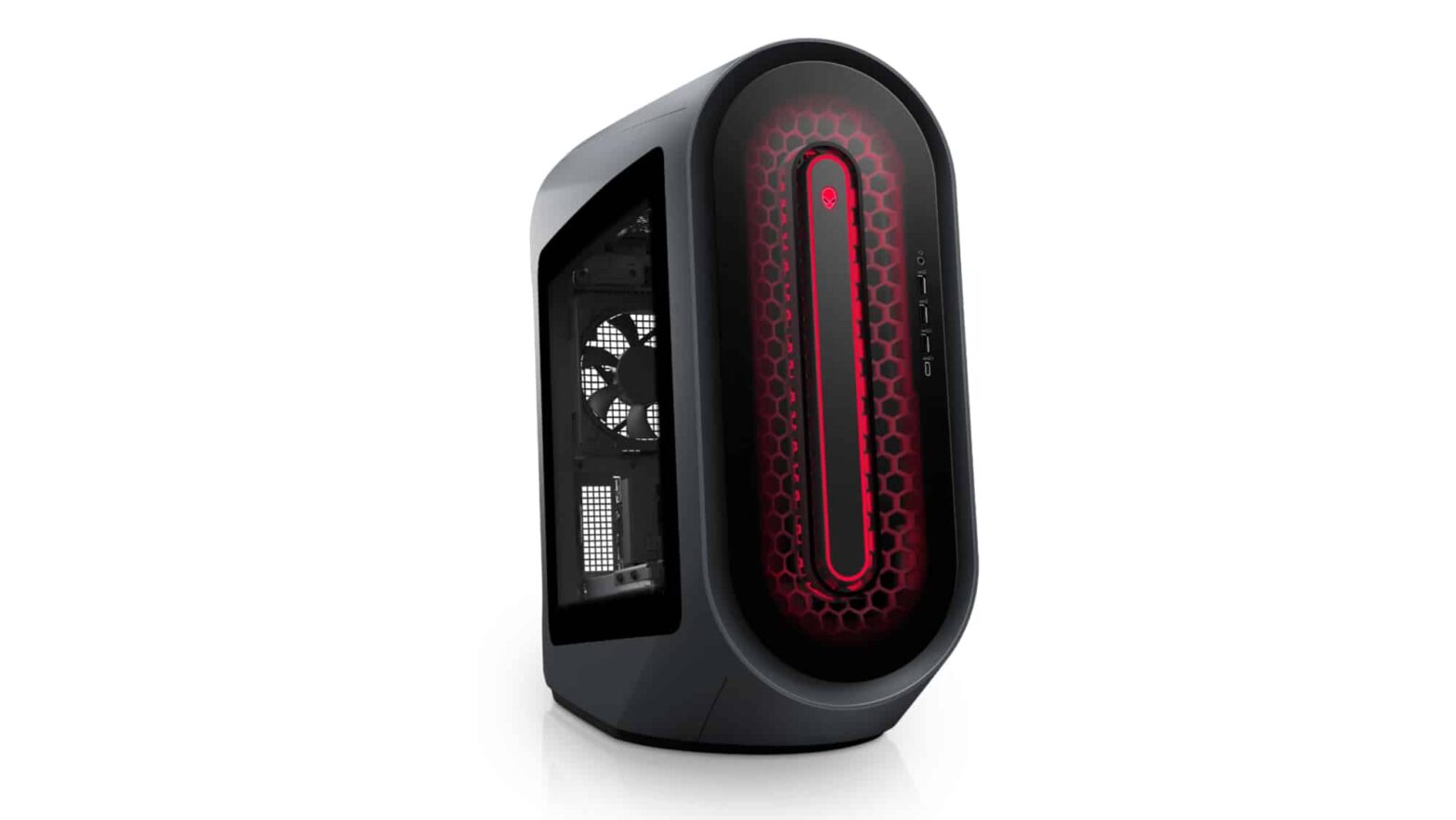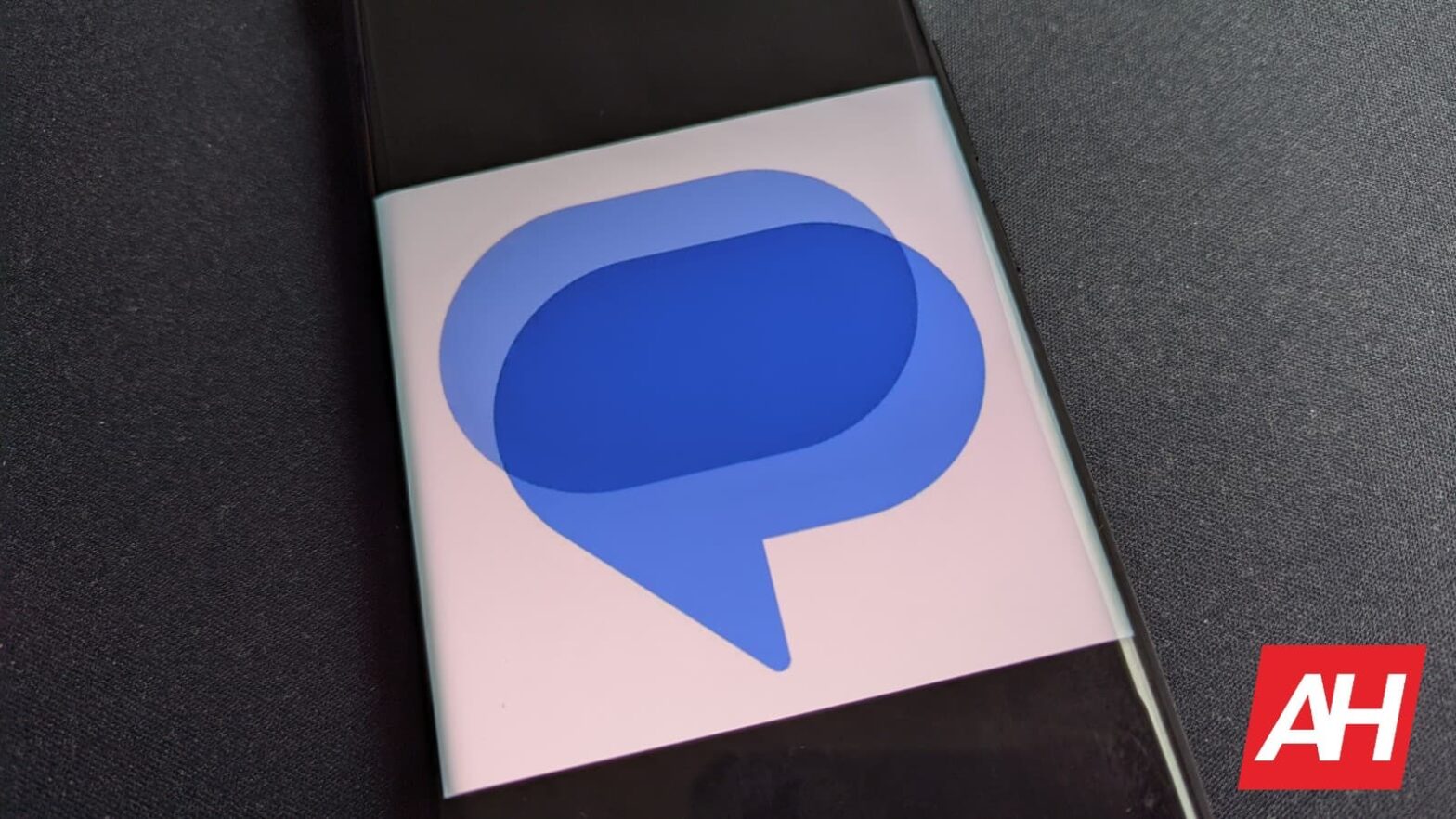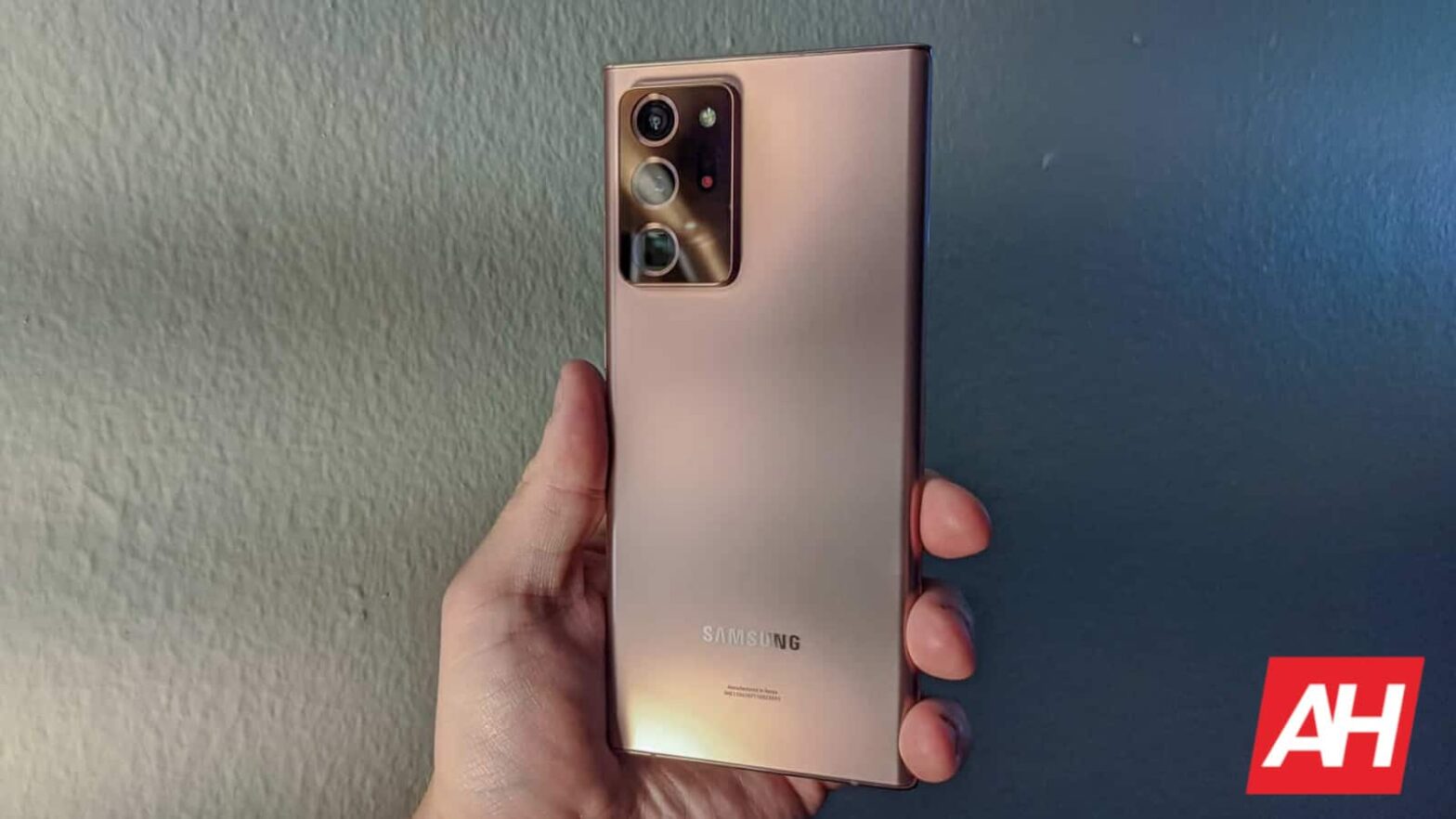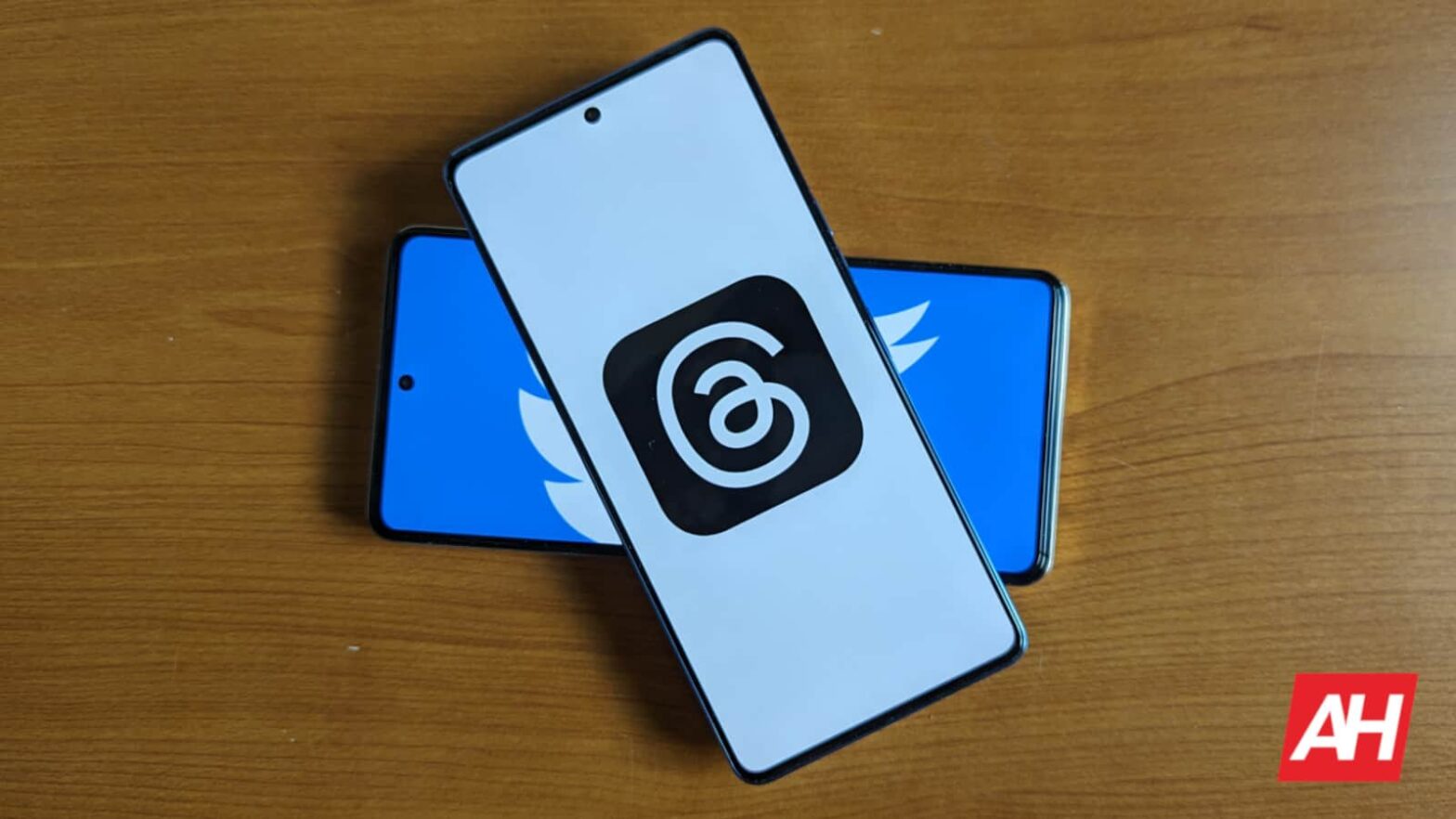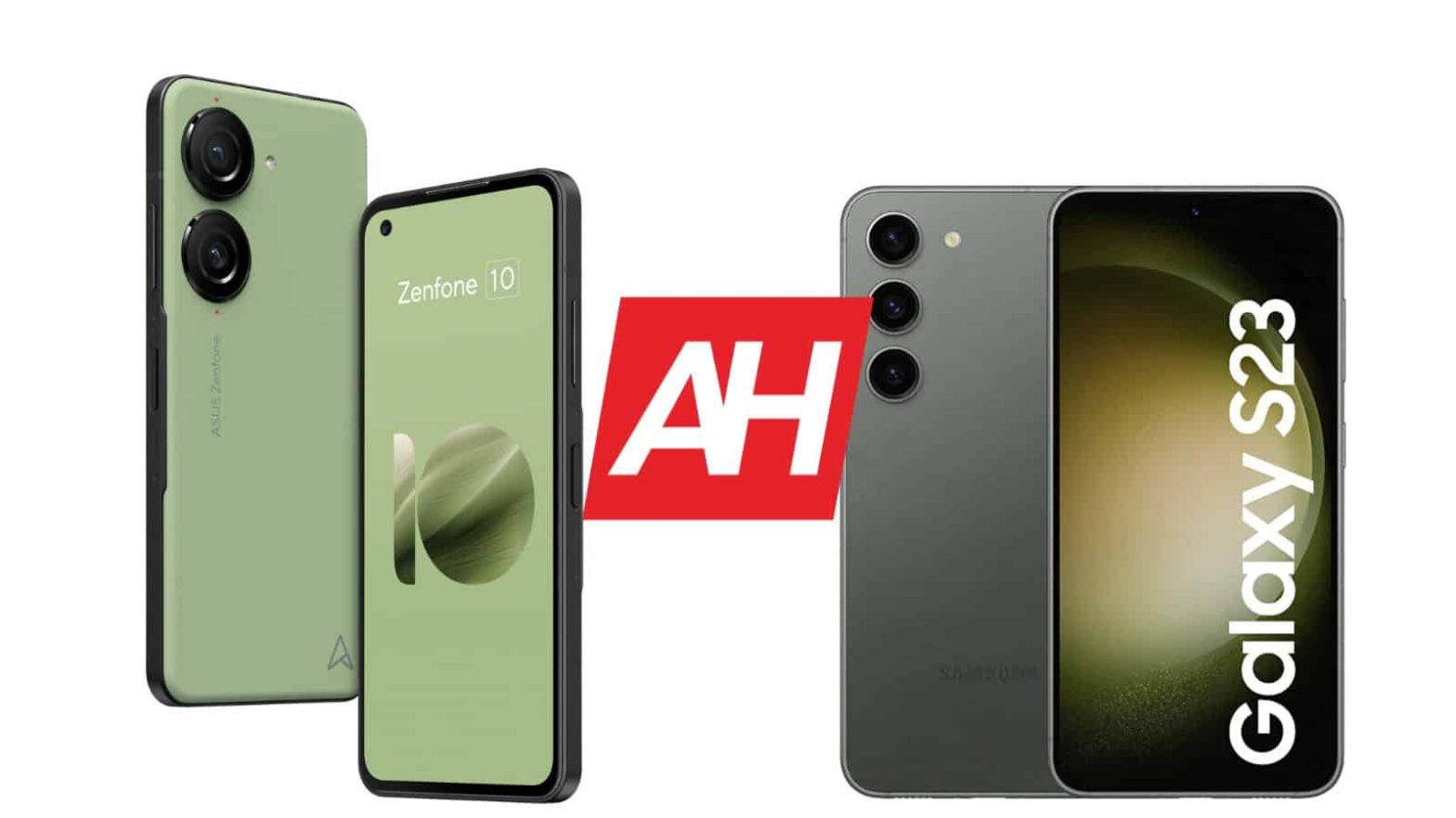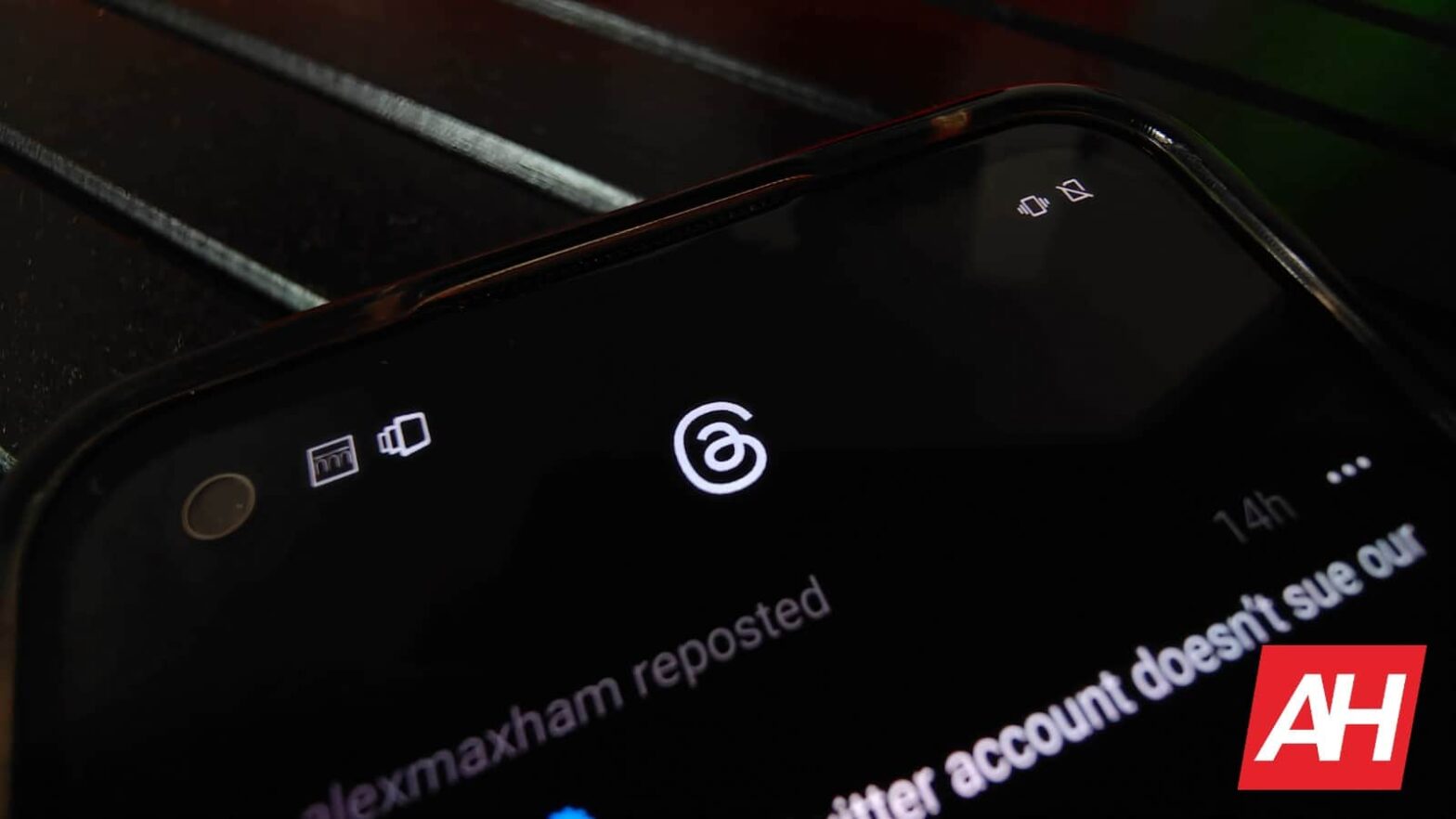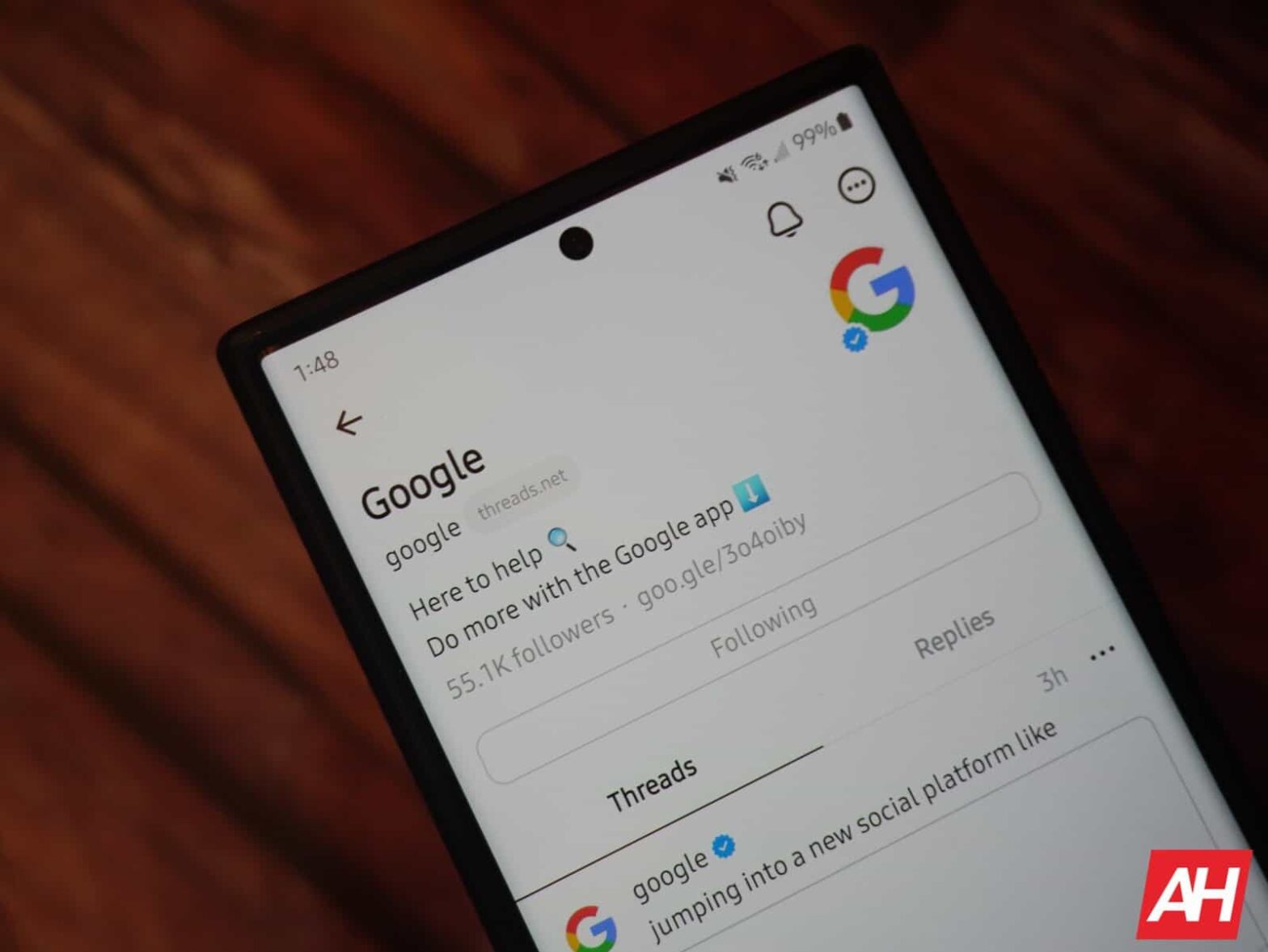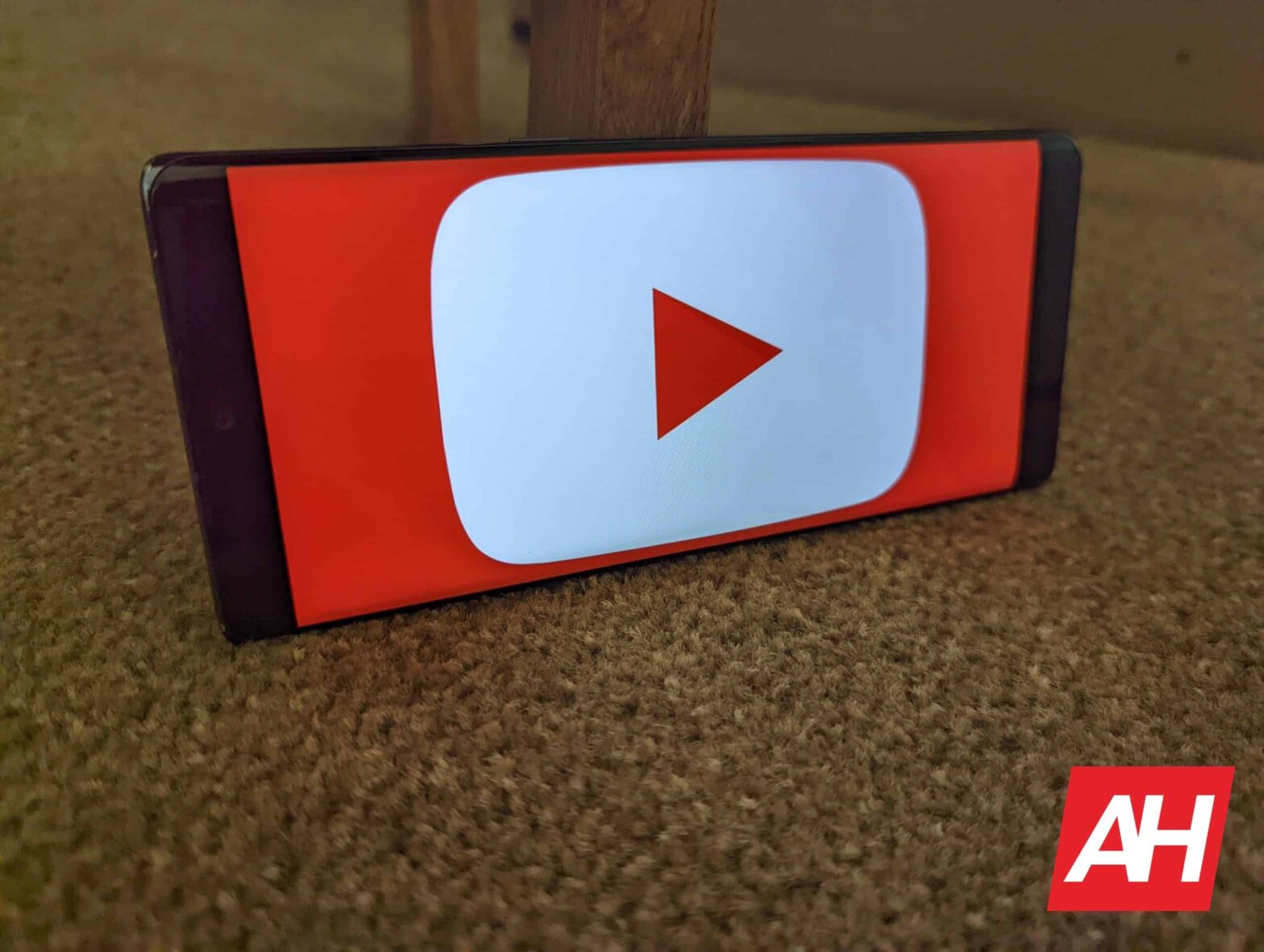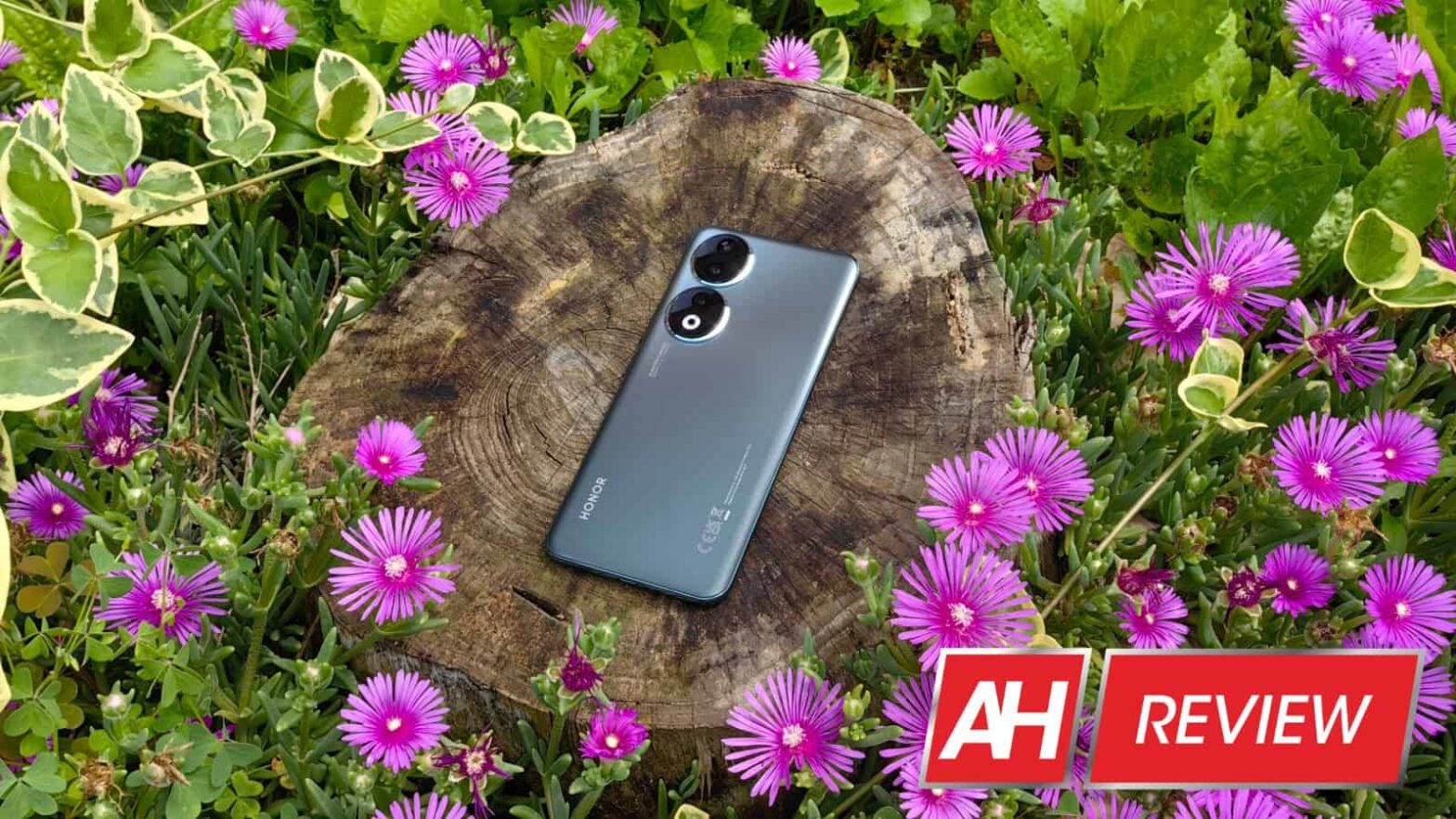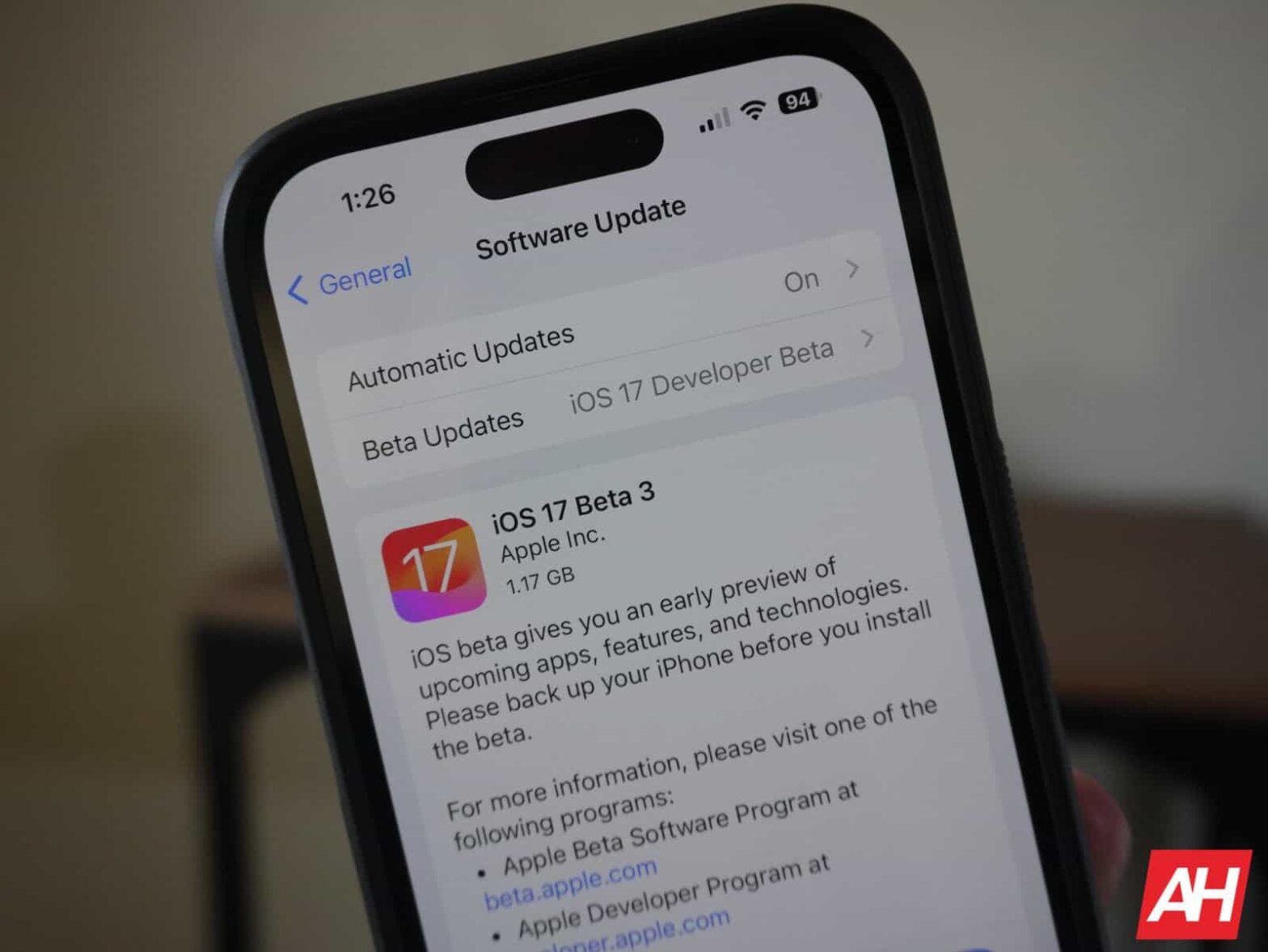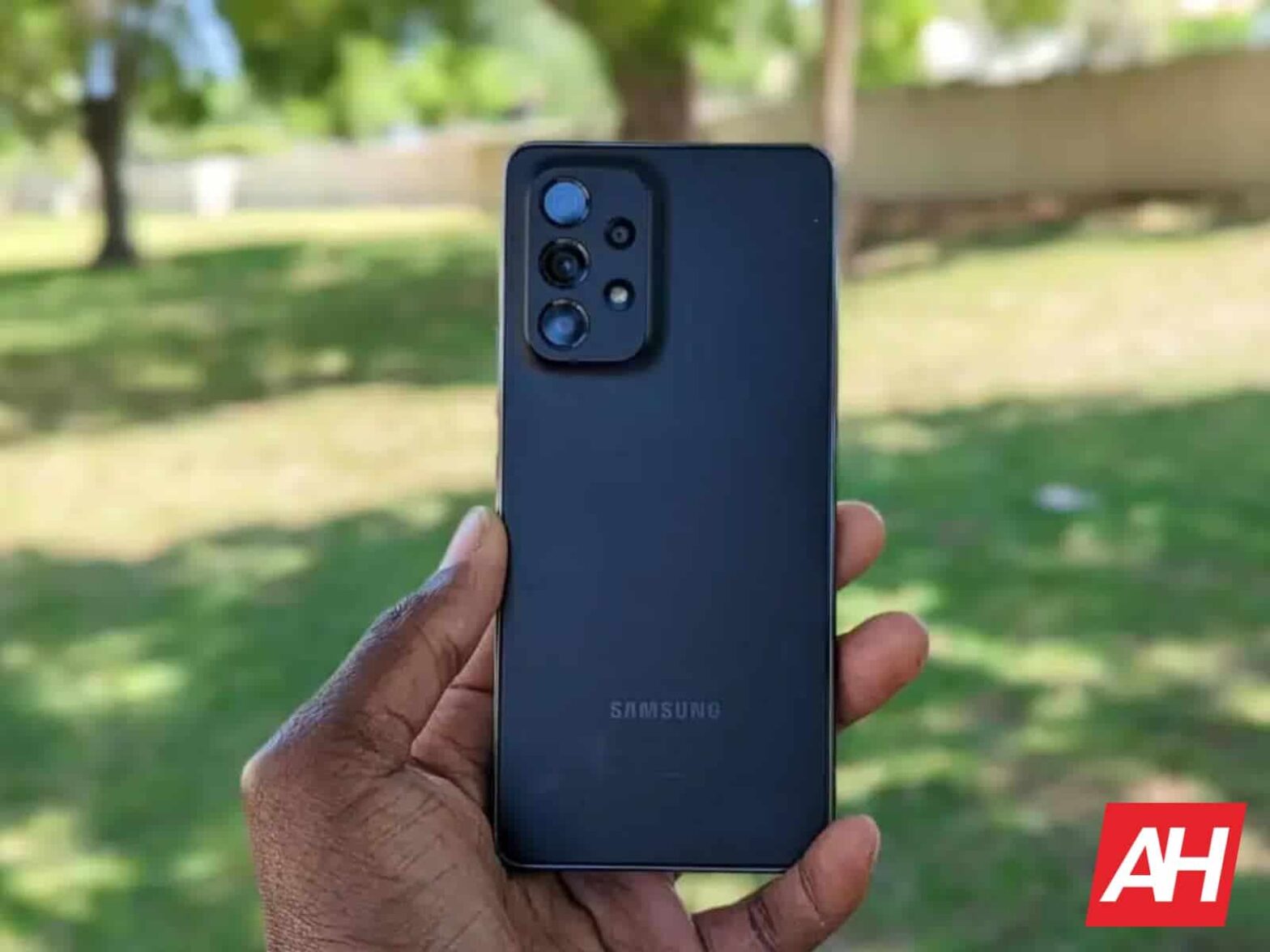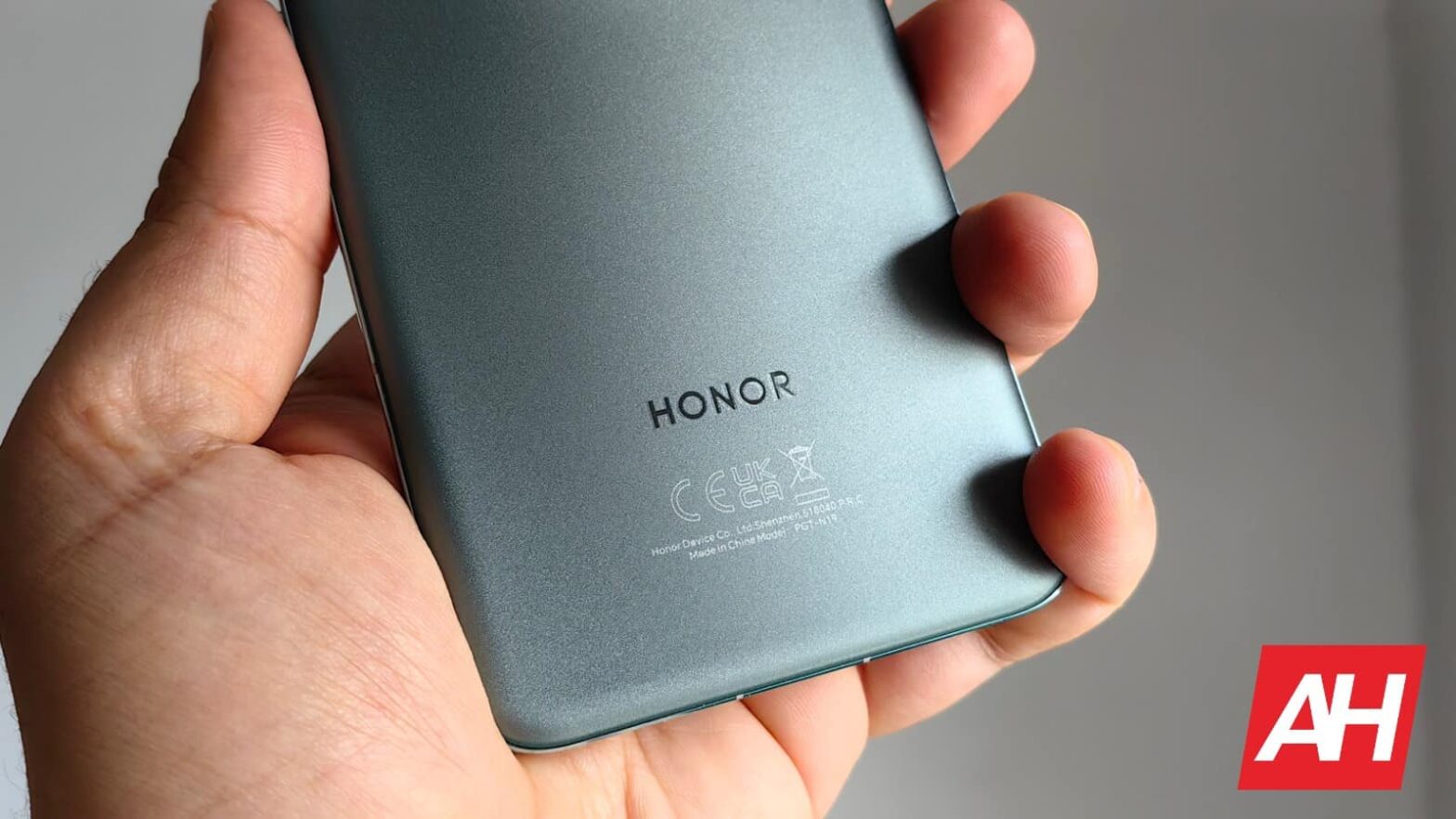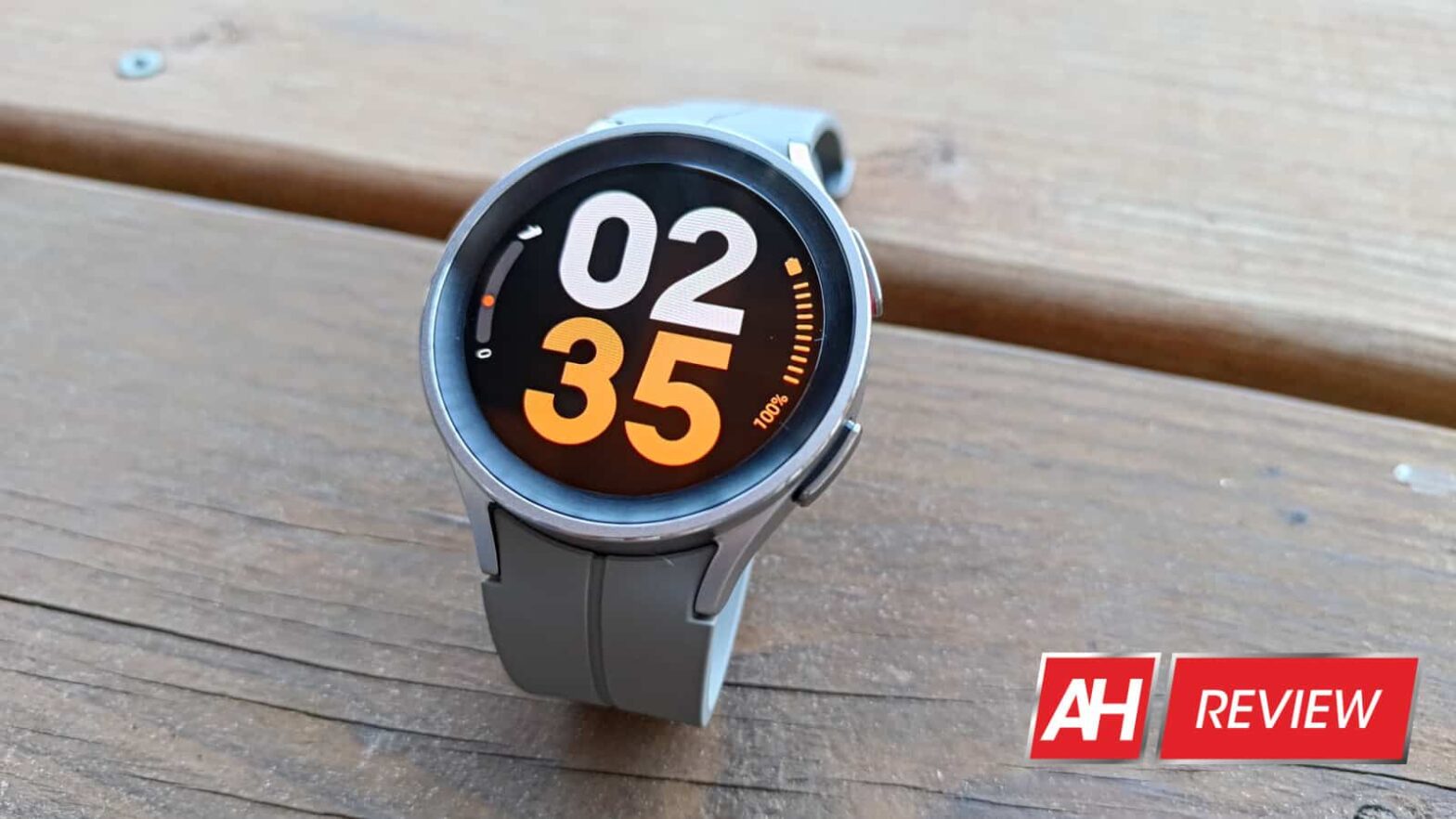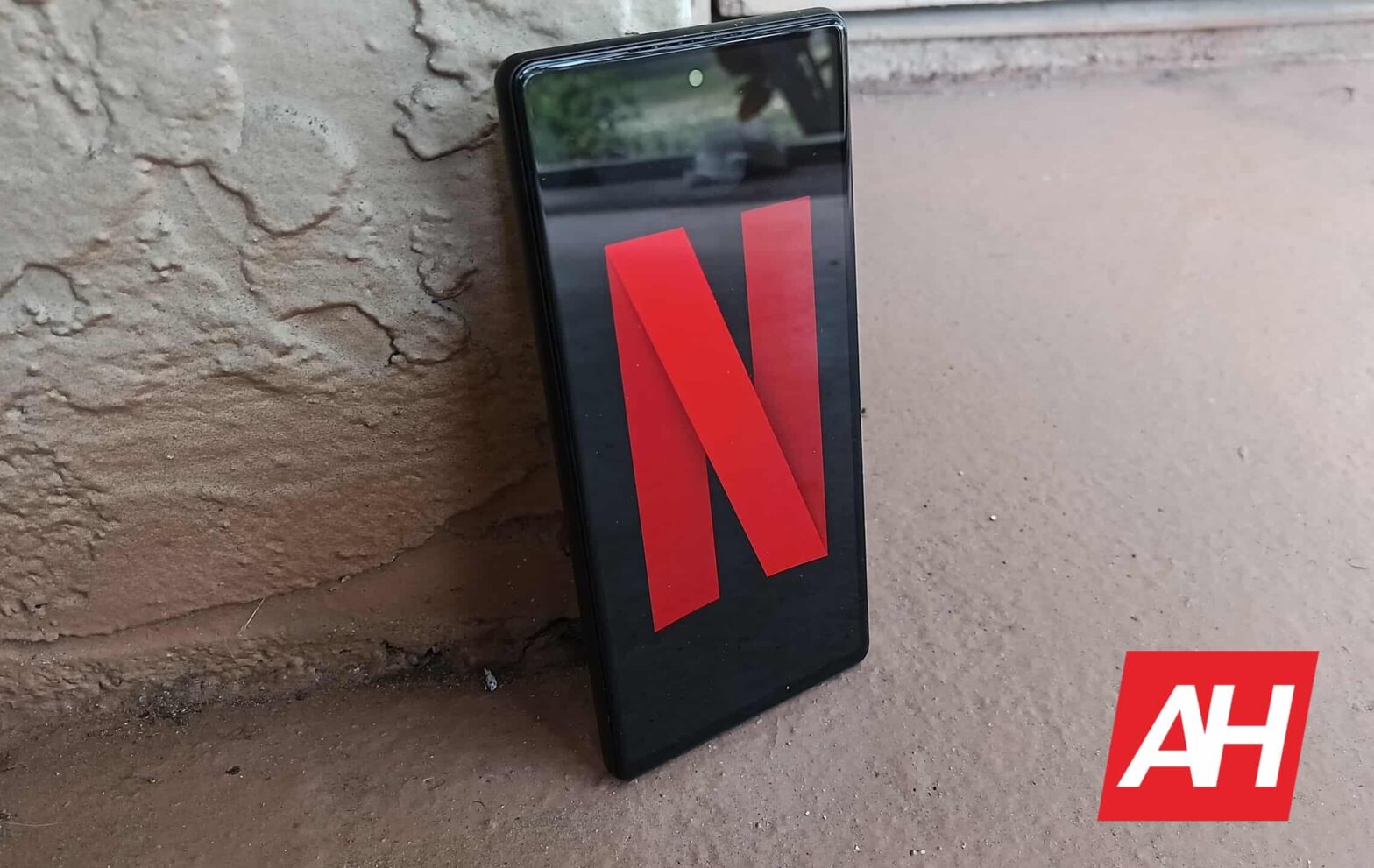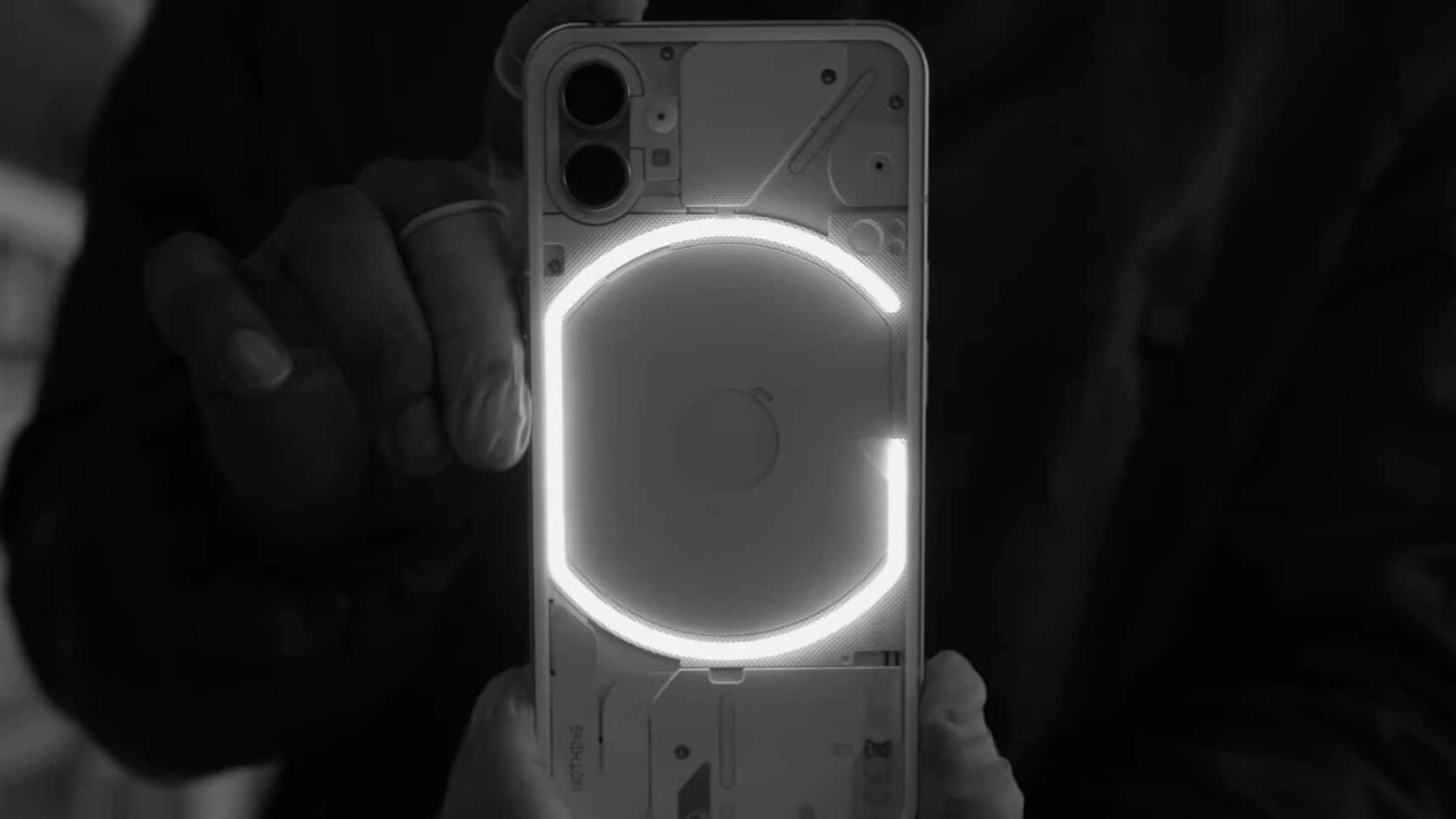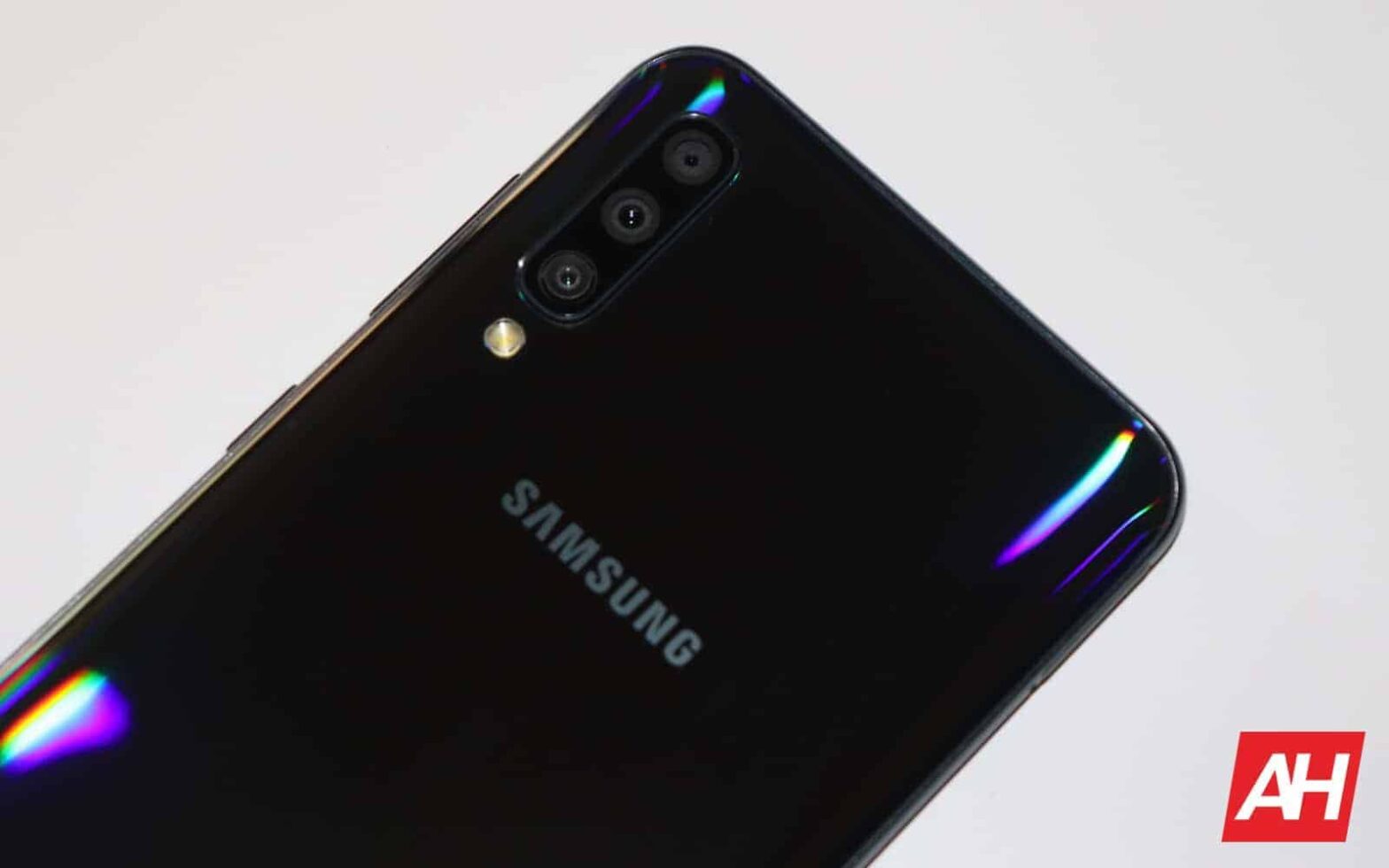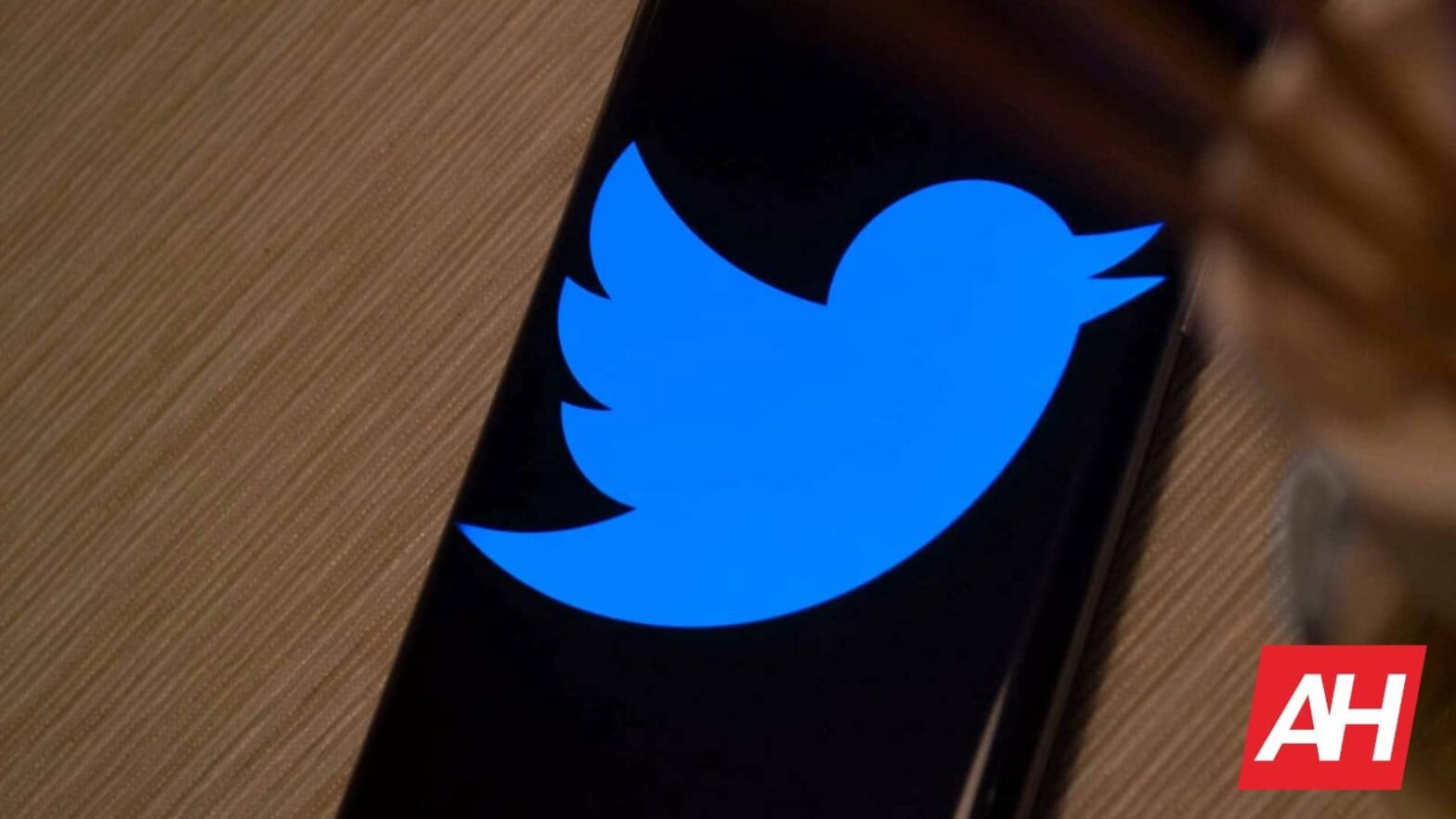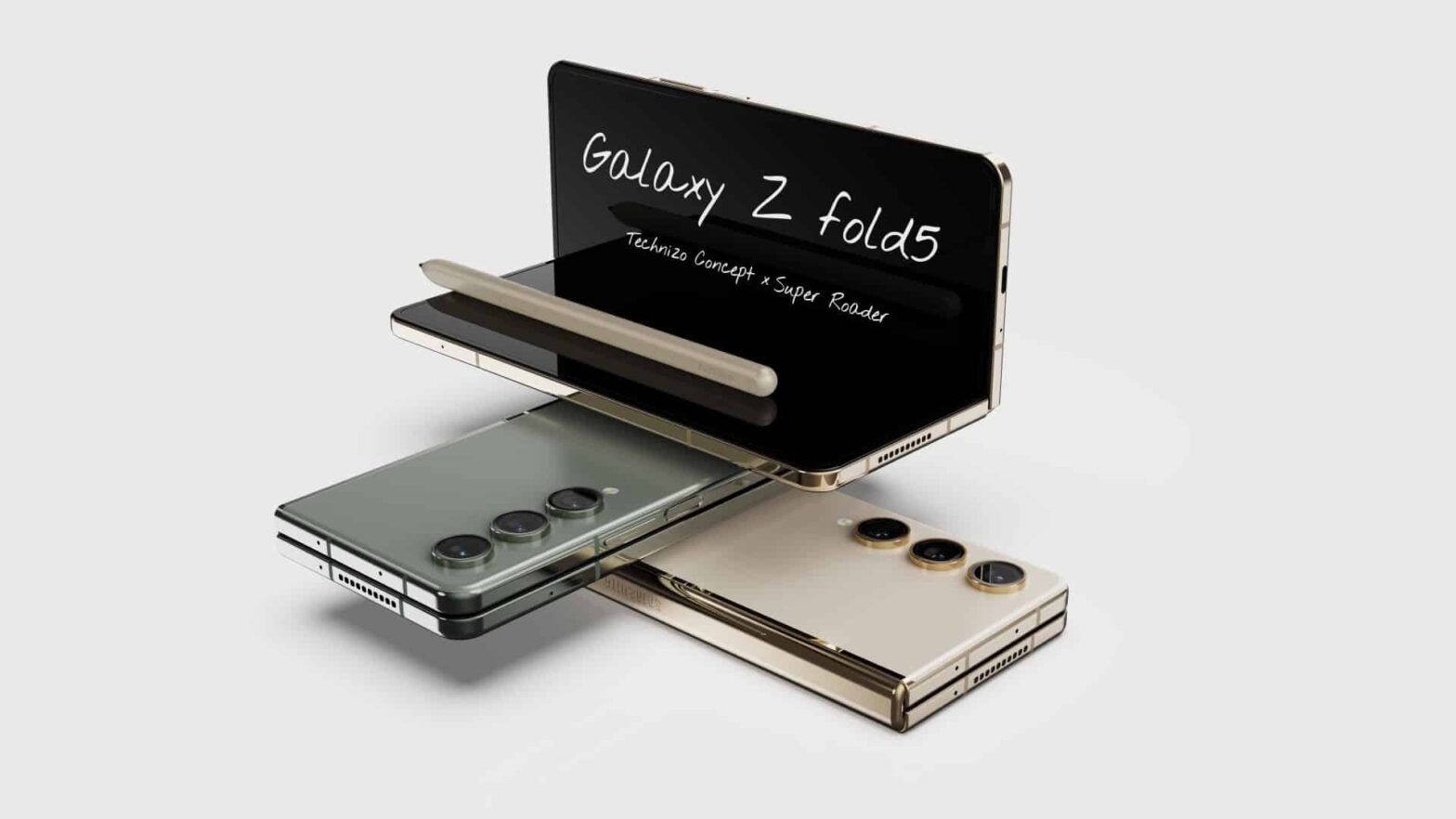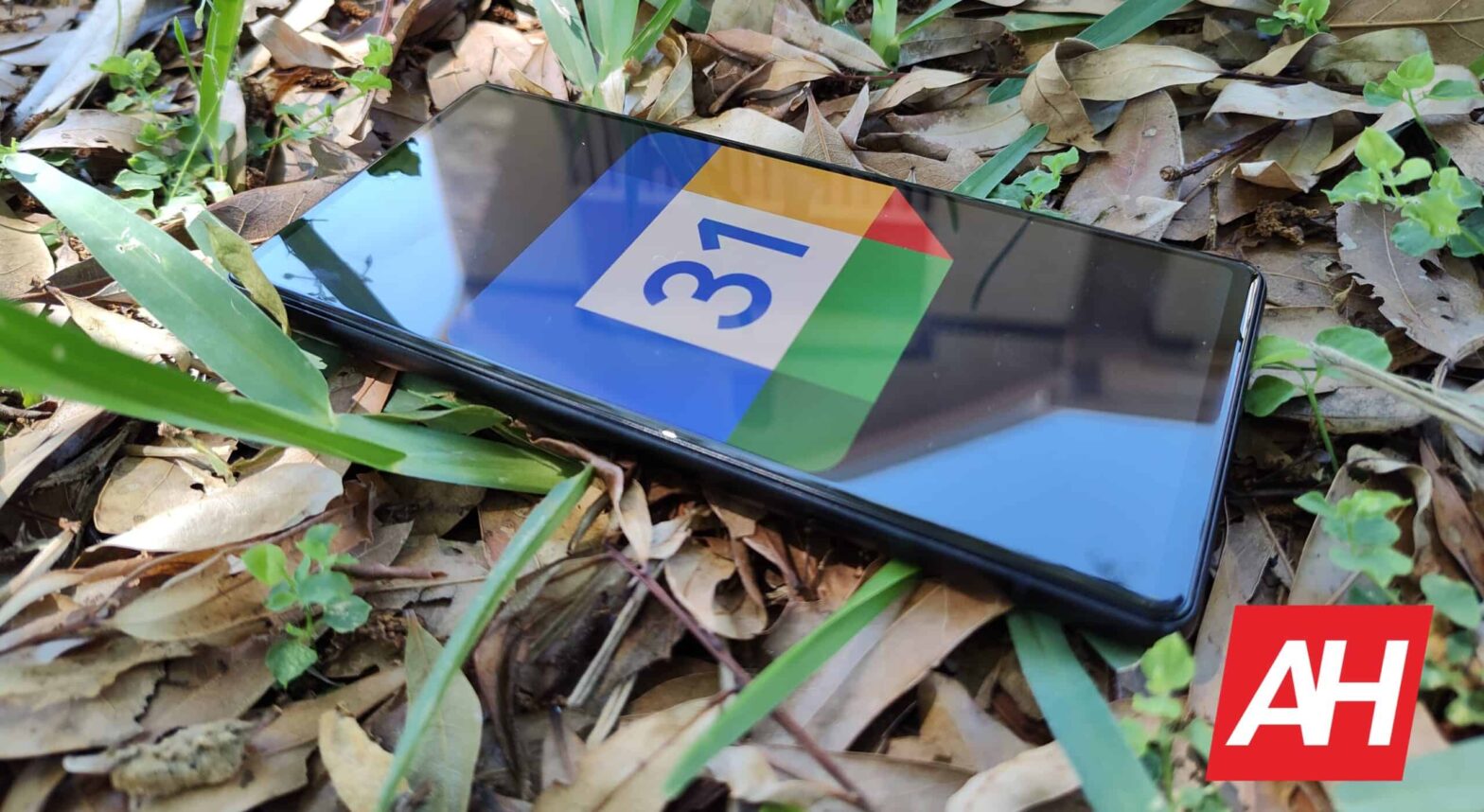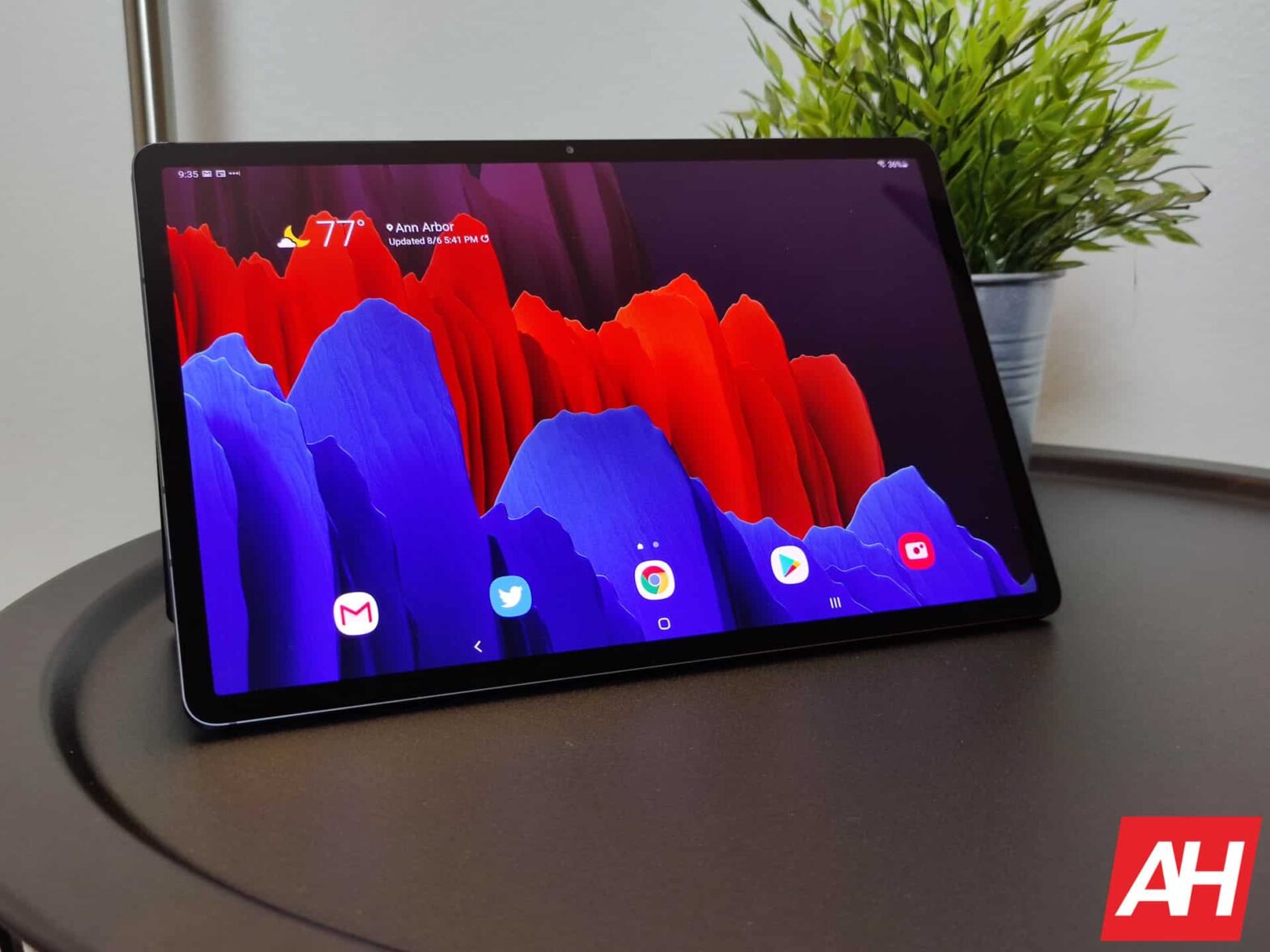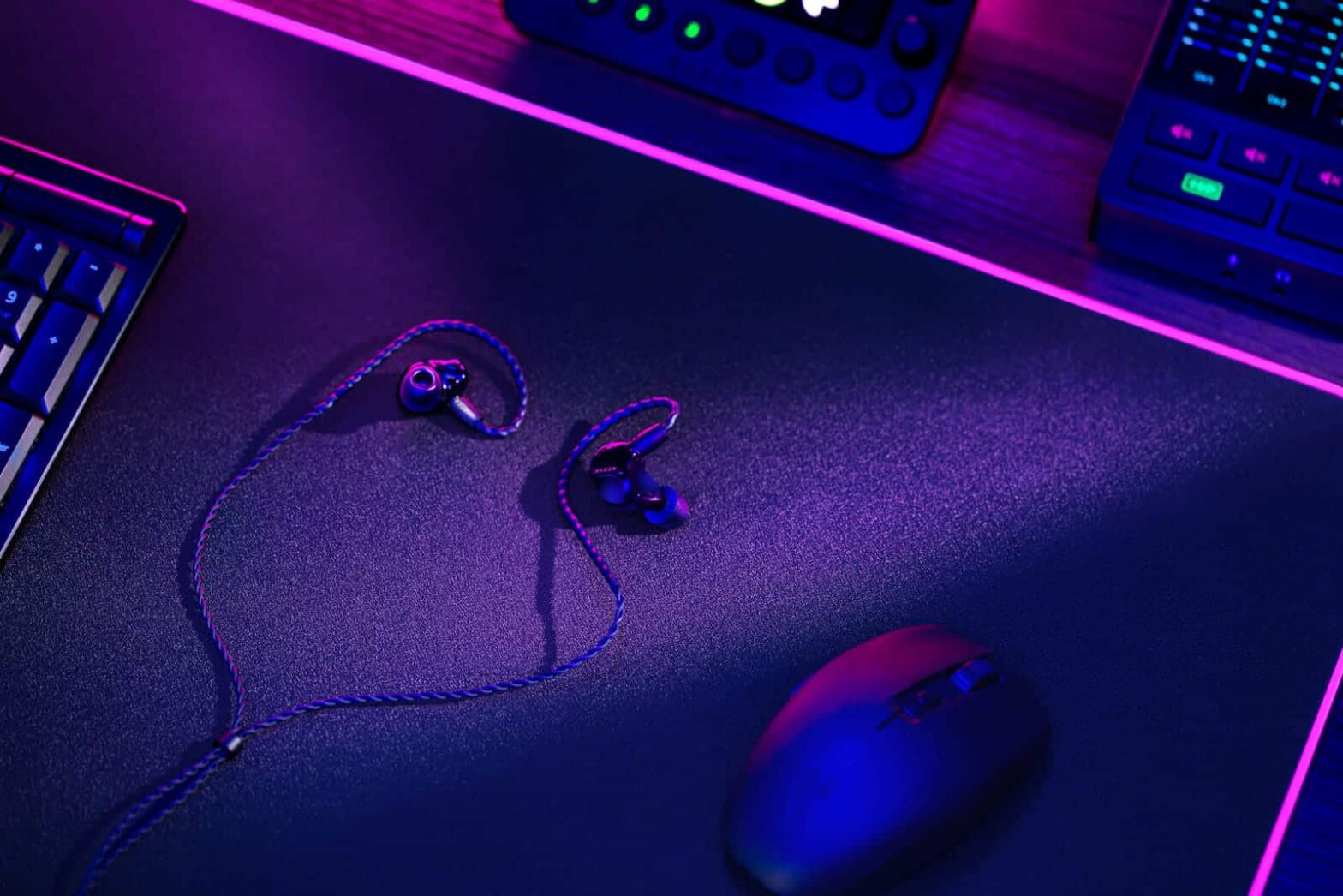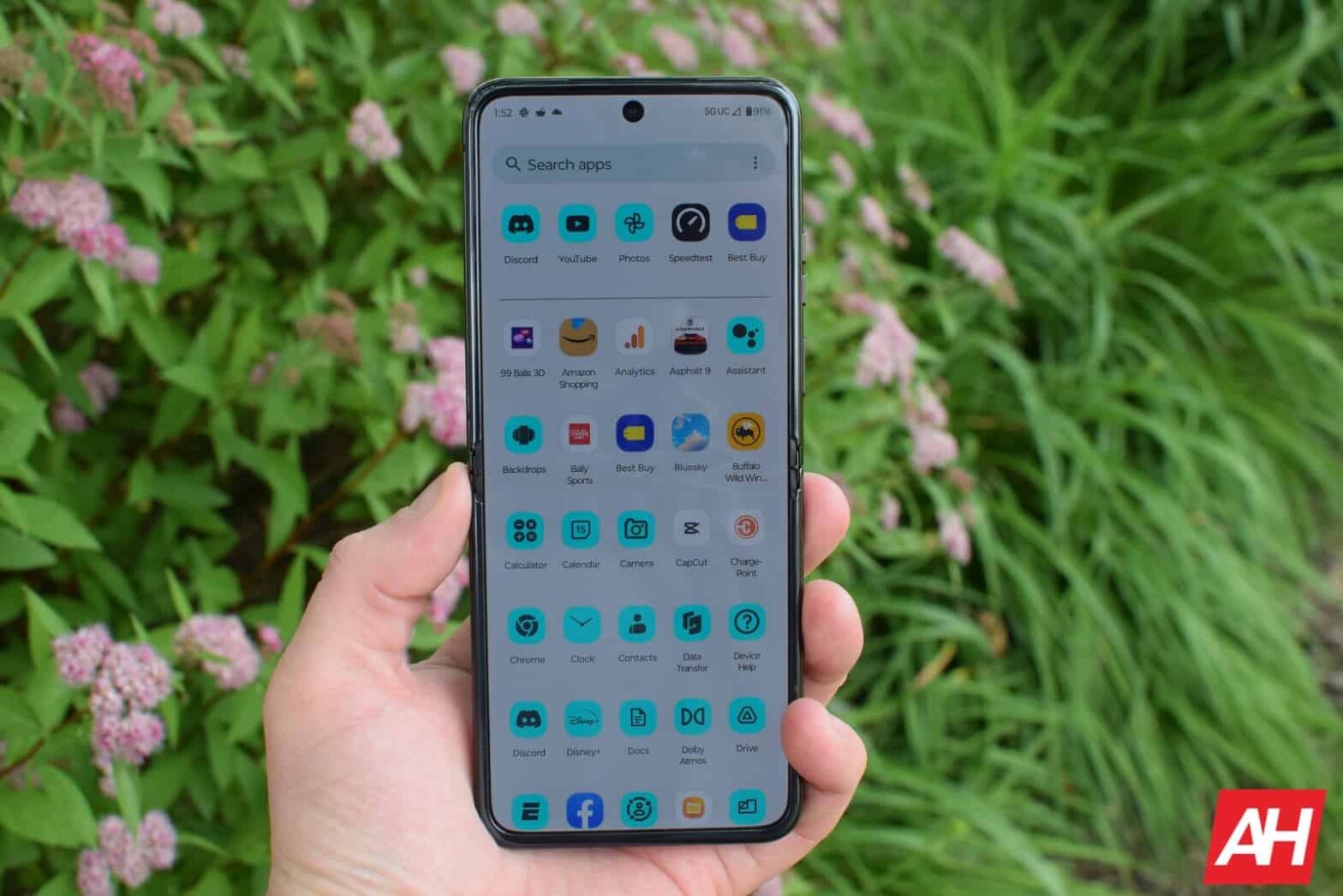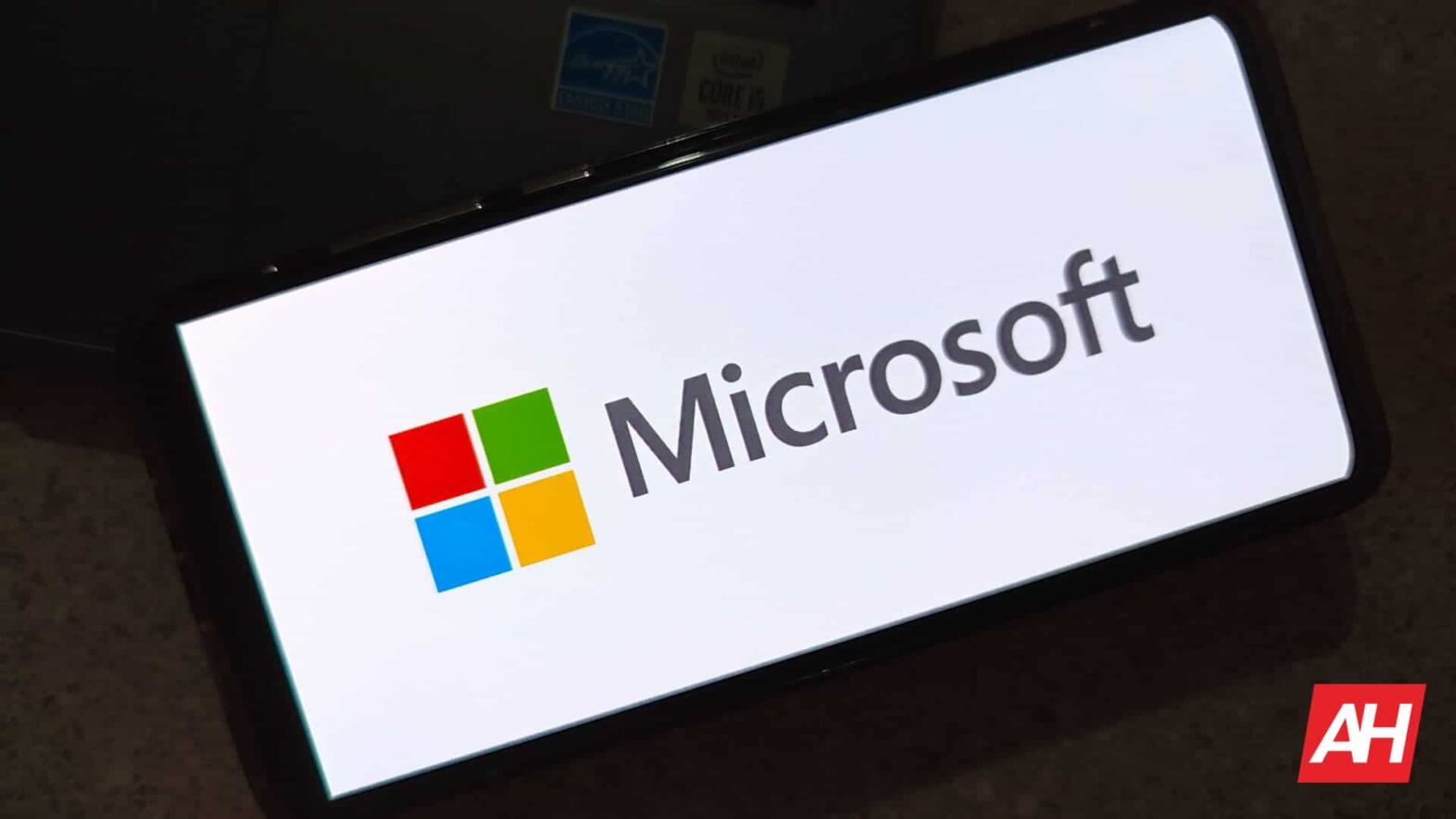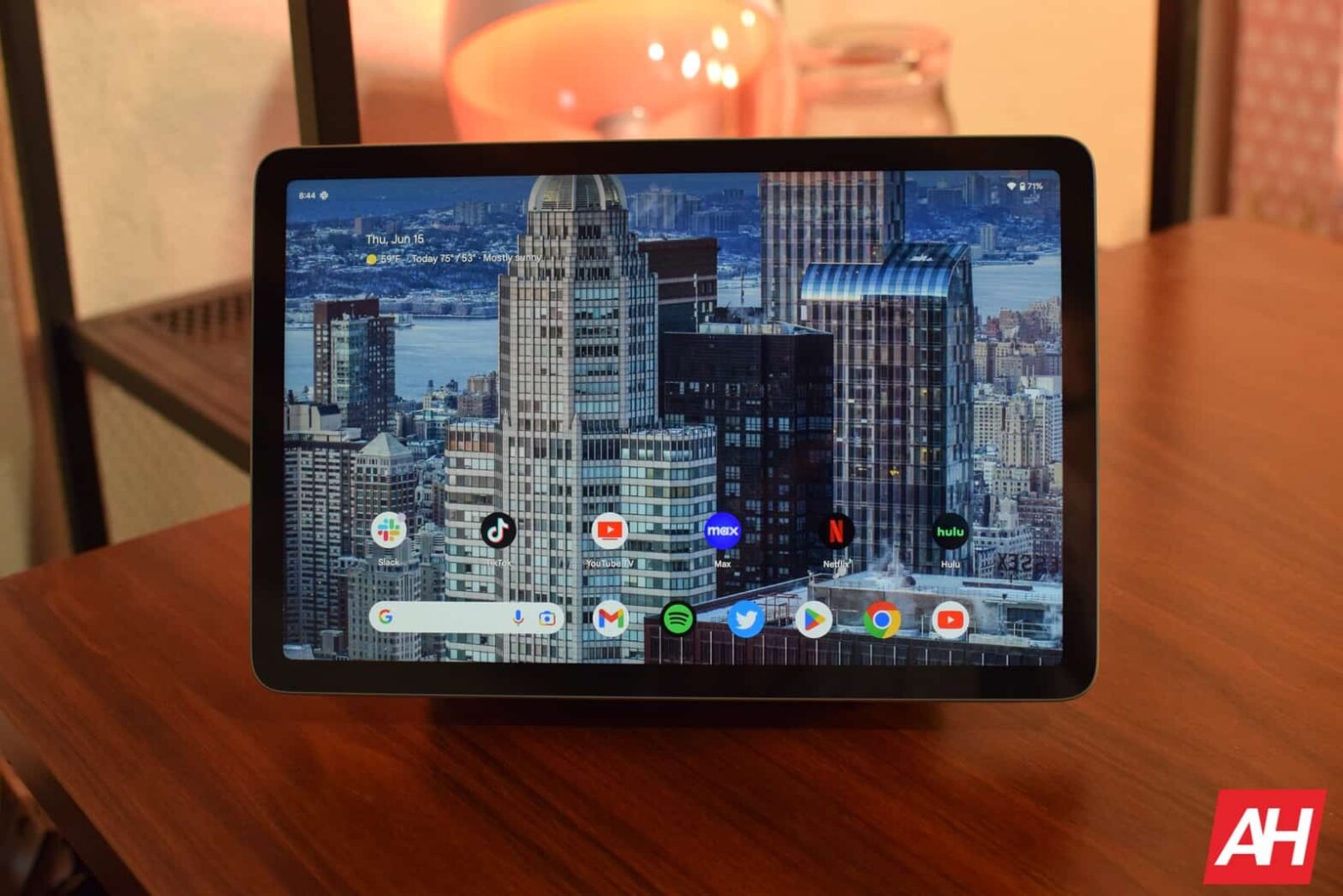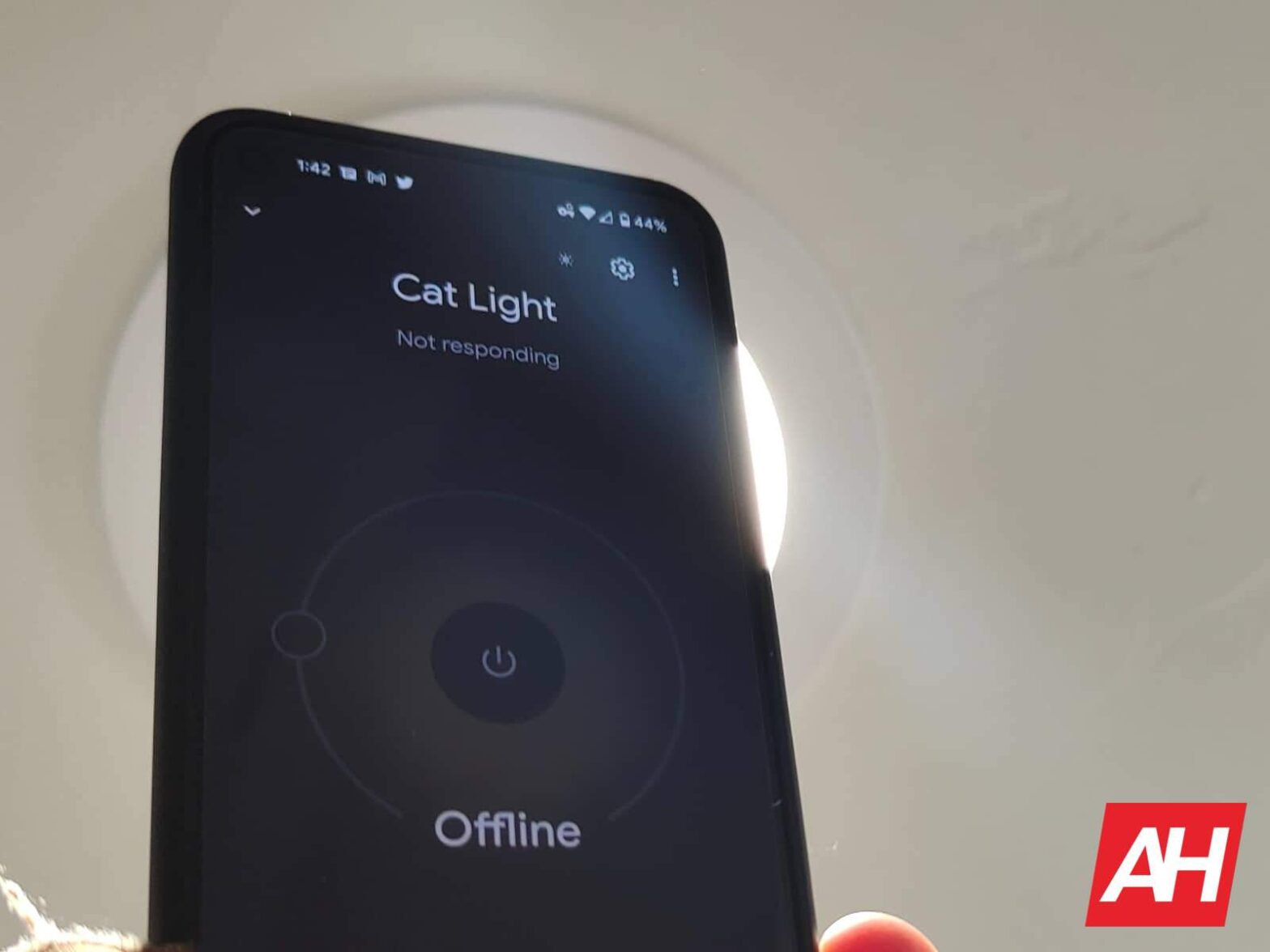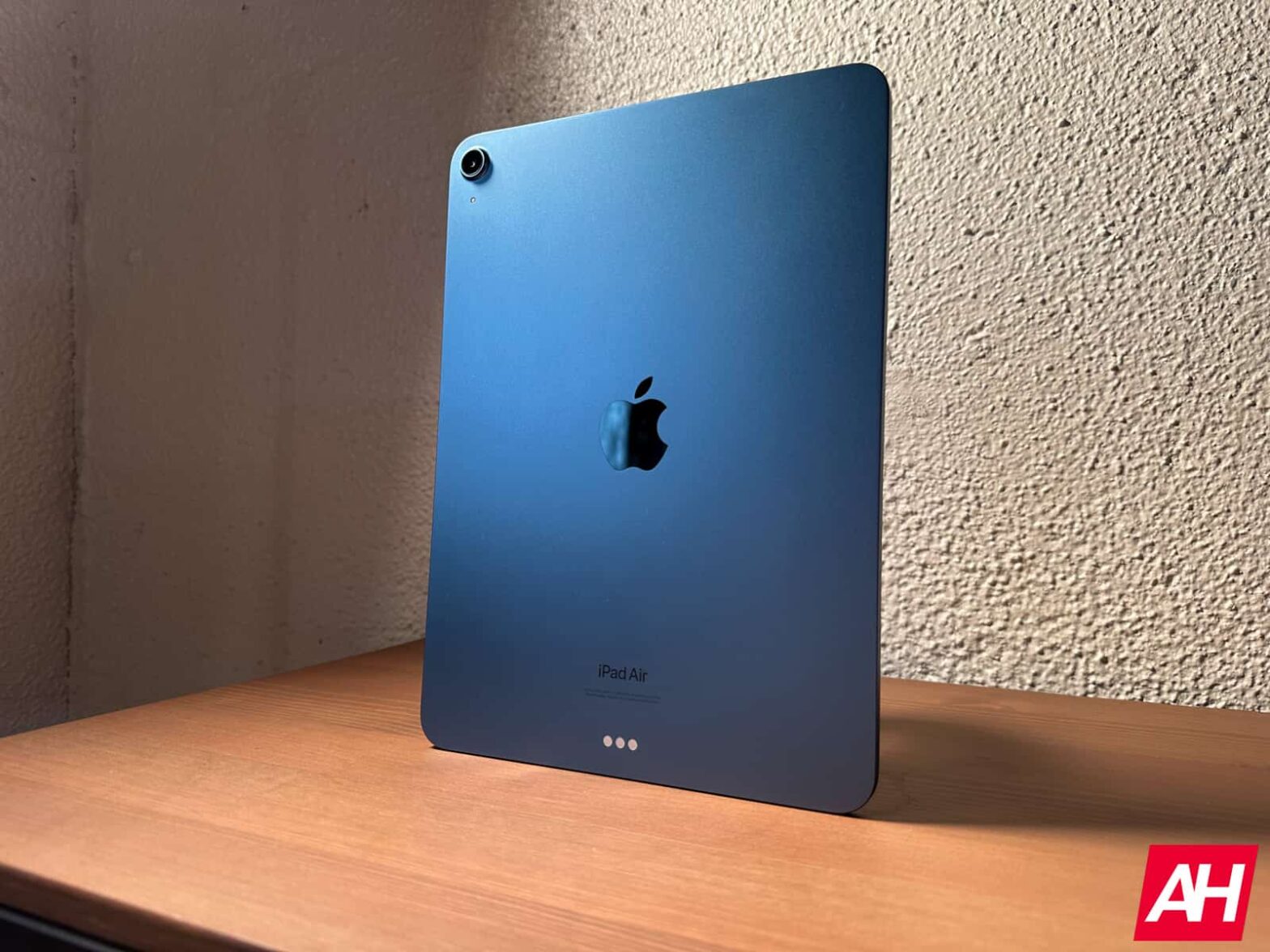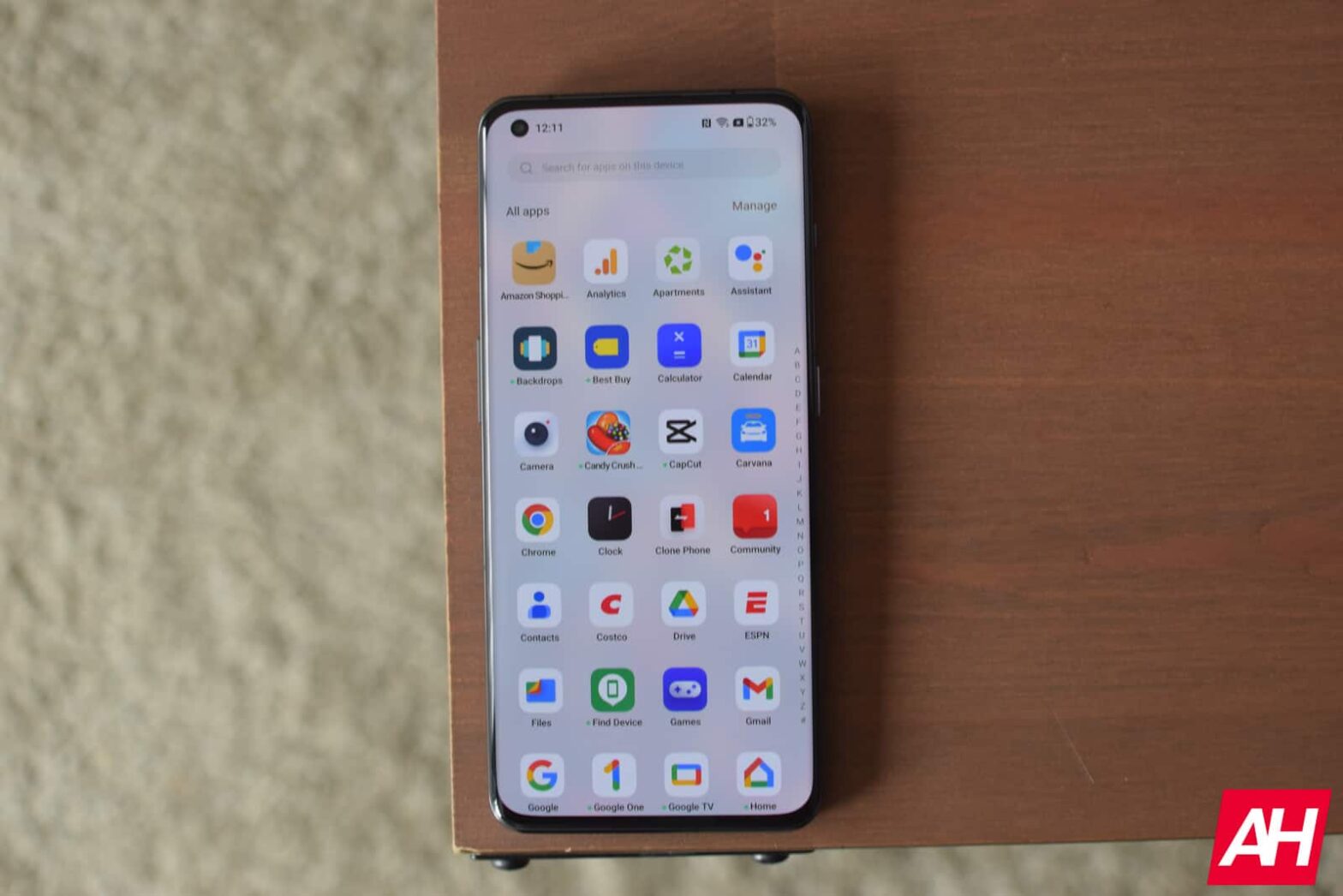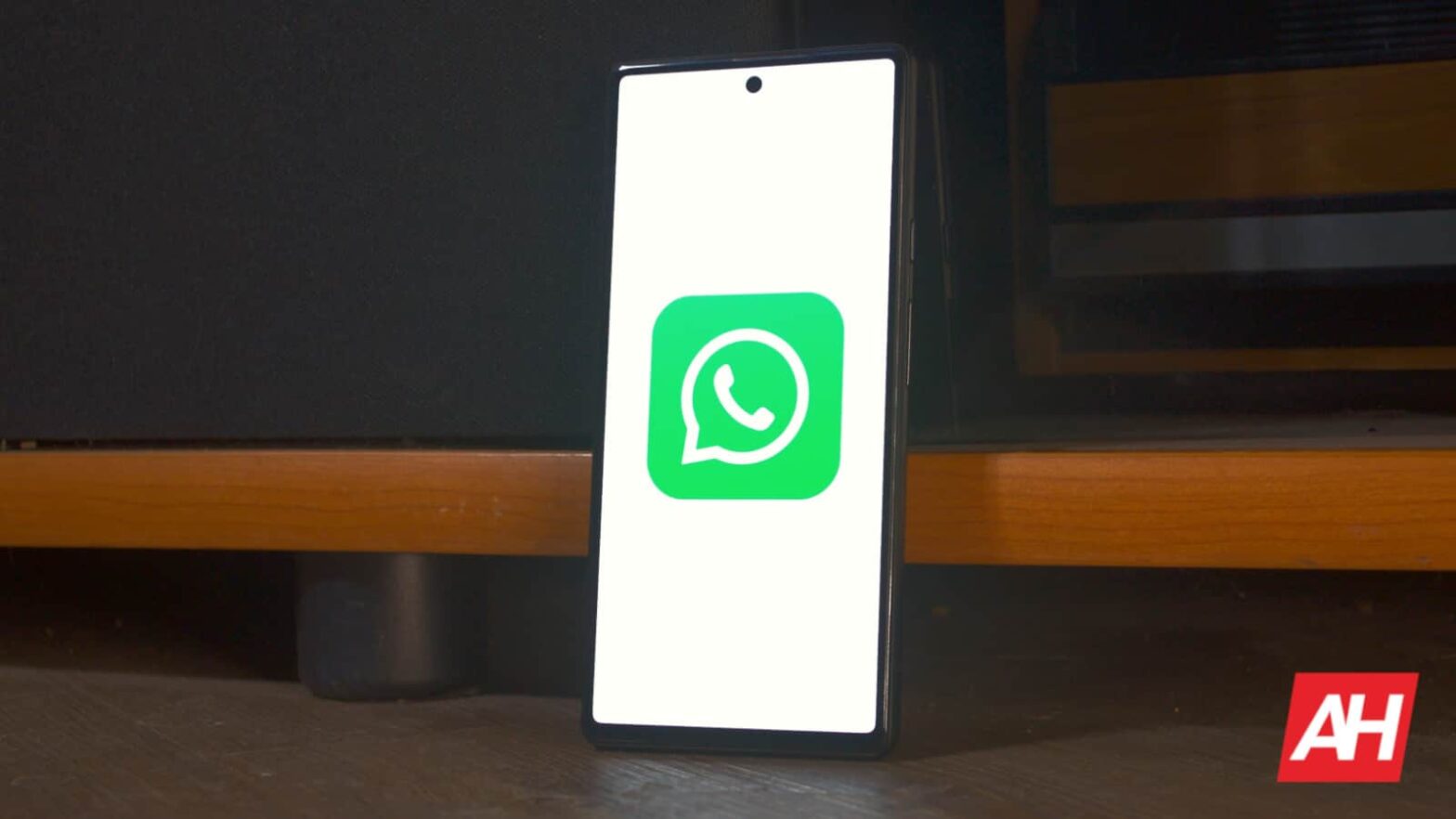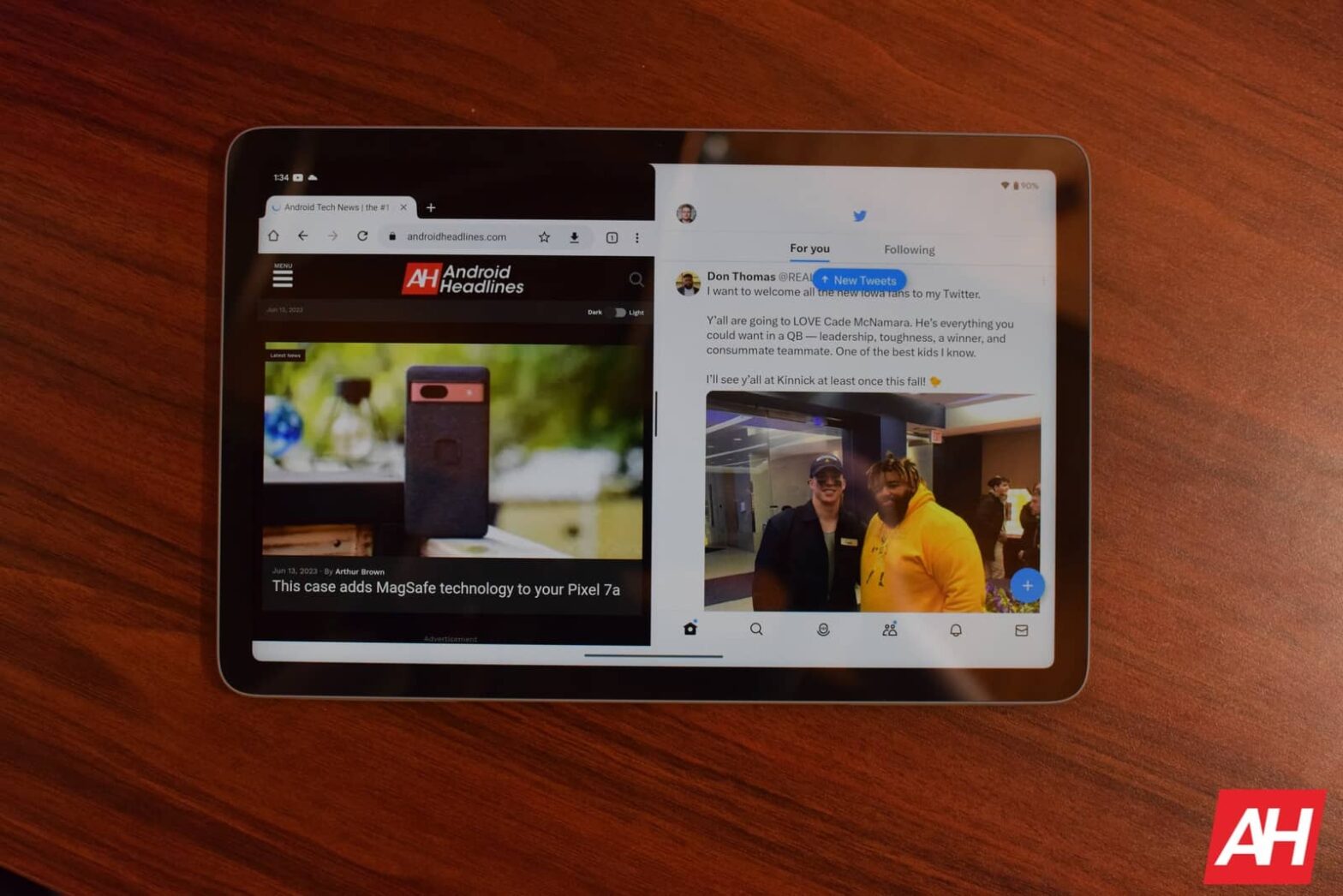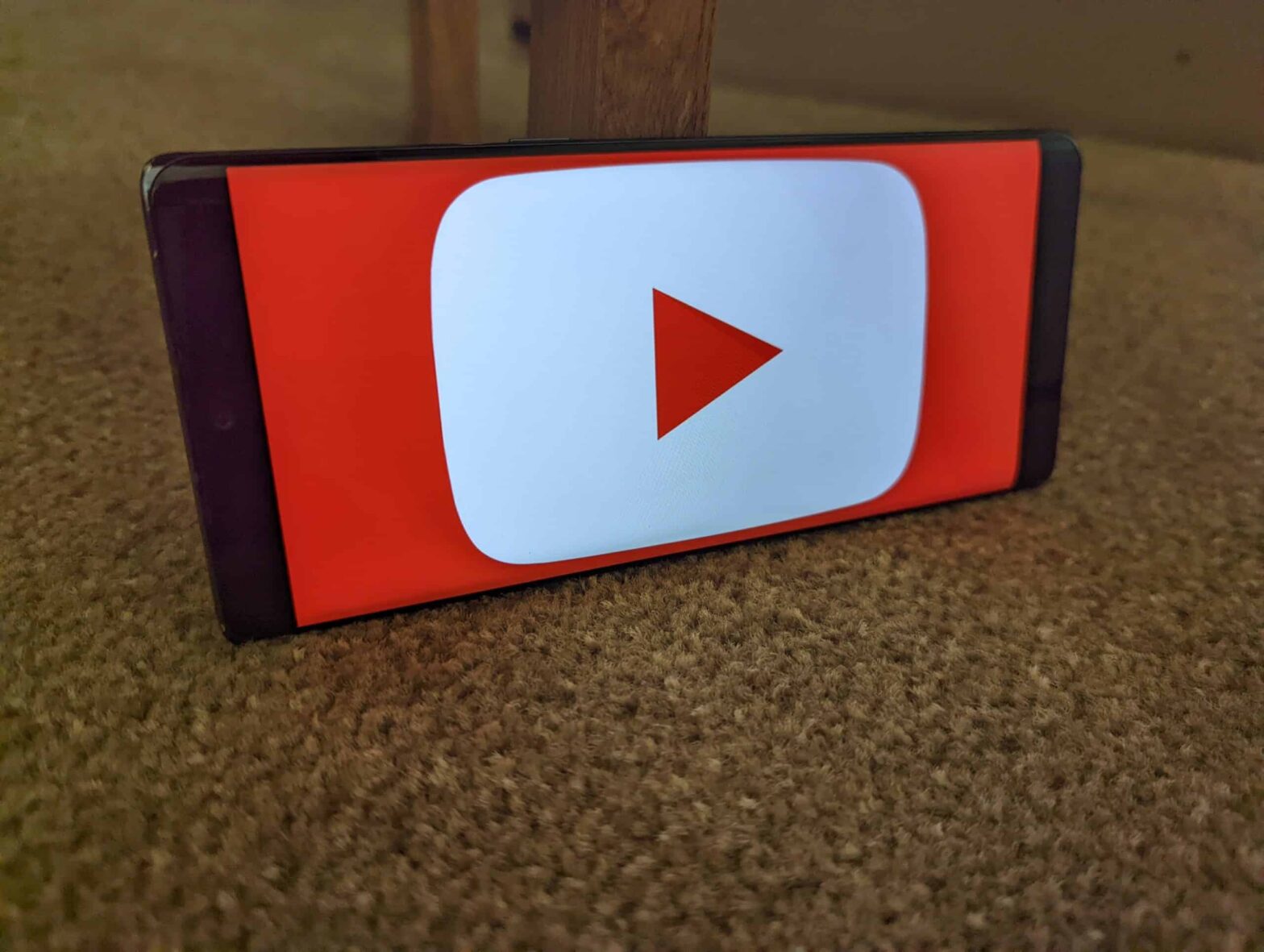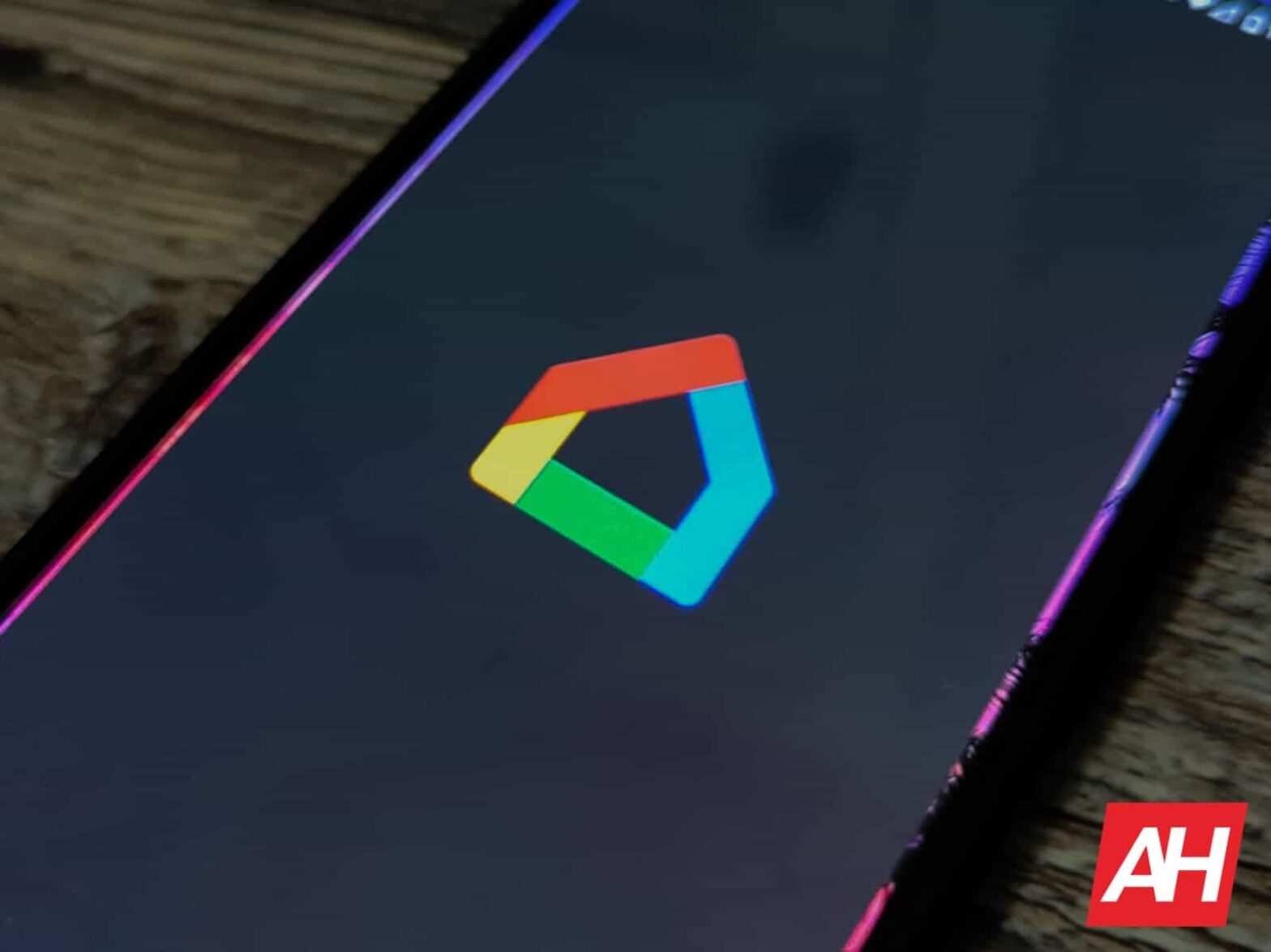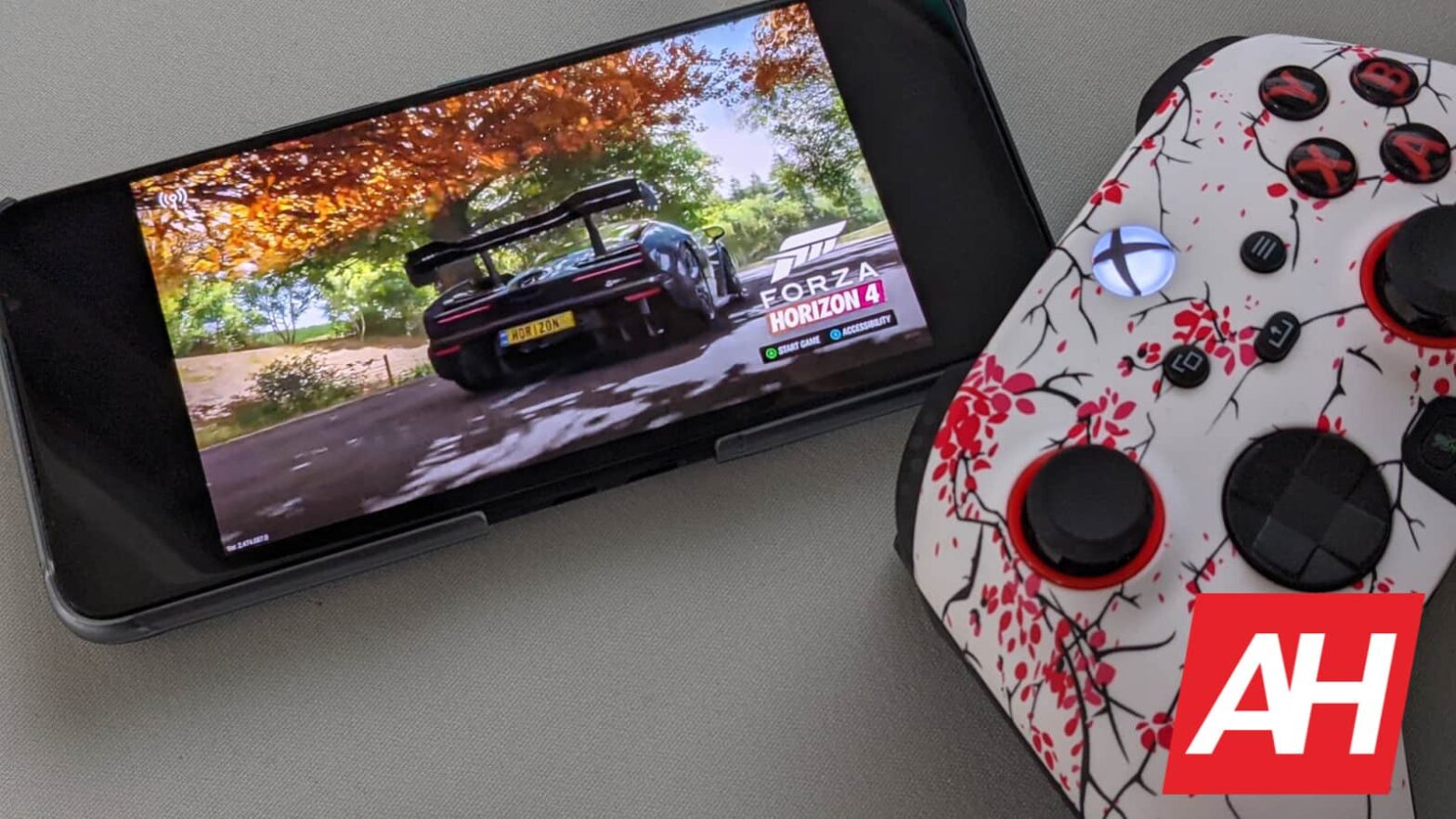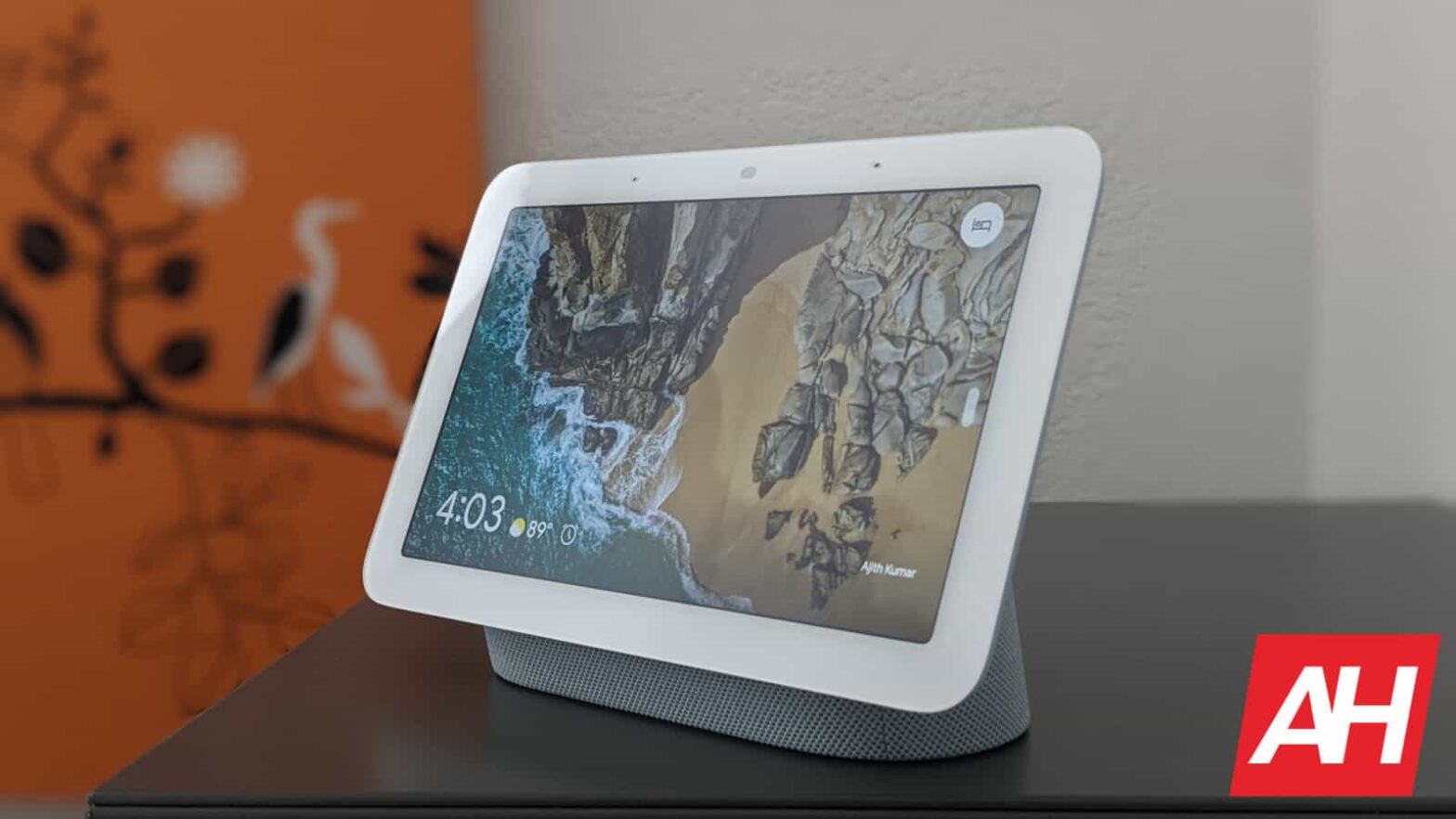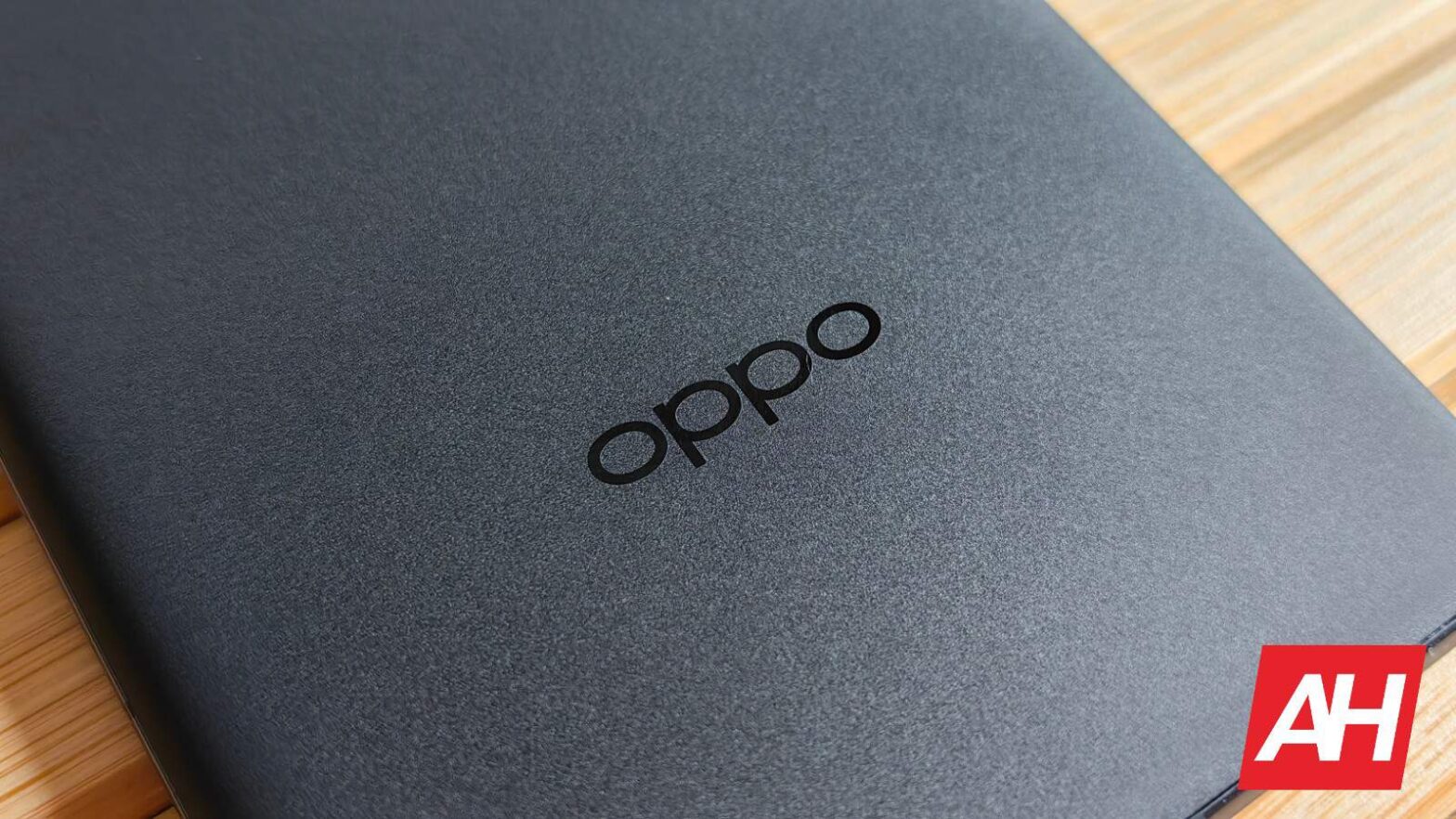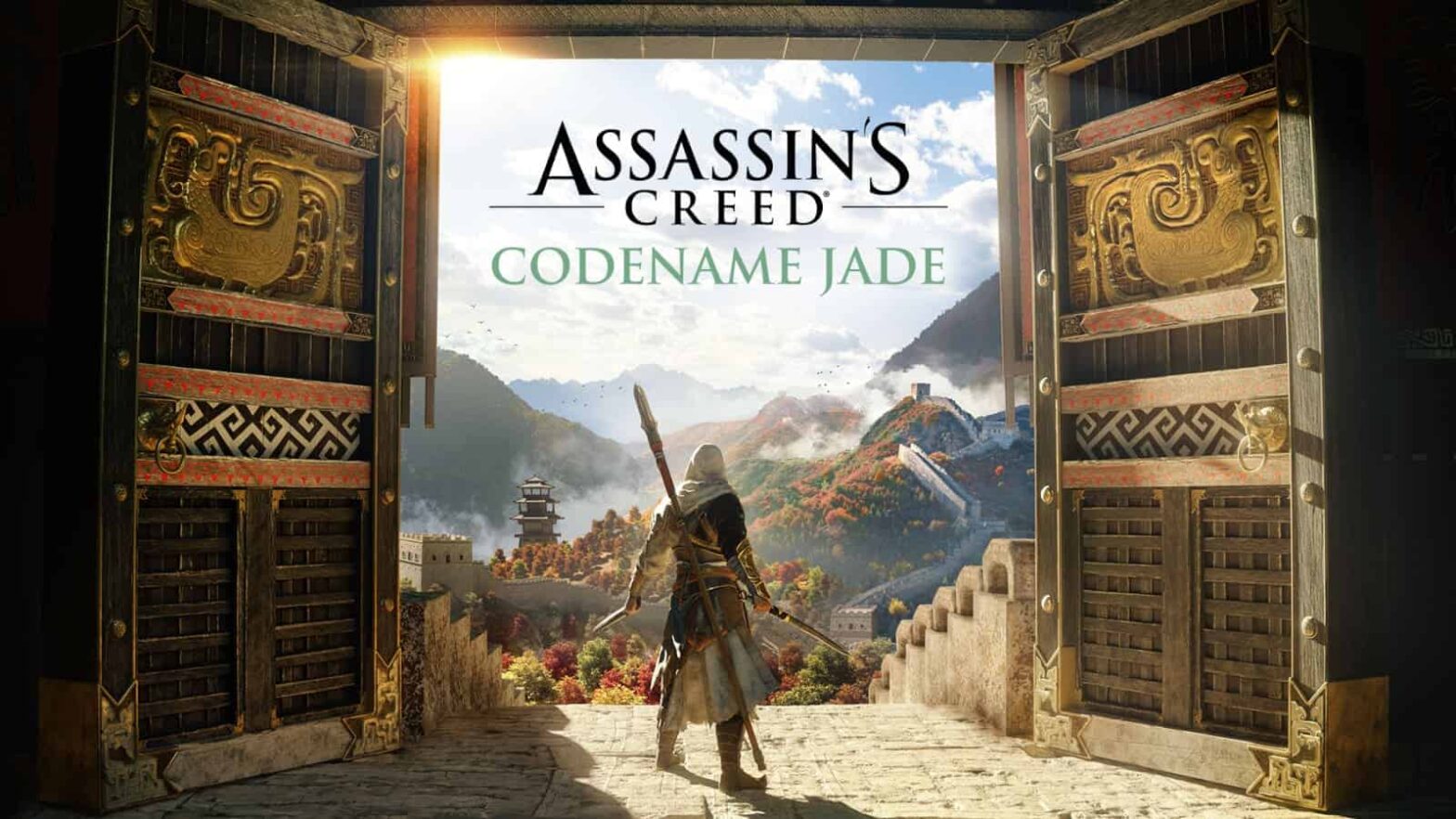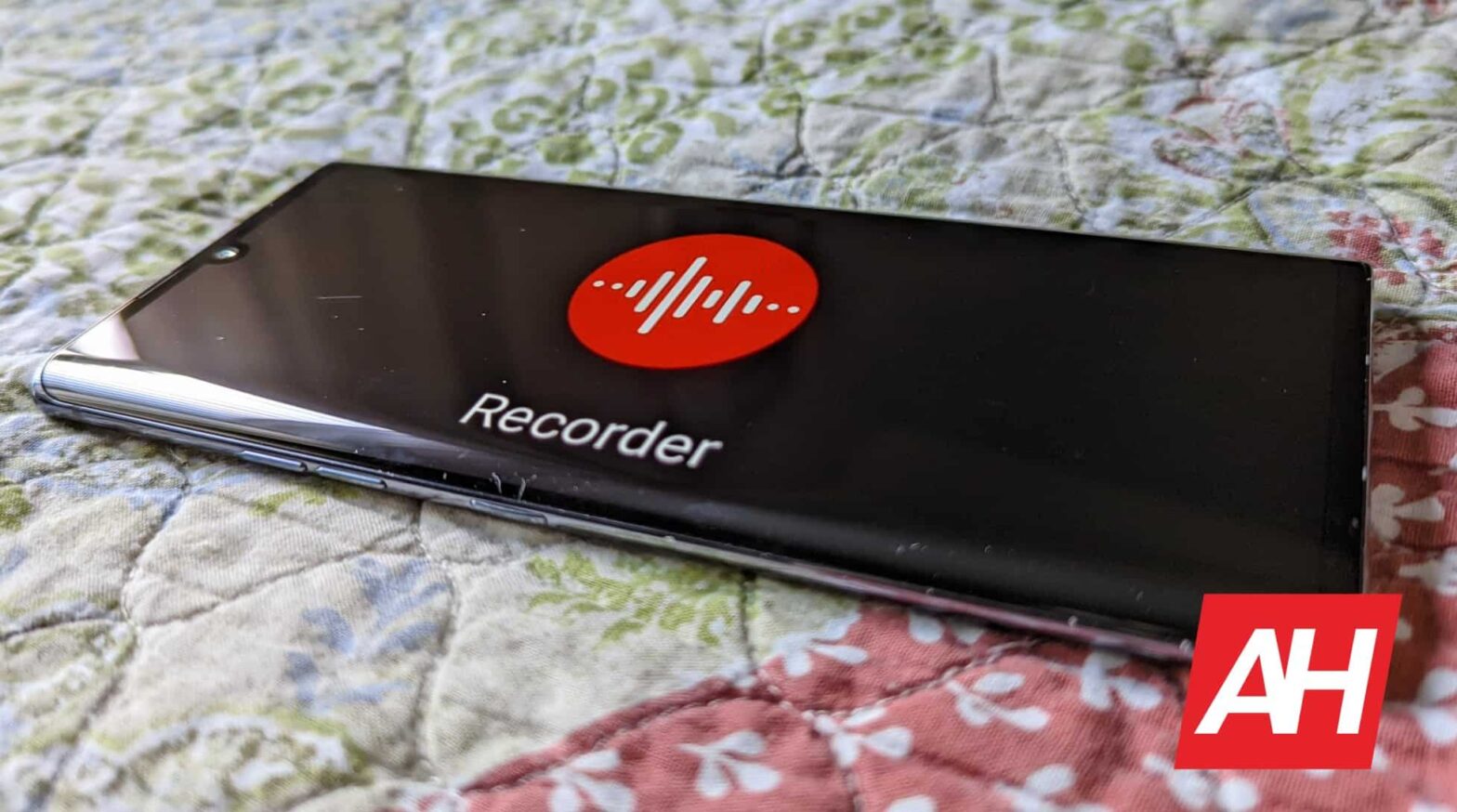Elon Musk again has come up with an innovative way to get money from brands. After telling businesses to pay $1,000 monthly to keep their verification badge, X is now telling them to spend at least $1,000 monthly on ads. Brands that don’t comply will lose their verification checkmark.
Twitter, now rebranded as X, heavily depends on advertising revenues- just like most social platforms. Back in May, Twitter’s biggest ad buyer GroupM said the platform is no longer recognized as “high risk,” and advertisers can safely place orders for ads.
However, the latest reports indicate that the platform’s revenue from advertising plummeted by 50%. Controversies following Musk’s takeover and drastic changes he made to the platform are advertisers’ main sources of concern. X has notified brands that they might lose their verification badge if they haven’t spent at least $1,000 on ads in the previous 30 days or $6,000 on ads in the previous 180 days.
X wants brands to spend at least $1,000 per month on buying ads
In response, Musk said the reason for this is to raise the bar for verification organizations and make it expensive for scammers to create millions of accounts. Of course, the billionaire added organizations can choose to pay only $1,000 for their badge.
“Or they can just pay $1000/month for a verified organization subscription with the ability to convey that organizational authority to affiliates. This more than pays for itself in organic reach.” Musk noted.
Spending $12,000 annually on a verification badge is quite over budget for most small and midsize businesses. Now, asking them to pay another $12,000 for ads seems to be an extravagant request. Many small businesses and nonprofit organizations are asking for a cheaper tier to get a verified badge.
Elon Musk is going to great lengths to make his now-called X profitable. This includes even giving a 50% discount on all new ad bookings until July 31.The post X demands brands to spend $1,000 per month on ads appeared first on Android Headlines.
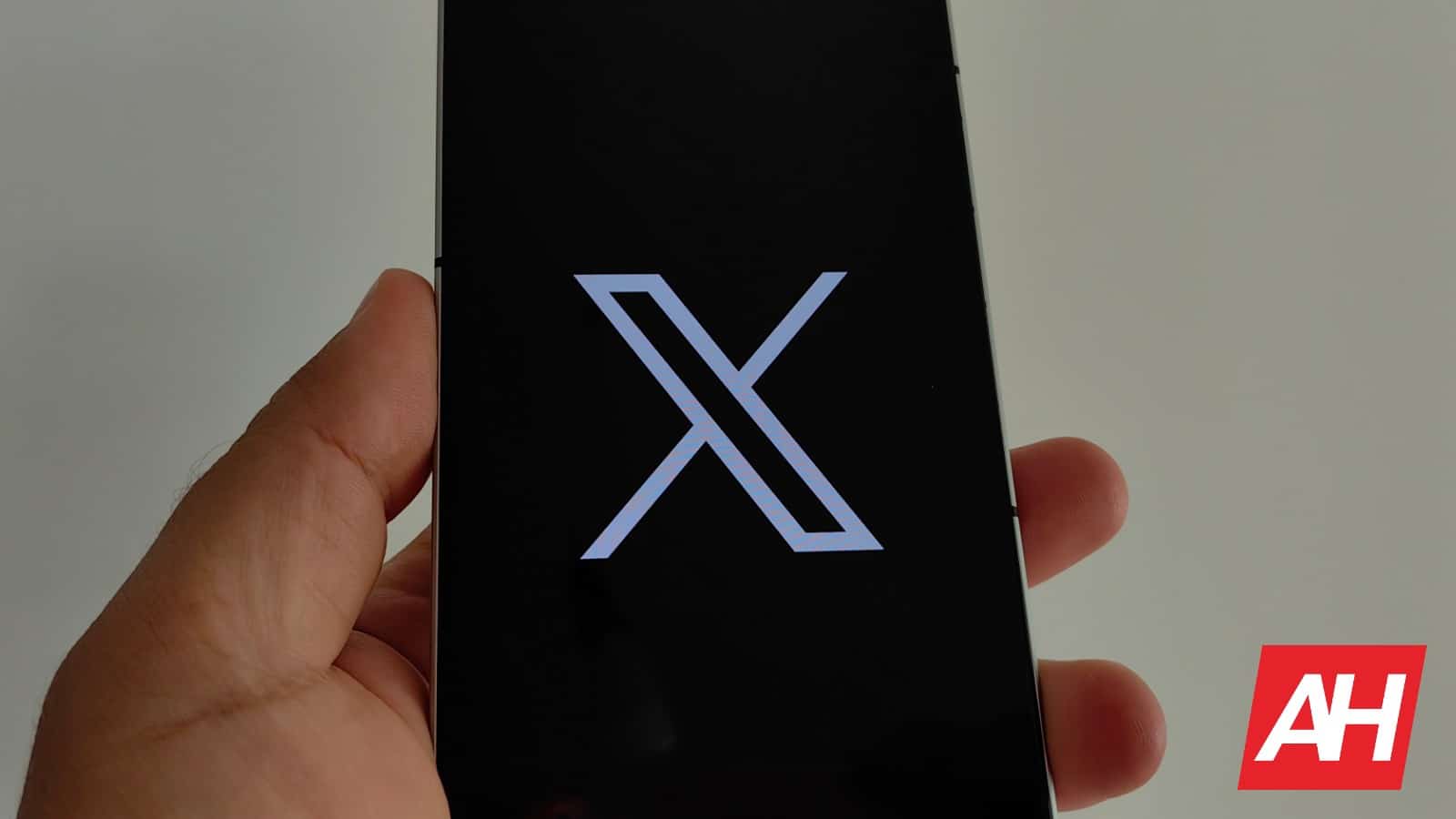
Source: ndroidheadlines.com
This Galaxy Z Fold 5 exclusive discount is too good to be true
Samsung’s latest Galaxy phones, the Galaxy Z Fold 5 and Galaxy Z Flip 5, as well as its latest watches, the Galaxy Watch 6 and Galaxy Watch 6 Classic, and even the Galaxy Tab S9 series can be yours for an exclusive discount. This is an exclusive discount for Android Headlines readers and you won’t be able to get it by simply going to Samsung’s website or any other retailers directly.
That being said, this is a discount you won’t want to miss. As you can save $50 off any of the new Galaxy devices. This exclusive $50 discount will also stack with Samsung’s bundle discounts and trade-in discounts plus the free storage upgrade. So as an example, if you were to buy the new Galaxy Z Flip 5 in the 512GB model you get a free storage upgrade if you pre-order that brings the price down to $999 from $1,119.99. But with the exclusive $50 discount it goes down to $949.99.
It gets even better, because if you bundle that with the Galaxy Tab S9 128GB, the tablet goes down to $599 instead of $799. And you can save even more if you do a trade-in. For instance, applying the exclusive discount and the trade-in of a Galaxy Z Flip 4 brings the total cost of a new Galaxy Z Flip 5 and the Galaxy Tab S9 down to just $649.99 for both devices. This whole setup applies to any of the new Galaxy devices announced at Unpacked that you buy. So you could do the deal with a Galaxy Z Fold 5 or Galaxy Watch 6 instead, and trade in an entirely different device and bring the price down. Although the ending price will certainly vary.
Basically, this is an excellent way to save some money if you’re thinking about upgrading or buying int your first foldable. But to do so you have to grab these devices through the links below.
Samsung Galaxy Z Flip 5
Samsung Galaxy Z Fold 5
Samsung Galaxy Tab S9 Series
Samsung Galaxy Watch 6 SeriesThe post This Galaxy Z Fold 5 exclusive discount is too good to be true appeared first on Android Headlines.
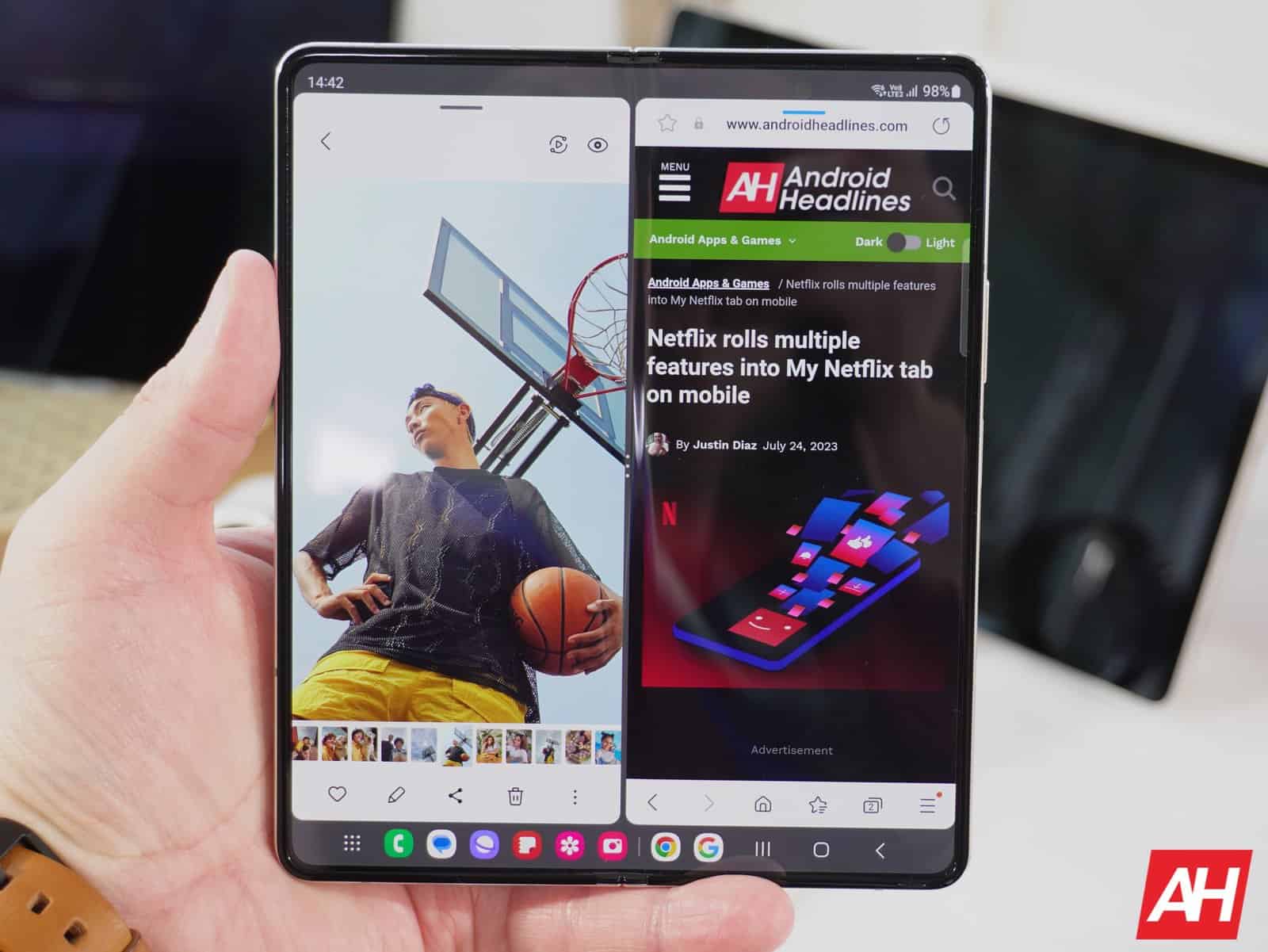
Source: ndroidheadlines.com
Google's Reading Mode app is a great addition to reading on mobile
Google‘s Reading Mode app is quite possibly one of the best reading experiences one can have when reading on mobile. And because it was released towards the end of 2022, anyone can install it on their own device.
Reading Mode is an app that was developed with being an accessibility feature in mind. But that doesn’t mean it’s only useful for users who would need and benefit from accessibility features. And there’s a lot of different ways to augment the app’s experience. Including changing the font sizes of content, the spacing, the color of text, and even the font itself.
Additionally, the app lets you press a “play” button to have content read aloud if you need or would prefer to have audio as opposed to reading content yourself. Another useful feature, although admittedly minor, is that when you engage reading mode it will tell you how long of a read certain content is. Whether that be 3 minutes or 5 minutes.
The Reading Mode app works on most content
Reading Mode makes for a great way to make it easier to read stuff on websites. Especially if they use small text or if pages are laden with ads that cover literally everything. But Reading Mode doesn’t just work on websites. It’ll work on just about everything on the phone. Including apps and in-app browsers.
For users that are going to give this a try, enabling it is quite easy. You’ll initially enable a toggle that allows it to draw over other apps from your settings. From there, Reading Mode appears on your screen as a small button that sits on the edge of the display. And you just need to tap on it to enable Reading Mode for any content you want to read within it.
Since this is system-wide, you can toggle it on and off at your convenience. And the app is free so anyone can actually use it no matter the device, or Android version. If you want to check it out for yourself, you can grab it from the Google Play Store.The post Google’s Reading Mode app is a great addition to reading on mobile appeared first on Android Headlines.
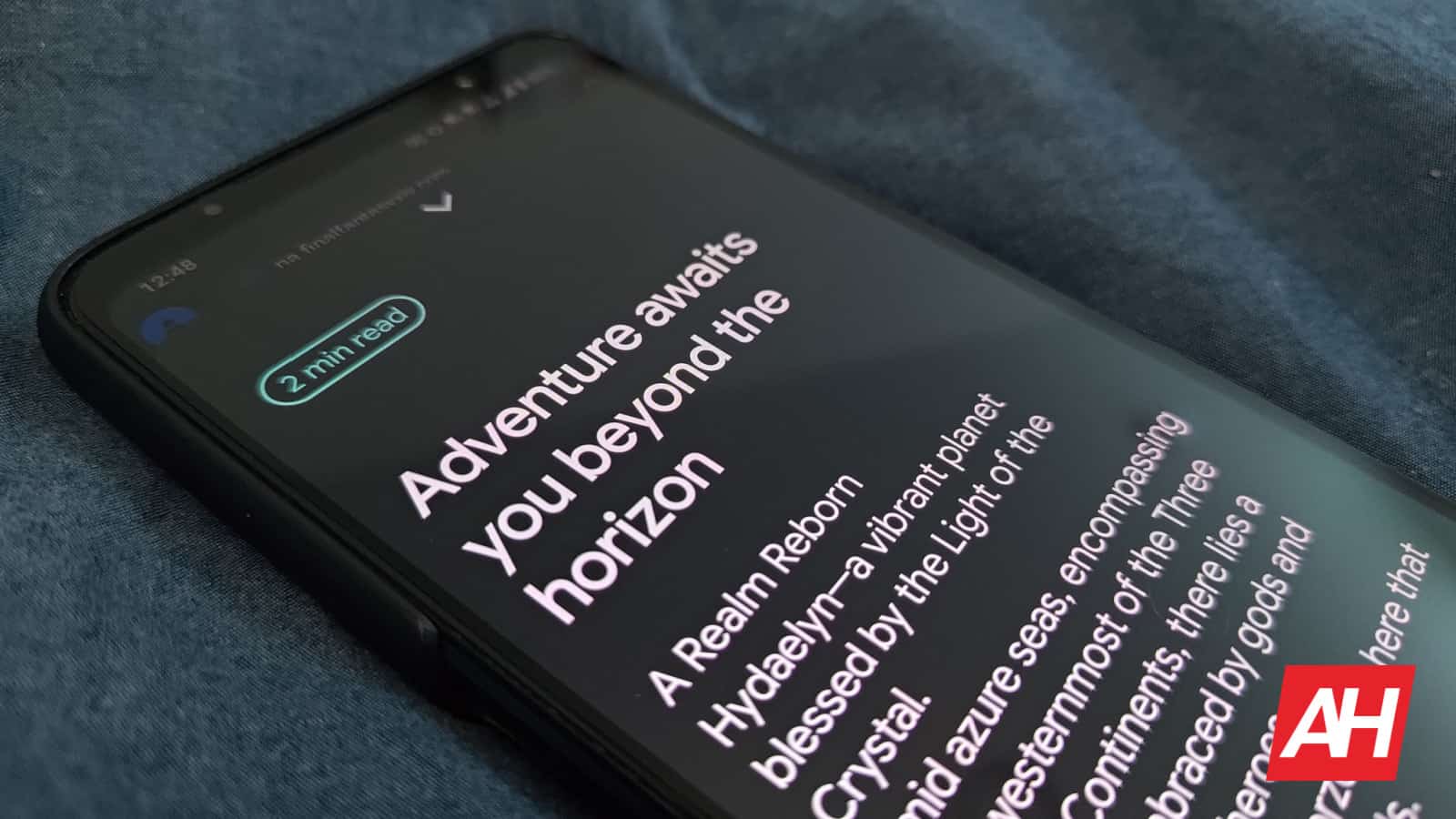
Source: ndroidheadlines.com
The Galaxy S23 is more popular than its predecessor
Samsung is a popular phone company that makes, well, popular phones. We expect the company’s new phones to be more popular than their predecessors, and that’s what happened in this case. The Galaxy S23 is more popular than the Galaxy S22, according to Sam Mobile.
The company just posted its Q2 2023 earning report, and it shows some mixed results. The company’s income is down because of its declining sales in the semiconductor market. While that’s the case, other divisions of Samsung are seeing varying levels of success. Basically, we don’t think that Samsung is going to be filing for bankruptcy anytime soon.
The Galaxy S23 is more popular than the Galaxy S22
Samsung’s phones have been weathering the declining smartphone market, and they see varying degrees of success. The Galaxy S22 Ultra was a runaway success last year breaking pre-order records. From that moment, it looked like the company had the right formula because it repeated the same thing this year.
This year, Samsung released the Galaxy S23 and Galaxy S23+ as the two more standard phones. Above them sits the Galaxy S23 Ultra. This is the monster of a phone sporting a near-tablet-sized display with more pixels and the S Pen. While last year’s phones were popular, the Galaxy S23 seems to be more popular. Samsung says that the Galaxy S23 outsold the S22 in both volume and value.
The smartphone market is in a tough place
This is significant, as the smartphone market is continuing to decline. Fewer and fewer people are buying smartphones nowadays. The economy is in a tough spot that keeps getting tougher. Folks are having to make tough choices about what they’re going to do with their money. “Do I buy a new phone or be able to pay my rent?”
Samsung shipped 37% fewer units in Q2 2023 compared to the same period last year. That’s not great, but we know that the company will see an increase this quarter and the next. It’s soon to release its Galaxy Z Fold 5 and Galaxy Z Flip 5. This will boost its numbers.The post The Galaxy S23 is more popular than its predecessor appeared first on Android Headlines.
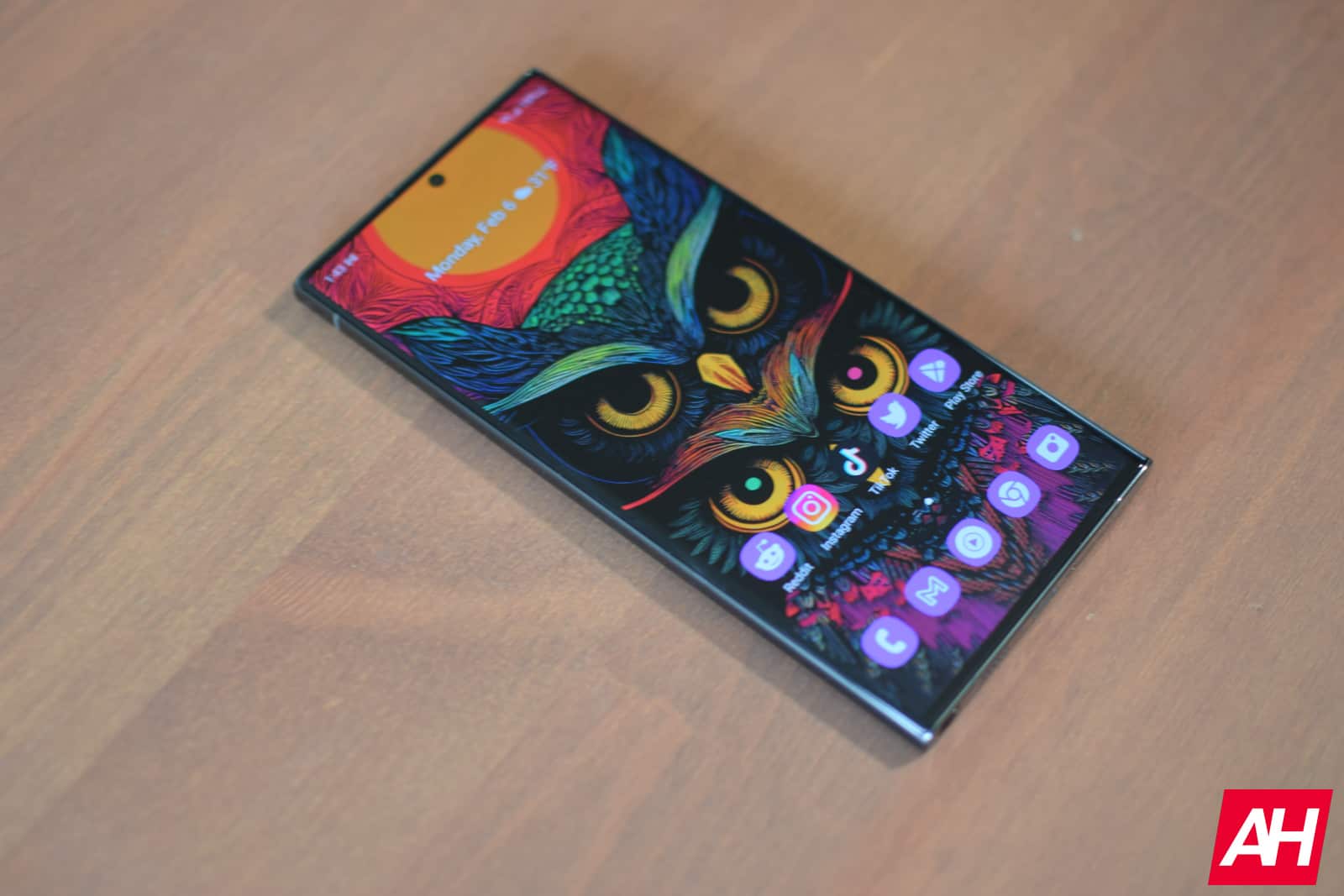
Source: ndroidheadlines.com
Samsung details Exynos W930 chip that powers Galaxy Watch 6
The Galaxy Watch 6 and Galaxy Watch 6 Classic bring several notable improvements to Samsung‘s smartwatch lineup. From bigger and brighter screens to a slimmer design and improved health tracking, there’s plenty to talk about. The new Samsung watches also get an improved processor, the Exynos W930. While the company didn’t tell us much about the chip during the official announcement on Wednesday, it has now bared it all.
Samsung Semiconductor has published a microsite detailing the specs and features of the Exynos W930. As revealed by prior leaks, the new chip is based on a 5nm process node and features a dual-core CPU arrangement. It has two Cortex-A55 CPU cores clocked at 1.4GHz. That’s an 18% boost in CPU performance over the Exynos W920 (1.18GHz), which powers the Galaxy Watch 4 and Galaxy Watch 5 series.
Samsung has kept everything else unchanged, though. The new chip still packs the same Mali-G68 MP2 GPU that supports up to qHD display resolution (960×540). It can handle 21fps (frames per second) video playback, enabling smoother UI animations, transitions, and graphics. The dedicated low-power display (LPD) core helps save when using AOD (always-on display).
The latest Galaxy watches boast 33% more RAM (2GB LPDDR4 RAM) than the previous models. Samsung says this enables a 25% faster watch performance when switching between apps. The 16GB of eMMC storage gives you ample space to store music files and some photos locally on your Galaxy Watch 6, while also letting to install necessary apps and watch faces.
The integrated LTE modem offers up to 150Mbps of download speed and up to 75Mbps of upload speed. The Exynos W930 also supports GPS, GLONASS, Beidou, and Galileo satellite navigation systems. Other connectivity options include Bluetooth, dual-band Wi-Fi, and NFC.
The Exynos W930 is a minor upgrade over the Exynos W920
By the looks of it, the Exynos W930 is nothing but an overclocked version of the Exynos W920 with slightly more RAM. Samsung doesn’t specify if the new chip is fabricated on the same 5nm EUV (extreme ultraviolet) lithography process as its predecessor or an improved fabrication process.
If history is any indication, Samsung could use this chip on the Galaxy Watch 7 series next year. However, since it’s a minor upgrade over the previous solution, the company may come up with something more powerful for its 2024 smartwatches. Plenty of time for those, though. The Galaxy Watch 6 series is currently available to pre-order, with general sales beginning on August 11.The post Samsung details Exynos W930 chip that powers Galaxy Watch 6 appeared first on Android Headlines.

Source: ndroidheadlines.com
Smartphone shipments are falling, but Pixels are rising
The smartphone market has been in a tough spot over the past few years due to several reasons. People just aren’t as inspired to buy phones nowadays. While this is the case, Google’s Pixel phones seem to be one of the stars of smartphone shipments in Q2 2023, according to CounterPoint Research.
This isn’t a big shocker. Google was able to create a community around its phones and other devices. With the launch of the Pixel Tablet and Pixel Fold, it’s finally established its ecosystem. We’re only months away from the Pixel 8 phones, and those look to be pretty stellar devices.
Here are the smartphone shipments from Q2 2023
Here’s the quarterly smartphone market progress report, and the numbers aren’t great. The smartphone market, as a whole, saw a 24% drop. According to a previous Counterpoint report, the total number of smartphones shipped in Q1 2023 was about 280.2 million. Taking 24% from that, we get a ballpark figure of about 213 million units sold in Q2 2023.
Companies like Apple (-6%), Samsung (-37%), Motorola (-17%), and Alcatel (-69%) all saw a notable drop in their shipments compared to Q2 2022 (April 2022- June 2022). While Apple saw a 6% drop in shipments, the overall market shrunk, so its share of the smartphone market actually grew by 10%. Also, Motorola’s share managed to remain the same thanks to the shrinkage.
However, one underdog actually saw significant growth last quarter. Google’s Pixel phones saw a 48% jump in shipments. This led it to grab 3% of the market which is up from 1% during the same time last year. It’s all about timing, to be honest. The Pixel 7a launched last quarter along with the Pixel Fold. The rush of purchases on launch day is what propelled Google’s shipments.
We expect to see a similar surge in shipments when the Pixel 8 launches in the final quarter of the year. This is going to be the story for the other companies. When Apple releases the iPhone 15, we’ll see its numbers soar. Also, Samsung just announced its latest duo of foldable phones. We expect to see its numbers rise in the third quarter of the year.The post Smartphone shipments are falling, but Pixels are rising appeared first on Android Headlines.
![]()
Source: ndroidheadlines.com
Samsung expects foldables to outsell the Galaxy Note this year
A few years back, Samsung made a massive decision to discontinue the much-loved Galaxy Note series of S Pen-equipped flagship smartphones. The company has since merged it with the Ultra model in the Galaxy S series while giving the Note’s slot in the second half of the year to foldables. It has seemingly turned out to be a smart move. The Korean firm’s mobile chief T.M. Roh has revealed that its foldable phones are on track to outsell the Galaxy Note this year.
“As we speak, they are almost on par,” Roh, the head of Samsung’s mobile division, said about the annual sales figure of the two device categories in a recent interview with CNET. “And the expectation [is] that with the Flip and Fold 5, we will be able to finally surpass that.” Roh made the comments shortly after unveiling the Galaxy Z Fold 5 and Galaxy Z Flip 5 foldables during Samsung’s Unpacked event on Wednesday. The event took place in South Korea’s capital city of Seoul.
Samsung discontinued the Galaxy Note to make foldables mainstream
When Samsung first launched the Galaxy Note series in 2011, it was a niche phone for people willing to pay more for extra features such as a bigger screen and S Pen support. Over the years, the Note lineup amassed a strong fanbase, ushering in the era of big-screen smartphones. Samsung kept the Note series separate from the Galaxy S series, giving ample time for both in the market. The latter arrived early in the year, with the Note following in the second half.
However, with Samsung ushering the smartphone industry into the foldable era in 2019, the company had to work out ways to stay ahead of the competition that was about to come. The company found it best to discontinue the Note lineup and reserve the second half of the year for foldables. This happened in 2021 as Samsung pushed to make foldables mainstream. For Note fans, the company re-designed the Galaxy S Ultra to look like Note, even offering the S Pen built-in.
The Galaxy Note 20 series in 2020 was the last in the lineup. It reportedly sold about 12 million units. Last year, Samsung sold ten million foldable smartphones. Roh’s words suggest the company is on its way to selling more than 12 million foldables this year. The Galaxy Z Fold 5 and Galaxy Z Flip 5, which are now available to pre-order, should make up the vast majority of that figure. The new foldables bring a few notable improvements over their predecessors. They will go on sale on August 11.
The post Samsung expects foldables to outsell the Galaxy Note this year appeared first on Android Headlines.

Source: ndroidheadlines.com
Modern Warfare II season 05 adds fan-favorite Strike map
Modern Warfare II season 05 is just around the corner and Activision has just laid out the roadmap for the upcoming changes. As with every new season there will be a new battle pass with new stuff to unlock. This includes new operators and new weapons. As well as new skins for both.
It also includes new maps and updates/balances to existing modes and content. But we want to focus first on one of the new maps. Fans of the original Modern Warfare (we mean Call of Duty 4: Modern Warfare), will notice the return of a fan-favorite. Strike. This will be a new 6v6 multiplayer map available at the start of the season. As a Core map, it’ll be available across a variety of match types, including Team Deathmatch, Hardcore, Kill Confirmed and others. Basically any match type where 6 players can face off against another team of 6 players.
Activision says that the map has mostly retained its familiar setup although it has changed a tiny bit to fit Modern Warfare II. The map may or may not include the famous backdoor that was near one of the spawn points. Season 05 of Modern Warfare II also includes three new operator collaborations, this time with musical talent. Snoop Dogg, Nicki Minaj, and 21 Savage will all be playable next season.
Modern Warfare II season 05 begins next week
The start of the new season will drop on August 2, which is next Wednesday. As with every other season, new content will go live promptly at 10am PST so if you’ve got the day off or you suddenly end up “sick” you can dive in early.
In addition to the new content listed above, there’s two other core maps coming, and two new maps for Gunfight. One of those two Core maps will be Punta Mar and will also be arriving at launch. The other map is DRC – Zone 1 and will arrive mid-season. So expect to see this dropping with the season 05 reloaded patch.
As for the Gunfight maps, these will be Lounge and Canal and will also be available at launch on August 2.
Get ready to unleash havoc on your opponents
Let’s just jump right into it. Havoc is a new Core mode dropping with season 05. It’ll be live at launch and it sounds like it’s going to be a crazy good time. It’ll start out like Team Deathmatch but players won’t have access to any of their field upgrades, perk packages, or killstreaks. You’ll have to rely solely on your gunplay without any of those boosts. But this is where things get interesting.
The first team to reach a multiple of 12 kills will cause a random match modifier to be introduced for both teams. Modifiers will pop up at 12, 24, 36, 48, and 60 kills. There are also 14 different modifiers that will augment the match in some pretty unique ways. For example, Flameshot wipes out everyone’s loadouts upon activation and replaces them with flame-tipped crossbows and moltovs. There’s also Perspective Shift which changes everyone to a third-person camera view. And our personal favorite of the five mentioned, Ammo Feeder. This modifier auto reloads your weapons every time you eliminate an enemy player.
Activision is quick to point out that this happens from stock ammo. So it’s not going to be unlimited. Still it should keep things pretty interesting. The other new modes are Big Capture the Flag coming at launch, variants of Gunfight at launch and mid-season, and Faceoff which is a 4v4 mode dropping mid-season.
There’s a quite a few other changes for season 05, and you can check all those out in the official blog post. You can also view the season 05 roadmap below.
The post Modern Warfare II season 05 adds fan-favorite Strike map appeared first on Android Headlines.

Source: ndroidheadlines.com
Two more classic Zelda titles just hit the Nintendo Switch
The old days are gone, and it’s harder to get our hands on the old games that we played as kids. They live on in online services like Nintendo Switch Online. According to Engadget, Nintendo just released two classic Zelda titles to the Switch Online service.
The Nintendo Switch online service seems to be pretty popular. While not as robust as what you’d find with Playstation or Xbox, the subscription offers a wide selection of games from past consoles. Fans are able to relive titles from systems such as the NES, SNES, Nintendo 64, and the SEGA Genesis.
If you’re interested in getting a plan, the standard plan costs $3.99/month ($19.99/year). However, the Online+ plan offers more features. The N64 and Genesis games are only available on this plan. It costs $49.99/year.
Two more classic Zelda titles just hit the Nintendo Online service
Imagine this: it’s 2001. You’re on a long road trip; “Who Let The Dogs Out” is blasting on the radio, and you’re tapping away on your Game Boy Color. If you were a Zelda fan, then you would have been playing these games on your hardware.
The first game on the list is The Legend of Zelda: Oracle of Seasons. In this game, Link is on a journey to rescue the Oracle of Seasons from the clutches of General Onox.
The other game is called The Legend of Zelda: Oracle of Ages. In this game, the evil sorceress Veran possesses the Oracle of Ages and uses her powers to go back in time and enact her evil plans.
These are great games to play, especially if you’re not familiar with the Zelda games for the portable consoles. Also, if you need a break from games centering around rescuing Princess Zelda. They’re available to play today, so you won’t have to wait. Just make sure your app is up to date and start playing.
The post Two more classic Zelda titles just hit the Nintendo Switch appeared first on Android Headlines.
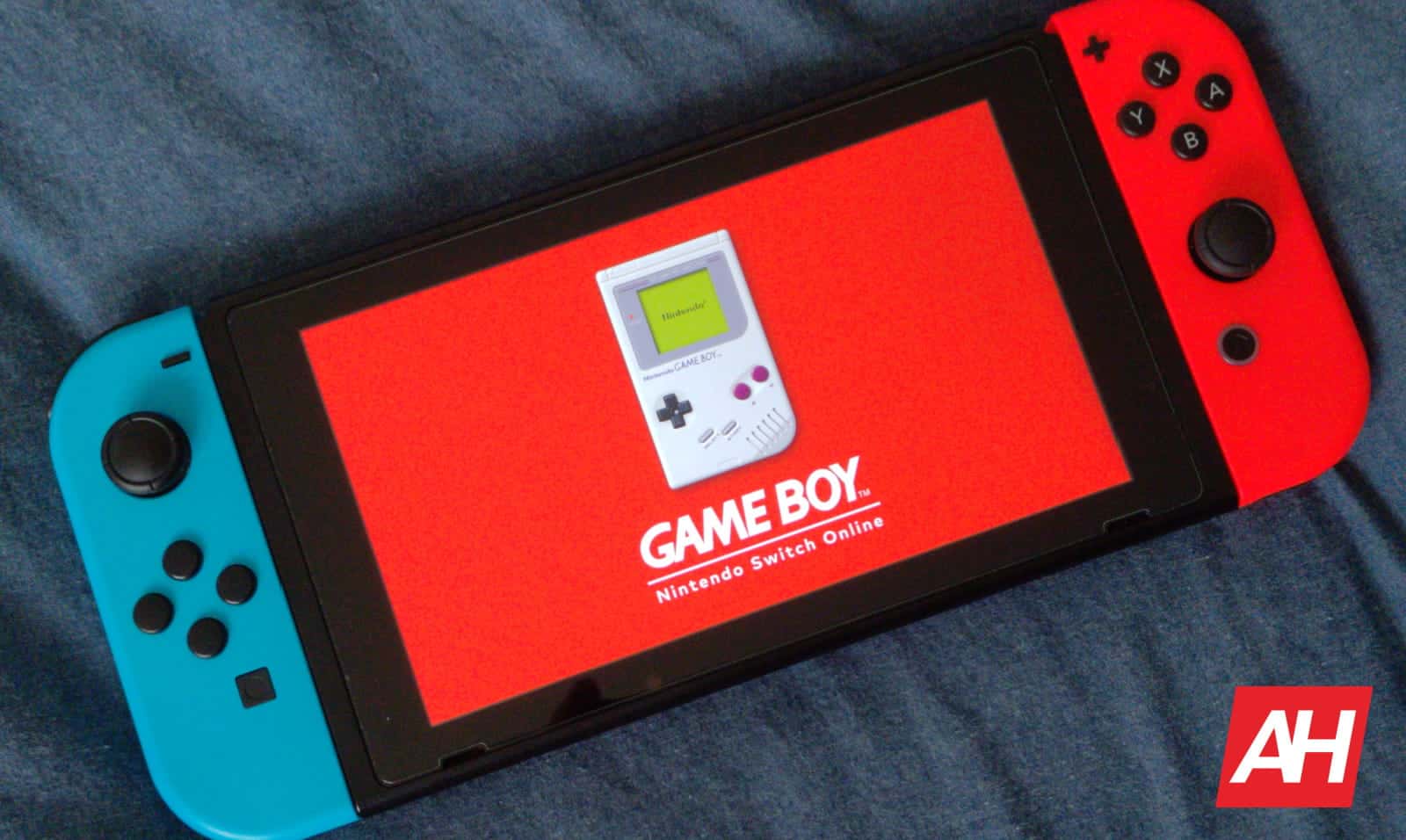
Source: ndroidheadlines.com
AT&T Unlimited Elite plan subscribers must now pay more per month
If you’re still subscribed to the now discontinued Unlimited Elite plan on AT&T, you will have to start paying more for your bill every single month.
That’s likely the last thing consumers want to hear, but such is the way of things in the ever-changing landscape of the wireless industry. AT&T officially says the price increase is to “continue to deliver the great wireless service you expect.” But it wouldn’t be surprising if this move was to try and force subscribers onto the new plan. Last year, AT&T officially replaced the Unlimited Elite plan with the Unlimited Premium plan.
This new plan was mostly the same, save for a couple of changes. It lost the free Max (previously HBO Max) subscription for one. But it also gained additional data for the hotspot in the form of 10GB more. So all-in-all, a good deal according to AT&T. Unless you don’t use the hotspot but do use the Max service often.
Luckily AT&T didn’t require subscribers to move off of this plan. But it does seem content with charging more to those that stay with it.
AT&T Unlimited Elite plan subscribers will pay more per line
The one good bit of news about this change is that it isn’t happening today. According to the report from Phone Arena, AT&T is implementing these plan increases at the start of the August bill cycle. That being said, the August bill cycle won’t be the same for everyone. So whenever that is for you, that’s when your bill will start costing more.
Here’s how the increase in price breaks down. Subscribers will be paying $2.50 more per month per line. So if you only have one line on one of these plans, your bill is only going up by $2.50 a month. But if you have 5 lines, then your bill will increase by $12.50 a month. Everything else stays the same. There is also a way to sort of offset these increased monthly costs. If you don’t already have autopay set up for your account, doing so will shave $10 off your monthly bill. Something we’d highly recommend doing if you can since it could save you money.
The post AT&T Unlimited Elite plan subscribers must now pay more per month appeared first on Android Headlines.

Source: ndroidheadlines.com
Samsung suffered a 95% drop in profit in Q2 2023
It has been a terrible first half of 2023 for Samsung, at least financially. Declining prices of memory chips have hit its earnings hard. The Korean firm’s operating profit dropped to a 14-year low in the first quarter of the year. The Q2 2023 profit didn’t see any significant uptick.
According to Samsung’s latest quarterly earnings report, it made KRW 60.01 trillion (approx. $48.8 billion) in consolidated revenue in the second quarter of the year. That’s a relatively healthy figure and just a six% drop from the KRW 63.75 trillion it generated in the previous quarter.
Even when we compare it with Samsung’s revenue for the same period last year (April to June 2022) when the company’s earnings were on the other end of the spectrum, it isn’t a massive drop. The Korean behemoth made KRW 77.2 trillion in Q2 2022, which means a 22% decline this year.
However, Samsung has struggled to convert its revenue to profit at a healthy rate. Its operating profit for Q2 2023 was just KRW 670 billion (approx. $522 million). That’s a profit margin of just 1.1%. More importantly, Samsung’s Q2 profit has dropped a staggering 95% annually from 2022. It took home KRW 14.1 trillion last time around.
The operating profit of KRW 670 billion this past quarter may be slightly better than what Samsung made in the first quarter (KRW 640 billion), but it’s far, far off from what the company usually makes. A 95% drop in quarterly profit in just a year is worryingly bad for a conglomerate as big as Samsung. And the company itself is to blame here, at least in some part.
Over-reliance on the memory chip business hit Samsung in Q2 2023
For years, the semiconductor division has been Samsung’s cash cow. To put that into perspective, almost 60% of the company’s total Q1 2022 profit (KRW 8.4 trillion out of KRW 14.12 trillion) came from semiconductors. Unfortunately, the chip industry has been suffering from huge price drops lately, and the Korean biggie is feeling the heat.
Samsung’s chip division posted a consolidated revenue of KRW 14.73 trillion in Q2 2023, but it still ended up losing KRW 4.36 trillion from this business unit. On the bright side, the Korean firm sees the market gradually moving toward stability in the second half of the year. It remains to be seen if the company’s semiconductor division will return to profitability in the third quarter.
Nonetheless, Samsung needs to find ways to improve its earnings from other business divisions. Despite being the world’s largest smartphone company, stiff competition in the Android space never allowed it to keep big margins. It earned KRW 3.04 trillion (approx. $2.4 billion) from mobile and network businesses in Q2 2023. Time will tell whether the newly launched Galaxy Z Fold 5 and Galaxy Z Flip 5 foldables help Samsung improve that figure in the third quarter.
The post Samsung suffered a 95% drop in profit in Q2 2023 appeared first on Android Headlines.
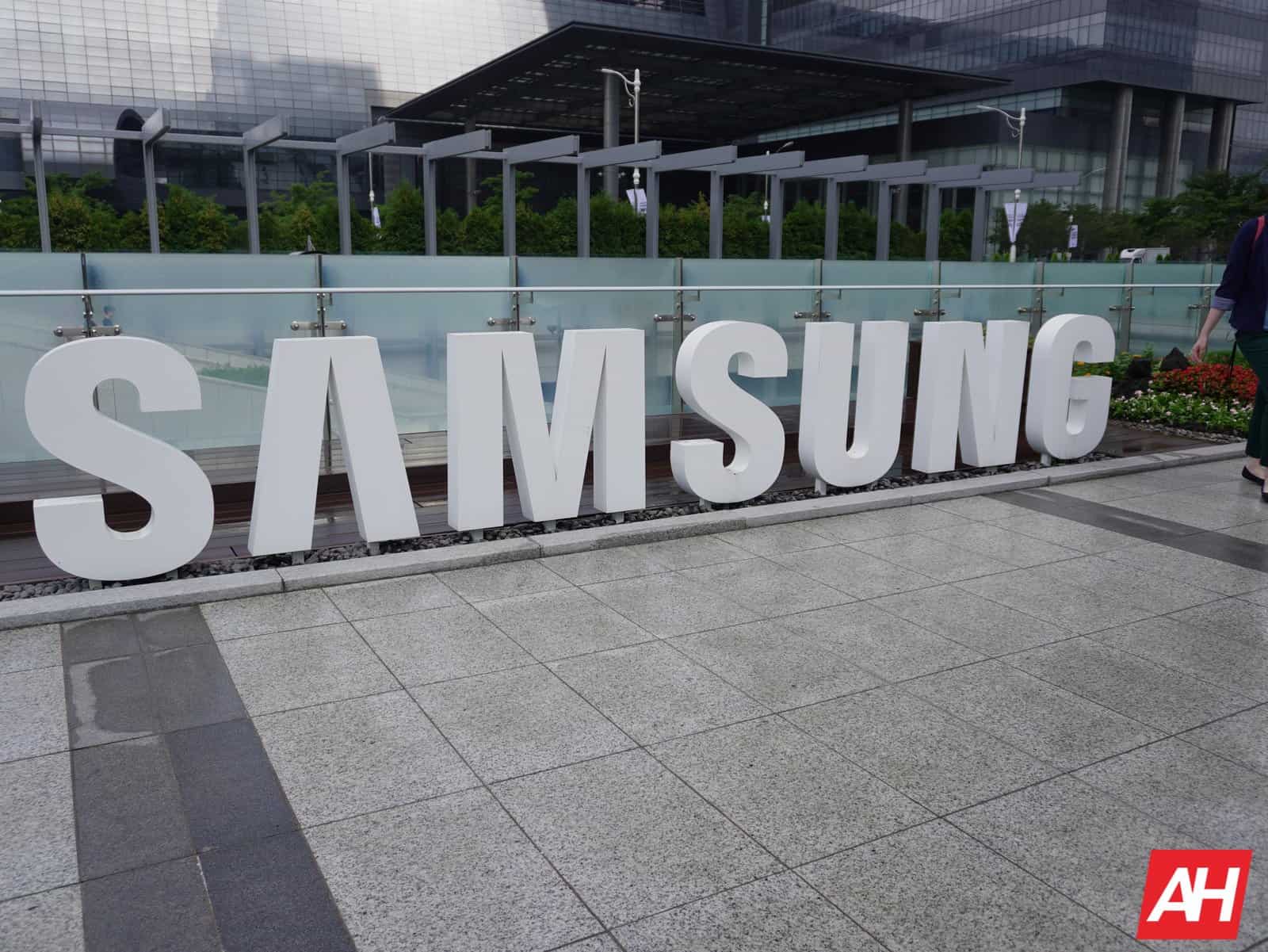
Source: ndroidheadlines.com
Takeaways from the “Defining Open AI” community workshop
The Open Source Initiative is deep into a multi-stakeholder process to define machine learning systems that can be characterized as “Open Source.”
About 40 people put their heads together for the first community discussion in an hour-long session I led at FOSSY 2023.
If you missed it, there are still plenty of ways to get involved. Send a proposal to speak at the online webinar series before August 4, 2023 and check out the timeline for upcoming in-person workshops. Get caught up with the recap from the kickoff meeting, too.
Why data is the sticking point of machine learning
The session started with a short presentation highlighting why we need to define “open” in the AI context and why we need to do it now.
Open Source gives users and developers the ability to decide for themselves how and where to use the technology without the need to engage with a third party. We want to get the same things for machine learning systems. We’ll need to find our way there.
First, we need to clarify that machine learning systems are a little different than classic software. For one, machine learning depends on data, lots of it. Developers can’t rely on just their own laptops and knowledge to build new AI systems. The legal landscape is also a lot more complicated than for pure software: Data is covered by a lot of different laws, often very different between countries.
After the initial meeting in San Francisco, it became clear that the most crucial question to ask (and try to answer) is around data.
At the Portland session, I asked one simple question:
How tightly coupled should the original data and the ML models be?
I started with the three pieces that go into a typical ML system:
Software for training and testing, inference and analysisFor the crowd it was easy to agree that all software written by a human and copyrightable must be Open Source for a ML system to be considered open.
Model architecture with its weights and training parametersThese should be made available with terms and conditions that don’t restrict who can use them and how they’re used; There also shouldn’t be restrictions on retraining the artifacts and redistributing them. The group wasn’t as clearly in agreement on this point but did concur that resolving this is within reach.
Raw data and prepared datasets, for training and testingI started with the assumption that the original dataset is not the preferred form for making modifications to model/weights and asked the group: Does that mean an “Open ML” can ignore the original data? How much of the original dataset do we need in order to exercise the right to modify a model?
This final question required people to get on the same page. Some AI developers in the room shared their views that the original dataset is not necessary to modify a model. They also stated that they would need a sufficiently precise description of the original data, though, and other elements. This would be necessary for technical reasons and for transparency, to evaluate bias, etc.
A few people took a different view, leaning more on the fact that data is somewhat equivalent to the source code of a model and the model is the binary, as if training was the equivalent of compilation. Some of their comments gave the impression that they were less familiar with developing ML systems.
Other participants explained why the analogy to software’s source-binary doesn’t hold water: A binary-only piece of software cannot be modified and in fact the GNU GPLv3 explains in detail the preferred methods of making modifications to software. On the contrary, AI models can be modified to be fine-tuned and retrained without the original dataset, if they’re accompanied by other elements.
During the session, folks were encouraged to contribute their thoughts on an Etherpad. Comments there touch on the cultural implications of public data, the importance of documenting data transparency and whether “open with restrictions” carve outs will be necessary when it comes to personal or health data.
What’s next
Remember: We want you to weigh in with a proposal to speak and invite you to participate in upcoming community workshops.
For now, we’ll leave you with this quote from the Portland session:
“I think I’m coming to a position that AI maybe isn’t open without open data or a really good description of the data used (based on the “spigot” example), but that there will be a significant number of use cases that aren’t open, for various cultural reasons e.g. they may use other licenses, defined within those communities, but also aren’t the kind of extractive commercial stuff that invokes puking either. Open isn’t an exclusive synonym for ‘good’.”
Participants also debated on the legality of training models on copyrighted and trademarked data, and voiced concerns about the output of generative AI systems.
We have a long road ahead and must move quickly – join us on this important journey.
The post <span class=’p-name’>Takeaways from the “Defining Open AI” community workshop</span> appeared first on Voices of Open Source.

Source: opensource.org
Audible is coming to Wear OS with the Galaxy Watch 6 series
Samsung announced the Galaxy Watch 6 series today at its Galaxy Unpacked event, and with it the official arrival of Wear OS 4, along with a surprise reveal that Audible is getting an official Wear OS app.
This is, a pretty big deal for those who like to listen to audiobooks as opposed to music while exercising. As you’ll be able to pull up books right from the watch interface and manage playback without having to pull your phone out of your pocket. Samsung doesn’t mention whether or not the Audible app will allow for offline downloads. If it does however, then the app’s upcoming release is an even bigger deal. Because users will be able to leave their phones at home while out on a run if they don’t need or want to have it on them.
That might be a small niche group of people of course. But even if that is the case, it’ll still be useful to have controls to pause playback from the watch screen just like with music.
Audible for Wear OS won’t necessarily be limited to the Galaxy Watch 6 series
Audible is coming to the Galaxy Watch 6 series, but there’s still some unknown pieces of information about its release. Most notably that Samsung didn’t announce a specific release date for the app. Also unclear is whether the app will be limited to the Galaxy Watch 6 and Galaxy Watch 6 Classic. And this is mainly because we don’t know if the app requires Wear OS 4 or not. If it does, then only Samsung’s latest watches will have it initially. Since they will be the only two watches with Wear OS 4 for a little while.
It’s also not clear what all the features of the app will be. As mentioned above the app on Wear OS may or may not allow for offline downloads. And there could be other missing features that are present in the Android app. It doesn’t look like there’s any confirmation from any parties involved either. As there’s no word from Google or Amazon with regards to the announcement let alone specifics of the app’s details. For now, you’ll just need to keep your eyes peeled for more information. But at least knowing the app is coming is a good start.
The post Audible is coming to Wear OS with the Galaxy Watch 6 series appeared first on Android Headlines.
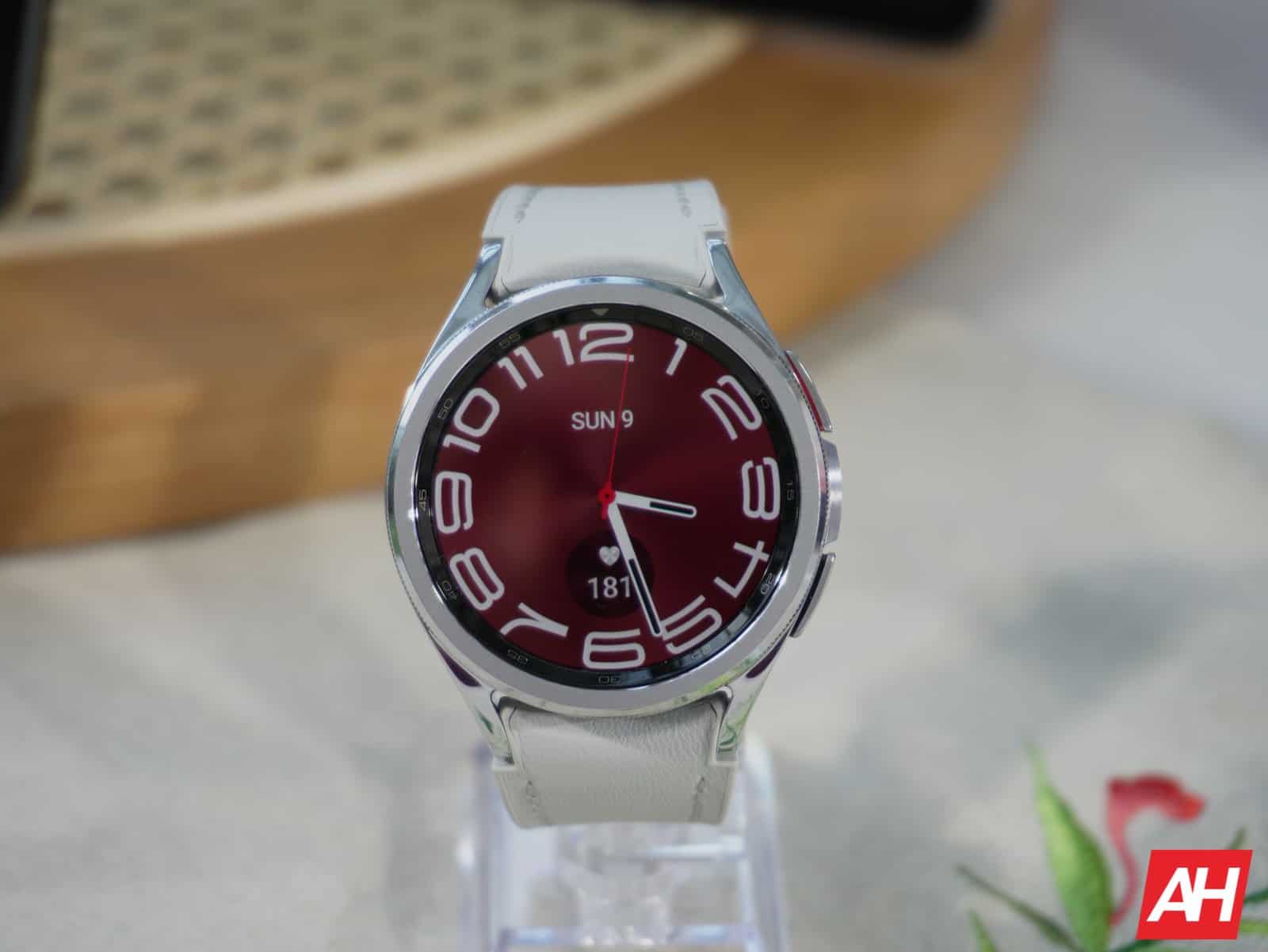
Source: ndroidheadlines.com
ZAGG is ready to protect your new Galaxy Z Flip 5 or Fold 5
With Samsung having just announced the Galaxy Z Flip 5 and Galaxy Z Fold 5 this morning, ZAGG is announcing its latest range of accessories to help protect both devices. This includes cases as well as screen protectors for each new phone. Which means a mostly full range of coverage for protecting the phone’s front, back, and outside display. But ZAGG didn’t just come out with screen protectors for the two new phones. It’s also launching screen protectors for the Galaxy Watch 6 series, and the Galaxy Tab S9 series.
All of the accessories are available as of today directly through ZAGG’s website. However, some of the accessories are going to be out of stock it looks like. Mainly the Glass Elite products for all devices and the Fusion Eco screen protector for the Galaxy Watch 6 Classic.
ZAGG cases for the Galaxy Z Fold 5 and Flip 5 are available today
Since you’re only able to pre-order the new phones today and not buy them, it’ll be a little while before you get them. As they aren’t officially launching until next month. That gives you a head start on grabbing a case to protect the phone you pick, as they are available today from ZAGG and will almost certainly show up before the phone. At the very least they’ll show up at the same time. And the reason this is a good thing is that it means your phone won’t be unprotected at all once you take it out of the box. Instead you can toss the case on it immediately before setting it up.
For the Galaxy Z Fold 5 and Galaxy Z Flip 5, ZAGG is offering the Bridgetown case. It’s $59.99 for both phones, but the Fold 5 model also appears out of stock at the moment. There’s a few great things about this case that we love. But one thing that stands out aside from the drop protection is that on the Fold 5 model, there’s a holder for the S Pen.
The case is also strengthened with graphene, which is harder than diamond but also stronger much stronger than steel and more elastic than rubber. Basically, it makes for a great material to use in phone cases. Each case is also treated with an antimicrobial material. And that’s never a bad thing.
In addition to the Bridgetown case for both phones, you can pick up the Glass XTR2 screen protectors for the outside displays. These go for $49.99 for each phone. You can also snag the Ultra Eco screen protectors for the Galaxy Watch 6 and 6 Classic at $19.99. As well as the Fusion screen protector for the Galaxy Watch 6 for $29.99. As for the Galaxy Tab S9 protectors, these range in price from $49.99 to $89.99, but are all out of stock.
Flip 5
Fold 5
Watch 6
Watch 6 Classic
The post ZAGG is ready to protect your new Galaxy Z Flip 5 or Fold 5 appeared first on Android Headlines.
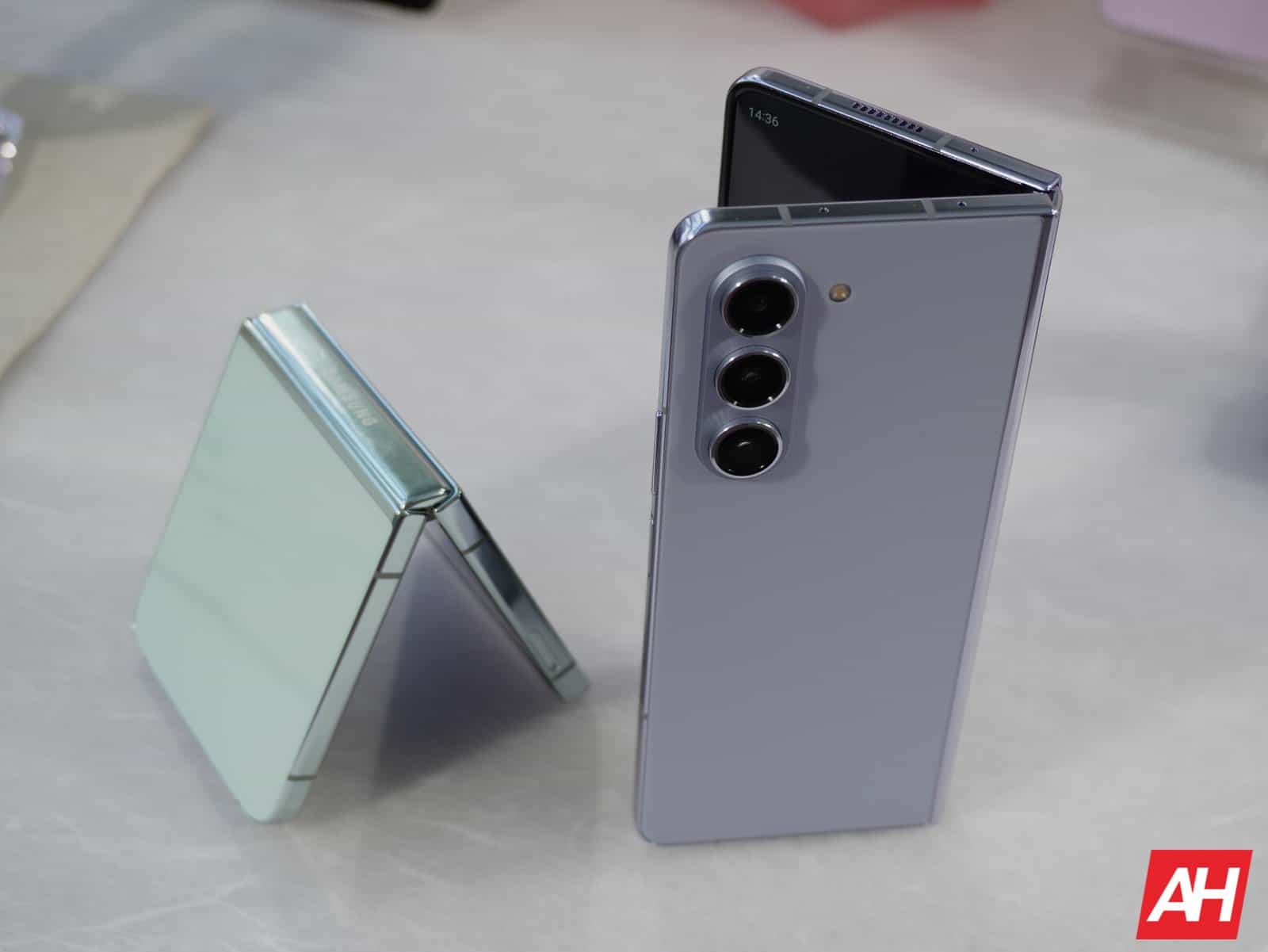
Source: ndroidheadlines.com
Galaxy S23 FE gains certification, Samsung says launch 'imminent'
Samsung may have just launched the Galaxy Z Fold 5 and Galaxy Z Flip 5 foldables, but you can be sure that the company is already working on its future smartphones. The Galaxy S23 FE is expected to be the next big launch from the company. The US version of the device recently popped up on the Wireless Power Consortium (WPC) website, revealing some details.
The WPC website has listed the Galaxy S23 FE with the model number SM-S711U. The “U” at the end confirms it’s the US version of the phone. The listing reveals that the upcoming Samsung smartphone supports wireless charging. The official documents show the device received 4.4W of maximum wireless power during the test (via MySmartPrice). But the end product should give you faster charging speeds.
For reference, the Galaxy S21 FE boasts 15W of wireless charging support. The Galaxy S23 FE should retain that speed if not better. The phone will include a USB Type-C port that should take in power at 25W of maximum speed. If rumors are anything to go by, Samsung will pack a 4,500mAh battery in the upcoming Fan Edition (FE) smartphone. Its predecessor packed a similar-sized battery, so no changes in the power department.
The WPC listing for the Galaxy S23 FE also includes a live image of the phone. The photo shows the device’s front side but is quite dark, concealing details. But a close look reveals chunky bezels around the display, particularly the chin. The front design seen in this official photo isn’t too far off what we saw in leaked CAD renders about a month back. The device would have looked a lot more premium with slimmer bezels.
Samsung says the Galaxy S23 FE launch is imminent
The Galaxy S23 FE has been in the news for a long time now. But despite the phone being subject to a plethora of leaks, it continues to evade the market. The wait for the new FE phone may not be much longer now, though. A Samsung executive has confirmed that the device will launch “imminently.”
Speaking with Android Authority, Samsung South Africa’s vice president of mobile, Justin Hume, admitted that there is an “FE-sized gap” between the Galaxy A54 5G and Galaxy S23 in the company’s current smartphone portfolio. “There is going to be an announcement made. Imminently,” Hume added. The executive didn’t reveal further details, but it appears the Galaxy S23 FE is arriving soon. Stay tuned.
The post Galaxy S23 FE gains certification, Samsung says launch 'imminent’ appeared first on Android Headlines.
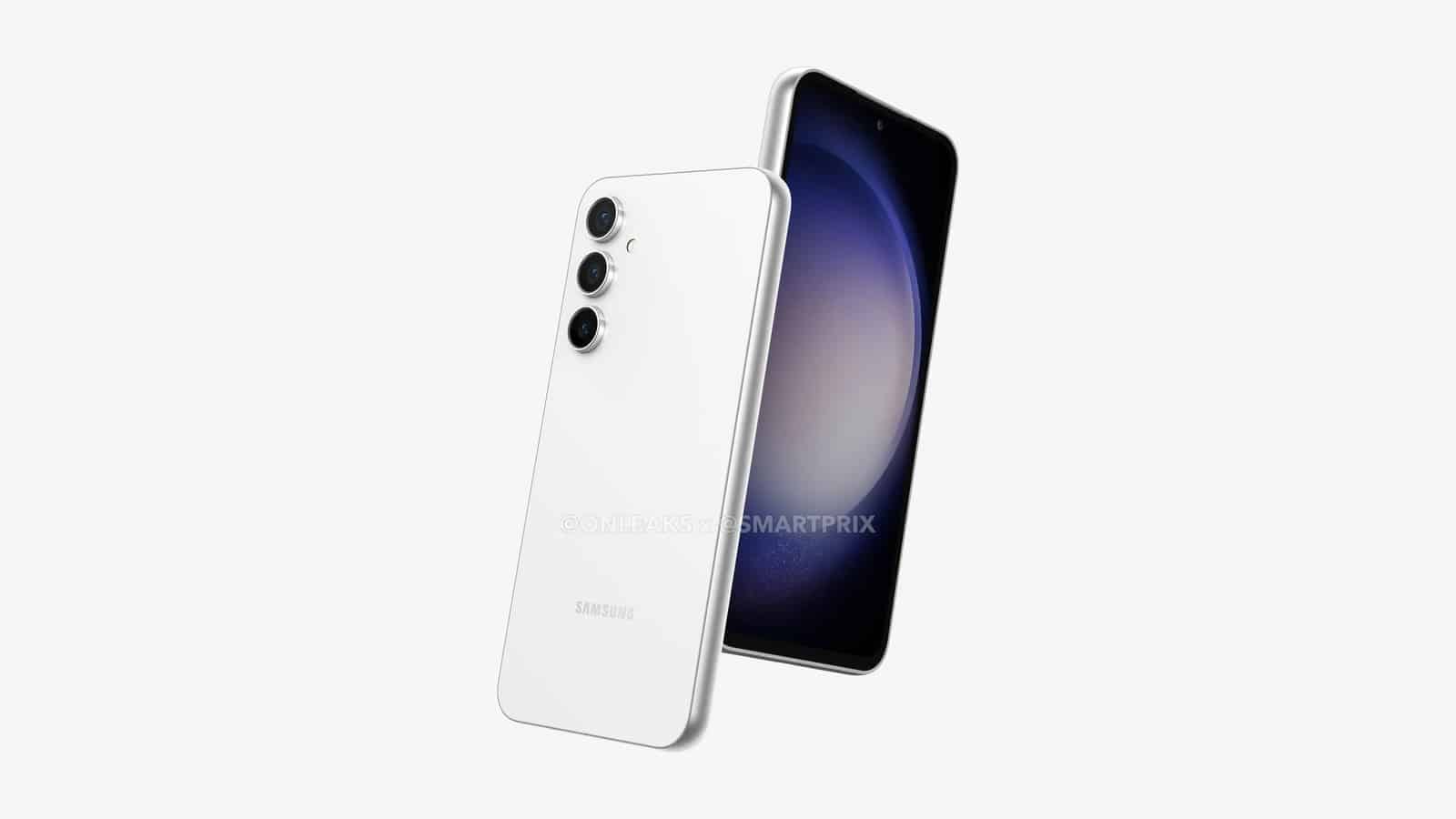
Source: ndroidheadlines.com
UAG launches multiple new cases for Galaxy Z Fold 5 & Flip 5
Rugged smartphone accessory maker Urban Armor Gear, aka UAG, has launched a host of protective cases for Samsung‘s newly-announced foldables Galaxy Z Fold 5 and Galaxy Z Flip 5. Its latest offerings include an all-new Plyo Pro series that comes with a clear design and a built–in magnet module. The company has also refreshed the classic Civilian series with improved impact resistance.
UAG’s Plyo Pro series cases are compatible with both new Samsung foldables. Thanks to the built-in magnet module, these cases seamlessly work with a variety of other first and third-party magnet accessories. They also feature an anti-yellowing technology that ensures the transparent design doesn’t fade away for a long time.
These covers are available in three color variants: Olive/Space Grey, Ash/Space Grey, and Ice/Silver.UAG claims military-tested drop protection thanks to a TPU (Thermoplastic polyurethane) shock-absorbing frame and a PC (Polycarbonate) backplate. All of this while keeping the cases lightweight and stylish. The Plyo Pro series UAG cases for the Galaxy Z Fold 5 and Flip 5 are priced at $69.95.
Galaxy Z Fold 5 and Galaxy Z Flip 5 buyers also have the option to pick the standard Plyo series cases from UAG. These covers don’t come in multiple colors (only Ice) but retain the transparent design along with all the strength and durability. The company has priced these cases at $59.95 for the Fold model and $69.95 for the Flip model.
The Civilian series UAG case is only available for the Galaxy Z Fold 5, though. Priced at $59.95, it covers the entire phone with a single-piece case featuring a hinge. The company has added an impact-resistant soft core and bumpers as well as oversized tactile buttons. This rugged case for the new Samsung foldable doesn’t affect wireless charging. It is compatible with Samsung Pay as well.
UAG also has screen protectors for the Galaxy Z Fold 5 and Flip 5
In addition to a wide range of protective cases, UAG also offers screen protectors for the Galaxy Z Fold 5 and Galaxy Z Flip 5. Both models get two different options. The Shield series screen protector for the Fold model is priced at $24.95, while that for the Flip model costs $19.95. For the Shield Plus panel, you’ll have to shell out $24.95 and $29.95, respectively.
All of these new UAG accessories for the latest Samsung foldables are available to buy from the company’s official website. Apart from the Plyo Pro series cases, all other accessories are shipping immediately. UAG doesn’t confirm when the Plyo Pro series cases will be reaching customers.
The post UAG launches multiple new cases for Galaxy Z Fold 5 & Flip 5 appeared first on Android Headlines.

Source: ndroidheadlines.com
Google's Chromecast patent case puts the company in a $338.7 million debt
The Google Chromecast patent case has been standing for some time now. After a legal trial, the court found that Google is guilty of the charges laid against it and must pay. Total damages from this case amount to $338.7 million as decided by the court last week.
This case brings to light certain software elements on the Chromecast that are patents belonging to a tech company. The exact feature at the centre of this dispute is remote-sharing technology. With this feature, users can stream content across various screens using one device.
Touchstream claims ownership of this patent that they say Google stole and has been using for years. Google says that it didn’t infringe any patent from Touchstream and the said patents are invalid. However, a court has found Google guilty and is imposing a fine of $338.7 million on the tech giant.
Google claims that the Chromecast patent infringement case is invalid
In the tech industry, patent infringement cases are a constant feature, with various companies stealing the ideas of others. For clarification, a patent is a licence that gives the sole rights to an invention or idea to an individual or body for some time. Tech companies often use patents to protect their ideas or technological innovations that they are not yet ready to develop.
In recent times, Touchstream has taken Google to court over a said Chromecast patent infringement. According to the company, they had the sole rights to this patent back in 2010. Their claim goes on to say that Google met them at this time regarding making use of this patent for Chromecast devices but was denied its request.
Fast-forward to 2013, Google launched Chromecast devices for media streaming using this patent. Ever since then, Google has proceeded to develop the technology and launch more devices built around this idea. Touchstream is now legally fighting for what they say is rightfully theirs and they seem to have seen a measure of success.
The federal jury in Waco, Texas that heard this case, has judged in favour of Touchstream. Google, on its part, is not happy about the $338.7 billion fee the court demands it pay in damages. The tech giant insists that it didn’t infringe the patent but developed the software technology on Chromecast streaming devices.
Touchstream also claims that certain software features on other Google Home devices are part of their patents. To seek what they will consider a fair trial, Google might be appealing this court decision. More information on this patent infringement case between Google and Touchstream will become available in the coming weeks.
The post Google’s Chromecast patent case puts the company in a $338.7 million debt appeared first on Android Headlines.
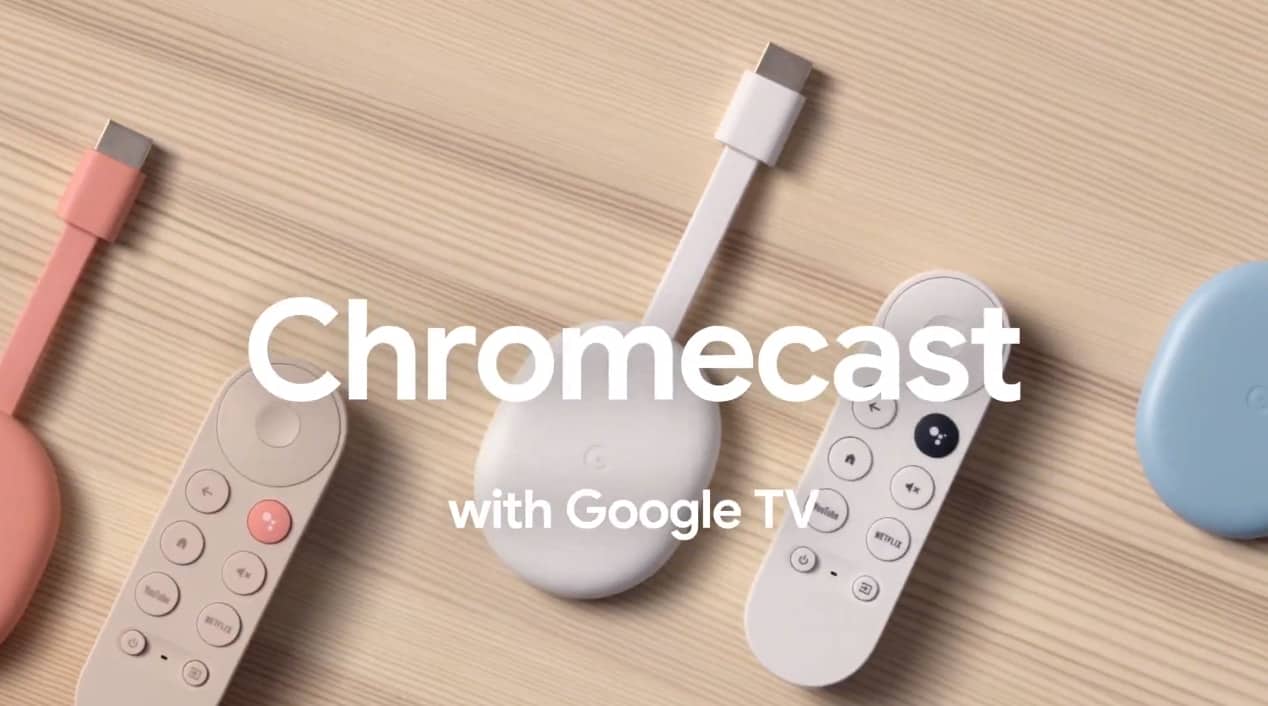
Source: ndroidheadlines.com
Sony's Project Q PS5 handheld seems to be just an Android tablet
The Project Q PS5 handheld looks to be just an Android tablet with an affixed DualSense controller. That’s probably not the thing that consumers who might have been interested in this device want to hear. But that appears to be the reality according to a leaked video of the Project Q handheld that has surfaced over on X (previously Twitter).
Coming from user @Zuby_Tech (reported by Android Central), the video shows off the device for about 28 seconds. Whoever is handling this assuredly early unit goes through parts of the user interface, using both the joysticks and the touchscreen to navigate.
You can clearly see the telling signs of the Android software in numerous places. Android’s navigation buttons can be seen on the right side. And at least a few of the apps appear to be just the Android robot head. One important thing to keep in mind is that this is very obviously an early unit. And not one that is going to be meant for the consumer. With that being said, things may change. From design to user interface and software visuals, once Sony is ready to push out production models.
The Project Q handheld is one cohesive unit
While it seems pretty clear that the device is just an Android tablet with a controller, they don’t look to be separate pieces. In the last part of the video you can see the device turned around to see the back, and the whole thing looks like one unit. As opposed to a tablet that slots into a controller similar to the Razer Kishi V2.
The handheld certainly looks well-made and at the end of the day, that’s probably one of the most important things. Still, many are likely to focus on the fact that this is an Android device. It makes sense from Sony’s perspective, given it makes Android phones. But right now it’s hard to envision how this will be any different from a phone using remote play. Save for the attached controller bits.
Having said that, Sony very well might be working on features for Project Q that make Remote Play work better on it compared to other devices. For now, we’ll all have to settle for seeing what the device looks like in the wild.
PlayStation Project Q Leaks:#PlayStation #ProjectQ https://t.co/gyFrsW7xkN pic.twitter.com/0R0yQIdr0I
— @Zuby_Tech (@Zuby_Tech) July 22, 2023
The post Sony’s Project Q PS5 handheld seems to be just an Android tablet appeared first on Android Headlines.

Source: ndroidheadlines.com
Threads gets a 'Following' feed, but Meta doesn't want you to see it
Threads launched to some major success, but the app is pretty bare-bones compared to its rivals. There’s a long list of things that Threads can’t do, but it will get shorter over time. Thanks to a new update, Threads just got the long-awaited Following feed, according to 9To5Google.
This is one of the main things that people have been pining for since the app made its debut. Users would join the app and follow a bunch of creators and friends only to be met with a feed of posts from celebrities and influencers. This has been a pain point for Instagram users as well.
Threads finally gets its following feed
Now, users’ prayers have been answered, as Meta released the first major update for its new platform. This update is live for both iOS and Android, so no one will feel left out. It’s a server-side update, so users will still need to wait even with the most up-to-date version of the app (version 293.0.0.30.110).
As it stands, your feed is an algorithmically-curated feed of posts. These include posts from those you follow and popular accounts. The app is feeding you what it feels that you like. However, sometimes, we just want to see posts from folks that we follow. Also, the posts aren’t in chronological order.
With the new Threads Following feed, you’ll only see posts from accounts that you follow. Also, it’s in chronological order, so you’ll always be fed posts fresh from the creators’ fingertips.
While this is a step forward for the app, it’s handled in a bit of a weird way. The new feed won’t be visible by default when you open the app. In order for you to see it, you’ll need to press the Home button. When you do this, you’ll see two tabs lower from the top of the UI.
The tab on the left will be called “For You”, and this is the default feed. The one on the right, you’ll see the Following tab. Tap on it to see the new tab. It’s weird that Meta is trying to hide this feed from its users. This makes sense, as the feeds are also hidden on Instagram.
The post Threads gets a 'Following’ feed, but Meta doesn’t want you to see it appeared first on Android Headlines.
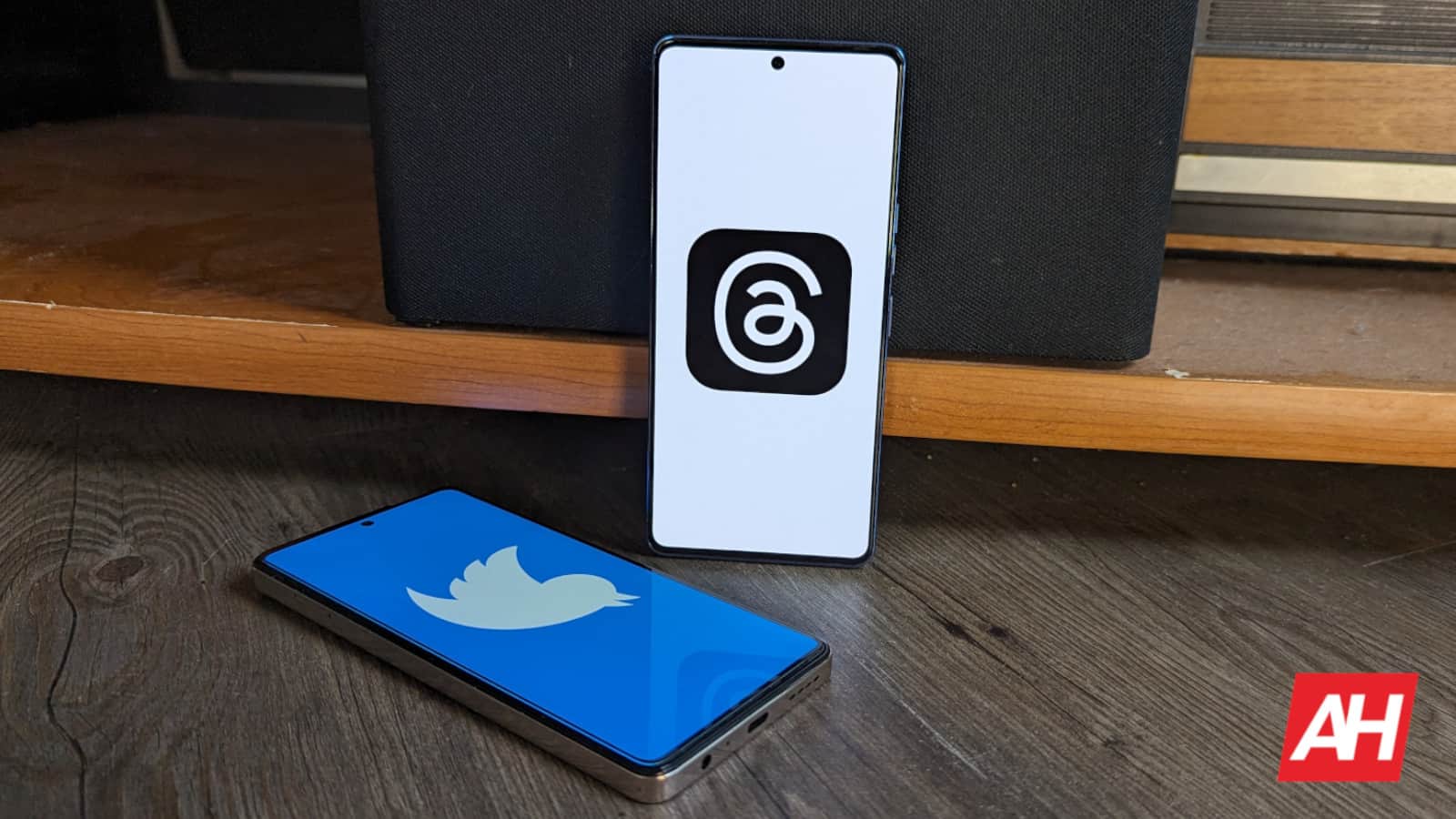
Source: ndroidheadlines.com
Twitter might soon allow organizations to post job listings
Twitter is reportedly working on a new feature that allows verified organizations to post job listings on their profiles. The feature could allow a verified business account to post up to five job listings, making it easy and efficient for job seekers to find employment opportunities.
Traditionally, Twitter, now rebranded as X, has been a platform for people to share their thoughts and opinions on various topics. However, after Elon Musk’s takeover, Twitter is becoming more business-focused by adding more features tailored to the organization’s needs. The platform is now spotted testing a new feature dubbed “Twitter Hiring.”
Twitter is becoming a hub for job seekers by allowing organizations to post job listings
Twitter Hiring will simply allow a verified organization to post up to five job opportunities in its profile. App researcher Nima Owji shared a screenshot of Twitter Hiring that clearly shows how the feature works. First, it lets eligible accounts import all their jobs to Twitter by connecting a supported Applicant Tracking System (ATS) or XML feed.
As the introduction page states, “Twitter Hiring is a free feature for Verified Organizations to post jobs, feature jobs, on your company profile, and attract top talent to your open positions.” Back in May, Twitter acquired Laskie, which is a job-matching platform. Now, we can see why the first Twitter acquisition under Elon Musk was a job-matching startup.
Twitter Hiring is now activated for some verified organizations on the platform. Adam Ryan, the CEO of Workweek, has shared a screenshot of the feature in its profile while roasting Mark Zuckerberg for copying Twitter. The job listings will appear below the “Following” and “Followers” in rectangular boxes. Of course, verified organizations on Twitter that are already paying $1000 monthly need to pay an extra amount to use Twitter Hiring.
Many businesses currently use Twitter to advertise their brands and engage with consumers. Twitter now offers another channel for businesses to interact with prospective employees, thanks to the addition of job ads.
Additionally, Twitter itself is anticipated to benefit from the new functionality. Twitter gives users another reason to visit and stay on the platform by introducing job opportunities. Higher ad revenue and more chances for Twitter to monetize its platform could result from this increased engagement.
The post Twitter might soon allow organizations to post job listings appeared first on Android Headlines.
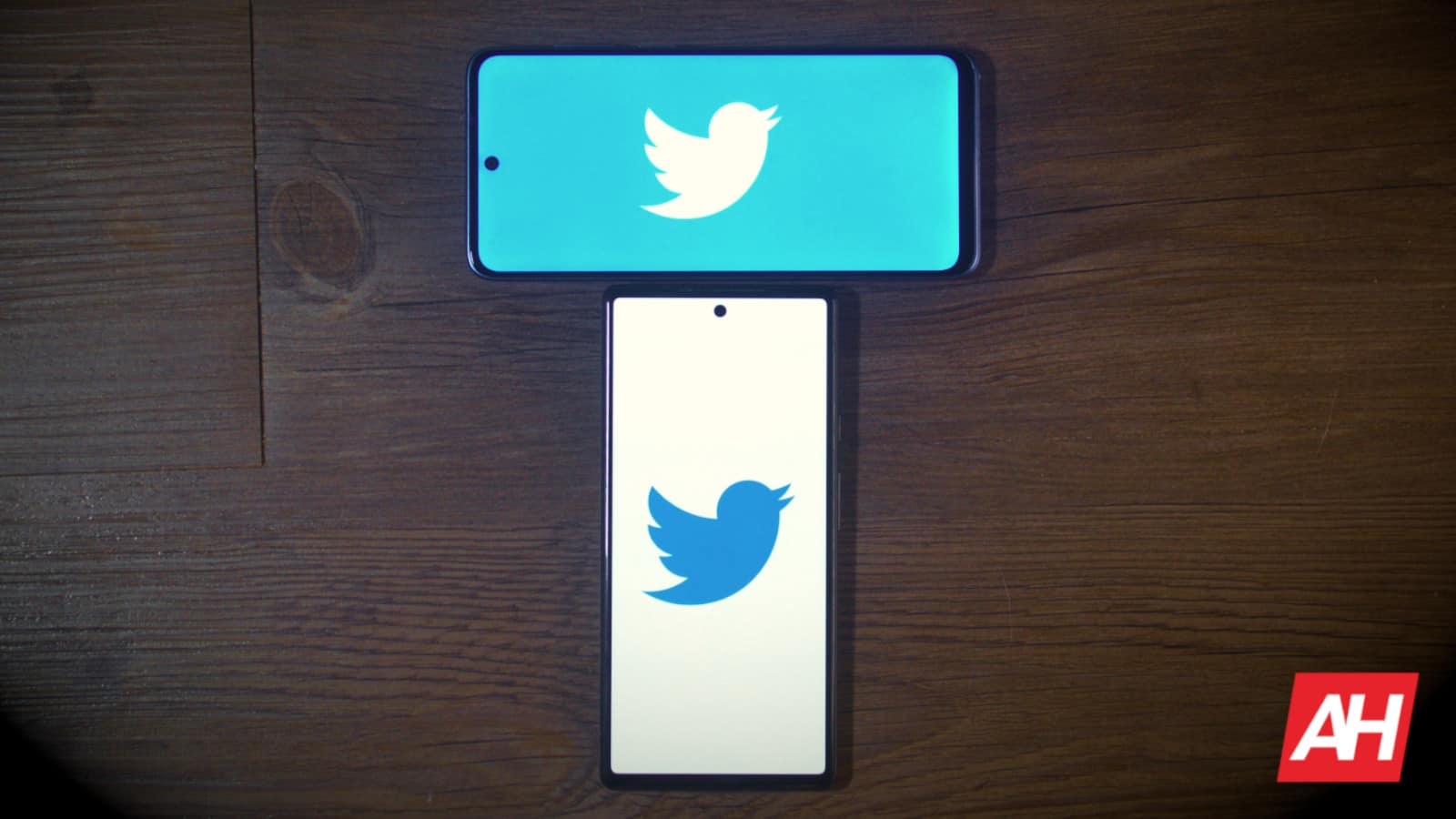
Source: ndroidheadlines.com
Google's testing a new Google Photos UI
We’re all used to the current look of Google Photos, but there’s a chance that it could change. Thanks to a popular Telegram channel, it seems that Google is testing a new UI for Google Photos.
Google’s defining and redefining its Material You interface, and this means several redesigns for its apps. The company is working on creating a more unified look across its apps. Apps like the Google Play Store, Google Wallet, Google Chat, and others have seen subtle changes over the past couple of months.
Google Photos could be getting a new UI
Since we’re talking about a redesign that’s in testing, you’ll want to take this news with a grain of salt. According to the Google News EN Telegram channel (via Android Police), Google could be working on a pretty different look for its Photos. Google is testing this out on a limited selection of users, so chances are that you won’t see this.
One of the main things that you’ll notice is the change made to the bottom bar. Instead of a bottom bar, we’ll see a floating bar hovering just a few millimeters above the bottom. In it, we see that a few elements were moved around.
There are four buttons in the floating bar. There are the Photos, Memories, Library, and Search buttons. Instead of living at the top as a carousel, Memories will have their own tab. Thus, they’ll have a full dedicated page. On the Memories page, you’ll see a vertically-scrolling feed of your memories. They’ll all be separated by date.
The Sharing button no longer sits at the bottom with the other buttons. Instead, it was moved to the top of the UI right next to your profile picture.
Google seems to be testing a Google Photos experience without the bottom bar. On other screens, we see that the bottom bar is missing. Also, we’ve seen Google take the bottom bar away from other apps. It looks like Google Photos might follow suit.
The post Google’s testing a new Google Photos UI appeared first on Android Headlines.
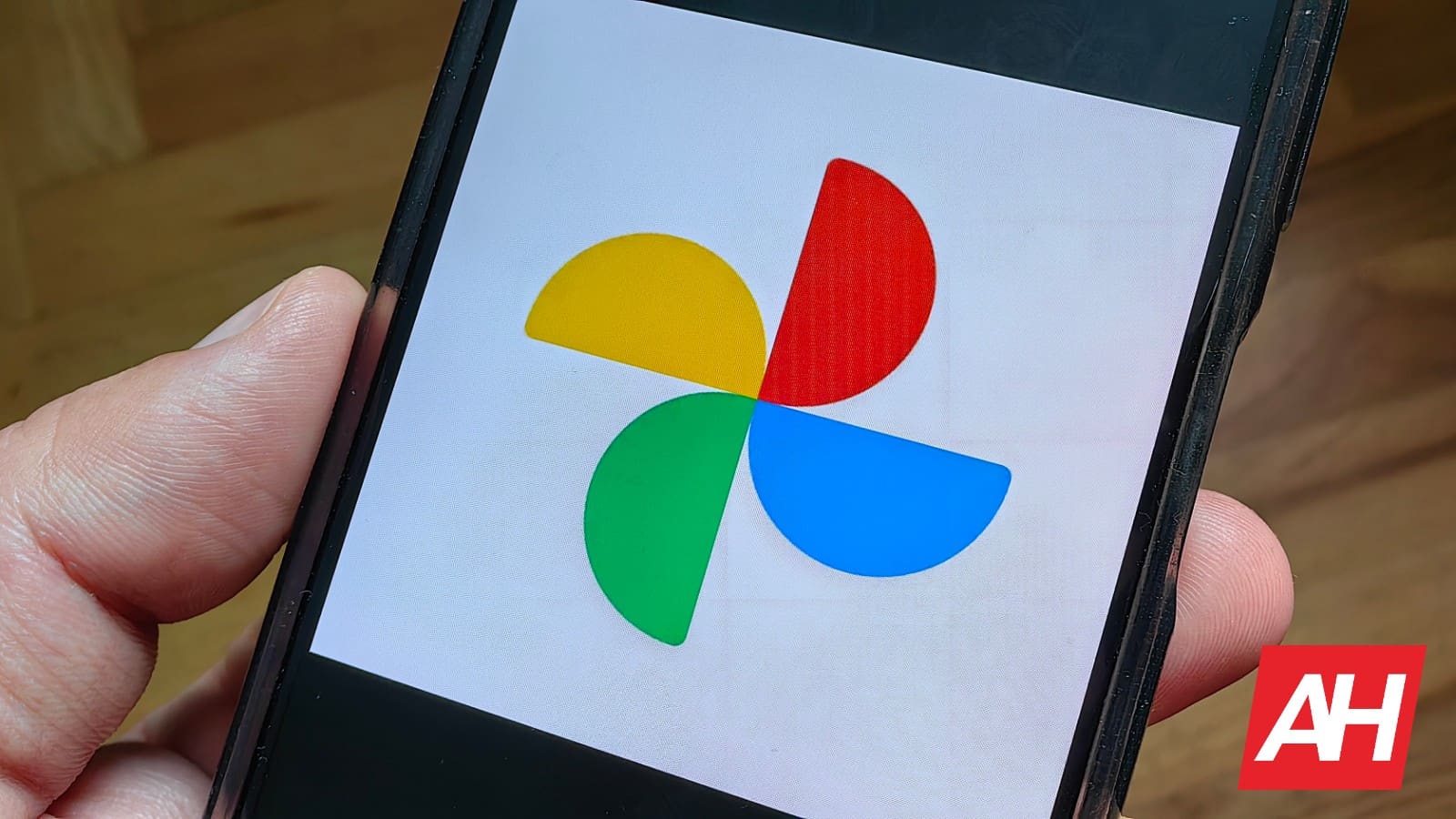
Source: ndroidheadlines.com
Android 4.4 KitKat is officially dead
Happy birthday, Android 4.4! Your present is death. In a short and sweet blog from Google, we got the news that Android 4.4 Kitkat is officially dead. Google is going to kill off support for this version sometime in August.
We’re sure that a portion of smartphone users weren’t even born yet when Android 4.4 came out. However, for those of us that remember, this version of Android came out 10 years ago. While it was version 4.4, it was actually the 11th version of the platform, right after Jellybean. It was the last version of Android to have a version number with a decimal.
Android 4.4 brought features like saying “Ok Google” to access the voice assistant, full-screen album covers on the lock screen, emojis in the Google Keyboard, unlimited home screen pages, and other neat additions.
Also, a fun fact: Android Kitkat’s internal name was actually “Key Lime Pie.”
Android 4.4 Kitkat is now officially dead
Android was a fun and sweet version of the then-burgeoning operating system. However, all sweets go bad over time, and Google is getting ready to give version 4.4 its official sendoff.
In the short blog post, Google stated that Android 4.4 fell below 1% of active usage. This should come as no surprise, as there have been nine additional versions released since then. Since so few people use devices with this version of Android, Google is officially dropping support for it.
This means that phones running this version of Android will no longer get any updates to Google Play Services. Since Google Play Services are pretty essential to the Android experience, phones running this version of Android will lose a ton of utility when this happens.
If you’re still rocking a phone with Android 4.4 (which isn’t recommended, anyway), you will want to think about switching up. This will officially go into effect in August. Since we’re in late July there’s not much time until that happens.
Need to switch up?
If you need to pick up a new phone, but you don’t have much money to spend, we have a list of the best budget Android phones on the market. It’s an ever-updated list of the best phones you can get on a budget.
The post Android 4.4 KitKat is officially dead appeared first on Android Headlines.

Source: ndroidheadlines.com
Watch this modder get God Of War running on the Nintendo Switch
The last thing you think of when you think about the Nintendo Switch, is how well God Of War runs on it. Or whether it can run God of War at all. There are a few reasons for this. For one, the Switch is a 6-year old console that, from the beginning, was never developed to run games of that magnitude graphically. There’s also the fact that God Of War never released on the Switch. For a few years it was a PlayStation exclusive. Until it was finally ported to PC.
And that leads us to now. Where a YouTube content creator and modder has managed to get the game running. It’s an interesting achievement. Seeing as the console was never intended to run graphically demanding games like God Of War. More than anything though it serves as a kind of exciting proof of concept for what can be done. Not that you necessarily should do this with your own Switch. But it’s neat to know that the potential is there.
This Nintendo Switch runs God of War, but not well
Using a Nintendo Switch to play demanding PC games sounds like it might be more exciting than it is. But to be fair, it’s only less exciting because the console doesn’t really handle the performance of the game too well. The game never really jumps above 10 frames per second. And more often than not sits between 5 and 9. That’s categorically unplayable in a game where fast reflexes are pretty much a necessity for the action combat.
But at least the graphics look good, even if the gameplay is anything but smooth. It’s pretty much the same story for other games that were tried as well. Including Grand Theft Auto V, Devil May Cry 5, Titanfall 2 and others. Part of that might have to do with the games running on a version of Linux. But for the most part probably has to do with the Switch’s underpowered CPU.
Still, even if the Switch isn’t the beastly handheld some might want it to be, it’s fun to see gamers take it to these kinds of new heights. Even if only to show Nintendo that a Switch console with more powerful performance is definitely something players want. In the meantime, it looks like you’ll need to stick with devices like the Steam Deck and ROG Ally if you want proper PC gaming on a handheld.
The post Watch this modder get God Of War running on the Nintendo Switch appeared first on Android Headlines.
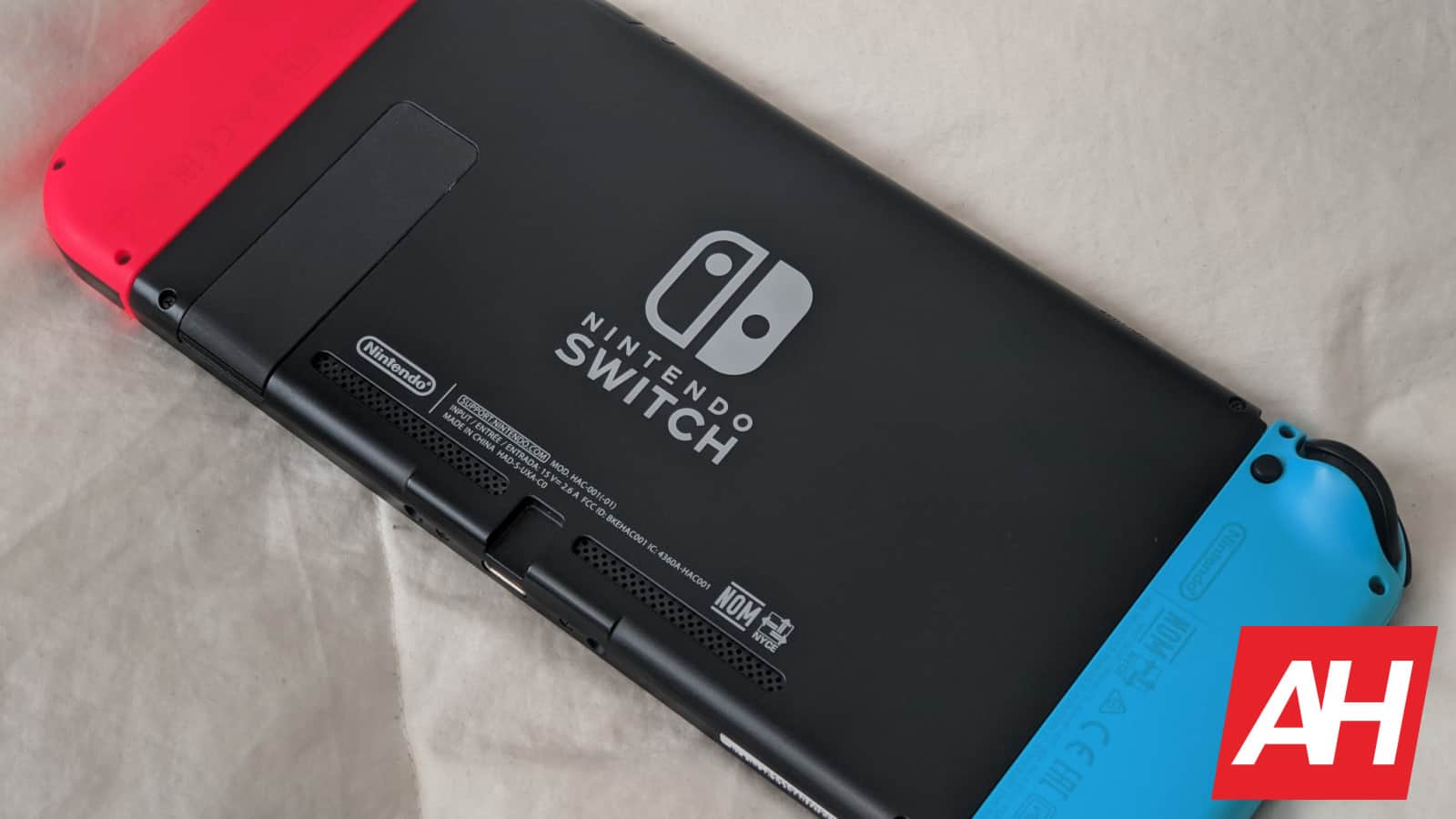
Source: ndroidheadlines.com
YouTube just lifted another feature from TikTok
In the social media war, companies “borrowing” features from other companies is not unheard of. We’ve seen features tossed around between TikTok, YouTube, Instagram, and Snapchat, and it’s not stopping anytime soon. YouTube is testing the feature to turn comments into actual Shorts, according to Android Central.
If this sounds familiar, this is a feature that TikTok brought a while back. If someone comments on your “Tok”, you’re able to select that comment and craft a separate video off of that. This could come in handy if someone posts a comment that sticks out to you.
YouTube will let you create Shorts out of comments
There’s no sugar-coating this; YouTube definitely copied TikTok’s homework on this one. It seems like it will function exactly the same way as TikTok’s feature. If someone comments on your Short, you’ll be able to select that comment and create a full Short from that comment. That short will show up on your profile as well as the main Shorts feed.
It seems that other people can create Shorts based comments, and not just the original video creator. So, if you’re watching someone else’s video, you might be able to create a short based on a comment on that video.
That seems neat, but there’s one thing to note. If someone makes a Short based on a comment on your video, YouTube will not notify you. Also, if someone makes a Short on a comment you posted, you won’t be notified. We’re not sure if that’s going to change, as this is still in the early stages.
You most likely won’t see this feature at the moment. YouTube is testing this feature on a limited selection of users. So, chances are that you either won’t see this feature for a while or you won’t see it at all. If you want to see if you’re part of the test, make sure that your YouTube app is up to date.
The post YouTube just lifted another feature from TikTok appeared first on Android Headlines.

Source: ndroidheadlines.com
Google Messages to adopt Messaging Layer Security (MLS) protocol
Google has officially announced the adoption of Messaging Layer Security (MLS) protocol for its Messages app. The feature aims to make cross-platform messaging safer by relying on end-to-end encryption in group chats.
As one of the most popular messaging apps with over 1 billion users, Google Messages is widely used by Android users globally to exchange messages. The app has long used end-to-end encryption, and in 2022, it also introduced the feature to group chats. However, Google now wants to take a step further and add Messaging Layer Security (MLS) to the Messages app.
Messaging Layer Security (MLS) was a new protocol born in 2017. It provides end-to-end encryption for group messaging. MLS was developed by a group of security experts from various organizations, aka Internet Engineering Task Force (IETF). The protocol uses sophisticated cryptographic techniques to guarantee the confidentiality and security of messages. Additionally, it offers defense against intrusions such as message forging, manipulation, and eavesdropping.
Messaging Layer Security (MLS) is coming to Google Messages
Back in 2017, an Oxford paper alluded to the concerns around group messaging and the possibility of data leaks if even one member is compromised. So if you’re a Google user that wants to send messages to outside messaging apps without security concerns, MLS is here to make that come true. The protocol makes cross-platform messaging more convenient while ensuring its safety through end-to-end encryption.
“With the recent publication of the IETF’s Message Layer Security (MLS) specification RFC 9420, messaging users can look forward to this reality,” Google said in its blog post. “For the first time, MLS enables practical interoperability across services and platforms, scaling to groups of thousands of multi-device users.”
Google also noted that implementing MLS onto the Android codebase would be open source to support its deployment across the industry. The tech giant didn’t mention the time frame for implementation.
The adoption of MLS by Google is part of a larger movement to enhance the confidentiality and security of messaging services. Several high-profile data breaches and privacy incidents using messaging applications have occurred in recent years. The safety and privacy of their messages are thus a growing issue for many users. The apps are striving to address the concerns by adding more security-driven features.
The post Google Messages to adopt Messaging Layer Security (MLS) protocol appeared first on Android Headlines.
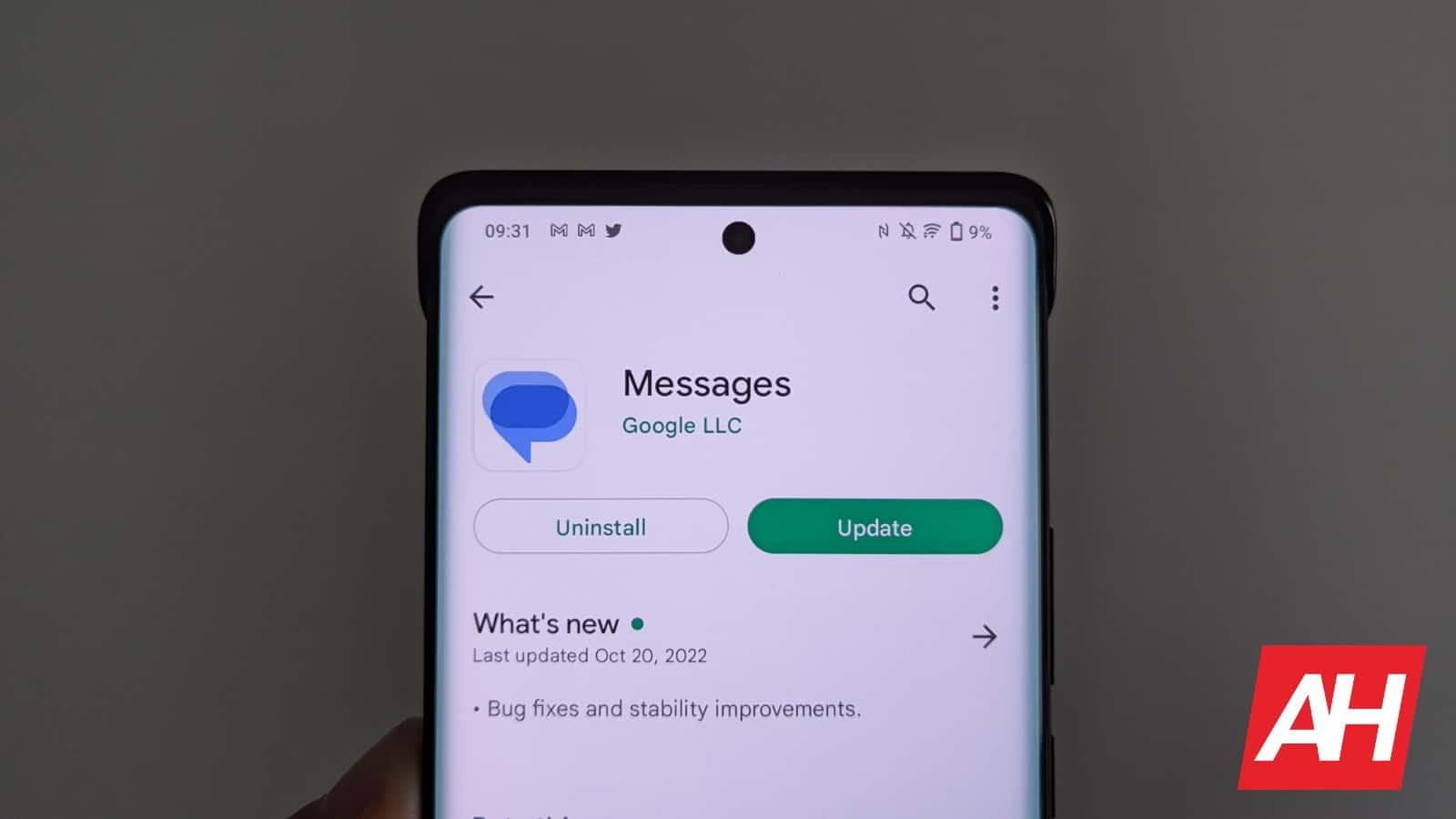
Source: ndroidheadlines.com
Samsung might help Apple make a bezel-less iPhone
Apple is reportedly trying to make a bezel-less iPhone, and Samsung might help it achieve that dream. The Cupertino giant has asked Samsung and its compatriot LG to develop bezel-free OLED display panels for future iPhones, the Korean media reports. The plans may not materialize anytime soon, though.
According to The Elec, Apple has tasked Samsung and LG with developing a flat OLED panel with zero bezels. Samsung offered to make a bezel-less curved display but the company rejected it. The iPhone maker doesn’t want to change the iconic design of its phones. Moreover, curved displays are more vulnerable to external shocks than flat panels and can break easily.
Apple’s demand requires the two Korean firms to improve their existing OLED technologies. While they can move the circuit that is currently hidden under the bezels below the display itself, there are other areas that they need to work on. Specifically, Samsung and LG need to improve thin-film encapsulation (TFE) and under-display camera technologies. The outer film encapsulation of the display should be thinner, the report states.
The companies also need to develop secure antenna space without affecting the bezel-less design. These technological obstacles mean the planned bezel-less iPhone may still be several years away. But the idea may not be a far-fetched one. Apple sees it happening someday in the future. It has been gradually reducing the bezels on iPhones in recent years.
This futuristic bezel-less iPhone may feature a full-glass body
Apple’s dream iPhone may not just come with a bezel-less screen. Rumors are that the company wants to develop a unibody glass to make the device look like a piece of glass. It plans to use “a new type of ultra-strong and strong glass,” tipster Ice Universe claims. In their words, “The new iPhone will look like a closed crystal box.” But as said earlier, this iPhone may still be years away.
Of course, Apple isn’t the only company pursuing a bezel-less smartphone. Several firms in the Android space are also pushing to reduce the display bezels. Android phones with an under-display camera have been around for a few years now, though this design hasn’t taken off yet. Display makers need to work out a way to improve the camera quality while simultaneously increasing the pixel density of the display area above the camera. It remains to be seen when we will get our first completely bezel-less smartphone.
The post Samsung might help Apple make a bezel-less iPhone appeared first on Android Headlines.
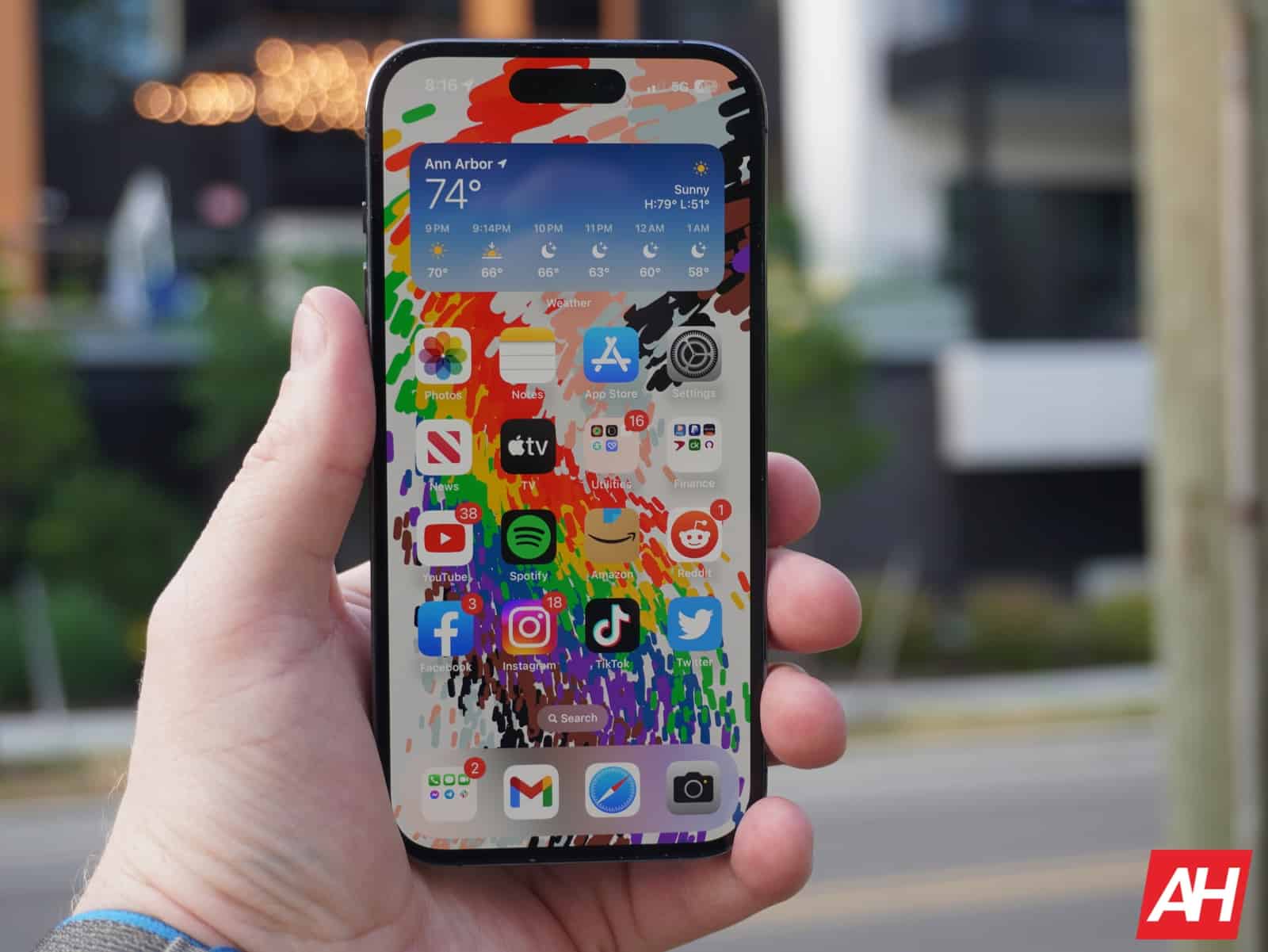
Source: ndroidheadlines.com
Now, TikTok lets you make text-based posts
Right now, there’s a war raging between Threads and the artist formerly known as Twitter. They’re battling for microblogging supremacy, but a new army has entered the battlefield. TikTok now allows its users to make text-based posts.
This should come as no surprise. TikTok is NOT shy about stepping on the toes of other social media/video-sharing platforms. We’ve seen it rain on Instagram’s parade by bringing in photo posts, and the platform also lets you make stories.
TikTok lets its users make text-based posts
This feature comes at the most convenient time. Twitter… or X, rather, is slowly imploding. Meta just showed us what a well-backed Twitter clone could do. It’s like a perfect storm, and TikTok wants to take advantage.
According to The Verge, this feature is now available for TikTok users. If you don’t see the feature yet, you might want to sit tight, as it could still be rolling out. When you make a text-based post, it will look similar to a story. You’re able to add backgrounds, music, and stickers as well.
While this sounds like a basic story, they’re different. For starters, these posts can be up to 1,000 characters long. Also, TikTok didn’t say that these posts expire after a period of time. Essentially, these are like the text-based posts that you’d see on other platforms, but they’re augmented with backgrounds, stickers, and music.
How to make your posts
If you’re excited about making your text posts, they’re easy to do. First, make sure that your app is up to date. Find it on the Play Store or the Apple App Store and check for an update. We were not able to access the feature at Android Headlines, and we’re running version 30.4.5.
If you have the latest version, go to the Create screen. There, you should see three options for the type of content: photo, video, and text. Swipe to select the Text option.
When you do that, you’ll be brought to the text entry UI. Type out your message, customize it, and post it for all of your adoring followers!
The post Now, TikTok lets you make text-based posts appeared first on Android Headlines.

Source: ndroidheadlines.com
Galaxy Tab Active 4 Pro bags Samsung's July update globally
The Galaxy Tab Active 4 Pro is the latest Samsung device to receive the July 2023 Android security patch. The rugged tablet is picking up this month’s security update widely around the world. The Korean firm has already pushed the new SMR (Security Maintenance Release) to dozens of other Galaxy devices.
First reportedly by SamMobile, the July SMR is available for both Wi-Fi and cellular (5G) variants of the Galaxy Tab Active 4 Pro. The Wi-Fi model (SM-T630) is receiving the update in Europe and the USA with the firmware build number T630XXS3BWG2, the publication confirms. The device doesn’t seem to be getting additional goodies. Samsung is only pushing the latest security fixes to the tablet.
For users with a 5G-enabled Galaxy Tab Active 4 Pro, the July update comes with varying build numbers depending on the market. The South Korean version of the tablet (SM-T636N) sees its firmware version bumped to T636NKOS3BWG1 with this release. In Europe (SM-T636B), it’s T636BXXS3BWG2. Finally, users in Latin America (SM-T636B) are getting the July SMR with the firmware build number T636BXXS2BWF2.
Like the Wi-Fi variant, the Galaxy Tab Active 4 Pro 5G also doesn’t get anything apart from the latest security fixes with this update. Samsung has already confirmed that the July SMR for Galaxy devices contains 90 patches. This is a combined total of Android OS patches coming from Google and Galaxy patches coming directly from the Korean firm. At least three security flaws patched this month were critical issues.
If you’re using the Galaxy Tab Active 4 Pro and have yet to receive the July update from Samsung, your wait should end soon. Be on the lookout for a notification in the coming days. It will prompt you to download the OTA (over the air) update. You can also manually check for updates from the Settings app on your rugged Samsung tablet. Navigate to Settings > Software update and tap on Download and install.
The Galaxy Tab Active 4 Pro will get Android 14
Samsung launched the Galaxy Tab Active 4 Pro in August 2022. The device came running Android 12 out of the box. It has since picked up Android 13 as well. And the tablet is also eligible for Android 14. The Korean firm is expected to launch Android 14 beta programs later this month, with the stable update likely arriving in October. The Galaxy Tab Active 4 Pro may get the big update in late 2023 or in 2024. Stay tuned for more information about Samsung’s Android 14 plans.
The post Galaxy Tab Active 4 Pro bags Samsung’s July update globally appeared first on Android Headlines.

Source: ndroidheadlines.com
Samsung nears public release of the One UI 5.1.1 update
Samsung is getting closer to the One UI 5.1.1 stable update. The company recently updated its Good Guardians app to add support for the new, unreleased One UI version. It is already running One UI 5.1.1 public beta programs for the Galaxy Z Fold 4 and Galaxy Tab S8 series.
Good Guardians, which was formerly known as Galaxy Labs, is a first-party Samsung app that gives Galaxy users access to various system management tools. It offers a battery tracker where you get detailed battery stats, tips to extend the battery life, an app performance booster, a temperature monitor, a memory utility, a media file manager, and more.
Samsung recently updated the app to version 4.5.06, but seemingly with no notable changes. The update is rolling out through the Galaxy Store, with the changelog containing just one line: support for One UI 5.1.1 (via SamMobile). This makes Good Guardians usable for Galaxy users testing the new One UI version. But more importantly, it’s an indication of a nearing public release of the update.
Good Guardians isn’t the first Samsung app that has received One UI 5.1.1 support. The company previously updated the Nice Catch app, which is a Good Lock module, as well. A few others may have gone under the radar, or without the changelog mentioning One UI 5.1.1. All in all, the Korean behemoth looks buckled up to roll out the new One UI version to compatible Galaxy devices soon.
Speaking of compatible devices, One UI 5.1.1 should be available to all recent foldables and flagship Galaxy tablets. Since the Galaxy Z Fold 4 and Galaxy Tab S8 series already have beta programs, they should be first in the pipeline. Samsung may also push it to recent Galaxy S series phones. A few features may trickle down to select Galaxy A models as well. We will let you know when we have more information.
Upcoming Samsung foldables and tablets should ship with One UI 5.1.1
Samsung is preparing to host a major launch event next week. The Galaxy Unpacked in Seoul, South Korea, on July 26 will bring several new products. The company has readied the Galaxy Z Fold 5 and Galaxy Z Flip 5 foldables, Galaxy Tab S9 series tablets, and Galaxy Watch 6 series smartwatches. If history is any indication, the new foldables and tablets should run One UI 5.1.1 out of the box. The new watches should ship with One UI 5 Watch based on Wear OS 4. Stay tuned for the big event next Wednesday.
The post Samsung nears public release of the One UI 5.1.1 update appeared first on Android Headlines.

Source: ndroidheadlines.com
ChatGPT will soon have an official Android version available
ChatGPT is getting an official Android app, and you’ll be able to use it on your phone sooner than you think. Makers of ChatGPT OpenAI just finished announcing some new features for the AI tool and it’s now announcing that Android users will be able to access it through an app on their mobile devices.
Making it kind of a big week for the company. OpenAI says the app will begin rolling out to users next week. But there’s no set day for arrival just yet. For eager fans of the tool, maybe you’ll get lucky and it’ll land sooner rather than later.
After all the iPhone app is already available and iOS users have been enjoying it for free since earlier this year.
Announcing ChatGPT for Android! The app will be rolling out to users next week, and you can pre-order in the Google Play Store starting today: https://t.co/NfBDYZR5GI
— OpenAI (@OpenAI) July 21, 2023
You can pre-register for the ChatGPT Android app right now
While you wait for the app to arrive, you can pre-register for it over on the Google Play Store. And most users should know by now that if you pre-register, you’ll get a notification when the app is available to install.
Of course none of that will matter if you don’t pay attention to your notifications. The ChatGPT Android app will be free just like the iOS version and it’ll sync your history across devices, OpenAI says. More importantly though, you won’t have to use the website in your mobile browser. Which wasn’t exactly a user-friendly experience. OpenAI also confirms that the app will feature the company’s newest model improvements. So whatever you can already use on the website, you’ll be able to use in the app. At least judging by OpenAI’s statement.
For OpenAI and ChatGPT fans, this app’s impending release is good news. Especially since Google doesn’t have an Android app available for Bard. This gives OpenAI a chance to potentially gain some new users if they’d prefer to use an app for this kind of thing on the go.
The post ChatGPT will soon have an official Android version available appeared first on Android Headlines.

Source: ndroidheadlines.com
Last Chance to Reserve your Next Galaxy and Save $50!
Samsung’s Galaxy Unpacked is taking place July 26, live from Seoul, South Korea. At this event, Samsung is likely to announce a number of new devices, as they typically do. And ahead of Unpacked, you can actually reserve your new Galaxy, and save $50!
All you need to do is head to this website here. You’ll be asked for your name and email (phone number is optional). And that’s it. This is a no commitment offer from Samsung. So whether you decide to buy or not to buy later on, that’s all up to you. But if you’re on the fence about getting one of the new devices from Samsung after Unpacked, it’s a good idea to take advantage of this.
You can enter your email and name on Galaxy Reserve up until 6:59AM ET on July 26. So there’s not much time left.
Galaxy Reserve – Samsung.com
What is Samsung announcing at Unpacked?
This is Samsung’s Fall Unpacked event, which is typically where they announce their new foldables, tablets and wearables. So what we’re expecting to see this time around is the Galaxy Z Fold 5, Galaxy Z Flip 5, Galaxy Watch 6 and Watch 6 Classic, as well as the Galaxy Tab S9 series. So there’s a boat load of devices coming out next week.
Now, since Samsung is holding this event in South Korea for the first time, their home, some of us are expecting something else to be announced at the event. Maybe Samsung will finally announce the Galaxy Home that they debuted way back in 2019 at this very same event? Maybe we could see some sort of VR or AR headset? Or maybe something else. We’ll have to wait until July 26 to know for certain.
Since Unpacked is taking place in Seoul this year, that means the event is starting earlier than ever. Unpacked will be starting at 7AM ET or 4AM PT for those on the West Coast. But you can also watch it here.
The post Last Chance to Reserve your Next Galaxy and Save $50! appeared first on Android Headlines.
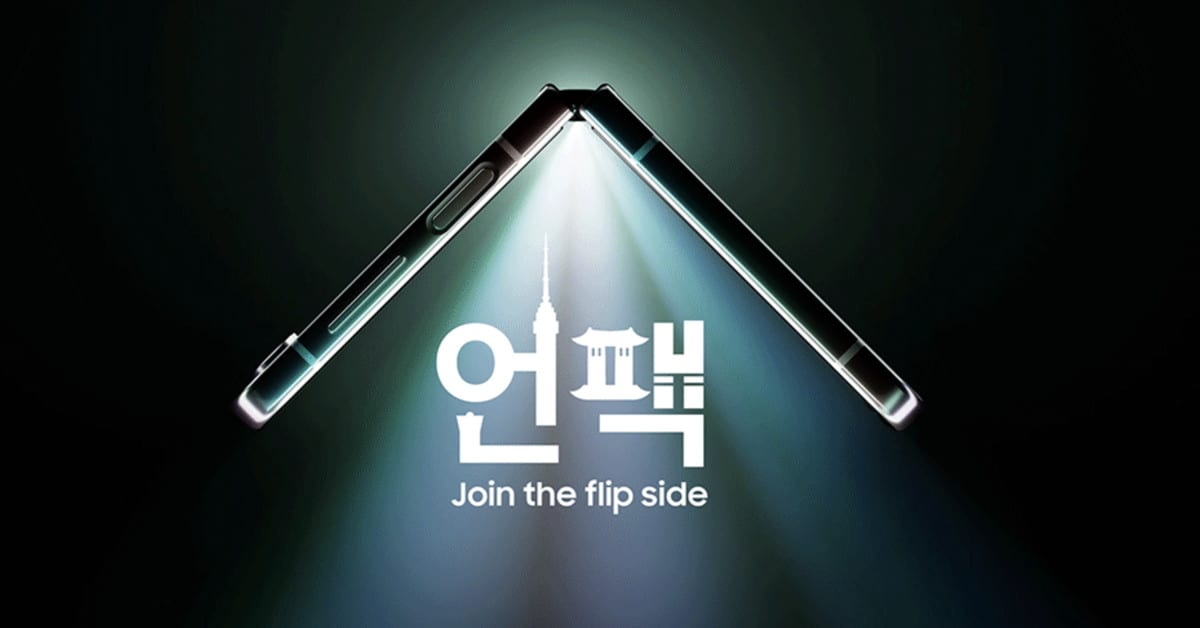
Source: ndroidheadlines.com
Google has a coral sport band on the way for the Pixel Watch
Google’s Pixel Watch looks due to get a coral sport band in the near future, and you can see it ever so briefly in Google’s latest #FixedOnPixel video. Now the video itself is mostly focused on the new Pixel 7 phone, and not the watch.
The aim is to highlight Women’s Soccer star Megan Rapinoe and the Pixel 7. “A legendary athlete deserves a legendary phone” the video’s description says. The ad is perfect timing with the beginning Women’s World Cup having started this week. But for all intentions of advertising the Pixel phones, Google saw fit to sneak in a plug for the upcoming coral Pixel Watch band.
It’s only in frame for a couple seconds. But that’s more than enough time to get a decent look at it. And as you’d expect, it’s a coral sport band. Nothing more, nothing less. It follows Google’s theme of colors across much of its product line. And it might just be the color you’ve been waiting for personally. If that’s the case, you’ll need to wait just a bit longer to buy one for your own watch.
The coral Pixel Watch band launches this Fall
Google offers a handful of bands for the Pixel Watch, but the coral band is not one of them. Not yet at least. As 9To5Google points out, the band will become available later this Fall. So expect to see it hit the Google Store sometime near the end of September or later. If we had to guess, it’ll likely release around the time Google holds its Fall Pixel event.
Google doesn’t list a cost in the video but current active bands on offer are $49.99. So there’s a chance this new coral band ends up being the same price as those. It does however also look a little bit different from those. The coral band worn by Rapinoe has holes that you see on a lot of other sports bands for different watches. Whereas the ones Google currently sells have no holes. This means it’s an entirely new band and not just another color of the active ones you can already buy. So it could very well have a different cost too.
The post Google has a coral sport band on the way for the Pixel Watch appeared first on Android Headlines.
![]()
Source: ndroidheadlines.com
Telegram is rolling out Stories for Premium users
A month after the original announcement, Telegram’s Stories feature is now rolling out to users. According to the company, only Premium subscribers can “currently” post Stories. All Telegram users can see those temporary, auto-expiring photo and video statuses.
Stories appear to be available with Telegram version 9.7.0 for Android. The latest update for the app adds a + button at the top of your chat list. Tapping this button will allow you to post a Story, with Telegram allowing you to add captions and links, and tag other users as well. You get a host of photo and video-editing tools to stylize your Stories.
While you can use pre-captured photos and videos in your Stories, Telegram also lets you live-record videos with the front and back cameras simultaneously. Depending on your setting, your Story will expire in 6, 12, 24, or 48 hours. You can also make Stories permanent, though. You’ll have to manually select which Stories will permanently appear on your profile page. Telegram gives you individual privacy settings for each.
Speaking of privacy, Telegram offers a range of privacy settings for your Stories. You can choose to make a Story public or make it viewable only to your contacts, select contacts, or Close Friends. A “My Stories” section at the top of the left hamburger menu is where you will find your stories. Telegram offers two separate tabs here: Saved and Archive. The latter tab lets you pick Stories that you want to make permanent.
Only Telegram Premium users can currently post Stories
For viewers, Stories will appear in an expandable section at the top of the chat list. Once again, you get control over the Stories that you see. If you don’t want to see those updates from a certain user, you can easily block or hide them. As said earlier, all Telegram users can now see Stories posted by other users. But only those with a Premium subscription can post Stories, at least for the time being.
It’s unclear when Telegram will bring this ability to free users. Meanwhile, if you’re willing to pay the company for this feature, the $4.99 per month subscription will give you a lot more. Telegram Premium offers larger file uploads (up to 4GB), faster downloads, transcriptions, up to 20 public t.me links, premium badges, custom app icons, an ad-free experience, and a host of other perks. You can click the button below to download the latest Telegram update.
DOWNLOAD TELEGRAM
The post Telegram is rolling out Stories for Premium users appeared first on Android Headlines.
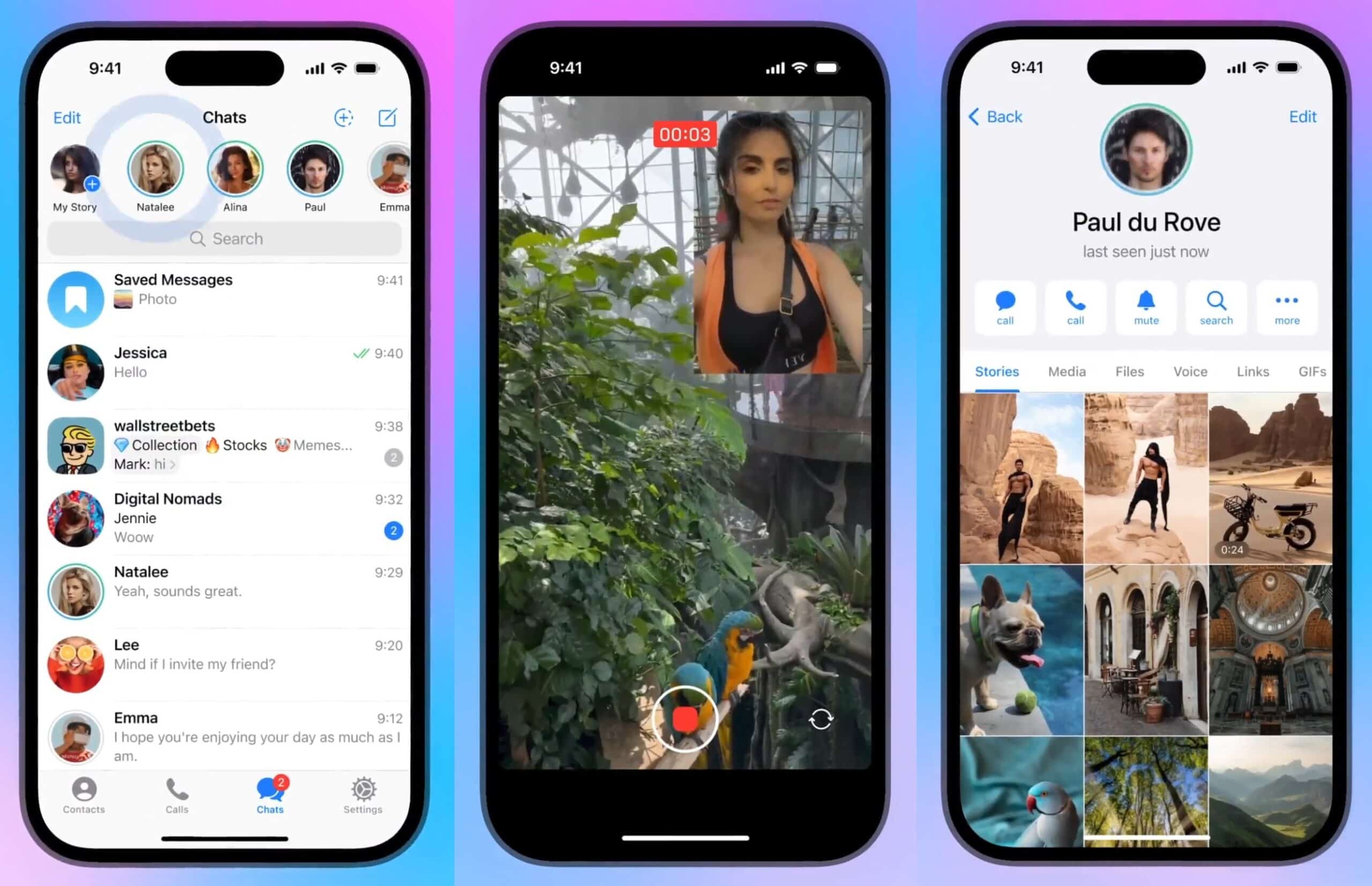
Source: ndroidheadlines.com
Top 10 new and trending KB articles, created in June 2023 for VMware Cloud environments, including vCenter login failures, VM migration errors, NSX.
Top 10 new and trending KB articles, created in June 2023 for VMware Cloud environments, including vCenter login failures, VM migration errors, NSX.
The post Top 10 new and trending KB articles, created in June 2023 for VMware Cloud environments, including vCenter login failures, VM migration errors, NSX. appeared first on VMware Support Insider.
{$inline_image}
Source: vmware
Add RGB to your Steam Deck with these JSAUX accessories
RGB is the quintessential trait for any gaming accessory and now JSAUX is letting you RGB-ify your Steam Deck. Because what is a Steam Deck without adding some cool gamer lights? A boring handheld gaming PC that’s what.
Jokes aside, if you enjoy a little RGB with your gaming setup, JSAUX is launching two new accessories that will add RGB to your Steam Deck. One of the new accessories is an RGB Steam Deck dock. Think of it like adding RGB lights to your PC case. They’re there to look flashy and add a little color. The new dock is filled with ports so it maintains its quite useful nature on the functional side of things. And the RGB light ring that sits around the base adds the extra flair.
JSAUX made a transparent Steam Deck back plate with RGB lights
JSAUX didn’t stop at a Steam Deck dock with RGB lights. You can also add RGB lighting right onto your Steam Deck itself. How you ask? With JSAUX’s new RGB transparent backplate. You might remember that JSAUX recently released new transparent plates for both the front and back of the Steam Deck earlier this year. To top that off, the company released them in multiple colors so you could add a little personalization. The new plate takes things to another level with the lighting effects. While also adding a silicone grip you can slide on for a better hold the deck while you’re playing games.
As neat as this is though, you might not want the lights on all the time. Well JSAUX thought of that too. You can turn the RGB lights off with a little button on the back. This button also lets you swap between different lighting effects after you store preferences with the included memory function.
Both accessories are available from JSUAX starting today, with the dock starting at $59.99, and going up to $89.99 if you want one with extra ports and features. The RGB backplate meanwhile retails for $39.99. You can only get these directly from the JSAUX website though, as they don’t appear to be available on Amazon.
The post Add RGB to your Steam Deck with these JSAUX accessories appeared first on Android Headlines.
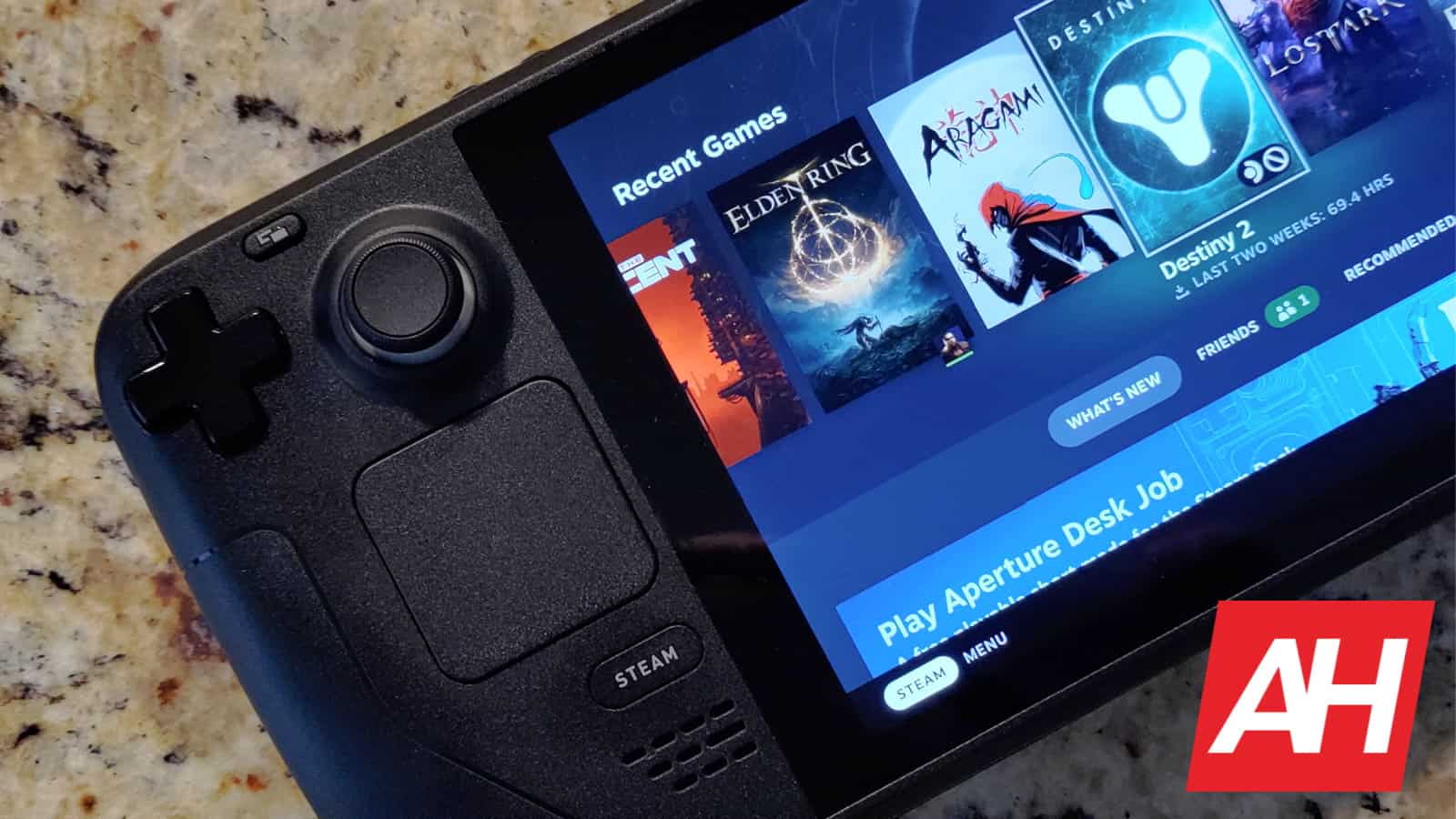
Source: ndroidheadlines.com
VMware Skyline Advisor Pro Proactive Findings – July 2023 Edition
Tweet VMware Skyline Advisor Pro releases new proactive Findings every month. Findings are prioritized by trending issues in VMware Technical Support, issues raised through post escalation review, security vulnerabilities, issues raised from VMware engineering, and nominated by customers. For the month of July, we released 37 new Findings. Of these, there are 28 Findings based … Continued
The post <strong>VMware Skyline Advisor Pro Proactive Findings – July 2023 Edition</strong> appeared first on VMware Support Insider.
{$inline_image}
Source: vmware
New, trending KB articles created in June 2023, for NSX, HCX and vRNI.
New, trending KB articles created in June 2023, for NSX, HCX and vRNI.
The post New, trending KB articles created in June 2023, for NSX, HCX and vRNI. appeared first on VMware Support Insider.
{$inline_image}
Source: vmware
Meta’s LLaMa 2 license is not Open Source
OSI is pleased to see that Meta is lowering barriers for access to powerful AI systems, but unfortunately, Meta has created the misunderstanding that LLaMa 2 is “open source” – it is not. Even assuming the term can be validly applied to a large language model comprising several resources of different kinds, Meta is confusing “open source” with “resources available to some users under some conditions,” two very different things. We’ve asked them to correct their misstatement.
“Open Source” means software under a license with specific characteristics, defined by the Open Source Definition (OSD). Among other requirements, for a license to be Open Source, it may not discriminate against persons or groups or fields of endeavor (OSD points 5 and 6). Meta’s license for the LLaMa models and code does not meet this standard; specifically, it puts restrictions on commercial use for some users (paragraph 2) and also restricts the use of the model and software for certain purposes (the Acceptable Use Policy).
Why Open Source matters
An Open Source license ensures that developers and users are able to decide for themselves how and where to use the technology without the need to engage with another party; they have sovereignty over the technology they use. Open Source is premised on the understanding that everyone gets to share no matter who you are. The commercial limitation in paragraph 2 of LLAMA COMMUNITY LICENSE AGREEMENT is contrary to that promise in the OSD.
OSI does not question Meta’s desire to limit the use of Llama for competitive purposes, but doing so takes the license out of the category of “Open Source.”
The OSD does not allow restrictions on field of use because you can’t know beforehand what can happen in the future, good or bad. That’s what allows the Linux kernel to become popular in medical devices as well as airplanes and rockets.
But the Meta policy prohibits use in several areas that might be highly beneficial to society, such as regulated/controlled substances and use for critical infrastructure. Even something that sounds as simple as “you must follow the law” is problematic in practice. What if the law in different places is inconsistent? What if the law is unjust?
Avoiding adding more confusion
The license for the Llama LLM is very plainly not an “Open Source” license. Meta is making some aspect of its large language model available to some, but not to everyone, and not for any purpose. OSI realizes how important it is to come to a shared understanding of what open means for AI systems. These are new human artifacts, much like software was a new creation of human intellect in the 70s. We’re running a series of events to craft a common definition of “open” in the AI context and we welcome submissions of ideas.
The post <span class=’p-name’>Meta’s LLaMa 2 license is not Open Source</span> appeared first on Voices of Open Source.

Source: opensource.org
Chrome to offer more options when syncing tab groups
When you sign into your Google account using Chrome on a new device, you don’t have to worry about transferring your data. Based on your settings, all your data will sync, so you’ll be able to pick up where you left off. Now, Chrome is going to give you more control over how it syncs your tab groups.
If you don’t know about tab groups, here’s a little rundown. You might really like this feature. If you are the type of person who needs to have a bunch of tabs open, there’s a way that you can organize them. You can organize your tabs into tab groups.
When you make a tab group, you’ll see a colored dot appear next to the left-most tab in the group. You’ll also see a line under all of the tabs in the group. The line’s color will match the color of the dot. If you right-click the dot, you’ll be able to give the group a name.
This is also a space saver, as when you click on the dot/group name, it will compress to the size of the group’s name. If you want to make a group, select the tabs, right-click, and click on the Add to new group button.
Chrome will give you more control over how it syncs tab groups
This feature is only for the latest version of Chrome Canary (v. 117), so the average user won’t see it. Back in January, @Leopeva64 spotted a toggle that would enable your tab groups to be synced along with your other data. However, this feature would sync your saved tabs and your active tabs at the same time. There was no option to sync them separately.
This would have been a bummer because you might only want to move your saved tabs groups and not your current active tabs. However, it appears that the company changed its mind about this. Leopeva64 saw just recently that Chrome will give you the option to sync them separately.
We’re not sure when Camary version 117 will get a stable release, but it’s good to see that the feature will give you more control.
The post Chrome to offer more options when syncing tab groups appeared first on Android Headlines.
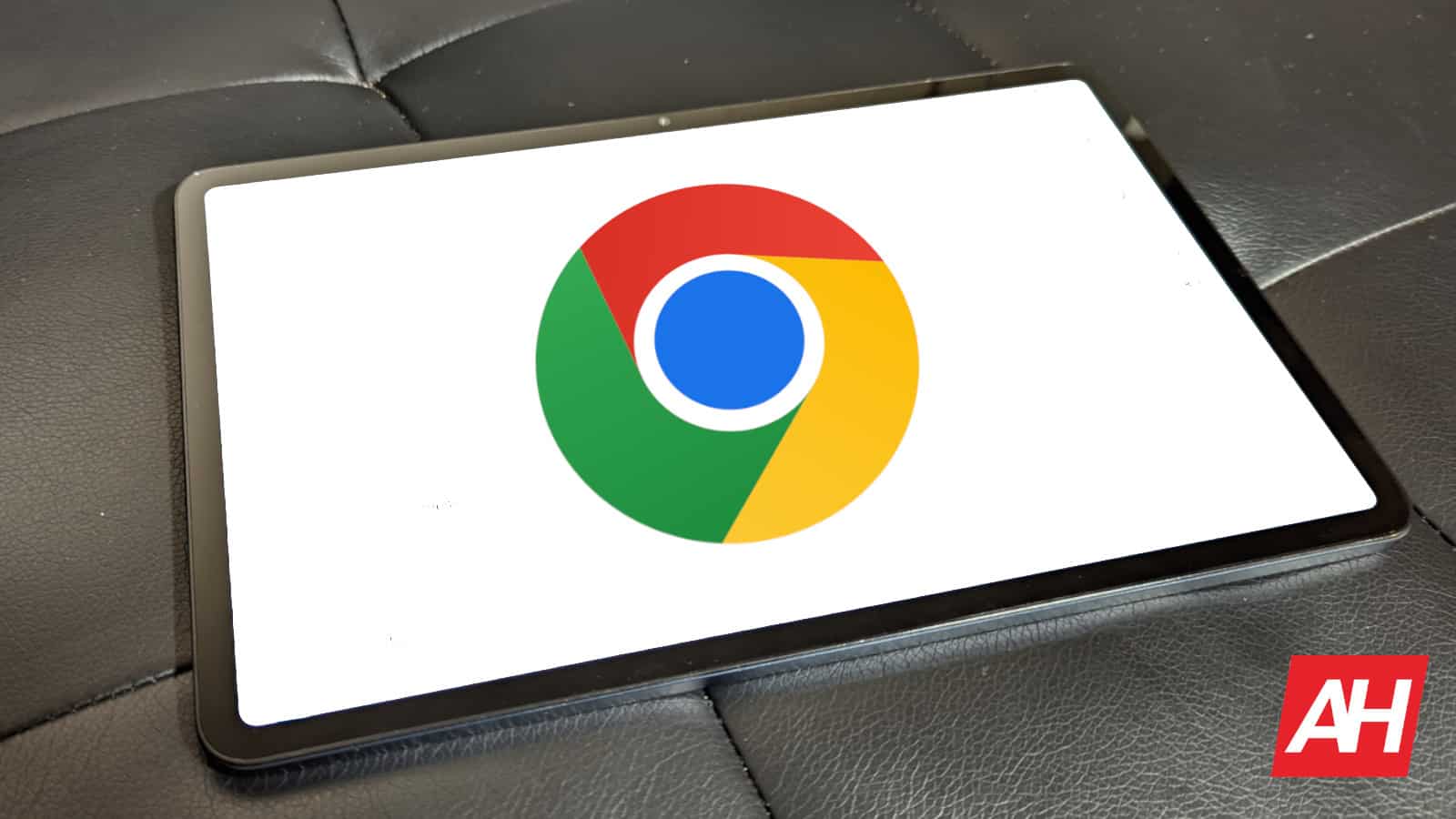
Source: ndroidheadlines.com
Galaxy Watch 4 & Watch 5 get new One UI 5 Watch beta update
Samsung is preparing to launch the Galaxy Watch 6 series next week. The new smartwatches will run Wear OS 4-based One UI 5 Watch out of the box. Ahead of that, the company has been running a beta program to test the new One UI version for its smartwatches. It has just released the fourth One UI 5 Watch beta build for the Galaxy Watch 4 and Galaxy Watch 5.
According to the changelog supplied by Samsung, this update improves the boot speed of its smartwatches. Devices running One UI 5 Watch should load faster after a restart. The company has also checked the power consumption of the watches, prolonging their battery life. Additionally, Samsung has fixed the bug that caused problems while adjusting the screen brightness using the touch bezel. It has fixed a watch face color error as well.
The latest One UI 5 Watch beta update comes with the firmware build number ending with ZWG7. A screenshot shared by Twitter user @TheGalox_ reveals that the OTA (over the air) package weighs just over 310MB for the Galaxy Watch 5 Pro. Other Galaxy Watch 5 and Galaxy Watch 4 models should also be getting OTA releases with similar file sizes. The update introduces the July 2023 security patch to the devices.
The stable One UI 5 Watch update may be just around the corner
Samsung has been beta testing One UI 5 Watch since early June. With the latest release, Galaxy Watch 4 and Galaxy Watch 5 users enrolled in the beta program have received four beta updates. As usual, each new build came with many bug fixes and functional improvements, making it more stable than the previous one.
The relatively small changelog for the fourth One UI 5 Watch beta update suggests Samsung is almost done optimizing the latest version of its watch platform. It may soon release the stable One UI 5 Watch update for the Galaxy Watch 4 and Galaxy Watch 5 lineups. The rollout could begin around the same time the company launches the Galaxy Watch 6 series.
If you don’t already know, the next-gen Samsung smartwatches will debut on Wednesday, July 26. The company is hosting a big Galaxy Unpacked event in South Korea to launch the new wearables. They won’t be the stars of the show, though. The Korean behemoth will also unveil the Galaxy Z Fold 5 and Galaxy Z Flip 5 foldables on the same day. The Galaxy Tab S9 series will also break cover at the event next week.
The post Galaxy Watch 4 & Watch 5 get new One UI 5 Watch beta update appeared first on Android Headlines.
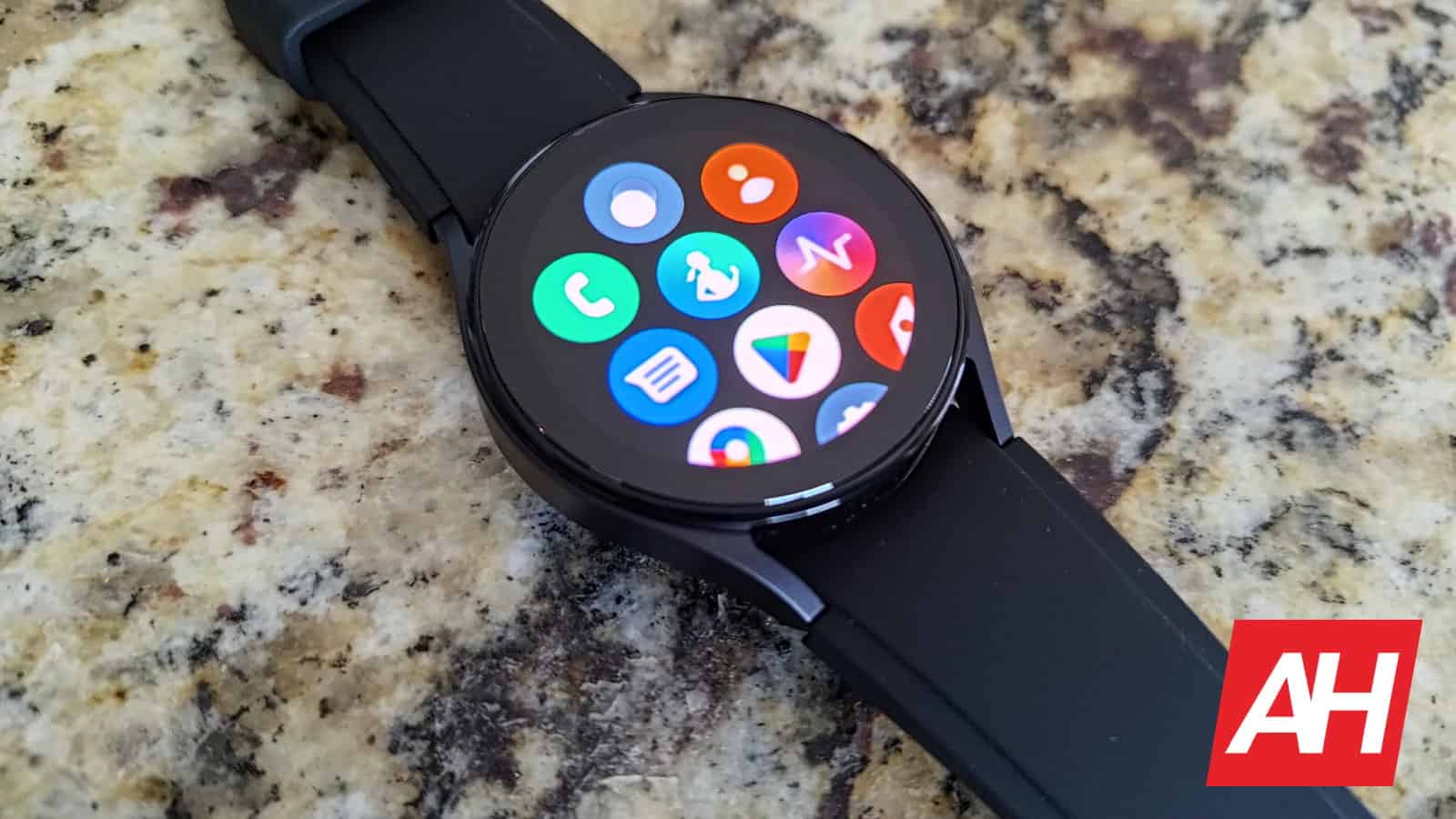
Source: ndroidheadlines.com
Some Starfield collector's edition pre-orders are being cancelled
The Starfield Constellation Edition was showed off with great fanfare back during the Starfield Direct, and naturally some fans were excited to get their hands on it, only it seems that some who placed pre-orders for it are having them cancelled.
There are multiple reports from users on reddit detailing the issue. Although each user’s experience is slightly different. The end result however appears to be the same. Cancelled pre-orders for the Starfield Constellation Edition. All of this seems to stem from orders placed with Walmart. So far it doesn’t look like there are any reports from people who pre-ordered this version of the game from other retailers. But with the problem popping up it might be a good idea to keep an eye on your emails if you did pre-order the Constellation Edition somewhere.
The first report of this issue seems to be from around 9:15am PST on July 19. A user on Reddit who goes by the name of Beltaine-77 says they were a little concerned about an order update. The post shows a screenshot of their order status with a key detail that the $299.99 price having been reduced to $0. Another user on Twitter reported the same thing. After having talked with Walmart chat, the user says Walmart confirmed the cancellation.
. @Wario64 , it seems Walmart cancelled my “Starfield: Constellation Edition – PC” pre order, I just received a notification that I got a full refund, but the status is not cancelled, the price is just 0
I chatted with Walmart’s chat and they confirmed.@StarfieldGame pic.twitter.com/bvEyhV9Pts
— Laurent Matheo (@LmameGeek) July 19, 2023
Apparently the store was “out of stock and processed the refund” for the purchaser. Yet another user on the Starfield subreddit says their order was cancelled “by mistake.” But they were told there was no way to reverse the cancellation either.
Walmart may have cancelled some Starfield pre-orders because they took too many
There’s no confirmation of this. But those affected seem to think that Walmart may have taken more pre-orders than they had stock for. Which led to the company having to find a way to cancel some.
The reason this seems to be the popular theory is because it’s happened in the past. Only with GameStop. So far however, there haven’t been any official statements from Walmart about the issue. Just responses from customer support speaking to consumers inquiring about their pre-orders.
The post Some Starfield collector’s edition pre-orders are being cancelled appeared first on Android Headlines.

Source: ndroidheadlines.com
Three takeaways from Data + AI Summit
A few weeks ago I had the privilege of attending the Data + AI Summit in San Francisco. It was one of the best conferences I have attended for several reasons. The main one is that it reinforced my belief that Open Source models will play an important role in our everyday lives (it’s not just ChatGPT behind an API). I was able to witness first hand the power of Open Source and how it can spread across different domains, particularly AI. It was not just wishful thinking from my part, but something that’s actually taking shape at an accelerating pace. Here are the three things I learned while at Data + AI Summit:
The Open Source community is huge
The Data + AI Summit organized by Databricks brought in 12,000 attendees to the Moscone Convention Center in San Francisco, plus 75,000 online participants. These are huge numbers, very much comparable with successful Open Source events like CloudNativeCon + KubeCon by the Linux Foundation.
I had the opportunity to talk with several attendees, all of whom were very enthusiastic about Open Source and AI. Many attendees are doing important work to advance the field, one such example is the members of Berkeley Artificial Intelligence Research (BAIR) who are uniting UC Berkeley researchers across various areas who are working on fundamental advances in computer vision, machine learning, natural language processing, planning, control, robotics and more. The Summit brought together an interesting mix of Open Source developers, researchers and businesses.
There’s a high demand for Open Source models
Databricks, the company behind Apache Spark, is experiencing high demand for Open Source models from their existing client base, even more so than proprietary models. This was very surprising to learn, as it demonstrates that businesses are really looking to fully own their AI stack.
For this very reason, Databricks is betting big on Open Source models. A few months ago, they released Dolly 2.0, the first open, instruction-following large language model (LLM) for commercial use. At the Summit, CEO of Databricks Ali Ghodsi reaffirmed their commitment to promoting Open Source models as a path towards democratizing AI and, as part of this commitment, they announced the acquisition of MosaicML for $1.3 billion. MosaicML is known for its state-of-the-art MPT large language models.
Open Source models have a huge potential
At the Summit, there were many interesting talks, including keynotes from high profile individuals like Satya Nadella, Marc Andreessen and Eric Schmidt. But, for me, the most interesting talks were the ones that demonstrated how Open Source LLMs have the potential to provide many benefits when compared to proprietary solutions, namely, more control, stronger privacy, reduced costs, better results and improved performance.
I was also amazed to see how Databricks was able to incorporate AI into their software. Until now, you had the option of using SQL or Python to interact with Apache Spark. But writing the right query or code can be challenging oftentimes. So I was delighted to watch the demos where they introduced English as the new programming language for interacting with Spark. As a user, by using plain English to explain what you want to accomplish, the AI-assistant was able to translate that into SQL or Python. This will make the software much more accessible and will increase the productivity of all users, from newbies to experts.
Final takeaways
Overall, attending the Data + AI Summit was a wonderful experience. It was great to connect with so many members of the Open Source community and share our enthusiasm for a brighter future, where Open Source models will play a key role in making our daily lives more productive and help us make sense of the ever growing data surrounding us. Additionally, Open Source models will enable individuals and businesses to take full ownership of their data and software.
If you are interested in learning more about Open Source and AI, please join our “Deep Dive: Defining Open Source AI” series. CFPs for the online webinars are open and we are looking for proposals that discuss the importance of Open Source models and the impact of AI on society.
The post <span class=’p-name’>Three takeaways from Data + AI Summit</span> appeared first on Voices of Open Source.
Source: opensource.org
Top ten, most popular new KB articles created in June 2023 for Workspace ONE.
Top ten, most popular new KB articles created in June 2023 for Workspace ONE.
The post Top ten, most popular new KB articles created in June 2023 for Workspace ONE. appeared first on VMware Support Insider.
{$inline_image}
Source: vmware
Blizzard is bringing some of its PC games to Steam
Blizzard PC games are coming to Steam. It’s a move that many PC gamers are likely to be pleased with for one reason or another. These days, playing PC games often means that you have to have more than a few PC clients installed. Which fragments your game library into many different places. For Blizzard game fans, the need for battle.net to be installed is inching ever closer to disappearing.
This will all depend on which games Blizzard decides to bring over, of course. And worth noting is that this won’t happen all at once. According to Blizzard’s official post on the Blizzard forums, games will start coming to Steam in stages. And Blizzard doesn’t say all of its games are making the transition. Only select titles will be brought over.
Blizzard games coming to Steam will begin with Overwatch 2
Overwatch 2 will be the first game from Blizzard’s library making it over to Steam. And Blizzard says the game will be available starting on August 10. “We’ve heard players want the choice of Steam for a selection of our games,” says Blizzard President Mike Ybarra in the official Blizzard forums post.
Ybarra was also keen to point out that battle.net will still remain the priority for Blizzard “now and into the future.” So battle.net isn’t going anywhere, and if you prefer to use it for all your Blizzard title access, you can. For those that will be accessing the studio’s games via Steam, you will still need a battle.net account to play them. So that isn’t changing.
Playing on Steam though will have its advantages. If you play via Steam, you’ll have access to Steam Achievements, and Blizzard confirms these will be available with Overwatch 2 when it hits the platform next month. You’ll also be able to see your Steam Friends list as you would with any other game, and send in-game invites to play with you. It isn’t clear which titles will come to Steam after Overwatch 2. But it isn’t hard to imagine the likes of Diablo IV. Blizzard says it’ll share more on additional “potential” titles when the time is right.
The post Blizzard is bringing some of its PC games to Steam appeared first on Android Headlines.

Source: ndroidheadlines.com
Video shows Galaxy Tab S9 going through a water resistance test
Samsung is just a week away from its second major Galaxy Unpacked of the year. The big event in Seoul, South Korea on July 26 will see the company unveil new foldables, tablets, and smartwatches. All of these devices have been subject to extensive leaks over the past couple of months or so. And as their official launch draws closer, the volume of leaks has gone up. Recently, someone posted a video of the Galaxy Tab S9 going through a short water resistance test.
The YouTube Shorts uploaded by @bro_99 shows the new Samsung tablet being subjected to a cup of water. The device seemingly works fine after the wash, suggesting that the user is trying to demonstrate that the Galaxy Tab S9 is water-resistant. They even titled the video a “waterproof test” of the tablet. But it’s worth noting that water damage doesn’t happen immediately. It may take a while before water drops reach internal circuits and damage the device.
So, this video doesn’t necessarily confirm that the Galaxy Tab S9 is water resistant. But leaks so far have suggested that the upcoming tablets will be the first flagship tablet offerings from Samsung to boast an official IP rating for dust and water resistance. We might get either an IP67 or IP68 rating on all three models. The makers of this short video, who appear to be employees of a third-party electronics retail store, likely wanted to test the ingress protection of the new Samsung tablet that may have reached their store ahead of its launch next week.
The addition of water resistance may make the Galaxy Tab S9 pricier
An official IP rating on the Galaxy Tab S9 series may come at a cost, though. Leaked prices for the upcoming Samsung tablets have hinted at a substantial hike this year. In Canada, the device may cost up to CAD 200 (roughly $150) more than their predecessors. Likewise, Samsung may charge up to €180 (roughly $200) more for the Galaxy Tab S9 series than the Galaxy Tab S8 in Europe.
While these rumored price hikes haven’t received backing from prominent leakers yet, the Galaxy Tab S9, Galaxy Tab S9+, and Galaxy Tab S9 Ultra will almost certainly cost more than their respective predecessors. Even the Galaxy Z Fold 5 and Galaxy Z Flip 5 foldables may see a price increase. Not a long wait now before we find out. All of these devices will debut on July 26, with the Galaxy Watch 6 series in tow. Stay tuned for the big Samsung launch event next week.
The post Video shows Galaxy Tab S9 going through a water resistance test appeared first on Android Headlines.

Source: ndroidheadlines.com
How to use Nearby Share on Windows
Google finally added Windows computers to its list of devices that can use Nearby Share. This is good news for people who want to share files between their phone and computer. If you don’t know how to use it, don’t worry. Here’s a handy how-to guide to help you get started. After this, you’ll be able to send files like a pro.
First off, what is Nearby Share?
There’s no point in learning how to use this if you don’t know what it is. Apple has AirDrop, and this technology gives iOS, macOS, and iPadOS users the ability to seamlessly share files between their devices. Google developed Nearby Share as an answer to AirDrop.
When you’re using it, you’re able to share all types of files between your devices. The function comes standard in all Android devices starting with Android 9 Pie. When you tap on the Share option for a file, you’ll see it as one of the options. It might occupy the list of places to share or it might sit above the list as its own button.
It’s come a long way since Google brought it along. At first, you could only send files to other Android devices. Now, you can share files with your Chromebook and Windows computers.
Also, the phone receiving the file will need to approve the file before downloading. This is a good security feature, as it means that you won’t randomly get a file from any stranger.
However, Google made a useful change. If the phone sending the file and the phone receiving the file are signed into the same Google account, the file will be sent automatically. You’ll need to choose that setting, however.
How to use Nearby Share on Windows
Using Nearby Share on your Windows computer is pretty easy to do.
Downloading and installing
First, you’ll want to download the .exe file to your computer. You can download the file here. Once you do that, go to the file and open it. The installation process is super quick, and the installer will handle all of that. After the process, you’ll see the application open up.
You won’t have the option to pin the app to the taskbar or the home screen from the installer. In order to do this, search for the app (just type in “Nearby Share”). When the search result pops up, right-click on it and click on the Open file location button.
A folder will open with a list of app shortcuts. Nearby Share will be highlighted. Drag that icon to your home screen to access it more quickly.
Setting up
When you open the app, you’ll see some initial settings. Firstly, you’ll see the option to sign in to your Google account. When you click that button, you’ll see a browser tab open up. You’ll log in on the browser. After you do that, you’ll see the Nearby Share app change a bit.
Next, after logging in, you’ll see your visibility options- who can send and receive files from you. There are four options and, if they seem familiar, they’re the same options you’ll see on your phone.
Using Nearby Share: Sending files
After you choose the desired setting, you’ll then see the screen change again. The next screen will show the previous setting you choose on the left of the screen along with the option to change it. Under it, you’ll see a little description of the setting in case you need a refresher. It also confirms the setting you chose. So, if you picked the wrong one by accident, you can get a heads-up.
The right side of the screen is where the magic happens. Up top, you’ll see the “Ready to share” text with a little animation underneath. At the bottom of the screen, there’s a rounded rectangle with the option to send files. If you can easily access the file you want to send, simply drag and drop it into the field.
There’s also the option to browse for the file. Click on the Select files button to open the File Explorer. There’s also the option to send entire folders right next to the aforementioned button. When you send a folder, it will send the actual folder and not just the files separately.
After you choose the file that you want to send, you’ll see the screen change yet again. On the left, you’ll see a list of the items that you are sharing. On the right, you’ll see it populate with a list of the available devices you can send to.
Once you click on the device you want to send it to, it will attempt to send the file(s). If you opted to only share with devices with the same Google account, it will immediately start sending. If you don’t, then that receiving device will get the approval screen. Once you tap Accept on that device, it will start sending.
Using Nearby Share: Receiving files
Receiving files is as easy as sending them. On your device, all you have to do is open the Sharing menu, tap on Nearby Share, and select the PC. Once you do that, the file will automatically start sending. You’ll see the file in your Downloads folder.
Important settings
There are some settings you can choose that will tailor the experience to your liking.
First, you’ll want to edit your visibility settings.
You can choose to receive files from everyone. This makes the process of receiving files easier. However, just know that it leaves you open to receiving files from any stranger, and that can pose a security risk. Also, if you choose this option, you will need to approve the file.
You have the option to enable this for only a few minutes or permanently. Google doesn’t tell you how long it’ll be enabled if you choose to have it on temporarily. Just expect it to last less than 10 minutes.
The next option will let you receive files from your contacts. You’ll only be able to send and receive files from people who are in your contacts. You can check out your contacts by going to contacts.google.com. You won’t need to approve files from these folks. Also, if you’re sending a file to a device signed in to your Google account, you won’t need to approve it.
Next, you can choose to only receive files from your devices. This means that the receiving device needs to be logged in to the same Google account as the device sending the file. Otherwise, it won’t show up. With this option, there is no approval step.
Lastly, there’s the option to be visible to no one. That defeats the purpose of installing the application, but it’s useful if you want to temporarily make your device invisible for any reason.
Next, edit your device name
When using Nearby Share, you’ll want to be able to identify the device you’re sending to quickly. Thus, you’ll want to choose a name for the PC that will let you easily identify that you’re sending to it.
In the upper-righthand corner, right next to your profile picture, tap on the Settings button; it’s the gear-shaped icon. Scroll down to Device name. Click on the Rename button on the right side and pick a name that’s short and sweet.
Choose which folder to save to
When you receive a file, it will automatically head to your computer’s default Downloads folder. You can change that, however. In the settings, the second option will let you designate the folder where the files will go.
With this knowledge, you’ll be able to send and share files with your Windows computer quickly and easily.
The post How to use Nearby Share on Windows appeared first on Android Headlines.
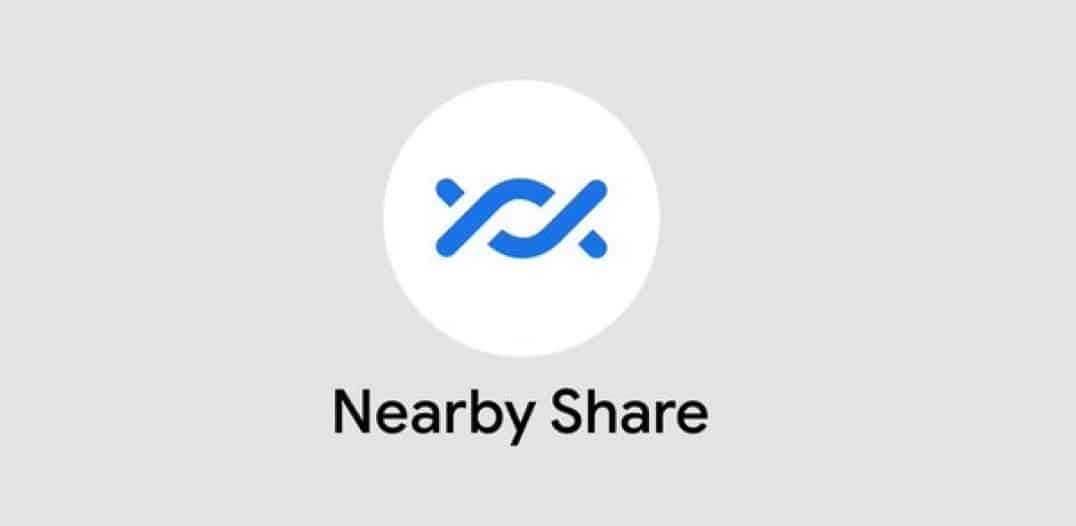
Source: ndroidheadlines.com
You can now install WhatsApp on your Wear OS 3 smartwatch
WhatsApp is officially rolling out to Wear OS smartwatches, The Verge reports. The launch of the app was announced by Meta on July 19, a couple of months after the company confirmed it would be bringing its app to the platform. At the time of the initial announcement, Meta CEO Mark Zuckerberg only mentioned that the app would be coming later this year. But he didn’t mention an exact time.
That time appears to be now as long as you have the right watch for it. The only requirement really is that your watch has to be running on Wear OS 3. Of which there are now more than a few. If you meet that requirement, then you should be able to install the app. Upon opening up the Play Store, users will likely be greeted with the message that “WhatsApp is now available,” and tapping on that message takes you to the app’s install page. There you’ll see a big blue “install” button. Tap that and let the watch do its thing.
WhatsApp for Wear OS 3 offers features you’d expect
As you’d expect the WhatsApp Wear OS 3 app comes in hot with the standard features. This includes starting new message threads and responding to existing threads. You can also use the app to make voice calls. So long as you either have your phone on you or you have an LTE model of your watch.
The app features voice message and emoji support as well. And quick replies are present too. So, a pretty full-featured smartwatch app. It was announced back at Google I/O this year that WhatsApp was finally coming to the platform. After users have been heavily requesting it for quite some time. And this is Google and Meta making good on the promise to bring the app forward.
It’s landing at a good time, too. As Samsung is rumored to launch its next Galaxy smartwatches in just over a week. Giving users another device with support all the latest Wear OS features.
The post You can now install WhatsApp on your Wear OS 3 smartwatch appeared first on Android Headlines.
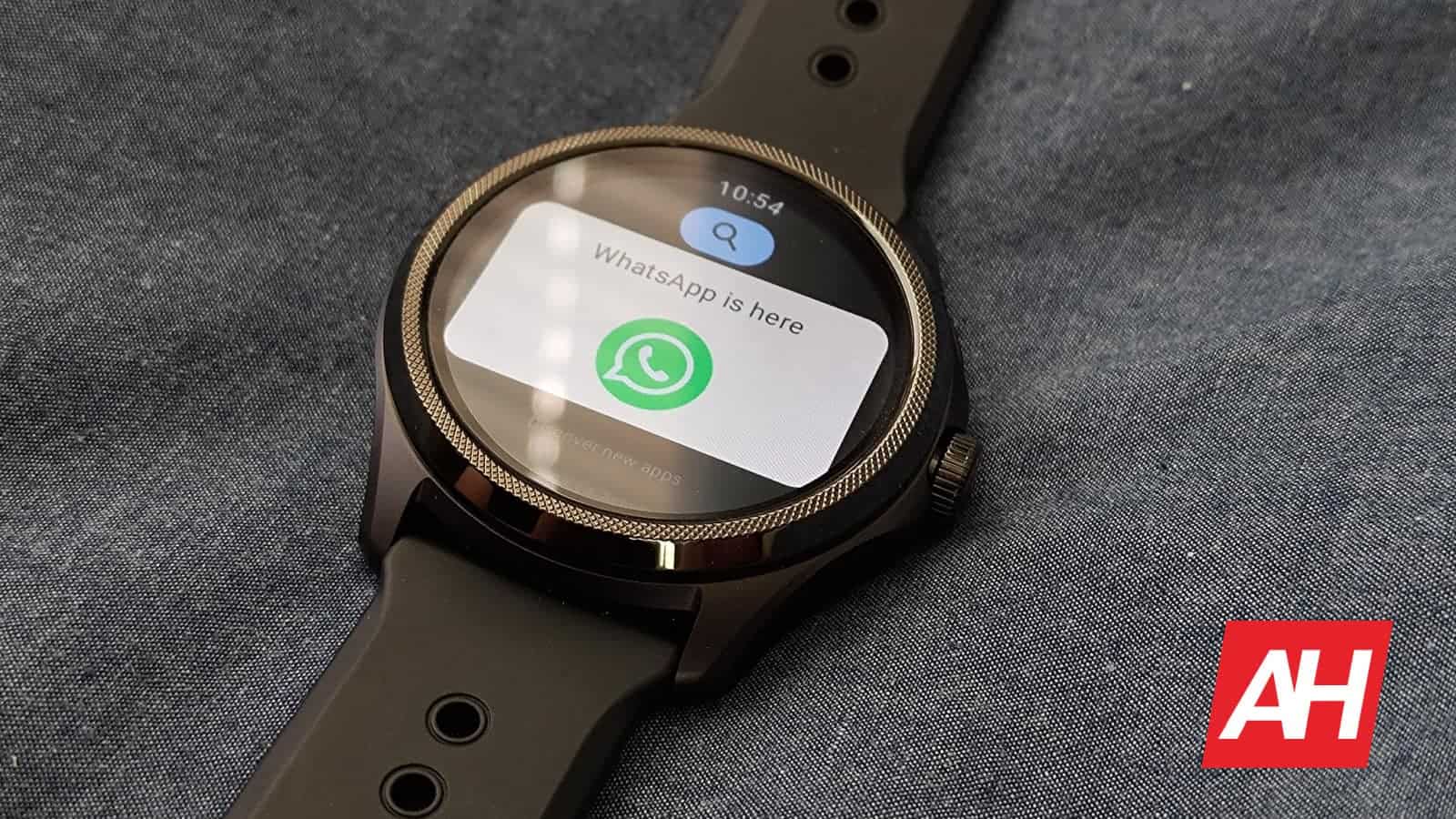
Source: ndroidheadlines.com
The latest KB articles for ESXi host, vCenter Server and NSX-T that address various issues faced by VMware users – June 2023.
This blog post provides a summary of several VMware Knowledge Base (KB) articles published in June 2023. These articles address various issues and provide resolutions, workarounds, or steps to diagnose and resolve specific problems encountered in VMware environments.
The post The latest KB articles for ESXi host, vCenter Server and NSX-T that address various issues faced by VMware users – June 2023. appeared first on VMware Support Insider.
{$inline_image}
Source: vmware
Call of Duty 2023 will continue MW II story as MW III
This year’s Call of Duty will continue the story of MW II and appears to officially be called MW III. Rumors that the release this year would be MW III have been circulating for months.
And Activision has finally confirmed that the upcoming game would be a sequel to the 2022 release. Activision doesn’t typically release Call of Duty titles in such a way that they follow the same story for multiple years in a row. There is continuity in the franchise. However, the games follow a release cycle that sees follow-ups at least a couple of years out. The MW remake for example came out in 2019. And it wasn’t until 2022 that it continued the story with MW II.
The studio doesn’t explicitly state that the game’s title will be MW III. It has confirmed though that the game this year will continue the narrative of last year’s game. At first it was set to be an expansion, but has since changed into a full game release. Interestingly, a post from Twitter user @BobNetworkUK seemed to show leaked images that confirmed the MW III as the title. Those posts were slapped with a DMCA notice by Twitter and have since been removed. As was needed for the user to unlock their account.
D M C A pic.twitter.com/1wkGtz8u4R
— bob. (@BobNetworkUK) July 17, 2023
Call of Duty MW III will bring over some in-game content
While Activision itself hasn’t confirmed the name of the new game yet, it does seem to confirm some details about it. Namely that certain in-game content will be brought over from MW II. Including bundles, operators, and weapons.
In a July 17 Twitter post, the official Call of Duty account started a poll asking if this sort of in-game content should be brought over. The only responses were yes, and yes, when is reveal? This suggested it was planning to let players keep operator skins and weapon blueprints for the new game. The studio then followed up that tweet with another one this morning telling players to stay tuned for “[REDACTED] Reveal Event in the Season 05 Announcement” and the carry forward details.
This is more or less a direct confirmation that players will get to keep some content from the current game. It also serves as a tease that this year’s release will be called MW III.
Let’s get this out of the way…
Should #MWII Operators, Weapons and Bundles carry forward into Call of Duty 2023?
— Call of Duty (@CallofDuty) July 17, 2023
The post Call of Duty 2023 will continue MW II story as MW III appeared first on Android Headlines.

Source: ndroidheadlines.com
Samsung's wireless speakers are no longer boot looping
Not too long ago, people using the WAM speakers from Samsung’s “R” series experienced an annoying issue. They were boot looping, and there wasn’t really a way to make it stop. However, Samsung fixed the boot looping issue with its speakers, according to SamMobile.
We’re not sure what the issue with the speakers was. However, devices like the R1, R Lite, R3, and R6 experienced this problem. While this issue was a mystery, there was a workaround. Users could still use the speakers if they disconnected them from the internet. While this gave them their speakers back, it was annoying having to disable a core feature.
However, Samsung fixed the boot looping issue with its speakers
This issue caught the attention of Samsung, and the company was able to patch it up. Samsung told its users that the speakers are now working again. The company encouraged its users to reconnect to the internet. While the company didn’t go into too much detail about what caused the problem, it said that it was “resolved by an update to our third-party content providers server.”
That’s good news for people who want to enjoy their music using their WAM speakers. If you experienced this issue, you should be good to reconnect it to the internet.
Other Samsung news: Here are leaked specs of the Galaxy Watch 6
If you’re waiting for the next Galaxy Watch, then we have some leaked specs for you. This smartwatch is set to get an unveiling this month. Rumor has it that the Galaxy Watch 6 will have a 300mAh battery in the 40mm size and a larger 425mAh battery in the 44mm size.
This watch could use the Exynos W930 SoC. That could be backed up by 2GB of RAM and 16GB of storage. There’s a lot more information about this phone, so, if you’re interested in reading more, you can check out the story here.
The post Samsung’s wireless speakers are no longer boot looping appeared first on Android Headlines.
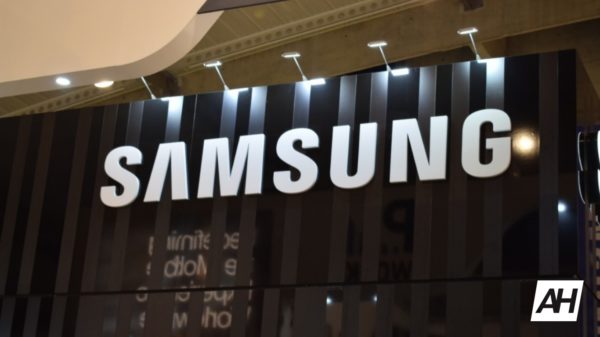
Source: ndroidheadlines.com
A huge leak just revealed a ton of OnePlus12 specs
OnePlus just launched its Nord 3, and the next flagship is still half a year away. You’d expect the rumor mill surrounding the OnePlus 12 to be dry at this point. However, enter Smartprix (partnered with OnLeaks) with a bunch of leaked specs for the OnePlus 12. They point to a pretty powerful device.
There’s another OnePlus device that you should know about. It’s the OnePlus Nord N30. This is a beast of a mid-ranger, and Android Headlines had the privilege to review it. It’s a smooth-performing phone with a beautiful display, great speakers, and the latest version of OxygenOS. It got 5/5 stars in our review which you can read right here.
The OnePlus 12 just had its specs leaked
As with any leak (especially about a device that’s so far from launching), you’ll want to take it with a grain of salt. There’s a chance that something could change between now and its launch.
Starting off with the display, OnePlus puts impressive displays in its phones, and this one won’t be any different. It looks like the phone will have a 6.7-inch 2K AMOLED display with a 120Hz refresh rate. It could also have LTPO technology that will knock the refresh rate down super low when looking at a static image.
Moving over to the internals, the OnePlus 12 will most likely use the Snapdragon 8 Gen 3 SoC. That will be the latest and most powerful processor from Qualcomm. We expect that to be backed up by 16GB of LPDDR5X RAM and 256GB of UFS 4.0 storage. We’re not sure if there will be a 512GB variant, but, hopefully, there will be one.
As for the battery, OnePlus is going to fit a larger 5400mAh battery into this phone. That’s 8% larger than the standard 5000mAh batteries that we see in flagships and ambitious mid-rangers. As for charging, the OnePlus 12 could have blazing-fast 100W wired charging and 50W wireless charging.
Now, the camera. The leak points to the OnePlus 12 sporting a 64MP main camera accompanied by a 50MP ultrawide camera and a 3X optical zoom camera. This camera will also bear the Hasselblad branding. Up front, there could be a 32MP selfie camera.
It looks like the OnePlus 12 will launch with Android 14 out of the box. With it, the phone will get the latest version of OxygenOS. Other leaked features include an under-display fingerprint scanner and an alert slider.
So far, it looks like the OnePlus 12 will be one of the most powerful phones of 2024. We’ll need to keep an eye open for more information on this phone.
The post A huge leak just revealed a ton of OnePlus12 specs appeared first on Android Headlines.
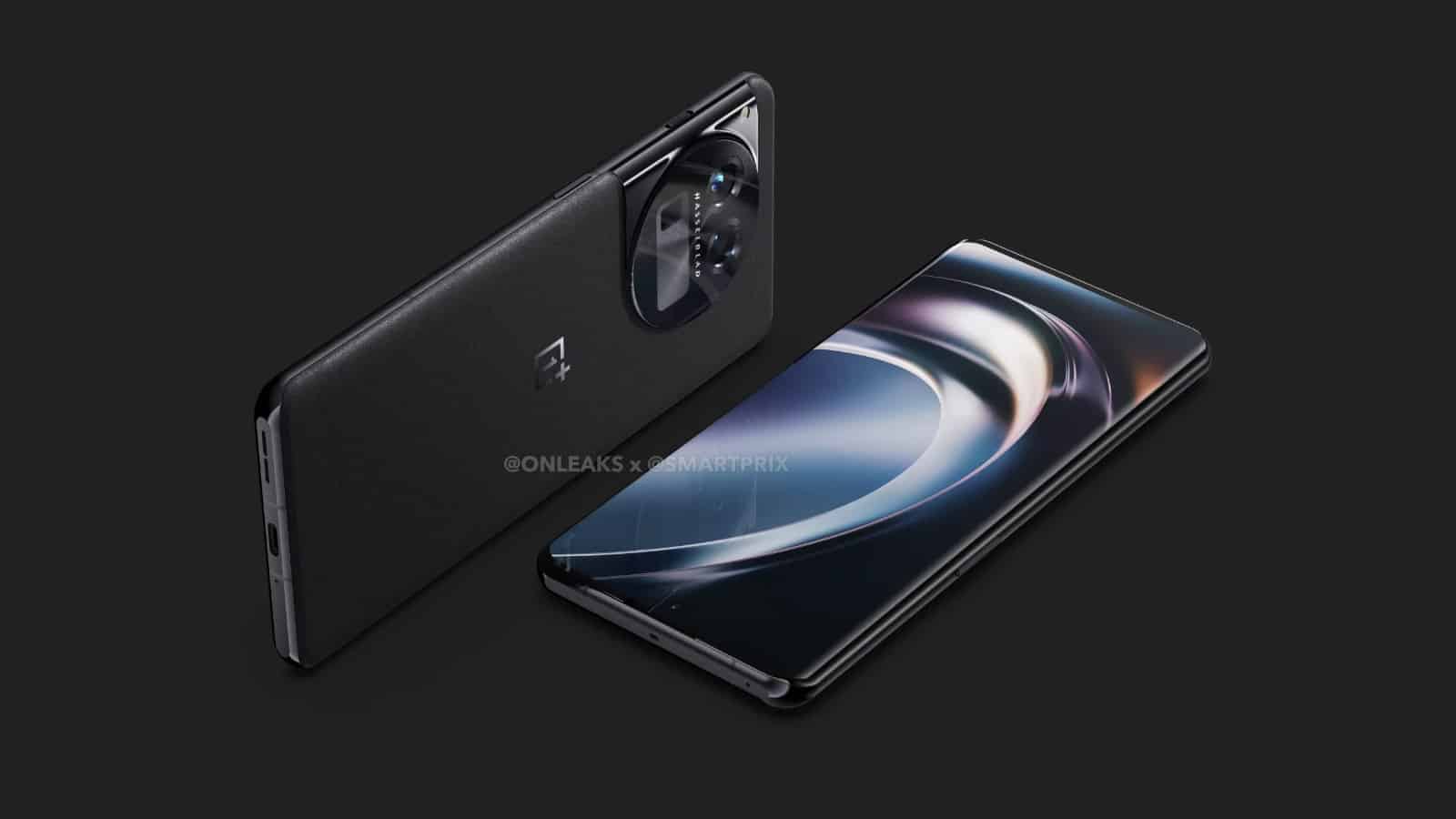
Source: ndroidheadlines.com
Galaxy Watch 6 specs leak, showing screen size, battery capacity
The specs of the Galaxy Watch 6 have leaked, showcasing a list of details about the upcoming smartwatch from Samsung. The leak, coming from SnoopyTech on Twitter, seems to confirm most of the watch’s key details. Including screen size, battery capacity, weight, colors and more.
Samsung is expected to officially unveil the Galaxy Watch 6 at its upcoming mid-year Unpacked event happening Seoul, South Korea. Alongside the watch, Samsung is also rumored to reveal its next set of flagship phones, as well as new tablets and some new earbuds. According to the leaked specs sheet, the Galaxy Watch 6 will be 28% lighter than the Galaxy Watch 5 Pro. But it’ll be 40% lighter than the Galaxy Watch 6 Classic.
It’s also rumored to have a 300mAh battery 40mm size and a 425mAh battery in the 44mm size. Both the Galaxy Watch 6 Galaxy Watch 6 Classic will run on Wear OS powered by Samsung. And it looks like both watches will use a Sapphire glass for the display.
Leaked Galaxy Watch 6 specs confirm chipset, RAM, and storage
Much and more has leaked about the Galaxy Watch 6 and Galaxy Watch 6 Classic. To the point that there is almost going to be nothing left to the imagination once Samsung announces both watches. This now includes key specs like the RAM and storage, as well as the chipset Samsung is using to power the computing.
According to Snoopy Tech, both the Galaxy Watch 6 and Galaxy Watch 6 Classic will run on Samsung’s own Exynos W930 chip. And each watch will come with 2GB of RAM as well as 16GB of internal storage. More than enough for anything you might need to do with a smartwatch. Whether that be install apps or download music for offline playback.
New this year it looks like Samsung is implementing some improved sleep features. Sleep tracking and improved sleep has been a focus of Samsung’s Galaxy Watch lineup of late. And this year the Galaxy Watch 6 and Galaxy Watch 6 Classic will “analyze and measure your sleep down to the smallest detail to give you tailored recommendations and tips on how to sleep better.” It’s not clear exactly how the new watch will accomplish this. But more will surely come to light after Samsung officially announces the device.
Additionally, the leak contains other information like colors of each watch. Which include Graphite Gray, Gold, and Silver for the Galaxy Watch 6, and Black and Silver for the Galaxy Watch 6 Classic.
pic.twitter.com/3lLBhBuddT
— SnoopyTech (@_snoopytech_) July 18, 2023
The post Galaxy Watch 6 specs leak, showing screen size, battery capacity appeared first on Android Headlines.

Source: ndroidheadlines.com
Why a CDN is a core part of a smooth gaming experience
A CDN is a central part of the gaming industry but as a player, you might never know it. Because as a player, your main concern is likely just downloading the game and then installing it. Followed up by playing the game afterwards.
What you might not know is that a CDN plays a central role in making sure you can do those things. See, a CDN is a big part of making sure game development studios can streamline the delivery of game assets to players. This includes everything from base game files to DLC, hotfixes and more. While players don’t directly interact with a CDN, they benefit from it more than they probably realize.
What is a CDN for gaming?
Just imagine any online games you might play that receive regular hotfixes. The last thing you want is for those downloads to go slow. Especially if a particular hotfix is intended to fix game-breaking bugs or other serious issues. This is where a good CDN for the gaming industry comes in. By ensuring fast delivery of downloadable game assets, a good CDN makes it possible for players to spend much less time downloading files, and more time playing. And that can translate to a more enjoyable experience for the player.
CDNs accomplish this by using globally distributed server networks to cache information and files that need to be delivered. They then pull from a server that’s the closest to any-given user trying to download files for updates, DLC or full games, and then deliver those files from that server. Helping to reduce download times and make the entire process faster.
CDNs can be scaled for all kinds of uses
A CDN isn’t just for delivering full game downloads or DLCs. Or hotfixes for that matter. But they can also help to increase revenue of free-to-play games. As most players know, a free-to-play game uses micro transactions as a core piece of the pie when it comes to making money. These micro transactions are usually delivered to the player in the form of in-game items. Which can include anything from character skins to weapons and more.
The thing is these game assets have to be downloaded. And for a free-to-play game, fast delivery of these items is important. Because players are paying for this content and expect to have access to it right away. Unless it’s otherwise stated by the developer that certain items aren’t going to be immediately available.
A CDN helps ensure that any in-game purchases for items that are made, are available to players quickly so the experience of making one of these purchases is smooth. And a smooth buying experience like this is more likely to turn out more or recurring purchases from players. It doesn’t necessarily guarantee players will spend more money in free-to-play games of course. But players are certainly more likely to do so if there are little to no hiccups in getting what they paid for.
Smoother game releases
For PC and consoles games, a good CDN also helps to make sure developers can focus more on important tasks on game release days. Large file downloads filled with high-res image assets don’t pose as much of a problem, if at all. And if you’ve ever downloaded a large game on release day, then you know what it’s like if the experience was poor. Long downloads, corrupted files and the like. It only leads to longer download times and a less enjoyable experience.
Of course, it’s always important to remember that game release days are likely to be busy for servers. They’re not always smooth for online titles. And when they are it feels like a miracle. Players also need to expect that there might be issues. As this is just the nature of downloading games these days. But a good CDN can help to mitigate that to a certain degree.
Overall, a good CDN can make all the difference in how well a game does right from the get-go.
The post Why a CDN is a core part of a smooth gaming experience appeared first on Android Headlines.

Source: ndroidheadlines.com
One Punch Man World is a new game from Crunchyroll
One Punch Man is an anime sensation and it has a few games on the mobile market. However, Crunchyroll has partnered with Perfect World, and the team is creating a One Punch Man game for mobile and PC platforms.
If you’re unfamiliar with Perfect World, this is the company that brought us games like Persona 5: The Phantom X and Tower Of Fantasy. So, this studio has some game-developing chops. It’s going to be available for Android, iSO, and PC when it launches. We don’t know exactly when this game will hit the market. The company did tell us that it’s going to come later this year.
One Punch Man World will let you fight and explore
As you can guess, this game allows you to fight your way through the monsters that invade Z-City, following the plot of the anime. You’ll battle smaller monsters and giant beasts. The gameplay seems similar to that of Devil May Cry or the newer Final Fantasy games.
As you can also guess, you’ll be using popular characters from the anime to do battle. This will include characters like Genos, Puri Puri Prisoner, Smile Man, Lightning Max, and more. You’ll use their signature attacks from the anime to fight off the enemies.
The trailer shows us gameplay with these characters, but it doesn’t show us direct gameplay with the man of the hour, the titular One Punch Man. There’s a reason for that. The story behind One Punch Man (or Saitama) is that he can basically kill any monster with one punch. So, that might be why we don’t see any footage of him fighting enemies. We’re not 100% sure about what the game is going to do about him as a character.
Along with fighting enemies, you’ll be able to explore Z-City. There will be different activities and minigames. If you’re looking for some social interaction, you can join the Hero Association and team up with other players to fight off more monsters.
If you’re a fan of the anime, you’ll be able to play through a story mode that goes through the first season of the show. We don’t know if more seasons will be added, but that would be nice.
You can pre-register for the PC version of the game starting today.
The post One Punch Man World is a new game from Crunchyroll appeared first on Android Headlines.

Source: ndroidheadlines.com
Facebook is turning into Instagram with it new Video tab
The war rages on; Meta is still looking to compete with TikTok on the short-form video front. It’s been making Reels more of a priority, and this new change is evidence of that. According to Engadget, Facebook brought a revamped Video tab to the app that basically makes it resemble Instagram.
Before the whole TikTok tiff, Facebook focused on longer-form videos from its creators. Then, enter ByteDance’s video-sharing platform. It swooped in and poached users from Instagram (owned by Facebook owner Meta) and led to a significant drop in ad revenue. Since then, Mark Zuckerberg has been looking for ways to make Instagram the one-stop shop for short videos.
This is a tough job because it’s not only going against TikTok, but it’s also fighting YouTube Shorts and Snapchat’s Spotlight.
Facebook brought a new Video tab
Facebook revamped its hub for videos. It officially retired its Facebook Watch tab after about six years of service. When you access the tab, you’ll find a line of different buttons on the top to curate the videos on your screen. There’s one for live videos, Reels, Music videos, and creators you follow. When you open the tab, you’ll automatically be in the For You section.
In the ‘For You’ section, you’ll navigate a feed of videos that the algorithm thinks you like. This will be based on your Facebook activity. While there’s a Reels section, you’ll still see Reels mixed into your ‘For You’ feed. That should come as no surprise, however. You’ll still be able to interact with these videos just like other Facebook posts. You can “Like”, comment, react, and share them.
There’s also a search button on the top right of the screen. With it, you’re able to search for keywords and hashtags. When you summon the search bar, you’ll see recommended hashtags that you can discover as well.
This is a good addition for people who want a better video-watching experience while using Facebook.
The post Facebook is turning into Instagram with it new Video tab appeared first on Android Headlines.

Source: ndroidheadlines.com
Newest KB articles created in June 2023, covering NSX-T, vRealize, Aria and more!
Knowledge Base, Troubleshooting, Issue Resolution, VMware, Network Insight, Aria Automation, vRealize Operations, vRealize Orchestrator, Azure, NSX-T, SNMP, Data Collection, Hot Fix, Performance Optimization.
The post Newest KB articles created in June 2023, covering NSX-T, vRealize, Aria and more! appeared first on VMware Support Insider.
{$inline_image}
Source: vmware
Magic Compose for texts might be coming to Google Messages
Remember the amazing Magic Compose feature that rolled out on Google Messages for RCS chats? Well, users of the app that text via SMS and MSM channels may finally benefit from this feature. This is great since not all conversations or chats on the Google Message platform are carried out via the RCS channel.
At the moment, text messages (SMS and MSM) don’t support this feature. Only those chats that are carried out through the RCS channel can make use of this AI-generative feature. But all of that is coming to an end as recent reports point out that Google is testing this feature for regular texts.
This will enable an all-around taste of this AI feature, which is currently lacking among users. With this, they can reimagine how they text others who aren’t using RCS messaging, such as Apple users. Not even the SMS and MSM barriers can stop Google Message users from experiencing the power of AI.
Google Message users chatting over text might soon be able to put Magic Compose to good use
If you are wondering what the Magic Compose feature is, you can check this article. With the help of this feature, users of the Google Message app could get responses to give those they are chatting with. It also brings various categories that can alter how your reply would sound.
There is even a category that lets users reply to messages using sing lyrics. This shows just how cool the Magic Compose feature is to use. But ever since this feature became available, it has only been available to a particular group of users.
For SMS texts, users were not able to try out this AI-generated replying feature. This broke the entire texting experience as users could interact with the feature on RCS chats and not on SMS texts. Now, the company is fixing this issue by making Magic Compose available for both RCS and SMS texts.
Before you get too excited, it is important to note that making the Magic Compose for SMS texts is in its beta tasting. It is not yet clear whether Google intends to launch its feature for usage to the public. The performance of this feature after the beta testing will determine whether it will be added for users texting over the RCS channel.
Beta testers note that the AI-generated feature for SMS texts tends to lack in some areas. Google will keep on working to fix areas where this feature falls short. After all, testing is concluded, then Magic Compose for texts will roll out to users globally.
The post Magic Compose for texts might be coming to Google Messages appeared first on Android Headlines.
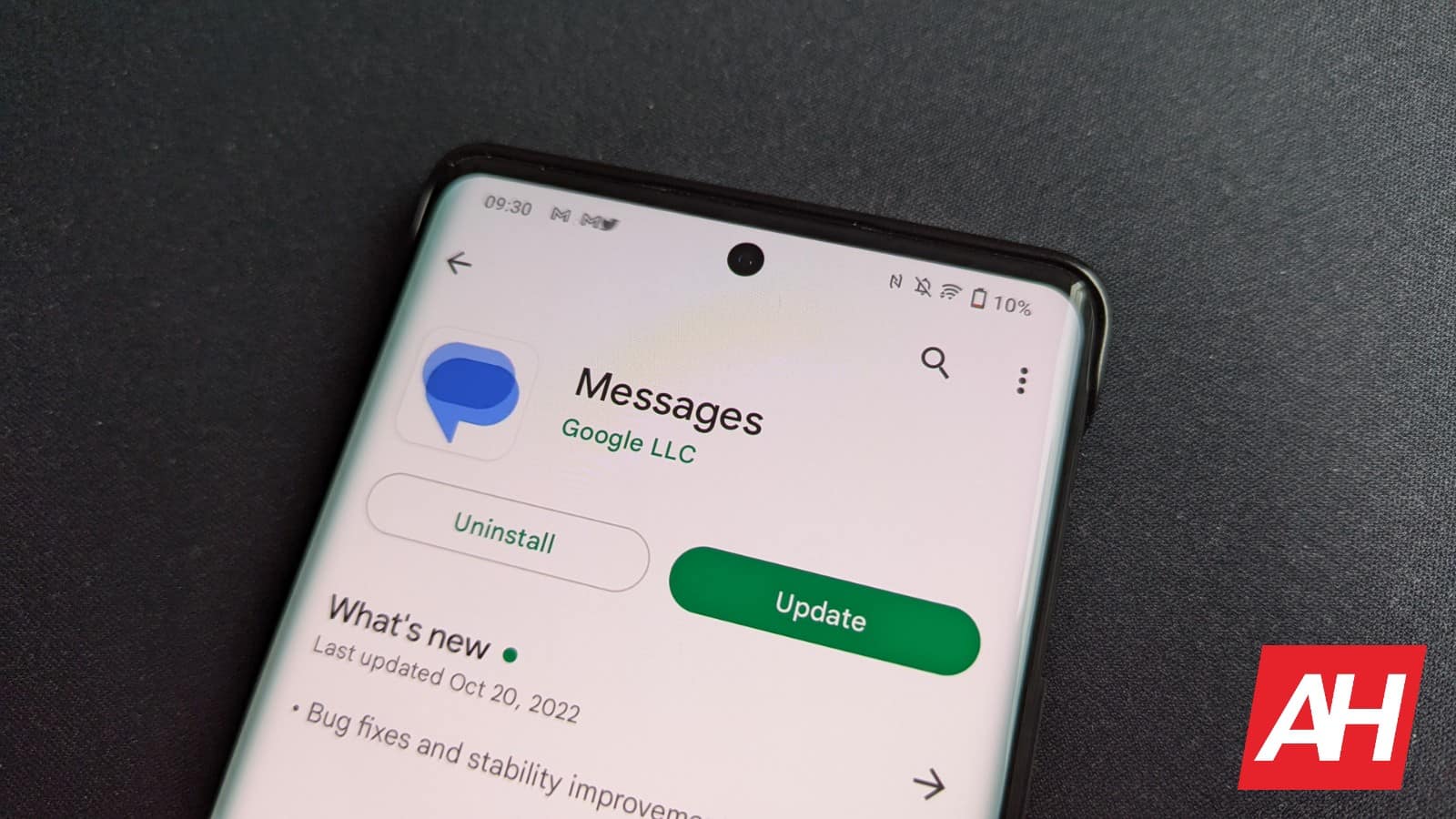
Source: ndroidheadlines.com
New Google Play features aim to improve reading for kids
Considering that it is summer and kids are on holiday, the new Google Play features aim to help parents. While the children enjoy their holidays, it is also important that parents keep an eye on their reading. To help in this regard, Google has prepared some products to help parents keep track of their children’s reading habits.
With these features, Google says that parents can help their children “keep their skills sharp all summer.” So once it’s time to head back to school, these kids will be more than ready for learning activities. To an extent, this shows parents the valid role that technology has to play in their child’s education.
If you are a parent or guardian, you might already be wondering what these new features are and how you can access them. Google outlines five of them that you can put to use and help your kids read even during the summer holiday. In this article, you’d identify these features and how to put them to good use.
Five new Google Play features to monitor your children’s reading this summer
One of the new features will help parents build the necessary skills for reading and understanding. For this parents will use the reading practice that can be found on Google Play Books section. This feature will teach children how to pronounce words properly and also guide them as they read.
Parents and guardians can also get an idea of their child or ward’s reading habits. With the reading insight feature, parents can monitor a child’s reading progress. Speaking of progress, this can relate to how often these children read, what they read, and their reading speed (how fast they finish a book).
Google is also offering to make things a bit more affordable for parents. The Google Play Pass subscription is an offer to parents to aid them save some cash on apps and games for their children. Additionally, with Google Play, Points can also make purchasing educational apps and games more affordable for parents.
Part of learning involves getting familiar with the language and culture of others. To help children learn in this regard, Google is offering many books in various languages on the Play Store. The translation feature is also a solid tool to help children get an idea of the meaning of foreign words.
To make books accessible to all children in a household, Google offers the Play Family Library feature. With this, parents can share their Play Store purchases with up to five people. This makes games, books, and a lot more available to all children in the household.
These features are all accessible via the Google Play Store and are designed to improve learning. Even during the summer holiday, children can keep learning and parents can make use of that. Most regions around the world have access to these features, and they can put them to use while teaching their children.
The post New Google Play features aim to improve reading for kids appeared first on Android Headlines.
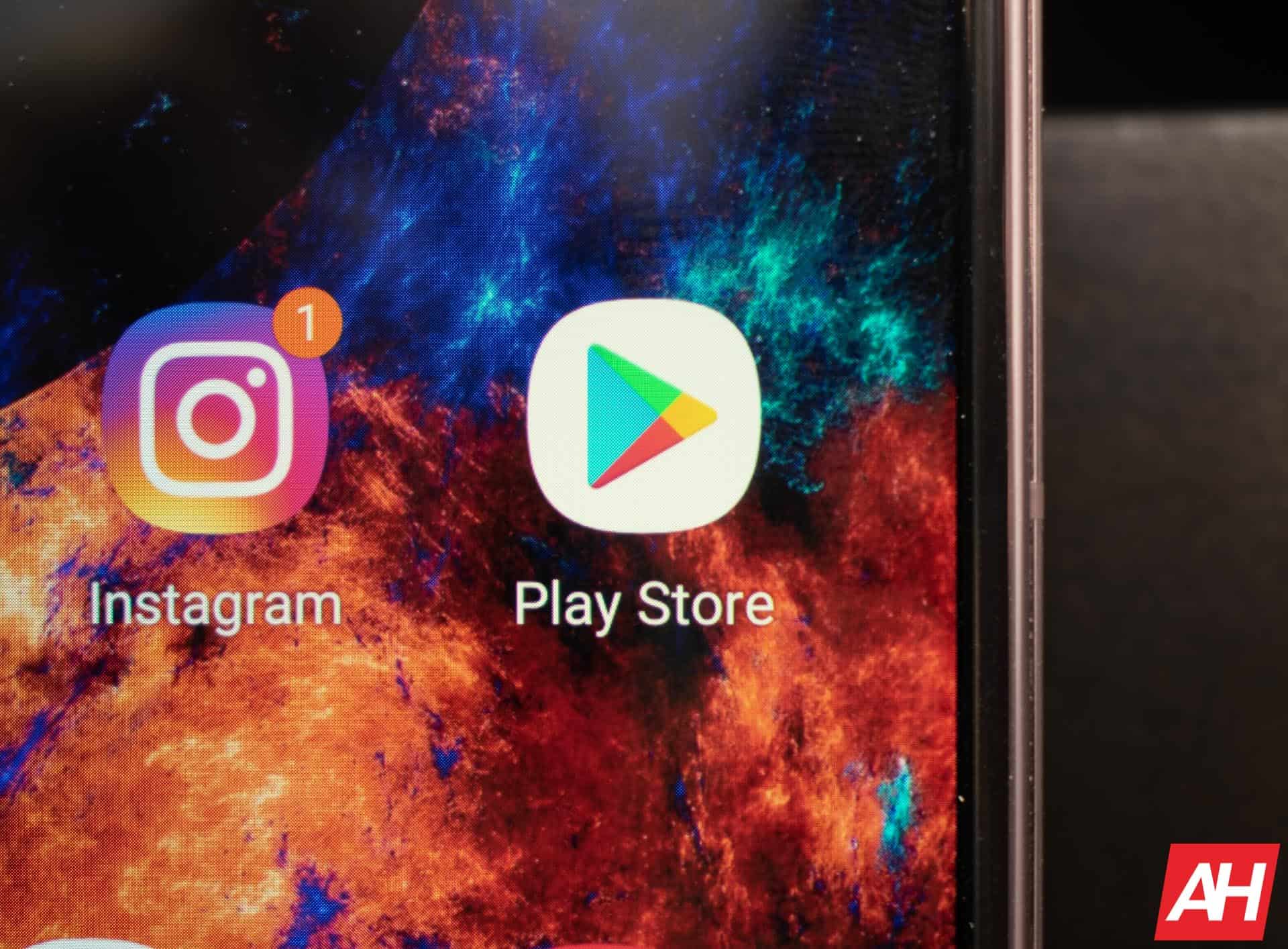
Source: ndroidheadlines.com
Make up for the Surface Pro 9's lack of ports with a Satechi hub
Satechi is well-known for making tons of accessories for computing devices, and now that includes Microsoft’s Surface Pro 9 with a newly launched custom hub.
Much of what you’ll find in Satechi’s catalog carries that familiar Apple aesthetic. With port hubs and ultra slim keyboards clad in a similar “Space Gray” color scheme. In fact that’s one thing Satechi is really good about. Matching the color of the device that it’s making accessories for. And that’s what you’ll get with its new USB-C hub for the Surface Pro 9.
Now this is a dual USB-C hub. It’ll take up both USB-C ports that can be found on the left side of the tablet. But you’ll gain a plethora of ports to use in return. And yes, that includes the two USB-C ports the hub is using. There’s also a reason Satechi chose to design with dual pins. The company says it’s more secure and should eliminate any wobbling.
In addition to the USB-C ports, the hub adds ports for HDMI 2.0, USB-A 3.2 Gen 2, and separate SD and microSD reader card slots. Basically, it’ll make it much easier to use the tablet in more ways. Whether that’s transferring media via the card readers or using the HDMI port to connect the tablet to a bigger screen.
Satechi’s dual USB-C hub for the Surface Pro 9 launches today
If you’ve got a Surface Pro 9 or you are planning to buy one, you can grab this accessory to go along with it. Satechi says the hub is available starting today and it retails for $59.99.
Currently though you can only buy the device directly from Satechi via its website. It looks like Satechi only offers the device in platinum. So if you buy or already have the Surface Pro 9 in the Graphite, Forest, or Sapphire colors, the accessory won’t match. But that’s a small price to pay for all the usefulness this should add to your experience.
Satechi is also letting anyone pick up the device at 20% if they grab it by July 21. So you won’t have to spend the entire $59.99 if you purchase it by the specified date. All you have to do is use the code SURFACE when checking out.
The post Make up for the Surface Pro 9’s lack of ports with a Satechi hub appeared first on Android Headlines.
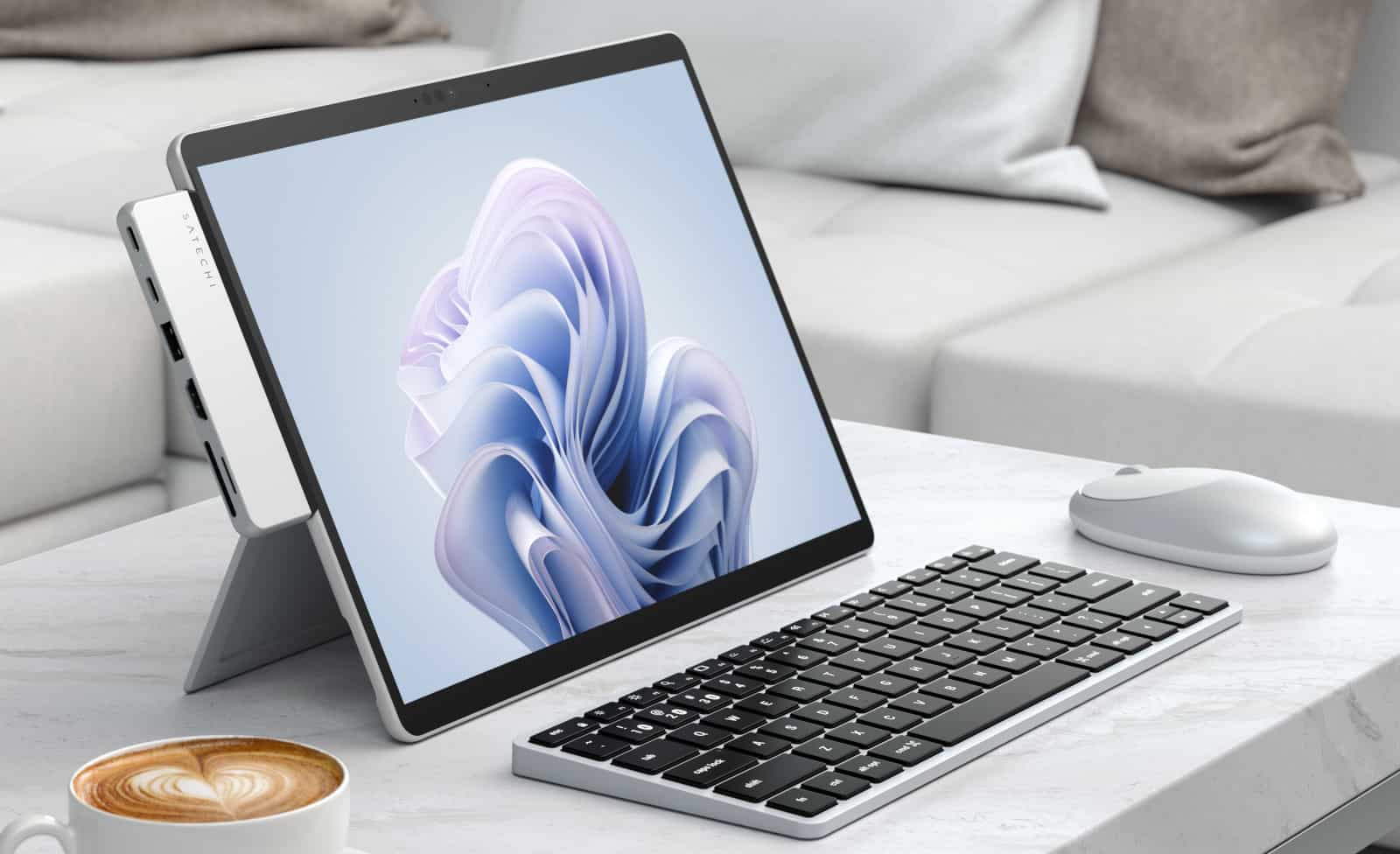
Source: ndroidheadlines.com
I can't wait to spend countless hours building ships in Starfield
Starfield is due out in just under two months, and I can’t wait to dive into it and lose hours of my life with the game’s ship customization system.
There’s a lot that’s unknown about what you can do in the game and that includes how truly robust the ship customization will be. But Starfield developer Bethesda has been semi-open about some of the details. There’s a whole segment of the Starfield Direct from back in June’s Xbox Showcase that was dedicated to the ship customization. And a recent tweet from the morning of July 14 states players will be able to “Customize everything about your ships, right down to their names!”
And honestly, I’m here for it. I am a sucker for a game with a good customization system. I’m talking about one that lets you spend hours upon hours diving into every little detail. Tuning the looks of your characters, which you can also do in Starfield, to find just the right style to represent your avatar.
With Starfield, though, what really gets me excited is the ships. You’ll be able to mix and match tons of ship parts for what seems like an untold number of combinations. Rearranging things to get your desired mix of ship system values and features. Like a larger area for the ship’s crew. Or faster drive systems to propel you through space at higher speeds. You’ll even be able to name your ships. Because why in the world would you go to all the trouble of giving players this much customization freedom and not allow ship names? It only seems natural to have them. And thankfully, Starfield will.
Customize everything about your ships, right down to their names! 🚀 #Starfield pic.twitter.com/9jC04v1oan
— Starfield (@StarfieldGame) July 14, 2023
Starfield ship customization will be like a game in itself
There’s going to be a lot to explore in the game of Starfield, and that will include ship customization. So much so that your ship will almost feel like another character with how much you can do to and with it. According to the lead ship designer for the game Ryan Sears, players will be blown away with the amount of stuff you can do. If that turns out to be true, then we’re all in for a good time. As tinkering with the ship and all its potential outcomes will feel like a game in itself.
That all depends on how much you care about these sorts of things of course. Not everyone gets super in-depth with these elements in games. You might be someone that prefers to do the bare minimum for ship building once you take to the stars this September. And that’s totally fine. But if you do like spending time with customization, it seems like you’ll be pleasantly surprised with what Starfield offers.
Just based on what’s been shown off so far, there appears to be six ships you can acquire in-game. And you’ll be able to expand things like the cargo hold, the hull, and more. Not to mention move around all these part add-ons to create a ship that’s truly unique.
A story as old as time
If you’ve spent any amount of your free-time playing games that are expansive and offer tons of story-driven quests for you to complete, then you know how things go. You can get lost in any number of things that make it easy to deviate from the main questline progression. It’s a story as old as time and there’s definitely going to be lots for you to do in Starfield.
Although at the moment I can only imagine what you’ll need to do to acquire more ships and more parts. But I can already assure you that whatever it is, I’ll be spending lots of time doing it. Some part of me hopes that there’s a significant level of grind to the nature of gathering materials or currency needed for ship upgrades. Because it’ll give me something to look forward to each time I boot up the game. Something to chase.
The “carrot on the stick” if you will. I want to get absolutely lost in Starfield’s universe. Hunting down resources for whatever I might need them for. And completing a collection of mundane or otherwise less exciting tasks for currency that allows me to buy new parts for the ship. Granted this all hinges on how many ship parts there are to acquire. But if there are tons, I’ll happily work towards adding them to my own personal collection. All while ignoring the game’s main story. As much as I can anyway.
It all starts with the ship builder mode
The ship builder mode is the meat and potatoes. It’s where you’re likely to blink and realize that multiple hours have just passed by without you noticing. While you can upgrade individual parts at ship ports (where you can also buy ships), the ship builder mode is where things will get truly bonkers. This mode will give you tons of granular control. You can swap out and upgrade your ship’s systems here. But you can also change the layout of every single module.
This includes the very first ship you get in the game, the Frontier. All of the modules you see in the image above will be things you can swap out and move around. And just looking at it I’m instantly reminded of playing with LEGOs. Where I’d put something together only to take it apart again 20 minutes later. I wouldn’t be happy with how things were set up. So I’d take them apart and rearrange them. Getting ever and ever closer to my goal of an ultimate creation. I can see myself falling into a similar endless pit of customization in Starfield.
Then once the ship is finished, I’ll be free to finally explore the universe and take on more missions. The point is, Starfield is promising some insane customization mechanics. The universe is your oyster, and it all begins with your ship. Starfield launches on September 6 for Xbox Series X/S and PC.
The post I can’t wait to spend countless hours building ships in Starfield appeared first on Android Headlines.

Source: ndroidheadlines.com
Beware of a spike in phone scams in the UK this summer
While these summer months may be known for scorching heat, relaxation and travel, the temperatures may not be the only thing rising — at least in the U.K. Evidently, new research suggests that the number of mobile phone scams in Britain also seems to increase during the summer months.
A recent study from Uswitch.com sought to explore when people in Britain are most likely to be affected by mobile phone fraud. Mobile experts from the phone comparison resource looked at the number of mobile fraud reports each month from 2019 to 2022, data gleaned from Action Fraud.
A study from Uswitch revealed a spike in the number of mobile scams reported during the summer in the UK.
What they discovered was a spike in the instances of mobile phone fraud during the summer months. With over 3,100 documented reports of scams. It makes sense. As Uswitch notes there are numerous times this can happen. “Fake holidays, event scams, fake hotel WIFI networks and juice jacking can become more common scams during the summer holidays.”
But the summer spike isn’t all the study discovered. Apparently, while reports of phone fraud are known to rise during the summer, they tend to peak highest during the time after the winter holidays. Specifically from January to March, which saw well over 3,900 reports of mobile scams.
This could be due to the fact that “scammers may target parents ahead of the February half-term by impersonating holiday companies, or use romance scams just in time for Valentine’s Day.”
Source: Uswitch.
The study revealed several more insights. Such as the age group most affected by mobile fraud being 50 to 59 years of age. As well as Cheshire reportedly being the U.K’s scam hotspot. The study says it has the highest number of scams via mobile phones in the country.
There are many ways to protect yourself against pesky phone scams.
To stay protected against mobile scams, Uswitch advises people to avoid giving out personal information to potential scammers. Such people “may use WhatsApp or Instagram to pose as a family member or friend and ask for money.”
Uswitch also cautions people to be aware of delivery scams, which are known to impersonate delivery services such as Amazon. It’s equally as important to be aware of common tactics such as playing on people’s emotions. Creating a false sense of urgency or a threat is a well-known scamming trick.
Above all, people are urged to be vigilant. This includes downloading files and apps from reputable sources. And verifying via Google any phone numbers or email addresses of unknown contacts.
The post Beware of a spike in phone scams in the UK this summer appeared first on Android Headlines.
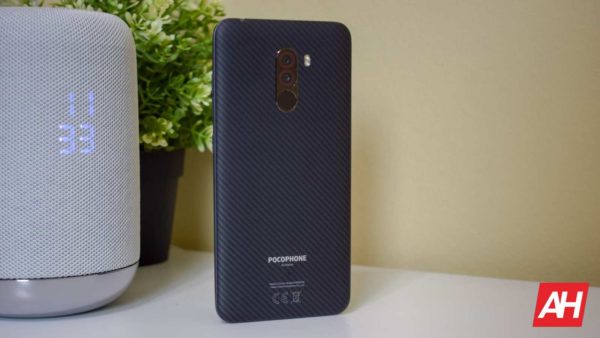
Source: ndroidheadlines.com
Assassin's Creed Mirage haptic suit will let you feel the parkour
Ubisoft has announced that it’s partnering up with a company called OWO to make a haptic suit for Assassin’s Creed Mirage. The latest upcoming title in the long-running series.
Have you ever wanted to feel the action of your Assassin’s Creed games but the lack of a haptic suit has been holding you back on that front? Well no more do you have to play in an inferior state. Thanks to OWO and Ubisoft’s partnership, you can play AC Mirage with a haptic suit designed specifically for the game.
It has a design themed after the AC Mirage aesthetic, complete with the official AC logo. But the really cool stuff are the sensations the suit will allow you to feel during gameplay. Ubisoft and OWO say that you’ll be able to feel things like impacts and parkour. So as you run and jump from building to building, imagine yourself feeling specifically tuned haptic vibrations that might feel like the impact of landing. The suit will also have some “exclusive sensations never felt before,” although it’s unclear what those will be, as OWO seems to be keeping them a surprise.
The Assassin’s Creed haptic suit comes with a copy of the game
There’s no confirmation on cost yet for the Assassin’s Creed haptic suit, but the non-AC suit comes in at €499. It’s possible that the Assassin’s Creed version could come in at the same price. Although it does also come with a copy of the game, so it may be more expensive.
When purchasing it also appears you’ll be able to choose which platform you want the game for. However, it will be a digital copy and not a physical one. It’s not explicitly stated if this is coming to the US but the site’s FAQ doesn’t list the US as one of the countries where shipping is prohibited. So US consumers who want one should be able to buy it and have it delivered.
OWO doesn’t give a specific release date of the product though. And simply says that the suit is “coming soon.” If you’re interested in picking one up when it’s available to buy, you can do so here. You’ll be able to get a copy of Assassin’s Creed Mirage for PS4, PS5, Xbox One, Xbox Series X|S, and PC, and OWO says the sensations will work on all those platforms.
Ubisoft has announced an OWO Haptic Gaming suit for Assassin’s Creed Mirage.
Suit will include multiple different sensations such as impacts and parkour. It will also “incorporate some exclusive sensations never felt before.”
Company is https://t.co/N0bNoLjFH8 pic.twitter.com/E5iX2mPt0s
— Geoff Keighley (@geoffkeighley) July 14, 2023
The post Assassin’s Creed Mirage haptic suit will let you feel the parkour appeared first on Android Headlines.

Source: ndroidheadlines.com
Gmail brings side navigation rail for foldable phones
Foldable phones are able to seamlessly morph into the tablet form factor. That means that apps need to be compatible with both form factors for a good experience. Google is working on adding a navigation rail to Gmail for foldable phones, according to 9To5Google.
Since the Google Pixel Fold is out in the world, it’s important for the company to make its first-party apps compatible with the fluid form factor. This shouldn’t be much of a task, as the company has been making its app compatible with the tablet form factor for some time. This new change is just another minor step forward.
Google adds a navigation rail for Gmail in foldable phones
This is a pretty minor change to the app, but it makes sense. Currently, Gmail for tables shows your feed of emails on the left side of the screen with your currently opened email on the right. There’s also a bottom bar that houses your Chat and Meet buttons. Right above that, you’d see a floating compose email button.
That’s worked for tablet and foldable phone users, but the company will get rid of the bottom bar and place those icons on the left side of the screen. Right next to your feed of emails, you’ll see the Compose, Chat, and Meet buttons.
Since foldable phones have more horizontal real estate, it’s a better idea to have these icons sit on the left of the rest of the UI rather than under it. Also, this placement makes it easier to press without taking your hand off of the phone. You can just press one of the buttons with your left thumb.
Weirdly enough, this was only spotted on the Pixel Fold. The folks are 9To5Google weren’t able to see it on the Galaxy Z Fold 4 or the Pixel Tablet. This might still be rolling out to other devices.
The post Gmail brings side navigation rail for foldable phones appeared first on Android Headlines.
![]()
Source: ndroidheadlines.com
See what makes the Nothing Phone 2 tick in this teardown
The Nothing Phone 2 gets the teardown treatment thanks to YouTube content creator Zack Nelson from JerryRigEverything. Known for his numerous videos on repairing phones and testing their durability, Nelson’s latest video gives consumers a peak into the Nothing Phone 2 so you can see what makes up the device’s unique design.
Curious about the back glass plate and how it gives off that sort of puffed up look? Well it turns out Nothing achieved this design aesthetic by making the glass a “turtle shell shape” Nelson says. And not actually due to a thicker piece of glass as some might have believed.
More interestingly, though, is the way Nothing implemented the phone’s individual LED lighting zones. As Nelson reveals, the LEDs aren’t all on one uniform board. They’re split up into separate boards and several small pieces. Which you’ll see as you watch Nelson take the phone apart.
The Nothing Phone 2 teardown gives you an idea of how repairable the device is
If you’re looking to buy this phone, you might be curious how repairable it is. Judging from the teardown, it doesn’t seem like it will be that much of a hassle to take the device apart. Nelson does mention that removing all the individual lighting zone boards and associated pieces is kind of a pain. But that seems more like something that’s due to it being time consuming as opposed to difficult.
One thing that looks relatively easy is getting at the battery to have it replaced if needed. Nothing sticks the battery to the inside of the phone using a rather strong adhesive sticker. But also includes a pull tab to help make it easier to pull the battery out.
Teardown convenience and repairability aside, even if you’re not interested in buying this phone or taking it apart, it’s still a cool look at the sheer magnitude of engineering experience required to put a phone together. With this kind of unique design no less. The Nothing Phone 2 was officially announced on July 11 and is set to release in the US later this month on July 17. It’ll be Nothing’s first phone to officially come to the US market.
The post See what makes the Nothing Phone 2 tick in this teardown appeared first on Android Headlines.

Source: ndroidheadlines.com
The Snapdragon-powered Galaxy S23 FE might be exclusive to The states
Samsung makes great phones, but its chips leave a lot to be desired. This is why people prefer the Snapdragon-powered variants of its phones. Well, the Galaxy S23 FE may use a Snapdragon chip. However, this version might be exclusive to the US market.
It’s a little early to be talking about the next Galaxy FE phone, yet here we are. Information about the Galaxy S23 FE was spotted on Geekbench (via SamMobile), and that basically confirms that it will be hitting the market. Still, this is early information, so you’ll want to take it with a grain of salt.
The Galaxy S23 FE could use a Snapdragon processor in The States
Samsung had a tradition of launching the US variants of its phones with Snapdragon processors while using its in-house Exynos processors for the international variants. That changed with the Galaxy S23 series. They all used the Snapdragon 8 Gen 2 SoC.
However, in the case of the S23FE, it looks like Samsung is back to its old ways. The Geekbench entry shows that this phone could use a Snapdragon 8 Gen 1 in the States. This is an older processor, but it’s still very powerful. It was launched back in late 2021, and it powered a bunch of flagship phones.
That might be disappointing, as past FE variants of phones usually use the same processors as their premium siblings. In any case, this phone will still have some serious power.
If you’re outside of the States, then you might not be getting the Snapdragon version of the phone. Instead, you’re likely to get the version powered by an Exynos 2200 SoC. This is the same chip that powered the Galaxy S22 phones outside of the States. It’s got some serious power as well, but many people complained that their experience just wasn’t as smooth as with a Snapdragon processor. In any case, this phone is going to be launched with a strong processor no matter where it lands.
The post The Snapdragon-powered Galaxy S23 FE might be exclusive to The states appeared first on Android Headlines.

Source: ndroidheadlines.com
ASUS acknowledges SD reader problems on the ROG Ally
The ROG Ally has problems with the SD reader causing the microSD card to pop out of the slot, and ASUS has confirmed the issue exists. The company says on the ROG forums that it’s aware of the problem.
For some with a ROG Ally, this is an issue that might be a big concern. The Ally only has so much internal storage and it’s easy to fill that up with games. For example, a few large game installs like Diablo IV, Final Fantasy XIV, and Star Wars Jedi: Fallen Order could gobble up the majority of the storage space without breaking a sweat.
The way around that, is with the SD card reader. Just like with the Steam Deck, you can insert a microSD card with more storage to install games onto. The deck, or in this case the Ally, can then play games installed on the card. But that doesn’t really work if the card pops out of the slot.
ASUS says ROG Ally SD problems are caused by overheating
You likely don’t have to worry about this problem if you don’t use a microSD card. But many users will, so it’s important know what you can expect.
According to ROG forums community manager MasterC, the Ally SD reader can malfunction under “certain thermal conditions.” Basically if the unit gets too hot, it might spit out your card. Just from general use, the Ally doesn’t get that warm. But under heavy loads from graphically intensive games, well that’s another story entirely. ASUS says that it will be sending out an update to help this problem in the near future.
The update will fine-tune the fan speeds to account for heavy thermal loads. In an attempt to help keep temps down to a point where the SD reader won’t malfunction. That being said, ASUS also states that users can RMA their Ally unit if they’re experiencing issues with the SD reader. And if you plan on using it, you may want to take ASUS up on that offer and just having the unit looked at. Or if possible simply return the unit and get it replaced.
The post ASUS acknowledges SD reader problems on the ROG Ally appeared first on Android Headlines.

Source: ndroidheadlines.com
The Google Calendar widget gets the Material You paint job
There are still bits and pieces of the Android operating system that still need the Material You makeover. However, Google is hard at work giving all of its services the same look. According to a tweet from the Google Calendar Twitter, the Google Calendar widget is getting the Material You paint job.
It’s been a long path for Google to walk applying the Material You design language to all of its apps and services. Every so often, we see Google revamping an app or service to better reflect the Material You aesthetic. Not too long ago, the company delivered two new Google News widgets adorned with Material You.
The Google Calendar widget gets the Material You paint job
A ton of people use the Google Calendar widget to get a quick glance at their upcoming events. The widget itself has remained pretty neutral in terms of its colors. It’d either have a white background or a dark gray background depending on your phone’s theme.
However, looking at the tweet, Google is going to make the widget better reflect the color scheme chosen for your phone. As you know, Stock Android and several skins take the colors present in your wallpaper and create a color scheme based on them. This color scheme pervades your whole UI.
The Google Calendar widget will adopt the color scheme. The background of the widget will more closely match the color of your wallpaper. The Add event button will be a darker shade of the color. Google shared a GIF of this change, but we only see it in light mode. If it’s in dark mode, we expect the Add event button to be a lighter shade.
New look, same #GoogleCalendar. Check out the new design of our Android widget! 👇 pic.twitter.com/fwpxIC66Br
— Google Calendar (@googlecalendar) July 11, 2023
We’re not 100% sure when Google’s going to bring the change to the public. we weren’t able to see it on our Pixel 6, so it might still be rolling out.
The post The Google Calendar widget gets the Material You paint job appeared first on Android Headlines.
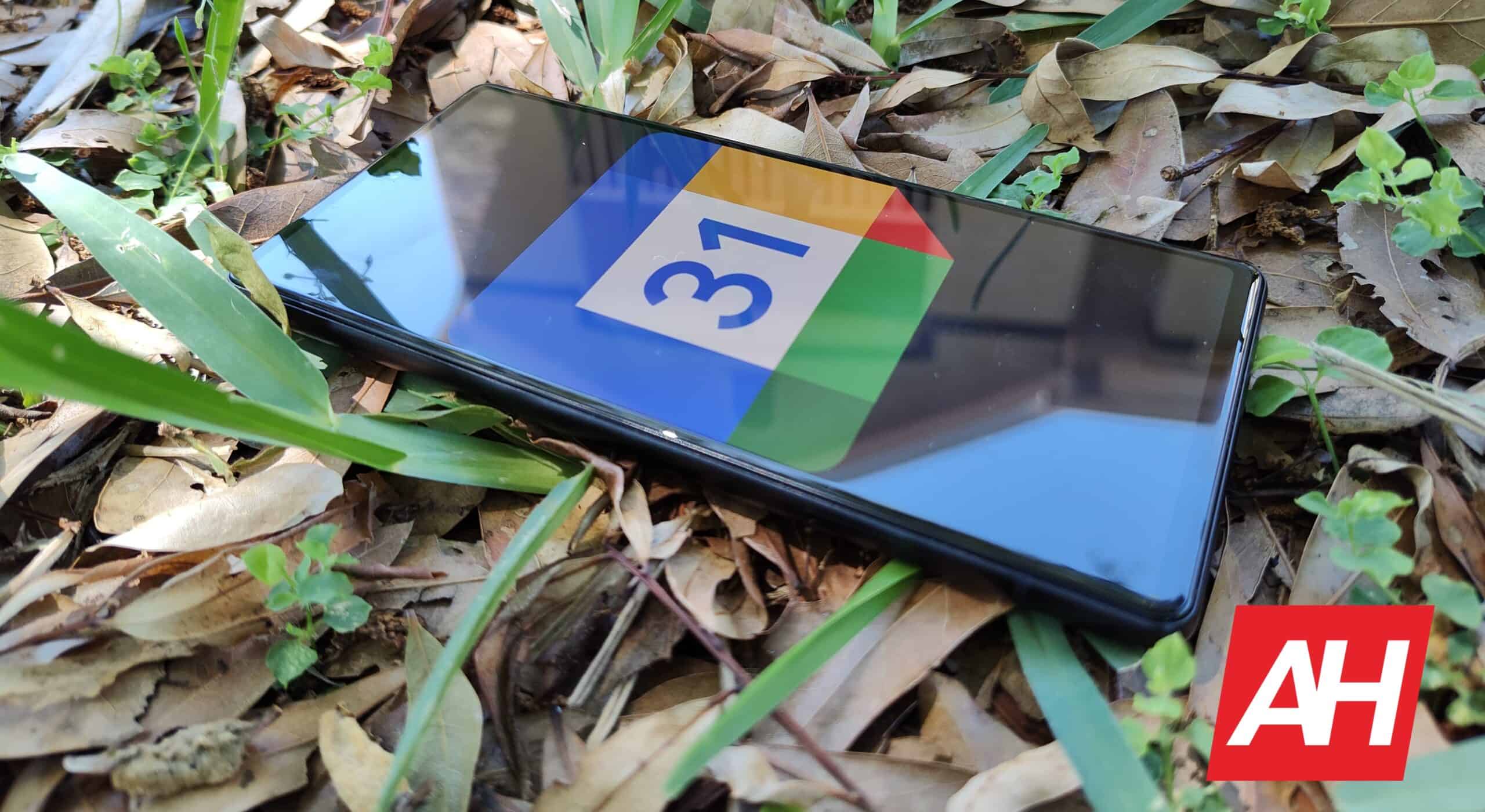
Source: ndroidheadlines.com
Google brings Bard to Europe & Brazil, adds new features
Today, Google announced that it is bringing Bard to more of Europe and into Brazil. This makes Bard available in a lot more countries now, making it easier than ever for people to get on-board.
Starting today, Bard will also work in more languages. It’ll support 40 languages including Arabic, Chinese, German, Hindi and Spanish, to name a few.
Google also announced today that Bard is getting four new features, to help it better suit your needs.
What’s new in Bard
So what’s new with Bard? Well, Google is adding a way for you to listen to responses. This will allow Bard to read them aloud to you, so you can approach your idea in a different way. The feature is now live in over 40 languages.
You can also easily adjust Bard’s responses. Google is allowing you to change the tone and style of Bard’s responses. Using five different options: simple, long, short, professional or casual. This is similar to a few other AI writing tools that already exist, but now you can do it with Bard.
Like with ChatGPT, Bard is now allowing you to have different conversations and now they can be pinned and renamed. So you can continue where you left off with Bard from yesterday, last week, or last month. Like the other features here, this is also available in over 40 languages.
Finally, Google is going to allow Bard to export code to more places. So many are using Bard for coding tasks, now you can do things like export Python code to Replit, or Google Colab. This is also available in more than 40 languages right now.
There’s so much new coming to Bard over the coming weeks and months. Google is moving at break-neck speed with Bard, and it’s quickly becoming the best chat bot on the market right now.
The post Google brings Bard to Europe & Brazil, adds new features appeared first on Android Headlines.

Source: ndroidheadlines.com
Towards a definition of “Open Artificial Intelligence”: First meeting recap
The Open Source Initiative recently kicked off a multi-stakeholder process to define machine learning systems that can be characterized as “Open Source.” A long list of non-profit organizations, corporations and research groups have joined our call to find a common understanding of “open” principles applied to artificial intelligence (AI).
A group of people who work at Mozilla Foundation, Creative Commons, Wikimedia Foundation, Internet Archive, Linux Foundation Europe, OSS Capital and OSI board members met recently in San Francisco to start framing the conversation.
Participants, who were not representing their employers, included: Lila Bailey, Adam Bouhenguel, Gabriele Columbro, Heather Meeker, Daniel Nazer, Jacob Rogers, Derek Slater and Luis Villa. The OSI’s Executive Director Stefano Maffulli and board members Pam Chestek, Aeva Black, and Justin Colannino also weighed in during the four-hour afternoon meeting at Mozilla’s San Francisco headquarters.
As the legislators accelerate and the doomsayers chant, one thing is clear: It’s time to define what “open” means in this context before it’s defined for us. AI is a controversial term and, for right now, the conversation about what to call this “open” definition is ongoing.
We want you to get involved: Send a proposal to speak at the online webinar series before August 4, 2023 and check out the timeline for upcoming in-person workshops. Up next is the first community review in Portland at FOSSY.
Why we’re in this together
This first small gathering aimed to set ground rules and create the first working document of a “Definition of AI systems” that reflect the Open Source values.
The group brainstormed over 20 reasons for dedicating time on this milestone project. These included reducing confusion for policymakers, helping developers understand data sharing and transparency, reducing confusion for re-users and modifiers, creating a permission structure and fighting open washing.A few in detail:
Good for business, good for the world
Participants agreed there’s value in understanding which startups and technologies to invest in, based on their “open practices” and contributions to the community.
One participant commented, “The point is not that we need a definition [of open AI] for business. The point is we need a definition to identify people who are doing technology in a way that shares it with the world, and that is what is important. Even if companies fail, they’ve still given something to the world.”
Cracking the black box
The group was soundly divided on the tensions and tradeoffs around transparency in ML training data. There’s a huge question when it comes to the sausage making that is today’s AI systems – what goes in and what comes out? Who gets to see the ingredients? What data should be transparent – zip codes, for example – and what information should not be – single patient tumor scans?
“When a private company creates private machine learning models, we have no idea what is forming or shaping those models, to the detriment of society as a whole,” one person commented. Another person added, “I’m very concerned about people blocking access to [their own personal financial or health care] data [that could be] used to train models because we’re going to get inherently biased…I hope that those designing the models are thinking long and hard about what data is important and valuable, especially if there are people saying ‘you shouldn’t use my medical data to train your model.’ That’s a very harmful road to go down.”
The value of openness
Open Source is about delivering users self-sovereignty in their software. Presumably an “Open AI” would be aimed at delivering self-sovereignty when it comes to use of and input into AI systems. Self-sovereignty is the reason field-of-use restrictions are forbidden in Open Source: Those imply requiring permission from a gatekeeper to proceed.
“Part of this work involves reflecting on the past 20-to-30 years of learning about what has gone well and what hasn’t in terms of the open community and the progress it has made,” one participant said, adding that “It’s important to understand that openness does not automatically mean ethical, right or just.” Other factors such as privacy concerns and safety when developing open systems come into play – there’s an ongoing tension between something being open and being safe, or potentially harmful.
“It is crucial to establish a document that not only offers a definition of openness but that also provides the necessary context to support it.”
Key debates
Participants generally agreed that the Definition of Open Source, drafted 25 years ago and maintained by the OSI, does not cover this new era. “This is not a software-only issue. It’s not something that can be solved by using the same exact terms as before,” noted one participant.
“Tensions” may have been the word to pop up most frequently in the course of the afternoon. The push-and-pull between best practices and formal requirements, what’s desirable in a definition versus what’s legally possible, the value of private data (e.g. healthcare) vs. reproducibility and transparency were just a few.
Field-of-Use restrictions
Most participants felt that the new definition should not limit the scope of the user’s right to adopt the technology for a specific purpose. There have been a number of AI creators leaving projects over ethical concerns and a push for “responsible” licenses that restrict usage.
“People are shortsighted in all the ways that matter,” one participant said, citing the example of Stable Diffusion’s ban on using the deep learning, text-to-image model for medical applications. “There are researchers who have figured out how to read the minds of people with locked-in syndrome, people who have figured out how to see mental imagery. And yet they can’t help these people and make their lives better because, technically, it’d be violating a license.” These researchers, for context, do not have the millions of dollars necessary to create a Stable Diffusion-type model from scratch, so the innovation is stalled.
“With field-of-use restrictions, we’re depriving creators of these tools a way to affect positive outcomes in society,” another participant noted.
While several participants noted their support for the intent behind ethical constraints, the consensus was that licenses are the wrong vehicle for enforcement.
Attribution requirements
There was much talk about a “landscape of tradeoffs” around attribution requirements, too. In a discussion about data used to train models, participants said that requiring attribution may not be meaningful because there’s not a single author. Even though communities like Wikipedia care about acknowledging who wrote what, it doesn’t hold up in this context and the creators of automated AI tools already have ways of being recognized. The length and breadth of these supporting documents are also a factor in skipping these requirements. One group member pointed out that “attribution” for a dataset might result in a 300-million page PDF. “Completely useless. It would compress well, because most of it would be redundant.”
This conversation dovetails with the tension between transparency and observability with requirements imposed by other regulations, like privacy and safety.
Get involved
This half-day discussion is only the beginning. Participants were well aware that the community will need more conversations and more collective thinking before finding a common ground. Send a proposal to speak at the online webinar series before August 4, 2023 and check out the timeline for upcoming in-person workshops. OSI members can also book time to chat with Executive Director Stefano Maffulli during office hours.
The post <span class=’p-name’>Towards a definition of “Open Artificial Intelligence”: First meeting recap</span> appeared first on Voices of Open Source.

Source: opensource.org
The Android 14 Beta 4 update brings some major bug fixes
Android 14 is on the horizon as Google has finally released Android 14 Beta 4 update for eligible Pixel devices, marking the final major release before the stable version is ready for public consumption. Additionally, the update also brings support for the highly anticipated Pixel Fold and Pixel Tablet, allowing developers to test and optimize their apps for these new devices.
The Android 14 Beta 4 update, with build number UPB4.230623.005, includes the July security patch and is reportedly 200MB in size, varying depending on the device. And although the update doesn’t introduce any major changes, it serves as the second “Platform Stability” release, thus giving developers the green light to start compatibility testing of their apps, APIs, SDKs, and libraries.
What’s new with the Android 14 beta 4 update?
In addition to encouraging developers to begin their final testing, the update includes several significant bug fixes. These fixes address issues that caused notifications to disappear, Quick Settings tiles to stop working until the device was restarted, the title of the currently playing song to be replaced with other information, and VoIP apps to stop recording audio when the screen was locked or the app was in the background. Additionally, the company has also resolved a system issue which prevented devices from charging and caused the Android System Intelligence service to crash.
Moreover, Google has also included a space-themed Easter egg in Android 14 Beta 4, which users can see by navigating to Settings > About phone > Android version and tapping on the Android version section repeatedly. And by doing so, the Android 14 logo will appear, floating in a space-like environment and holding down on the logo will trigger a space flight simulation.
While reports indicate that the update is rolling out, it may take some time before it reaches all users, depending on their device and carrier. You can also check manually to see if the update is available for you to download. Should it not pop up in your notifications.
The post The Android 14 Beta 4 update brings some major bug fixes appeared first on Android Headlines.
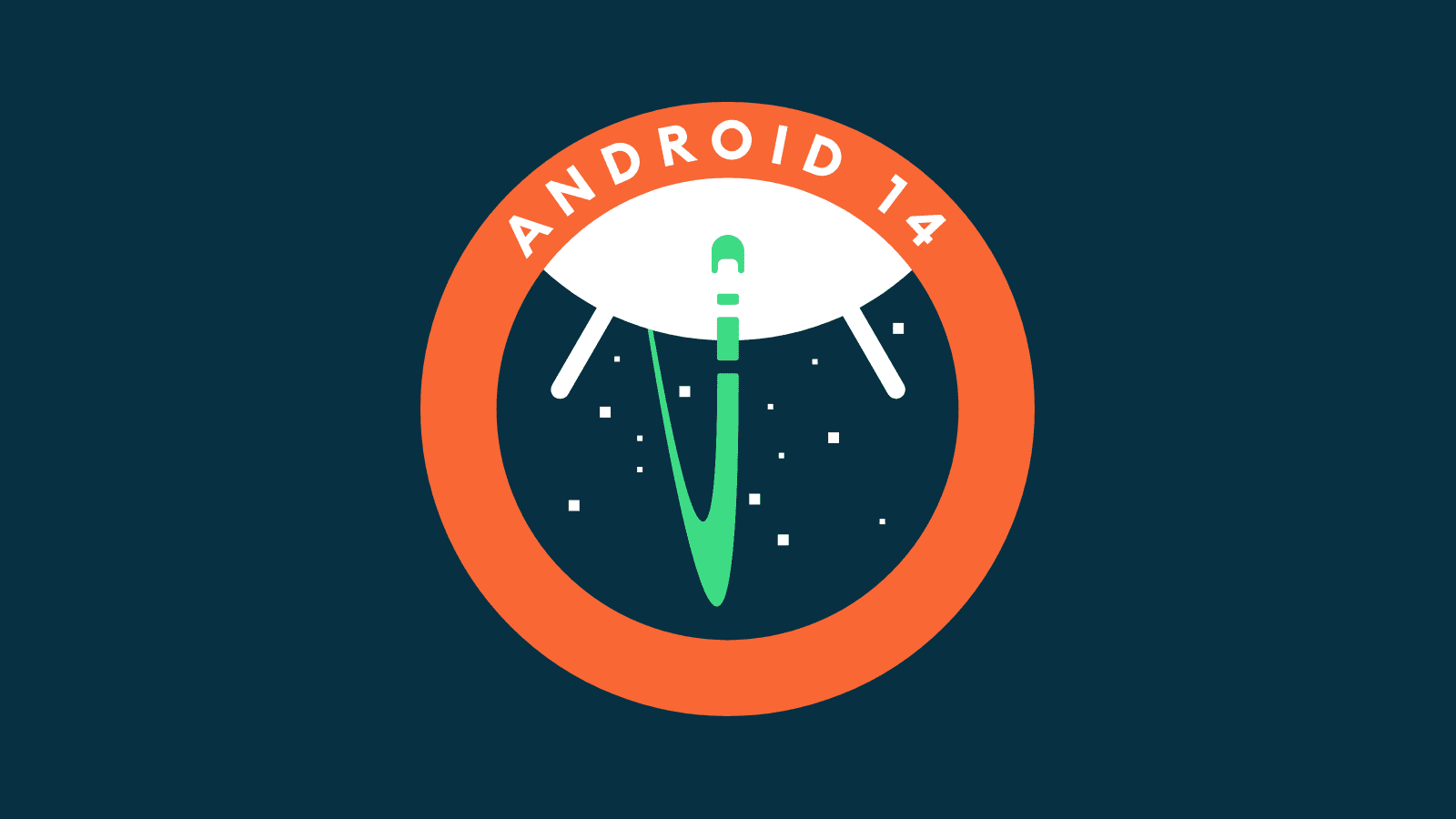
Source: ndroidheadlines.com
The OnePlus 12 might look… familiar
The OnePlus 11 was received well by reviewers and customers, and the company is hard at work making its next mobile tour de force. Now, long before this device is set to launch, we have some renders of the OnePlus 12. These renders show us a pretty familiar-looking device (via Smartpix).
OnePlus launched the OnePlus 11 earlier this year, so we don’t expect to see solid information about the OnePlus 12 for several months. It’s surprising that we’re seeing these renders this early. Just know that the rumor mill surrounding this phone won’t really pick up for a while.
These renders show that the OnePlus 12 will look pretty familiar
This is a pretty surprising turn of events for OnePlus- that’s assuming that these renders are accurate. Looking at the renders, we see that the company might opt for a center-mounted punch-hole rather than one on the left.
Another thing that the renders show is that this phone might sport a telescopic zoom camera as well. This will give it superior zooming capabilities. Right now, Samsung is the king of zoom photography with its 100x zoom.
The most notable thing that these renders reveal is the similar design to the OnePlus 11. In fact, based on the renders, the OnePlus 12 is looking to be a mirror image of the OnePlus 11. That’s a bit surprising, as OnePlus is one of the main companies making its flagship devices look different each year.
All hope for Apple providing fresh designs is lost, and Samsung has gone down the same path. It looks to be the same for other major smartphone brands as well. However, OnePlus has been able to keep things fresh with its designs. Admittedly, the OnePlus 11 looks rather good.
The fact that OnePlus could be recycling the same design might come off as odd to fans of the brand. Let’s just hope that OnePlus doesn’t go down the same path as Apple.
The post The OnePlus 12 might look… familiar appeared first on Android Headlines.
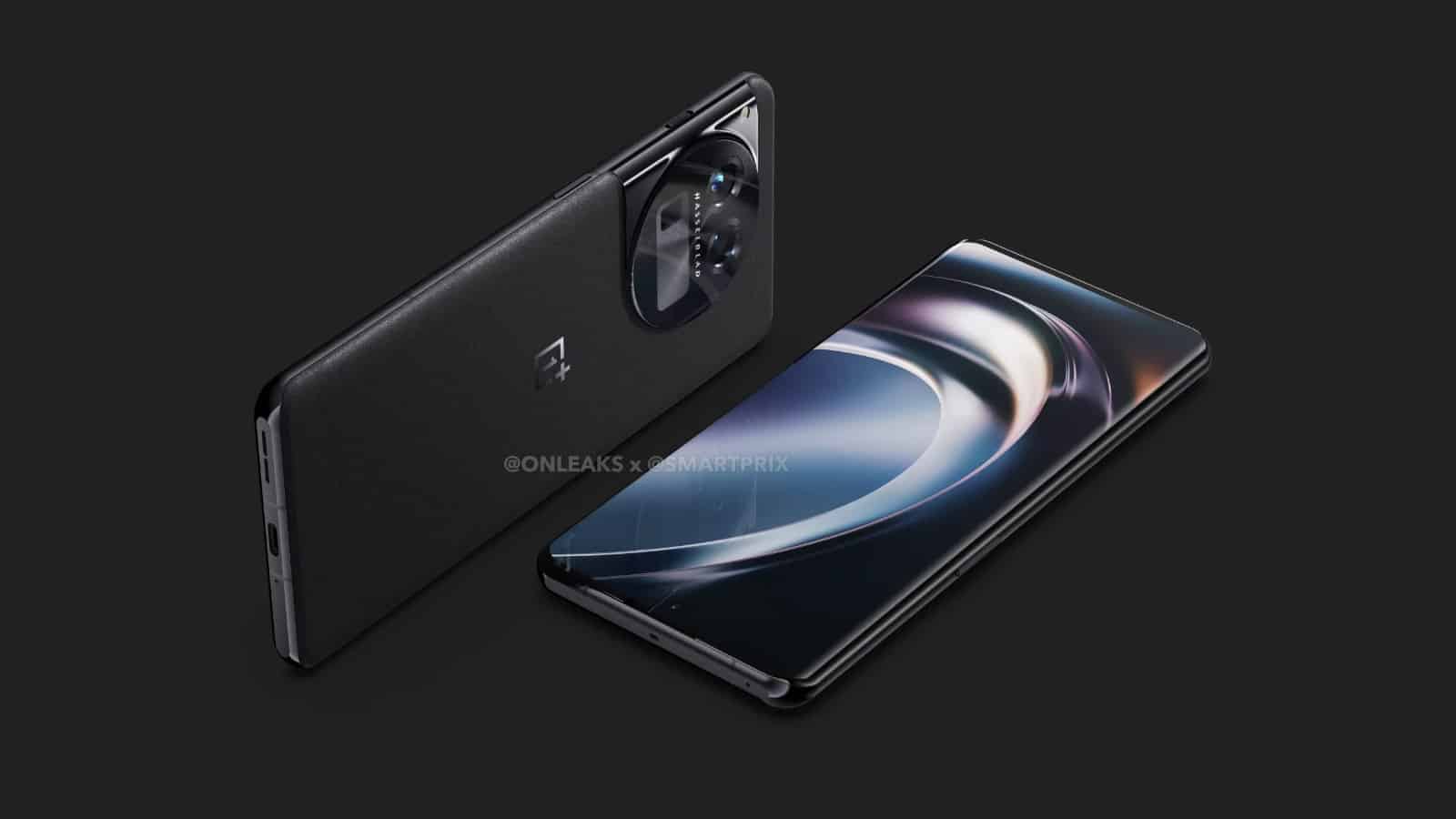
Source: ndroidheadlines.com
Buy a tablet on Prime Day so you don't have to pay full price
Samsung, Lenovo, and Microsoft are all discounting tablets for Prime Day, which means you can pick one up and avoid having to pay full price. You should absolutely want to pay less money for a tablet if you’ve considered buying one before. So keep in mind that Prime Day deals are only going to stick around for another 12 hours or so at the time of writing.
As for the tablets on sale for Prime Day, we’ll start with Microsoft since there’s only two options there. It’s the same tablet, the Surface Go 3, but there are two variations of it. A model with a 128GB SSD and 8GB of RAM, and then a model with 64GB of eMMC storage and 4GB of RAM.
Samsung, Lenovo, Microsoft Tablets
They’re also both different colors and slightly different prices. The 128GB model comes in black and is discounted down to $650.99. Meanwhile the 64GB model comes in platinum and is discounted down to $670.99. These tablets also have a 10.5-inch touchscreen, up to 11 hours of battery life, and they both run Windows 11.
If you’re looking for something that costs less money, look to Samsung’s plethora of Galaxy Tabs. There’s the Galaxy A8, S6 Lite, A7, S8 and S8+, S7 FE, and A7 Lite. With a variety of different screen sizes and colors, in addition to discounted prices as low as $104.99. Of course the prices can go much higher. The 12-inch Galaxy Tab S8+ for example is still $849. But the normal price is $979.99 so you’re still saving quite a bit.
The cheapest tablet on sale for Prime Day however is the Lenovo Tab M8 (Go Edition). It’s down to $79.99 and runs on Android 12, with an 8-inch screen, 2GB of RAM and 32GB of storage. This might be the perfect tablet if you just want something to read or stream movies on, or browse the web.
Samsung, Lenovo, Microsoft Tablets
The post Buy a tablet on Prime Day so you don’t have to pay full price appeared first on Android Headlines.
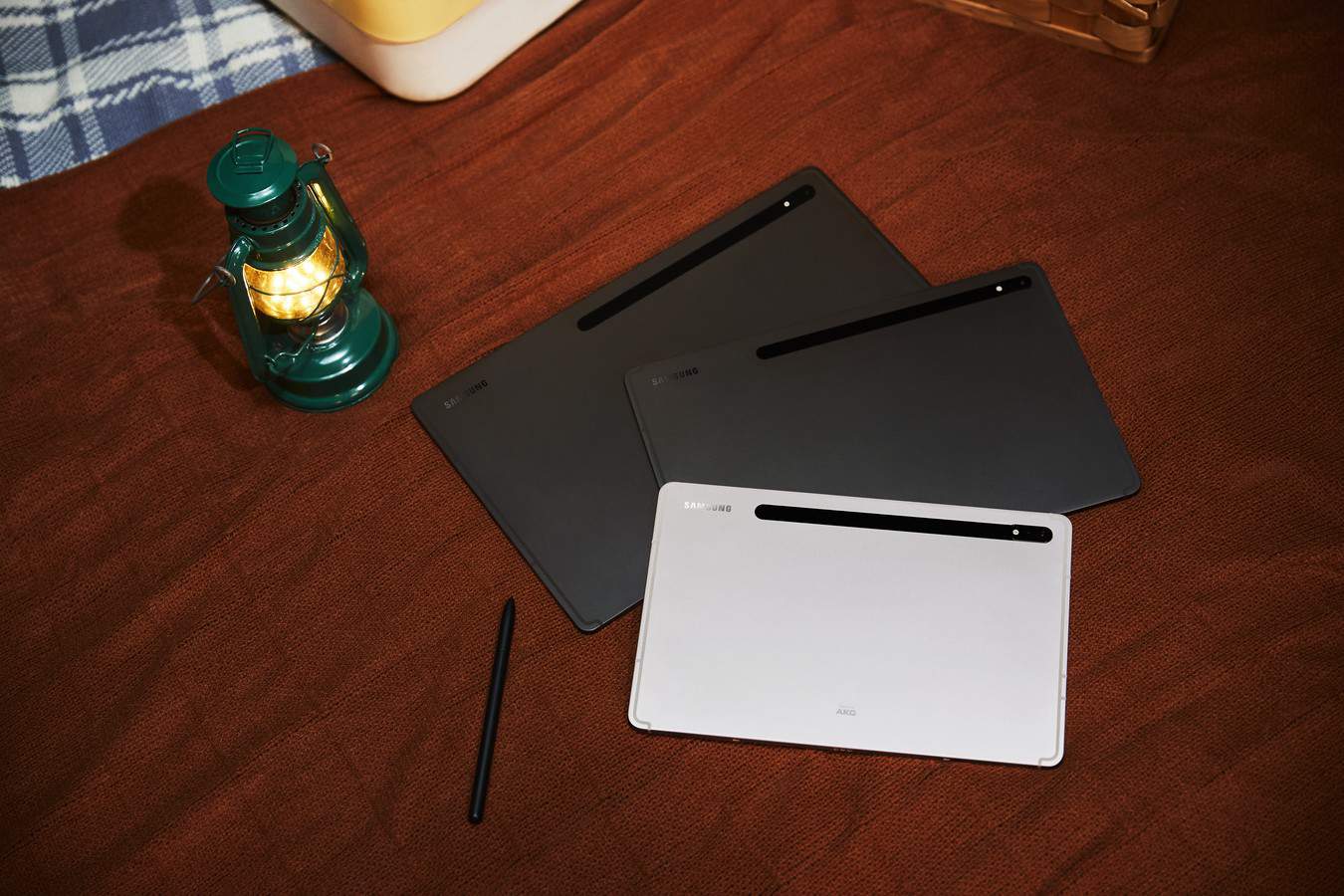
Source: ndroidheadlines.com
Logitech has huge Prime Day discounts on gaming accessories
Logitech is discounting a wide array of different gaming accessories for Prime Day, and there are some really, really good peripherals that you can pick up for a lot less than normal.
For example, Logitech’s best gaming keyboard and one of the best gaming keyboards period is on sale for 35% off. We’re talking about the Logitech G915 TKL, which is normally $229.99 but for Prime Day you can grab it for $149.99. That’s certainly, still kind of a lot for a gaming keyboard but it’s much more manageable than the regular price. And well worth it for all the features you get. Like the ultra low profile keys and slim design, the dual wireless connection with Lightspeed and Bluetooth, dedicated media keys and up to 40 hours of battery life.
Logitech Gaming Accessories
This isn’t Logitech’s only gaming keyboard available of course. It’s also discounting the G213. This is a wired keyboard and normally costs $69.99 but it’s on sale for $39.99. If you need a decent gaming keyboard without spending a lot of money, you can’t go wrong here.
And of course there’s accessories outside of keyboards too. Like Logitech’s driving wheel for racing games. Discounted to $199.99 instead of $299.99. Or the company’s G535 Lightspeed wireless gaming headset that’s now just $79.99 instead of $129.99. If we had to suggest one thing though, it would probably be the G502 gaming mouse. Both the wired and wireless versions are on sale. The G502 Hero (the wired model) is down to $34.99. The G502 Lightspeed which is the wireless model is down to $89.99. This is one of the best gaming mice out there and it’s a steal at either price.
There are even some non-gaming accessories worth looking at. Again these are Prime Day prices so the deals on them will only last through today. And that means you’re looking at just under 13 hours left at the time of writing. If you want to check out other deals, you can do so here.
Logitech Gaming Accessories
The post Logitech has huge Prime Day discounts on gaming accessories appeared first on Android Headlines.
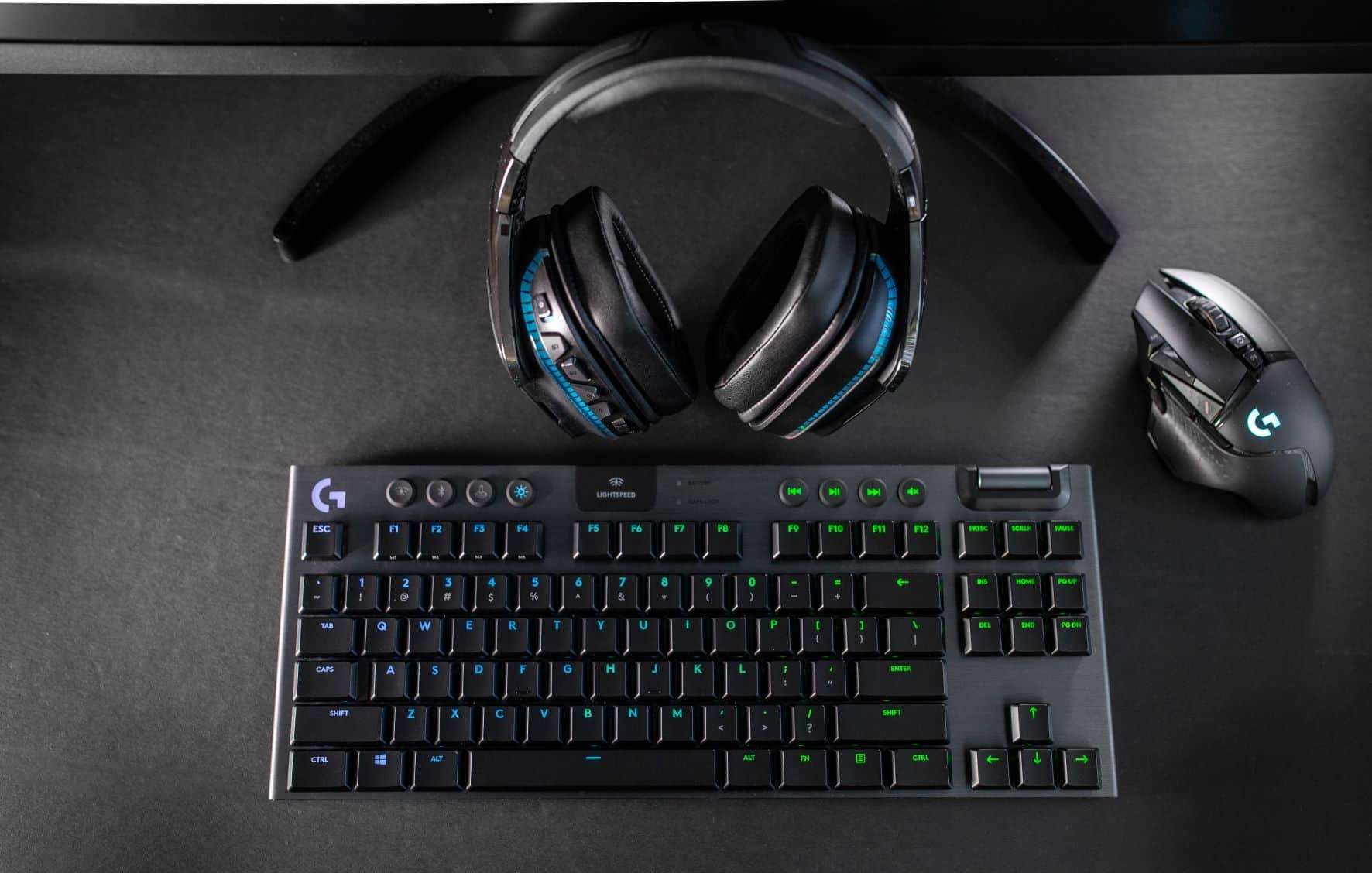
Source: ndroidheadlines.com
The HONOR Magic V2 takes the title of world's thinnest foldable phone
Foldable phones have come a long way since the first batch. Since then, several companies have innovated on the foldable phone formula. Now, we have companies like Oppo, Vivo, OnePlus (soon), Xiaomi, and Google bringing their foldable phones to the market. HONOR is one of them, and its Magic V2 looks like it’s going to be the world’s thinnest foldable phone via Android Authority).
The company just unveiled its third foldable device. The Magic V2 is a notebook-style foldable. It has an outer display with a 6.43-inch OLED panel (2376 x 1060) with a 120Hz refresh rate. As for the inner display, we’re looking at a 7.92-inch OLED panel (2376 x 2156) with the same 120Hz refresh rate.
Powering this phone, we have the Snapdragon 8 Gen 2 SoC, so we know that it’s as powerful as any phone on the market. There are three RAM/storage configurations. We have 16GB/256 and 16GB/512GB variants for the regular Magic V2 and 16GB/1TB for the Magic V2 Ultimate.
Moving onto the camera, we’re looking at a 50MP main camera accompanied by a 50MP ultrawide camera and a 20MP telephoto camera. For the front-facing camera, we’re looking at a 16MP wide camera. All cameras are able to take 4K video.
Keeping the lights on, we have a 5,000mAh battery. It can Use 66W Supercharge technology.
The Magic V2 is the world’s thinnest foldable phone
So, foldable phones haven’t only become more sturdy; they’ve also become thinner. Back in the day, a foldable was basically the thickness of two slab phones. Now, HONOR just took the crown for making the thinnest folding phone on the market.
This phone measures just 9.9mm when folded. That’s only 11% thicker than a Galaxy S23 Ultra. While the Ultra isn’t quite the thinnest phone, it shows that foldables are approaching the thinness of slab phones.
When it’s unfolded, the phone is only 4.7mm thick. That’s 2.4mm thinner than the iPhone 6s (7.1mm thick). For the time being, we’re going to have to wait to see if this will impact the durability of this phone. Only time will tell.
As for the price, this phone starts at ¥8999 ($1,253) for the 256GB storage variant. That’s a massive undercut compared to the foldables from Samsung and Google.
The post The HONOR Magic V2 takes the title of world’s thinnest foldable phone appeared first on Android Headlines.
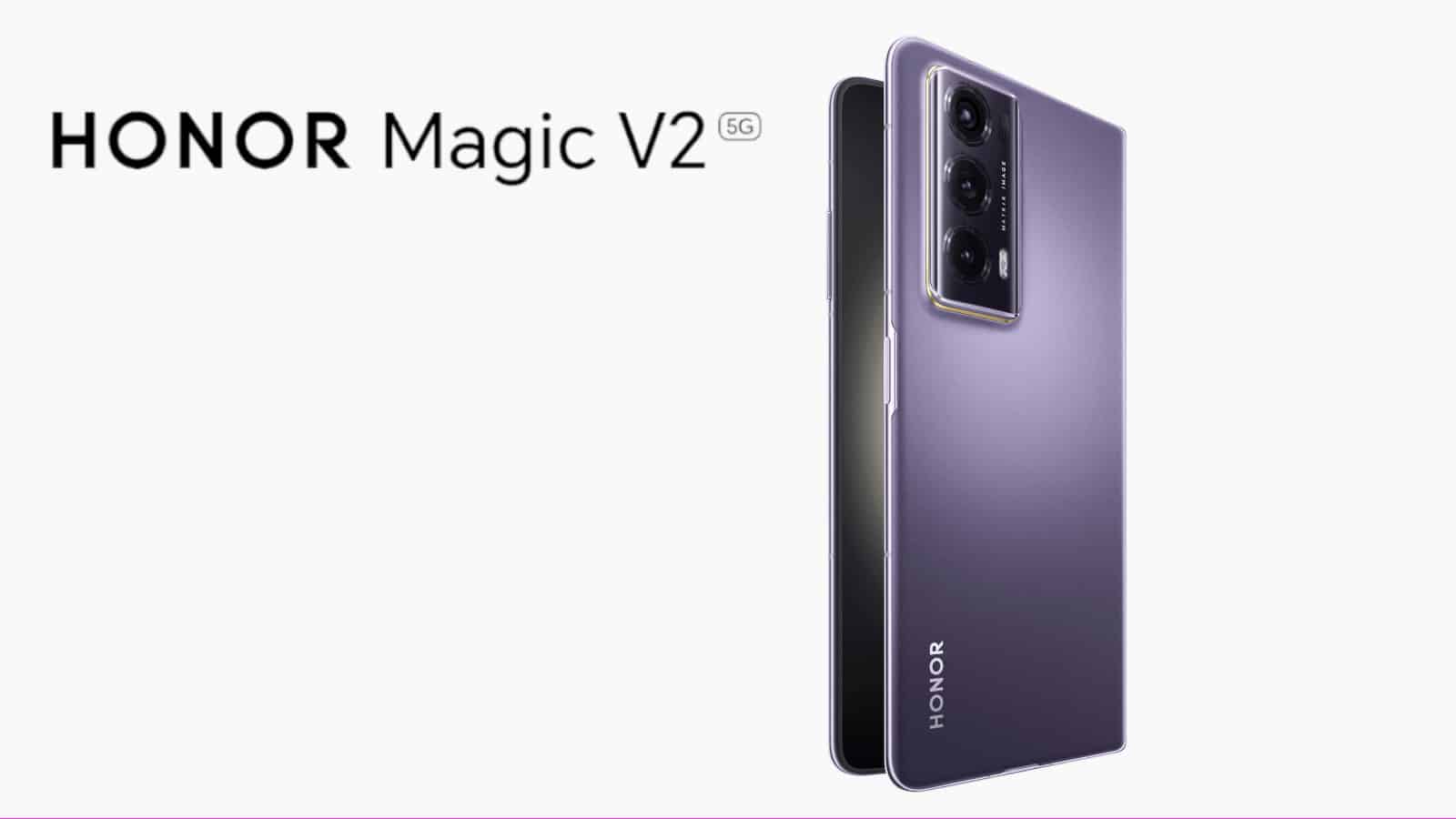
Source: ndroidheadlines.com
10 most popular KB articles in June 2023, for VMware Tanzu Application Service, BOSH and more.
Tweet This blog post highlights the most popular knowledge base (KB) articles from June, including instructions on generating self-signed SSL certificates using the Java keytool command, troubleshooting LDAP user login errors, resolving Out of Memory issues in Java applications, configuring access log entries for Spring Boot apps, handling volume mounting errors in TAS for VMs, … Continued
The post 10 most popular KB articles in June 2023, for VMware Tanzu Application Service, BOSH and more. appeared first on VMware Support Insider.
{$inline_image}
Source: vmware
Convening public benefit and charitable foundations working in open domains
SAN FRANCISCO – July 12, 2023 – The public policy team of the Open Source Initiative (OSI) has launched the Open Policy Alliance (OPA), a new program aimed at building and supporting a coalition of underrepresented voices from public benefit and charitable foundations. The OPA, has been created in response to increased demand for public dialog and stakeholder engagement in the Open Source software community as well as adjacent areas such as open content, research, AI and data.
Open Source ecosystem veteran Deborah Bryant, OSI US policy director, will lead the program. “While Open Source is a global, borderless activity, public policies are developed locally,” said Bryant. “The OPA will focus on education in the US while exchanging and sharing information with like-minded organizations globally. The OPA seeks to empower these voices and enable them to actively participate in educating and informing US public policy decisions related to Open Source software, content, research and education.”
The need to create such a program is more urgent today due to the rise of new regulations in the software industry and adjacent open domains around the world. Cyber security, the societal impact of AI, data and privacy are important issues for legislators globally. At the same time, the COVID-19 pandemic drove collaborative development to unprecedented levels and took Open Source software, open research, open content and data from mainstream to main stage. Moving forward, developing these important public policies whilst not harming the ecosystem requires an understanding of how the Open Source ecosystem works. Ensuring stakeholders without historic benefit of representation are included in those discussions becomes paramount to that end.
The OPA will focus on educating public policy makers on Open Source to inform their development and deliberation of new policy concepts. There are unintended consequences that come from a lack of understanding of how open collaboration works in practice. The OPA will address this as well as the historic absence of contribution from underrepresented groups. The interest areas of the OPA community will complement those of Digitable Public Goods Alliance, a UNICEF multi-stakeholder initiative with a mission to accelerate the attainment of sustainable development goals in low- and middle-income countries that OSI joined earlier this year.
Quotes from founding organizations of the OPA
“Open Source has changed the way we build software and the way the world interacts with technology for the better,” said Deb Nicholson, executive director, Python Software Foundation. “Now more than ever, policy makers need to hear from community-driven Open Source projects about how policy changes will affect developers, users and the future of collaboration. We’re glad the Open Source Initiative is bringing charitable foundations together to help provide that expertise.”
“Open Source is in danger as the regulatory landscape around software is evolving,” said Thierry Carrez, general manager of the Open Infrastructure Foundation. “Who better than the OSI to gather and amplify the voices of the community’s Open Source organizations so that
everyone can participate in that discussion? As an affiliate organization of the OSI, the OpenInfra Foundation is proud to join the OPA and increase our collaboration around such a timely initiative, as it complements work we already have underway with our hubs in Europe and Asia.”
“Open@RIT is honored to have been invited to join the OPA as a founding organization. We began teaching our students and faculty to become FOSS contributors and release their academic and research work in the open for 15 years,” said Stephen Jacobs, director. “During that time, the majority of our efforts have centered on supporting humanitarian and civic projects with organizations such as UNICEF, the New York state government and project communities like P5JS and Csound. Because of the wide diversity of practices in these types of communities, it’s been challenging to put a representative voice out there that addresses their common needs; particularly around infrastructure and support for the communities that drive the technology forward and keep it stable. The OPA looks to fill that need. We’ve worked with Deb Bryant for over a decade and are pleased to hear that she’ll bring her wide and deep understanding of FOSS across the not-for-profit and for-profit worlds to the organization.”
“As advocates for digital openness, OpenForum Europe recognizes the opportunity presented by the Open Policy Alliance to give more voices and ideas a platform in digital policy development,” said Astor Nummelin Carlberg, executive director. “We stand ready to share our knowledge and collaborate with like-minded organizations globally. This effort not only underscores the significance of Open Source in our interconnected world, but also the imperative for informed and inclusive policy making.”
“The FreeBSD Foundation is excited to participate in the OPA and thanks OSI for taking this initiative. Open Source has become ubiquitous, with one code-scanning company finding that 96% of ALL codebases contain Open Source,” said Deb Goodkin, executive director. “This means that securing and maintaining Open Source is necessary to securing our digital infrastructure. However, Open Source is not unitary. Much Open Source is corporate-backed, but many projects, such as FreeBSD, are community-driven. It is vital that policy makers understand the differences in these models in order to ensure that policies result in the desired outcomes.”
Public benefit and charitable foundations with an interest in Open Source software, content, research and education are encouraged to join the OPA. By working together, the coalition members will amplify their collective impact, creating a more inclusive and equitable future for Open Source. Founding organizations of the Open Policy Alliance include the non-profit organizations:
Apereo Foundation
FreeBSD Foundation
open@RIT
OpenInfra Foundation
Plone Foundation
Python Software Foundation
Associazione LibreItalia
The Document Foundation
Eclipse Foundation
KDE Foundation
OpenForum Europe
Open Source Hong Kong
OpenStreetMap Foundation
OSI Executive Director Stefano Maffulli will discuss the global policy landscape and the role the OPA will play in it at FOSSY 2023 in Portland, Ore on July 15th. For more information about the OPA visit its web page.
The post <span class=’p-name’>Convening public benefit and charitable foundations working in open domains</span> appeared first on Voices of Open Source.

Source: opensource.org
Missing out on these Keurig deals is doing yourself a disservice
Look, unless you absolutely despise coffee, and if you’re reading this post you likely don’t, then you should definitely consider grabbing a Keurig coffee maker during Prime Day. Even if you love to brew through other means and using different devices, a Keurig coffee maker is a handy little thing to have for those times of convenience.
Some days you just want to roll out of bed, brew a quick cup and get to work. Or maybe you’re not really into coffee too much and just want an easy way to brew it every morning. Well, that’s what Keurig machines are for. Keep the water reservoir filled, pop in a coffee pod after turning on the machine and in less than a minute you have a hot cup of coffee. There are a couple of different machines that are on sale for Prime Day this year. There’s the K-Mini Plus which is down to $79.99 from $109.99.
The reason we love this one is because it’s compact and fits into smaller spaces. It also comes in a few different colors and comes with a coffee pod storage unit. You just have to fill the one-cup water reservoir every time you brew, which is simple enough. There’s also the K-Iced if you prefer iced coffee. Or if you want to brew coffee for more than one person at a time, consider the K-Duo Plus. This machine has a 60oz reservoir for brewing multiple cups before needing a refill. It also comes with a thermal carafe to keep coffee warm if you’re brewing a lot all at once. It’s down to $140 instead of $230.
Keurig Coffee Makers
Why you should buy a Keurig coffee maker
Because they’re easy to use and they make pretty good coffee in no time at all. And with coffee pods from loads of different brands you can probably find your favorite among them. Worth noting though is you do also need to routinely clean the machines.
Luckily, Keurig is also discounting its 3-month Keurig Care kit down to $9.99 when it’s normally more than double that price. You can also check out loads of other deals for Prime Day.
Keurig Coffee Makers
The post Missing out on these Keurig deals is doing yourself a disservice appeared first on Android Headlines.

Source: ndroidheadlines.com
Google patented a smart Airplane Mode activation
Google is reportedly working on a smart way to activate Airplane Mode. The company has filed a patent with the World Intellectual Property Organization (WIPO) dubbed “Activating a Connected Flight Mode.”
Airlines usually ask passengers to activate Airplane Mode when flying due to electromagnetic interference. Some other users might also use the feature to turn off connections and stay concentrated. Activating Airplane Mode in Android is as simple as tapping a toggle. But, Google is thinking of a new way to activate Airplane Mode automatically.
According to the patent details, your device will rely on sensors to track certain parameters, like acceleration and speed, in order to determine if you’re flying. A drop in pressure and listening for cabin sounds are other ways to decide about the phone’s and passenger’s status.
Google to activate Airplane Mode in Android devices automatically by checking some environmental factors
Any change in the noise of the flight engine and altitude ding and radio signals (GPS, Cellular ID, Wi-Fi signal) will help Google to check if a device is in an airplane. Besides these environmental factors, Google might also check the booking records and check-in status to know when to activate Connected Flight Mode.
Once the Connected Flight Mode is enabled, your device goes into a special mode to prevent electromagnetic interference. One great advantage of Connected Flight Mode is it allows you to stay connected to the plane’s Bluetooth Wi-Fi. Instead, the Airplane Mode shuts down all connections in a device, and you should turn them on separately later.
Another great thing about Connected Flight Mode is it treats in-flight Wi-Fi as a regular network. This means once your device is connected to in-flight Wi-Fi, it’s like connecting to “high bandwidth capabilities and un-metered use.”
Google explains the feature in this way: “Therefore, processes which use a lot of bandwidth, such as photo backups, may still execute while on a flight regardless of actual flight network capacities and qualities and thus can take up a significant amount of the limited resources of the plane’s internet connectivity. The disclosed technology can automatically switch a connected flight mode on before or during a flight to provide portable computing devices with granular levels of connectivity.”
With the Android 14 launch scheduled for fall 2023, it’s unlikely that we can see Connected Flight Mode anytime soon.
The post Google patented a smart Airplane Mode activation appeared first on Android Headlines.

Source: ndroidheadlines.com
You won't want to miss these discounts on gaming gear
Prime Day is prime time for saving money on all kinds of gaming gear from numerous brands like Corsair, Elgato, ASUS and quite a few others. Whether you’re looking for a discount on a brand-new gaming keyboard or you want to level up your streamer setup, you should be able to find something that fits your needs.
For starters, if you’re getting into streaming then don’t overlook the Elgato Stream Deck MK.2. This little device plugs into your PC and provides macro keys for all kinds of stuff to make your streams easier to interact with. It’s normally $149.99 but right now for Prime Day it’s $114.99. Or you can grab the white model for $109.99. Elgato is also discounting the price of HD60X external capture card, collapsible green screen, and more. HyperX even has a couple of its new streaming mics on sale with the QuadCast S and normal QuadCast available for $119.99 and $89.99 respectively.
If you don’t need streamer gear, there’s gaming mice and keyboards, and mouse mats, on sale too. Corsair’s excellent K70 Pro RGB mechanical gaming keyboard has been discounted down to $119.99 from $179.99. And the Corsair Ironclaw mouse is now just $50. If it’s audio you need, well there’s a few options there too. Both the HyperX Cloud II and Cloud Alpha are outstanding gaming headset and both are on sale right now. There’s also a few options from Sennheiser, EPOS, Corsair, and SteelSeries worth looking at.
Corsair, Elgato and more Gaming Gear
Why you should buy gaming gear from Corsair, Elgato and others
Because you want something that’s both quality and available at a good price. While many of these products are worth it at their original cost, why not save money when you can if you’re in the market for an upgrade. And to that end, don’t miss out on some of these deals.
There are definitely some standout products. But there are more than a few worth your consideration.
Corsair, Elgato and more Gaming Gear
The post You won’t want to miss these discounts on gaming gear appeared first on Android Headlines.

Source: ndroidheadlines.com
Save $200 on this premium JBL speaker for Amazon Prime Day
It’s summer, and that means pool parties and beach parties. Prime Day is the best time to shop for your next favorite speaker, and this premium JBL speaker is right for you.
If you want a less-premium speaker, this speaker also scored a discount:
JBL Charge 5 Portable Speaker – $119.99 (reg. $179. 95)
It’s the time to be outside, and if you’re hanging with your friends by the pool or at the beach, then you’ll want to have some music to keep the fun going. This is where JBL and its powerful Boombox 2 Portable Speaker come in.
What’s the point of having a party speaker if you can’t hear it? The JBL Boombox has an impressive output of 160W. This means that it can be heard clearly when outside. Not only is the audio clear, but it packs a ton of bass. The speaker comes with powerful drivers that deliver a pulse-pounding bass.
This is a Bluetooth speaker, so you’re able to pair it with your smartphone, tablet, MP3 player, computer, etc. if you’re looking to be the DJ. It’s easy to switch devices if you need to hand the spotlight to someone else.
Moving over to the battery, there’s no point in having a powerful speaker if it is dead. The Boombox 2 speaker has a large rechargeable battery that can last long enough for any party or listening session. It can get you through a full 24 hours. That’s great if you don’t want to have to worry about charging the speaker for a while.
You also don’t have to worry about taking it outside. This speaker is IPX7 water-resistant. This means that it can be submerged in up to 3m of freshwater for up to 30 minutes without getting damaged.
JBL Boombox 2 – Amazon
Be sure to check out more exciting tech deals on Android Headlines’ Deals page.
The post Save $200 on this premium JBL speaker for Amazon Prime Day appeared first on Android Headlines.

Source: ndroidheadlines.com
Top 10 KB articles for PostgreSQL, VMware Tanzu Greenplum in June 2023.
list of the top 10 Knowledge Base (KB) articles that gained popularity in June. These articles serve as valuable resources for database administrators and users alike, offering step-by-step instructions and resolutions for a variety of challenges. By sharing this curated list, we aim to promote self-service and empower individuals to overcome common database hurdles efficiently. So, let’s dive into the most sought-after KB articles of the month!
The post Top 10 KB articles for PostgreSQL, VMware Tanzu Greenplum in June 2023. appeared first on VMware Support Insider.
{$inline_image}
Source: vmware
Modern EU policies need the voices of the fourth sector
Traduit en français.
It’s good news that the European Commission is now considering the value and needs of Open Source in its policy deliberations. What’s not as good is that it does so through the wrong lens. The Commission needs to extend its consultations, Expert Groups and other work to include and consider the fourth sector.
Post-industrial society comprises three sectors in the worldview undergirding the European Union:
The commercial sector includes industrial, extractive, service, logistic and administrative companies. They are represented by industry and trade associations, by consulting and lobbying companies and more.
The labor sector includes workers of all kinds – industrial, skilled, research, educational, managerial, entrepreneurial and more. They are represented by trade unions, professional bodies, guilds and more.
The consumer sector comprises everyone spending their personal wealth at all scales. They are represented by consumer associations, civil society organizations, religious organizations and more.
Internet changed everything
But the internet has driven change over the last 50 years from which has arisen the World Wide Web and hence the Open Source movement, which in turn have catalyzed many open culture movements related to technologies. The wave of open has produced many phenomena – good, bad and pending judgment – including the gig economy, open knowledge communities like Wikipedia and the Internet Archive, technology giants like Facebook and Google, open software stacks and supply chains and much, much more. The roles people play in this open wave do not fit comfortably into the three post-industrial sectors.
For example, an individual would be expected predominantly to fall within the consumer sector, with a section of their life represented in the labor sector. But an Open Source developer can be innovating and creating soft goods (commercial sector) which are assembled (commercial sector) or used (consumer sector) by others. A video streamer may be creating new copyrighted works of great value (commercial sector) that are widely viewed (consumer sector). An author or musician can now create their own compelling brand without becoming an employee of a publisher.
The fourth sector lacks representation
This introduces a new fourth sector. It comprises individuals, often connected and facilitated by ad-hoc or charitable communities, playing the roles of the commercial, labor and consumer sectors in varying mixes all at the same time. The fourth sector is poorly represented by the entities and roles associated with all three of the other sectors. That’s inevitable; each fourth sector role will fuse together an aspect represented and an aspect confronted by any of the entities and roles dedicated to the three traditional sectors.
This means that a consumer association won’t advocate well for Open Source developers because an aspect of their existence is classified as commercial. A streamer won’t be well represented by a trade union because they embody both consumer and commercial aspects. And so on. As a result, existing consultation mechanisms used by legislators are guaranteed to fail. When they try to deal with Open Source by expressing the understanding they have gained of proprietary software, they will keep causing collateral damage — as we have seen in the Cyber Resilience Act (CRA) and many times previously. The need will increase as regulation tries to control, account for or promote the activities of the fourth sector without consulting it.
One significant reason this has been happening for such a long time already is the lack of a term to use to raise the issue. That’s why I am proposing to call this sector of European society the “fourth sector.” It extends well beyond Open Source, covering any new, citizen-centric economic activity which is hard to have represented with only the existing commercial, labor and consumer lenses. Let’s tell the Commission and other governments that it’s time to care about the fourth sector, which is the driving force for all the changes they want to embrace — or control.
This article first appeared on Webmink in draft.
The post <span class=’p-name’>Modern EU policies need the voices of the fourth sector</span> appeared first on Voices of Open Source.

Source: opensource.org
A recent Fitbit Charge 5 update is bricking some devices
A recent update to the Fitbit Charge 5 tracker has bricked devices for some users. Preceeded by heavy battery drain. The Fitbit Charge 5 is Fitbit’s latest tracker in the Charge series to date and remains one of the company’s most popular wearables.
And up until the most recent software update it’s been a pretty decent device for most. But this latest update is having some negative impacts. According to Android Authority, many users are actually being impacted. Which suggests this isn’t just a small number of devices that are having issues.
Of course, the update isn’t impacting everyone, but enough that it seems the software probably isn’t safe to install. That is, if you want to continue using the device as intended. Installing the software may or may not impose these issues on your Charge 5. So install at your own risk. There is also one minor issue regarding the update process. As Android Authority points out, auto updates don’t have a way to be disabled. Which means the only way you can probably avoid the update, if it hasn’t already been installed, is to ensure your Charge 5 isn’t connected to the internet.
If your Fitbit Charge 5 is bricked, there’s no unfortunately fix yet
With this being such a major issue for a widespread number of users, you’d think there would be recourse for those affected. But that doesn’t seem to be the case.
Fitbit doesn’t have a fix for the problem at the time being. And users having problems with their Charge 5 after this update are merely getting a 35% discount on a new device. So, Fitbit’s answer due to the software problem is you having to buy a new device. Your Charge 5 also needs to still be under warranty.
That seems like a pretty raw deal considering the consequences of the update. And if Fitbit isn’t providing users with a resolution, you may want to hold off using the device for now. Especially if the update will brick your device and you won’t be able to use it anyway.
The post A recent Fitbit Charge 5 update is bricking some devices appeared first on Android Headlines.
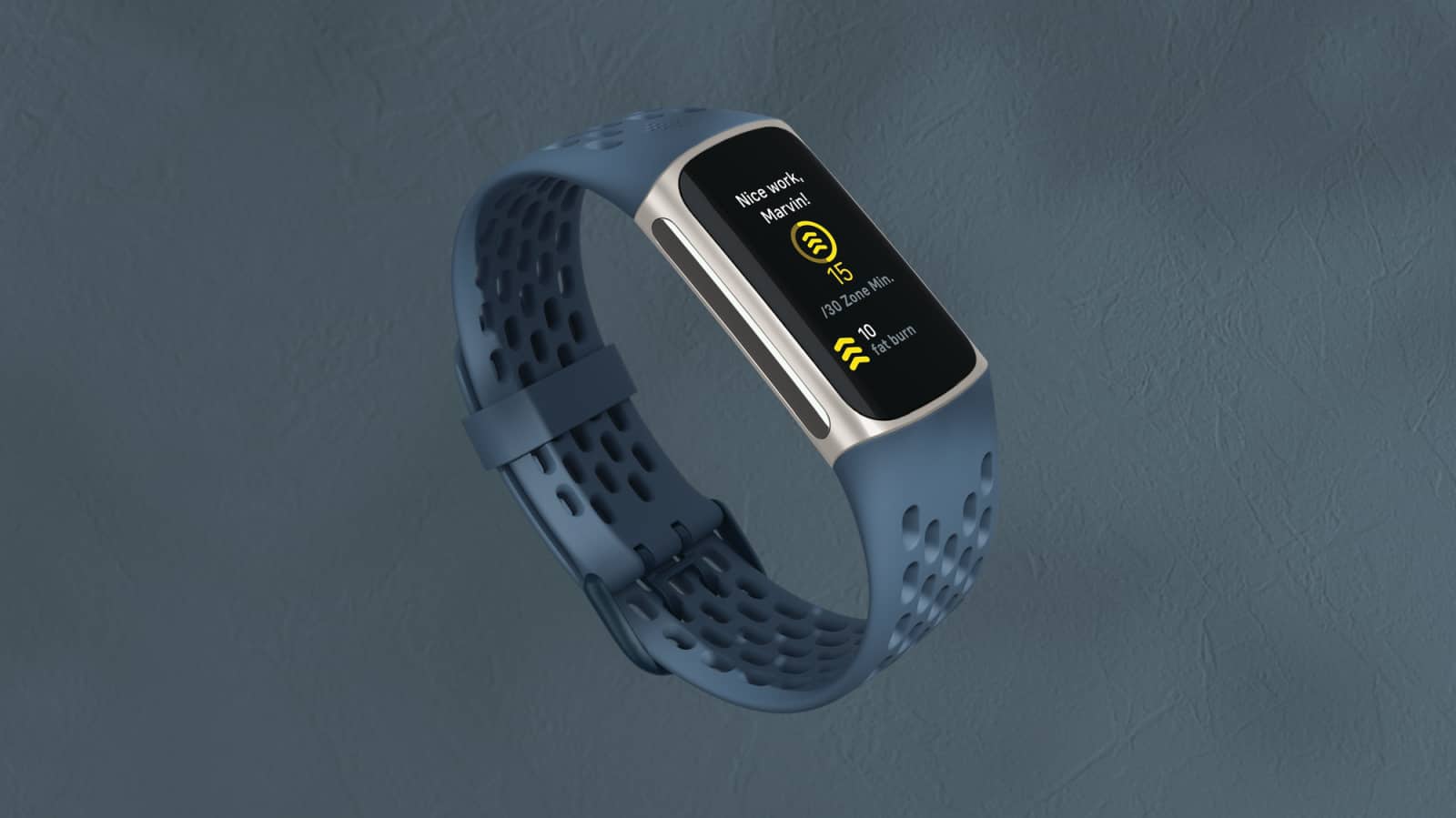
Source: ndroidheadlines.com
Get the Alienware Aurora R14 Gaming Desktop for $1,845: This Deal Won't Last Long!
Ahead of Prime Day, Amazon has a really great deal on the Alienware Aurora R14 Gaming Desktop. It’s currently priced at $1,845.14, which is down from its regular price of $2,299.97. That’s about 20% off of its regular price, making this a really great deal.
Alienware Aurora R14 Gaming Desktop – Amazon
Why you should buy the Alienware Aurora R14 Gaming Desktop
The Alienware Aurora R14 is a powerful gaming desktop that is perfect for gamers who demand the best performance. It is equipped with the latest generation of Intel Core processors and NVIDIA GeForce RTX graphics cards, making it capable of running even the most demanding games at high settings.
The Aurora R14 also features a liquid cooling system that keeps the components cool and running at peak performance. This is important for gamers who want to avoid performance throttling, which can occur when the components get too hot.
In addition to its powerful performance, the Aurora R14 also features a sleek and stylish design. It is available in a variety of colors, so you can choose one that matches your personal style.
The Aurora R14 is currently on sale for $1,845, which is a great deal for a gaming desktop of this caliber. If you are looking for a powerful and stylish gaming desktop, the Alienware Aurora R14 is a great option.
Here are some of the specific reasons why someone should buy the Alienware Aurora R14:
Powerful performance: The Aurora R14 is equipped with the latest generation of Intel Core processors and NVIDIA GeForce RTX graphics cards, making it capable of running even the most demanding games at high settings.
Liquid cooling: The Aurora R14 features a liquid cooling system that keeps the components cool and running at peak performance. This is important for gamers who want to avoid performance throttling, which can occur when the components get too hot.
Sleek and stylish design: The Aurora R14 is available in a variety of colors, so you can choose one that matches your personal style.
Great value: The Aurora R14 is currently on sale for $1,845, which is a great deal for a gaming desktop of this caliber.
If you are looking for a powerful, stylish, and affordable gaming desktop, the Alienware Aurora R14 is a great option.
Alienware Aurora R14 Gaming Desktop – Amazon
The post Get the Alienware Aurora R14 Gaming Desktop for $1,845: This Deal Won’t Last Long! appeared first on Android Headlines.
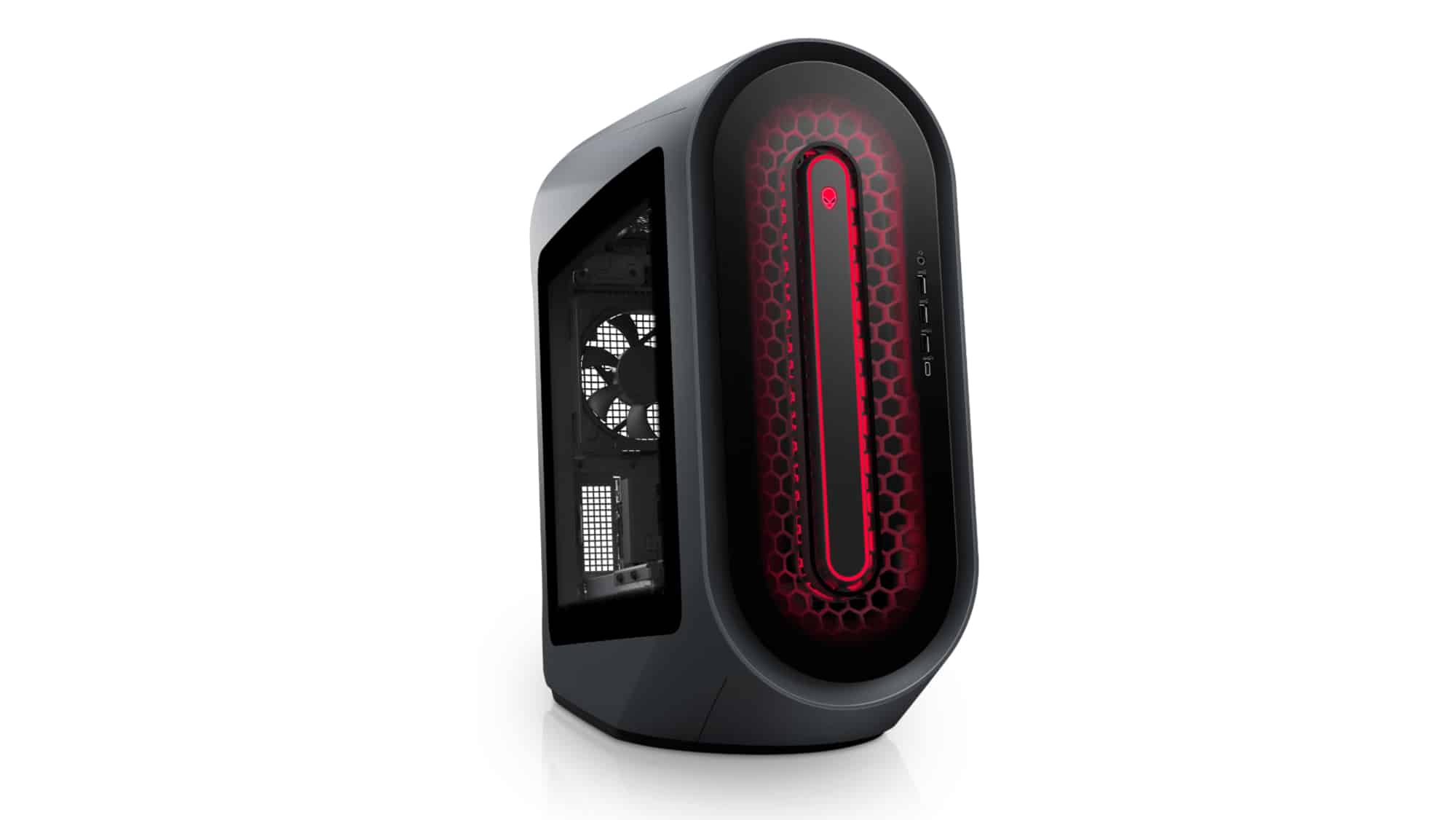
Source: ndroidheadlines.com
Animated emojis are coming to Google Messages for global usage
Google Messages is a fun place to chat with friends, and the coming animated emojis will make it more fun. Some users of the messaging app are already getting the opportunity to try out this feature. You can say that it is currently in its testing phase, and it aims to improve upon the overall user experience.
This new feature will add some motion to your emojis. However, there are certain conditions to be met before emojis move within the chat. With this feature in place, emojis act as though they are motion stickers and are fun to watch.
Google aims to improve the user experience while chatting with friends on the Google Messages app. Some users of the app have got to use this feature and have shared details on how it works with others. Here is all you need to know regarding this new animated emoji feature that is making its way to the Google Messages app.
How the new animated emoji feature on Google Messages app works
While most users might be excited and eager to make use of this new feature, there are some things to take to mind. First on the list is that the new animated emoji feature is only available to some users at this time. Next is that there are certain conditions to be met before emojis you send to friends would be animated.
Emojis are a part of lots of chats between friends, family members, and even workmates. For this reason, Google is adding some life to certain emojis you send to others while using RCS chat on the Messages app. By animating some emojis, Google is adding motion to them to sprinkle some life to the chat.
However, not all emojis are animated, as the available information shows off only the smiley collection. Also, to get these emojis to move within the chat, users will need to send them alone without any follow-up message or emoji. This means that a user should only send one smiley emoji before they can see its animated effect.
For the animations, the laughing emoji rolls, the crying emoji bursts into tears and so on. For now, there is a lot more to play around with and the source of this information only showed off the animations of two emojis. Other emojis in the smiley collection will have their unique animations, which will help spice up the chat.
Once this feature rolls out to more users, everyone will get the opportunity to use them while chatting. This new feature will join a host of other features that are rolling out to the Google Messages app. Users will be able to get this feature alongside others in future updates to the app.
The post Animated emojis are coming to Google Messages for global usage appeared first on Android Headlines.
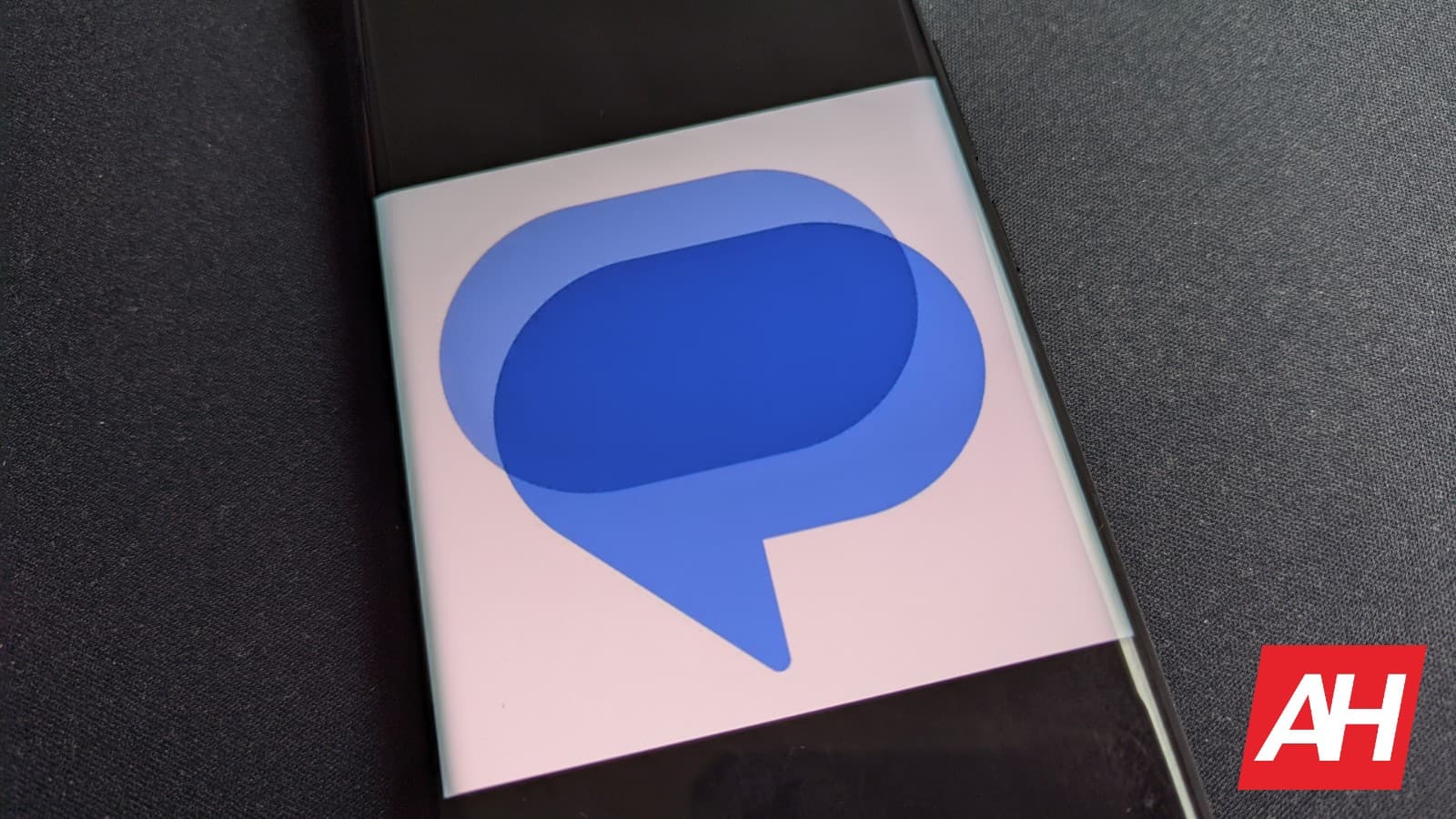
Source: ndroidheadlines.com
Galaxy Note 20 & Fold 3 bag Samsung's July 2023 update
Samsung is pushing the July 2023 security update to the Galaxy Note 20 series and the Galaxy Z Fold 3. The new security patch started rolling out to these phones recently and may take a while before reaching users worldwide. The latest SMR (Security Maintenance Release) has already been rolled out to dozens of other Galaxy models.
As of this writing, Samsung’s July update is available for the 4G versions of the Galaxy Note 20 and Galaxy Note 20 Ultra in Latin America. SamMobile confirms that users in Argentina, Bolivia, and Peru can download this update. The new firmware build number is N98*FXXS7HWG2. A global rollout should follow in the coming days, with the company covering 5G models as well.
The Galaxy Z Fold 3 is also initially getting the July SMR in Latin America. The latest update for the foldable is available more widely in the region. The updated firmware version for this phone is F926BXXS4EWF3 (via). Samsung may expand the rollout to other markets, including the US, over the next few days. None of these phones are getting anything apart from the latest security fixes. The July SMR patches as many as 90 vulnerabilities.
The Galaxy S23 and Galaxy S22 phones are widely getting the July update
Along with updating the Galaxy Note 20 series and the Galaxy Z Fold 3 to the July SMR, Samsung is also expanding the rollout of the latest security patch for the Galaxy S23 and Galaxy S22 phones to more markets. These two were the first to get this month’s update, but the initial rollout was limited to select markets.
While the Galaxy S23 series picked up the July update in the US, the Galaxy S22 series has received it in the US and Europe. Samsung is now expanding the availability of the new SMR for the former to Europe, while the latter phones are getting the update in Latin America. The new build numbers are S91*BXXS3AWF7 and S90*EXXS6CWF6, respectively (via). Users in Asia, Africa, and the remaining markets will get the update soon.
Neither lineup is getting new features or improvements with this update. Samsung is only pushing the aforementioned security enhancements to the phones. If you’re using a Galaxy smartphone, you can check for new updates from the Settings app. Note that it may take a while for the latest updates to reach everyone globally. You may get a notification once the OTA (over-the-air) release hits your phone.
The post Galaxy Note 20 & Fold 3 bag Samsung’s July 2023 update appeared first on Android Headlines.
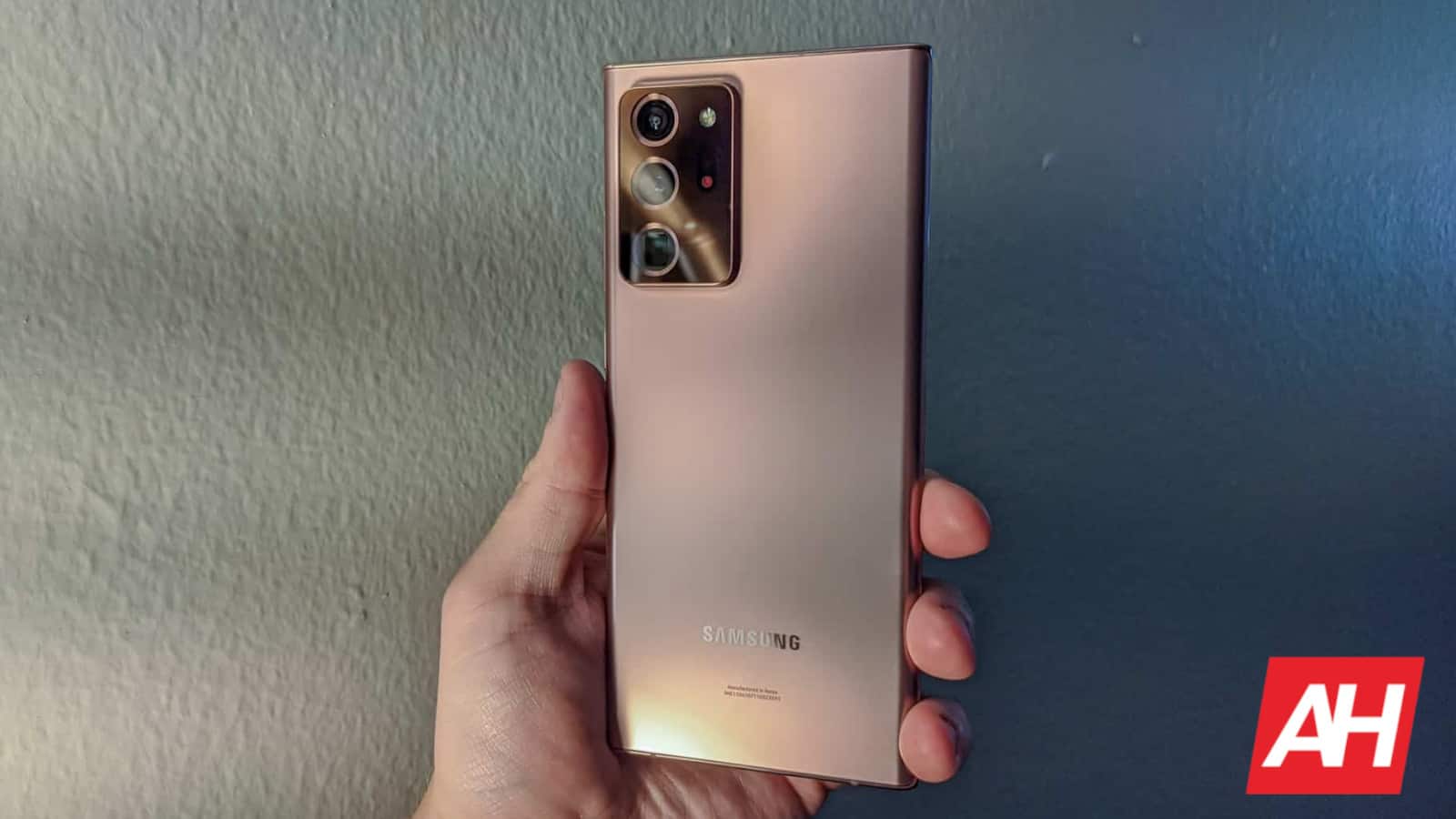
Source: ndroidheadlines.com
Top 10 most popular Tanzu KB articles in June 2023 for Kubernetes platform.
In June, our knowledge base (KB) received significant traction as customers sought solutions to various challenges in Tanzu Kubernetes Grid (TKG). This blog post highlights the most popular KB articles from June, addressing common issues faced by TKG users. We’ve summarized each KB to make it easy for customers to find the information they need and resolve their problems efficiently.
The post Top 10 most popular Tanzu KB articles in June 2023 for Kubernetes platform. appeared first on VMware Support Insider.
{$inline_image}
Source: vmware
Threads opens its beta program for Android users
We just can’t stop talking about Threads, it seems. The new social media platform from Meta is on its way to more than 100 million users in just a matter of days. Now, Android users can try out new features early because Threads opened its beta program just recently.
This is good news, as Threads is a bit bare-bones compared to Twitter. Many people are liking the platform despite the fact that it’s missing several features that most other platforms have. For instance, there are no DMs or hashtags, and there’s no general search feature. We expect these features to make it to the app eventually.
Threads opens up its beta program
In a soap opera-esque twist, Threads launched on Android and iOS at the same time. Usually, iOS gets apps and features before Android users. In another twist, this beta program is only for Android users. However, we believe that this is only for now.
The beta program will allow people to test out new and experimental Threads features early, according to 9To5Google. This is great, as there are a lot of features that people have been pining after.
How to join the beta program
If you want to join the beta program, it’s easy to do so. Go to Threads on the Google Play Store. Scroll down a bit until you see the beta area. You’ll know you’re there when you see a beaker with shapes in it. You’ll see the Join button at the bottom of the section.
When you tap on the button, it will take a few minutes for you to officially be added to the program. Just don’t be alarmed if you don’t notice any immediate change. After that, you’ll see the Update button at the top.
After you update your app, you’ll be a part of the beta program. Just know that, if you’re a part of the beta program, the app could become less stable as you use it. That’s just a reality with using beta software.
For the time being, we don’t know what new features are coming and we don’t know when they’ll be coming. You’ll just want to keep an eye out.
The post Threads opens its beta program for Android users appeared first on Android Headlines.

Source: ndroidheadlines.com
Phone Comparisons: ASUS ZenFone 10 vs Samsung Galaxy S23
The ASUS ZenFone 10 landed recently, to offer a great option for people looking for a compact smartphone. Well, in this article, we’ll compare the ASUS ZenFone 10 vs. the Samsung Galaxy S23. These two phones are some of the best compact smartphones you’ll find on the market these days. They’re both quite compact compared to almost every other high-end smartphone out there. They are also quite different at the same time.
We’ll first list their specifications, and will then compare them across a number of other categories. We’ll compare their designs, displays, performance, battery life, cameras, and audio performance. There’s a lot to talk about here, so let’s get started, shall we?
Specs
ASUS ZenFone 10
Samsung Galaxy S23
Screen size
5.9-inch FullHD+ Super AMOLED display (up to 144Hz refresh rate, 1,100 nits peak brightness)
6.1-inch fullHD+ flat AMOLED display (120Hz refresh rate, 1,750 nits peak brightness)
Screen resolution
2400 x 1080
2340 x 1080
SoC
Qualcomm Snapdragon 8 Gen 2
Qualcomm Snapdragon 8 Gen 2 for Galaxy
RAM
8GB/16GB (LPDDR5X)
8GB (LPDDR5X)
Storage
128GB/256GB/512GB (UFS 4.0), non-expandable
128GB (UFS 3.1)/256GB (UFS 4.0)/512GB (UFS 4.0), non-expandable
Rear cameras
50MP (f/1.9 aperture, 24mm wide-angle lens, 1.0um pixel size, gimbal OIS, PDAF)
13MP (f/2.2 aperture, 120-degree FoV, 1.12um pixel size)
50MP (f/1.8 aperture, 24mm lens, 1.0um pixel size, OIS, Dual Pixel PDAF)
12MP (ultrawide, f/2.2 aperture, 13mm lens, 120-degree FoV, 1.4um pixel size)
10MP (telephoto, f/2.4 aperture, 70mm lens, 1.0um pixel size, OIS, 3x optical zoom, PDAF)
Front cameras
32MP (f/2.5 aperture, 0.7um pixel size)
12MP (f/2.2 aperture, 26mm lens, Dual Pixel PDAF)
Battery
4,300mAh, non-removable, 30W wired charging
Charger included
3,900mAh, non-removable, 25W wired charging, 15W wireless charging (Qi/PMA), reverse wireless charging
Charger not included
Dimensions
146.5 x 68.1 x 9.4mm
146.3 x 70.9 x 7.6mm
Weight
172 grams
168 grams
Connectivity
5G, LTE, NFC, Bluetooth 5.3, Wi-Fi, USB Type-C
5G, LTE, NFC, Bluetooth 5.3, Wi-Fi, USB Type-C
Security
Side-facing fingerprint scanner
In-display fingerprint scanner (ultrasonic)
OS
Android 13
ZenUI
Android 13
One UI 5.1
Price
$799
$799/$849/TBA
Buy
Available Q3 2023
Amazon
ASUS ZenFone 10 vs Samsung Galaxy S23: Design
Both smartphones come with a frame made out of aluminum. Their backplates are different, though. The ZenFone 10 has soft-touch plastic on the back, which actually adds plenty of grip to the equation. The Galaxy S23 features a glass back. There is a flat display on the front of both phones, and both phones have very thin bezels. Display camera holes are included on both, but they’re placed in different spots.
The ASUS ZenFone 10 has flat sides all around, while the ones on the Galaxy S23 are a bit curved. You will notice separate camera islands on each of the two devices. The ZenFone 10 has two of them, while the Galaxy S23 includes three.
Each of those camera islands hosts one camera, so the Galaxy S23 has one more on the back. These two phones are about the same height, but the ZenFone 10 is narrower, and a bit thicker. They also weigh about the same, the difference is only 4 grams. Neither phone is too heavy, not at all, they’re actually quite light.
The backplate on the ZenFone 10 is a bit raised, and then curved under the 90-degree angle, but with tapered edges. That actually makes the phone a real treat to hold, especially considering the soft-touch material. The Galaxy S23 feels a lot more slippery in the hand, and quite frankly not as pleasant to hold in comparison. Both phones are not a problem to use with one hand, though the grip factor on the ZenFone 10 makes things a bit easier.
ASUS ZenFone 10 vs Samsung Galaxy S23: Display
The ZenFone 10 includes a 5.9-inch fullHD+ (2400 x 1080) Super AMOLED display with a 144Hz refresh rate (only available in some games). That panel is flat, and it also supports HDR10+ content. Its brightness goes up to 1,100 nits, and we’re looking at a 20:9 aspect ratio here. The Gorilla Glass Victus protects this display.
ASUS ZenFone 10
The Galaxy S23, on the other hand, has a 6.1-inch fullHD+ (2340 x 1080) Dynamic AMOLED 2X panel. That display is also flat, and it supports a refresh rate of up to 120Hz. HDR10+ content is supported here, and the panel goes all the way up to 1,750 nits when brightness is concerned. This display has a 19.5:9 aspect ratio, and the Gorilla Glass Victus 2 protects it.
Both of these displays are really good. They’re not only vivid, but also have great viewing angles, and the blacks are deep. They’re well-optimized, and the scrolling is very smooth too. The touch response is also really good on both phones. The Galaxy S23 does have one major advantage, and that is its brightness. Don’t get me wrong, the ZenFone 10’s display is not dim or anything, not at all, but you’ll definitely notice the difference under direct sunlight.
ASUS ZenFone 10 vs Samsung Galaxy S23: Performance
The Snapdragon 8 Gen 2 fuels the ASUS ZenFone 10. The phone also includes up to 16GB of LPDDR5X RAM, and UFS 4.0 flash storage. The Galaxy S23, on the flip side, is fueled by the Snapdragon 8 Gen 2 for Galaxy. That is basically an overclocked version of the chip. The phone also comes with 8GB of LPDDR5X RAM, and UFS 3.1 or 4.0 storage. The 3.1 version is only included in a 128GB storage model.
The performance provided by both phones is great. What we did notice is that the ZenFone 10 is a bit smoother overall, after using both phones for a while. The Galaxy S23 does have an occasional stutter that you may or may not notice, but that is mostly gone on the ZenFone 10. That’s just a small difference, but it is what we’ve noticed. In the gaming department, both phones do a great job. They do heat up to a degree, but we never had issues because of that, nor did either phone get too hot. The performance is basically great on both devices.
ASUS ZenFone 10 vs Samsung Galaxy S23: Battery
The ASUS ZenFone 10 includes a 4,300mAh battery, while the Galaxy S23 has a 3,900mAh battery on the inside. That is quite a difference, and on top of that, the ZenFone 10 also has a smaller display. The end battery life results are vastly different, actually. The ZenFone 10 simply blows the Galaxy S23 out of the water in the battery life department, it’s not even close.
We’ve been able to cross the 10-hour screen-on-time mark with the ZenFone 10, a number of times. A couple of times the phone even lasted 11 hours of screen-on-time before shutting down. The Galaxy S23 provided closer to 6, actually. Which is, once again, a massive difference. Do note that gaming was not a part of our usage most days. Your mileage may vary, however, so keep that in mind. Still, the fact that the ZenFone 10 offers much better battery life remains.
When it comes to charging, the ZenFone 10 supports 30W wired, 15W wireless, and 5W reverse wired charging. The Galaxy S23, on the flip side, supports 25W wired, 15W wireless, and 4.5W reverse wireless charging. So neither phone offers blazing-fast charging, basically. The thing is, the ZenFone 10 does ship with a charger in the box, unlike the Galaxy S23.
ASUS ZenFone 10 vs Samsung Galaxy S23: Cameras
The ZenFone 10 has a 50-megapixel main camera, and a 13-megapixel ultrawide unit (120-degree FoV). The Galaxy S23, on the flip side, includes a 50-megapixel main camera, a 12-megapixel ultrawide unit (120-degree FoV), and a 10-megapixel telephoto camera (3x optical zoom).
Samsung Galaxy S23
Now, the Galaxy S23 does like to tune up the saturation more than the ZenFone 10. That makes the images pop, though in certain situations, it can seem like a bit much. Sharpening can be a bit visible on both, but the images provided by both phones are rather good, during the day. The performance in low light is not bad, per se, but if you’ve used some of the phones with outstanding low light performance, you’ll see the difference. There’s not as much detail in low light, compared to some other flagship-grade phones. Other than that, they perform well in such conditions too.
Their ultrawide cameras are good, but nothing to write home about, and are a level under the main cameras, at least. The ZenFone 10’s ultrawide camera also lacks autofocus, which affects macro shots. When it comes to telephoto shots, the Galaxy S23 is a clear winner here, as the ZenFone 10 doesn’t even have a telephoto camera. The video recording is good on both, though the footage is more stable on the ZenFone 10 thanks to gimbal OIS.
Audio
There is a set of stereo speakers included on both devices. Those speakers are loud enough, but not to the level of larger flagship devices. The loudness levels are similar in comparison, and the sound output is good. It’s well-balanced, and you’ll even notice some bass.
If you need an audio jack on your phone, the ZenFone 10 is the way to go. The Galaxy S23 does not include one. It does have a Type-C port at the bottom, however, which you can use for wired audio connections. If you decide to go wireless, do note that both devices support Bluetooth 5.3.
The post Phone Comparisons: ASUS ZenFone 10 vs Samsung Galaxy S23 appeared first on Android Headlines.

Source: ndroidheadlines.com
Twitter ex-employees sue the company again over legal arbitration
Some former Twitter employees have filed a lawsuit against the company over legal arbitration costs. They expect the social media platform to cover the costs of arbitration claims. As you might expect, Twitter has no intention to do so.
In an interview with BBC earlier this year, Elon Musk claimed he had laid off nearly 80% of Twitter staff weeks after taking over the company. The billionaire claims Twitter is now working more efficiently with much fewer employees. However, the laid-off Twitter staff first started a legal battle against their former employer over unpaid severance payments.
Their previous class-action lawsuit was rejected due to a provision in their contract. This time, they are suing the company over legal arbitration costs. The plaintiffs filed their lawsuit on July 3rd in the Northern District of California. Both parties must refer to JAMS, a legal company focused on mediation and arbitration.
Twitter former employees sue the company for arbitration costs
According to JAMS’s fee schedule, a two-party arbitration costs $2,000, and Twitter must pay the rest. As expected, Twitter won’t lose a penny easily. The social media company is asking JAMS to split the bill evenly between them and the former employee who filed their lawsuits outside California. This request, however, violates JAMS’s pre-conditional minimum standards of procedural fairness, and the agency declined it.
Twitter claims it never abided by that condition outside of California. In response, JAMS said it would close the file as they “will not proceed with cases that we have determined fall under our Employment Minimum Standards if Respondent will not abide by those standards.”
Twitter’s former employees are now in a dilemma. If they want to continue with the case, they should cover the JAMS fees, which could cost them $300 per hour to more than $15,000 per day.
Shannon Liss-Riordan, one of the employees’ lawyers, told the outlet, “The reason we had to file nearly 2,000 individual arbitration demands is because Twitter forced us to — by moving to compel arbitration. Now that it has made its bed, it doesn’t want to lie in it.”
The post Twitter ex-employees sue the company again over legal arbitration appeared first on Android Headlines.
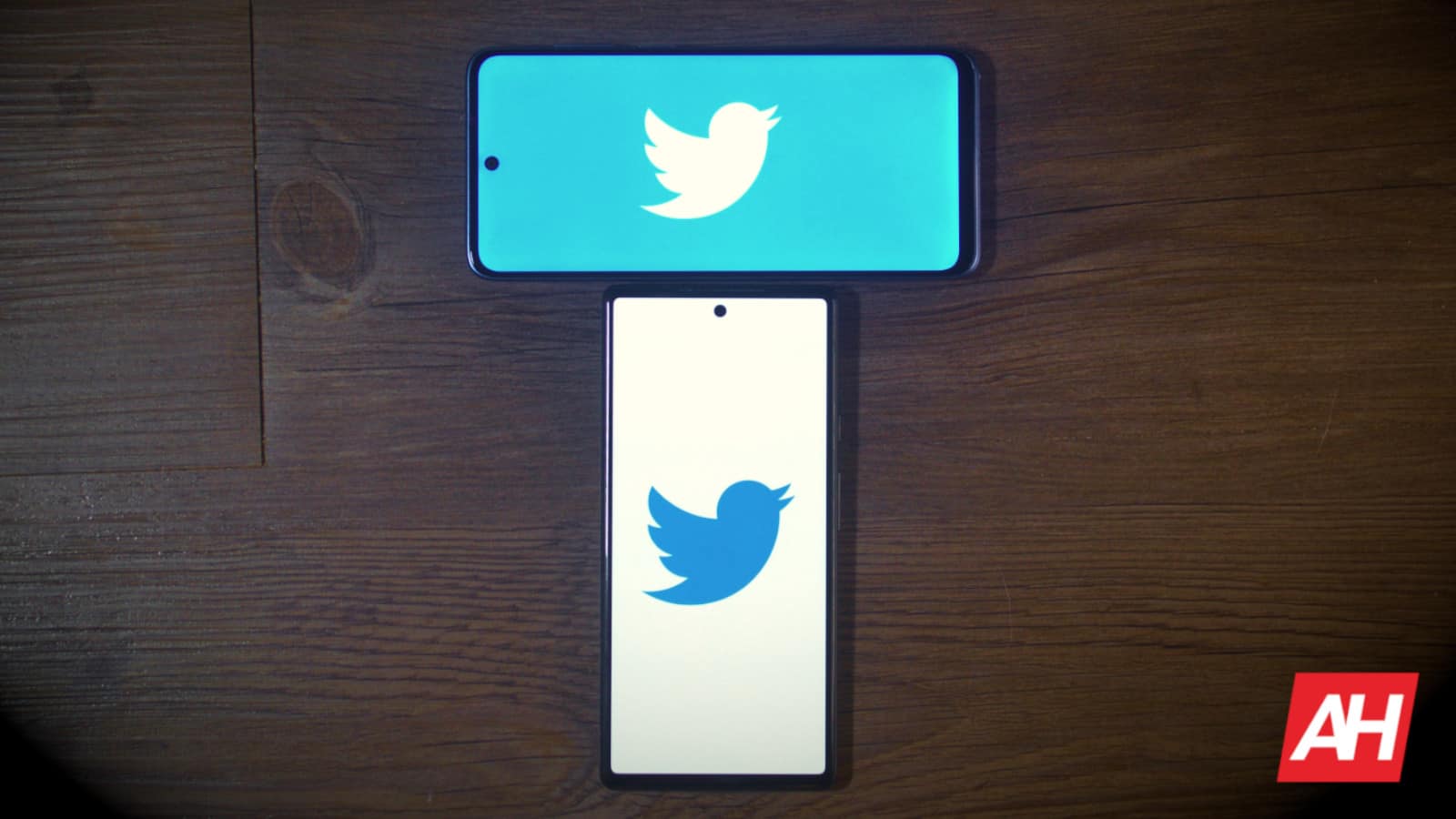
Source: ndroidheadlines.com
This app will let you catch Pokemon just by sleeping
We’ve gathered Pokemon cards on the school playground, took pictures of them on our Nintendo 64s, battled them on our Game Boys, and walked around town to catch them on our smartphones. Now, we’ll be able to gather them in our dreams. Pokemon Sleep is a new app that will let you catch Pokemon just by sleeping, according to The Verge.
The thing about this app is that it’s a very fun sleep tracker. It will monitor how long you sleep and give you a report on how long you slept. That idea sounds odd, but sleep trackers are no new thing. Several smartwatches and fitness trackers have the ability to track your sleep and give you a report. Having healthy sleep patterns is part of being overall healthy.
Pokemon Sleep is an app where you can catch Pokemon in your sleep
There’s a fair bit to this app outside of tracking your sleep. The core mechanic is to monitor how long you sleep each night and present you with the metrics when you wake up in the morning.
The thing about this app is that it incentivizes you to practice good sleep habits. Starting off, you’ll see a Snorlax just snoozing during the day. You’ll give it food and drinks in order to help it gain strength in the form of a number. The more that you feed the Snorlax, the higher that number.
Next, when you sleep, you’ll receive a Sleep Score number based on how long you sleep that night. It looks like your Sleep Score will range from 1 to 100. The longer you sleep, the higher your Sleep Score.
When you wake up, the app will multiply your Sleep Score by Snorlax’s strength to get your Drowsy Power. The higher your Drowsy Power, the more Pokemon will gather while you sleep. So, the more you sleep, the more Pokemon will gather as you sleep. Along with Pokemon, you’ll also get a report on how you slept.
The app will recommend that you place your phone on your pillow while you sleep so that it can better track your sleep. So, if you’re comfortable with doing that, then you shouldn’t have an issue.
Pokemon Sleep is currently up for pre-registration on the Google Play Store. We’re not sure when the company’s going to officially launch the app, so you’ll want to stay tuned.
The post This app will let you catch Pokemon just by sleeping appeared first on Android Headlines.

Source: ndroidheadlines.com
Meta to let you delete your Threads account without losing your Instagram
Meta’s Threads is off to a superb start, as millions of people are cracking into the app. For all of its strengths, it has its flaws. For instance, if you want to delete your Threads account, you’ll need to delete your Instagram account as well. However, according to 9To5Mac, that’s about to change.
Over the day and a half that Threads has been up, nearly 100 million people have signed up for it. That’s a major win for the fledgling platform and a major blow to Twitter. There may be a legal battle over the two platforms, however.
If you’re interested in getting the app, you can do so right here. If you have an Instagram account, then you’ll be able to use that to sign in with just a few taps. After that, you’ll be able to use the app. You’ll also get a neat badge on your Instagram account telling everyone how quick you were to sign up for Threads.
You’ll be able to delete your Threads account without sacrificing your Instagram account
Threads is still a growing platform, and people are feeling those growing pains. One of them was the realization that your Threads account and your Instagram account are joined at the hip. You can’t delete your Threads account without getting rid of your Instagram account.
However, the company responded to the users’ complaints. Meta said that it’s “Looking into a way to delete your Threads account separately”. It sounds a little odd that the company is looking into finding a way to delete your accounts.
Meta wasn’t kidding when it said that Threads is powered by Instagram. This could be why the company was able to get it up and going so quickly. The app could be based heavily on Instagram’s pre-existing code. Instead of having to write an app from the bottom up, it could just be built on Instagram’s code. That’s just speculation.
In any case, you’ll have the ability to delete your accounts separately just in case you get tired of Threads. We don’t know when the company is going to make this change, so you’ll just need to stay tuned.
The post Meta to let you delete your Threads account without losing your Instagram appeared first on Android Headlines.

Source: ndroidheadlines.com
Follow the Official Google and YouTube Accounts on Threads
Threads launched on Wednesday evening, and it’s already garnering some pretty popular brands on the platform. Which is something that other Twitter clones had been unable to really do.
Some of those brands include Google and YouTube. Official Google accounts have joined Threads with @Google as the official Google account. There’s also Google for Developers as @googlefordevs, Google Workspace as @googleworkspace, and YouTube as @YouTube, just to name a few.
So far, the Google and YouTube accounts haven’t really posted a whole lot of anything. As the Google account has only posted a “Hey” and then a post of the Chrome Dino, and reminding users that they can access it on Chrome by going to chrome://dino.
Some of the more notable names missing here include Android and Pixel. Those will likely follow in the coming days, or maybe even later today. Don’t forget that you can follow Android Headlines on Thread as @Androidheadline.
Threads surpasses 70 million users
This afternoon, Meta CEO, Mark Zuckerberg announced that Threads had surpassed 70 million signups. Which is an insane number for being live for under 48 hours. But that’s the magic of tying it to Instagram, versus starting from the ground up.
Although the Zuck has been grateful to have this many people sign up for Threads, he remains humble about the number. As he, and everyone else knows, that the number of users isn’t what will make the platform successful. It’ll be the content, and features, which we’ve yet to see how that will play out. However, if there is a company that can compete with Twitter, it’s going to be Meta. They have the user-base, the money, and the platform. Instagram has 2 billion monthly active users, Facebook has 3 billion, while Twitter has 300 million.
How long until Threads surpasses Twitter on an accounts front? Likely a few more days. Which is pretty incredible to think about, in the grand scheme of things.
The post Follow the Official Google and YouTube Accounts on Threads appeared first on Android Headlines.

Source: ndroidheadlines.com
Threads is reaching new heights, but so is BlueSky
Twitter seems to be slowly dying, and several companies are fighting to be the person over Twitter’s grave doing the peace sign. These platforms are growing too. BlueSky, the new social media platform created by Jack Dorsey, just passed a million installs on the app stores, according to data.ai.
Twitter has some serious competition. It needs to fight off newer social media platforms with far fewer resources at their disposal (with the exception of Threads, of course).
Last year, Mastodon experienced a renaissance while Twitter was experiencing the first gusts from hurricane elon. Now, BlueSky and Threads are causing trouble for the bird site, as well.
BlueSky just hit a million installs
It’s important to note that this refers to the number of app installs on the app stores. It doesn’t reflect the number of actual users on the platform. BlueSky is still on an invite system, so the number of people allowed on it is still limited. However, it shows that people are still interested in trying out BlueSky despite the invite system.
According to the report, BlueSky was able to gather a million installs across both app stores. It’s been getting an average of about 8,300 new installs per day. That seems impressive, but it’s far behind Twitter’s average of about 518,000 new downloads a day.
However, as with all other Twitter clones, BlueSky saw, and will continue to see, a large influx of users every time Twitter makes a misstep. The highest peak in installs happened in April when it officially launched to the public and there was a steady decline since then.
Then, when Elon Musk announced the rate limit and stopped people from seeing tweets when signed out, the number of downloads rose quickly. This caused BlueSky to temporarily stop new signups.
The number of active users is still unknown, but we know that it’s going to steadily rise as more people send out their complementary invite codes. Once the platform sheds the invite system, we’re sure that the number will rise even faster… that is if Threads doesn’t take all of the potential users first.
The post Threads is reaching new heights, but so is BlueSky appeared first on Android Headlines.

Source: ndroidheadlines.com
Top 10 Most Popular Knowledge Articles for Horizon, WorkspaceONE, End User Computing (EUC), Personal Desktop for June2023
Tweet Get answers and solutions instantly by using VMware’s Knowledge Base (KB) articles to solve known issues. Whether you’re looking to improve your productivity, troubleshoot common issues, or simply learn something new, these most used and most viewed knowledge articles are a great place to start. Here are the top 5 most viewed KB articles … Continued
The post Top 10 Most Popular Knowledge Articles for Horizon, WorkspaceONE, End User Computing (EUC), Personal Desktop for June2023 appeared first on VMware Support Insider.
{$inline_image}
Source: vmware
A federal judge prohibits Biden officials from contacting social media companies
Some Joe Biden officials reportedly tried to contact social media companies in order to ask them to delete posts. In light of this, a US federal judge has blocked these officials from contacting social media companies under the First Amendment.
According to a report by The Verge (via the Washington Post,) some government officials in 2017 started a systematic campaign to control speech on social media. This timeframe is four years before Biden became the president. Republican attorneys general in Louisiana and Missouri are now suing President Joe Biden, Dr. Anthony Fauci, the CDC, the Department of Homeland Security, and the National Institute of Allergy and Infectious Disease.
Judge Terry A. Doughty ruled that some federal government officials have targeted “millions of protected free speech postings by American citizens” and tried to suppress them by contacting social media companies. Most objections are reportedly about Covid-19 policies and origins, Biden government policies, and Hunter Biden’s laptop.
“It is quite telling that each example or category of suppressed speech was conservative in nature,” Doughty said. “This targeted suppression of conservative ideas is a perfect example of viewpoint discrimination of political speech. American citizens have the right to engage in free debate about the significant issues affecting the country.”
Biden administration officials are accused of censoring conservatives viewpoints on social media
Jameel Jaffer, the executive director of the Knight First Amendment Institute at Columbia University, said the government couldn’t violate the First Amendment by just contacting social media and affecting their content moderation policies. He added that this might be a “pretty radical proposition” that’s not supported by the law.
An unnamed White House official also reacted to the ruling, saying that social media platforms make independent choices about the information they present. The official noted that the Justice Department is evaluating the ruling to take further steps.
Social media companies always took criticism for favoring left-wing content and censoring conservative viewpoints. The so-called Twitter Files released following Elon Musk’s takeover confirmed this hypothesis to a large extent. The files revealed that Twitter has intentionally limited the visibility of Republicans’ and right-wing activists’ accounts. This is an apparent violation of the First Amendment.
The post A federal judge prohibits Biden officials from contacting social media companies appeared first on Android Headlines.

Source: ndroidheadlines.com
YouTube will help you avoid accidental taps
So, you’re watching a video on YouTube, and you accidentally touch the screen and skip to the next video. It happens to the best of us, but the company is looking to fix this issue. According to Android Authority, YouTube is testing a Lock Screen function.
This feature is pretty self-explanatory. When you’re watching a YouTube video in full-screen mode, you’ll be able to disable the touch screen so that you won’t interact with the screen when you touch it.
The YouTube Lock Screen feature is only in testing
For the time being, YouTube is only testing out this feature. It’s one of the features that you can try out early, which means that it’s exclusive to YouTube Premium users for the time being. Right now, we don’t know if YouTube plans on making this feature exclusive to Premium users when/if it officially launches. Also, it’s only for those using the app.
If you’re subscribed, you can go to this page, you’ll be able to try out the feature. When you enable the function, you should be able to use it. We haven’t gotten it to work just yet, however.
If you happen to enable it, you’ll want to tap on the gear icon in the top right corner of the screen. In the resulting menu, tap on the “Lock Screen” option.
This feature is only available for select YouTube Premium users, so there’s a chance that you won’t be able to use this feature. We were able to enable the feature on the “What’s New” screen, but we weren’t able to see the actual function in a video. There’s a chance that this could happen to you.
If you were able to get the feature up and running, then you’ll be able to enjoy it until July 30th. This is when YouTube will take it down. However, if you do enjoy it, be sure to leave your feedback on the feature. Hopefully, if the company gets enough positive feedback, then it will make the feature a permanent stay.
The post YouTube will help you avoid accidental taps appeared first on Android Headlines.
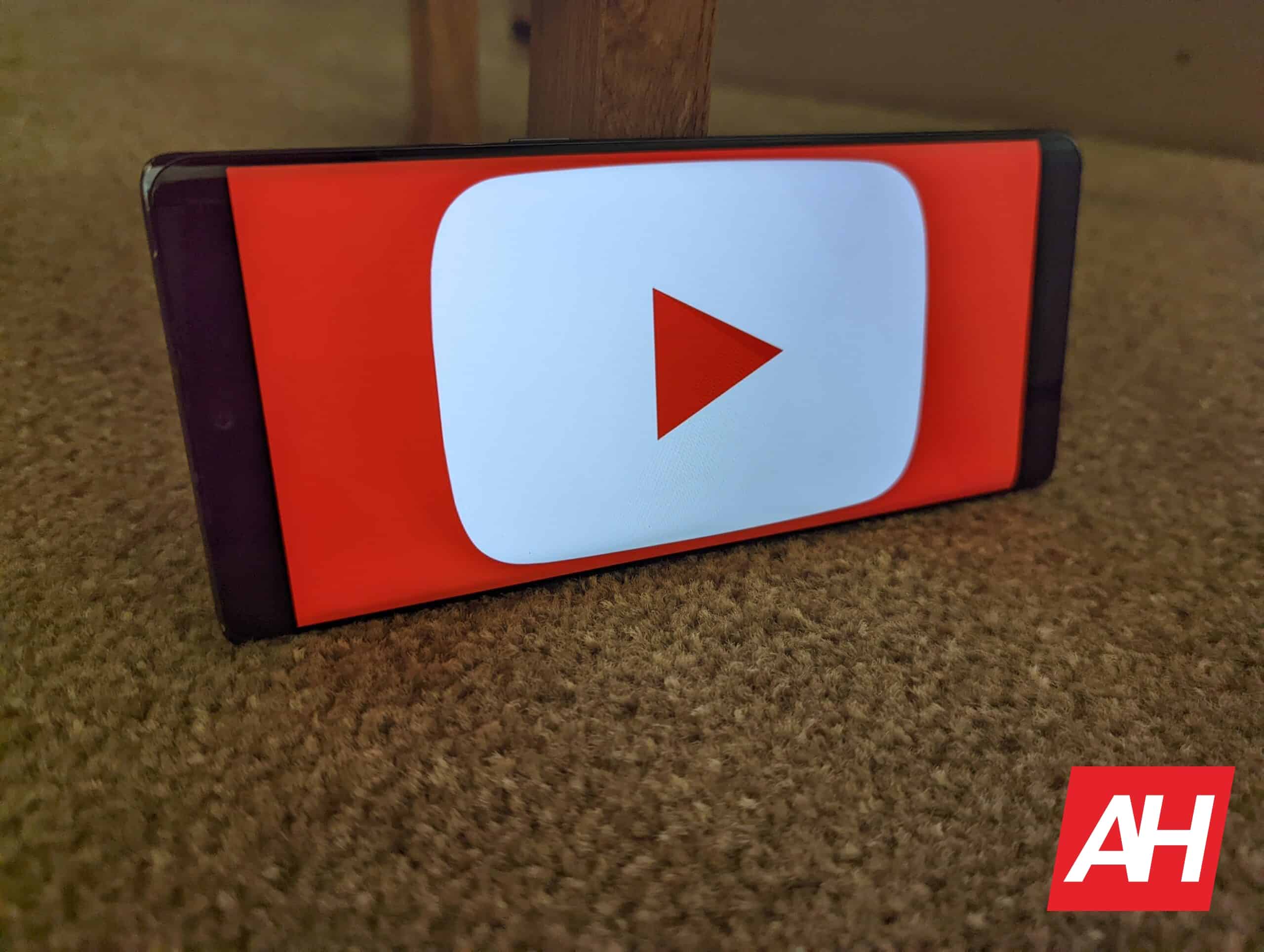
Source: ndroidheadlines.com
Top 10 Most Popular Knowledge Articles for HCX, SaaS, EPG Emerging Products Group for June2023
Tweet Get answers and solutions instantly by using VMware’s Knowledge Base (KB) articles to solve known issues. Whether you’re looking to improve your productivity, troubleshoot common issues, or simply learn something new, these most used and most viewed knowledge articles are a great place to start. Here are the top 5 most viewed KB articles … Continued
The post Top 10 Most Popular Knowledge Articles for HCX, SaaS, EPG Emerging Products Group for June2023 appeared first on VMware Support Insider.
{$inline_image}
Source: vmware
HONOR 90 Review: HONOR hit the sweet spot yet again
The HONOR 90 is the company’s latest mid-ranger. It launched alongside its ‘Pro’ sibling. The ‘Pro’ model is somewhat more powerful, mainly due to its processor. That phone comes with the Snapdragon 8+ Gen 1, while the HONOR 90, which we have here, is fueled by the Snapdragon 7 Gen 1. This phone is supposed to compete with mid-rangers out there, and not high-end devices available on the market. We’re here to review the HONOR 90, and see if it delivers, or misses the mark. Having said that, let’s just in, shall we?
Table of contents
Hardware
Display
Battery
Performance
Camera
Software
Verdict
HONOR 90 Review: Hardware / Design
If this design looks familiar to you, there’s a good reason for it. The HONOR 90 basically continues the design trend HONOR started for this series a couple of years ago. It consists out of an aluminum frame, which is stuck between two sheets of glass, both of which are curved. The sides are proportional, and the phone feels great in the hand, actually. It is not small, but thanks to the fact it’s not heavy either, and this design, it feels really good to hold.
The HONOR 90 is slippery, no doubt about that, but I find it easier to grip and use than most other glass phones. I mentioned its weight, the phone weighs 183 grams. Most flagships with the same or similar footprint weigh over 200 grams. Some of them weigh well over 200 grams, so this was kind of refreshing to use. Mid-rangers usually weigh less, which is always a nice change. It’s not easy to use with one hand, but it’s easier than most flagships that end up being heavier.
There are two camera islands included on the back. The top one includes two cameras, while the bottom one has one, and an LED flash. The bezels around the phone’s display are quite minimal, and there’s a single camera hole here, which is centered at the top. The buttons are nice and clicky too. There’s really not much to complain about here, when it comes to design. The phone also feels solid in the hand, and could pass for a more expensive device, easily. HONOR has, once again, done a great job.
Accessories
First and foremost, let me just say that a charger is included in the box. We’ll talk more about charging later on, but I just wanted to point that out real quick. You’ll also get a regular see-through gel/soft silicone case in the box. Many Chinese OEMs do that these days, and it’s always nice to see. That case always offers good protection all around, and adds some grip to the equation. It’s good to use in general, or until you manage to get something better/different.
HONOR 90 Review: Display
The HONOR 90 boasts a 6.1-inch fullHD+ (2664 x 1200) AMOLED display. It is sharper than most displays in this smartphone segment, and it’s also brighter than most. It has a peak brightness of 1,600 nits. This panel also offers a 120Hz refresh rate, and can project up to 1 billion colors. The screen-to-body ratio is also quite high, especially for this price segment. It’s also worth noting that the display is curved a bit, but not to the degree it would be annoying to use.
I had zero issues with this panel during my usage. It not only offers very pleasant, vivid colors, but the viewing angles are great too, and the blacks are deep. It’s more than sharp enough, and more than smooth enough. HONOR also has some really nice animations thrown in there, and they’re very smooth. This company usually does a great job when it comes to animations, and even on default setting they don’t feel too slow, which is something I appreciate.
The color bleed on the sides was also a non-issue when watching content, as long as you look at the phone straight on, of course. On some phones that can be quite a considerable problem, but not here. Again, this is something I’m used to based on the HONOR 50 and HONOR 70 I’ve tested in the past.
HONOR 90 Review: Performance
Unlike its ‘Pro’ sibling, the HONOR 90 utilizes the Snapdragon 7 Gen 1 Accelerated Edition. It does not use the Snapdragon 8+ Gen 1 processor. The HONOR 90’s chip is inferior, but truth be said, you shouldn’t worry about it too much. Well, unless you’re planning to use this phone for gaming, or something of the sort, this won’t really mean much to you. This chip is manufactured by TSMC, the same as Snapdragon 8+ Gen 1, which is a good thing. It generally offers good performance, and the same is the case here. You can’t really ask for anything better considering the price tag.
Using the Snapdragon 7 Gen 2 would make more sense, in all honesty, but that chip is manufactured by Samsung, so many of you would probably opt for the Gen 1, mainly due to the battery benefits. In any case, the performance was really good. During regular usage, even with plenty of multitasking, I never felt like I’d pushed the phone too far. So even if you do tend to use your phone a lot, for various tasks, this one should hold up. I’ve been multitasking like crazy, and doing everything from browsing, listening to YouTube Music in the background, and skipping between image and video editing. The phone did just fine. There was a stutter here and there, but that’s not something most people will even notice, so it’s not something you should worry about.
HONOR’s well-executed animations did play a role here. Many OEMs consider animations to be an afterthought based on their implementations, but they’re very intentional here, and very smooth. They did not visibly bog the phone down or anything of the sort, and made the whole experience of using the device better.
Where I did notice that this phone is not running a flagship-grade chip is in gaming. The moment I ran something a bit more graphically-intensive, it was apparent I was using a mid-range phone, not a flagship one. Don’t get me wrong, you can play games with this thing, but don’t expect the most graphically-intensive titles, such as Genshin Impact, to run great.
HONOR 90 Review: Battery
The HONOR 90 includes a 5,000mAh battery on the inside. That is a slightly larger battery than the one included in its predecessor, the HONOR 70. That phone included a 4,800mAh battery. In addition to a bigger battery, and slightly larger display, the HONOR 90 also comes with a more efficient SoC. It is fueled by the Snapdragon 7 Gen 1, a 4nm chip, compared to the 6nm Snapdragon 778G+ which was included in the HONOR 70. There’s a point I’m making this comparison. The HONOR 70 offered good battery life, that’s for sure, but the HONOR 90 takes things to a whole new level.
With the HONOR 70, I was able to cross the 7-hour mark comfortably. In fact, I reached an 8-hour mark with a few perfect left in the tank once, and on several other days, I was close to it. That’s not battery life at all. With the HONOR 90, things are even better. Reaching that 8-hour screen-on-time mark is not a problem, at least it wasn’t during my usage. I never reached further than that, but when I crossed the 8-hour mark, I was left with over 28% of battery in the tank, that happened on two occasions during more intense usage days. What I’m trying to say is… you really don’t have to worry about running out of juice here.
If you do, however, end up running short… 66W charging is supported here, in addition to 5W reverse wired charging. You do get a charger in the box too, so you’re all set from the get-go. Getting to 100% from 0% takes about 40 minutes, which is not bad at all. You’ll reach 60% in half that time.
HONOR 90 Review: Camera
The HONOR 90 features a 200-megapixel main camera (f/1.9 aperture, 0.56um pixel size, PDAF). A 12-megapixel ultrawide camera (112-degree FoV, f/2.2 aperture) is also included on the back, along with a 2-megapixel depth camera (f/2.4 aperture). HONOR opted for Samsung’s ISOCELL HP3 main camera sensor here. Truth be said, I was skeptical at first, but the phone does offer a really compelling camera performance.
The photos during the day do end up looking vivid without ending up too saturated, while the details are also on point most of the time. I’ve noticed that the white balance can be a bit off sometimes, even when it shouldn’t be based on the conditions in the image. The phone did a great job with almost every shot in daytime conditions. Even when HDR was in play, it handled itself really well most of the time.
Nighttime images also turn up good, for the most part. Light flares are quite considerable, and such scenes can really mess up a shot. At times only glares are what you need to worry about, while other times the whole image ends up looking overexposed. That didn’t happen frequently at all, though, so it’s not really something that should worry you. For the most part, the phone did a good job in low light, as you can see in the provided camera samples.
Ultrawide camera handled itself well during the day, but images taken with it were clearly a step below what the main camera offers. In low light the difference is even more noticeable, I’d suggest sticking with the main camera in low light conditions. The video recording was good, on par with other offerings in this pricing sector, while the selfie camera performed great, actually. HONOR opted to include a capable selfie camera here, and it shows.
Wide & ultrawide side-by-side:
Other camera samples:
HONOR 90 Review: Software
If you’ve used a recent HONOR smartphone, you know exactly what to expect on the software side of things. Android 13 comes pre-installed here, with HONOR’s MagicOS 7.1 skin. That skin reminds us of what Huawei offers with EMUI, which is unsurprising, and it does function a bit differently than other Android skins we’re used to. The performance is outstanding though, as the software is really well-optimized to work with this hardware.
Think of MagicOS as a combination of Android and iOS, as that’s what I feel like whenever I’m using it. There are some customization options included here, but not a lot. For example, when you swipe top down across the home screen, you’ll be thrown into a search dialog aka HONOR Search. You can disable this, but cannot assign anything else to that action. So you cannot call upon the notification shade this way, as you can on many Android phones.
You’re very limited in terms of home screen layouts, while the apps are all on your homescreen by default. Luckily, you can change that. Accessing home screen settings is done by pinching, not pressing and holding. Swiping notifications away is done left to right, if you do it the other way around, you’ll be required to do it once again, as it brings up a menu after the first swipe, and so on. These are only some examples of ways MagicOS differs from many other Android OS builds.
This is something you’ll either like, or hate. It’s hard to deny that MagicOS works great, though. The animations are excellent, and not too slow either. It could look a bit less childish, but thanks to some themes, you can change that a bit. While I was using it I kept getting the same feeling. It works great, but it looks… well, not done. HONOR should spruce up the UI a bit more, and add more options to it. The performance is stellar already.
HONOR 90 Review: Should you buy it?
The HONOR 90 is actually a truly capable mid-range handset. It is a step down compared to flagships in some ways, of course, but in most of them it’s right on par with them. The battery life is really good, and so is that display. Plus it’s brighter than pretty much anything the competition has to offer. The main camera is good enough, and with some added optimizations, it could be truly good. Even the performance is good, and you don’t have to worry about it, unless you’re planning to play graphically-demanding games. Overall, the HONOR 90 is a really neat package, and a very solid offering at its price tag. There’s a lot to like here.
You should buy the HONOR 90 if:
You want a truly bright display on a mid-range phone
You like to take photos, but don’t need a telephoto camera
You don’t play graphically-demanding games
You are using your phone quite a bit during the day
You loved the HONOR 50 or 70
You want a different experience
You shouldn’t buy the HONOR 90 if:
You’re playing graphically-intensive games
You want more camera versatility
You need water and dust resistance
The post HONOR 90 Review: HONOR hit the sweet spot yet again appeared first on Android Headlines.
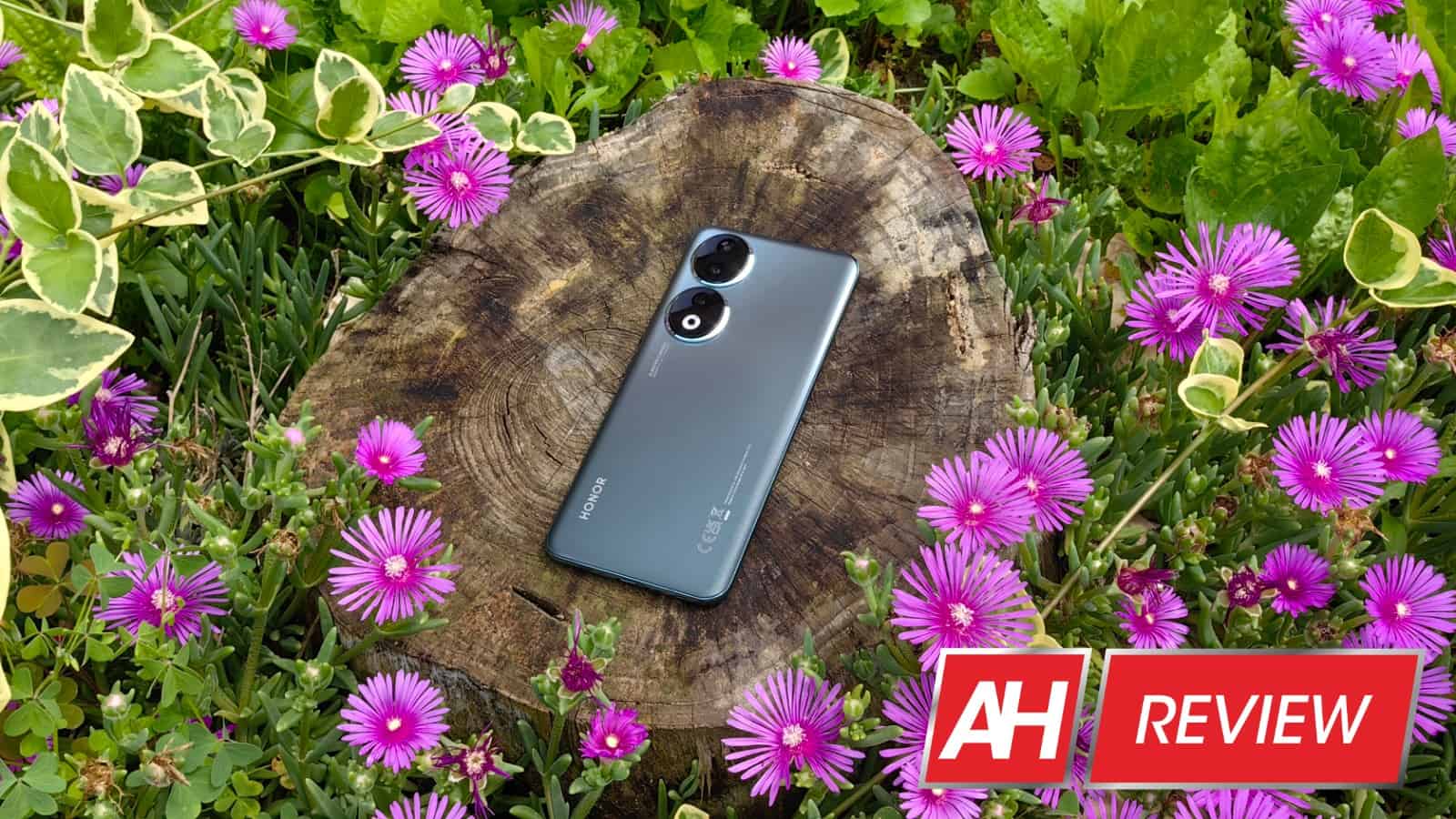
Source: ndroidheadlines.com
Twitter's backtracking on its latest misstep
Just recently, Elon Musk made a change to Twitter that led to yet another backlash. The company made it so that people needed to be logged in to see tweets. However, that may no longer be the case, as it seems that Twitter has backtracked.
To catch you up, Twitter has been facing another whirlwind of criticism because of several changes that came about. The rate limit puts a limit on how many tweets users can view daily. Also, the company made it so that you could only see tweets if you’re logged in. These changes were widely dragged.
You might not have to be logged in to view tweets
So far, it doesn’t seem that Elon has announced that this change was going away. Instead, people are finding that they’re able to see tweets when logged out. Several folks at Engadget are able to see individual tweets when logged out. There are also some people who can see tweet previews in iMessage.
This might not have been completely reversed, however. While people are still able to see individual tweets, profiles aren’t loading in properly. While the profile will come up, their feed of tweets isn’t loading. Also, there are also people who just aren’t seeing any tweets. So, it seems that this reversal is still in the process.
There could be a good reason behind the changes
Right now, we can’t confirm 100% what Elon is saying, but he did explain why he’s doing this. It has something to do with the next frontier in technology, AI. AI language models need to be trained with a ton of data. Well, where does that data come from?
Companies like OpenAI and Google (and the company just admitted this) scrape data from the internet, and they get data from everywhere. A lot of this data comes from social media. According to Elon Musk, due to so much of this data scraping from tweets, Twitter is having some major internal issues. This is, according to Musk, one of the reasons behind the rate limit and requiring people to be logged in to view tweets.
Whether that’s the case, it’s good to see that Twitter is walking back this change.
The post Twitter’s backtracking on its latest misstep appeared first on Android Headlines.
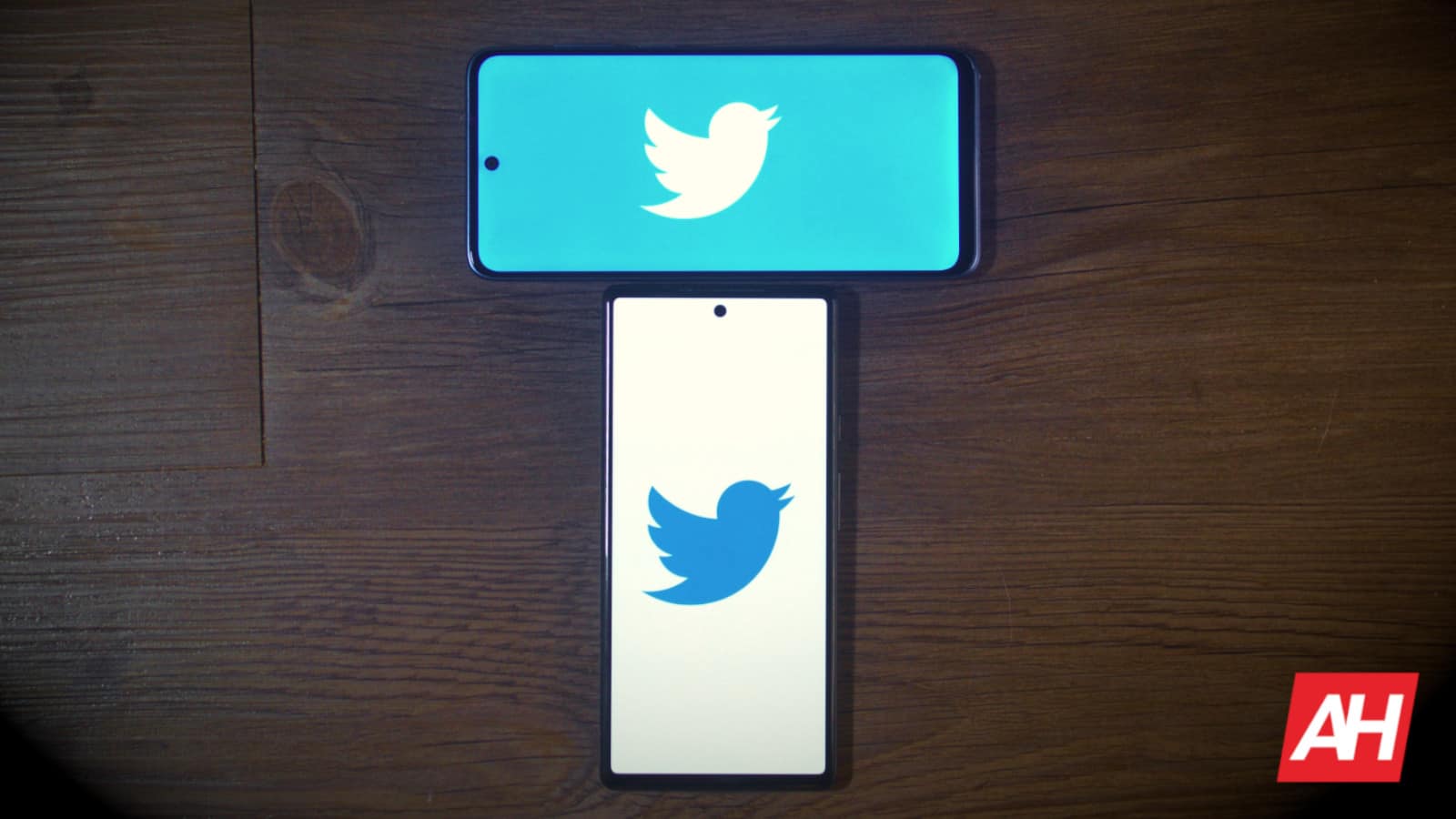
Source: ndroidheadlines.com
Best Early Amazon Prime Day Deals
Amazon’s Prime Day is here, July 11 and 12. It’s back as a two-day event in the middle of July, bringing us a Black Friday in July type of event.
Since announcing Prime Day, Amazon has also started a number of early deals for the big event. These range from discounted smart speakers, Amazon hardware, to extended free trials of different services, and even some TVs.
We have rounded up the very best early Prime Day deals here, for you to check out. As a reminder, you are going to need to be a Prime member to take advantage of the majority of these deals. If you are not a member, you can sign up for a free 30-day trial here. And take full advantage of Prime Day. Without spending a single penny. Just remember to cancel Prime afterwards, unless you do want to keep the service.
Best Early Amazon Prime Day 2023 Deals
Prime Day is here, and we’re rounding up the very best deals that you can get ahead of Prime Day (July 11 and 12) here in this post. That includes deals from brands like Amazon, Ring, Google, Blink, Instant Pot, Keurig, and so much more. So you’ll be able to save loads this year on Prime Day and get just what you need.
New this year, we are doing a roundup of the very best deals that are under $50. So for those bargain hunters out there, we have you covered as well. And keep an eye out for other roundups of Prime Day deals ahead of Prime Day and during Prime Day.
We will be updating this post up until Prime Day, so make sure you keep it locked here for all of the latest Prime Day Deals. That way you won’t miss out on any of the good deals.
Without further ado, here are the best early Prime Day deals.
The post Best Early Amazon Prime Day Deals appeared first on Android Headlines.

Source: ndroidheadlines.com
Apple releases iOS 17 Beta 3 & iPadOS 17 Beta 3
Apple has just pushed out the third beta for iOS 17 and iPadOS 17. That’s just two weeks after Beta 2 was released, and we expect this to also be the public beta, but no word on that just yet. On Apple’s website, it still shows as “coming soon”.
This beta update still appears to be a pretty large one, at about 1.15GB in size. That means that each of the betas since the first one, has been over a gigabyte in size. Hopefully that means lots of bugs have been fixed.
Early reports are saying that this beta was a quick one to install, which is a bit of a surprise after Beta 2. Which took quite some time to install. So despite the larger size here, it might actually be mostly a bug fixer.
In iOS 17, there’s not a ton of big features, this is more of a stability release this year. But it is releasing some cool features like Contact Posters. Which is a customizable poster that others will see when you call. Apple also redesigned the iMessage apps screen, making it easier to jump into apps and share photos, location and much more.
iPadOS 17 Beta 3 released too
Apple has also released the third beta for iPadOS 17, which honestly, has a bigger upgrade this year compared to iOS 17. Apple typically likes to push out features to iPadOS a year after they launched on iOS. So this year, with iPadOS 17, we’re getting new lockscreen widgets, as well as interactive widgets (which is an iOS 17 feature). So it’s almost more exciting to get iPadOS 17.
Both can be downloaded now by heading into the Settings on your iPhone or iPad. Tapping on General, then Software Update. You might need to recheck Developer Beta updates and turn them back on. I’ve noticed on my iPhone 14 Pro, that it was pushed back to turning Beta updates off, for some reason.
The post Apple releases iOS 17 Beta 3 & iPadOS 17 Beta 3 appeared first on Android Headlines.
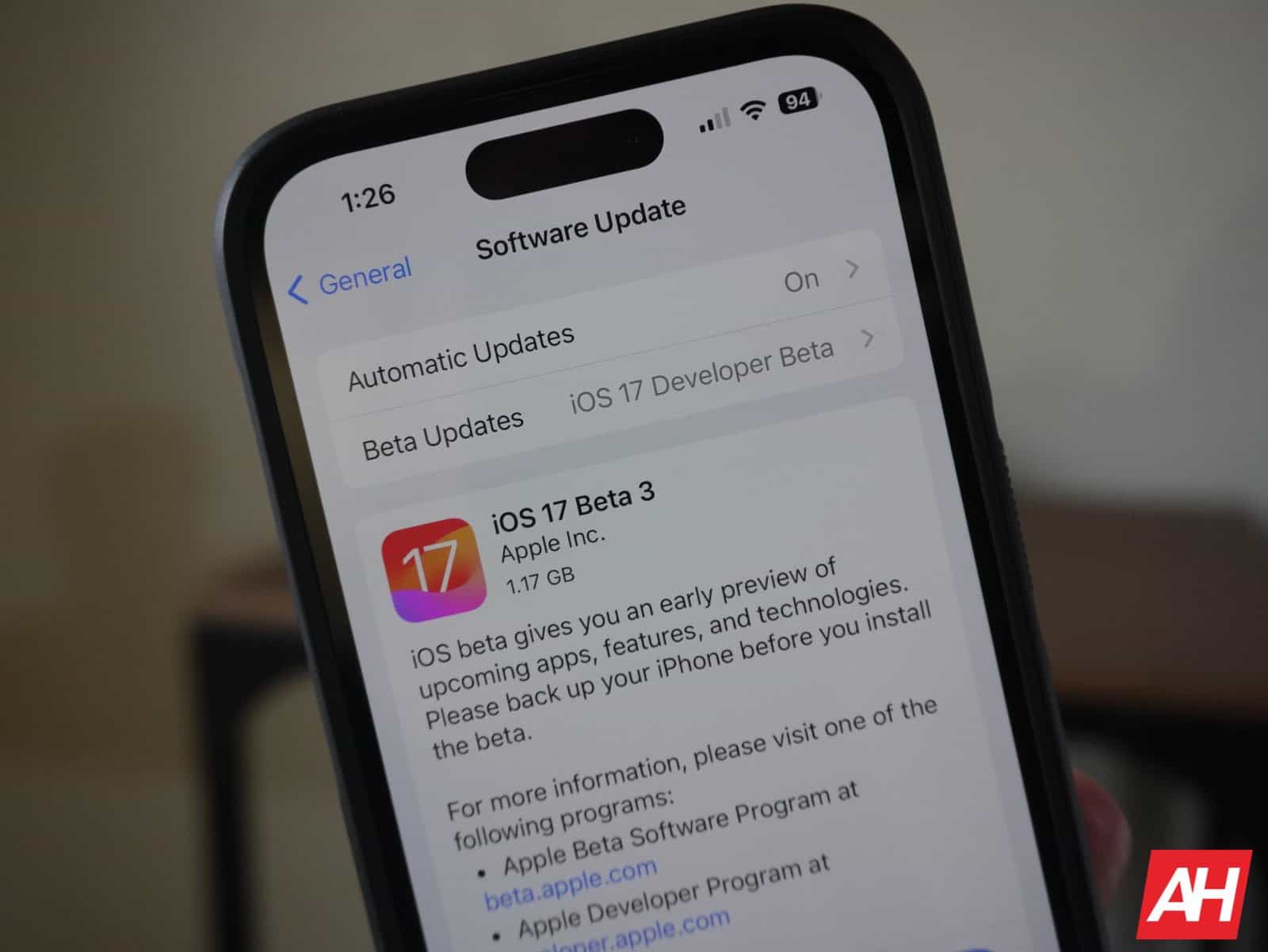
Source: ndroidheadlines.com
The OnePlus Nord 3 5G is official, and it's a beast!
The Nord series of OnePlus phones has proven to be popular among fans, and we’ve been waiting for the next main entry in the series. Well, the wait is over, as the OnePlus Nord3 5G is now official, and this phone is going to be a mid-range beast (via Engadget).
The Nord series has been a thing since 2020 when the company started focusing on making mid-range phones rather than flagship killers. There are several phones, like the OnePlus Nord N30, that were just announced, and it looks like it’s going to be a very capable phone. The Android Headlines review is coming soon.
The OnePlus Nord 3 looks like it’s going to be a beast
While this is a mid-range phone, it’s clear that OnePlus wants this to bite the ankles of phones like the base Galaxy S23 and comparable phones. Starting off with the display, this phone is sporting a large 6.7-inch display with a 2772 x 1240 resolution. It’s significantly more pixel-packed than a typical 1080p display, and it runs at a fluid 120Hz.
Moving onto the internals, the phone uses the powerful MediaTek Dimensity 9000 SoC. That’s backed up by up to 16GB of RAM, which is massive. We can bet that there will be no issues with the performance. As for the battery, we’re looking at a 5,000mAh battery with 80W charging.
For the camera technology, the OnePlus Nord 3 will use a 50MP main camera, and we’re sure it’s going to bin down to around 12MP. Actually, this is the same camera on the OnePlus 11. However, what will matter is how the software handles the visual data.
As for the other sensors, we’re looking at an 8MP ultrawide camera and a 2MP macro camera. Up front, we’re looking at a 16MP selfie camera.
So, all of this power should be pricey, right? About that. This premium mid-ranger won’t cost a premium price. The base model (8GB RAM 128GB storage) costs €449. That’s equivalent to about $488. The more capable model (16GB RAM 265GB storage) will run you €549, or about $597. If you’re in the States, then you’re going to be missing out on this phone, and that goes for those of you in the UK.
The post The OnePlus Nord 3 5G is official, and it’s a beast! appeared first on Android Headlines.

Source: ndroidheadlines.com
Top 10 Most Popular Knowledge Articles for SRM, vSan, and Core Storage for June2023
Tweet Get answers and solutions instantly by using VMware’s Knowledge Base (KB) articles to solve known issues. Whether you’re looking to improve your productivity, troubleshoot common issues, or simply learn something new, these most used and most viewed knowledge articles are a great place to start. Here are the top 5 most viewed KB articles … Continued
The post Top 10 Most Popular Knowledge Articles for SRM, vSan, and Core Storage for June2023 appeared first on VMware Support Insider.
{$inline_image}
Source: vmware
Top 10 Most Popular Knowledge Articles for VMware Cloud for June2023
Tweet Get answers and solutions instantly by using VMware’s Knowledge Base (KB) articles to solve known issues. Whether you’re looking to improve your productivity, troubleshoot common issues, or simply learn something new, these most used and most viewed knowledge articles are a great place to start. Here are the top 5 most viewed KB articles … Continued
The post Top 10 Most Popular Knowledge Articles for VMware Cloud for June2023 appeared first on VMware Support Insider.
{$inline_image}
Source: vmware
Phone Comparisons: ASUS ZenFone 10 vs Google Pixel 7
The ZenFone 10 is ASUS’ brand new compact flagship. That’s not something we see often these days, a very compact smartphone that can compete with the best offerings out there. In this article, we’ll compare the ASUS ZenFone 10 vs Google Pixel 7, with Google’s very own high-end offering. Truth be said, the Pixel 7 Pro is Google’s top-of-the-line phone, but the Pixel 7 is also a high-end device, and more compact than the Pixel 7 Pro, hence this comparison.
These two devices are also somewhat similar in the price segment. So, it makes all the sense in the world to compare them. We’ve reviewed both phones at this point, and you may be surprised by what we’re about to share in this article. We’ll first list their specifications, and then we’ll compare the two phones across a number of different categories. Having said that, let’s get started, shall we?
Specs
ASUS ZenFone 10
Google Pixel 7
Screen size
5.9-inch FullHD+ Super AMOLED display (up to 144Hz refresh rate, 1,100 nits peak brightness)
6.3-inch fullHD+ flat AMOLED display (90Hz refresh rate, 1,400 nits peak brightness)
Screen resolution
2400 x 1080
2400 x 1080
SoC
Qualcomm Snapdragon 8 Gen 2
Google Tensor G2
RAM
8GB/16GB (LPDDR5X)
8GB (LPDDR5)
Storage
128GB/256GB/512GB (UFS 4.0), non-expandable
128GB/256GB (UFS 3.1), non-expandable
Rear cameras
50MP (f/1.9 aperture, 24mm wide-angle lens, 1.0um pixel size, gimbal OIS, PDAF)
13MP (f/2.2 aperture, 120-degree FoV, 1.12um pixel size)
50MP (Samsung ISOCELL GN1 sensor, 1.2um pixel size, f/1.85 aperture, 82-degree FoV, Super Res Zoom up to 8x)
12MP (ultrawide, 1.25um pixel size, f/2.2 aperture, 114-degree FoV, lens correction)
Front cameras
32MP (f/2.5 aperture, 0.7um pixel size)
10.8MP (1.22um pixel size, f/2.2 aperture, 92.8-degree FoV, Fixed Focus)
Battery
4,300mAh, non-removable, 30W wired charging
Charger included
4,355mAh, non-removable, 21W wired charging, 23W wireless charging, reverse wireless charging
Charger not included
Dimensions
146.5 x 68.1 x 9.4mm
155.6 x 73.2 x 8.7mm
Weight
172 grams
197 grams
Connectivity
5G, LTE, NFC, Bluetooth 5.3, Wi-Fi, USB Type-C
5G, LTE, NFC, Bluetooth 5.2, Wi-Fi, USB Type-C
Security
Side-facing fingerprint scanner
Face Unlock
In-display fingerprint scanner (optical)
OS
Android 13
ZenUI
Android 13
Price
$799
$599/$699
Buy
Available Q3 2023
Amazon
ASUS ZenFone 10 vs Google Pixel 7: Design
These two smartphones are easy to differentiate, as they’re sporting entirely different designs. The ZenFone 10 is more rounded, and looks different in every way, basically. One thing they have in common is the fact their frames are made out of aluminum, that’s basically it. The ZenFone 10 is considerably shorter, narrower, and a bit thicker. It’s also lighter on top of everything, and you will feel the difference.
The ASUS ZenFone 10 comes with flat sides, all around, and a flat display. It has a display camera hole in the top-left corner, while all of its physical buttons are placed on the right side. The bezels are not uniform, but they are quite thin. Two camera islands are included on the back, and each of them is housing one camera sensor. The backplate on the device is made out of soft-touch plastic, of sorts. The feel is somewhere between regular plastic, and OnePlus’ sandstone finish, the phone is quite grippy, and very comfortable to hold. That backplate sticks out towards the back, and is curved to make holding the device more pleasant.
The Pixel 7, on the other hand, doesn’t have flat sides, though it has a flat display too. It has a centered display camera hole, and its bezels are also thin, but not uniform. All the physical buttons are located on the right side, while there’s a camera visor on the back. That camera visor is covered by metal, and it attaches to both the left and right sides of the frame. The Pixel 7 has a glass back, which is slightly curved towards the edges.
Both phones feel premium in the hand, though entirely different. The ZenFone 10 is much easier to use with one hand, and it’s also much grippier than the Pixel 7. Both phones offer an IP68 certification for water and dust resistance.
ASUS ZenFone 10 vs Google Pixel 7: Display
The ZenFone 10 features a 5.9-inch fullHD+ (2400 x 1080) Super AMOLED display. That panel is flat, and it supports a 144Hz refresh rate, though it’ll only activate during gaming. HDR10+ content is supported here, while the panel goes up to 1,100 nits of brightness at its peak. It has a 20:9 aspect ratio, while the Gorilla Glass Victus protects this panel.
Google Pixel 7
The Pixel 7, on the other hand, includes a 6.3-inch fullHD+ (2400 x 1080) AMOLED display. That panel is also flat, and it supports a 90Hz refresh rate. HDR10+ content is supported here too, while the display can reach 1,400 nits of brightness at its peak. It also has a 20:9 aspect ratio, while the Gorilla Glass Victus protects it, the same as it does the ZenFone 10’s panel.
Both of these displays are good, though they’re not the very top-of-the-line. They’re more than sharp enough, and offer vivid colors, with deep blacks, and very good viewing angles. The touch response is also very good. The ZenFone 10’s panel does offer a higher refresh rate, and during regular usage, you may notice the difference between 120Hz and 90Hz, though most people probably won’t. Both displays could be brighter outdoors, as you’ll notice that under direct sunlight, if you’ve used a considerably brighter display. For all intents and purposes, they’re more than bright enough.
ASUS ZenFone 10 vs Google Pixel 7: Performance
The Snapdragon 8 Gen 2 fuels the ASUS ZenFone 10. ASUS also included up to 16GB of LPDDR5X RAM inside of this phone, and UFS 4.0 flash storage. The Pixel 7, on the other hand, comes with the Google Tensor G2 processor, 8GB of LPDDR5 RAM, and UFS 3.1 flash storage. The ZenFone 10 has better performance-related hardware, there’s no doubt about that, does that reflect actual usage, though?
Well, yes, you can see the difference. The ZenFone 10 is more snappy than the Pixel 7, and the Snapdragon 8 Gen 2 plays a major part in that. Don’t get me wrong, the Pixel 7 is not a slow phone, not at all, but when you use it next to the ZenFone 10, it is visibly slower. Both phones handle regular, everyday tasks without a problem, though. The ZenFone 10 is more prominent when it comes to gaming, though.
You can play the most demanding games on the ZenFone 10 without a problem, though do note the phone will get quite warm after a while. The Pixel 7 does a good job with gaming, but the most demanding titles will perform worse than on the ZenFone 10. The Pixel 7 wasn’t exactly made for gaming, though, and Google never claimed it was.
ASUS ZenFone 10 vs Google Pixel 7: Battery
The ASUS ZenFone 10 features a 4,300mAh battery on the inside. The Pixel 7, on the flip side, has a 4,355mAh unit. These battery sizes may not seem huge, but do keep in mind both of these phones are smaller than your regular flagships these days. In fact, the ZenFone 10 in particular offers outstanding battery life. The Pixel 7 is not bad in that regard, but it cannot compete with ASUS’ offering.
During our usage, we were able to cross the 10-hour screen-on-time mark, a number of times. In fact, the phone managed to get over the 11-hour screen-on-time mark, and keep on going. That’s incredible for a phone of that size, that’s for sure. The Pixel 7, on the other hand, will fly closer to 7-7.5 hours of screen-on-time, as it struggles to reach that 8-hour mark. Do note that your mileage may vary, though, of course. You’ll use different apps, in different ways, and with different signal strengths. One thing is for sure, though, the ZenFone 10 trumps the Pixel 7 in terms of battery life, by quite a margin.
The ZenFone 10 supports 30W wired, 15W wireless, and 5W reverse wired charging. The Pixel 7, on the flip side, supports 20W wired, 20W wireless, and reverse wireless charging. Unlike Google’s offering, the ZenFone 10 does include a charger in the box. For the Pixel 7, you’ll have to buy one separately, if you don’t already own it.
ASUS ZenFone 10 vs Google Pixel 7: Cameras
The ASUS ZenFone 10 has a 50-megapixel main camera, and a 13-megapixel ultrawide unit (120-degree FoV) on the back. The Pixel 7, on the other hand, includes a 50-megapixel main camera, and a 12-megapixel ultrawide camera (114-degree FoV). Pixels are well-known for their photo prowess, while the ZenFone 10 did a good job in our testing too. They’re quite different in terms of final products, though.
ASUS ZenFone 10
The ZenFone 10 provides noticeably brighter images than its predecessor, while it also toned down on sharpening, which was an issue on the ZenFone 9. It provides good-looking photos, with ample detail, and offers good performance in HDR conditions. The thing is, autofocus can be a hit or miss, but ASUS is expected to fix that via a software update. The Pixel 7 offers contrasty photos, which end up looking a bit unrealistic, but great overall. It rarely misses, and is one of the most reliable smartphones for taking photos.
Ultrawide cameras on both smartphones do a good job, though we’d give the end to the Pixel 7 here. The ZenFone 10 does have a wider FoV on that camera, but the photos end up looking a bit different than the ones provided by the main camera. On top of that, ASUS removed autofocus support for that camera, which destroys its macro prowess. We’re not sure why that happened, but there you go.
Video footage ends up looking good on both phones, but the stabilization is ZenFone 10’s forte. ASUS improved upon its gimbal OIS stabilization, and it truly does wonders on the ZenFone 10. If you have a tendency to film while you’re running, riding a bike, or something of the sort, the ZenFone 10 is the way to go.
Audio
Both of these phones do have stereo speakers, and offer good sound output. They’re nowhere near the loudest speakers in the market, but they do a good job. The Pixel 7’s speakers are slightly louder, while both sets are well-optimized across the spectrum.
If you need a headphone jack, however, the ZenFone 10 is your only choice here. ASUS included an audio jack at the top, while you’ll need to use the Type-C port on the Pixel 7 in order to connect your headphones via a wire. If you decide to go wireless, the ZenFone 10 offers Bluetooth 5.3, compared to Bluetooth 5.2 on the Pixel 7.
The post Phone Comparisons: ASUS ZenFone 10 vs Google Pixel 7 appeared first on Android Headlines.
![]()
Source: ndroidheadlines.com
Galaxy A53 5G picks up Samsung's July 2023 update
After updating the Galaxy S22 and Galaxy S23 phones to the July 2023 security patch yesterday, Samsung has released the latest security update for the Galaxy A53 5G. The rollout has begun in Latin America. The company should expand the release to other markets, including the US, over the next few weeks.
As of this writing, the July SMR (Security Maintenance Release) for the Galaxy A53 5G is available to users in Bolivia and Panama. The new firmware build number for the phone is A536EXXS7CWF6 (via SamMobile). Samsung should roll out the update in more countries in the region soon, followed by a wider release globally.
The premium mid-range phone isn’t getting apart from the latest security fixes. But neither Google nor Samsung has published the detailed content yet. Samsung will only update its security updates tracker after Google does. So we might have to wait a few more days to confirm what the July SMR brings to Galaxy devices.
As usual, we should get dozens of vulnerability fixes, including a few critical ones. The majority of those should be Android OS fixes with Samsung patching a handful of Galaxy-specific issues. Note that not every Galaxy device is affected by all of those issues. But every model is vulnerable to at least one of them. So it’s important to install the latest security patches as soon as possible.
Your Galaxy device will send a notification once a new OTA (over the air) update is available for it. You can tap on the notification and follow the on-screen instructions to install the update. Alternatively, you can navigate to Settings > Software update > Download and install to check for updates manually. Since updates are usually released in batches, they may now be available to all eligible users at the same time. Check again later if you don’t find any updates today.
The Galaxy A53 5G will get the Android 14 update
The Galaxy A53 5G is Samsung’s premium midrange phone from 2022. It debuted with Android 12 out of the box and has already received an update to Android 14, which may arrive at the end of this year. The device will also get Android 15 and Android 16 in its lifetime, while security updates will come at least until March 2027. The frequency of these updates will come down over time, though. It will not get monthly updates forever. Rest assured, we will keep you posted with every new update for the Galaxy A53 5G.
The post Galaxy A53 5G picks up Samsung’s July 2023 update appeared first on Android Headlines.
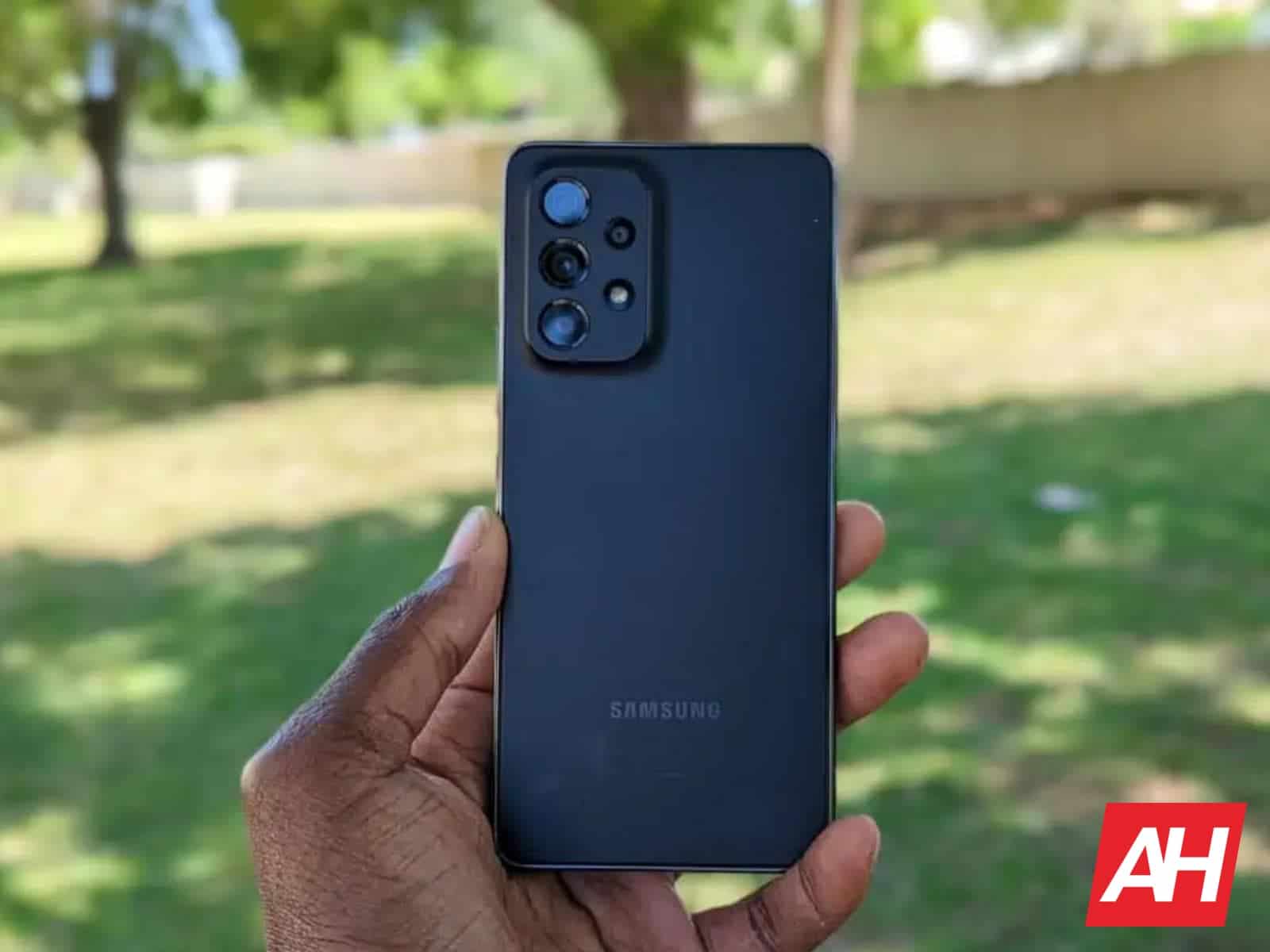
Source: ndroidheadlines.com
Galaxy Z Flip, A71, A51 & more get Samsung's June update in the US
Samsung may have already released the July security patch, but a few Galaxy devices are still awaiting the June update, at least in some markets. The company is pushing the older monthly SMR (Security Maintenance Release) to a bunch of devices in the US. The Galaxy Z Flip, Galaxy Z Flip 5G, Galaxy A71, Galaxy A51, Galaxy A51 5G, Galaxy A21, and Galaxy A13 5G are all getting last month’s update.
The June security update is available for carrier-locked and unlocked variants of the Galaxy Z Flip and Galaxy Z Flip 5G in the US. The new firmware build numbers for the former model are F700USQU7IWE1 (carrier-locked) and F700U1UEU7IWE1 (unlocked). Those for the 5G version are F707USQU5HWE3 and F707U1UEU5HWE3 (via). The rollout is widely available on all networks. Samsung is pushing some revisions to terms and conditions but nothing more. Of course, that’s in addition to last month’s security fixes.
The Galaxy A71 is also widely getting Samsung’s June update in the US. The phone is picking up the new SMR with the build number A716USQU9GWF7. It could be the same changelog for this mid-range handset as well. That’s because the Galaxy A51 and Galaxy A51 5G are also getting the same changes. The rollout for these two models is currently limited to carrier-locked variants, though. The new build numbers are A515USQUAFWF3 and A516USQUDGWF1, respectively. Unlocked units should get the update soon.
Galaxy A21 and Galaxy A13 5G are also getting the June update
The Galaxy A21 is another Samsung phone that recently started picking up the June SMR in the US. Once again, the Korean firm has kept the update limited to carrier-locked units. It’s getting the update with firmware version A215USQSACWF1. For a change, this release is all about the security fixes for June 2023. There’s nothing else here. A wider rollout should follow in the coming days.
Lastly, the Galaxy A13 5G is joining Samsung’s June update party in the US. The budget handset is getting the build number A136USQU5DWF6 (carrier-locked) and the same changelog as the Galaxy Z Flip series. Unlocked units have yet to pick up the June SMR. The 4G-only Galaxy A13 received the June SMR in the US a few weeks back. If you’re using any of these Galaxy smartphones and haven’t yet received last month’s security update, watch out for it in the coming days. You can use the Settings app on your phone (Software update menu) to check for updates manually.
The post Galaxy Z Flip, A71, A51 & more get Samsung’s June update in the US appeared first on Android Headlines.
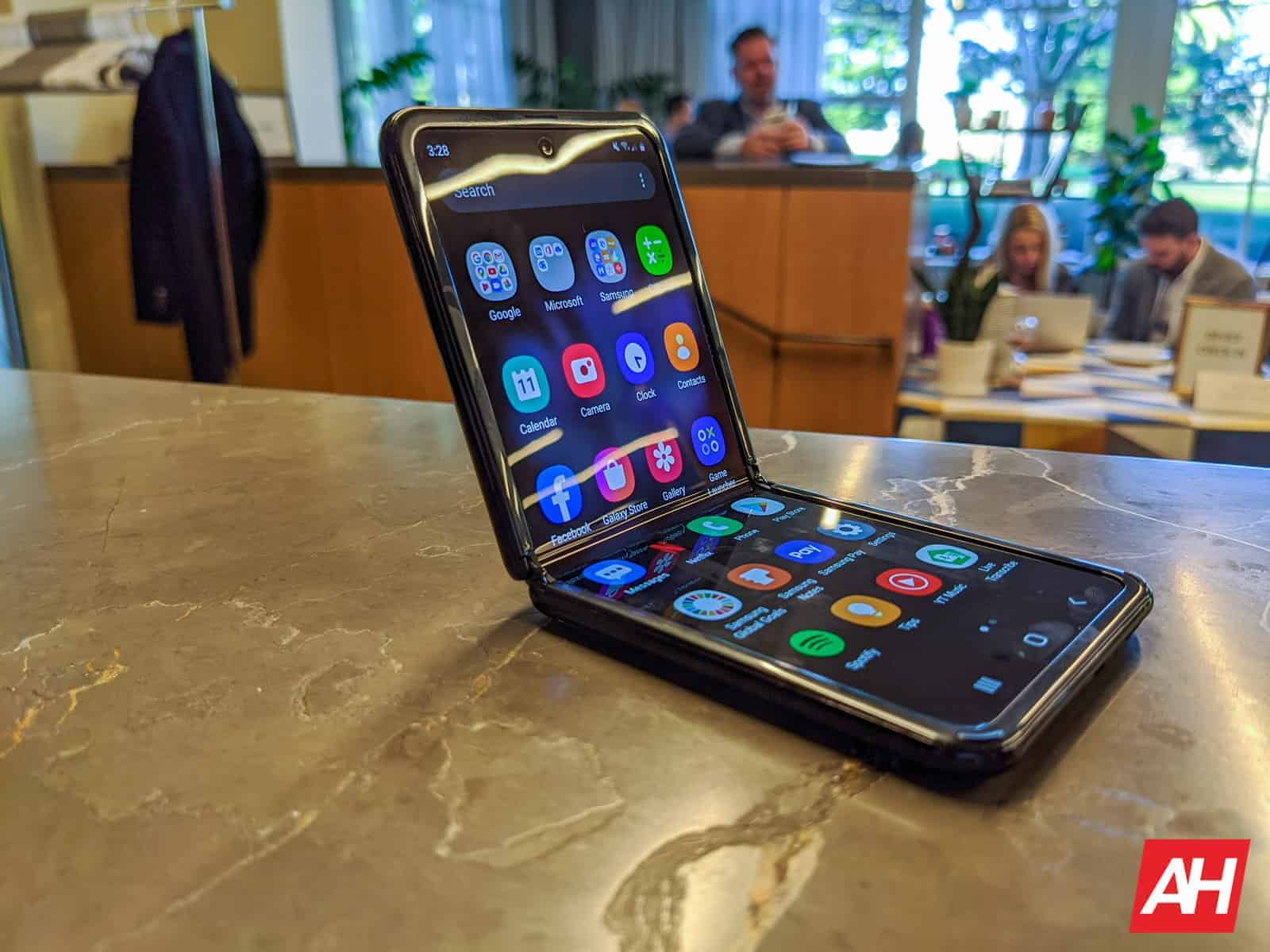
Source: ndroidheadlines.com
HONOR's product seemingly inspired Apple's Dynamic Island
In the smartphone industry, innovations are necessary and the HONOR Smart Capsule was a solid entry. Back in the year 2019, this innovative design was shown off on the HONOR V20 during its launch. The idea was to take the front-facing camera cutout and make it a functional part of the screen.
To do this, Honor assigned some software features to the front-facing camera cutout. With this, certain designs, animations and pop-ups (or notifications) could wrap around the cutout. This innovative thinking from HONOR was done back in 2019 when the V20 device came into existence.
Fast-forward to 2022 and netizens get to see a similar design on the iPhone 14 Pro series. But this time Apple calls it the Dynamic Island, and it does exactly what HONOR’s Smart Capsule did back in 2019. For this reason, the Chinese company is calling Apple out and labelling them copycats lacking innovative thinking.
HONOR calls out the Apple Dynamic Island during the MWC Shanghai event
At the MWC Shanghai event, Honor’s CEO Zhao Ming pointed out the lack of innovation in the smartphone industry. During his speech “The Future Evolution of Smartphones” he made it clear that the mobile industry is declining due to certain complications. One such complication is the lack of innovations seen among smartphone manufacturing companies.
From his point of view, some smartphone manufacturing companies are waiting to borrow the ideas of others. To solidify this point of his, he points out the Dynamic Island on the iPhone 14 Pro series. Apple has got tons of praise from netizens for introducing this feature on the iPhone 14 Pro series.
However, HONOR’s CEO points out that his brand came up with this innovation back in 2019. The HONOR V20 smartphone is built upon the idea of the front-facing camera cutout being functional while the phone is in use. For instance, during a call, the UI will display a pill-shaped design around the cutout to display the call time.
Apple took this design and made it popular with the iPhone 14 Pro series. Just a few months after another smartphone company, Realme also put this innovation to use on one of their devices. To the HONOR CEO, Zhao Ming, this lack of innovative thinking is affecting the smartphone industry.
The post HONOR’s product seemingly inspired Apple’s Dynamic Island appeared first on Android Headlines.
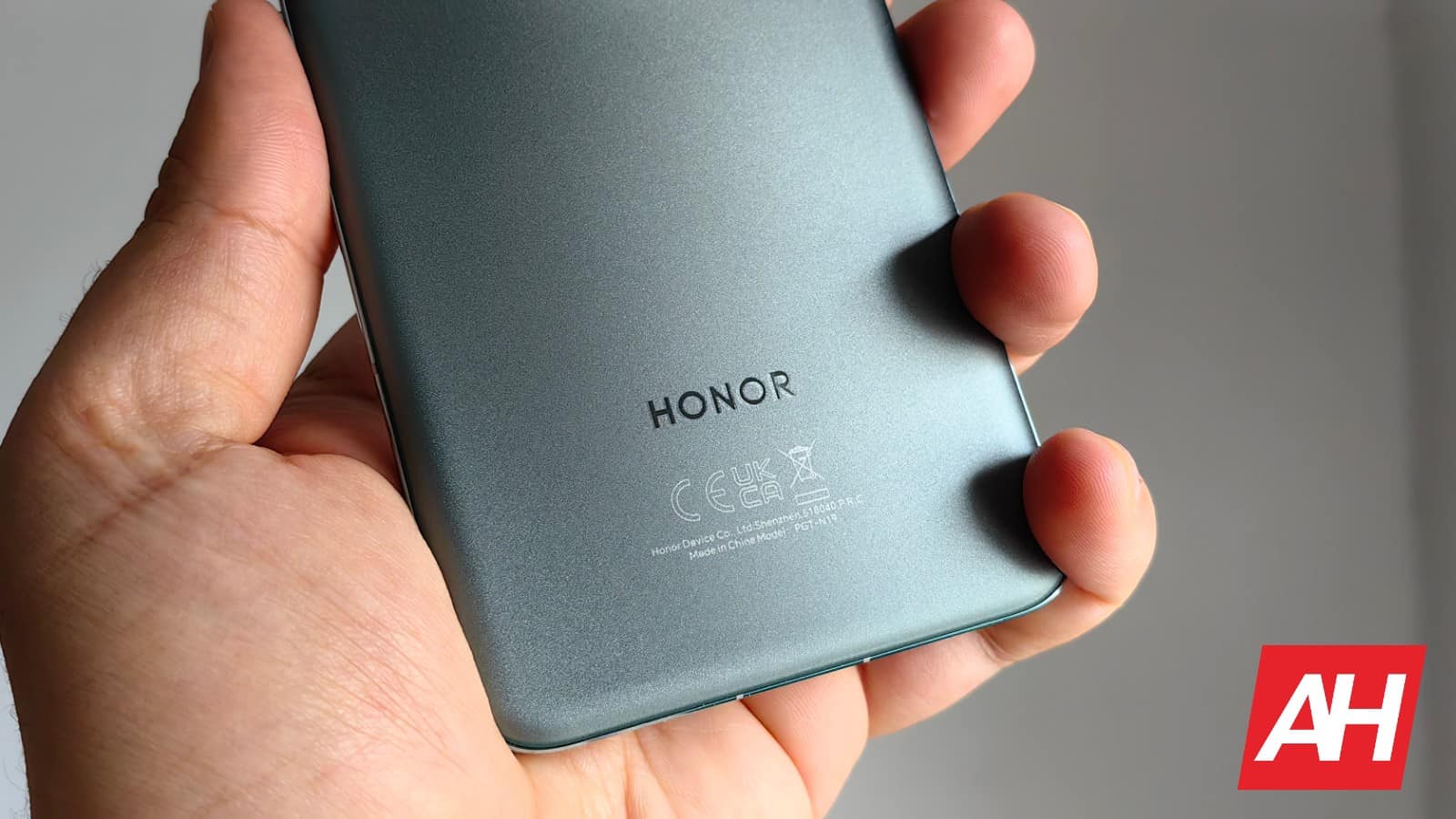
Source: ndroidheadlines.com
Samsung releases third One UI Watch 5 beta update for Galaxy Watches
Samsung is here with a new One UI Watch 5 beta update for the Galaxy Watch 4 and Galaxy Watch 5 series. The latest build, which is the third since the beta program opened about a month back, brings several bug fixes and functional improvements. It also contains the latest Android security patch (July 2023). The company may release the One UI Watch 5 stable update next month.
Galaxy Watches get their third One UI Watch 5 beta update
Samsung began bet testing One UI Watch 5 for its Wear OS smartwatches early last month. It rolled out two beta build in a span of just over a week. The second release quashed a host of bugs and anomalies present in the original build. A few weeks later, the company is rolling out another beta update with more bug fixes.
As of this writing, the third beta build of One UI Watch 5 is only available to registered users in South Korea. But the beta program is also open in the US. If you have enrolled your Galaxy Watch 4 or Galaxy Watch 5 in it, you should soon get an OTA (over the air) update. The package weighs slightly more than 425MB and carries a firmware version ending with ZWFC. The previous build number ended with ZWF4.
As for bug fixes, a screenshot posted on Twitter reveals that Samsung has fixed an issue related to blood oxygen measurements during sleep. The new update also improves sleep tracking and optimizes screen brightness for better visibility outdoors. It patched battery drain issues as well. The update should also bring system stability and reliability improvements, and new security patches.
The stable update is expected in a month
Based on Wear OS 4, One UI Watch 5 brings many new features and functional improvements to Galaxy Watches. Wear OS 4 itself is based on Android 13, with Google skipping Android 12 for its watch platform (Wear OS 3 was based on Android 11). Samsung smartwatches will be the first to get the new Wear OS version.
The Korean firm hasn’t yet released a timeline for the rollout of the stable One UI Watch 5 update for the Galaxy Watch 4 and Galaxy Watch 5 series. But we are expecting the big update to arrive next month. The company is gearing up to launch the Galaxy Watch 6 series at the end of July. The new watches will almost certainly run One UI Watch 5 out of the box. Older models should pick it up shortly afterward. We will let you know when Samsung rolls out the update.
The post Samsung releases third One UI Watch 5 beta update for Galaxy Watches appeared first on Android Headlines.
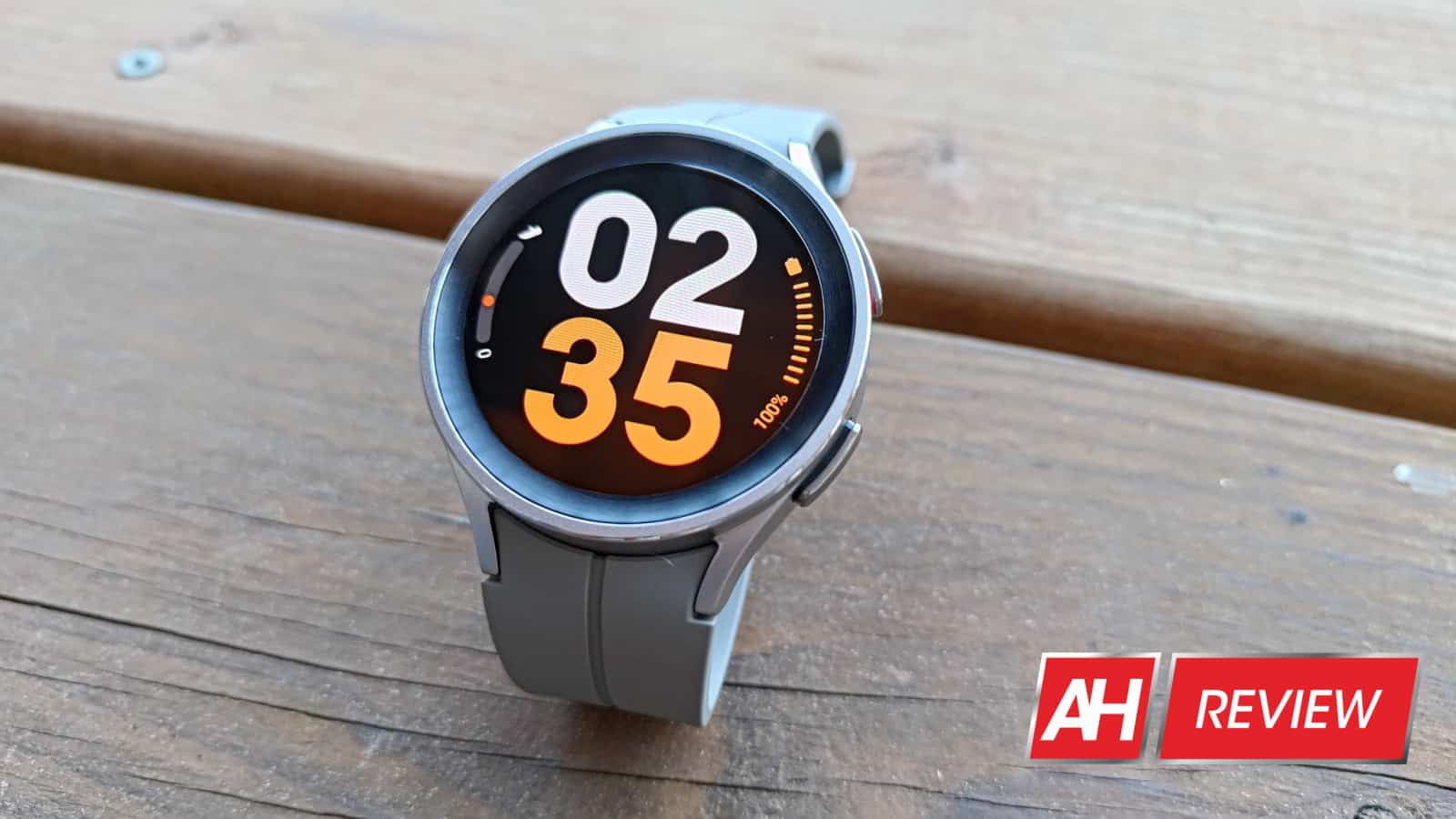
Source: ndroidheadlines.com
HBO shows are finally coming to Netflix
Netflix has been the temporary home of content from many companies. However, there’s one company that’s yet to place its shows on the streaming service, and that’s HBO. However, thanks to a report from Deadline (via Engadget), HBO is finally making some of its content available on Netflix in the US.
The home of most of HBO’s shows and movies can be found on MAX. The company originally showed all of its content on HBO MAX, but the company merged its content with Discovery+. The merged streaming service is MAX, and it gives you access to content from both of the streaming services. However, HBO had to shed a bunch of its HBO MAX content in the process.
If you’re interested in getting a subscription, the plan starts off at $9.99/month ($99.99/year) for the ad-supported tier. Going ad-free will cost you $15.99/month ($149.99/year), and the top-tier plan costs $19.99/month ($199.99/year).
These HBO shows are coming to Netflix in the US
There’s a handful of shows crossing the pond to Netflix, but there’s only one show currently streaming. This is a gradual rollout, so the other shows will show up on Netflix in due time.
The show that’s on Netflix now is Insecure. This show was created by Issa Rae, and it’s highly acclaimed. This comedy-drama “looks at the friendship of two modern-day black women, as well as all of their uncomfortable experiences and racy tribulations.”, as per the description on HBO.com. All five seasons are currently on Netflix, so you can start binging now.
If you manage to burn your way through that show, don’t worry. There are other shows making their way over to Netflix. Band of Brothers, Six Feet Under, Ballers, and The Pacific are also making their way over to Netflix. These shows will arrive as time goes on. Also, remember, this refers to the US market. If you’re outside of the US, you’ll be able to watch True Blood.
The post HBO shows are finally coming to Netflix appeared first on Android Headlines.
![]()
Source: ndroidheadlines.com
Best Apple iPhone to buy in 2023
Are you in the market for a new phone, and want to get an iPhone? Well the good news is, there’s an iPhone for virtually every budget. And no, we’re not talking about renewed or used models. In fact our list here does not have a single used or renewed model. These are all new.
Today, we’re rounding up the best iPhones you can buy in 2023. This will include the iPhone 14 series, iPhone 13 series and even the iPhone SE. So without further ado, here’s the best iPhones you can buy in 2023.
Best iPhone to buy in 2023
Below, you’ll find links to all of the iPhones that are worth buying in 2023.
Product name
Cost
Where to buy
Apple iPhone 14 Pro
$999
AT&T, T-Mobile, Verizon
Apple iPhone 14 Pro Max
$1,099
AT&T, T-Mobile, Verizon
Apple iPhone 14
$799
AT&T, T-Mobile, Verizon
Apple iPhone 13
$699
AT&T, T-Mobile, Verizon
Apple iPhone SE (3rd Gen)
$429
AT&T, T-Mobile, Verizon
Apple iPhone 13 mini
$599
AT&T, T-Mobile, Verizon
Best iPhone
Apple iPhone 14 Pro
Price: $999
Storage capacities: 128GB, 256GB, 512GB, 1TB
Where to buy: AT&T, T-Mobile, Verizon
The regular iPhone 14 Pro is currently our pick for the best iPhone, because it has all of the “pro” features, without having a huge display and a lot of weight like the Pro Max. Not to mention, it is $100 less than the Pro Max.
With the iPhone 14 Pro you’re getting a 6.1-inch 120Hz display using ProMotion, along with the Dynamic Island. It also has the newest chipset from Apple, the A16 Bionic. That’s paired with 6GB of RAM. That might sound like not a lot of RAM, but remember that iOS is a lot more optimized than Android, since it runs on a handful of phones versus, thousands of phones.
It launched in September 2022, and it’ll likely get updated for at least 5 years or more.
Best big iPhone
Apple iPhone 14 Pro Max
Price: $1,099
Storage capacities: 128GB, 256GB, 512GB, 1TB
Where to buy: AT&T, T-Mobile, Verizon
Our choice for the best “big” iPhone is likely not a surprise. Though some might think we would go with the Plus over the Pro Max. But the upgrades on the Pro Max are to big to skip out on. The iPhone 14 Pro Max has all of the same features as the iPhone 14 Pro listed above, with the major difference here being that it has a larger 6.7-inch display. And therefore a larger battery.
The biggest reason to get the iPhone 14 Pro Max, or really any Pro Max iPhone is the battery life. I actually used the iPhone 13 Pro Max for a year, and legit I was only charging it every two to three days. And that was with heavy use too. So definitely a good option if you use your phone a lot.
Best iPhone for most people
Apple iPhone 14
Price: $799
Storage capacities: 128GB, 256GB, 512GB
Where to buy: AT&T, T-Mobile, Verizon
The iPhone 14 is the best iPhone for most people. It does skip out on some “pro” features like the telephoto camera, as well as the ProMotion display. But keep in mind that this display is still very smooth. It doesn’t have the Dynamic Island either, which take that as you will.
With the iPhone 14, you’re getting a lot of the flagship features, in a $799 price tag. Which is not bad at all. It also comes in a ton of colors, including the new yellow that Apple introduced for the Spring.
Best value iPhone for under $700
Apple iPhone 13
Price: $699
Storage capacities: 128GB, 256GB, 512GB
Where to buy: AT&T, T-Mobile, Verizon
Most of the time, we would not recommend the previous year’s iPhone right below the current model. But this year, Apple did very little to upgrade the iPhone 13 to the iPhone 14. It even has the same chipset. So for $100 less, you can get basically the same phone, but in some different colors.
If you’re worried about updates, don’t. Apple does really well with updates. In fact, it updated the iPhone 6S and 6S Plus for over 6 years before it finally gave up on it. So you’ll get plenty of updates with this phone.
Best iPhone with Touch ID
Apple iPhone SE (3rd Gen)
Price: $429
Storage capacities: 64GB, 128GB, 256GB
Where to buy: AT&T, T-Mobile, Verizon
Apple really does offer an iPhone for every budget, including this iPhone SE (3rd Gen). This is the latest iPhone SE from the company, which does include 5G support. So that’s good to see. But because of that, the battery is not so great.
This is basically the iPhone 13, in an older iPhone body, complete with Touch ID. So if you’re not a fan of the Face ID for unlocking your device, you do get the fingerprint sensor back on the iPhone SE. It’s fairly cheap, but starting at 64GB should be a crime in 2023.
Best small iPhone
Apple iPhone 13 Mini
Price: $599
Storage capacities: 128GB, 256GB, 512GB
Where to buy: AT&T, T-Mobile, Verizon
Now if you’re someone that wants a small iPhone, the iPhone 13 Mini is the one for you. This one comes with a 5.4-inch display, which is almost unheard of in 2023. Which is probably why Apple decided not to do another mini iPhone. This is likely the last “Mini” iPhone Apple will ever do, since it sold so poorly.
But in this small iPhone, you do get the Apple A15 Bionic chipset, 4GB of RAM, and up to 512GB of storage. There is also two 12-megapixel sensors here, with a main wide angle and then an ultrawide.
The post Best Apple iPhone to buy in 2023 appeared first on Android Headlines.
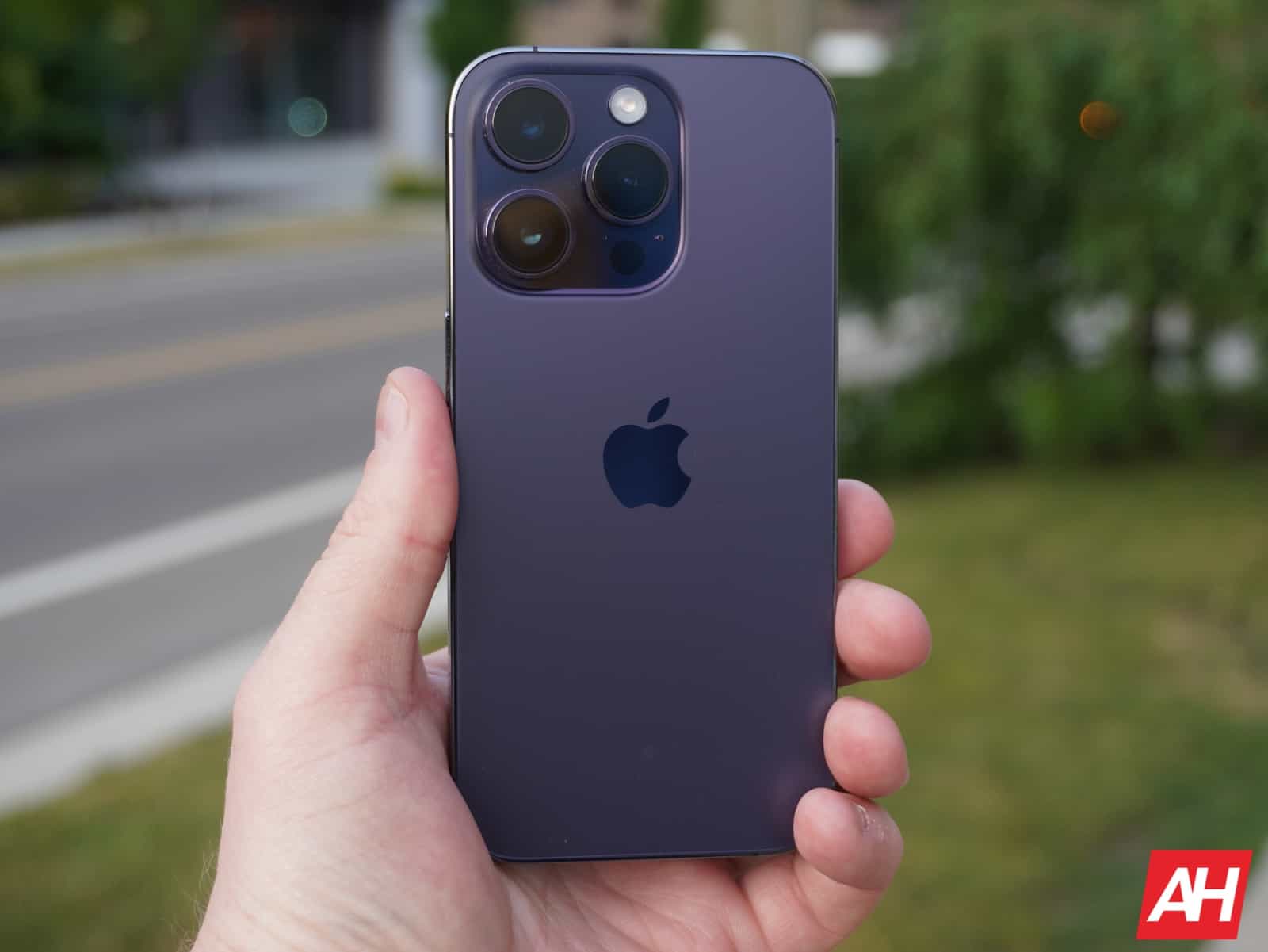
Source: ndroidheadlines.com
Nothing OS 1.5.5 will expand your available RAM and more
Nothing is still developing an identity for Nothing OS, and we’re expecting some notable changes coming with Nothing OS 2.0. However, it doesn’t mean that the company isn’t still working on the current version. According to a report from Gizmochina, Nothing is releasing Nothing OS 1.5.5. This version is going to bring some useful improvements that Nothing fans will enjoy.
We’re all waiting for the Nothing Phone (2). This phone is going to get its official announcement on July 11th. That’s not far away, so Nothing fans will be able to sink their teeth into this phone before too long. We expect it to have a similar design to the first-generation device. However, the most notable change will be the different Glyph interface.
Nothing OS 1.5.5 brings some welcomed improvements
Nothing OS is set to get a welcomed update that will bring some nice features for those sporting the Nothing Phone (1). Not only that, but the update will also bring your run-of-the-mill stability fixes.
Starting off with the features, this update will improve the accuracy of the face unlock feature. The changelog mentions that the update will improve its performance in darker environments. That’s a welcomed change, as it gets frustrating having to switch to different unlock methods when one fails.
This next change will help improve the battery life. It will reduce the Bluetooth power consumption when the device is in standby mode at night. There’s no use in having the Bluetooth function using battery power when you’re not using the functionality.
Perhaps the most notable change is the RAM expansion. The changelog states that you can increase the number of apps open in the background by 10%. While that number will vary depending on how much RAM each app uses, it’s still a welcomed change.
This most likely expands the RAM by using some of your storage as RAM. This is a common practice with phones nowadays, especially less expensive devices. With this, a phone can launch with a decent 8GB of RAM and expand it to 12GB or even 16GB using some of the storage.
Bug fixes
As for the minor changes, the update fixes a handful. The update fixes the issue where adaptive brightness randomly turns off. Other than that, the update fixes the issue preventing the camera from taking pictures and the various problems related to face unlock.
The post Nothing OS 1.5.5 will expand your available RAM and more appeared first on Android Headlines.
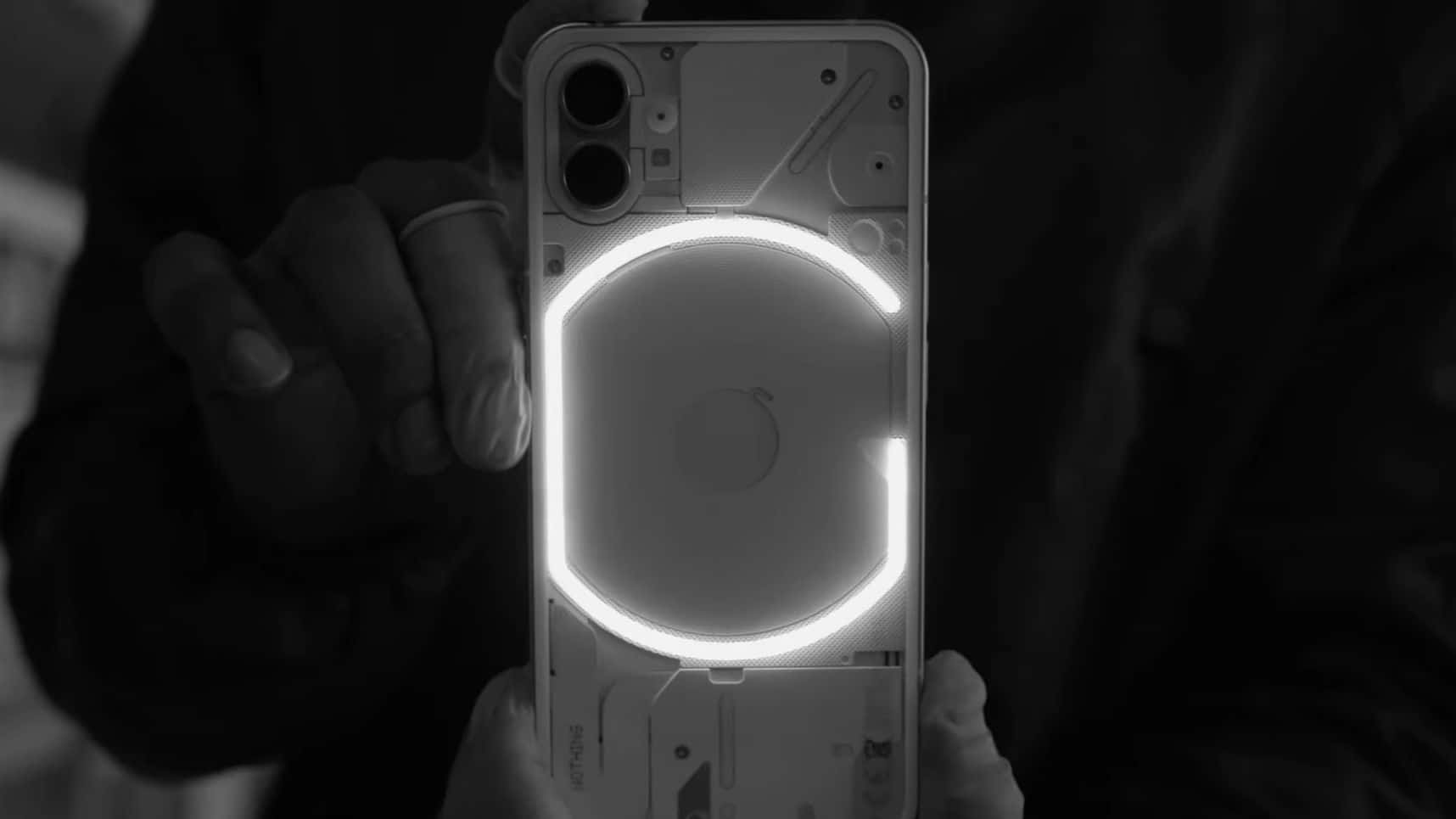
Source: ndroidheadlines.com
Google Pixel 8 Pro Protoype leaks
Here’s our first look at a prototype of the upcoming Google Pixel 8 Pro. And it comes with very few surprises, actually.
The biggest change we can see here is that Google is going with a two-tone backside again. With the top, above the camera bar, looking darker than the bottom part. Of course, that could also just be due to the lighting in the room where this picture was taken.
The other big change we’re seeing here is the camera bar. It looks like there’s now one cut out for the triple-camera setup. Instead of an oval for the ultrawide and wide sensors, and another cutout for the telephoto lens. It also doesn’t look like it’s quite as curved as the Pixel 7 Pro.
On the front, there’s not a whole lot that this shows us. However, it does show that this is a flat display, instead of a curved one, so that’s good to see.
Pixel 8 Pro codename has been rumored to be “husky”
Many of you might be wondering why we think this is the Pixel 8 Pro? Well, we have seen leaks and rumors that the codename for the Pixel 8 Pro is going to be “Husky”, and that’s what’re seeing on this model. It’s also quite obvious that this is a Pixel device here.
There’s a few other things that these images of “husky” show us, including the fact that it has 12GB of Samsung’s LPDDR5 RAM and 128GB of storage from SKHynix. That’s the same RAM and Storage as the Pixel 7 Pro, so it doesn’t look like there’s any upgrades in that department.
Google is set to announce the Pixel 8 series later this year, typically around the beginning of October. So we still have a couple of months before this device is made official. And that means plenty more leaks coming.
The post Google Pixel 8 Pro Protoype leaks appeared first on Android Headlines.
![]()
Source: ndroidheadlines.com
Top 10 Most Popular Knowledge Articles for ESXi, VCenter, Automation Operations, vCF, and vCD for June, 2023
Tweet Get answers and solutions instantly by using VMware’s Knowledge Base (KB) articles to solve known issues. Whether you’re looking to improve your productivity, troubleshoot common issues, or simply learn something new, these most used and most viewed knowledge articles are a great place to start. Here are the top 5 most viewed KB articles … Continued
The post Top 10 Most Popular Knowledge Articles for ESXi, VCenter, Automation Operations, vCF, and vCD for June, 2023 appeared first on VMware Support Insider.
{$inline_image}
Source: vmware
Phone Comparisons: ASUS ZenFone 10 vs ASUS ZenFone 9
ASUS’ new compact powerhouse smartphone is here. The ZenFone 10 got announced quite recently, and we’re here to compare it to its predecessor. In this article, we’ll compare the ASUS ZenFone 10 vs ASUS ZenFone 9. The ZenFone 9 launched basically exactly a year ago at this point, and its successor brings some improvements to the table, while keeping the same design, essentially.
The ZenFone 10 comes with a more powerful chip, that is also more power efficient. It delivers wireless charging, unlike its predecessor, and an improved camera setup. We’ll first list the specs of both smartphones, and will then move to compare their designs, displays, performance, battery life, cameras, and audio performance. Having said that, let’s get started, shall we?
Specs
ASUS ZenFone 10
ASUS ZenFone 9
Screen size
5.9-inch FullHD+ Super AMOLED display (up to 144Hz refresh rate, 1,100 nits peak brightness)
5.9-inch FullHD+ Super AMOLED display (60-120Hz refresh rate, 1,100 nits peak brightness)
Screen resolution
2400 x 1080
2400 x 1080
SoC
Qualcomm Snapdragon 8 Gen 2
Qualcomm Snapdragon 8+ Gen 1
RAM
8GB/16GB (LPDDR5X)
8GB/16GB (LPDDR5)
Storage
128GB/256GB/512GB (UFS 4.0), non-expandable
128GB/256GB (UFS 3.1), non-expandable
Rear cameras
50MP (f/1.9 aperture, 24mm wide-angle lens, 1.0um pixel size, gimbal OIS, PDAF)
13MP (f/2.2 aperture, 120-degree FoV, 1.12um pixel size)
50MP (f/1.9 aperture, 24mm wide-angle lens, 1.0um pixel size, gimbal OIS, PDAF)
12MP (f/2.2 aperture, 113-degree FoV, 1.4um pixel size, 14.4mm lens)
Front cameras
32MP (f/2.5 aperture, 0.7um pixel size)
12MP (f/2.5 aperture, 1.22um pixel size, 27.5mm lens, dual pixel PDAF)
Battery
4,300mAh, non-removable, 30W wired charging
Charger included
4,300mAh, non-removable, 30W wired charging
Charger included
Dimensions
146.5 x 68.1 x 9.4mm
146.5 x 68.1 x 9.1mm
Weight
172 grams
169 grams
Connectivity
5G, LTE, NFC, Bluetooth 5.3, Wi-Fi, USB Type-C
5G, LTE, NFC, Bluetooth 5.2, Wi-Fi, USB Type-C
Security
Side-facing fingerprint scanner
Side-facing fingerprint scanner
OS
Android 13
ZenUI
Android 12 (upgradable)
ZenUI
Price
$799
$799
Buy
Available Q3 2023
ASUS
ASUS ZenFone 10 vs ASUS ZenFone 9: Design
If you quickly glance at both of these smartphones, you’ll see no difference, basically. They not only look almost the same, but have almost identical dimensions. The ZenFone 10 is 0.3mm thicker, but that’s about it as far as footprint differences are concerned. You will notice the difference when you pay attention to the writings and markings on the back, though. Other than, and some different color variants, they’re basically the same.
Both phones have a flat display with a display camera hole in the top-left corner. The bezels on the two phones are not uniform, unfortunately, but they’re quite thin. The sides are flat, while the backplate is made out of soft-touch plastic, which feels… well, not like plastic. It’s somewhere between plastic and OnePlus’ sandstone finish, that’s the best way to describe it. Do note that there are some differences in softness between colors, and that goes for both models.
Both smartphones have a fingerprint scanner on the right side. That button also serves as a power/lock key, and a touch panel that you can customize. The backplate on both devices sticks out on the back, so that the phone is more pleasant to use. It doesn’t curve into the frame, but towards the back. Both devices have two camera islands on the back, each of which has a single camera on the inside.
They’re exactly the same in terms of height and width, while the ZenFone 10 is a hair thicker, which is not something you’ll notice. The ZenFone 10 is also 3 grams heavier, which is also something you won’t even notice. You’re getting IP68 certification on both devices here, and both also offer an audio jack at the top. The ZenFone 10 and 9 are grippy, and feel great in the hand. They’re also great for one-handed use, and feel different than most phones out there.
ASUS ZenFone 10 vs ASUS ZenFone 9: Display
These two smartphones both have a 5.9-inch fullHD+ (2400 x 1080) display. In both cases it’s a Super AMOLED panel that is flat, and supports HDR10+ content. The top brightness is also the same, 1,100 nits. We’re looking at a 20:9 display aspect ratio in both cases, and ASUS decided to use Gorilla Glass Victus to protect both panels. Do note that the ZenFone 10 does support a 144Hz refresh rate, compared to 120Hz on the ZenFone 9, so they’re not entirely identical.
ASUS ZenFone 9
It is worth noting that the phone won’t make use of a 144Hz refresh rate unless you’re playing games, though. So, in almost every way, these two panels are the same. They’re good displays, though. The colors are vivid, the viewing angles are great, and the blacks are deep. The touch response is also good, as both displays are well-optimized. You can also tweak them further via the settings.
The thing is, both panels could be brighter. 1,100 nits is arguably enough, in general, but other high-end phones have gone above and beyond that. If you’re spending a lot of time under the sun, this could bother you. After using the ZenFone 9 for quite a long time, however, I didn’t really find any issue with it, not even during the summer. Then again I didn’t use the display that much while standing under direct sunlight, so… to each its own. Overall, though, both of these displays are quite good.
ASUS ZenFone 10 vs ASUS ZenFone 9: Performance
The Snapdragon 8 Gen 2 fuels the ASUS ZenFone 10. That is Qualcomm’s latest and greatest SoC. ASUS also included up to 16GB of LPDDR5X RAM inside of this phone, along with UFS 4.0 flash storage. The Snapdragon 8+ Gen 1 sits inside the ZenFone 9, while that device also offers up to 16GB of RAM, but LPDDR5 RAM, not LPDDR5X. UFS 3.1 flash storage is included inside the ZenFone 9.
The ZenFone 9 offered outstanding performance, and it still does, and the same goes for the ZenFone 10. Truth be said, in most cases, we can’t even tell the difference between the two. The Snapdragon 8+ Gen 1 is still a truly mighty processor. You may notice a difference during gaming, however, if you have a tendency to play the most graphically-intensive games from the Play Store. Overall, though, both of these phones provide outstanding, flagship-level performance.
ASUS ZenFone 10 vs ASUS ZenFone 9: Battery
There is a 4,300mAh battery inside both of these smartphones. The ZenFone 9 offered really good battery life, and even managed to surprise us. It stayed that way since launch, and the ZenFone 10 builds upon that. The ZenFone 10 does provide better battery life than its predecessor, and definitely the best battery life in a smartphone with a sub-6” display, though it can easily compete with much larger phones. ASUS did a fantastic job with battery life here.
Getting over 8 hours of screen-on-time with the ASUS ZenFone 9 is not a problem, well, at least it wasn’t for us. At times, the phone could even stretch its feet to 9 hours. The ZenFone 10 flies above that, as we were able to clock in over 9-10 hours of screen-on-time, and a couple of times, it even managed to reach the 11-hour mark. There are not many smartphones that can say that for themselves, especially not flagship ones. There’s not a single other compact phone out there that can reach this level, at least not one that is as powerful as the ZenFone 10.
One thing to note is that your mileage may vary, of course. Your usage will be different, as will your installed apps, signal, and so on. Now, regarding charging. Both devices support 30W wired charging, and come with a charger in the box. The ZenFone 10 also supports 15W wireless charging, and 5W reverse wired charging. The ZenFone 9 supports 5W reverse wired charging only, no wireless charging.
ASUS ZenFone 10 vs ASUS ZenFone 9: Cameras
Both of these phones have the same main camera, a 50-megapixel camera, which includes Sony’s IMX766 sensor. You’re also getting an f/1.9 aperture here, 1.0um pixel size, multi-directional PDAF, and gimbal OIS support. That sensor is not the best or the newest, but the ZenFone 9 performed well, and the ZenFone 10 builds upon that. It comes with a new version of gimbal OIS, to make things even less shaky, and that is truly noticeable when you’re shooting video. The ZenFone 10 will provide one of the most stable video footage recordings on any smartphone, if not the most stable one.
ASUS ZenFone 10
ASUS also relies on software to improve images on the ZenFone 10, as it presented some new tricks to achieve that. We’ll talk more about pictures later on. There is one more camera on the back of each phone that we have to talk about. A 13-megapixel ultrawide camera (f/2.2 aperture, 120-degree FoV, 1.12um pixel size) on the ZenFone 10, and a 12-megapixel ultrawide one (f/2.2 aperture, 1.4um pixel size, 113-degree FoV, Dual Pixel PDAF) on the ZenFone 9. Do note that ASUS, for whatever reason, didn’t include autofocus on the ultrawide camera for the ZenFone 10.
The photos from the ZenFone 10 do end up looking brighter, and a bit richer at the same time. The sharpening is also less noticeable than on the ZenFone 9. The phone does seem to have some issues with autofocus at the moment, at times, but chances are ASUS will fix that soon. The ZenFone 9 has a tendency to provide images that look a bit oversharpened in comparison, but it does a good job nonetheless. Both fare well in low light, but cannot compare to the very best camera smartphones out there.
The ultrawide cameras do a good job, but the lack of autofocus on the ZenFone 10 is mind-boggling. This does present some issues when shooting objects that are relatively close, as the proper focus can be an issue. The video footage looks great on both, but the ZenFone 10 is definitely better in that regard.
Audio
Both devices include a set of stereo speakers. Those speakers actually provide compelling loudness considering how small these phones are, and they’re actually quite close in that regard. The sound quality is also good, and well-balanced.
You will also find an audio jack on both smartphones, which is always nice to see. If you prefer to go wireless, however, you’ll be glad to hear that the ZenFone 10 supports Bluetooth 5.3, while the ZenFone 9 has Bluetooth 5.2 support.
The post Phone Comparisons: ASUS ZenFone 10 vs ASUS ZenFone 9 appeared first on Android Headlines.
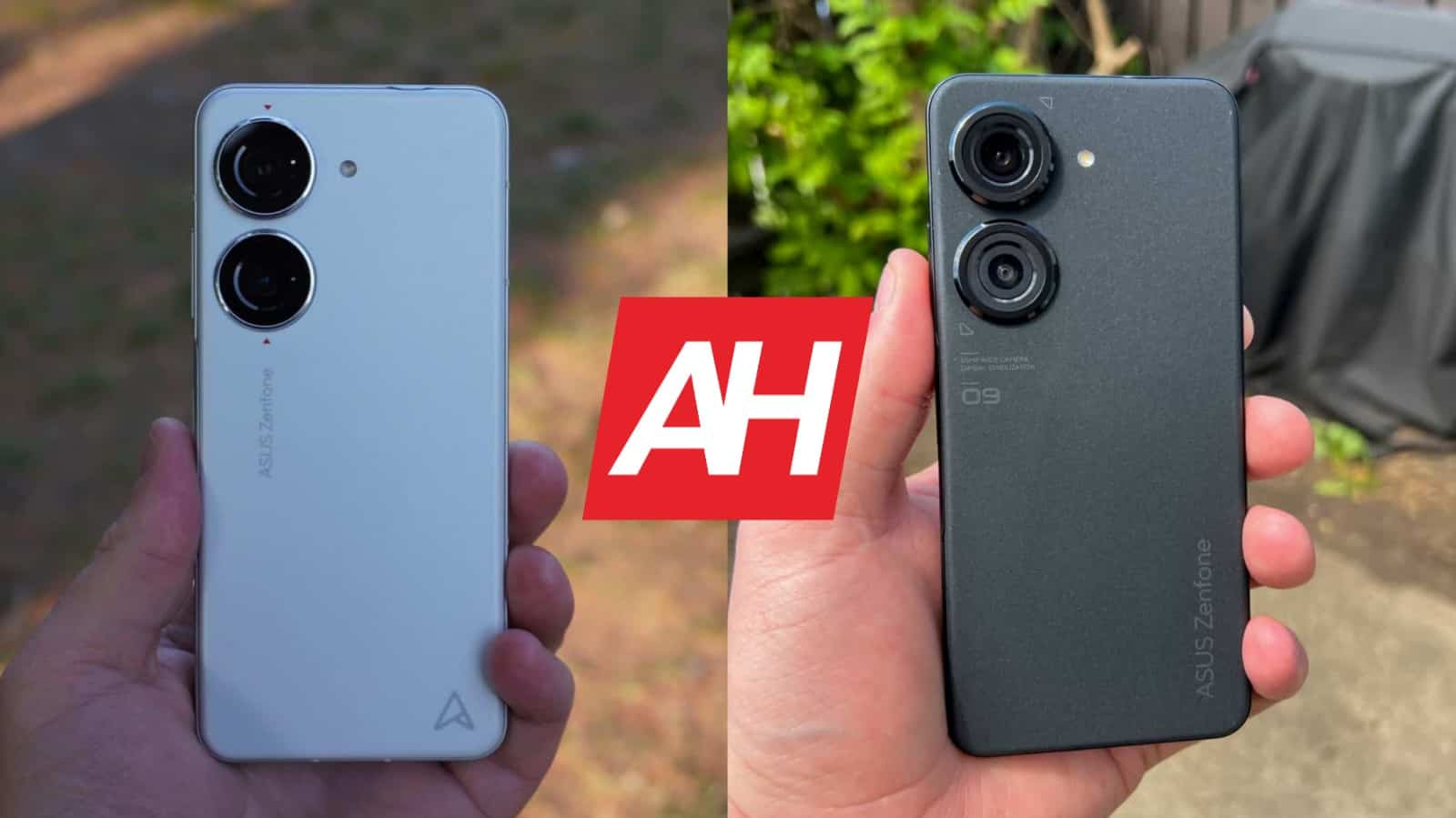
Source: ndroidheadlines.com
A bunch of mid-range Samsung phones get June update
Samsung is rolling out the June 2023 security update to a bunch of Galaxy M series smartphones. The Galaxy M02, Galaxy M12, Galaxy M32, and Galaxy M40 are all getting this latest security patch, SamMobile confirms. The rollout is scattered across various markets, but all eligible units should get the new SMR (Security Maintenance Release) soon. It patches more than 60 vulnerabilities, including at least three critical Android OS flaws.
For starters, the Galaxy M02 is picking up the June update in Panama, the only Latin American country where it was sold. The model number for the phone in the region is SM-M022M, and it’s getting the new SMR with firmware version M022MUBS3BWF6. Samsung also sold this budget phone in a bunch of Asian countries, with the model number SM-M022F or SM-M022G. It’s unclear if it will update those units to the June security patch or skip this month’s release for them.
The Galaxy M12, meanwhile, is getting the June SMR globally. Depending on your unit’s model number and region, the updated firmware version is M127FXXU5DWE1, M127GXXU5DWF2, or M127NKOU5DWF1. Users in South Korea are getting One UI 5.1 with the June update. The latest One UI version has already been rolled out to the phone in other markets. Those regions are getting some system optimizations, though.
The June update is also widely available for the Galaxy M32. Users in India are getting the latest security patch with the firmware build number M325FXXU7DWF3. For the rest of the world, where Samsung sold the Galaxy M32, it’s M325FVXXU7DWE3. This mid-range phone from 2021 is getting system stability and reliability improvements along with the latest security fixes.
The Galaxy M40 is also getting Samsung’s June update widely
The Galaxy M40 is another Samsung phone that recently started picking up the June security update. Launched in June 2019, this was only sold in India and a few neighboring countries. Perhaps that explains the absence of a succeeding model. But the few users of the Galaxy M40 are now getting the latest security patch. It comes with the firmware build number M405FDDS2CWF3 and doesn’t bring anything else.
If you’re using any of these Galaxy smartphones, watch out for an update in the coming days if you haven’t already installed it. As said earlier, the June SMR patches more than 60 security issues across the Galaxy family. Your phone may be vulnerable to a handful of those. Install the update as soon as possible. You can navigate to Settings > Software update > Download and install to check for updates manually.
The post A bunch of mid-range Samsung phones get June update appeared first on Android Headlines.
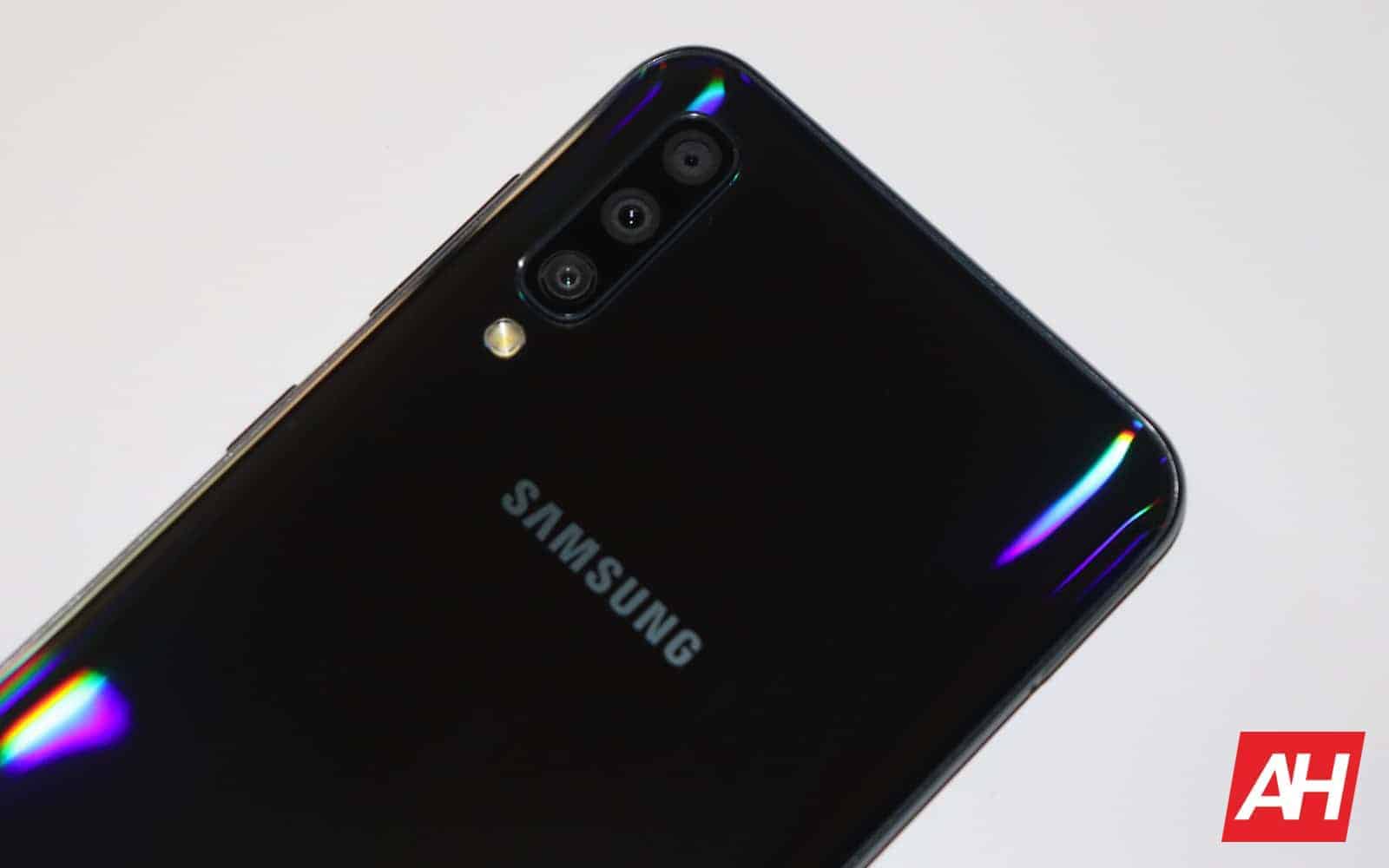
Source: ndroidheadlines.com
Twitter to block unregistered users from viewing tweets
Twitter has started to block unregistered users from browsing the platform and viewing tweets, The Verge reports.
Since Elon Musk’s takeover in late 2022, Twitter has undergone various changes- some of which were good, and some were terrible, according to critics. Despite all initial controversies, Twitter is now a much different place for users, and evolution still continues. In one of the latest changes, Twitter now blocks unregistered users from viewing content and accessing user profiles.
This means if you’re not logged into your Twitter account, you won’t be able to access any form of content on the platform. You can’t even search for a specific tweet or user profile if you’re browsing as an unregistered user. The platform now launches a window requiring unregistered users to log into their accounts or create a new ones.
Preventing unregistered users from viewing content contradicts Elon Musk’s actions during his first days as the owner. In November 2022, Musk hired former iPhone hacker and self-driving car developer George Hotz to fix a glitch in a Twitter search and remove the login prompt. Hotz, however, left the job half-done and parted ways with Twitter.
Twitter doesn’t allow unregistered users to view tweets and user profiles
The new policy is expanding to web and mobile apps. Yet, the company has stayed tight-lipped about whether this has been an internal update or a technical glitch. However, the company could make a public announcement in the coming weeks. Given the prior changes that Musk made to the platform, the latest restriction to unregistered users seems to be an official update from the company.
The reason for the change is also obvious. Twitter aims to entice unregistered users to either open an account or log into their accounts to start engaging. In the best scenario, the new users could become Twitter Blue subscribers and enjoy more features after paying a monthly fee. In both ways, the platform will benefit.
Twitter previously allowed unregistered users to view tweets, but they were prevented from interacting with others. Free Twitter accounts can still access the content without any restriction, but they need to be a Blue subscriber to access extra features.
The post Twitter to block unregistered users from viewing tweets appeared first on Android Headlines.
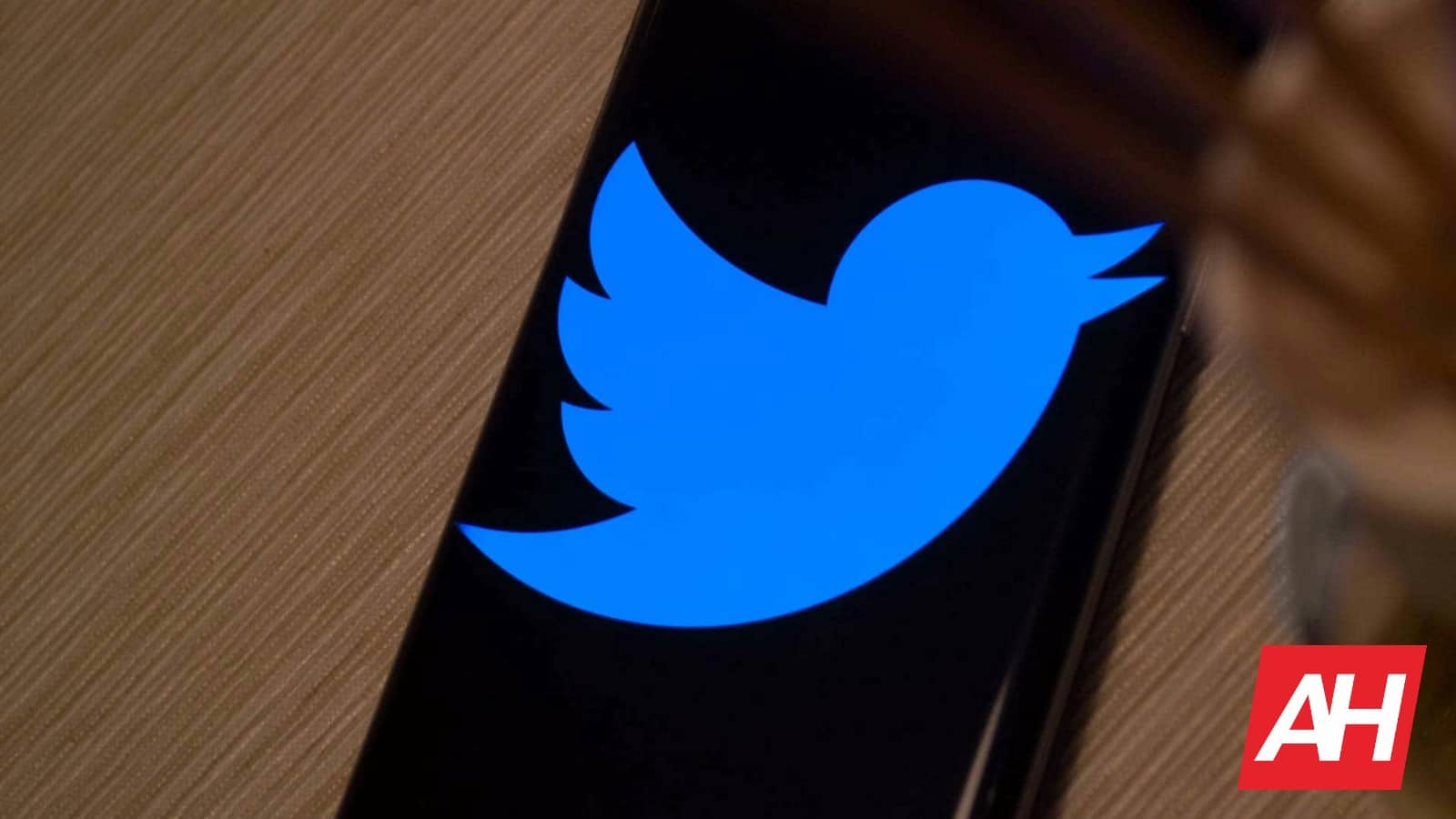
Source: ndroidheadlines.com
Tecno Camon 20 Pro Review: This phone is too good for how cheap it is!
It’s so easy to become mesmerized and hypnotized by expensive flagship phones. We believe that the latest iPhone or Galaxy phone is the pinnacle of smartphone perfection and that anyone who’s anyone will be rocking one. That mentality blinds us to the fact that companies like Tecno can make amazing and fun phones that go for a much lower price. I had the opportunity to review the Camon 20 Pro, and believe me when I say this: This phone proves that a phone does not have to be expensive to be fun!
So, what’s the deal with this phone? What makes it great? What keeps it from being even greater? Let’s find out in the review of this Tecno Camon 20 Pro.
Tecno Camon 20 Review: Build and design
When it comes to the feeling of the device in the hand, the Camon 20 Pro sits in a bit of a gray area. This is an affordable phone, so you won’t expect it to feel like you’re grabbing a Galaxy S23 Ultra. So, when I pick up this phone, it becomes immediately apparent that I’m picking up a mid-range device, but it doesn’t feel cheap.
It’s a few steps behind my Pixel 6 in terms of premium feel, but at the same time, it doesn’t feel like I’m grabbing a cheap throw-away phone. There’s a certain heft to it that gives it more of a significant feeling. Also, I can tell that the phone is solidly-built. It’s a sturdy phone through and through. There are no creaks or groans when applying pressure to it, and it’s held up great during the review period.
Design
The design is one of the other fun aspects of this phone. Most flagship phones go for a more mature, sleek, and squeaky-clean look. Tecno goes in a different direction. It has this soft-touch plastic back that has a pattern etched into it.
The pattern extends throughout most of the phone’s back panel, and it gives the phone a bit of that classic futuristic aesthetic. I say most of the back because it doesn’t extend to the camera package. There’s a distinct irregular pentagonal shape around the camera package. This unique shape coupled with the large camera package defines the phone’s overall aesthetic. It’s similar to how the Glyph Interface defines the Nothing Phone (1).
It’s so unique and fun, but it still has an elegance to it. The design is bold, but at the same time, it’s subdued. The lines are subtle, and there’s enough empty space on the back to keep things from looking cluttered. You’re sure to turn heads when you take this phone out especially if you’re in a sea of iPhones and Galaxy phones.
Tecno Camon 20 Pro Review: Display
I can honestly say that the display on this phone does NOT belong on a phone in this price bracket! Phones at $300 and below typically have displays that are serviceable to nice. Some will have some nice colors and decent brightness, but they’re nothing to write home about.
The display on the Camon 20 Pro is absolutely breathtaking. I was honestly shocked at how gorgeous this display is. It’s a 1080p AMOLED display, but it goes deeper than that. Any company can slap an OLED panel on a phone and call it a day. It’ll have punchy colors and deep blacks blah blah blah.
Tecno did an amazing job calibrating this display. The colors are punchy, but they strike that perfect balance between dull and oversaturated. The panel gives you a pleasant pop of color that stops short of being too much. I’d say it’s just slightly behind the display on the Galaxy A53 5G, and that display was also beautiful. This is all made better by the silky smooth 120Hz refresh rate.
There are two color settings that this display has. One keeps the colors toned down while the other boosts the colors to be more juicy. You can choose which one suits your tastes. You can also meticulously dial in the color temperature of the display.
It’s not just the colors; this display is very bright. Brightness is an area where other mid-range phones fall short. The Camon 20 Pro’s display bucked that trend and fitted this phone with a panel that can be seen in any scenario.
Sunlight visibility is not an issue at all unless the sun is directly reflected on your display. It’s bright by default, but it has a setting where it will push the brightness even further when you’re in a bright environment.
Tecno Camon 20 Pro Review: Performance
When I saw that this was using a MediaTek processor (and one from the Helio line), I didn’t get my hopes up. Well, I tip my hat to both MediaTek and Tecno. The Camon 20 Pro’s performance is incredibly smooth. Navigating the software, jumping from app to app, etc. all run smoothly. It performs much better than what I expected from a mid-range processor, and it’s notably smoother than some phones I’ve reviewed running Snapdragon chips.
There is the occasional stutter and dropped frame. However, they’re so few and far apart. I was deeply impressed with how well Tecno optimized the software for the chip.
Tecno Camon 20 Pro Review: Gaming
When it comes to gaming, however, the Camon 20 Pro shows its mid-range ways. Don’t get me wrong; the performance isn’t bad. You’re more than capable of running any 2D game on the Play Store or the Palm Store. Games like Fishing Paradiso, Sweet Sins 2, and Snoopy Pop all run flawlessly.
3D games
Even when it comes to most 3D games, this phone can handle its own just fine. 3D games that are less graphically intensive, like DragonBall Legends, are a shoo-in, and some of the prettier games like Sky: Children of The Light run smoothly with only the occasional hiccup.
Once we start reaching the top of mobile game graphics, that’s where we see this phone chug. I’m talking about, of course, Genshin Impact. Cranking the graphics up to the highest setting, you’ll get a consistent stutter and dropped frames while you play. There will also be instances when the game will lock up for a few seconds.
However, the game wasn’t unplayable. I was able to play it as usual even when I was on high cliffs with a lot of the world being loaded in. And, remember, this is on the highest graphical setting. I found that medium is about the setting that will give you a smooth performance.
Tecno Camon 20 Pro Review: Speakers
When it comes to the speakers, I don’t really feel strongly about them. That’s because they’re not particularly good or bad. They’re… well, they’re speakers. There’s nothing particularly bad about them. They get plenty loud and they don’t get distorted until you reach the highest volume setting. They have a decently wide sound to them as well.
In the same vein, they’re not particularly amazing. This is mostly because of the lack of low-end. The bass has a hard time cutting through the rest of the sound. In music with grittier bass like an 80s pop song, you can hear the tone of the bass, but you don’t really get any of the depth. This rules out orchestral music.
It seems that the speakers have an emphasis on the high-end, however. In all honesty, if you’re into ASMR, then you’ll have a great time with the phone. Those higher tones play through pleasantly with these speakers.
Tecno Camon 20 Pro Review: Camera
So far, the Camon 20 Pro has proven to be an exceptionally good phone, but if there’s one area where this phone is truly weak, it’s the camera. The camera, understandably, is the downfall of almost all phones in this price bracket. It’s one of the hardest things to get right even for bigger companies. That being said, there are some issues with this phone’s camera performance.
Still photos in good lighting
Looking at the still photos, one thing that popped out at me was the lack of dynamic range. The images wind up looking flat and lifeless with a lack of contrast. The lack of color also adds to the overall dullness of the image. They look fine when viewed on the phone’s display, but once you view them on another display, it’ll become evident.
Still photos in low light
When it comes to low light, the quality doesn’t degrade as much as I expected. The images were exposed pretty nicely, and it managed to retain a fair amount of detail. It still has the same pitfalls as the performance in better lighting. The contrast and colors are just not there.
On the plus side, the camera was able to keep the noise in check. In situations with reduced light, I was able to get a decently well-detailed output. Overall, the performance in low light was pretty good.
Video
Videos suffer much the same issue as photos. Both the colors and dynamic range are crushed, making for a pretty flat output. There are some other unfortunate aspects of the video. For starters, the stabilization is not great at all. Casually walking makes for a shaky experience. Also, the output quality isn’t great either. While you’re able to record in 1080p and 1440p, the quality looks both oversharpened and overly compressed at the same time.
Tecno Camon 20 Pro Review: Software
Moving back to a positive note, the Camon 20 Pro comes with a great software experience. It’s a far departure from what we see with stock Android, however. There isn’t an ounce of Material You influence to be found anywhere. However, that’s not a bad thing.
I rather enjoyed using this phone’s software. It’s really optimized for the chip, and that lends to this device’s smoothness. One thing that sticks out to me was the number of customization options. Most of the customizations affect the home screen. You’re able to customize the size of the icons, icon grid, page animations, notifications badges, and much more. And I mean a LOT more!
Aside from the customizations, there are a bunch of different gestures that you can do to perform different functions like taking screenshots, summoning different menus, and opening apps. There are 10 gestures that you can do while the screen is on and 8 that you can do when the screen is off.
Another one of my favorite features is the ability to pop out apps as separate floating windows. You can pop an app out from the multi-app screen or from its notification.
There are just so many gestures, settings, customizations, and lifestyle additions that let you know that you’re getting a fully-functioning software experience. Keeping with the theme of this article, the software is one thing that makes this phone fun.
My gripes about the software
The software is great, but there are a few decisions that I just didn’t really like. They don’t drag down the experience as a whole, but I think that changing them would make things better.
The bigger complaint I have has to do with the fingerprint scanner. This comes with an extremely fast and accurate under-display fingerprint scanner. Honestly, it’s one of the best that I’ve ever tested. However, there’s one weird software decision that Tecno made. I can use the fingerprint scanner when on the lock screen… but not after I tap on a notification. After I tap on a notification, I’m forced to use the passcode. The same goes for when I use one of the screen-off gestures to open an app. I wish that I could use the fingerprint scanner to make getting into the app faster.
Lastly, the software separates the notification shade and quick settings. You swipe the top left of the screen to get the notifications and the top right to get the quick settings. That’s not intrinsically bad, but it’s counterintuitive for people who are used to them being together. You can swipe back and forth between them when they’re down, but it’d just be better if they were together.
Tecno Camon 20 Pro Review: Battery
The battery life on this phone is pretty good. It’s rocking a 5,000mAh battery. I had no problem getting a day and a half with moderate usage. This involved a decent amount of social media scrolling, gaming, and video-watching. On heavier days, you should have power in the tank by bedtime.
Tecno Camon 20 Pro Review: What’s missing?
When it comes to what’s missing, there’s not much missing that you usually find on other mid-rangers. So, these omissions don’t paint this phone in a bad light. There’s no IP certification, wireless charging, or high-quality haptics.
Conclusion
I am floored by this phone, honestly. Don’t get me wrong, it has its downers. The camera’s really bad, the speakers could be better, and the issue with the fingerprint scanner is a bit annoying. But, the Camon 20 Pro was able to bring an overall great smartphone experience with its excellent software optimization, plethora of features, great performance, decent gaming prowess, and drop-dead gorgeous display.
It’s not just that it provides such a smooth and fun smartphone experience; it’s the fact that it does so for under €300. I highly recommend that you pick up this phone!
The post Tecno Camon 20 Pro Review: This phone is too good for how cheap it is! appeared first on Android Headlines.
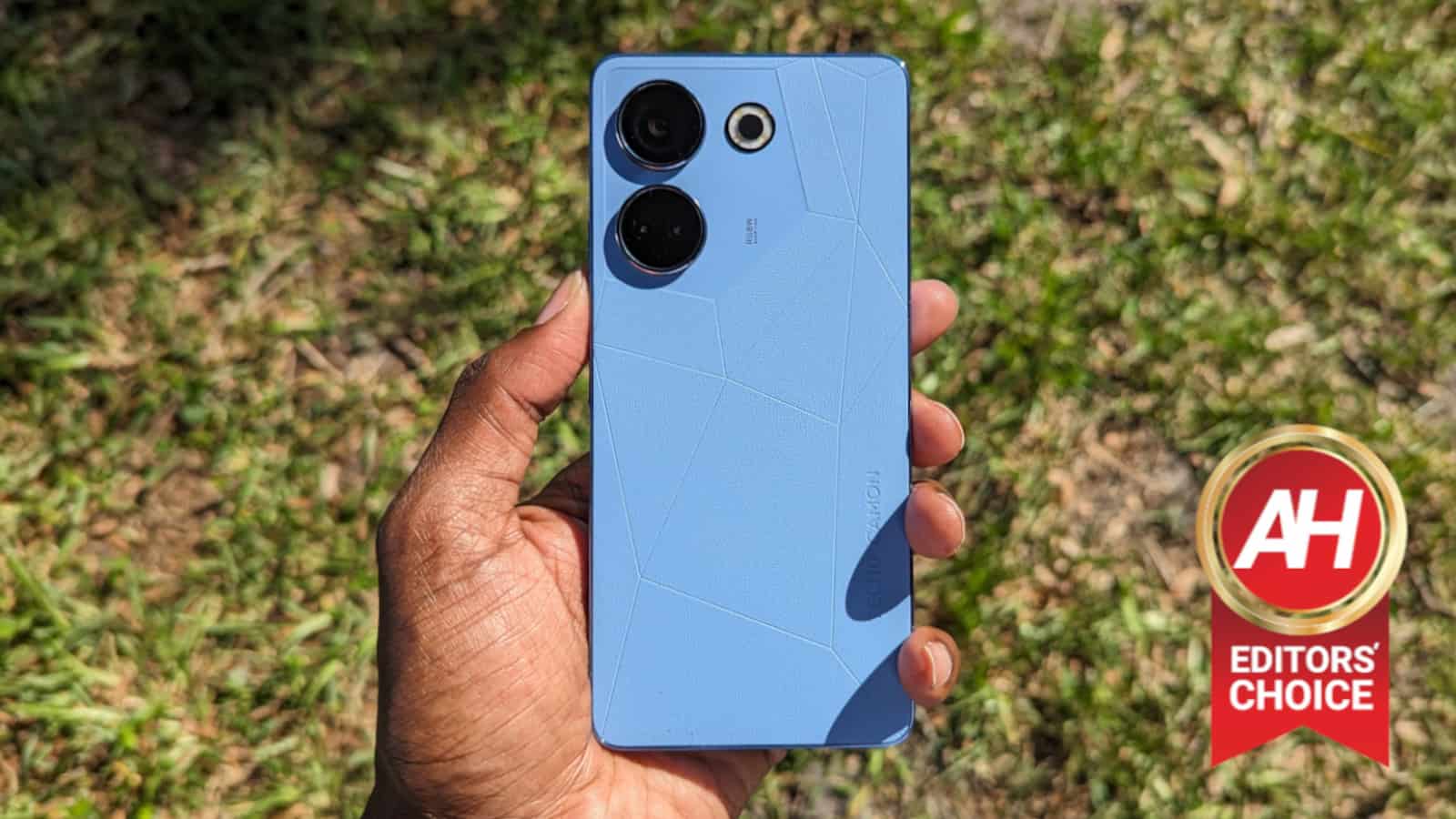
Source: ndroidheadlines.com
Galaxy Z Fold 5, Flip 5 and Tab S9 certified by the FCC & NBTC
With less than a month to go before its next Galaxy Unpacked event, Samsung is busy gathering necessary regulatory certifications for its new products. The company has recently picked up multiple regulatory approvals for the Galaxy Z Fold 5, Galaxy Z Flip 5, and the Galaxy Tab S9 series. The two foldables have been certified by the FCC in the US, while the Fold model has also received the NBTC certification in Thailand. The new tablets have also popped up on the NBTC certification website.
The FCC has certified both the US and global versions of the Galaxy Z Flip 5, with model numbers SM-F731U and SM-F731B, respectively. But as of this writing, only the global version of the Galaxy Z Fold 5 has surfaced on the FCC website. It carries the model number SM-F946B. As usual, these certifications don’t reveal much about the devices. Some standard stuff like support for mmWave 5G, Wi-Fi 6E, NFC, 45W wired charging, wireless charging, and reverse wireless charging. Nothing surprising or unexpected here.
It’s a similar story with the Galaxy Z Fold 5’s NBTC certification as well. It doesn’t tell us any specifics about the device apart from its model number SM-F946B/DS (via). The “DS” at the end confirms dual-SIM support in the country. FCC documents also mentioned dual-SIM support for the phone in other markets. The listing on the Thai regulatory body’s website also goes on to name the product, i.e., Galaxy Z Fold 5. Likewise, it names the Galaxy Tab S9 (SM-X716B) and Galaxy Tab S9 Ultra (SM-X916) as well.
Samsung will launch these Galaxy devices in late July
As of this writing, the NBTC doesn’t appear to have certified the Galaxy Tab S9+ and the Galaxy Z Flip 5. But those should follow soon. Samsung would be looking to wrap up the certification work as quickly as possible. It has already obtained FCC certifications for the Galaxy Tab S9 series and the Galaxy Watch 6 series. Some of these products have received regulatory approvals in other markets as well. The Korean firm will unveil them all during its Galaxy Unpacked event at the end of July. On July 27, to be precise.
This year’s Galaxy Unpacked is happening in Samsung’s home country South Korea, as opposed to the US location of the previous major events. Although not officially confirmed, we should at least get two foldables, three tablets, and two smartwatches from the company this time. A new pair of TWS earbuds doesn’t seem to be coming next month. Stay tuned for more information.
The post Galaxy Z Fold 5, Flip 5 and Tab S9 certified by the FCC & NBTC appeared first on Android Headlines.
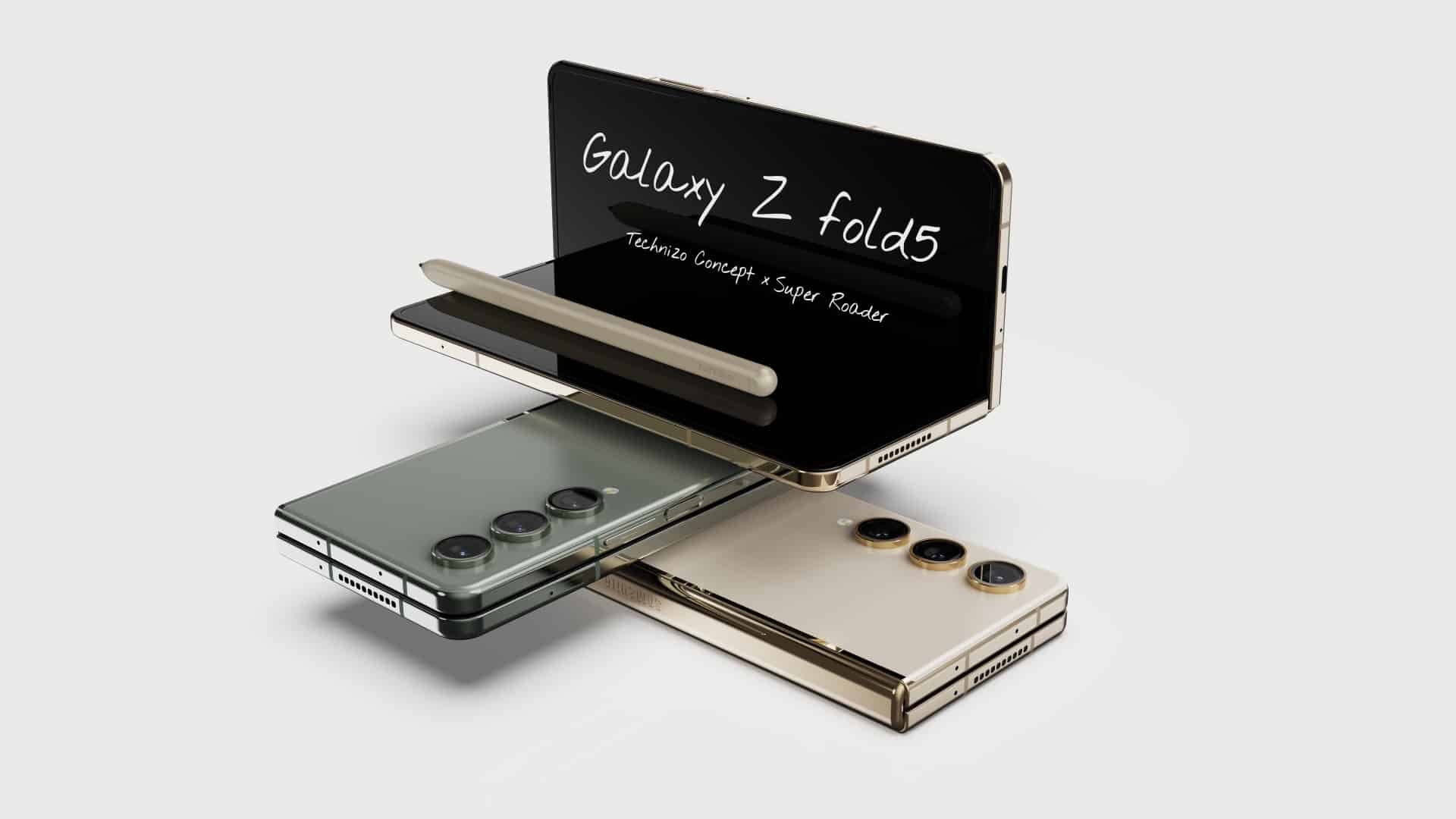
Source: ndroidheadlines.com
Samsung 'Game Portal' is meant to be a one-stop shop for gaming
Samsung makes quite a few really great gaming products and the company wants to give consumers a one-stop shop kind of place to find them all, and that’s what the Game Portal is aiming to be.
Samsung Game Portal, which the company announced this week, is a website where consumers can easily find everything from gaming monitors to SSDs and even smartphones. It’s designed to cater to gamers by giving them a singular place to find all their stuff. Need to upgrade your storage on your gaming PC? Samsung can help with that. The site will be a convenience factor. Basically Samsung wants to remove the hassle of you going to multiple different online stores.
Of course, it greatly benefits Samsung if consumers find this a treat to use. Because that means you buy all Samsung stuff and the company gets all the sales. At least for the products in the categories it offers. Samsung doesn’t make graphics cards for example, so you won’t be going there for a GPU. But you might go there for a new SSD. Or a TV for your console.
Samsung Game Portal will go live in more than 30 countries worldwide
Technically the store is already live, but only in a fraction of the planned locations. Samsung says it will eventually go live in over 30 countries worldwide. But it’s starting with a smaller list of countries initially while it rolls things out slowly.
Countries where the store is available to use now include the US, UK, Germany, France, Italy, Spain, and Brazil. Most of the products you’ll find on there are Samsung’s own offerings. But you will find some stuff from outside brands. Such as JBL, whose Quantum Gaming headsets are listed in the store.
If you’re in the market for some new gaming gear, you can check out the Game Portal to see if there’s something you might want to add to your setup.
The post Samsung 'Game Portal’ is meant to be a one-stop shop for gaming appeared first on Android Headlines.

Source: ndroidheadlines.com
Microsoft is not buying SEGA
Microsoft has been on a perpetual buying spree, as the company is still fighting to buy Activision-Blizzard. Amid this purchase, rumors spread that it was going to swoop up SEGA. However, according to a new report from Bloomberg (via Engadget), Microsoft is not buying SEGA.
News like this might surprise some folks. We’ve known about SEGA’s close partnership with Microsoft for several years. The two companies have been close with several games making Xbox consoles their home. We can’t deny that having a partner as powerful as Microsoft is a good call.
With such a close partnership, we all wondered if SEGA and Microsoft were going to take their relationship to the next level. Given Microsoft’s track record, that’s not an absurd assumption.
However, Microsoft is not buying SEGA
Instead of saddling up with Microsoft, SEGA has decided to maintain its independence. Shuji Utsumi, the company’s COO, spoke to Bloomberg. He confirmed that the company isn’t open to being acquired. This is despite the rumors that Microsoft had SEGA in its sights for future purchases.
The company is, in fact, looking to keep its independence. In all honesty, we feel that this decision was inspired by the success of Sonic Frontiers. There was a lot of hype leading up to this game’s release (rightfully so, as it’s A LOT OF FUN), and it was able to sell very well. If the game has bombed, we’re certain that the company would be singing a different tune.
Speaking as a SEGA fan
Honestly, it’s good to see SEGA sticking it out. We’re seeing a lot of companies being bought out by larger companies, but SEGA is one of the last OG gaming empires. Sure, it’s definitely fallen from grace, but it was one of the dominant forces in video games in the 90s with its great 1st-party games and amazing systems.
It had an identity that was purely “SEGA”, and that was a refreshing change of pace from Nintendo. While the company’s not as big as it was back then, we’re still rooting for the company to pull itself out of its slump.
Honestly, with titles like Sonic Frontiers (again, really fun!), and the upcoming Sonic Superstars, it looks like the company is still going strong. Also, we can’t forget about Yakuza, Persona, Bayonetta, and other franchises under SEGA’s belt.
The post Microsoft is not buying SEGA appeared first on Android Headlines.

Source: ndroidheadlines.com
Call of Duty's latest anti-cheat trick is inserting hallucinations
The Call of Duty developers working on the game’s anti-cheat system have added a new way to mitigate the impact cheaters have on the game, by adding hallucinations to matches. You read that right, hallucinations are now being added into Call of Duty matches via the Ricochet anti-cheat system.
It’s the latest tool the developers are using to combat the ever-evolving cheat software that some players use to gain an advantage of over others. And perhaps one of the funniest new features to date.
If you actively play Call of Duty you may be familiar with some of the ways cheaters have been handled. But if you’ve forgotten, here’s a refresher. Since Modern Warfare II released in 2022, new mitigation tactics have been added to combat cheaters in various ways. For example, if Ricochet detected a cheater, other players would become invisible.
Another tactic would make it so cheaters couldn’t do damage to other players. With hallucinations in place, cheaters essentially see these fake players surface in a match. And won’t be able discern the difference between them and a real player according to Team Ricochet.
Call of Duty anti-cheat hallucinations mimic real players
If you’re curious about the innerworkings of this new active mitigation, it works by tricking cheaters into thinking hallucinations are real players. As an example, once a hallucination is placed, it will mimic the movements of another player that’s actually in the match.
Because the cheater can’t discern the difference, they can more easily out themselves as a cheater. Team Ricochet says they can also be placed anywhere on the map relative to a suspicious player. And that they trigger the same kind of unique information a cheater might have active to gain an advantage. The teams says this is the first step in combating “non-rage hackers.” Which are players who use tools that give them additional in-game information they aren’t supposed to see. You can read more about the new mitigation tool in the official blog post.
The post Call of Duty’s latest anti-cheat trick is inserting hallucinations appeared first on Android Headlines.

Source: ndroidheadlines.com
Galaxy S23 FE gets 25W fast charging, no charger in the box
A couple of days back, we got our first look at Samsung’s upcoming Fan Edition phone Galaxy S23 FE. The device’s design may have already put off a few prospective buyers, and its reported charging speed likely won’t help change their minds. The new FE phone won’t charge faster than 25W. Worse yet, the retail box will come sans the charging adapter, a practice that Samsung has expanded to budget phones as well.
The Galaxy S23 FE recently popped up on a Chinese certification website (3C). The listing doesn’t explicitly name the phone, but the mentioned model number SM-S7110 is long associated with the upcoming FE phone. The certification reveals that the device boasts 5G cellular connectivity and has a maximum power input rating of 9V and 2.77A (via). In simpler terms, that’s 25W of maximum charging speed. The documents also add that the phone is sold without the power adapter.
We never expected Samsung to ship the Galaxy S23 FE with a charger, nor did we hope for faster charging speed. The Korean firm has shown no interest in the numbers game as far as the charging speed is concerned (we’ll talk about cameras later).
But, an upgrade in this department could make a few people look past its design. If the leaked renders are accurate, the Galaxy S23 FE won’t look any better than the Galaxy A54 5G. No phone in this price segment should feature such thick and uneven bezels.
Galaxy S23 FE rumored specs
Rumors about the Galaxy S23 FE have been coming for a while now. Samsung is expected to equip the phone with a 6.4-inch Super AMOLED display with a 120Hz refresh rate. The Exynos 2200 will reportedly power the phone globally, paired with the AMD-powered Xclipse 920 GPU. That’s the same CPU and GPU pair used on the Galaxy S22 series last year. The device will get 8GB of LPDDR5 RAM and 256GB of UFS 3.1 storage.
Coming to cameras, the Galaxy S23 FE won’t give you the bonkers 200MP shooter found on the Galaxy S23 Ultra. Instead, Samsung will offer the 50MP sensor that the base Galaxy S23 and Galaxy S23+ use. We are expecting a 12MP ultrawide camera, an 8MP 3x zoom lens, and a 12MP selfie camera to go with the primary shooter. Other highlights include a 4,500 mAh battery, an under-display fingerprint scanner, Wi-Fi 6, and NFC. Stay tuned for more details about the Galaxy S23 FE, including its price and launch date.
The post Galaxy S23 FE gets 25W fast charging, no charger in the box appeared first on Android Headlines.
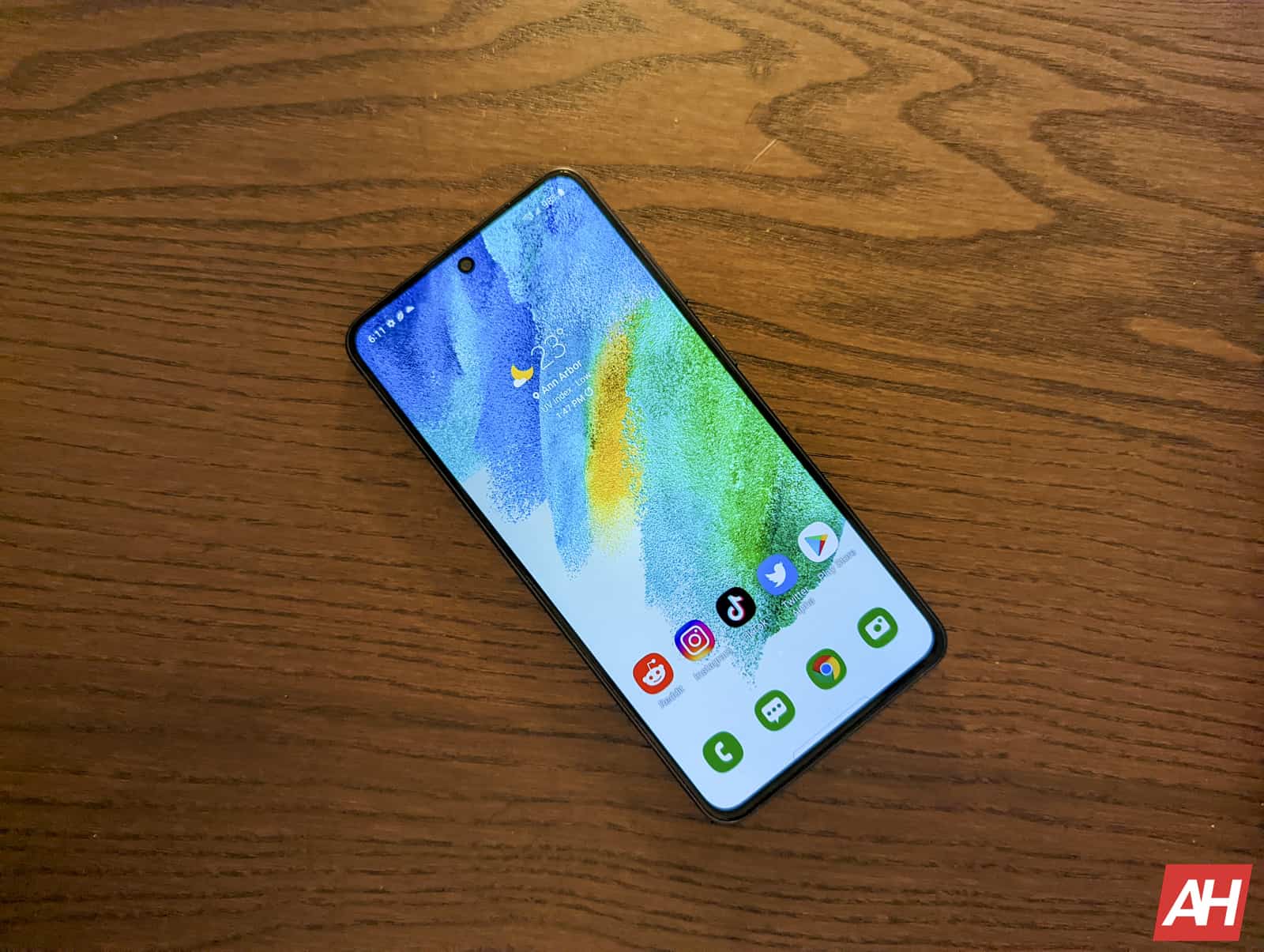
Source: ndroidheadlines.com
Revenge of Shinobi and more Sega games hit Nintendo Switch Online
Sega Genesis fans rejoice, because there’s new games from the Genesis era coming to Nintendo Switch Online. Drops like these are a call to retro fans who fondly remember the days of the 16-bit video game era.
And although not the first Genesis games to hit the Switch, they’re definitely worth looking at if you like retro titles. The four new games include The Revenge of Shinobi, Landstalker, Ghouls N’ Ghosts, and Crusader of Centy. All four classic titles present a slightly different playstyle but are also equally fun for those wanting a nostalgic trip back to the 90s.
The four new games are part of the June 2023 game updates for the Nintendo Switch online service. Players can also expect more classic games to be added in the future. Although it’s not clear what those games will be.
You’ll need to subscribe to Nintendo Switch Online to play these Sega Genesis games
You may have already suspected, but you’ll need a subscription to Nintendo Switch Online + Expansion Pack. The good news is that you’ll get access to a lot more games the just these four if you pay the membership fee.
Unfortunately, there’s no option to pay for the Nintendo Switch Online + Expansion Pack membership on a monthly basis. Instead, you’ll need to pay the $49.99 annual fee. That’s not a bad deal if you like retro games and want access to online play. But it would certainly be more convenient if you could pay month by month should you decide to cancel at any point.
There’s also no free trial. So you’ll have to bite the bullet if you want to relive some of these retro titles. Or you can forgo the Expansion Pack and pay $3.99 a month, $7.99 for 3 months, or $19.99 annually and still get access to classic Nintendo games.
The post Revenge of Shinobi and more Sega games hit Nintendo Switch Online appeared first on Android Headlines.
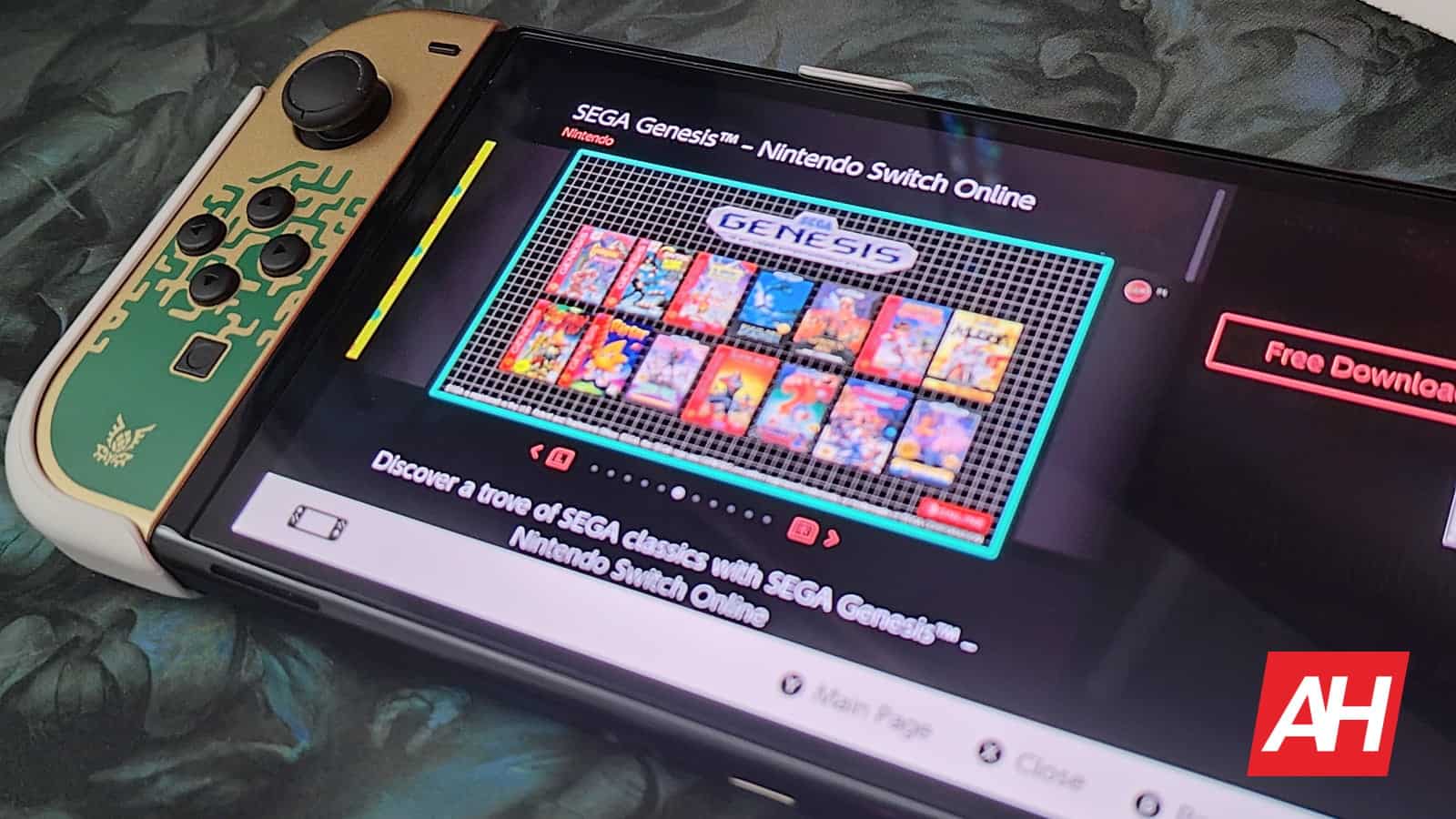
Source: ndroidheadlines.com
Activision CEO would consider Call of Duty on Nintendo
Call of Duty on a Nintendo console is possible, according to Activision CEO Bobby Kotick. As Kotick took the witness stand yesterday during the Microsoft v. FTC trial for his part of the testimony, a lot of interesting information about the franchise was revealed.
This included a statement from Kotick that he wouldn’t consider bringing Call of Duty to Xbox Game Pass as a day one game. He said it’s not good for business and that it’s just not a good commercial value. What he would consider though is bringing the franchise to Nintendo. In the midst of all the questioning, Kotick was asked about the possibility of Call of Duty on Nintendo and whether it was possible for players to ever see a title release on the platform. To which Kotick responded “I actually think we will likely make a Call of Duty game for a Nintendo console.”
Call of Duty on Nintendo is possible, but might not happen for Switch
Contrast to what PlayStation CEO Jim Ryan believes, there are surely some Nintendo console owners who would like to have access to the CoD franchise on Nintendo.
And that reality is looking more and more likely thanks to statements from Kotick. That doesn’t guarantee it will happen. But it at least confirms Kotick would consider it. However, it might not happen for Switch owners. The Switch is more than six years old at this point. So if a CoD title was released on Nintendo’s platform, it’s more likely it would happen with whatever comes after the Switch. That being said, a Switch release doesn’t seem impossible.
Kotick stated during his testimony that he regretted missing an opportunity to bring a Call of Duty game to Switch. And when asked about a possible Switch release, he says “if it was something where we could make a great game, we would likely consider it.” This is anything but a confirmation that it will happen. It is interesting though to see there would be consideration for it.
The post Activision CEO would consider Call of Duty on Nintendo appeared first on Android Headlines.

Source: ndroidheadlines.com
Baldur's Gate 3 has 170+ hours of cinematics, out on PS5 Sep. 6
Baldur’s Gate 3 has been in early access for years now at this point, and it’s finally getting a full launch very soon on PC and PS5.
Although the game will be getting a full launch on PC earlier, as it releases on August 3 on Steam, PS5 players will have to wait a bit longer. Baldur’s Gate 3 will officially launch on PS5 on September 6. This is a massive, massive RPG with over 170 hours of cinematics alone. To put that into perspective, that includes more cinematic dialogue than all three Lord of the Rings novels combined.
If that sounds daunting to the completionists, that’s understandable. With just the cinematics reaching this time value, one can only wonder what the amount of time increases to when you factor in all of the gameplay. But it’s good to remember that games like Baldur’s Gate 3 have insanely high replay value. And it’s likely that you won’t experience everything in a single playthrough.
With all of that out of the way, Larian Studios’ Product Manager Emily Gera is sharing some new details about the game, specifically on character creation and companions. She also talks about the reason for the PS5 delay.
Baldur’s Gate 3 was originally slated to hit PS5 on August 31
Games take time to develop. Lots of time. And sometimes even after all that time in development, they still don’t hit launch targets. Baldur’s Gate 3 has been in development for, quite a while. It was scheduled to be released on PS5 on August 31. But the release had to be pushed back to September 6. Gera says this is so the studio could spend a little extra time ensuring the game hits 60 frames per second.
A respectable reason if you ask us. And one that the majority of PS5 players who pick this game up will probably appreciate.
Character creation plays a central role in Dungeons & Dragons
Baldur’s Gate 3 is a Dungeons & Dragons game through and through. And that means there’s loads of character creation possibilities. The customization options are absolutely astounding. To the point that you might feel utterly in awe of everything you’re allowed to select from.
According to Gera, the studio wanted players to have lots of freedom when creating a character. This manifested in Baldur’s Gate 3 having 12 classes from D&D and a huge list of customization options. On top of that, there’s 11 races to choose from including Dragonborn, Human, Half-Elf, Dwarf, Half-Orc and more.
There’s also a staggering 46 sub-classes which you can branch out to as you progress your character. You can even set up a hybrid class with the game’s “multi-classing” feature if you have trouble making a decision. Basically, you’ve got options. And this will all play into the sheer amount of replay value you get with Baldur’s Gate 3. In terms of character customization, there’s a lot of that too. You can adjust the body type, skin color, face, hair, voice, maturity and more. And those are just some of the appearance customizations you can make.
If you get really into this part of games, expect to spend a good hour in the character creation screen at a minimum.
The post Baldur’s Gate 3 has 170+ hours of cinematics, out on PS5 Sep. 6 appeared first on Android Headlines.

Source: ndroidheadlines.com
Google Calendar now lets you mute chat notifications
Google Workspace is a great suite of services for you if you want to get some serious work done. While it’s so easy to keep in contact with your colleagues across your Workspace account, there are times when you want to block them out. Google Calendar will let you mute messages from Google Chat, according to Android Police.
Starting late last year, Google officially killed off Hangouts in lieu of Google Chat. It basically provides the same functionality. You’re allowed to message other people through their Google accounts. It’s basically Google’s answer to platforms like WhatsApp and Telegram. If you have a Google account, then you have access to Google Chats. In fact, most people found that their chats on Hangouts were automatically transferred over.
Google Calendar will let you mute Chat notifications
If Google Workspace is your primary business platform, then you’re most likely using Google Chat for your primary communication. Larger businesses are more likely to have a torrent of messages passing between users. That can be a bit annoying if you’re trying to get work done.
Thankfully, Google has a solution to this. Google Calendar has a feature called Focus Time. This feature is like Do Not Disturb mode. It will mute notifications coming in so that you will avoid distractions. If you’re bent on getting work done without any bothersome messaging coming through, you’ll want to also mute messages from Google Chat.
Thanks to a new update, you’re now allowed to do that. In Google Calendar, when you’re setting up the Focus Time duration, you’ll see a checkbox that will mute Google Chat notifications.
Muting Google Chat notifications is something that you can do from the Google Chat app, but why not set that up all on one screen? Adding Google Chat to your focus time when you’re setting it up just makes the experience quicker and more streamlined.
Since this is a Google Workspace feature, you know that it’s not coming out to everyone. So far, it’s only available for paid Workspace tiers.
The post Google Calendar now lets you mute chat notifications appeared first on Android Headlines.

Source: ndroidheadlines.com
Open Source shaking up document databases, setting new standards
Currently there is no Open Source common interface for document databases, but FerretDB is driving forward with a goal to change that. The founders of FerretDB, an Open Source document database using PostgreSQL as the database backend, is working with different stakeholders on developing a standard for document databases, the same way as SQL was created as a standard for relational databases in the 1980s, with the objective of reducing the risk of vendor lock-in for users.
Coming from long backgrounds in Open Source, founders Aleksei Palazhchenko, Peter Zaitsev and Peter Farkas believe that standards and definitions are imperative to the survival of Open Source, which is why FerretDB is a strong supporter of OSI. They also see vendor lock-in as a real danger, one that can result in extremely costly migrations if a user chose to move their data from a proprietary service to an Open Source one. At present, MongoDB is the default choice for document databases, but when it switched from Affero General Public License (AGPL) to Server Side Public License (SSPL) license in 2018, these Open Source veterans felt that the move introduced limits in choice, competition and innovation, and they knew something had to be done about it.
FerretDB was started in 2021 to be an Open Source alternative to MongoDB. The founders support the OSI authority over what is and is not Open Source, and the SSPL license MongoDB moved to is not an OSI-approved license. The SSLP license allows cloud providers to offer MongoDB as a service, but it requires those providers to pay a licensing fee. What may have been designed to protect MongoDB from infrastructure providers who don’t contribute back to the project also limits the user, and can no longer be considered Open Source.
With an allegiance to true Open Source and a commitment to preserving the integrity of Open Source for future generations, FerretDB was established under the OSI-approved Apache 2.0 license. It was built on top of PostgreSQL, an existing Open Source database that has a strong and active community. This choice was made because starting a new database from the ground up could take ten years to build and add the required depth of functionality, not to mention the trust of users.
Additionally, the Document Database Community was created with the aim of getting all document database vendors, experts and users together. The community holds monthly webinars to foster communication and form connections among stakeholders.
“We think that open source is in danger as more and more companies are trying to redefine Open Source, with licenses such as BSL or SSPL,” said Farkas. “We sponsor OSI because we believe that OSI is the point of reference when it comes to the definition of Open Source, and it should stay this way. OSI’s approach is helping to move the industry forward.”
FerretDB is a VC-funded company, so its founders are interested in making a profit through service, support, and as-a-service options But, the product itself will always be free. FerretDB released FerretDB 1.0 earlier this year, the first version which is capable of running MongoDB workloads and supporting MongoDB tools. Features continue to be added based on the requests of the community. FerretDB-as-a-service is available on the European infrastructure provider, Scaleway, as well as on Civo with plans for enterprise-level support in the future.
If you would like to participate in the development of document database standards, you can share your input at www.documentdatabase.org.
The post <span class=’p-name’>Open Source shaking up document databases, setting new standards</span> appeared first on Voices of Open Source.

Source: opensource.org
Configuring Entitlement Accounts and SaaS Subscriptions with VMware Skyline Advisor
Tweet VMware Skyline Advisor Pro gives its Admin User the ability to configure Entitlement Accounts (EAs) and Software as a Service (SaaS) Subscriptions, which can be particularly useful when getting access to features and services that wouldn’t ordinarily be accessible. This article will walk through the several use cases where Entitlement Account Linking and SaaS … Continued
The post <a>Configuring Entitlement Accounts and SaaS Subscriptions with VMware Skyline Advisor</a> appeared first on VMware Support Insider.
{$inline_image}
Source: vmware
Call of Duty doesn't fit core Nintendo audience says PlayStation CEO
Call of Duty on Nintendo has been a hot topic of conversation of late. Mostly stemming from the back and forth between Microsoft and regulators over its proposed Activision Blizzard deal.
The $68.7 Billion acquisition would be the largest acquisition in the history of the industry. If it ends up going through. It’s yet to be approved by the FTC following disapproval by the UK’s Competition and Markets Authority and approval by the EU. One constant area of concern has been the future of Call of Duty. To which Xbox CEO Phil Spencer offered numerous deals to Sony and others to keep Call of Duty on respective platforms, or bring it to others where it wasn’t yet available, one of which is Nintendo.
During the latest day of Microsoft’s ongoing court case with the FTC over the acquisition, it’s been revealed that PlayStation CEO Jim Ryan says Call of Duty doesn’t fit with Nintendo’s core audience. Interestingly, Nintendo has been an ongoing area of argument throughout this case and in prior proceedings.
Most recently during his deposition, Ryan says Nintendo wouldn’t be impacted the same way as PlayStation should the acquisition go through. The CEO doesn’t believe Nintendo is a true competitor to Xbox and PlayStation. Stating that it operates in a very different market.
Nintendo audience isn’t concerned with Call of Duty
This is essentially the argument that Ryan is trying to make. Noting that the same player base who enjoys Mario and Zelda is different from the one that enjoys the Call of Duty series.
Perhaps to some degree that’s true. Call of Duty’s take on serious themes is very different from most Teen or Mature rated titles on Nintendo. But that doesn’t necessarily mean Nintendo players wouldn’t want Call of Duty access. Many consumers who own a Switch also own other gaming platforms. And those that don’t might play Call of Duty if it was available.
Of course, that’s neither here nor there. Because at the moment the franchise is limited to Xbox, PlayStation, and PC. There’s also the question of whether the Switch could even handle a Call of Duty game performance-wise. Perhaps Nintendo fans will see their first Call of Duty release on whatever Nintendo’s next-gen console ends up being.
The post Call of Duty doesn’t fit core Nintendo audience says PlayStation CEO appeared first on Android Headlines.

Source: ndroidheadlines.com
Meta may be giving away a free Quest 2 accessory for users
Who doesn’t like free stuff? According to a report from a Redditor (via Techradar), it seems that Meta is giving a certain Meta Quest 2 accessory away to its users. You might be able to get a free Elite Strap.
Since this wasn’t officially announced by the company, you’ll want to take this news with a grain of salt. We’re not sure if the company accidentally sent this out or if it’s an early promo meant for a certain region. We expect the company to eventually say something about it if this was a mistake.
Quest 2 users might get a free Elite Strap
The Redditor in question posted a screenshot of an email from the company to the r/oculus community. It shows an image of the strap along with the text “Get a free Meta Quest 2 Elite Strap, no strings attached.”
Under that, it just gave the user the code to redeem on the website. That’s it; there was nothing else the user needed to do. It seems odd that the company just came out of the blue and presented this offer. If this is a gradual rollout of a promotion, then we expect to see more people getting this email.
If you do get the email, then you’ll have until August 4th to redeem the code. According to the email, you’ll want to log in to your account and go to the Elite Strap order screen. When you check out, the promo code will be automatically applied, knocking your price down to $0.
You’ll want to be on the lookout for an email from Meta. Check your primary inbox and your Updates inbox. If you don’t see anything, take a look at your spam inbox. If you still don’t see the email, then you might just want to wait a few days. There’s still the chance that this email was sent out in error.
The post Meta may be giving away a free Quest 2 accessory for users appeared first on Android Headlines.

Source: ndroidheadlines.com
Alan Wake Remastered joins PlayStation Plus for July
The PlayStation Plus lineup for July of 2023 has officially been revealed and it includes the Alan Wake Remastered release.
If you’ve never played the original, now is a good time to dive into it. With Alan Wake 2 and its launch coming up faster than you can blink, you’ll definitely want to be caught up on the story. Doing so won’t be absolutely necessary for everyone. But it is highly recommended if you want to ensure you don’t miss any important story beats.
Alan Wake 2 is set to release on PlayStation, Xbox, and PC on October 17. While that is still a few months away, it’ll be here before you know it. As per usual though Alan Wake Remastered isn’t the only game being added to PlayStation Plus for July 2023. There’s more to grab if you don’t already have the games. And you’ll be able to snag everything on July 4, as that will be the first Tuesday of the month.
PlayStation Plus for July adds Call of Duty: Black Ops Cold War
Alan Wake Remastered is arguably a great addition to the PS Plus lineup this month. But Call of Duty fans are getting something too with the addition of Black Ops Cold War.
Although it’s no longer the current release and most people engaging with multiplayer are in Modern Warfare II, Black Ops Cold War is still worth playing for the campaign. Which you’re getting for free. So there’s no reason not to add it to your lineup. Lastly, subscribers are getting Endling – Extinction is Forever. A lovely side-scrolling indie title where you’re the last fox on earth in a world where the human race is essentially destroying all of earth’s natural beauty (which doesn’t sound too far off from the truth).
Since these are popping up on July 4 (next Tuesday), you only have a little longer to claim the games for June if you haven’t already done so.
The post Alan Wake Remastered joins PlayStation Plus for July appeared first on Android Headlines.

Source: ndroidheadlines.com
Adding music to your YouTube Music playlist just a little faster
In your journey to customize your listening experience, you’ve probably made quite a few playlists in your day. You can do the same thing easily on YouTube’s music streaming platform, but the company made a slight change. YouTube Music will automatically save songs to your most recent playlist, according to 9To5Google.
Adding playlists to YouTube Music is an easier affair. When you find the song that you want, simply tap on the three-dot menu to summon some options. About halfway down the menu, you’ll see the Add to playlist button. When you do that, you’ll see a UI with previously created playlists.
The most recently created ones will appear at the top in a carousel while the others will sit below in an alphabetical list. If there aren’t any, tap on the + New Playlist button on the bottom right of the screen. You can also add an entire album to a playlist in the very same way.
YouTube Music will automatically save songs to your most recent playlist
If you’re on a spree and you’re adding songs to a specific playlist, then this feature will make the process just a little bit faster. When you tap the Add to playlist option, that song or album will be sent to your most recent playlist. Instead of opening up the playlist selection UI, you’ll just see a little notification at the bottom of the screen telling you what playlist it was saved to.
If you didn’t want to save it to that playlist, you can tap on the Change button on that notification. Then, you’ll be able to choose another playlist.
If this functionality sounds familiar, it’s the same way that things are handled on the main YouTube app. It seems that the company wants to make for a more consistent experience. This is the same thing for both the web version of YouTube Music and the mobile apps.
There’s a difference, however. Using the website, you’re able to toggle functionality from the settings. As for the app, there’s no setting. It’s on by default.
The post Adding music to your YouTube Music playlist just a little faster appeared first on Android Headlines.

Source: ndroidheadlines.com
Open Policy Alliance: A new program to amplify underrepresented voices in public policy development
On behalf of the Open Source Initiative and the public policy team, I’m very pleased to share early news of our new educational program – one aimed at building and supporting a coalition of underrepresented voices from public benefit and charitable foundations. This new program – the Open Policy Alliance – seeks to empower these voices and enable them to actively participate in educating and informing US public policy decisions related to Open Source software, content, research, and education. The OPA is created in response to increased demand for public dialog and stakeholder engagement in these adjacent and related “open domains”.
New regulations in the software industry and adjacent areas such as AI and Data are on the rise around the world. Cyber Security, societal impact of AI, data and privacy are paramount issues for legislators globally. At the same time, the COVID-19 pandemic drove collaborative development to unprecedented levels and took Open Source software, open research, open content and data from mainstream to main stage. Moving forward, developing these important public policies whilst not harming the ecosystem requires an understanding of how our ecosystem operates. And ensuring stakeholders without historic benefit of representation in those discussions becomes paramount to that end.
Open Source is a global, borderless activity. But public policies are developed locally. The OPA will focus on education in the US while exchanging and sharing information with like-minded organizations globally to make any single investment in resources available for the broadest possible impact.
The OSI recognizes the importance of diverse perspectives and seeks to address this gap by joining with other like-minded organizations. By bringing together public benefit and charitable foundations with a stake in open collaboration and public access to the value of its results, the coalition aims to foster greater understanding and increased dialog in the realm of Open Source.
Founding members of the Open Policy Alliance include the non profit organizations:
Apereo Foundation
The Document Foundation
Eclipse Foundation
FreeBSD Foundation
Python Foundation
OpenInfra Foundation
Open Forum Europe (OFE)
open@RIT Research Lab
Associazione LibreItalia
Plone Foundation
KDE Foundation
We have a modest start with a valuable vision and committed participants. We invite public benefit and charitable foundations with an interest in Open Source software, content, research, and education to join the OPA. By working together, the coalition members will amplify their collective impact, creating a more inclusive and equitable future for Open Source.
We’ll have more news for you in July. If you’re planning to attend the FOSSY event, you’ll be able to hear our OSI executive director Stefano Maffulli talk about the global policy landscape and OPA’s role in it on July 15th.
For more information about the OPA please email openpolicy@opensource.org.
The post <span class=’p-name’>Open Policy Alliance: A new program to amplify underrepresented voices in public policy development</span> appeared first on Voices of Open Source.

Source: opensource.org
June update wide rollout hits US Galaxy Tab S8, Fold 4 & Flip 4
Samsung has released the June 2023 Android security update for the Galaxy Tab S8 series in the US. The latest security patch is also widely available for the Galaxy Z Fold 4 and Galaxy Z Flip 4 stateside. It contains fixes for more than 60 vulnerabilities.
The June update for the Galaxy Tab S8 series is currently rolling out to the cellular versions in the US. The new firmware build number for the carrier-locked Galaxy Tab S8+ is X808USQU4BWE8. The other two models should also be getting the latest security patch with a similar build number. Samsung’s official changelog states that the update brings some changes to Terms & Conditions along with the latest security fixes.
This month’s security update for the Galaxy Tab S8 series isn’t yet available widely in the US or anywhere else. But it has already reached many other devices globally. The rollout for the US versions of the Galaxy Z Fold 4 and Galaxy Z Flip 4 has also gotten wider in recent days. Samsung updated the factory-unlocked variants of the two foldables to the June SMR (Security Maintenance Release) early this month. The carrier-locked units are now joining the party too.
The updated build number for the carrier-locked Galaxy Z Fold 4 is F936USQU2CWEM. That for the Galaxy Z Flip 4 is F721USQU2CWEM. The update hasn’t yet reached devices on all networks, but it’s just a matter of time. The official changelog for the two foldables is the same as the Galaxy Tab S8 series. So don’t expect any major user-facing changes or new features here. Samsung is only pushing the latest security fixes to the two foldable phones.
June update patches over 60 security issues in Galaxy devices
As said earlier, the June SMR for Galaxy devices patches more than 60 vulnerabilities. These include 11 Galaxy-specific patches and 50 Android OS patches. The former issues exist only on Samsung’s Android products, while the flaws affect the entire Android ecosystem. At least three Android OS vulnerabilities patched this month were classified as critical issues by Google. Threat actors could exploit those to cause severe damage to affected devices.
If you’re using any of the aforementioned Galaxy devices or any other Android-powered Samsung device and have yet to receive the June SMR, you should soon. As usual, you can go to the Software update menu in the Settings app and tap on Download and install to check for updates manually. You can check your phone’s current security patch level from the About phone menu in the Settings app.
The post June update wide rollout hits US Galaxy Tab S8, Fold 4 & Flip 4 appeared first on Android Headlines.
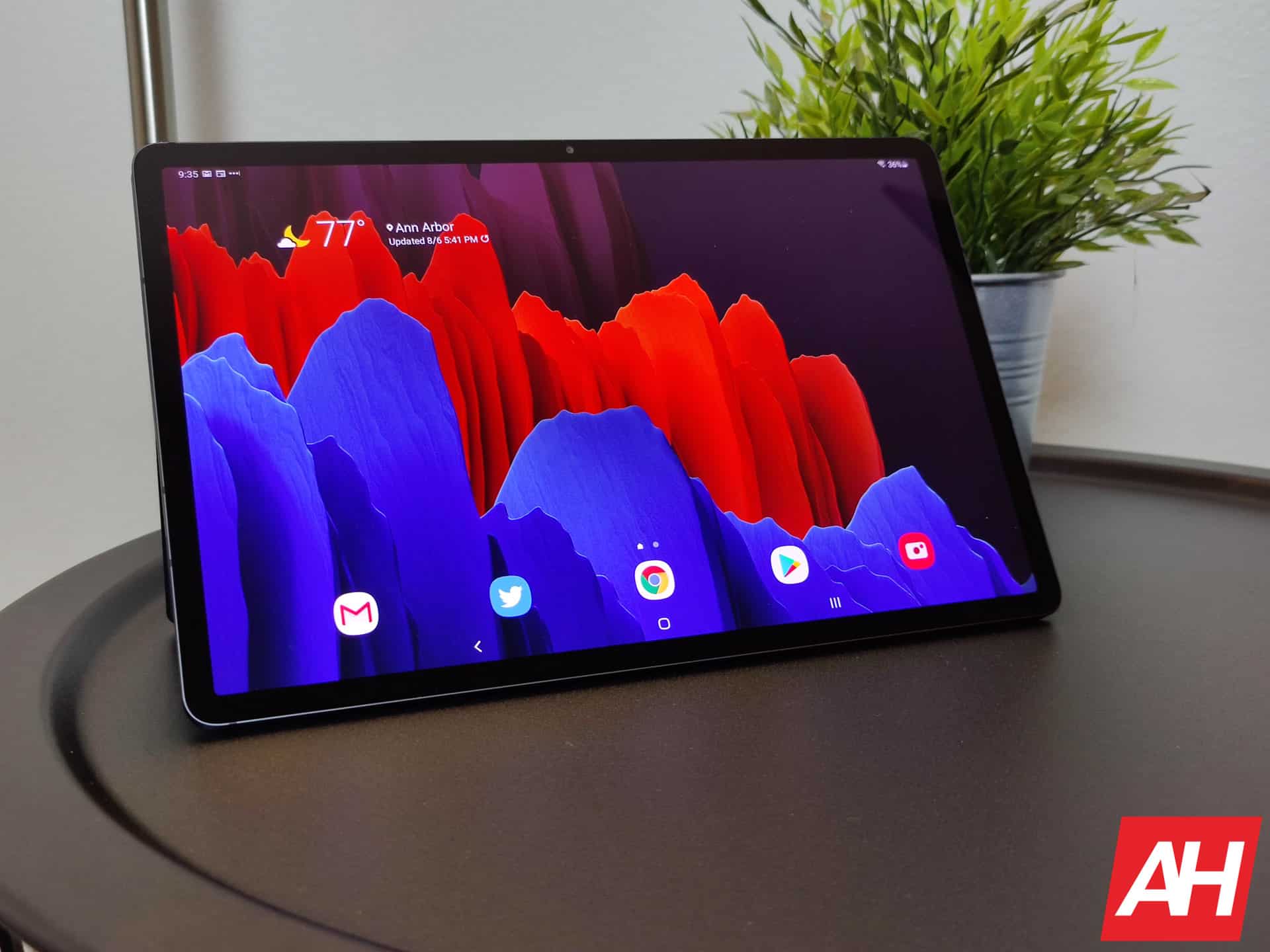
Source: ndroidheadlines.com
Razer launches the Moray, ergonomic in-ear monitors for gamers
Razer covers a lot of different areas of the gaming industry with its products, audio being a key category and that now includes the Moray, a new pair of in-ear monitors that Razer says are “designed for gamers and marathon streamers.”
At first glance these might just look like another pair of wired Razer earbuds. But that’s not the case. Since these are in-ear monitors, they should offer a higher degree of noise isolation and superior comfort to Razer’s other earbud products. Earbuds typically rest at the entrance of the ear canal while in-ear monitors are situated further in. This helps with the improved noise isolation.
These are also key features of the Razer Moray in-ear monitors. Which come with an ergonomic build for all-day comfort. Razer says the hybrid dual-driver acoustic design provides exceptional audio quality to keep you immersed for hours on end.
The Razer Moray in-ear monitors are all about comfort
It doesn’t matter how good a pair of earbuds, in-ear monitors, or headphones sound if they aren’t comfortable to wear for very long. Razer claims its tackling that issue by placing big focus on how comfortable the Moray are to wear for extended periods.
The design features a low-profile ergonomic fit that won’t be obtrusive. They’re also made to have a snug fit to prevent incoming sound from outside audio sources. And to ensure they stay put. According to Razer the Moray can relieve pressure on the head and ears that you might experience with a traditional headset. And this translates to seamless fatigue-free gaming and streaming experience.
There are a few other key attributes of the Moray to make note of. They come with three different types of ear tips for one. You can swap these out at your leisure to find the perfect fit. They also come with a splash-resistant case to keep them secure during travel. Additionally, the cable is braided and features memory loop tubing to keep things out of the way. With this design, the cable tubing sits behind the ear and helps keep them in place.
The Razer Moray are available starting today for $129.99 at Razer’s website.
The post Razer launches the Moray, ergonomic in-ear monitors for gamers appeared first on Android Headlines.
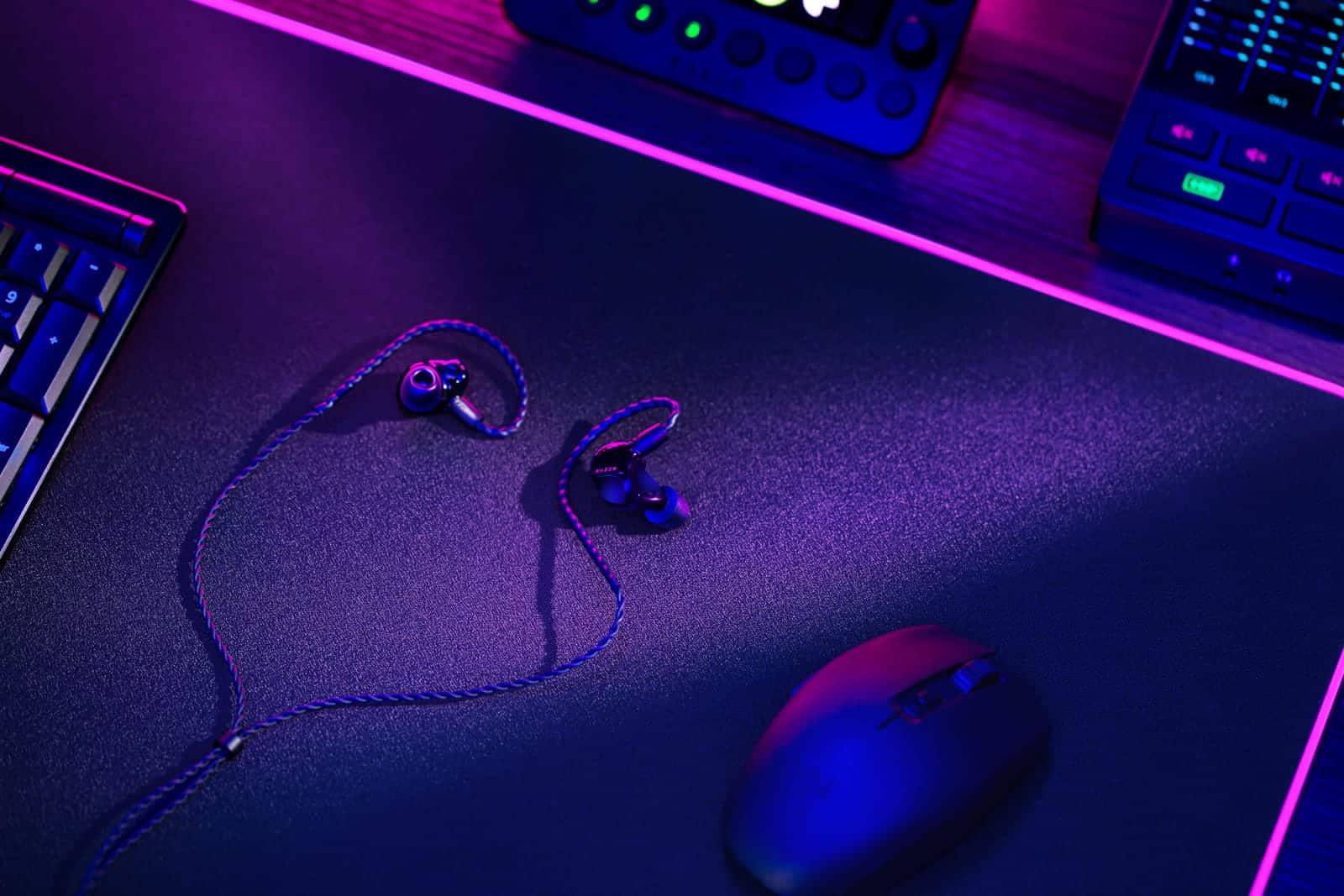
Source: ndroidheadlines.com
How to take a screenshot on Motorola Razr+ (2023)
Wondering how you can take a screenshot on the new Motorola Razr+ (2023)? It’s actually quite simple, and Motorola also gives you three different ways that it can be done. In this article, we will detail how you can take a screenshot on the new Motorola Razr+. So without further ado, let’s get started.
How to take a screenshot on Motorola Razr+
There are three ways that you can take a screenshot on the new Razr+. And we’re going to detail each way, down below. So let’s get started.
Three-finger swipe
One of the new ways you can take a screenshot on the Razr+ is by using three fingers and swiping down on the screen. Now you will first need to enable this:
Go into Settings.
Tap on Gestures.
Tap on Three finger screenshot.
Now tap the toggle to turn it on.
Now, you will be able to take three fingers and swipe down on the screen, to take a screenshot. This will work on both screens too.
Quick Settings
The next way to take a screenshot is with the Quick Settings toggle. You can simply pull down your notification shade, and tap on “Screenshot”. That will automatically take a screenshot for you.
This is a default quick setting, so if you’ve edited the quick setting toggles at all, you’ll want to go back and edit them to add it back. Just tap on the pencil icon and add the Screenshot option back.
Power + Volume Down
The final way that you can take a screenshot is with pressing the Power and Volume Down buttons together. Just like you can on any other smartphone these days. Just press those together for a few seconds, and you’ll see the animation show up that a screenshot has been taken.
Now, next to the screenshot, you’ll see a few options for a scrolling screenshot, editing it and sharing it. Or you can just tap on the screenshot to edit it. This makes sharing and editing a whole lot easier.
The post How to take a screenshot on Motorola Razr+ (2023) appeared first on Android Headlines.
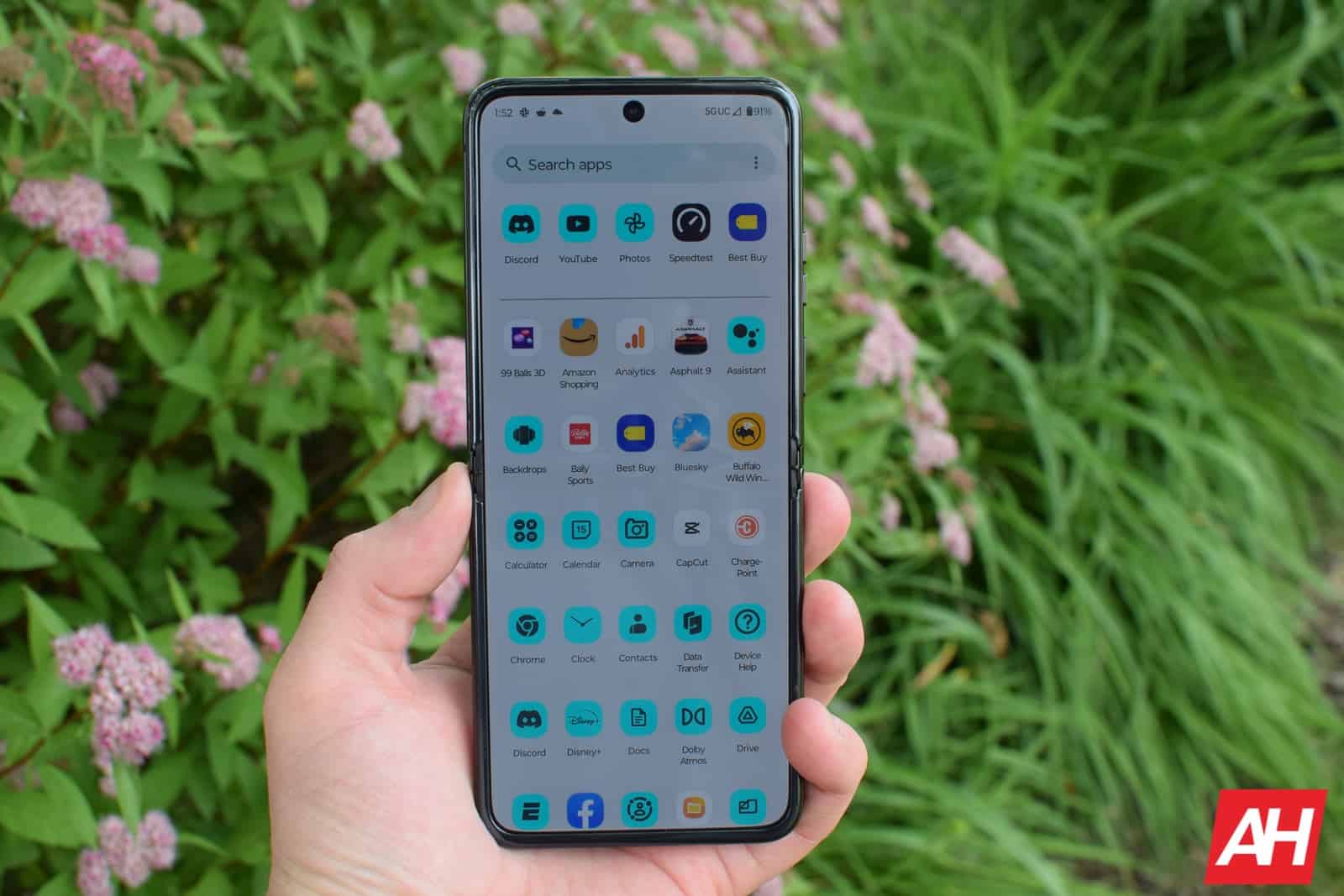
Source: ndroidheadlines.com
Scam Callers just got owned by this Chatbot
Let’s face it, we all hate scam callers. These days, most of us don’t answer the phone unless we know who it is. Well, a group of cybersecurity experts in Australia have taken this to a whole new level. They are developing a chatbot that can impersonate a human and sit on the scam call, to waste the scammers time. Essentially giving the scammers a taste of their own medicine.
They are creating this chatbot system as a “honeypot” that will lure scammers into a 40-minute-long conversation, that will ultimately amount to nothing. Sound familiar? That’s basically what scammers do. The name of this Chatbot is Apate, and it’s still got a long way to go.
This is being done by researchers at Macquarie University in Sydney, and professor Dali Kaafar said that “our model ties them up, wastes their time, and reduces the number of successful scams. We can disrupt their business model and make it much harder for them to make money.”
The goal is to make the Chatbot smart enough to trick a scammer
The goal here is to trick these scammers into staying on the phone for a 40-minute conversation with the bot. Currently, the bot is only averaging about 5 minutes before the scammer hangs up. However, Kaafar has noted that “we found the bots react pretty nicely to some tricky situations that we were not expecting to get away with, with scammers asking for information that we didn’t train the bots for – but the bots are adapting and coming up with very believable responses.”
Could this be the future way to deal with scam calls? Probably not. As Kaafar mentions, it’s only a matter of time before the scam callers adopt AI to make it easier to get through these bots and call screeners like what Google has built into the Pixel. But for now, it is pretty fun to see the scammers getting scammed and their time wasted.
The post Scam Callers just got owned by this Chatbot appeared first on Android Headlines.

Source: ndroidheadlines.com
OSI’s comments to US Patent and Trademark Office
OSI submitted its comments to the United States Patent and Trademark Office to defend Open Source from patent trolls. A few days ago the Linux Foundation, Electronic Frontier Foundation and Unified Patents asked for the community to send their comments.
Below is the text of the letter we sent.
June 16, 2023Katherine K. VidalUnder Secretary of Commerce for Intellectual Property and Director of the United States Patent and Trademark OfficeUnited States Patent and Trademark Office600 Dulany StreetAlexandria, VA 22314-5796
Dear Director Vidal,
The Open Source Initiative (OSI) is a California 501(c)(3) public charity advocating for and enabling the benefits of open source (community developed and maintained) software in the interests of every citizen. It does not advocate on behalf of any for-profit entity or any political group.
We very much appreciate that the USPTO has provided the opportunity for input on this important matter in advance of the formal rulemaking process. OSI is writing in particular to provide information for your consideration regarding the use of third-party entities to challenge patents.
The oversight of each open source project is usually in the hands of an unincorporated association of individual contributors, or a dedicated public charity (like OSI’s 80+ Affiliate members). Many of the leaders in these communities are entrepreneurs leading small businesses. Open source projects use OSI-approved licenses, which openly convey all rights necessary to use, improve, share and otherwise enjoy the software without any necessary relationship with its rights holders. As such, no open source project depends on patents and communities rarely tolerate royalty-due elements, preferring to design without any encumbered parts.
Open source projects and their maintainers are uniquely vulnerable to attack by hostile parties such as patent trolls (sometimes called “non-practicing entities”) and companies rent-seeking over so-called standard-essential patents. The projects and their non-profit fiduciary hosts are not of a scale to be able to manage the usual defenses of large corporations, while the individuals themselves may seem worthwhile targets for avaricious litigators. When a project faces a patent attack, it is thus frequently defended by others as a matter of civic duty.
The rule changes that the Patent and Trademark Office propose would greatly limit the ability of open source projects to be defended by these third parties. This would both chill the innovation and progress arising from open source software – which contributes billions to GDP – as well as embolden malicious litigators seeking reward where they have no claim simply because their victim is unable to defend themselves.
OSI consequently encourages the USPTO to reconsider these rule changes and avoid the harm they would cause open source software.
Your sincerely,
Stefano MaffulliExecutive DirectorOpen Source Initiative
Open Source Initiative is a 501(c)(3) corporation (EIN: 91-2037395).
The post <span class=’p-name’>OSI’s comments to US Patent and Trademark Office</span> appeared first on Voices of Open Source.

Source: opensource.org
Best handheld game consoles – June 2023
Once upon a time, handheld game consoles were a rapidly expanding sector of the entertainment medium, and for some, the best way to play games. The way we play games these days has grown to include a multitude of platforms, but handhelds are still one of the favorites, and there’s more than a few excellent options out there.
Despite ours, and whatever your own personal preferences are, handheld game consoles provide some of the best experiences for their portability and their ability to be played basically anywhere. This makes them the optimal choice for travel, lounging on the couch, playing in bed or anywhere else you may choose to relax. They’re also great for when someone else wants to use the TV. No matter the reason, handhelds are great. And we’ve scoured the internet to round up some of the best options for handheld game consoles that you can currently get your hands on.
Keep in mind we won’t be including anything that is no longer having games made for it. We portable consoles like the PSP, PS Vita, and 3DS too. But developers are no longer making games for them. And we want this to be a list of consoles where you can still purchase games. New or old. So with that said, here’s our picks for the best handheld game consoles.
Best handheld game consoles
Handheld console
Price
Where to buy
Nintendo Switch OLED
$349.99
Best Buy
Steam Deck
From $399.99
Steam
Logitech G Cloud
$299.99
Best Buy
Nintendo Switch Lite
$199.99
Best Buy
Nintendo: Game & Watch – The Legend of Zelda
$49.99
Best Buy
Miyoo Mini Plus
From $88.99
Amazon
SupaBoy
$118.99
Amazon
Ayaneo Air
$829.99
Amazon
Nintendo Switch OLED
Price: $349.99
Where to buy: Best Buy
The obvious place to start here is the Nintendo Switch OLED. It’s definitely one of the best handheld game consoles. Though truly it will probably be the best handheld console for many for a few reasons, not the least of which is the value. It comes in at $349.99 and for that you get a game console that can be used not only in handheld mode but in desktop mode with the built-in kickstand, and in home console mode with the included TV dock.
It also plays physical games and it can play digital games if you buy them via the Nintendo eShop. So there’s lots of versatility here. And most of the games won’t require any sort of online connection at all. Which means it’s damn near the perfect companion for flights or any commuting where internet connections might drop out. If they’re available to begin with. Overall, it’s a solid buy and the OLED model is the best way to play Switch games these days. Thanks to the much nicer screen.
Nintendo Switch OLED
Steam Deck
Price: From $399.99
Where to buy: Steam
Raising the price a little bit can move you into a slightly larger, but more capable handheld device. The Steam Deck. While not technically a console per se, it can be though of as one since it fits into the same category as the Switch when it comes to playing games portably.
While the cost is $50 more than the Switch OLED (and that’s just the base model), the Steam Deck does more. It can play a huge library of Steam games. Which is vastly larger than what’s available on the Switch. But because it’s also a PC, you can install emulators onto it and play games that way. You can also install apps for PlayStation Remote Play, Xbox Game Pass, and more. And if you really want to you can install Windows on it and access games from other stores like Epic, Battle,net, EA, and more.
The big downside here is that if you want to keep the price a little more reasonable, you have to stick with the $399.99 model, which only has 64GB of storage. From there your options are to either buy a microSD card with a decent storage amount, or upgrade to the 256GB model which is $529, or the 512GB model which is $649. This isn’t exactly the least expensive portable to get into. But it’s far from the most expensive, and it sure is an awesome handheld.
Steam Deck
Logitech G Cloud
Price: $299.99
Where to buy: Best Buy
While we don’t necessarily think the G Cloud is the right call for everyone, it’s still a great handheld. The main downside is that it’s meant mostly for cloud gaming. Which means you NEED an internet connection to play the games it was designed for, which are games on PC via apps like Steam Link, or services like GeForce NOW and Xbox Game Pass.
This makes it mostly a no-go for gaming on commutes or flights where you have no internet connection. And while you can use it for playing Android games, your phone is probably a better option there. However, putting all of that aside, this is a wonderful cloud gaming handheld.
It’s perfect for when you might want to kick back on the couch or in your favorite chair and stream games. It’s a bit more niche, but there are players who only tend to use their handhelds at home most of the time. And for that, this is a great device. Though it is a bit pricey for what it is. Still, if you only plan to use this where you have a reliable internet connection, it’s not a bad option at all. And at its current price of $299, it’s $100 less than the Razer Edge which does the same thing, even if the Edge does have the advantage of the better display.
On that note, we’re including the Razer Edge as an honorable mention because it’s also a great handheld if you want a really nice cloud gaming device that isn’t your phone.
Logitech G Cloud
Razer Edge Wi-Fi
Nintendo Switch Lite
Price: $199.99
Where to buy: Best Buy
More or less the same thing as the Nintendo Switch and Switch OLED, but with a few key changes. One is that is has no home console mode with the dock. Because it doesn’t come with a dock. In fact it doesn’t come with a built-in kickstand either. Or even have the ability to output video or audio to a TV. This is truly meant to be a handheld console and does not have the necessary hardware to output video to another display. It does however play all the same Switch games so you won’t be locked out of any titles by going with this model.
It’s smaller and more compact than a normal Switch or the Switch OLED, and that makes it perfect for travel and commutes. It’s also less money with a price tag of $199, and comes in a handful of fun colors.
Nintendo Switch Lite
Nintendo: Game & Watch – The Legend of Zelda
Price: $49.99
Where to buy: Best Buy
If you want to scale things down even further, consider the Game & Watch – The Legend of Zelda handheld from Nintendo. It’s extremely pocketable making it easy to take with you just about anywhere. In fact it’s the most handheld of any handheld console on this list. That being said, it does only play a few games. These include the Legend of Zelda, Zelda II: The Adventure of Link, and The Legend of Zelda: Link’s Awakening.
Now, these are still fun games. And if you love the Zelda classics, this is cool little handheld to keep with you. It can also serve as a clock if you want to use it for that purpose, and it’s only $50. It’s extremely limited in what it plays. But well worth it if you like to collect this kind of stuff or you want something inexpensive to play games in a handheld fashion.
Nintendo: Game & Watch – The Legend of Zelda
Miyoo Mini Plus
Price: From $88.99
Where to buy: Amazon
The Miyoo Mini Plus is a handheld retro game machine inspired by the likes of the Game Boy from Nintendo. It features a very similar design but of course, comes with quite a few more capabilities. It’s biggest selling point is that it comes pre-loaded with thousands of games from across a number of different emulators including Famicom (NES), Game Boy, Game Boy Color, Super Famicom (SNES), Game Gear, NeoGeo, PS1 and many more.
On top of that it features an HD IPS display at 3.5-inches, and it supports things like key mapping and it’s fairly lightweight. It also has a 7-hour battery life on a single charge. So you can play for hours before needing to plug it in.
Miyoo Mini Plus
SupaBoy
Price: $118.99
Where to buy: Amazon
When it comes to handheld consoles, the SupaBoy from Hyperkin is one of our absolute favorites. If you grew up with a Super Nintendo or Super Famicom, then you know how awesome it would have been to play those games anywhere. This little handheld console lets you do just that. It has a 4.5-inch display and lets you play actual, official SNES carts on the go. If only this were available when we were kids.
In addition to its handheld capabilities, it supports audio/video out and comes with the cable to connect it to a TV, plus there are two controller ports on the front for plugging in original SNES controllers for playing games with a friend or family member.
It’s a pretty sweet little device if you love retro games and prefer to play your old carts. Should you have any of them around still.
SupaBoy
Ayaneo Air
Price: From $829.99
Where to buy: Amazon
Rounding out this list is the Ayaneo Air. This is much more like the Steam Deck in that it’s a handheld gaming PC. But we’re still including it because it is a handheld, and it plays games. It’s an incredibly powerful little handheld allowing you to play anything you can play on a Windows PC. As it runs Windows and has some powerful tech on the inside to run games with decent performance and decent graphics.
It is however a very pricey handheld. So if you want something that’s not only portable but also affordable, this unfortunately, isn’t it. But it is an excellent little gaming machine you can take with you anywhere. One that’s more compact than the Steam Deck and will play anything the Steam Deck can. If you’re willing to pay more for that capability.
Ayaneo Air
The post Best handheld game consoles – June 2023 appeared first on Android Headlines.

Source: ndroidheadlines.com
Microsoft reenables Windows 11 File Explorer update after testing
In a recent blog post from Microsoft, they make it clear that they will turn back on the Windows 11 File Explorer update. This version of the app was available to Windows Insiders for the past few weeks. These testers put the app update through scrutiny, and they found it lacking in certain areas.
Microsoft made a few upgrades with this testing version, which they made available to their insider program. Most testers were excited to try out the new update but didn’t expect to find anything wrong with the update. But things didn’t go as planned, as the update fell short in various areas.
Well, the majority of the faults with this update came from the power usage aspect of things. Testers have brought the shortcomings of this update to Microsoft, who have in turn offered a solution. This involves turning back on the update and letting users stick to the existing version while fixing any shortcomings.
Microsoft puts user experience first as they dismissed the Windows 11 File Explorer update
Just like with every app update out there, the Windows 11 File Explorer update came with some new features. These features were to help improve the user experience while simplifying app usage. Once it was made available a few weeks ago, users of the Windows Insider program began playing around with these features.
Some new features include changes to folders, improvement to key pass access, showing drive letters, and hiding protected OS files. The improvements to this app are aimed at stepping up the user experience. Power users also saw the folder option on the Windows 11 File Explorer taken away with the update.
Most of these users find the folder options very useful for their work and everyday usage. Taking this feature away from them would cripple them and force them to find other ways around the new limitation. For a while, they were able to keep up with this change before crying out to Microsoft for an urgent change.
Impressively, Microsoft didn’t turn a deaf ear to its Windows Insider users and testers of this update. They were able to take down the update and let users enjoy the old version. This will give them access to tools that they need to work while Microsoft works on fixing the flaws with this current update.
The post Microsoft reenables Windows 11 File Explorer update after testing appeared first on Android Headlines.
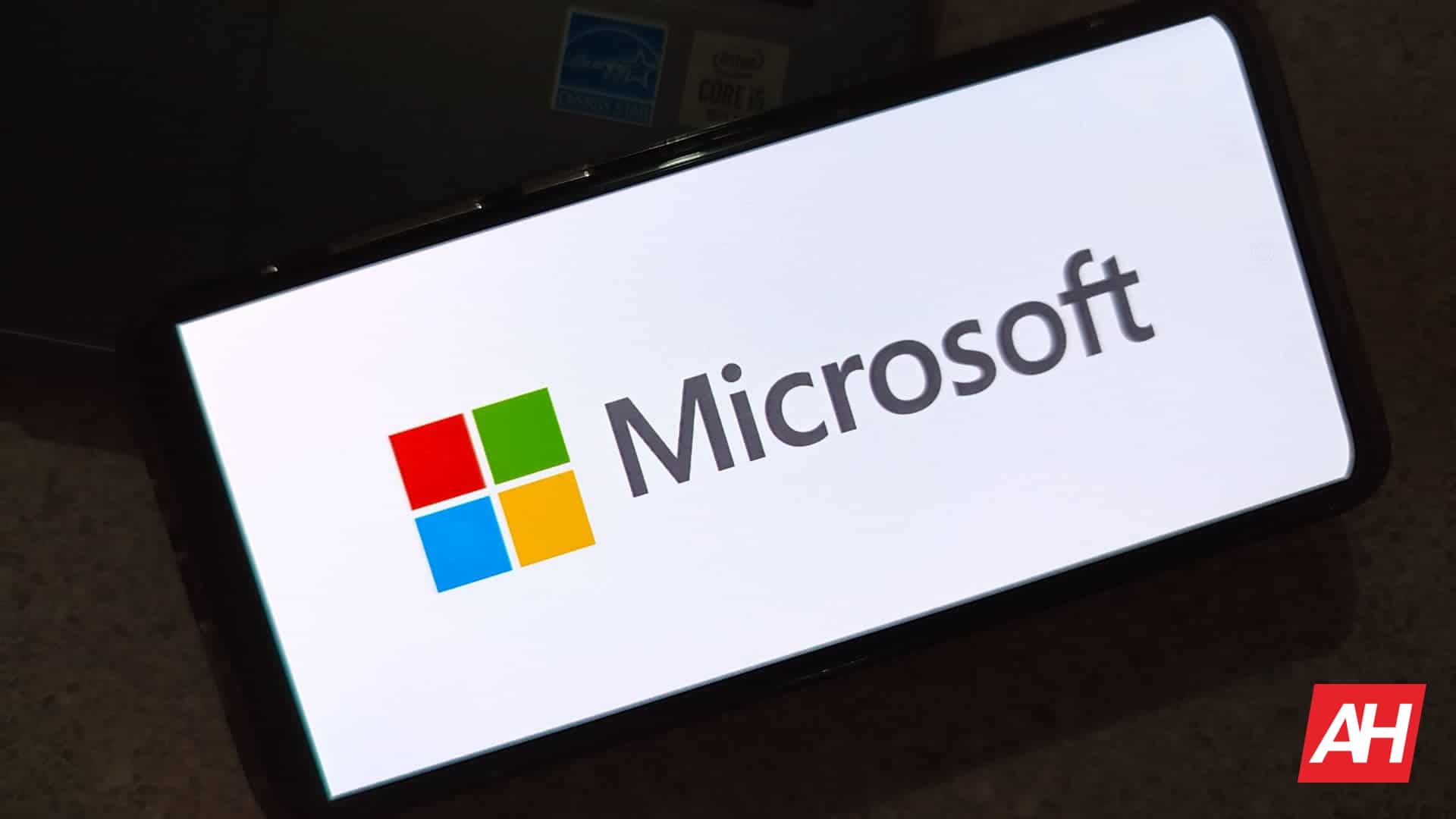
Source: ndroidheadlines.com
Nothing Phone owners can create their own Glyph ringtones
Nothing is preparing to launch the Phone 2 soon, and in celebration of that the company is adding a Glyph Composer feature. Coming to both the Nothing Phone 1 and Nothing Phone 2, the Glyph Composer will let you create your very own Glyph ringtones.
If you’re unfamiliar with the Glyph ringtones, they’re a neat feature of the device. They’re a combination of the actual ringtone and the flashing lights on the back. So you’ll see the lights flash in sync with the tone.
The feature is a collaboration with Swedish House Mafia. Who helped create a special sound pack that Nothing Phone owners can use to make the tones. To create a Glyph ringtone, users can hit a record button inside the composer and select from a series of different tones. There’s 5 different tones and sound mixes total that can be used. Complete glyph ringtones are also a composition of 8-10 seconds in length and are set as “multitrack audio files,” Nothing says.
The Glyph Composer will launch alongside Nothing Phone 2
While the new Glyph Composer feature will come to the first phone, it’s not available just yet. Nothing says it’ll launch alongside Phone 2. Which is supposed to happen in July. July 11 to be specific. So there’s still a bit of a wait.
Nothing will likely show this feature off during the launch event. If you’re curious to see it in action, then you’ll want to watch. Because that’ll be your best chance to see it prior to testing it on your own device.
In addition to composing your own Glyph ringtones, the compose includes a pre-made one created by Swedish House Mafia. You can use this if you aren’t up to creating your own. Though creating your own is likely more fun. That being said, the Swedish House Mafia Glyph sound pack and Glyph ringtone will be available sometime this Summer. So it might not launch right when the Glyph Composer does.
The post Nothing Phone owners can create their own Glyph ringtones appeared first on Android Headlines.

Source: ndroidheadlines.com
Phone Comparisons: Samsung Galaxy Z Flip 4 vs Motorola Razr+
Motorola launched its new clamshell foldable, the Motorola Razr+ or Razr 40 Ultra, it depends on the market. The first name is used in the US, while the device carries the ‘Razr 40 Ultra’ name elsewhere. Having said that, in this article, we’ll compare the Samsung Galaxy Z Flip 4 vs Motorola Razr+. The Galaxy Z Flip 5 is right around the corner, but the Flip 4 is still Samsung’s best flip phone, so… there you go.
We’ll first list the specs of both devices, and will then proceed to compare them across a number of different categories. We’ll compare their designs, displays, performance, battery life, cameras, and audio performance. Just to be perfectly clear, we’ll refer to Motorola’s new handset as the ‘Razr+’ from now on, but what is said here applies for the same model in other markets, basically. They’re the same devices, we just had the privilege to test the ‘Razr+’ in the US.
Specs
Samsung Galaxy Z Flip 4
Motorola Razr+
Screen size
Main: 6.7-inch fullHD+ Dynamic AMOLED display (foldable, 120Hz)
Secondary (Cover): 1.9-inch Super AMOLED display (flat, 60Hz)
Main: 6.9-inch fullHD+ LTPO AMOLED (foldable, 165Hz)
Secondary (Cover): 3.6-inch AMOLED display (flat, 144Hz)
Screen resolution
Main: 2640 x 1080
Secondary (Cover): 260 x 512
Main: 2640 x 1080
Secondary (Cover): 1056 x 1066
SoC
Qualcomm Snapdragon 8+ Gen 1
Qualcomm Snapdragon 8+ Gen 1
RAM
8GB
8GB/12GB
Storage
128GB/256GB/512GB (UFS 3.1), non-expandable
256GB/512GB (UFS 3.1), non-expandable
Rear cameras
12MP (f/1.8 aperture, 24mm lens, 1.8um pixel size, OIS, Dual Pixel PDAF)
12MP (f/2.2 aperture, 123-degree FoV, 1.12um pixel size, ultrawide)
12MP (f/1.5 aperture, 1.4um pixel size, OIS, PDAF)
13MP (f/2.2 aperture, 108-degree FoV, 1.12um pixel size)
Front cameras
10MP (f/2.4 aperture, 26mm lens, 1.22um pixel size)
32MP (f/2.4 aperture, 0.7um pixel size)
Battery
3,700mAh, non-removable, 25W wired charging, 15W wireless charging, 4.5W reverse wireless charging
Charger not included
3,800mAh, non-removable, 30W fast wired charging, 5W wireless charging
Charger included (not in the US)
Dimensions
Unfolded: 165.2 x 71.9 x 6.9mm
Folded: 84.9 x 71.9 x 15.9-17.1mm
Unfolded: 170.8 x 74 x 7mm
Folded: 88.4 x 74 x 15.1mm
Weight
187 grams
184.5/188.5 grams
Connectivity
5G, LTE, NFC, Bluetooth 5.2, Wi-Fi, USB Type-C
5G, LTE, NFC, Bluetooth 5.3, Wi-Fi, USB Type-C
Security
Side-facing fingerprint scanner
Side-facing fingerprint scanner
OS
Android 12
One UI 4.1.1
Android 13
Price
$999.99
$999
Buy
Samsung
Amazon
Samsung Galaxy Z Flip 4 vs Motorola Razr+: Design
Both phones are made out of aluminum and glass. The Razr+ does also come in a variant with a vegan leather backplate, though. Both phones fold right down the middle, of course, and both have two cameras on the back. You’ll also notice a centered camera hole on both devices, on their main displays. The bezels are rather thin around those displays, by the way. The sides on the Galaxy Z Flip 4 are flatter than they are on the Razr+.
One important difference between them is the fact the Razr+ folds flat, and it also has a less noticeable crease. The Motorola Razr+ has horizontally-aligned cameras on the back, while the Galaxy Z Flip 4 includes a vertically-oriented ones. They both have cover displays, but the one on the Razr+ is much larger. It even goes around the rear cameras on the phone. We’ll talk more about the displays in the next chapter.
The Motorola Razr+ is slightly lighter than the Galaxy Z Flip 4, while it’s taller, wider, and about the same thickness when unfolded. When folded, the Motorola Razr+ is thinner than Samsung’s handset. They do have a rather similar feeling in the hand, even though you’ll feel the difference between them. The Galaxy Z Flip 4 is IPX8 rated, so it’s water resistant. The Motorola Razr+ comes with a water-repellent coating.
Samsung Galaxy Z Flip 4 vs Motorola Razr+: Display
Samsung Galaxy Z Flip 4
The Galaxy Z Flip 4 features a 6.7-inch fullHD+ (2640 x 1080) main display. That is a foldable Dynamic AMOLED 2X panel. It has a 120Hz refresh rate, and it supports HDR10+ content. This panel gets up to 1,200 nits of brightness at its peak. There is a second panel on the back, and it measures 1.9 inches. That is a Super AMOLED display with a 260 x 512 resolution. That second panel is protected by the Gorilla Glass Victus+.
The Motorola Razr+, on the flip side, includes a 6.9-inch fullHD+ (2640 x 1080) main panel. That is a foldable LTPO AMOLED display. It can project up to 1 billion colors, and has a 165Hz refresh rate. HDR10+ content is supported by this display, and the panel goes up to 1,400 nits of brightness at its peak. The second panel on the phone measures 3.6 inches, and has a 1056 x 1066 resolution. That is an AMOLED display that can project up to 1 billion colors. It has a 144Hz refresh rate, and supports HDR10+ content. This panel goes up to 1,100 nits of brightness at its peak, and it’s protected by the Gorilla Glass Victus.
We basically don’t have any major complaints about any of these displays, at least as far as image projection is concerned. They’re all vivid, and offer good viewing angles. They’re also sharp enough. The refresh rate of the Galaxy Z Flip 4’s second display is not that important considering the way it’s meant to be used, but the Motorola Razr+ definitely has the edge there. The crease on the Motorola Razr+’s main display is also less noticeable, so that’s certainly a plus. It’ll not only poke you less in the eyes, but you’ll feel it less under your fingers.
One important difference between the cover displays on these two phones is the number of things you can do with them. The Motorola Razr+ allows you to use its cover display to full extent. In other words, you can run full apps on it. The same cannot be said for the Galaxy Z Flip 4’s panel, which is meant to be used mainly for widgets.
Samsung Galaxy Z Flip 4 vs Motorola Razr+: Performance
The Snapdragon 8+ Gen 1 fuels both of these smartphones. That is not Qualcomm’s latest and greatest chip, but it’s the next best thing. The Galaxy Z Flip 4 comes with 8GB of LPDDR5 RAM, and up to 512GB of UFS 3.1 flash storage. The Motorola Razr+, on the other hand, offers up to 12GB of LPDDR5 RAM, and up to 512GB of UFS 3.1 flash storage. Neither phone offers expandable storage, by the way.
When it comes to performance, you’ll be happy with both of them. The software runs smoothly on both phones, regardless of what you’re doing. Simpler tasks are not a problem, and the same can be said for more demanding tasks too. Even if you decide to play some games on these two phones, they will do a fine job, even those demanding titles. On the Motorola Razr+, you can even use the second display to play full games, if you’re so inclined. Neither phone gets too hot for use after a longer gaming session either, even though they do get quite warm, which is normal.
Samsung Galaxy Z Flip 4 vs Motorola Razr+: Battery
There is a 3,700mAh battery included inside the Galaxy Z Flip 4, while the Motorola Razr+ has a 3,800mAh battery on the inside. The Motorola Razr+ does have a slightly larger battery, but also larger displays, and higher refresh rates. Looking just at those facts, the battery life shouldn’t be too different. Well, it is not, but the Motorola Razr+ does offer better battery life, at least it did during our testing.
With the Galaxy Z Flip 4, we were able to get around 7-7.5 hours of screen-on-time, while the Motorola Razr+ pushes that to 7.5-8 hours of screen-on-time. This doesn’t have to mean much to you, as your results may be entirely different. It should give you an idea of what the phones are capable of when it comes to battery life, though. We did not game much during our testing, but we did not spare either phone, of course. These are numbers that we were able to achieve during more normal usage days, not the ones in which we used the camera for hours. As I said, though, your mileage may vary for a number of reasons.
What about charging? The Galaxy Z Flip 4 supports 25W wired, 15W wireless, and 4.5W reverse wireless charging. The Motorola Razr+ supports 30W wired, and 5W wireless charging. Neither phone comes with a charger in the US, but the Motorola Razr+ may include one in some other markets, so keep that in mind.
Samsung Galaxy Z Flip 4 vs Motorola Razr+: Cameras
A 12-megapixel main camera can be found on the Galaxy Z Flip 4, along with a 12-megapixel ultrawide unit (123-degree FoV). The Motorola Razr+, on the flip side, has a 12-megapixel main camera, and a 13-megapixel ultrawide unit (108-degree FoV). The ultrawide camera on the Galaxy Z Flip 4 has a much wider field of view, and that is something we appreciated, as you can stuff a lot more content in the frame.
Motorola Razr+
Having said that, how do they perform? Well, based on the images taken side-by-side, the Galaxy Z Flip 4 tends to offer more saturated images, as expected. That is, at times, an advantage, and at times a disadvantage. It handles HDR conditions better during the daytime, but then again that added saturation can ruin some images, like skin tones in some cases, and so on. The Motorola Razr+, on the other hand, tends to provide rather dull images at times, while in other situations it does a great job.
In low light, we preferred the Motorola Razr+ most of the time. It handled street lights a lot better, and the same goes for neon signs. It’s kind of a different situation than when it comes to daylight shots, where the Galaxy Z Flip 4 was mostly the better device. Their ultrawide cameras do follow this same pattern, more or less.
Audio
You will find a set of stereo speakers on both of these phones. The speakers on the Motorola Razr+ were louder, though, while the sound output is really good from both devices. They’re well-balanced, though don’t expect miracles, of course.
An audio jack is not included on either device. You’ll have to resort to their Type-C ports for wired audio connections. If you prefer to go wireless, that’s not a problem. Bluetooth 5.2 is available on the Galaxy Z Flip 4, while Bluetooth 5.3 can be utilized on the Motorola Razr+.
The post Phone Comparisons: Samsung Galaxy Z Flip 4 vs Motorola Razr+ appeared first on Android Headlines.
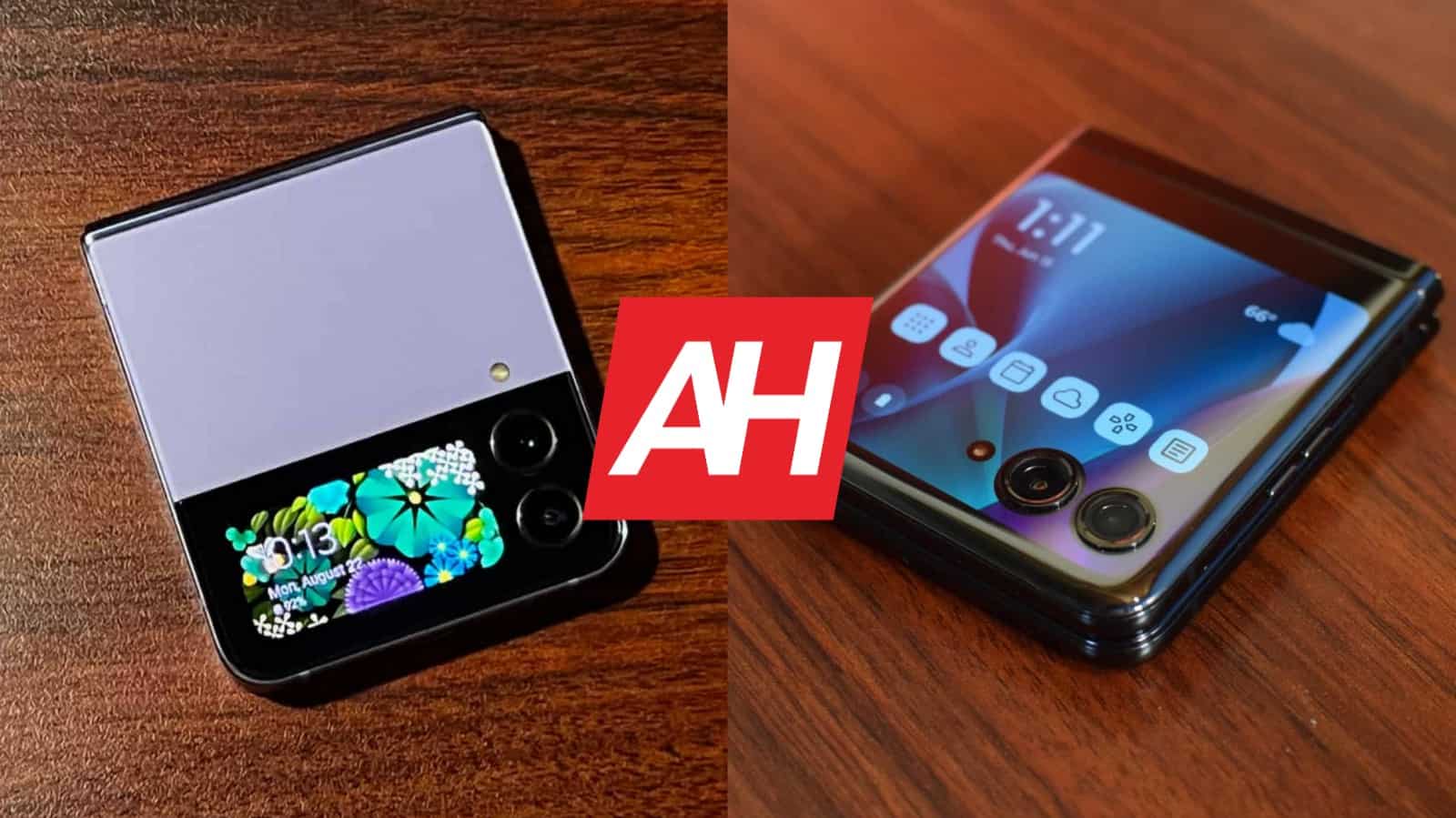
Source: ndroidheadlines.com
US government to launch a public working group for AI
After seeking public opinion on regulating AI, the US government now wants to launch a public working group consisting of volunteer experts to address AI risks and benefits. The initiative is launched by the National Institute of Standards and Technology (NIST). It focuses on AI technology capable of producing images, videos, text, code, and music.
As AI is taking over different aspects of our life, governments worldwide must be quick to design regulations to mitigate risks and challenges. The US government is somehow at the forefront of AI regulations and even aims to collaborate with the EU in this regard. Gina Raimondo, the US Secretary of Commerce, is now asking AI volunteer experts to share their feedback with the government.
This public working group focuses on generative AI and wants to weigh the AI risks for society as well as its benefits for different sectors. This is the second request for comment (RFC) by a government agency after the first RFC in April.
The US government is asking for volunteer experts’ opinions on generative AI
The final product of this public working group would be a set of guidelines for companies to tackle risks generated by AI. The group works through a collaborative online workspace.
NIST has already developed an “AI Risk Management Framework”. This framework helps the agency manage risks AI could pose to individuals, organizations, and society. The public working group first needs to find out if this guideline could be used to support generative AI development. Then, it needs to support NIST’s AI-related tests and evaluations. Finally, this group must find a way to drive AI capabilities to solve critical health and environmental issues.
“President Biden has been clear that we must work to harness the enormous potential while managing the risks posed by AI to our economy, national security, and society,” Raimondo said in a statement. “Building on the framework, this new public working group will help provide essential guidance for those organizations that are developing, deploying, and using generative AI, and who have a responsibility to ensure its trustworthiness.”
Despite its endless benefits, AI is becoming a source of concern for Big Tech like Apple and Google. Both companies have prohibited their employees from using AI chatbots and sharing confidential material with it.
The post US government to launch a public working group for AI appeared first on Android Headlines.

Source: ndroidheadlines.com
Impersonation policies for YouTube fan channels get more strict
To curb impersonation, YouTube fan channels are getting strict policies. YouTube took to its community page to announce this improvement and also alert fan channels on the coming change. Now most of these channels are to make certain changes or adjustments to the various accounts they run or face the consequences.
This policy change is coming in light of the influx of fan channels on the video-sharing platform. Most of these channels are not what they claim to be, as they are more into stealing content and impersonation. Reposting a video without tagging the creator or using a channel’s avatar or banner on a so-called fan page is now so common on YouTube.
With this change in the YouTube impersonation policy, most content creators will be able to protect their work from being stolen. Also, it will help guide those scrolling through YouTube to know the actual source of the videos that they enjoy watching. Let’s now have a look at the changes to the YouTube impersonation policies.
Details on the new impersonation policies that will affect some YouTube fan channels
In a bid to fight impersonation on its platform, YouTube is changing some of its policies. This change might spell the end for some accounts now present on YouTube, masquerading as fan accounts. Instead of these accounts acknowledging the works of content creators, they are outrightly stealing these works from them.
Now, the video-sharing platform requires all fan accounts to clearly state their objective. This means that fan accounts have to point out through their “channel name or handle” that their channel isn’t representing the source of their posts. By doing this, they’d be able to make it clear to other users that they have no link to the creator (source of the videos they repost) but they are only their fans.
In the coming months, permit fan accounts that outrightly repost the content of others on the platform. Also, fan accounts that make use of an original account’s logo, avatar, banner, or other identifying elements will face punishment. YouTube tags these actions as impersonation and not fandom, any account doing this will face some penalties.
The new impersonation policy will go into effect on August 21, 2023, so all fan accounts can make necessary changes. These will include brushing up their channel to not look like that of the YouTuber they are fans of. Failure to make these changes before the deadline will mean that the fan account will be deleted for violation of the impersonation policy.
The post Impersonation policies for YouTube fan channels get more strict appeared first on Android Headlines.

Source: ndroidheadlines.com
YouTube is testing multiple thumbnails for content creators
Google-owned YouTube is testing a new feature for content creators that lets them upload and select from multiple thumbnails to add to videos, Android Police reports. The change is intended to allow content creators to figure out which thumbnails work best for their videos.
More specifically which thumbnails engage the viewer more by getting them to click. YouTube is calling this new feature Test & Compare. And has given a breakdown of how it works in a video on the company’s Creator Insider channel.
Creators upload three thumbnails with a video, then after a certain period of time they can choose a “winning thumbnail” to use as the permanent one. Inside of YouTube Studio creators can see which out of the three performed the best. This is based on the highest percentage of watch time. Creators will then be able to choose the winner. They can also choose to do a new test if they feel it’s needed. The feature is already out in the wild. As YouTube confirms it’s been testing it with a small number of creators over the past few months.
YouTube plans to roll out its thumbnails testing to more creators soon
The testing pools is small now, but it won’t be that way for much longer. YouTube says that in the coming months, a few thousand creators will get access to a beta version of this feature.
There’s no timeline here, so “the coming months” is a pretty broad window. But since it’s a beta YouTube is more than likely handpicking creators to add to the testing. So when does everyone get access? YouTube says it’s looking to roll this out more broadly sometime next year. Which means it won’t be available to a much wider audience for quite some time. YouTube does acknowledge though that this is been a top-requested feature so it wanted to let creators know that it’s being worked on.
The post YouTube is testing multiple thumbnails for content creators appeared first on Android Headlines.
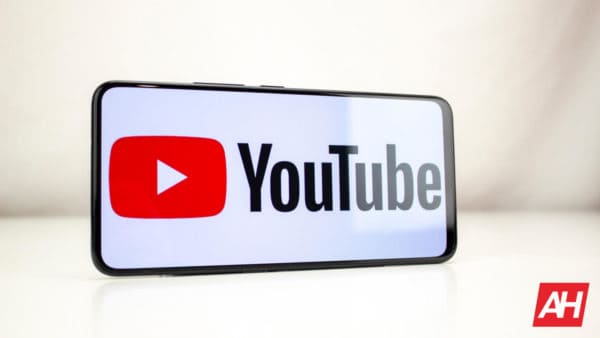
Source: ndroidheadlines.com
The Pixel Tablet weather experience is coming to more devices
Google’s Pixel Tablet has its own unique weather experience from other Android devices. While the weather app isn’t drastically different, there are some exclusive little perks you get.
This includes a Material You redesign that updates the visuals. But it also introduces a new Google Nowcast feature. These are available on both the Pixel Tablet and the Pixel Fold. And according to 9To5Google, they’re also changes that will be brought to other devices at some point in the future.
Google doesn’t really mention when, though. So if you want to experience the new design and Google Nowcast for yourself, you’ll need a Pixel Tablet or a Pixel Fold. Of course, that’s an expensive investment just to get some new weather features. So at the very least, you might want to know what Google Nowcast does. Worth noting is that while Nowcast in the Google Weather app only on the Pixel Tablet and Pixel Fold for now, you can access the information elsewhere.
If you search for weather on mobile, the data can pop up there. It also surfaces when you search for weather on the web. Data through this method is only available in the US though and only in English. Here’s what the feature brings to the party.
Google Nowcast makes the Pixel Tablet weather experience more accurate
Basically, you get more accurate weather details about rain, hail, and snow over a 12-hour period. The data used to surface the weather results using Nowcast is also refreshed a few times an hour. So not only are the weather predictions for these conditions more accurate, they’re also fairly up to date.
Google pulls this data from multiple sources, including Multi-Radar/Multi-Sensor Systems and High-Resolution Rapid Refresh systems from the National Oceanic and Atmospheric Administration. Nowcast info only pops up if there’s rain, hail, or snow that’s being detected using the data and within that 12-hour forecast. The app also still uses weather.com data for forecasts that are longer than 12 hours.
The post The Pixel Tablet weather experience is coming to more devices appeared first on Android Headlines.
![]()
Source: ndroidheadlines.com
Apple to Switch A17 Bionic Chip Technology to Cut Costs in 2024
The iPhone 15 series is set to debut in September with the A17 Bionic chipset. But we’re hearing that there could be some changes for the A18 Bionic next year.
Currently, Apple has been using the 5nm process to manufacture the A14, A15 and A16 chipsets in recent years. With the A17, Apple is going to be moving to 3nm. To be exact, they will be moving to the TSMC N3B process. However, Apple is planning to move over to the N3E sometime next year. This would likely affect the A18 Bionic and possibly the A19 Bionic.
The main differences here would be making the chips easier to manufacture. Which will also come with reduced efficiency.
N3B is TSMC’s original 3nm node that was created in partnership with Apple. However, N3E is a simpler, more accessible node that most of TSMC’s other clients use. N3E does also use fewer EUV layers and lower transistor density, compared to N3B. Another major difference is that N3B has been ready for mass production for a much longer time compared to N3E, however it does have a lower yield. Which helps raise prices on a per-chip basis.
It’s unlikely that this will affect the iPhone 15
Switching nodes like this for a processor is going to be a big deal, so it’s pretty unlikely that Apple would do this in the middle of the iPhone 15 life cycle. Meaning that the iPhone 15 will likely be more efficient than the iPhone 16, which would have chips made on the N3E process.
This is a cost-cutting measure by Apple, but it’s unclear if this is being done so that iPhone prices can stay the same, or if the price bump is going to be smaller because of this. There are rumors of the iPhone going up in price later this year, including in the US. Which hasn’t happened since the iPhone X was released back in 2017. So a price increase wouldn’t be too crazy, after all $999 in 2017 is now about $1,240.17 in 2023.
The post Apple to Switch A17 Bionic Chip Technology to Cut Costs in 2024 appeared first on Android Headlines.

Source: ndroidheadlines.com
Google Home Adds Support for Light Groups in Favorites
Google Home has taken some of the feedback from its Public Preview, and rolled out a new feature to the Public Preview (for now). Which will allow users to add groups to favorites, instead of just individual lights. This will make it easier to turn on or off lights in a room, or on an entire floor, with less taps.
The update is now rolling out to those in the Public Preview, and Google’s Anish Kattukaran says that this was one of “the most heavily requested” features.
It’s a very overdue feature for Google Home, and one that should have been added a long time ago. After all, Apple’s Homekit allows users to do this.
If you’re in the Public Preview for Google Home, you should see this update very soon. It’s not quite available for everyone just yet, but that should change over the coming days.
Google Home’s big redesign is still in Public Preview
After announcing it last year, Google Home’s big redesign is still limited to the public preview. Which you can join by going to the Settings in the Google Home app. It could take a bit before you get switched over to the Public Preview, but if you do want to try this out, you can do so by joining the public preview.
With this redesign, Google is making it easier to toggle different things in your home, jump into favorites, and even switch homes that you might have in your Google Home app. It’s a pretty big redesign, and one that we hope rolls out to everyone sooner rather than later.
The new feature announced this week, where you can add groups to favorites, you’ll now see them among individual things. So you could see a group of living room lights on one tile and then an individual ceiling light on another one.
The post Google Home Adds Support for Light Groups in Favorites appeared first on Android Headlines.
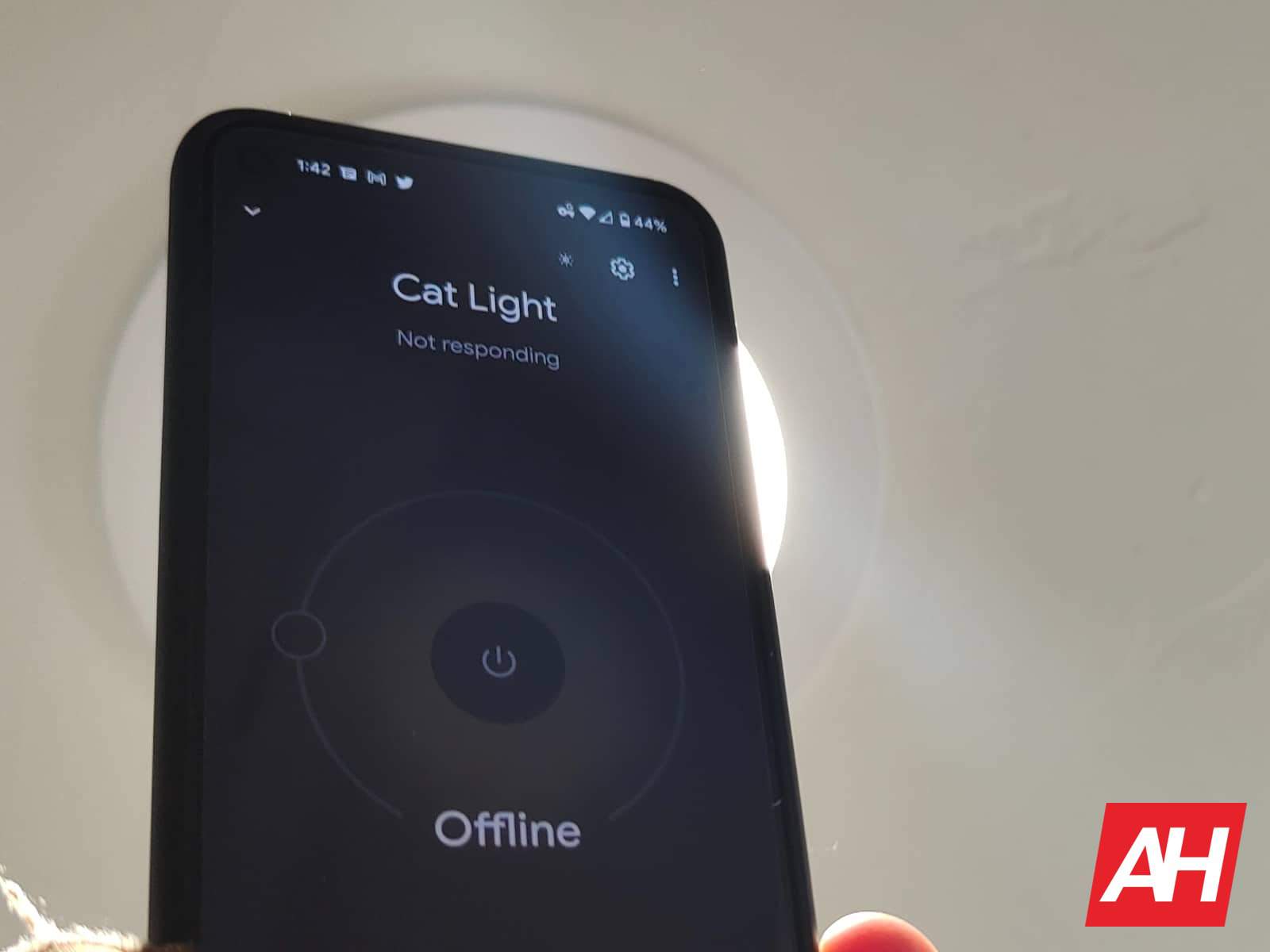
Source: ndroidheadlines.com
VMware Skyline Advisor Pro Proactive Findings – June 2023 Edition
Tweet VMware Skyline Advisor Pro releases new proactive Findings every month. Findings are prioritized by trending issues in VMware Technical Support, issues raised through post escalation review, security vulnerabilities, issues raised from VMware engineering, and nominated by customers. For the month of June, we released 38 new Findings. Of these, there are 35 Findings based … Continued
The post <strong>VMware Skyline Advisor Pro Proactive Findings – June 2023 Edition</strong> appeared first on VMware Support Insider.
{$inline_image}
Source: vmware
Galaxy A14 5G & F62 bag Samsung's June 2023 update
Samsung has released the June 2023 Android security patch to a couple more Galaxy devices. The latest security update is now rolling out to the Galaxy A14 5G and Galaxy F62 in some markets. The company has already seeded the June SMR (Security Maintenance Release) to most other eligible devices.
As of this writing, the June update for the Galaxy A14 5G is rolling out in a handful of Asian countries. According to SamMobile, which first reported this rollout, it’s available for users in Hong Kong, Malaysia, and Taiwan. The new firmware build number for this budget handset is A146PZHU3BWF1. Samsung’s official changelog states that the phone is picking up some system stability and reliability improvements along with this month’s security fixes.
Since the Galaxy A14 5G is only eligible for quarterly security updates, Samsung may or may not push the June SMR to the device globally. It could skip a few releases in some markets, including the US. But if you’re using this phone, you may navigate to Settings > Software update and tap on Download and install to check for new updates manually. You may also get a notification once the OTA (over the air) rollout hits your Galaxy A14 5G.
Samsung also sold a 4G-only Galaxy A14 in some markets. It has yet to pick up the June SMR anywhere. This didn’t launch in the US. Meanwhile, the India-only Galaxy F62 is now getting the latest security patch. It’s the same changelog for this mid-range phone as well. Users can look forward to an update with the firmware build number E625FDDU4CWF1. The Korean behemoth didn’t release the Galaxy F62 in other markets.
Galaxy devices get dozens of security fixes with the June update
The Galaxy A14 5G and Galaxy F62 are getting more than 60 vulnerability fixes with the June update. Samsung’s official update tracker states that it patched 11 Galaxy-specific security issues this month. The remaining 50-odd patches come from Google and concern various security flaws in Android OS and other partner components that make up its Android devices. At least three of those were critical fixes.
Samsung has already updated dozens of Galaxy devices to the June 2023 security patch. It will continue to push the new SMR to the remaining few eligible models over the next few days. We will keep you posted as and when more updates arrive. Meanwhile, you can follow the steps provided above (Settings > Software update > Download and install) to check if your Galaxy device has received a new update.
The post Galaxy A14 5G & F62 bag Samsung’s June 2023 update appeared first on Android Headlines.

Source: ndroidheadlines.com
The original Call of Duty: Warzone is getting the axe
Activision is officially shutting down the original Call of Duty: Warzone, the company has confirmed. It’s had a decent run, engaging players for a few years since it was launched in 2020 alongside the 2019 release of Call of Duty: Modern Warfare.
That version of the game, renamed to Call of Duty: Warzone Caldera after its last available map, has grown to be a fan-favorite after the launch of Warzone 2.0 in 2022. Which has received both positive and negative feedback from players. Initially when Modern Warfare II and Warzone 2.0 released, Activision said the original Warzone would remain playable. And so far it has. But nothing lasts forever, and it was unlikely that Activision would keep both versions running for years to come.
The decision to shut the game down will allow Activision’s dev teams to focus more on future content. “Including the current Warzone free-to-play experience,” the publisher says.
The original Warzone is shutting down in September
While the game is getting the axe it’s not going to be gone right away. Activision won’t take the game offline until September 21 according to its official statement.
That means you still have time to enjoy the content if you prefer it to Warzone 2.0. Activision also confirms that you’ll be able to continue using any purchased content in the games it was associated with. For example, if you purchased bundles or blueprints during the Modern Warfare 2019 era, you can use any of that content in Modern Warfare 2019. The same goes for any content purchased with Call of Duty: Black Ops Cold War, and Call of Duty: Vanguard.
You cannot however transfer that content to the new Warzone 2.0 experience. Activision already confirmed this a while back though, so it shouldn’t come as a surprise. If you still have unused CoD points, those will remain with your linked account on the platform where you picked them up. So if you bought some while playing on PlayStation and are playing the new game on PS5, you’ll still have access to those points as long as you use the same Activision account.
The post The original Call of Duty: Warzone is getting the axe appeared first on Android Headlines.

Source: ndroidheadlines.com
GeForce NOW adds Age of Empires III and more to the game lineup
NVIDIA is back with another GeForce NOW roundup of new games coming to the service today, which includes a new Age of Empires title. This also marks another week of NVIDIA and Microsoft’s partnership that results in Xbox games coming to GeForce NOW.
A partnership that’s only going to flourish further once the Game Pass games are added. For today’s additions though, there are ten new games being added to the library of titles you can stream. This is about average for the weekly GeForce NOW releases, as NVIDIA tends to spread out anywhere between 25 to 35 games over a whole month. Some weeks obviously have more games than others.
Just imagine if one of those games could be Diablo IV. A dream that may never come true.
GeForce NOW subscribers can stream Age of Empires III: Definitive Edition
It started with Gears 5, and the list continues to grow. The latest addition from Xbox being Age of Empires III: Definitive Edition. This is a Steam version release, so this is where you’ll need to own the game if you want to stream it.
The game features loads of historical battles that you can engage in either solo or through co-op play. The Definitive Edition has also been remastered with 4K UHD graphics. Which should look great on a GeForce NOW Ultimate membership. If strategy war games aren’t your thing, there’s 9 other games that might catch your eye.
This includes the newly release Aliens: Dark Descent. An action-adventure RTS from Focus Interactive that plays a lot like XCOM. Only it’s set in the Alien universe. Additionally this week ads Trepang2, Forever Skies, A.V.A. Global, Bloons TD 6, Conqueror’s Blade, Layers of Fear, Park Beyond, and Rainbow Six Extraction. All of these games are available via GeForce NOW today if you own them on their respective platforms.
The post GeForce NOW adds Age of Empires III and more to the game lineup appeared first on Android Headlines.

Source: ndroidheadlines.com
Best iPad to Buy in 2023
Apple has really bloated its iPad lineup in recent years. Making it tougher than ever to find the right iPad for you. But on the flip side, there’s an iPad at almost every price point now. So if you’re on a budget, there’s still a few options available for you.
These days, every iPad has been redesigned, and they also all sport USB-C. So the differences here mostly come down to the processor, slight changes in screen size, ProMotion or 120Hz, and that’s about it. For instance, the Pro iPads are able to do more because they have Mac-power chipsets inside, compared to the iPad Mini or regular iPad.
With that being said, let’s go over the best iPad you can buy in 2023.
Best iPad to Buy in 2023
Product name
Cost
Where to buy
iPad Air (5th Gen)
$599
Best Buy
iPad (1oth Gen)
$449
Target
iPad Pro 12.9
$1,049
Amazon
iPad Mini (6th Gen)
$499
Amazon
Best iPad for most people
iPad Air (5th Gen)
Price: $599
Where to buy: Best Buy
For the majority of people out there, the iPad Air is going to be the best iPad to buy. This model offers a lot of the features of the Pro, without the Pro price, and it’s also a bit lighter than the Pro. Making it easier to hold for hours on end. The only real downside to the Air is that it does start out at 64GB of storage. Though that is the same across all the iPads, except for the iPad Pro.
In the iPad Air, you’re getting an M1 chipset, so it’s pretty powerful and will continue to be for years to come. It comes in a variety of colors and also has a pretty good 12MP camera on the front for using with Facetime, Zoom and other apps.
Like the other iPads, except for the Pro’s, the Air does use Touch ID in the power button for authentication. So there’s no Face ID available here. The iPad Air does also work with the second-generation Apple Pencil.
iPad Air (5th Gen) – Best Buy
Best Cheap iPad
iPad (10th Gen)
Price: $449
Where to buy: Target
The iPad tenth generation is the best, cheap iPad that you can buy today. It is the cheapest, new iPad available. It’s not the best iPad, as it does have some interesting quirks, like the fact that it has a USB-C port, and still supports the original Apple Pencil which charges via Lightning. So you need a couple of dongles to use the Apple Pencil with this iPad.
At launch, there was a lot of anger for this iPad, because it got the much needed redesign, but it also jumped in price from $329 to $449. Really only making it $50 less than the iPad Air when it’s on sale, which is quite often now. And honestly, unless you get this iPad at a deep discount, you should spend the extra $50 on the iPad Air.
iPad (10th Generation) – Target
Best iPad for a laptop replacement
iPad Pro 12.9
Price: $1,049
Where to buy: Amazon
The iPad Pro 12.9 is the best of the best, in terms of iPads. And given its starting price, it should be. This is the 2022 model, which does have the upgraded M2 chipset – the same as the MacBook Air. Which gives it access to some features like Stage Manager. Apple also equipped it with WiFi 6E, giving you super fast WiFi speeds.
There’s two iPad Pro models, but the reason why we chose the 12.9-inch model is the display. Not only is it larger, but it is also a mini LED display, a lot like the new MacBook Pros with the M1 Pro and M1 Max chipset inside. It’s a stunning display, and it is definitely worth this price.
With Stage Manager and this 12.9-inch display, it gives you plenty of room for using multiple apps at the same time. But the size does make it a bit tougher to hold onto because it is about a pound and a half. But the iPad Pro can be a laptop replacement thanks to the Magic Keyboard. Which is a keyboard case that you can pick up and use for the iPad and basically have a full keyboard and trackpad for your iPad. I’ve used it on my iPad Air and absolutely love it.
iPad Pro 12.9 – Amazon
Best iPad for reading and travel
iPad Mini (6th Generation)
Price: $499
Where to buy: Amazon
When it comes to traveling, or reading while you’re traveling, you’ll want a small and lightweight iPad. That’s the iPad Mini. It’s one of the older iPads on this list actually, but it’s still a pretty good option. Because of that, it does have the Apple A15 Bionic chipset inside, it also comes with 64GB or 256GB of storage. Nice to see that Apple has mostly ditched the 128GB storage model.
The iPad Mini is basically a smaller iPad Air, which is not a bad thing. Though when you look at the pricing, it might be. It’s technically $100 less than the Air, but the Air is typically on sale for $499.
One of the good things about the iPad Mini is that it does come in a smaller size, around 8.3-inches. That makes it small enough to hold in one hand, and it doesn’t get hard to hold after a while. Definitely a good thing there. It’s great for reading books on, watching some movies and TV shows, and pilots love it for their flight plan. Because it is so small, so definitely a good buy.
iPad Mini (6th Generation) – Amazon
The post Best iPad to Buy in 2023 appeared first on Android Headlines.
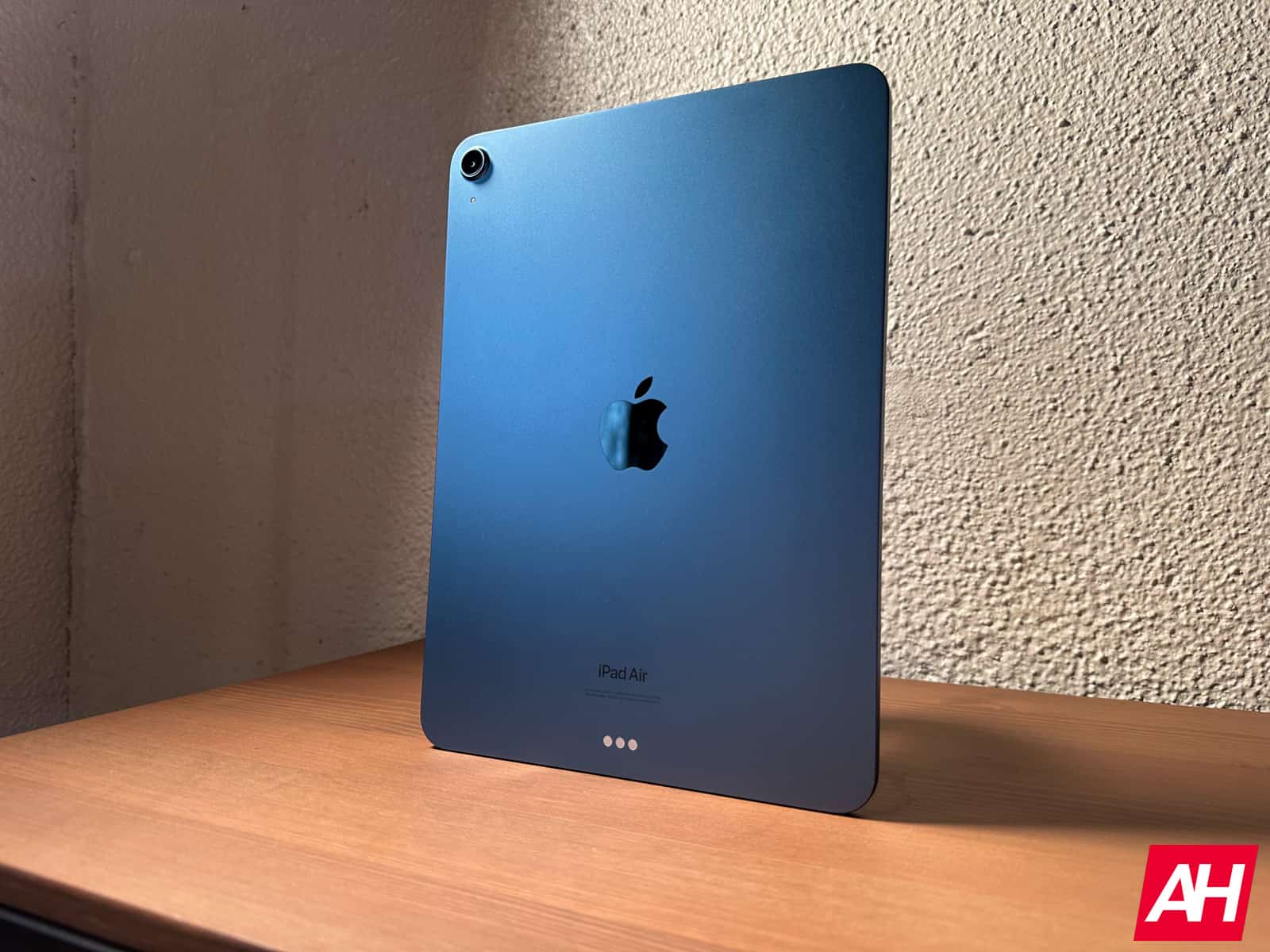
Source: ndroidheadlines.com
Digital activists and open movement leaders share their perspective with Open Future in new research report, “Shifting tides: the open movement at a turning point”
Open Future conducted a study to gain a better understanding of the current state of the open movement, as seen through the eyes of people actively involved in its endeavors and leading organizations within the movement. Open Future believes that a shared movement identity and a shared advocacy agenda can make the collective effort stronger. This study aimed to see whether this perspective is shared and whether it can form a basis for building a shared movement agenda for the decades to come.
With this study, Open Future was interested in identifying trends that transform the movement and understanding the challenges and needs of activists and organizations as these changes occur.
They also set out to understand how and whether the open movement can be perceived as a whole. There have been studies and reports focused on a single field of openness, such as Open Access or Open Data, but relatively few attempts to understand this broader activist space. This most recent study focused on a qualitative survey of open movement leaders.
The report, which you can read in its entirety here, can be summarized into sections:
Speaking with open movement leaders
Most interviewees reported learning of the open movement through participation in copyright reform activism and policy. Others were introduced through:
Open Source and Open Hardware activism
Open Knowledge, Open Access, Open Education, or Open Data activism
Community-building work
Their employers, entering the field with no previous activist background
Open Activism as a social movement
Open Future proposed the following working definition for the open movement:
The open movement consists of people, communities, and organizations who (1) contribute to shared resources online that are available for everyone to use and reuse, (2) and/or advocate for non-exclusive access and use of information resources.
However, although the research project began with the assumption that there is an open movement which can be defined and whose boundaries can be traced, the interviews found that there is little collective sense of such a movement. Moreso, there is a collective sense of the open movement as a loose network, tied together by value alignment.
The open movement, at a turning point as seen by its leaders
This section shows how the movement is shifting. Interviewees have been observing changes, and argue for further change. Open Future analyzed these shifts in four categories:
The people
The zeitgeist
The world
The sustainability of the open movement
The need for change
Factors both internal and external to the movement were identified in the study. Collectively, the following needs were revealed:
Need for new voices
Need for new narratives
Need for relevance
Need for maintenance
Ways forward
To address these needs, those interviewed resonated strongly with two ways forward:
A shared agenda
Advocacy as a driver for collective action
You can download a full copy of the report at this link: https://openfuture.eu/publication/shifting-tides/
You can provide feedback directly in the publication here or by writing to Alek Tarkowski at alek@openfuture.eu.
Images created by Open Future.
The post <span class=’p-name’>Digital activists and open movement leaders share their perspective with Open Future in new research report, “Shifting tides: the open movement at a turning point”</span> appeared first on Voices of Open Source.

Source: opensource.org
Xbox Game Pass and X Series X are getting price increases
Microsoft is going to increase the price of Xbox Game Pass and the Xbox Series X, according to a new report from The Verge.
The move to increase pricing for the Xbox Series X is to match the pricing of the PS5 in most markets. Sony implemented price increases on its PS5 last year, but only did so in certain markets. The US was not one of them, and Microsoft is following that path. Pricing for the Xbox Series X will stay the same in the US. It’ll also stay the same for consumers in Japan, Chile, Brazil, and Colombia.
Everywhere else, the console is going up. Europe for example will see the console price rise to €549.99 in most countries. Meanwhile the cost of the console in Australia will be going up to AUD $799.99. These price changes will happen on August 1. So there’s still time to get the console at a lower price in one of the regions where it’s going up, if you can find it. Microsoft hasn’t exactly had tons of stock since release.
Xbox Game Pass will get a price increase in most markets
Xbox Game Pass has stayed the same price ever since Microsoft launched the service. A pretty worthy accomplishment if you ask us. However, “times they are a changin.’” And the price of Game Pass seems to be changing with it. This shouldn’t come as a shock though as Xbox Head Phil Spencer confirmed pricing changes were coming at some point.
The good news is that the increase is only happening on console Game Pass and Game Pass Ultimate. So if you have PC Game Pass, you have nothing to worry about. For now at least, as Microsoft could increase the price later on.
For Xbox Game Pass Ultimate subscribers, the service will jump from $14.99 to $16.99 and Console Game Pass will jump from $9.99 to $10.99. These aren’t big increases. But that extra $1 or $2 every month does eventually add up. And for some that cost may not be viable. Microsoft isn’t changing the price of the service everywhere though. A few markets will have their pricing stay the same. This includes Norway, Chile, Denmark, Switzerland, and Saudi Arabia.
Price changes will begin on July 6 for new subscribers. Existing subscribers won’t see the price change until August 13, and September 13 in Germany. So enjoy your lower pricing while it lasts. Worth noting is that now might be a good time to renew your membership with a six-month or annual pass to lock in a lower price.
Xbox Game Pass for Console – 6-Month
Xbox Game Pass Ultimate – 3-Month
The post Xbox Game Pass and X Series X are getting price increases appeared first on Android Headlines.

Source: ndroidheadlines.com
Here's what Nintendo announced during its June 2023 Direct
It’s always a great day to be a gamer, but today is especially good to be a Nintendo fan. The company just held its latest Nintendo Direct where it announced some exciting games for the Switch. What was announced? What should you be excited about? Let’s dive in! Here are the top announcements during the June 2023 Nintendo Direct.
The showcase featured a full 40 minutes of announcements for the Nintendo Switch. Some of the games were surprises like a new Super Mario Bros. game (we’ll get to that later in the article). Other games are long-awaited titles (like the fourth installment to a certain adorable gaming franchise).
June 2023 Nintendo Direct rundown: Major announcements
Let’s start off with some of the headlining announcements. These are games that really stole the show and are sure to get the majority of the fans jumping to click the Pre-order button.
Pikmin 4
It’s been nearly 10 years since the last Pikmin game graced us, and we were all wondering when the next one was going to come. Well, Nintendo finally dropped the trailer for this Pikmin 4.
In this game, you’ll crash land on a strange new world (familiar, huh?) and meet the plant-like creatures called Pikmin. You’ll gather and use the Pikmin to perform tasks and solve puzzles. As you explore, you’ll find different pieces to repair your ship and eventually leave the planet.
New additions to the franchise include a new canine creature called Otchi who will be crucial to your journey. Also, for the first time, you’ll be able to explore at night.
Launch: July 21st, 2023.
Pokemon Scarlet/Violet Hidden Treasures of Area Zero
This is a new DLC pack released for Pokemon Scarlet and Violet. It’s called “Hidden Treasures of Area Zero”, and it involves two new adventures. The first one is called The Teal Mask, and it takes place during a festival in the countryside. On the opposite side of the coin, the second adventure, “The Indigo Disk” takes place in a futuristic academy.
Information on these paid DLC packs will come out in the future.
Launch: TBA
Super Mario RPG Remake
If you enjoyed Super Mario RPG back in the SNES days, then you’ll be excited about this upcoming title. This is a from-the-ground-up remake of the original game, so the graphics, animations, music, and everything else have been revamped for the Switch.
While this is a remake, it will still play faithful to the original installment. So, you’ll still embark on an adventure with turn-based combat and all of the original characters.
Launch: November 17th, 2023
Upcoming unnamed Peach game
During the presentation, the company showed off some footage of a new adventure surrounding Princess Peach. It looks like it takes place on a stage as if it’s all a play. She uses some light magic attacks and it seems that something special happens to her when she stands on a particular spot on the stage. It was only a teaser, so there’s not much information available.
Launch: Sometime next year
Super Mario Bros. Wonder
This is the next 2.5D Super Mario Bros. adventure. Just like the Super Mario Bros. games we’ve grown up with, you’ll be running through different levels with a plethora of different characters from the franchise.
As you play, you’ll pick up different powers that will have certain effects. Since this is a new game, the company is introducing some new items. Starting off with the Wonder Flower, this will open up a completely different version of the stage where a bunch of wild and crazy things happen. This is the headlining feature of this game.
Also, there’s a new mushroom that will turn Mario into an elephant. So, there’s that. Also, along the way, you’ll see different talking flowers.
Launch: October 10th, 2023
Here are the other exciting announcements
Now, let’s get into some more exciting announcements from the company.
Sonic Superstars
We’ve been talking about a lot of Mario stuff, but our boy Sonic isn’t exactly empty-handed. Nintendo announced that Sonic Superstars will be coming to the Nintendo Switch in the fall this year.
It’s an all-new adventure where you can play as either Sonic, Tails, Knuckles, or Amy. You’ll be racing through different beautiful worlds while discovering some new powers. Also, for the first time in the series, there’s four-person multiplayer.
Launch: Sometime this Fall
Persona 5 Tactics
Sonic Superstars wasn’t the only SEGA title announced. Those who love Persona will love the new turn-based spin-off of Persona 5. In this game, your team finds themselves in an unfamiliar world. There, they meet a person named Erina who’s fighting off an army that’s trying to invade that world.
Launch: November 17th, 2023 (Pre-orders start today)
Luigi’s Mansion Dark Moon remastered
The second installment in the Luigi’s Mansion series is going to be making its way to the Nintendo Switch. It will have improved visuals that will utilize the more powerful hardware.
Launch: Sometime next year
Detective Pikachu Returns
The popular game that spawned a popular movie is back. Detective Pikachu Returns takes you on a new adventure with your adorable Pikachu who loves coffee. More information will come out in the future.
Launch: TBA
Batman Arkham Trilogy
The smash-hit Batman Arkham series of games is now making its way to the Switch (well, most of them). This is a pack of three games: Batman: Arkham Asylum, Batman: Arkham City, and Batman: Arkham Knight. Batman: Arkham Origins is not part of this package, as it’s not a part of the trilogy. The games will involve all of the DLC, as well.
Launch: Sometime this Fall
Mario + Rabbids: The Last Spark Hunter
There’s a new DLC for Mario + Rabbids: Sparks Of Hope. In the DLC, your team of characters happens upon a musical planet. There, they’ll fight off new enemies and discover new wonders.
Launch: Available now
Vampire Survivor on Switch
The hit game Vampire Survivor is officially launching on the Nintendo Switch. This is a survivor game where you’re facing hordes of terrifying monsters. You’re tasked with surviving 30 rounds of increasing enemies. As you play, you’ll gather different items that will aid you in the battle. However, that might not be enough.
Launch: August 17th, 2023
Dragon Quest Monsters: The Dark Prince
This is a new game that puts a different spin on the Dragon Quest series. In this game, your character is cursed and unable to fight monsters. So, they need to become a monster wrangler. They’ll collect and fuse different monsters to use them in the battle against other monsters.
Launch: December 1st, 2023
Watch the event
There are more exciting announcements explained in the presentation. You can check out the rest of the announcements by watching the video below.
The post Here’s what Nintendo announced during its June 2023 Direct appeared first on Android Headlines.

Source: ndroidheadlines.com
WarioWare is as wonderfully weird as ever in the latest game
Nintendo held its latest Nintendo Direct livestream event this morning and there were a ton of announcements, including a new WarioWare game called ‘WarioWare: Move It!’ If you’ve never played a WarioWare game, it’s a compilation of micro games with weird and goofy tasks.
This is the way WarioWare games have always been and the series appears to be as wonderfully weird as ever. A path that Nintendo hopefully never deviates from with this particular franchise. Because it’s great. You can generally play these games with friends for even more fun, but they’re good to play solo too. Nintendo says the game will support co-op play or you can play with up to 4 people. Which makes for some interesting and downright funny party gaming. It’s not quite on the scale of Everybody 1-2 Switch! with its 100-player support. But enjoyable nonetheless if you have a few people over.
WarioWare: Move It! is coming out on November 3
We get it, you might want to play this game right now. That’s understandable. The excitement is probably building up as you read this. Sadly, you’ll have to wait a few months before you can dive into WarioWare: Move It! as Nintendo will release the game on November 3.
You can however pre-order it today for $49.99 if you feel so inclined. And should you want a taste of this style of gameplay, Everybody 1-2 Switch! comes out in just nine days and offers similar gameplay with tons of micro games.
The new WarioWare will have 200 micro games available, and just as before they rely on you reacting quickly to a series of movements specific to the game type. You’ll use the Joy-Con controllers in addition to your body movements to complete the tasks.
If you want to add a little weird (in a good way) to your Switch experience, grab this when it comes out later this year.
The post WarioWare is as wonderfully weird as ever in the latest game appeared first on Android Headlines.

Source: ndroidheadlines.com
OnePlus 11: Everything you need to know – Updated June 2023
On Tuesday, February 7, 2023, OnePlus announced the OnePlus 11. This is the latest and greatest flagship from OnePlus, and it does bring back HasselBlad and the Alert Slider. Which is a really great thing to see.
Unlike in previous years, there’s just one OnePlus 11 model. There’s no “pro” model this time around. So choosing which phone to buy is a lot easier. But here’s everything you need to know about the OnePlus 11.
OnePlus 11 specs
Here’s the specs of the OnePlus 11, and how it compares to the OnePlus 10 Pro and OnePlus 10T from last year. So you can see if it’s worth it to upgrade or not.
OnePlus 11
OnePlus 10T
OnePlus 10 Pro
Display
6.7-inch FHD+
Fluid AMOLED
Adaptive 120Hz
6.7-inch FHD+
Fluid AMOLED
Adaptive 120Hz
6.7-inch FHD+
LTPO Fluid2 AMOLED
Adaptive 120Hz
Processor
Snapdragon 8 Gen 2
Snapdragon 8+ Gen 1
Snapdragon 8 Gen 1
RAM
8GB/16GB
8GB/16GB
8GB/12GB
Storage
128GB/256GB
128GB/256GB
128GB/256GB
Battery Capacity
5000mAh
4800mAh
5000mAh
Charging Speeds
80W fast wired charging
150W (125W in North America) fast wired charging
No wireless charging
80W (65W North America) fast wired charging
50W wireless charging
Reverse wireless charging
Software
Android 13, OxygenOS 13
Android 12, OxygenOS 12.1
Android 12, OxygenOS 12
Rear Cameras
50MP wide
48MP ultrawide
32MP telephoto
50MP wide8MP ultrawide
2MP macro
50MP wide8MP telephoto48MP ultrawide
Front Camera
16MP
8MP
32MP
Dimensions
163.1 x 74.1 x 8.53mm
163 x 75.37 x 8.75mm
163 x 73.9 x 8.6mm
Weight
205g
203.5 grams
200.5 grams
Price
$699
$649
$799.99
Colors
Titan Black
Eternal Green
Moonstone Black
Jade Green
Volcanic Black
Forest Emerald
Available
Pre-order on Feb 7
Yes
Yes
How much does the OnePlus 11 cost?
The OnePlus 11 is one of the more affordable flagship smartphones that will launch in 2023. And it is actually launching at a cheaper price than the OnePlus 10 Pro did last year. Starting at just $699. That’s for the 8GB/128GB model, while the 16GB/256GB model is going to be $799.
The 8GB/128GB model will only be available in Titan Black, while the upgraded model will also come in Eternal Green.
This is a pretty competitive price for OnePlus here. Considering the competitors are closer to $800 for a smaller phone, like the new Galaxy S23 that was announced recently. And it’s even undercutting the Pixel 7 Pro.
Where can I buy the OnePlus 11?
Unfortunately, the OnePlus 11 isn’t going to be available from carriers. So you will need to buy it unlocked. Which is a good thing, it means that you can take it pretty much anywhere, and put it on any carrier.
You can buy it from Amazon, Best Buy and OnePlus.com. Pre-orders opened on February 7, with the open sales starting on February 16.
What carriers support the OnePlus 11?
Since none of the carriers are selling the OnePlus 11, you might be wondering what networks will support the OnePlus 11? Well, OnePlus has provided us with that list. Here’s all the networks that the OnePlus 11 will work on:
United States:
T-Mobile 5G
AT&T 5G
Verizon Wireless 5G
Visible Lagacy 5G
Visible VZW Core 5G
Mint Mobile 5G
Google Fi 5G
Ultra Mobile 5G
Simple Wireless 5G
Assurance Wireless 5G
Metro By T-Mobile 5G
Cricket 5G
Viaero 4G only
Altice 5G
Tracfone ATT 5G
Redpocket 5G
Airvoice5G
Puretalk 5G
Republic 5G
Boost Mobile 5G
Ztar (good2go mobile) 5G
Canada:
Bell Mobility 5G
Rogers Wireless 4G only
Telus Mobility 5G
Freedom Mobile 4G only
What colors does the OnePlus 11 come in?
The OnePlus 11 is available in two colors. That’s Titan Black and Eternal Green. The Titan Black is available in both the 8GB/128GB model and the 16GB/256GB models. While the Eternal Green color is limited to just the 16GB/256GB model.
The Titan Black color is a darker black, which has a sandstone look to it. It’s a matte finish, so it doesn’t pick up fingerprints as easily. While the Eternal Green is a semi-darker green, which is also a matte finish. But it’s not as textured as the Titan Black color.
What new features did OnePlus add?
OnePlus hasn’t added a lot of software features to the OnePlus 11, instead, a lot of the features are hardware based. This is because it is launching with OxygenOS 13 the same software that launched last year. So instead, we have some cool features like UFS 4.0 storage, WiFi 7 and even more software updates.
UFS 4.0
OnePlus has always been about the latest bleeding edge technology, and that’s what we’re getting here with the OnePlus 11. It’s sporting UFS 4.0 storage. But that is only on the 256GB model. This is going to improve the power efficiency, wider bandwidth and improved read and write speeds. Which is going to make the OnePlus 11 feel even faster than it actually is.
WiFi 7
OnePlus has also added WiFi 7 to the 11 this year. It’s not the first smartphone to do this, and likely not the last. This is all about future-proofing for OnePlus, since there are very few WiFi 7 devices out there. In fact, there are no WiFi 7 routers available yet. So you won’t be able to use this feature for a bit.
4 years of software updates
OnePlus is promising four years of software updates and 4-5 years of security updates. That’s a bit longer than it had previously promised. That’s definitely good to see. However, the problem here is that OnePlus is generally pretty late with software updates for new versions of Android. So hopefully they can get that ironed out. Still, the OnePlus 11 should see Android 17, which is impressive.
What cases are available?
As usual, OnePlus has a number of first-party cases available for the OnePlus 11. There’s not a lot of third-party ones available just yet. But they will be launching soon. Here’s what OnePlus has available for the 11.
Sandstone Bumper Case
This is OnePlus’ signature case. It’s the same sandstone texture that it used on the original OnePlus One all those years ago. It’s a really good bumper case for your OnePlus 11, that does also add a good amount of grip to the phone. So it’s less likely to fall out of your hands. This case is available for $24.99.
Sandstone bumper Case – OnePlus
Aramid Fiber Bumper Case
The Aramid Fiber Bumper Case is another popular one. It’s a carbon fiber case that is surprisingly thin, and protective. This one’s a bit more expensive, it’s coming in at $39.
Aramid Fiber Bumper Case – OnePlus
Should I buy the OnePlus 11?
The OnePlus 11 is a pretty amazing smartphone, and at its starting price of $699, it’s really hard to pass it up. It has all of the latest specs, along with an incredible camera, great battery life and a great gaming experience. Of course, we’d recommend getting the 16GB/256GB model, as it is going to be a lot more future-proof. And at $799, it’s still pretty impressive.
The post OnePlus 11: Everything you need to know – Updated June 2023 appeared first on Android Headlines.
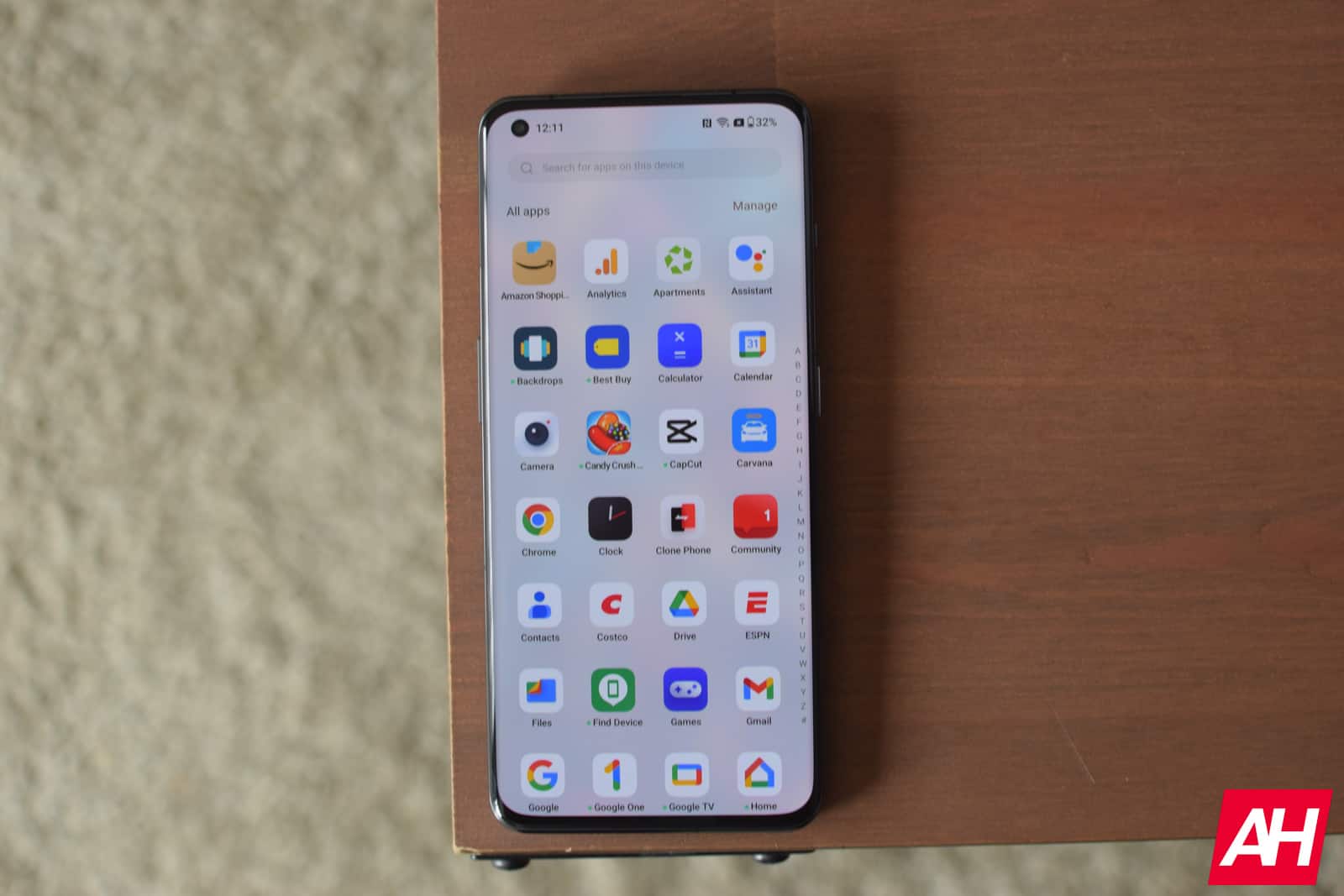
Source: ndroidheadlines.com
WhatsApp wants unknown callers out of your hair
Spam calls! Nobody likes them, and phone companies are doing what they can to minimize them. People using WhatsApp are also prone to receive a ton of annoying calls throughout the day, but Mark Zuckerberg just announced a solution (Android Central). WhatsApp will automatically silence unknown callers.
A lot of people use WhatsApp as their main mode of communication. It’s one of the most popular messaging platforms in the world, and it’s got a ton of features to make using it a treat. However, this means that users are liable to receive a ton of spam calls throughout the day.
WhatsApp will silence callers from unknown numbers
Spam calls get so bad that, if you get a call from an unknown number, it’s most likely to be a spam caller. This is a huge bother because no one wants their day interrupted by a call from someone who they don’t want to talk to.
So, WhatsApp now has a solution. This is a feature that’s been in testing for a little while, and it’s finally making its way to the public. This feature will automatically silence incoming calls from unknown numbers. This will keep those numbers out of your way.
When this feature is enabled, your phone won’t even ring when getting these calls and you won’t see them. It’ll be as though they never happened.
Now, this is something that could backfire, as you can imagine. Blocking all of the calls can mean that you’ll miss calls from genuine people who you want to talk to.
However, you’re able to check your call logs for a list of the calls that came in. If you feel like you missed an important call, or if you just want to check up on your logs, you can check them out.
In order to enable this feature, you’ll want to go to your Privacy settings and tap on the Calls button. When you do that, you’ll be taken to a page with one option at the top. Once you flip that toggle, you’ll be blocking all of the unknown callers.
The post WhatsApp wants unknown callers out of your hair appeared first on Android Headlines.
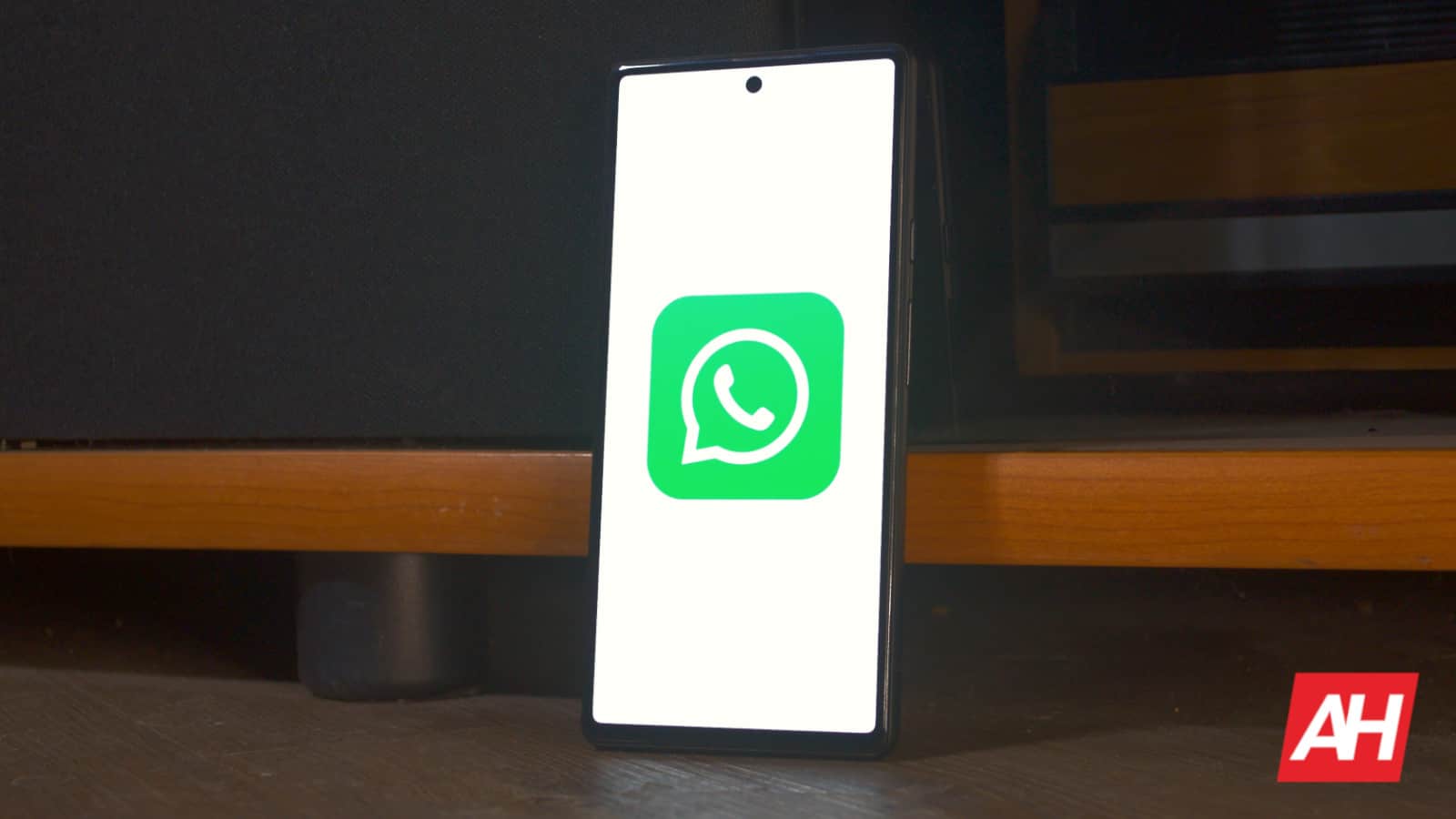
Source: ndroidheadlines.com
Google releases factory images for Pixel Tablet
Today, the Google Pixel Tablet became widely available, and now Google is releasing the factory images for the new tablet. The codename is ‘tangorpro’ and you can find them now on Google’s developer website. These factory images include Android 13 with the June 2023 security patch.
When you unbox your Google Pixel Tablet, you’ll notice that your tablet is running on TD2A.230203.028, and there should be an update out of the box, that takes you to TQ3A.230605.009.A1, that also brings the June security patch. This does also include the QPR3 update that came in June.
You can download the factory images here. You likely won’t ever need them, but still nice to see Google releasing them for when we might need them.
Why do I need a factory image?
You likely will never need the factory image for a device like the Pixel Tablet. Unless you plan on doing some tinkering and installing custom ROMs and such. A factory image will allow you to flash it onto your tablet and go back to the factory settings. Flashing a factory image will erase everything on your Pixel Tablet.
Google says that the Pixel Tablet will get guaranteed updates until June 2026, and another two years of security patches. So it should get updated to Android 16, and possibly Android 17 if Google is feeling generous. That’s not quite as good as some of the other Android OEMs out there – like Samsung, who promises even longer. But it’s better than it used to be.
Your Pixel Tablet dock will automatically update when needed, as long as your tablet is docked. Seeing as that’s how the dock gets an Internet connection, this makes loads of sense.
So there you have it, Google releasing the factory images on launch day. It doesn’t get much better than that, now does it.
The post Google releases factory images for Pixel Tablet appeared first on Android Headlines.
![]()
Source: ndroidheadlines.com
A new YouTube ad scam stole $250,000 from unwitting victims
No good deed goes unpunished; there’s a new scam on YouTube that’s swiping money from people just trying to do the right thing. According to Techradar, the scam takes the form of a YouTube ad, and it was able to make off with hundreds of thousands of dollars.
New YouTube ad scam fools thousands
This scam was discovered by the cybersecurity firm Avast, and it’s been spotted on both YouTube and Instagram. We have no word on the people who are behind this scam, but they claim to be part of an international organization.
The organization is called World Champions EU. This organization claims to be linked to the Israeli organization called Internal Championships. The folks at Avast tried to contact the organizers, but that proved fruitless. That’s a major red flag.
The bank associated with the organization is called Mizrachi-Tefachot, an Israeli bank. The banking details of a person named Alufei Olam were associated with this bank.
As for the scam itself, it shows a video of a young child who’s suffering from cancer and pleading for donations. The original video was in Russian, and it’s since been translated into English, Ukrainian, French, and Spanish. This means that it made its way to countries to swipe money from unwitting do-gooders.
Since sick kids can tug on some serious heartstrings, this “fundraiser” was able to raise an eye-watering $250,000+ over its run. That’s no joke, even though it was shy of its $800,000 goal.
Look out for scams like these
There are a lot of kids out in the world who are in need. However, there are also a lot of scammers out there who will use that to their advantage. If you come across a fundraiser on the internet, you’ll want to do your research. Look up the organization hosting the fundraiser before you send money.
If you notice anything suspicious, then you’ll want to pass it up. While it may be hard to pass on helping a child in need, you’ll want to make sure. The money you’re sending might not fund a kid’s operation, it might fund some scammer’s Tesla.
The post A new YouTube ad scam stole $250,000 from unwitting victims appeared first on Android Headlines.
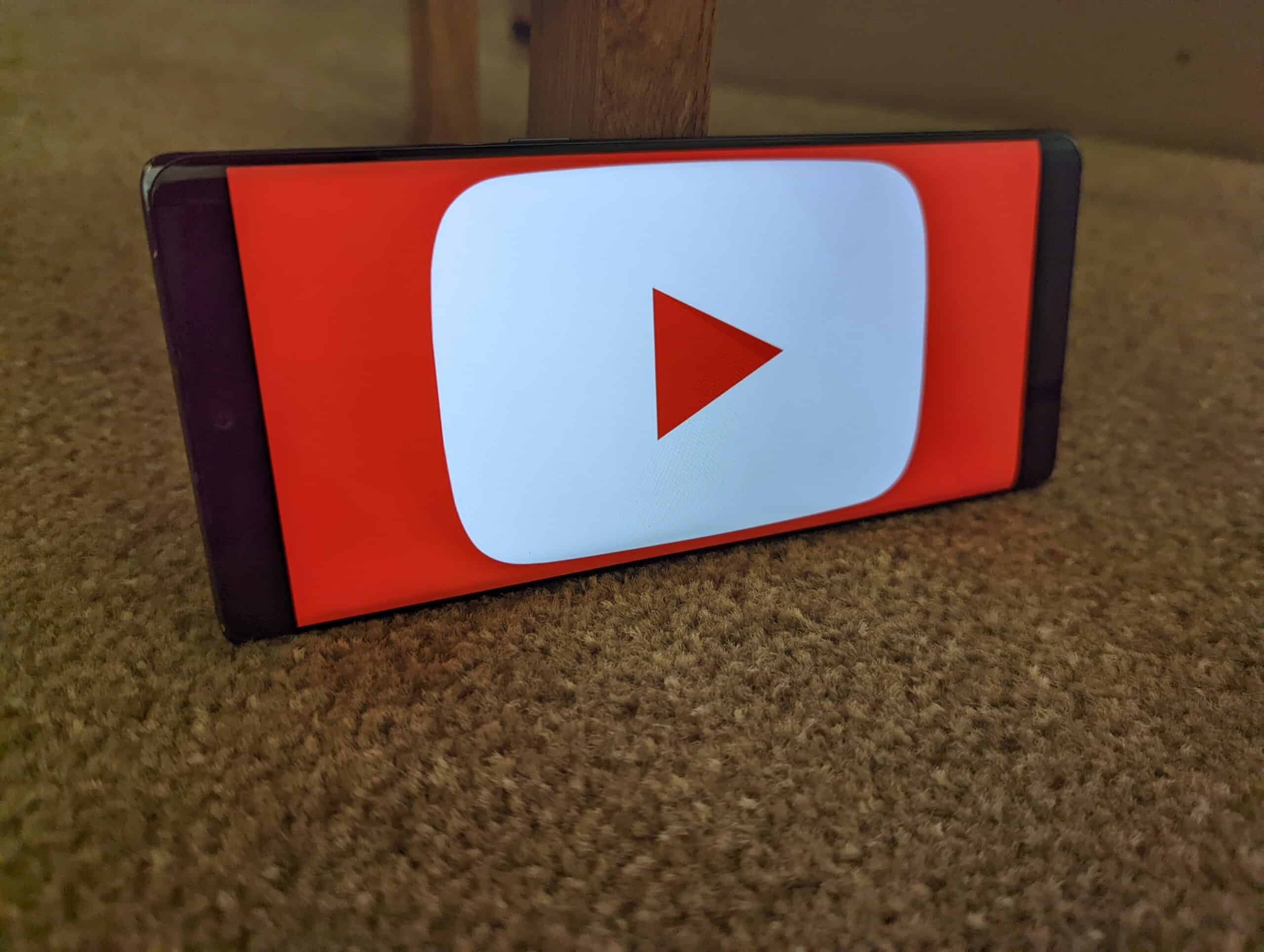
Source: ndroidheadlines.com
OSI calls for revision of disclosure rules in CRA
OSI is a co-signatory of an open letter sent this week to the European Parliament by European Digital Rights (EDRi) expressing concern that the Cyber Resilience Act (CRA) draft currently under consideration still includes mandatory requirements for vulnerability disclosure that violate best practices in Open Source software collaborations and are likely to actually undermine the security of digital products and the individuals who use them.
“OSI very much supports the intent of the CRA to make the use of technology safer for citizens, but has repeatedly observed that the Act was drafted without adequate consultation with Open Source projects and the charities that enable them,” said Simon Phipps, director of standards and EU policy at OSI. “We hope that even at this late stage the valuable guidance in this open letter will be integrated into the Act.”
The post <span class=’p-name’>OSI calls for revision of disclosure rules in CRA</span> appeared first on Voices of Open Source.

Source: opensource.org
Steam Next Fest 2023 offers hundreds of game demos
Steam Next Fest is finally back for 2023 and there’s a lot of content to consume during the event. A full week of free game demos to fill your time. Assuming you can step away from any of the amazing games that have released over the past few weeks.
Steam Next Fest will begins today, June 19, and will go until June 26 at 10am Pacific. The big draw is mostly free demos on hundreds of games across the platform. All the demos will be for upcoming game releases, giving players a chance to check out tiles that they may have had on their radar.
The week of celebration for upcoming games also serves as a means for discovering new titles that might be right up your alley. You can play the demos, then add the ones you like to your Steam wishlist. Which by the way is not just a great way to be notified when these games launch, but also when games go on sale. Some of the games are also officially supported on Steam Deck. Like Sea of Stars, an upcoming turn-based RPG with retro graphics inspired by the classics from early console days.
Steam Next Fest 2023 also features developer livestreams
The game demos are definitely the biggest part of Steam Next Fest. But there’s also developer livestreams to watch. These might provide some valuable insight into the games you’re looking forward to.
And Valve is making it easy to see when livestream events are happening so you can plan what to watch. On the Steam Next Fest page, both on the website and in the Steam client, there’s an entire section of the event dedicated to the broadcast schedule. Complete with dates and times for each stream and what it focuses on.
You can even set reminders so you don’t miss when the stream begins. With notifications going out to you either by email or through the Steam mobile app. If you haven’t popped into Steam today, now would be a good time to check in. As there’s tons of good content there already to dive into.
The post Steam Next Fest 2023 offers hundreds of game demos appeared first on Android Headlines.

Source: ndroidheadlines.com
The Google Home redesign has disappeared for some users
Not too long ago, Google pushed a new design to Google Home, and it made for a better user experience. However, some people are opening the app to see that the Google Home redesign has suddenly disappeared.
Google was testing this new UI with users via an early access program, and it just hit the public this May. So far, it’s been going well. The new design gives the app a look more consistent with the modern Google app look. This means that it employs the Material You design language. However, if you haven’t updated your app to the new design, then you might want to wait until the next update hits the app.
The Google Home redesign is disappearing for some users
This issue is affecting users across both Android and iOS. People are starting up the app to find that it had reverted back to the old design. This is a weird thing to happen, but so are all software bugs.
We’re not sure what the reason behind this is, but there are some common threads. For starters, this issue seems to be tied to the latest version of the app to land. Version 3.2 was just released last week, so the issue might be within the latest update. If you haven’t updated, you might want to skip this version.
For some reason, this issue might be tied to the data that the app saves on your device. According to 9To5Google, if you go into the app’s settings and clear the storage, it will go back to the new UI. However, it will eventually revert back to the older version after some time.
There may be an actual solution
One common thread we’re seeing among the reports is that most of the people experiencing this problem signed up for the early access program. This is the beta program that allows people to try out new features early.
Leaving the program seems to solve the problem absolutely. We’re not seeing reports of the app reverting back after leaving it. If you’re enrolled in the program, and you’re experiencing this issue, try leaving it. After you leave it, you might want to uninstall and reinstall the app. If you’re still having the issue, then you might want to wait for the next update.
The post The Google Home redesign has disappeared for some users appeared first on Android Headlines.
![]()
Source: ndroidheadlines.com
Absurd Ventures is a new studio from Rockstar Games co-founder
Rockstar Games co-founder Dan Houser has created a new game studio called Absurd Ventures, and it’s living up to its name. This past week the Absurd Ventures studio website came online, and along with it a duo of odd images that seemingly make no sense.
One asks the question “so you want to be an intimacy coordinator?” While the other simply says “the robots are depressed.” Strange, sure. But nowhere near the level of absurdity as the studio’s introduction trailer. Which feels like it sits somewhere between the weirdness of Stanley Kubrick’s ‘A Clockwork Orange’ and a mashup of MKUltra interrogation footage. In fact, the studio’s introduction video is precisely the same style of footage that the main character in A Clockwork Orange is forced to watch after being arrested and submitted for behavioral modification therapy.
That’s not to say there’s any sort of connection there at all. It just gives off a similar vibe. And likely is intended to be that way. The studio’s tagline “Storytelling. Philanthropy. Ultraviolence.” even potentially features a reference of sorts to the film. As the film’s main character often expresses that he enjoys “a little of the old ultraviolence.”
Absurd Ventures is more than just a game studio
Interestingly, the video doesn’t really say much about what the studio plans to do. But it does appear that Absurd Ventures has described its goals elsewhere. The Game Awards creator Geoff Keighley mentions a press release that lays out Absurd Ventures’ broad plans. Which include “building narrative worlds.” Additionally, the studio will focus on creating characters to fill these worlds and write stories for them to tell.
Absurd also says these creations will span a diverse variety of genres. But they also won’t be limited to just video games. Whatever the studio makes, it appears it will be tied to other mediums. Such as graphic novels, other interactive content, animation and live-action content, books, and even scripted podcasts. Most of these things can also briefly be seen on the Absurd Ventures website feed. Just under the large ‘Feed’ header, you can see the page cycling through the words “graphic novels, video games, television, animation, audio books, and moral degeneracy.”
Whatever Absurd Ventures is currently working on, Houser definitely seems to have a clear vision for it. Even if it might be absurd.
Rockstar Games co-founder Dan Houser has announced @AbsurdVentures
Per release, Absurd is “building narrative worlds, creating characters, and writing stories for a diverse variety of genres, without regard to medium, to be produced for live-action and animation; video games… pic.twitter.com/KTHP510SMq
— Geoff Keighley (@geoffkeighley) June 15, 2023
The post Absurd Ventures is a new studio from Rockstar Games co-founder appeared first on Android Headlines.

Source: ndroidheadlines.com
YouTube is expanding its 1080p Premium quality
A little while back, YouTube got a lot of flack for reportedly making 4K resolution a premium-exclusive perk. While the company has since rolled back that change, it’s still introducing a video quality setting only for premium subscribers. YouTube is expanding its 1080p premium video quality setting to Android TV and Google TV.
This doesn’t mean that YouTube is going to make the 1080p quality setting exclusive to premium subscribers. Instead, the company is going to offer a higher-quality version of 1080p with a higher bit rate.
YouTube is expanding its 1080p Premium quality to Google TV and Android TV
The news that YouTube’s testing this quality isn’t new. The company has been testing this video quality on iOS and on Apple TV. It didn’t get as much traction as the 4K debacle, and it seems to be more widely accepted.
According to 9To5Google, Google TV and Android TV users are seeing the new video quality option on their devices. Some of these users posted screenshots of the new option. Instead of replacing the regular 1080p options, it will sit right above it.
One example shows the option on a TV, and the other one is, allegedly, from a Motorola smartphone. This points to this feature nearing an official release.
At this point, we don’t know just when the company is going to release this feature to the public. In any case, we know that it’s going to be much better received than locking the 4K quality behind the paywall. That caused a ton of YouTube watchers to become upset.
We’re familiar with YouTube bringing certain premium features and putting them behind the paywall, but 4K video quality is something that people have had access to for a long time. Reaching in and taking away a feature that we’ve been freely enjoying wasn’t going to go over well.
The post YouTube is expanding its 1080p Premium quality appeared first on Android Headlines.

Source: ndroidheadlines.com
Google warned its staff about using AI chatbots
Google staff should be more cautious when using AI chatbots, including the company’s tool Bard. The tech giant has issued a warning to Google staff to warn them about sharing business data with AI chatbots.
Using AI-driven chatbots is booming among users. However, even the employees sometimes use these tools to gather information about a topic or solve a glitch. The problem is employees might share confidential company data with a chatbot. As you might know, data shared with a chatbot remains in the chatbot servers and will be used to enrich the database.
It was reported in early April that ChatGPT leaked Samsung semiconductor information after the company’s employees shared source codes with the tool. At the time, Samsung applied precautionary measures to prevent similar incidents in the future. Now, Google is taking the same path by asking employees not to enter confidential materials into AI chatbots.
Google employees should not enter confidential data into AI chatbots
The tech giant is also asking engineers and programmers not to use the codes generated by AI chatbots. Google noted that it prefers to stay transparent about its products’ limitations while knowing Bard can make undesired code suggestions.
“Don’t include confidential or sensitive information in your Bard conversations,” Google noted in its updated privacy notice.
Google Bard is yet an “experimental” product for the company that aims to expand to more markets in the coming years. Bard could soon be available in 180 countries and 40 languages.
Unsurprisingly, the European watchdogs have recently asked Google to explain Bard’s impact on privacy before an official launch in the continent. The company met with Ireland’s Data Protection Commission to discuss the topic.
Google’s rivalry with Microsoft in the search market is becoming increasingly sensitive for the company. Relying on ChatGPT and OpenAI initiatives, Microsoft is turning Bing into a stubborn rival for Google Search. In the coming years, traditional search engines might be wiped out complementary and replaced by an AI chatbot.
The post Google warned its staff about using AI chatbots appeared first on Android Headlines.

Source: ndroidheadlines.com
New parent-managed accounts for Meta Quest lower the minimum age
Meta is lowering the minimum age for users to access and engage with Quest content on the company’s popular VR headsets. In a blog post outlined on the company’s website, Meta says it’s going to be launching new parent-managed accounts for the Meta Quest platform.
These new parent-managed accounts would be set up by parents for children between the ages of 10 and 12. The minimum age for Meta Quest accounts was previously 13. According to the blog post, these changes will be pushed out later this year. Parent-managed accounts will also be supported on both Quest 2 and Quest 3 headsets.
For children under the age of 13, use of the hardware will require a parent’s approval. This will allow parents to manage the apps that their kids engage with, Meta says.
The new minimum age will allow Meta to recommend appropriate Quest apps
Meta’s new minimum age limit will be a multifaceted change for families. Parents with kids under the age of the 13 can share their kid’s age with Meta during the account creation process.
In doing so, Meta says this can help the company provide age-appropriate experiences. “When parents share their preteen’s age with us, we’ll use this information to provide age-appropriate experiences across our app store. For example, we’ll only recommend age-appropriate apps.”
The new changes are a step towards helping parents ensure kids aren’t consuming content they don’t want them to. With parent-managed accounts, parents have the final say. But by sharing the age, kids within the minimum age range shouldn’t end up seeing app content that isn’t appropriate for them in the first place.
Providing parents with another barrier between their kids and that kind of content. Meta says these changes will allow families more ways to use and enjoy Meta Quest.
Parents can block access at any time
In addition to the approval for account creation, Meta says parents also have control over app access. With the ability to block access to content at any time on a parent-managed account.
There will be parental controls for setting time limits for usage too. With the ability to lay out set schedules for access time. In addition, the controls will include a VR casting feature that lets parents see what their kids are seeing on the headset. This feature would allow parents to cast the content to a phone or TV screen.
The post New parent-managed accounts for Meta Quest lower the minimum age appeared first on Android Headlines.

Source: ndroidheadlines.com
Twitter furthers plans to add commerce features
Twitter appears to be gearing up for adding digital payment transfers to its app, according to a recent report from Reuters. This would be another source of revenue for the company in addition to its growing focus on advertisements in the past few months. As well as its Twitter Blue subscription.
Commerce is just one potential new way for Twitter to bring in cash. The company also looks to be ramping up its push for more video content. Vertical video now accounts for 10% of the time people spend on Twitter. With the app‘s hundreds of millions of users, 10% could be a sizeable chunk of revenue if used for ad placement.
Musk also believes video content growth could be an avenue for securing sponsorships for the platform through creators. Similar to the way YouTube and Twitch content creators get sponsorships from brands to plug their products. The details about Twitter’s new revenue plans were recently presented to investors, Reuters says.
Musk furthers plans for Twitter to offer digital payment transfers
It’s not clear right now if this is something that will ever come to fruition. But Musk has been open about wanting Twitter to offer payment transfer features for months now. Back in the beginning of this year Musk stated his vision for allowing users to both buy products on Twitter and send money to each other.
Now it looks like the company is taking the next step to further those plans. Reuters notes that Twitter has now applied for “money transmitter licenses” in all 50 states. If those licenses get approved, then it would certainly open some doors. Twitter could become more than just a social media app. It could also essentially become a peer-to-peer payments platform.
It’s unclear when those applications were made. Or if they’re poised to gain regulatory approval. But the action showcases Musk, and Twitter, are absolutely serious about bringing these features to users.
The post Twitter furthers plans to add commerce features appeared first on Android Headlines.

Source: ndroidheadlines.com
YouTube Music web platform gets improved UI redesign
If you frequently use the YouTube Music web platform, then you should expect some changes. These changes focus on improving how the web platform looks in terms of its design. This redesigned platform is now gradually rolling out to users around the globe.
Considering that this redesign is happening to the YouTube Music web platform, users will not need to install an update. The redesign will happen automatically and become available to users of the music streaming web service. One of the major benefits of this redesign is that it makes playlists more accessible to users.
With the previous design, accessing a playlist was done through the “Library” button on the app bar. This bar sits at the top of the interface and houses the YouTube Music logo as well as other buttons. The update now makes it possible for users to access their playlists faster, whilst making the design look a bit cleaner.
The new YouTube Music web platform redesign harmonizes with the YouTube web platform
Another notable aspect of this redesign is the fact that it harmonizes YouTube Music and the YouTube web platforms. The navigation tab is now moving from the top of the screen to the left-hand side. This now leaves only the YouTube Music logo, search tab, cast button, and the user’s account icon at the top of the screen.
Now, on the left-hand side of the screen, you will find the Home, Explore, and Library options. Above these three options is a sandwich button that rolls out other options when selected. Having a look at the YouTube web platform, you’d find a similar design approach.
By tapping on the sandwich button you will reveal a list of your playlists and songs you recently played. You can also pin some of these playlists or songs to the top of the list for easy access when next you are using the web streaming platform. To play songs from the playlist, users can simply hover their mouse cursor over the song or playlist to reveal a play button.
With this, there will be little or no need to open the entire playlist before you can play songs in it. This is a very convenient approach to accessing songs in your library or playlist. If you also listen to podcasts, YouTube Music is also offering you access to new episodes from the sandwich menu.
You can as well create a new playlist directly from this menu with the “New playlist” button right above the list of songs, playlists, and podcasts. This new redesign is impressive and will change how users interact with the music streaming web platform. Asides from the outlined design changes, the web platform remains the same.
The post YouTube Music web platform gets improved UI redesign appeared first on Android Headlines.

Source: ndroidheadlines.com
Don't miss your chance to try Exoprimal before its July 14 launch
If you’re looking for a new game to play this weekend, Capcom‘s soon to be latest entry, Exoprimal, just started its second open beta test today. This means you have another shot at checking the game out before its release on July 14.
That’s just under a month away. So if prefer to go into your new games blind, you don’t have a long wait here. But allow me to suggest one good reason to give the open beta some of your time. You’ll have a better idea of whether or not you should buy it.
If you’ve already pre-ordered, then you could always cancel. And if you haven’t pre-ordered but were planning to pick it up, the beta gives you a good chance to see what the game is like. Maybe you buy the game and end up getting very little enjoyment out of it. By trying the beta, you’ll likely know whether or not you want to continue playing once the game releases next month.
That being said, it’s also important to keep a couple of things in mind. Betas can be buggy. So you may not want to base your decision to buy on how the game performs during a beta test. As these things may very well be fixed before or shortly after release. Beta tests also don’t usually give you the full scope of the game. Meaning there is likely to be a lot of content that isn’t available to play during the test. This is by design. But if the game looks fun to you, then you should check out the beta to see if you like it.
The Exoprimal second open beta ends June 18
You’ll have just a few days to play the game before it comes out next month. Capcom says players will get part of the experience of the story. So you can check out the campaign and see how it suits you.
There’s also a 10-player online co-op mode called ‘Dino Survival’ that will be in the test. If you have friends who might want to play, let them know the beta is live. Although the game will have matchmaking too. Capcom also says there’s new content that wasn’t in the last test. Even if you did participate in the first open test, you may want to pop in and see what’s been added.
Exoprimal will launch on July 14 for PC via Steam and Windows, PS4, PS5, Xbox One, and Xbox Series X|S. The open beta is also available on all these platforms, and there’s support for cross-platform matchmaking. If you want to check out the beta, you can find it on the PlayStation Store, on Steam, and the Microsoft Store via the buttons below. You can also view the latest trailer for it here.
PlayStation Store
Microsoft Store
Steam
The post Don’t miss your chance to try Exoprimal before its July 14 launch appeared first on Android Headlines.

Source: ndroidheadlines.com
One of Black Desert's biggest PC expansions is coming to mobile
Black Desert Mobile is still going strong even after quite a few years, and it’s poised to get one of its biggest expansions to date with Everfrost.
Everfrost is the mobile adaption of the Mountain of Eternal Winter expansion for Black Desert on the PC. Which is one of that version of the game’s biggest expansions as well. Like that version, Everfrost will feature a new region and tons of other new content. Including a new class called the Guardian which wields an utterly massive battle axe and battle shield.
The Guardian class specializes in up close melee attacks with heavy-hitting power and strong defense. Making it a perfect role for someone who likes to play a more tanky character. Yet still dish out damage for an all-around powerful playstyle. The class of course is just one of the pieces of new content coming to the game. And by all accounts, probably the smallest portion of it. The real meat on the bone will be the new region and all there is to explore there.
The expansion won’t be live officially until June 27, and it’ll be available for Android and iOS players. However, players can get a sneak peak at the new region.
Black Desert Mobile players can explore Everfrost early
The new expansion may be a couple of weeks away, but there is a way you can take a look at things early. There will be an event happening until June 26 that enables this. Starting June 16, players can take part in the Eversnow Valley event, where they can travel to Eversnow Valley and explore the region for 20 minutes. There are some requirements though.
You’ll need to have at least one character above level 70 or a character whose power level is higher than 5,000. If you meet either of those requirements, you can participate in the event. There’s more incentive to doing the event than just exploring early too.
If you go to Eversnow Valley and defeat monsters, there’s a chance to earn rewards. If you missed them, check out both Black Desert Mobile trailers relating to this expansion below.
The post One of Black Desert’s biggest PC expansions is coming to mobile appeared first on Android Headlines.

Source: ndroidheadlines.com
Galaxy S21 series gets Samsung's June 2023 update in the US
Samsung has released the June 2023 security update for the Galaxy S21 series in the US. The update is available for both carrier-locked and unlocked units of the 2021 flagship trio. International versions of the phones picked up the June SMR (Security Maintenance Release) a couple of days back.
The latest security patch for the Galaxy S21, Galaxy S21+, and Galaxy S21 Ultra comes with the firmware build numbers G99*USQS7EWF1 (carrier-locked) and G99*U1UES7EWE1 (unlocked) in the US. The update is widely available for users on pretty much every carrier network. Samsung should soon cover the remaining few networks (if any) as well.
The official changelog supplied by the Korean firm for this Galaxy S21 update only mentions this month’s security fixes. And that’s probably it. Don’t expect any major user-facing changes or new features here. The latest firmware release for these phones is all about the new security patches, which are plenty in numbers (more on that later).
As said earlier, Samsung has already released the June SMR for the Galaxy S21 series in international markets. But the rollout doesn’t seem to have expanded beyond Europe. Users in Europe are getting some device stability and reliability improvements along with the new security fixes. Those are nothing but some software optimizations.
Samsung has also rolled out the June SMR to the Galaxy S21 FE in the US and some international markets. But it’s only available for factory-unlocked units stateside. The company should soon cover the remaining units globally. This phone isn’t getting any additional goodies, either. The update only brings this month’s security fixes.
Samsung’s June update for the Galaxy S21 series patches dozens of vulnerabilities
The June SMR for Galaxy devices contains fixes for more than 60 vulnerabilities. Samsung’s official security bulletin states that 11 of those are Galaxy-specific issues, while the other 50 patches concern Android OS issues. As you might expect, not all 60-odd vulnerabilities exist in every model, but every Galaxy device is affected by a few of them. Google says that at least three Android OS issues patched this month were critical.
If you’re using a Galaxy S21, Galaxy S21+, Galaxy S21 Ultra, or Galaxy S21 FE, these security fixes are coming your way. Watch out for a notification about the OTA (over-the-air) rollout and install the new update as soon as you can. Samsung lets you manually check for updates from the Software update menu of your Galaxy phone’s Settings app.
The post Galaxy S21 series gets Samsung’s June 2023 update in the US appeared first on Android Headlines.
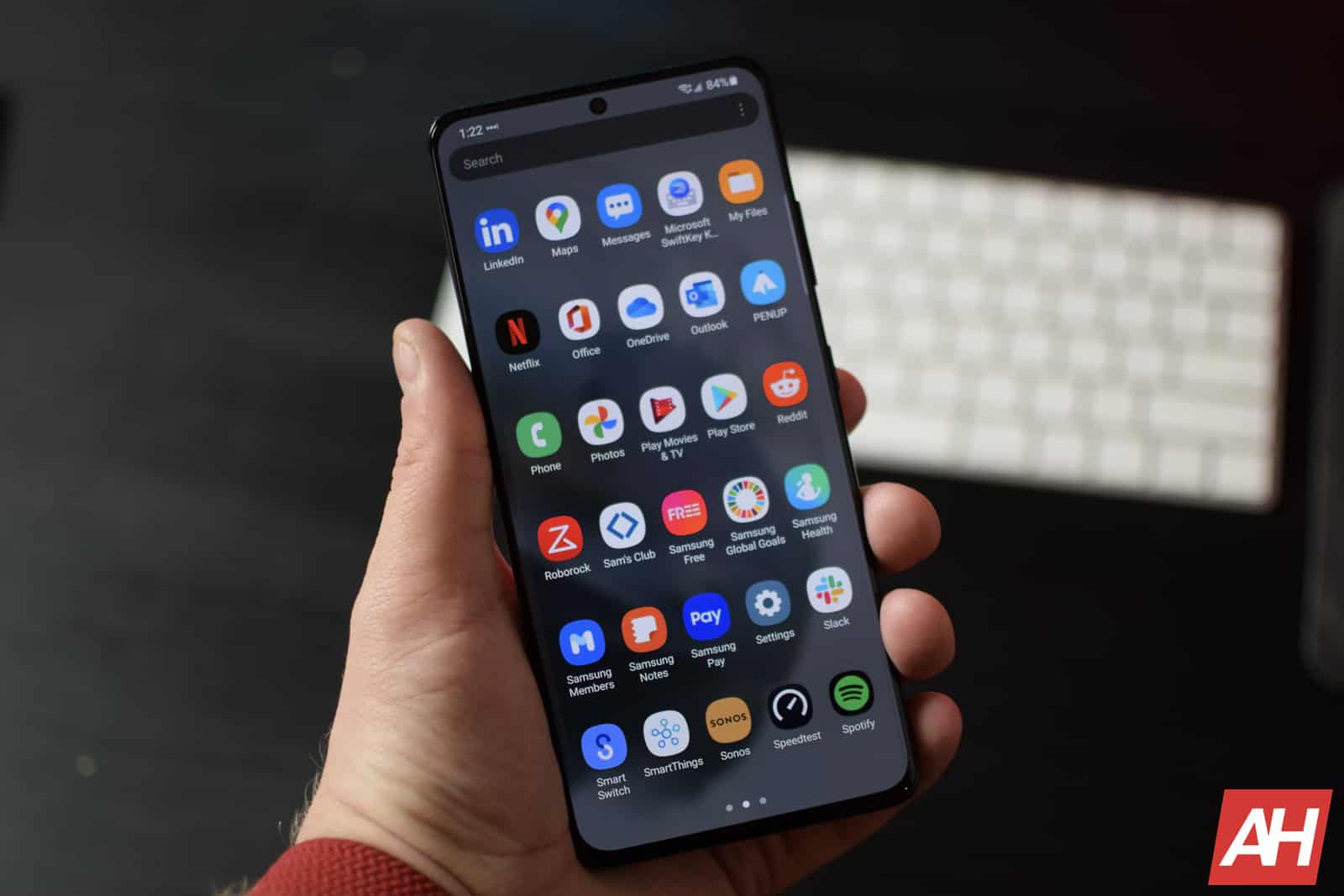
Source: ndroidheadlines.com
Google kills off Google Domains, sells it to Squarespace
Many sites on the internet are using a domain from Google Domains. For almost 10 years, the company has been providing domains for people looking to start their websites. However, this is a Google product, which means that early termination was inevitable. Google Domains is being killed off, and its assets are being sold to Squarespace.
You should be familiar with Squarespace. It’s one of the most popular site-building platforms on the internet, and it has a very modern and intuitive interface. A bunch of sites are built using Squarespace, and it provides you with a ton of features to make your website exactly what you’ve been dreaming of.
You can check out the pricing here. Just know that the first prices you see when you enter the website will be for the annual packages. Flip the toggle on top of the UI to see the monthly prices.
Google Domains was purchased by Squarespace
As of the writing of this article, this transaction is still technically awaiting government approval. So, there’s still a slim chance that this won’t happen. However, we’re pretty confident that it will go through.
As noted by Android Police, this course of action is preferable compared to an outright shutdown. This would leave millions of website owners without a domain for their websites. That, in turn, would most likely lead to a massive lawsuit.
Instead of doing that, the company decided to sell off Google Domains’ assets to Squarespace. This will, most likely, entail a massive rebranding of the service and major changes for the people currently using them.
In any case, it will be a plus for people setting up their websites with Squarespace. They will have access to a domain service right from the site.
What about the changes?
The major question is “What is Squarespace going to change?”. Well, this is where things get a little dicey. We didn’t get any information on what will change from Squarespace.
However, the site builder did mention that for current customers, the pricing will not change for a full year after the acquisition goes through. This most likely means that their very next renewal will still be the same price as what they signed up with. However, after that, they can most likely expect a new price.
As for potential customers, we don’t know what kind of pricing they’ll be looking at. We’ll have to wait and see what the company plans on doing with the remnants of Google Domains.
The post Google kills off Google Domains, sells it to Squarespace appeared first on Android Headlines.

Source: ndroidheadlines.com
TAG Heuer's Golden Bright Connected watch brings the glam
TAG Heuer is a watch brand that many already associate with luxury, but the Golden Bright edition Connected smartwatch takes things up to another level. Adding a layer of glitz and glam that might just be your style.
Over the past few years TAG Heuer has released various models of the Connected smartwatch. With little updates here and there, all running on Wear OS. This latest model comes in two different configurations – the Golden Bright and the Bright Black. These are both new styles of the Connected Calibre E4. There are some similarities between the two when it comes to design. The most obvious being that there is lots of black and gold on both watches. Both also come with a black strap. This is where things start to deviate though.
The Bright Black comes with a black watch case while the Golden Bright watch case is gold. As one would probably suspect with those names. The Golden Bright also has a smaller form factor, as it’s a 42mm watch compared to the Bright Black which is 45mm.
The TAG Heuer Golden Bright and Bright Black have exclusive watch faces
Aside from the style, these new watches are the same as the prior most recent Connected that came out. It runs on Wear OS 3, features a Snapdragon Wear 4100+ from Qualcomm, and AMOLED displays with battery life that can last for up to a day.
They also come with exclusive watch faces though. Which you’ll only find on these two styles. So that might be the hook for picking these up if you’re in the market for a smartwatch upgrade. That being said, as with all TAG Heuer watches, smartwatches included, these come with a high price tag. If that doesn’t turn you away, the TAG Heuer Connected Cailbre E4 in Bright Black can be yours for $2,750 while the Golden Bright can be yours for $2,300. If that’s a little more than you’d prefer to spend, there are plenty of much less expensive options on our Best Smartwatches guide.
TAG Heuer Connected Calibre E4 – Bright Black
TAG Heuer Connected Calibre E4 – Golden Bright
The post TAG Heuer’s Golden Bright Connected watch brings the glam appeared first on Android Headlines.

Source: ndroidheadlines.com
New KB articles about licensing and product upgrades, created in May 2023.
In our latest blog post, we provide important updates on VMware licensing and portfolio changes. We delve into vSphere for Desktop licensing, specifically focusing on its significance for VMware Horizon and Citrix customers across versions 5.5, 6.x, 7.x, and 8.x. Additionally, we discuss the process of redeeming credits in the Hybrid Purchasing Program (HPP) and announce the end of availability for certain VMware vCloud Suite Subscription and vSAN+ add-on SKUs. We also introduce the new VMware Cloud Packs as upgrade or replacement options. Stay informed about these updates to effectively navigate VMware’s evolving landscape and make informed decisions about your virtual infrastructure.
The post New KB articles about licensing and product upgrades, created in May 2023. appeared first on VMware Support Insider.
{$inline_image}
Source: vmware
Here's a better look at all six Porsche Xbox Series X consoles
Last week during the Summer Games Fest event, Porsche and Microsoft announced a collaboration to create some unique, limited edition Xbox Series X consoles. The two companies were creating these special consoles to celebrate Porsche’s 75th anniversary.
As noted in the original announcement, there are six unique designs, and each design will only be available on a single console. You can enter to win one of these if you love both brands. And because each of the six designs is limited to one unit, that means whoever wins one will have the only Xbox of its kind. That’s a pretty cool flex.
In last week’s announcement you did get a brief glimpse at all the designs. But only one was highly visible. Today Microsoft has shown these off in much better detail. You can see each of the designs individually with their matching consoles. Microsoft says it will unveil these six Porsche Xbox consoles in partnership with Porsche at auto and gaming events across the globe starting this Summer. Where attendees will get to see them in person.
Each of the six Xbox consoles is designed after a specific Porsche look
Over the years Porsche has created some iconic designs for its race cars. And that’s where these Xbox designs get their style. Each of the six is themed after one of those six iconic designs.
There’s the 75th anniversary look, which is the one that was most visible during the announcement. But there’s also a design themed after Porsche’s Salzburg and “Hippie” looks from 1970. As well as the “Pink Pig” from 1971, the Porsche Racing Edition from 1978, and the 911 GT1 from 1998.
If you like any of the six designs and haven’t yet entered, you have some time. Microsoft confirms that fans can enter the contest over the next four months. That being said, there’s no reason to wait long. You might as well do it once you have some time to spare.
The post Here’s a better look at all six Porsche Xbox Series X consoles appeared first on Android Headlines.

Source: ndroidheadlines.com
GeForce NOW is getting the Xbox Game Pass catalog
GeForce NOW and Xbox Game Pass are becoming fast friends. NVIDIA and Xbox have announced today that the Xbox Game Pass catalog of PC games will be available on GeForce NOW in the near future.
Last month, NVIDIA announced that the first of many Xbox games were coming to GeForce NOW. The first title was Gears 5, with a promise that more titles were on the way. And when NVIDIA says more are on the way, it really does mean more. A lot more.
For GeForce NOW subscribers, this is a pretty big deal. As it gives them more titles to play. For Xbox Game Pass subscribers, there’s now a reason to also subscribe to GeForce NOW. Because GeForce NOW offers better performance. And through this partnership, Xbox Game Pass games on PC will be able to run at higher spec through the Ultimate membership, which uses an RTX 4080 GPU.
GeForce NOW will not get the “entire” Xbox Game Pass catalog
While it’s a nice thought, Microsoft isn’t giving away the farm here. There will be “select titles” from the PC catalog that subscribers will be able to stream using GeForce NOW.
That might sound like less of a good deal, but don’t write it off. There’s still likely to be a pretty decent number of available titles. And since these come from Xbox Game Pass, these aren’t games you actually have to own if you subscribe to both services. As of now there’s no mention of when the integration arrives. The official word is to “look for further updates about this integration in the coming months.” So it sounds like there’s still a few months to go.
Outside of the Game Pass catalog, NVIDIA is adding two games to GeForce NOW this week. This includes Dordogne, which is a new release on Steam as of June 13, and Age of Empires IV: Anniversary Edition.
The post GeForce NOW is getting the Xbox Game Pass catalog appeared first on Android Headlines.
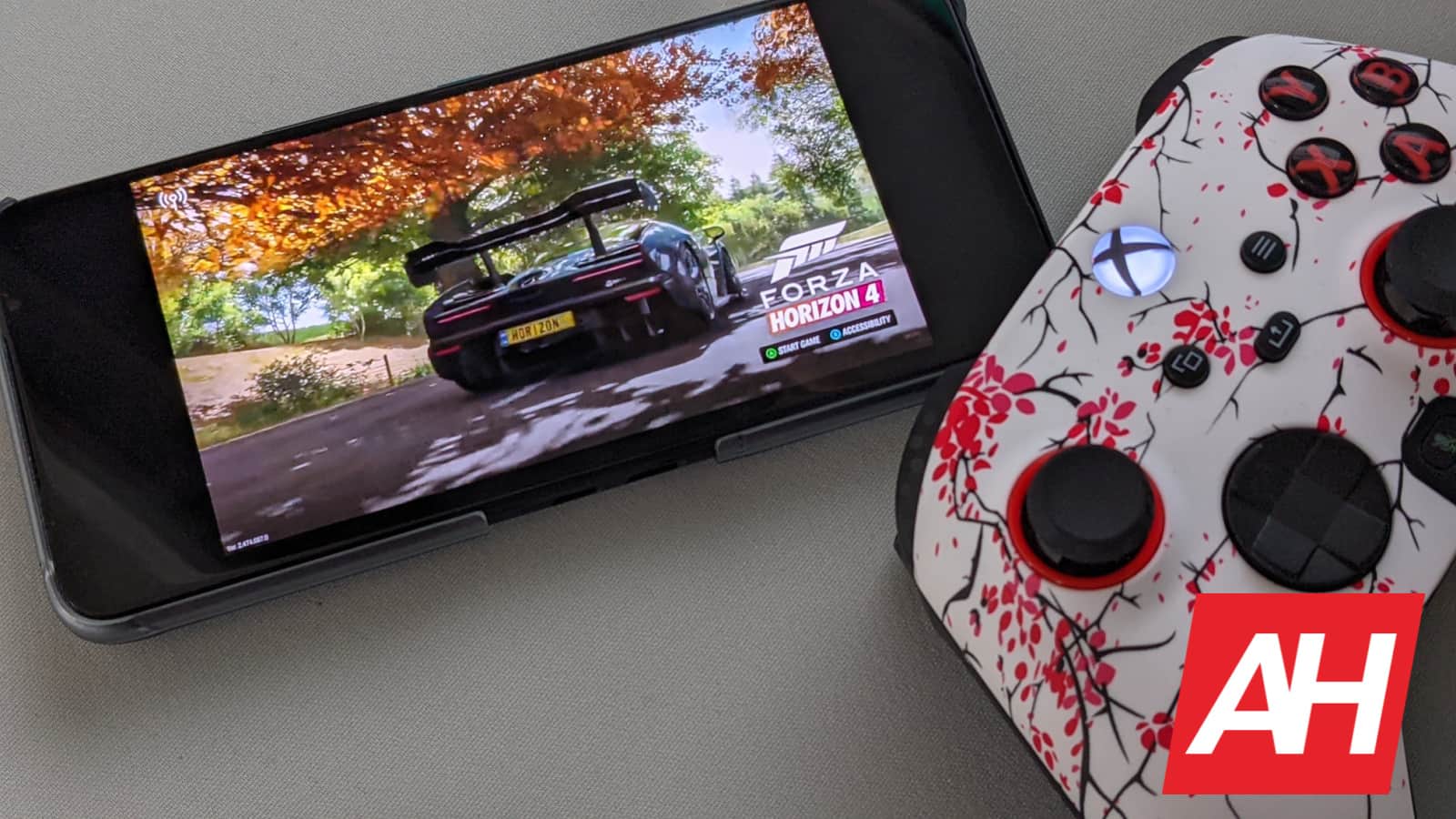
Source: ndroidheadlines.com
Dish Wireless covers more than 240 million people
With Sprint out of the mobile carrier race, there’s definitely a gap left. However, Dish promptly jumped up to fill the gap. While it’s far from the likes of T-Mobile, Verizon, and AT&T, it’s still growing at a steady rate. According to CNET, Dish announced that it now covers more than 240 million people in the United States.
When T-Mobile bought Sprint, one condition of the deal was that Dish would take over Boost Mobile, and aim to be the fourth major signal carrier. In order to do that, it needed to cover a certain number of people by certain deadlines. The company was able to meet these deadlines, and it’s still growing.
Dish now covers more than 240 million people in the United States
The first milestone that Dish had to cross was covering at least 20% of the United States by a specified date last year, and the company was able to pull it off. The new deadline was established for June 14th, 2023. At that point, the company needed to cover at least 70% of the United States.
Fortunately for Dish, it was able to reach that milestone and that means that its signals cover more than 240 million people. Now, it is dealing with yet another deadline. The company should cover at least 75% of the US population by 2025.
As for the network itself, the company still has a long way ahead of it. When it comes to support, there’s only a short list of devices that are compatible with dishes specific bands. One thing that makes a carrier successful is the selection of phones that can be purchased.
For the time being, the phones compatible with Dish’s network include the Samsung Galaxy A23, Boost Celero 5G Plus, and the Motorola Edge+ (2022 and 2023 editions). Potentially, the iPhone 14 could be compatible. Apple just needs to activate the proper bands.
The post Dish Wireless covers more than 240 million people appeared first on Android Headlines.

Source: ndroidheadlines.com
Valve's mega Steam update lets you pin videos to your screen
Steam has just received a major update from Valve this week with a big UI overhaul, and this includes a newly redesigned in-game overlay that lets pin videos to the screen. The key point about this feature add, is that the videos are pinned to the screen and visible while in-game. Not just visible when the overlay is up.
If you aren’t sure why this is immediately a huge deal, there’s multiple use cases. Say you’re playing a game that has challenging or puzzling content. You aren’t sure how to get past a specific boss or checkpoint. Just hit the shift + tab buttons to bring up the overlay, open the web browser, and find a video guide. You can then pin this guide to the screen so it overlays on top of your game UI. Then continue playing as normal.
You could also use this to watch tv and movies while you play a more casual game. If it’s a game where you can split your attention. The only thing here is not all streaming sites will be supported. Both Netflix and Max for instance won’t work on the Steam browser. Sites like Crunchyroll and Apple TV+ however play video just fine. The only downside to this is you still have to open the overlay anytime you want to pause a video. As it seems there’s no hotkey to pause these pinned videos while in-game.
The Steam update doesn’t just let you pin videos
You can pin notes too! This might be more useful for some players. Particularly those that play games with massive maps and lots to explore. In this case, you could easily make a note that keeps you apprised of the location of important items on the map. Maybe you’re not ready to get said items just yet. But you also don’t want to forget where they are. Now you can simply open the overlay, create a note, then pin it. And it’ll stay on-screen for as long as you keep it there.
You can even adjust the opacity if you don’t want the videos or notes to be too obtrusive to your game experience. Which is a nice attention to detail if you like more immersive gameplay.
There’s loads of other small quality of life changes
Pinned notes and videos aren’t the only changes with this update. There’s actually quite a lot more going on with it. Some of it more subtle and behind the scenes. Some of it not really user-facing at all.
Hopping back to the in-game overlay, the redesign now makes use of a nifty bottom nav bar with icons for all the features. Including the browser, notes, and more. Valve has also made notifications more robust. The notification icon is now a bell instead of an envelope. The bell only lights up green when “there’s truly something new for you,” Valve says. With the tray being limited to “new” notifications specifically.
Although there is a “view” all page if you want to view your notification history. Additionally, there’s lots of little visual tweaks and adjustments that just make Steam more pleasing to look at. The update started rolling out on June 14. But if you haven’t seen it update on its own yet, you can download it manually. Simply click on the Steam icon in the top left corner, then click on “check for Steam client update.” You should see a window pop up that tells you to restart Steam to download and install the update.
The post Valve’s mega Steam update lets you pin videos to your screen appeared first on Android Headlines.

Source: ndroidheadlines.com
Galaxy S23 series to get a "June super update" next week
Samsung is supposed to roll out a major update to the Galaxy S23 series in June. While the update was expected to arrive early in the month, it didn’t. There was no telling when it would. The company reportedly needed more time to polish a few things. It appears the wait won’t be much longer now. We are hearing that the new Samsung flagships will get the promised update next week.
The new timeline doesn’t come directly from the company but from noted tipster Ice Universe. They have been frequently sharing information about the upcoming update for the Galaxy S23 series, even giving us an early look at one of the new camera features that this update will bring. The tipster recently took to Twitter to announce that the devices will get this month’s “super update” next week. They didn’t provide a precise release date, though.
Meanwhile, the tipster added that the update will arrive “one after another”. It’s unclear if that means multiple updates for the Galaxy S23 series over the next few weeks. The latest flagships are in line for plenty of goodies, including new features, functional improvements, and bug fixes.
We won’t be surprised if Samsung pushes multiple updates to the phones in the coming weeks. That said, since the source isn’t a native English speaker (originating from China), something could have been lost in translation.
The new Galaxy S23 update will bring plenty of goodies
The same source recently claimed that the June update improves the “overall fluency” of the Galaxy S23 phones. The UI should feel smoother post this update. An internal tester also told them that the “battery life is still great”.
The new Samsung flagships offer excellent battery life thanks to a Galaxy-exclusive Snapdragon 8 Gen 2 processor at the helm. While new updates sometimes cause massive battery drain, that seemingly won’t be the case with this Galaxy S23 update. Perhaps Samsung is taking time to get everything right before pushing it to users.
As for the new features that Samsung has lined up for the Galaxy S23 series, it’s adding a 2x zoom option for portrait shots. The company is also improving Zoom videos and low-light videos.
The devices should also get a fix for the HDR issue that causes a halo effect on photos. It remains to be seen if Samsung bundles everything in the same update next week or if it will push multiple updates. We will let you know when the rollout begins.
The post Galaxy S23 series to get a „June super update” next week appeared first on Android Headlines.

Source: ndroidheadlines.com
New KB articles for Workspace ONE and VMware Horizon, created in May 2023.
In this blog post, we’ll provide a summary of recent articles, created in May 2023, that cover a range of topics, including security updates, feature enhancements, issue resolutions, and platform-specific troubleshooting.
The post New KB articles for Workspace ONE and VMware Horizon, created in May 2023. appeared first on VMware Support Insider.
{$inline_image}
Source: vmware
Galaxy S21 FE & A42 5G get Samsung's June update in the US
The Galaxy S21 FE and Galaxy A42 5G are getting Samsung‘s June 2023 Android security patch in the US. This is the first rollout of the June SMR (Security Maintenance Release) for these phones. They haven’t picked up the latest security update anywhere else. The regular non-FE Galaxy S21 models received the new SMR in a few European countries earlier this week. The rollout for the flagship trio has yet to reach the US.
As of this writing, the June SMR for the Galaxy S21 FE is only available to users with a factory-unlocked unit in the US. The update comes with the firmware build number G990U1UES7EWE3 and is already rolling out widely across most carrier networks (via SamMobile). Samsung isn’t pushing any new features or improvements to the device with this update. It’s all about the security fixes for this month. The rollout should soon cover carrier-locked units and also expand to international markets.
The June SMR rollout for the Galaxy A42 5G in the US also follows a similar pattern. Samsung is initially pushing the update to unlocked units. However, availability seems limited to users in Puerto Rico. The new firmware version for this aging mid-range smartphone is A426U1UES6EWF3. Samsung’s official changelog states that the phone is getting some system stability improvements along with the latest security fixes. A wider rollout of the June SMR for the Galaxy A42 5G may follow in the coming days.
That said, there’s no guarantee Samsung will push the latest security patch to this phone in every market. The Galaxy A42 5G is only eligible for bi-annual updates, which is two updates in a year. The Korean firm could skip a few monthly releases in some markets. As usual, you can check for new updates from the Software update menu in the Settings app on your Galaxy smartphone. If you don’t see any updates today, wait a few days and check again.
The June update for Galaxy devices contains dozens of security fixes
Samsung’s June 2023 update for Galaxy devices contains more than 60 vulnerability patches. The company’s official security bulletin mentions 11 Galaxy-specific patches and 50 Android OS patches, at least three of which are critical fixes. These security flaws could allow threat actors to cause severe damage to affected Android devices. You should install the latest security updates as soon as possible. We will keep you posted as more Galaxy devices receive Samsung’s June update.
The post Galaxy S21 FE & A42 5G get Samsung’s June update in the US appeared first on Android Headlines.
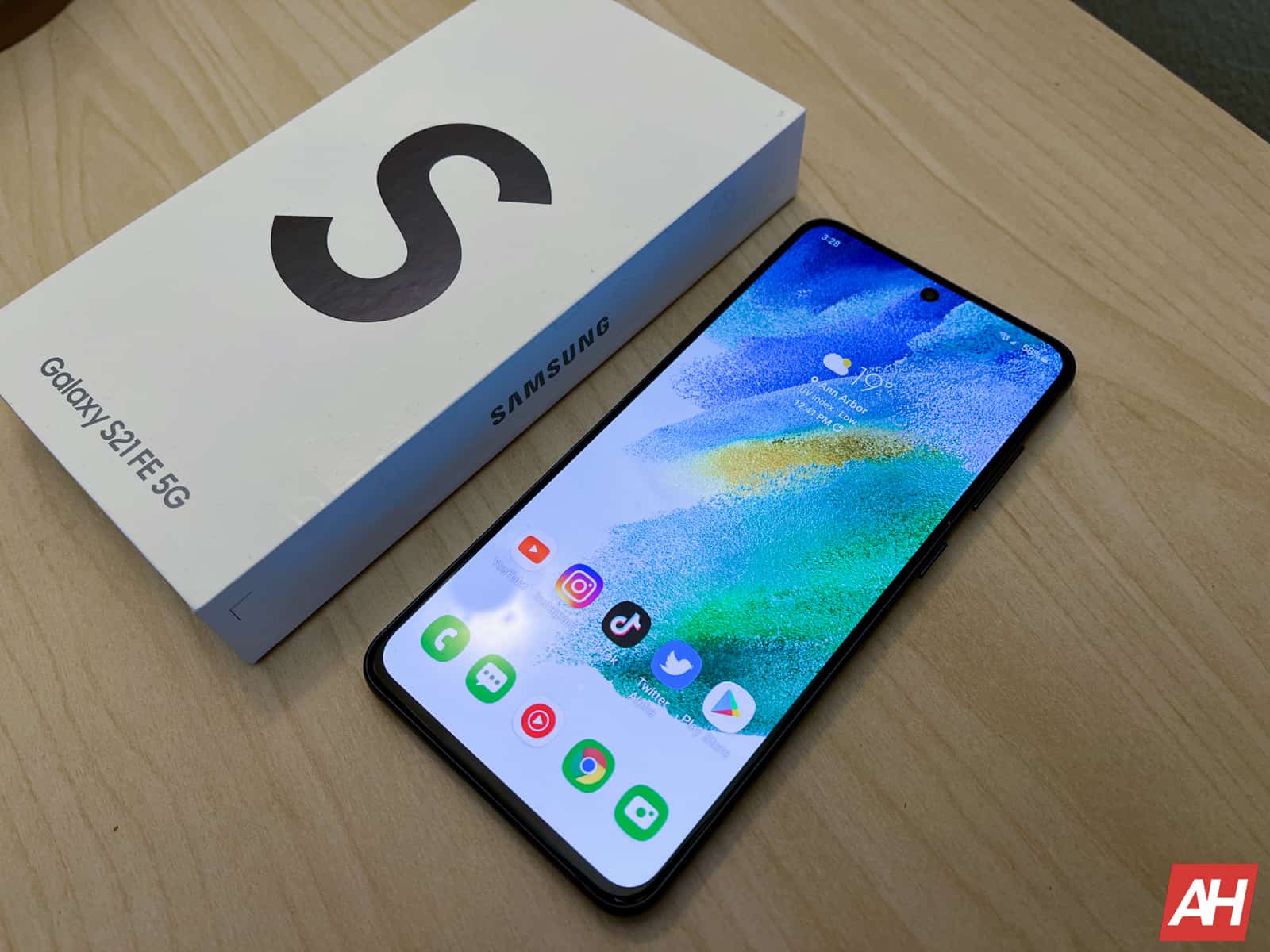
Source: ndroidheadlines.com
Now is the time to define Open Source AI
You’ve seen so many announcements about new releases of AI large language models, foundational models, tooling, services all claiming to be “open” or “Open Source”. But none of them are shared with the same conditions. Look carefully and you’ll find that each adds some restriction somewhere. That’s far from the permissionless, clear message that Open Source Approved Licenses have provided for 25 years. Nick Vidal’s post contains a list of the most popular models. Have a look at their terms of use.
The lack of a shared definition of what Open Source AI means is a problem also for upcoming regulation, like the European AI Act. One of the drafts of the act tries to carve exceptions for “Open Source AI” but nobody knows what that means.
The time has come for the community to define “Open Source AI”, for regulators, but also for developers, lawyers, researchers and end users. We need clarity in order to replicate in AI the success of the Open Source software ecosystem.
For this, we just announced a series of initiatives for the rest of 2023 and into 2024 to define “Open Source AI.” The first is an open call for proposals for the Deep Dive webinar series: we want to hear your thoughts on this topic. We’re all tired of over-hyped conversations, misinformation and confusion. With the Deep Dive webinar series we’d like to focus on identifying the principles we can agree will not further damage society.
The OSI will also start a public, global, multi-stakeholder consultation with the goal to draft a definition. In the next few weeks we’ll share more details.
I hold weekly office hours on Fridays with OSI members: book time if you want to chat about OSI’s activities, if you want to volunteer or have suggestions.
Stefano Maffulli
Executive Director, OSI
In this month’s Open Source Initiative Newsletter:
The AI renaissance and why Open Source matters
Regulatory language cannot be the same for all software
Why open video is vital for Open Source
Webinar: ClearlyDefined proceeding towards a clear governance structure
Another issue with the Cyber Resilience Act: European standards bodies are inaccessible to Open Source projects
The Cyber Resilience Act introduces uncertainty and risk leaving Open Source projects confused
Notable open source news
The AI renaissance and why Open Source matters
Sharing knowledge and sharing code has always been a key driver for innovation in Artificial Intelligence. Researchers have gathered together since AI was established as a field to develop and advance novel techniques, from Natural Language Processing to Artificial Neural Networks, from Machine Learning to Deep Learning.
The world of AI is at an important crossroads. There are two paths forward: one where highly regulated proprietary code, models, and datasets are going to prevail, or one where Open Source dominates.
Regulatory language cannot be the same for all software
In reviewing the language and concepts being used in the various draft bills and directives circulating in Brussels at present, it is clear that the experts crafting the language are using their understanding of proprietary software to build the protections they clearly intend for Open Source. This may be the cause of the problems we continue to see as the instruments iterate, especially in the absence of direct consultation.
Why open video is vital for Open Source
The news that the European Commission’s competition directorate (DG COMP) has decided not to conduct a full antitrust investigation into the Alliance for Open Media’s (AOM) licensing policy is to be welcomed, especially for the AV1 CODEC specification (successor to the VP9 CODEC and intended to allow royalty-free, high-quality video streaming). It seems that whispering voices had falsely suggested the reciprocal licensing of standard-essential patents (SEPs) in AOM’s policy is somehow anti-competitive.
Webinar: ClearlyDefined proceeding towards a clear governance structure
The ClearlyDefined project was invited to give an update as part of the OpenChain webinar series. I had the opportunity to share with this global community the project’s mission: to create a global database of licensing metadata for every Open Source software component ever published. This was a great opportunity to introduce our work towards an improved governance structure. ClearlyDefined Community Manager Nick Vidal goes more in depth here.
Another issue with the Cyber Resilience Act: European standards bodies are inaccessible to Open Source projects
There’s a crucial issue here for Open Source. EU policy experts say not to worry about CRA compliance because the EU standards bodies will streamline it. But the European Standardization Organizations (ESO) are corporate-controlled, patent-loving and expensive to engage. Shouldn’t the EU address this if they want Open Source accommodated? Standards & EU Policy Director Simon Phipps explains more in this recent blog post.
The Cyber Resilience Act introduces uncertainty and risk leaving Open Source projects confused
What might happen if the uncertainty persists around who is held responsible under the Cyber Resilience Act (CRA)? The global Open Source community is averse to legal risks and generally lacks access to counsel, so it’s very possible offers of source code will simply be withdrawn rather than seeking to resolve the uncertainty.
OSI in the news
Open source and sustainability – where’s the gap? Today, one of the biggest problems our society faces is climate change and the rapidly deteriorating environment and there are those that believe that the problem will be fixed (at least in part) by new technologies.
Open source community on warpath with Europe: they are not to blame for cyber security problems. In an open letter to the European Commission, a dozen developers from the open source community have said that the cybersecurity law, as currently written, could have a “devastating effect” on their work.
Defend Open Source from Trolls: Oppose Patent Rule Changes. The U.S. Patent and Trademark Office is inviting public comment on proposals that would eliminate third parties’ ability to help clean up bad patents.
The post <span class=’p-name’>Now is the time to define Open Source AI</span> appeared first on Voices of Open Source.

Source: opensource.org
Become a better you with Polar's new Ignite 3 Titanium watch
Polar wants to help you become a better you with its new Ignite 3 Titanium edition fitness watch, which the company is launching today. Polar says this is an “enhanced version” of last year’s Ignite 3. Sporting new features for an even more capable fitness watch to help you reach your goals.
It all starts with a brand-new Titanium bezel that surrounds all the internals for a more premium look. And dare we say it, an honestly better style. The use of Titanium is also more lightweight and yet it’s still strong and durable. So there’s less concern over damaging the watch if it happens to bang up against a wall or table every now and again. Still though, try to avoid that.
The new Titanium bezel isn’t the only change though.
Polar Ignite 3 Titanium brings in new features
The Titanium bezel is a nice design touch. But this newer version of the Polar Ignite 3 has more to bring to the table than just an updated design.
There’s also three new features to make better use of its fitness prowess. First up is the new overnight skin temperature sensing. This is a nightly feature so it’s intended to be used consistently every night as you go to bed. Which means you have to wear the watch as you sleep to take advantage of the benefits. Polar says this is to help you “better know your body by identifying deviations.”
Additionally, there’s a new Work-Rest Guide that analyzes your heart rate during training. The watch can then tell you exactly how long you should be resting between sets. Which ultimately is intended to help you get the most out of your workouts as you’ll be resting the proper amounts.
The Ignite 3 Titanium also now puts the SleepWise feature on the Dashboard so you have more immediate access to it. Of course the Titanium model still comes with all of the other features as the standard Ignite 3. And all of these improvements will be made available to the standard model as well via a 2.0 software update. Which Polar says will start rolling out when the Titanium model launches.
So keep an eye out for the software update if you have the standard model of the Ignite 3 that launched last year. You can grab the Titanium Ignite 3 for $369.99 with a black silicone trap, or $399.99 with a bronze leather strap.
The post Become a better you with Polar’s new Ignite 3 Titanium watch appeared first on Android Headlines.
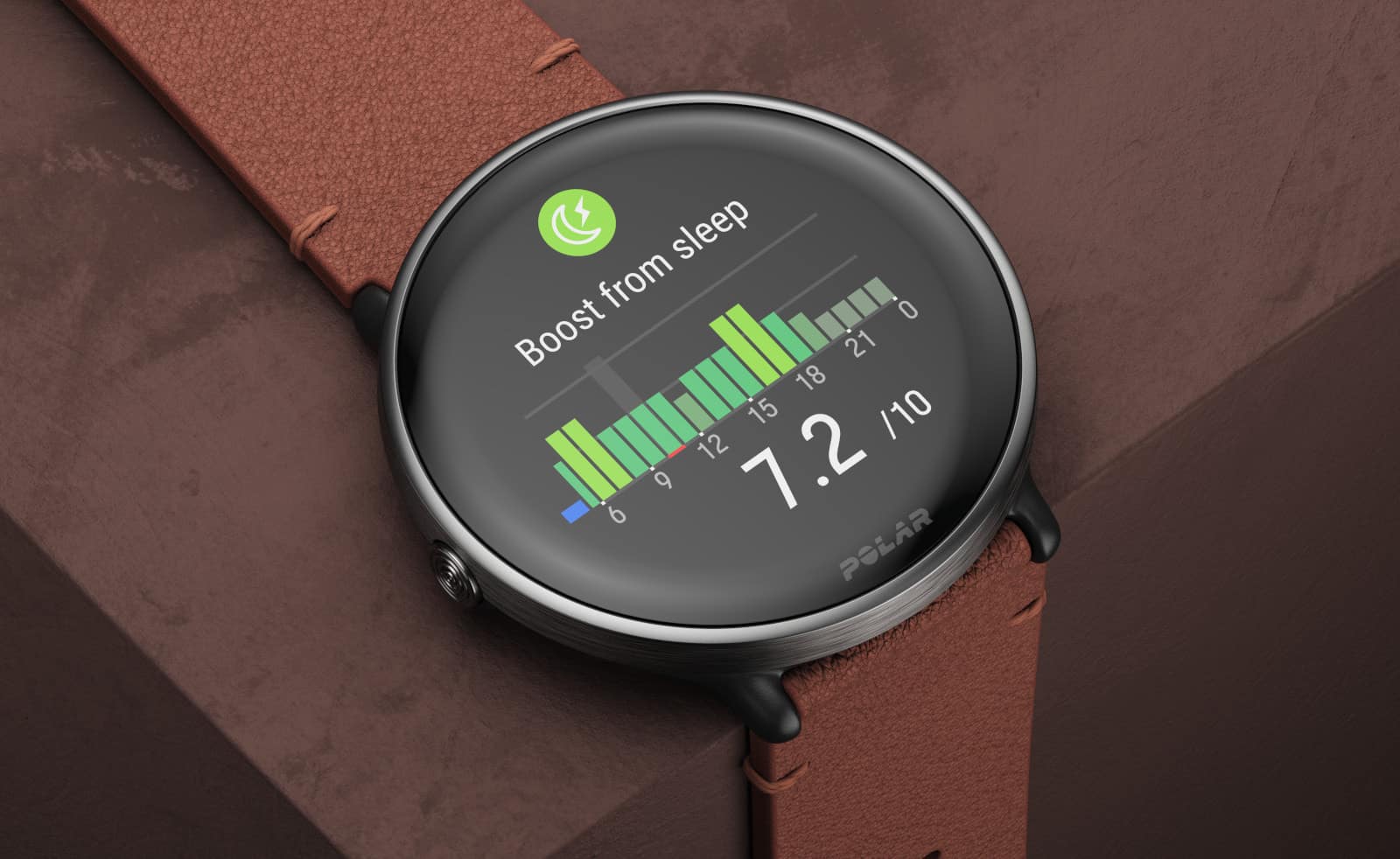
Source: ndroidheadlines.com
Meta wants to pay you to make Facebook posts
There are about a thousand ways that you can make money on the internet, and social media posts are one of them. Meta has a bonus program that will pay users to make Facebook posts with a high level of engagement, according to Engadget. This is a way of getting more people to post to Facebook in lieu of other platforms.
This is nothing new, as other platforms do the same thing. Meta also paid its users for making Instagram reels. However, the company has since cut the program. This caused those creators to flock to other platforms such as YouTube shorts and TikTok.
This meta bonus program will pay you to make Facebook posts
As you may know, Meta is one of the biggest tech companies in the world with some of the most popular social media platforms under its belt. However, it’s still in a war with the likes of TikTok, Twitter, and other platforms. This is where monetizing content comes in.
As you can guess, the program depends on how much engagement your posts get. So, people with a higher number of followers will be able to rake in more money. Also, most of the people in the program make posts daily with a combination of text-based and image-based content.
Right now, we don’t know exactly how much money Meta is paying people for the posts. So, we don’t know if this deal is better than what Instagram offered.
What we do know is that this program is still on an invite-only basis for the time being. So, only top Facebook creators are able to monetize their content right now. If you are a Facebook creator who wants to start earning money for your posts, then you may want to start engaging and posting more.
Who knows if you’ll be able to start earning money when you are part of the program? The program could be your next main source of income.
The post Meta wants to pay you to make Facebook posts appeared first on Android Headlines.
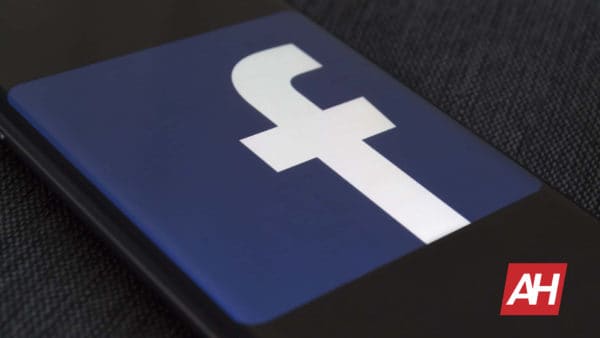
Source: ndroidheadlines.com
Amazon Freevee Adds 23 New Free Channels From Warner Bros. Discovery and MGM
Amazon’s own FAST service, called Freevee is getting 23 new channels. These channels will include content from Warner Bros Discovery and MGM. Keep in mind that Amazon owns MGM, so those titles should come as no surprise.
Freevee already has well over 100 Prime Video Originals, and hundreds of channels with free content available. Freevee is a FAST service, which stands for Free Ad-Supported TV. That means that it is free, and you’ll have to watch ads. But hey, you’re not paying for it.
These new channels will come to Freevee over the coming months, according to Amazon.
What channels will be included?
There will be a heavy focus on the “unscripted fare”. So we’ll see channels for Cake Boss, Extreme Couponing and Say Yes to the Dress from Warner Bros. Discovery.
From MGM, there will be 12 channels coming to Freevee. That includes some dedicated to films, and others for such shows like The Pink Panther, Stargate, Green Acres and many more. There will also be some themed channels from MGM, including Action and Sci-Fi.
Amazon isn’t the only one that Warner Bros. Discovery has been licensing shows to. It has also signed deals with Roku and Tubi for a few shows like Westworld (HBO) and The Bachelor (Warner TV), among a few others. This has become a pretty lucrative way for studios like WBD to actually make some money on some older shows.
Why are studios licensing content to FAST streamers like Freevee? Well, the simple answer is, they get a cut of the ad revenue shown alongside their content. So if Freevee makes a million bucks from showing a particular show, WBD would get a cut of that. Now it’s unclear how much that cut is, but the industry standard is 70/30. So that means that WBD would get 30% of that.
This is also another way for WBD to spread out its revenue streams. Instead of relying solely on MAX for revenue from streaming.
The post Amazon Freevee Adds 23 New Free Channels From Warner Bros. Discovery and MGM appeared first on Android Headlines.

Source: ndroidheadlines.com
Google kills 3rd-party Assistant apps and games on Nest Hub
One of the main reasons to use the Google Nest Hub is the tight integration with Google Assistant. You’re able to call upon it whenever you need to have something done. Third-party developers were able to develop products for the Nest Hub that use the assistant. However, those are going away, according to 9To5Google.
It’s great when Google Assistant can utilize first-party Google services, but third-party developers were also able to use the powerful voice assistant. They were able to create different books and activities that require speaking as a method of input. Some examples are picture books and family activities like quizzes and trivia.
However, Google is killing third-party voice support for Nest Hub devices
This is a disappointing bit of news for people who utilize these apps and games. Last year, almost to the day, Google announced that it was going to end support for these applications. The company gave us a one-year window, and that one year is up.
The reason for Google doing this is simply this: people just weren’t using these games. While this is a neat idea, it just wasn’t able to capture the public attention. There’s hardly any reason in keeping these services alive if no one is using them. Maybe something like this will catch on down the road, but, for the time being, it just didn’t get much traction.
There may be a bit of good news, however. While this functionality is leaving the Nest Hub, developers may still be able to bring their apps and games to other platforms. Google is working on allowing third-party Android apps to access Google Assistant.
This means that those developers who are developing for the Nest Hub may be able to move their applications to smartphones. This will definitely not be a one-to-one comparison, but it may find some success in tablets. They have a similar form factor to the Nest Hub, and they may be more convenient because they can be moved around. Hopefully, we will see this in the near future.
The post Google kills 3rd-party Assistant apps and games on Nest Hub appeared first on Android Headlines.
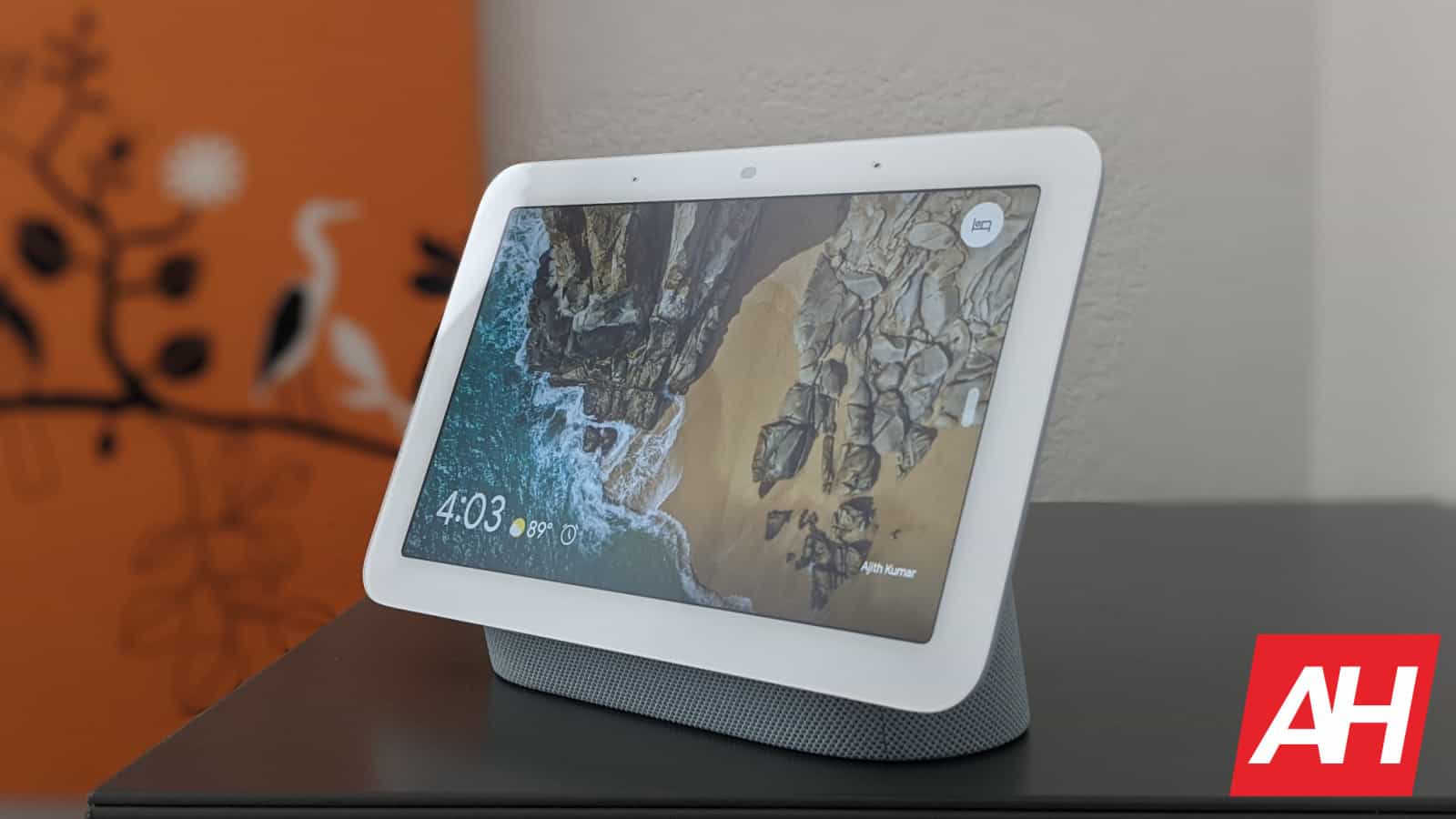
Source: ndroidheadlines.com
New KB articles created for NSX-T and HCX in May 2023: known issues, workarounds and more!
This blog post highlights several known issues in VMware NSX-T and provides relevant remedies to address them. The issues covered include edge node deployment failure, ESXi host tunnel downtime with shared VLANs, NSX-T alert on control channel, NSX-T edge dataplane memory exhaustion, HCX validation error, compute manager connection status, trimmed exception leading to missing configuration information, EVPN traffic dropping, NSX-T UI alarms for crashed applications, and addressing CVE-2023-20887, CVE-2023-20888, and CVE-2023-20889 in VMware Aria Operations for Networks.
The post New KB articles created for NSX-T and HCX in May 2023: known issues, workarounds and more! appeared first on VMware Support Insider.
{$inline_image}
Source: vmware
Android 14 is coming to a bunch of Oppo phones
We are now knee-deep in the testing stage for Android 14, and there’s a lot of exciting stuff coming. Among the companies set to load Android 14 onto their phones, we have Oppo. Oppo just shared which of its phones will be getting Android 14, and it’s a fair amount.
Right now, Oppo is going through a bit of trouble in Europe. The company is no longer allowed to sell its devices in Germany, and it looks like France may be next on the list. However, the company is still able to sell its devices and other European countries, so folks in those countries will be getting the update.
A bunch of Oppo phones will be getting Android 14
One of the most important things about a smartphone brand is how long it keeps its devices updated, and Oppo is doing a good job of that. The company shared which of its phones will be getting Android 14.
These phones are the Oppo A98, A78, A77, A57, Reno 8, Reno 8 Pro, Reno 8T, Reno 7, Find X5, Find X5 Pro, and Find X3 Pro. These involve some of the latest devices from Oppo and some phones from a little while back.
We are not quite sure when Oppo is going to officially release the updates for these devices. We still have to wait for Google to launch the stable version of Android 14. However, we expect the update to land on these phones before the year is out.
Now, the list seems to be missing a certain device. That device is the Oppo Find N2 Flip. This is the company’s clamshell foldable phone and we all would expect it to be on the list. However, according to Android Police, we should still expect to see the update hit that phone before the end of the year.
If you are an Oppo fan, then there’s a lot of great stuff coming down the pipeline for you, so stay tuned.
The post Android 14 is coming to a bunch of Oppo phones appeared first on Android Headlines.
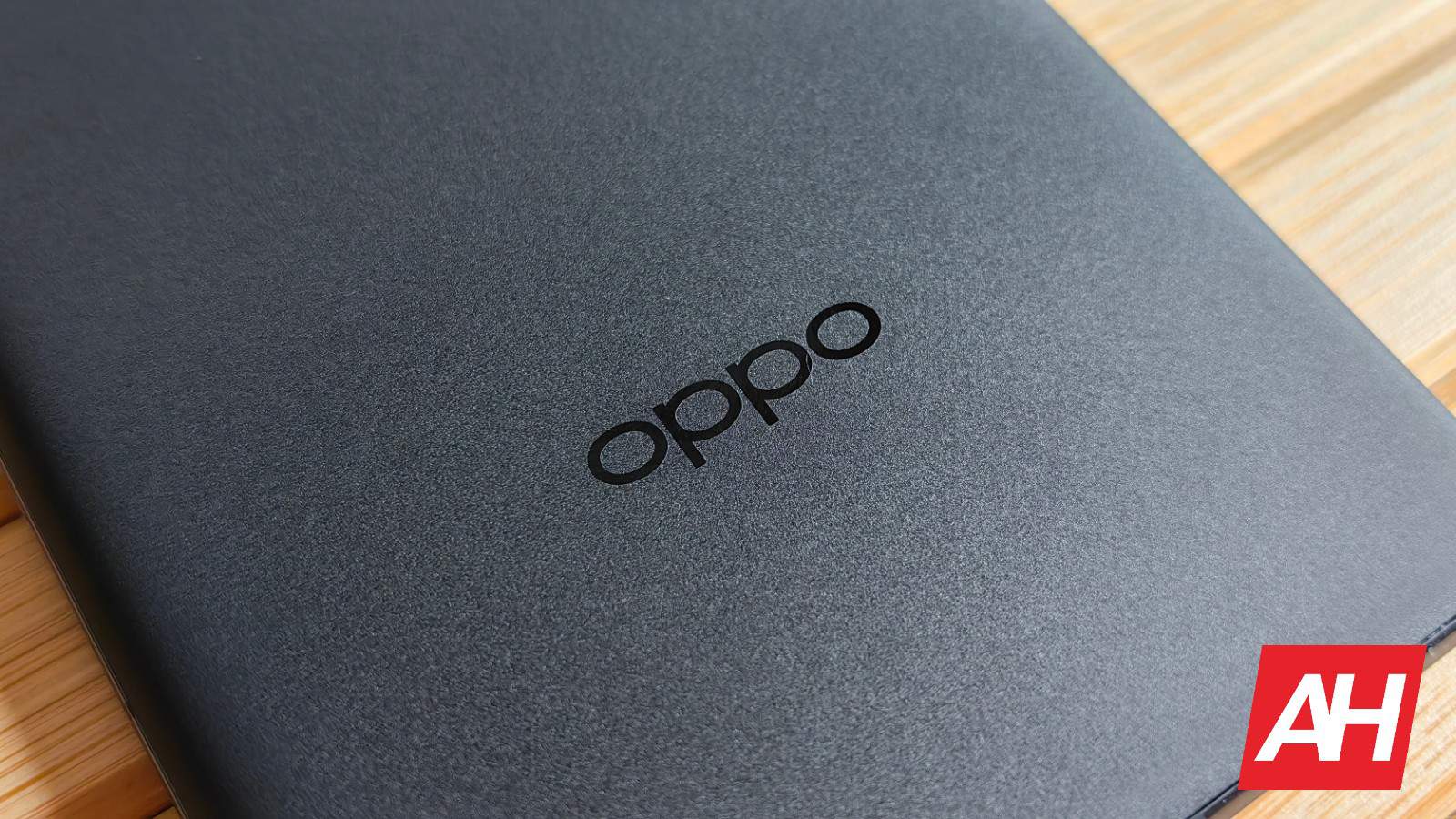
Source: ndroidheadlines.com
Diablo Immortal turns one, celebrates with biggest update yet
Nearly two weeks on from Diablo IV‘s launch, and now Diablo Immortal is getting a massive update for its first anniversary. This will be the game’s fourth major update since it launched back in 2022 and according to the development team, the biggest major update yet.
That means it’ll be the game’s biggest update ever. There’s an absolutely staggering amount of content coming to Diablo Immortal with this new update and that should excite fans of the game. Especially now with Diablo IV available to play. As you now have more ways to slay demons across Sanctuary than ever.
From new limited time events to new skills for each class, the first anniversary update for Diablo Immortal has a lot to offer. And whether you’re a veteran player, a newcomer, or returning to the game after a long hiatus, the update should provide you with something fun and rewarding.
First anniversary update for Diablo Immortal goes live this week
While the update isn’t quite here, it is just around the corner. Blizzard confirms it will go live this week, with server maintenance happening on Thursday and Friday. Servers will go down from 5pm to 7pm PDT for the Oceania, China, East Asia, Southeast Asia, and Europe servers on June 14. The same will happen for the servers in the Americas on June 15 from 1am to 3am PDT. After which all content will be live for all players on their respective servers.
As for content, everything begins with a new zone and questline called the Ancients’ Cradle. You’ll need to be on Hell difficulty VI before you can start this questline. Or even reach the new zone for that matter. So if you’ve not played in a while, you’ll have catching up to do.
Luckily, Blizzard has you covered there. If your paragon level is lower than your server’s paragon level, you’ll be given a 1,500% experience boost to help you get up to level.
New limited time events, new legendary items, and more
The new questline is just the tip of the iceberg. With new gear and new skills coming for each of the game’s available classes. There will be one new skill for each class, and 36 new legendary items being added to the game. Additionally, there’s three new legendary gems being added, and a new ‘Stances’ combat mechanic.
Worth noting is that most of this is only available once you reach the new Inferno difficulty. Of which there are multiple tiers. You’ll need to be at least paragon level 800 to reach Inferno and to unlock its second and third tiers you have to face off against a new collection of foes called the ‘Hearthrot Demons.’ There’s loads more content included with this update, and you can read about all the finer details in Blizzard’s official post.
The post Diablo Immortal turns one, celebrates with biggest update yet appeared first on Android Headlines.

Source: ndroidheadlines.com
US joins the UK in trying to block Microsoft's Activision deal
Microsoft has been having a bit of a rough go of it trying to get its Activision deal approved, and it seems there are more hurdles as the US is now filing to block the deal, BBC reports.
The US Federal Trade Commission in a statement has said that it wants the Activision deal to be blocked over concerns of it violating antitrust laws. The FTC being opposed to the deal and now filing to block it from approval should come as no surprise. US regulators have made it pretty clear that they don’t feel like the deal would be good for the industry. The FTC originally sought to block the deal back in December of 2022. Requesting that a judge block the deal based on claims it would violate antitrust laws.
Now, the FTC is seeking a preliminary injunction and a restraining order from a US federal district court. This would essentially allow the FTC’s case from its original filing in December to finish out. The case is supposed to start in August. But the FTC is concerned Microsoft may try to close the deal by July 18. So the restraining order would put the deal closing on hold for a couple of weeks. While the preliminary injunction would further halt the deal closing until after the case in August has a verdict.
US regulators want to see the Microsoft Activision deal squashed
Microsoft has argued that its Activision Blizzard deal would be good for players. Giving them more choice to play more games on the device of their choosing. But companies like Sony have argued that it has concerns Microsoft would withhold Activision’s most popular franchises, such as Call of Duty, from PlayStation. A concern that Microsoft has repeatedly addressed.
US regulators seem to agree with Sony’s concerns. The request for the restraining order and injunction also follow the UK’s CMA blocking of the deal earlier this year. While the EU has since approved the deal.
The post US joins the UK in trying to block Microsoft’s Activision deal appeared first on Android Headlines.

Source: ndroidheadlines.com
Newest KB articles created in May 2023 for vSAN, vSphere and ESXi.
Tweet Welcome to the latest edition of our monthly VMware Knowledge Base (KB) update. In this blog post, we will highlight some of the new KB articles released in May 2023. Here they are: This issue has been fixed in ESXi 8.0 U1 and 7.0 U3n respectively. The vSAN cluster shutdown workflow will fail with error … Continued
The post Newest KB articles created in May 2023 for vSAN, vSphere and ESXi. appeared first on VMware Support Insider.
{$inline_image}
Source: vmware
Assassin's Creed Codename Jade is a f2p mobile game
Assassin’s Creed Codename Jade now has a lot more detail as Ubisoft officially announced the game at its Ubisoft Forward event on June 12. Codename Jade was rumored earlier this year to be in development alongside a healthy collection of different AC projects.
At the time though there was next to nothing known about what it was or what the theme would be. Given the name ‘Codename Jade’ (which probably isn’t the official title) it was at least suspected to take place in China. That suspicion would be correct. According to Ubisoft’s landing page for the game, Assassin’s Creed Codename Jade takes place in ancient China. Specifically around 215 B.C. which puts it before AC Odyssey and after AC Origins. As far as the chronological timeline is concerned.
Players will take on the role of Xia as they try to protect their home from raiders in a unified Chinese empire. There’s not much known about the official story of the game yet. But it will be a free-to-play title coming to both Android and iOS. When is another story. Players will also be able to fully customize their character with different looks and styles. Something which no AC game has really ever done. At least not to the degree that Codename Jade will allow.
Assassin’s Creed Codename Jade will have a closed beta this Summer
Mobile games tend to get a bad rap due to all the micro transactions that many of them shove onto their potential players. And while we can’t say that Assassin’s Creed Codename Jade will do the same thing, there will most certainly be some microtransactions.
It’s a free-to-play mobile game and development costs money. So this is how Ubisoft recuperates costs. MTX aside, Codename Jade will be the first real adaption of the AC franchise for mobile that appears to measure up to the console/PC games. There have been a number of AC games on mobile before. But none of them ever this good looking. Of course some of that is due to the advancements in technology for mobile games as a platform.
If you’d like to give the game a try, there will be a closed beta coming up sometime later this Summer. Ubisoft doesn’t mention exactly when but it’s likely sometime within the next couple of months. You can pre-register for the closed beta at the official website.
AC Codename Jade is being developed by Level Infinite, and you’ll need to have a Level Infinite Pass account if you want a chance to participate. You can also check out the cinematic trailer below.
The post Assassin’s Creed Codename Jade is a f2p mobile game appeared first on Android Headlines.
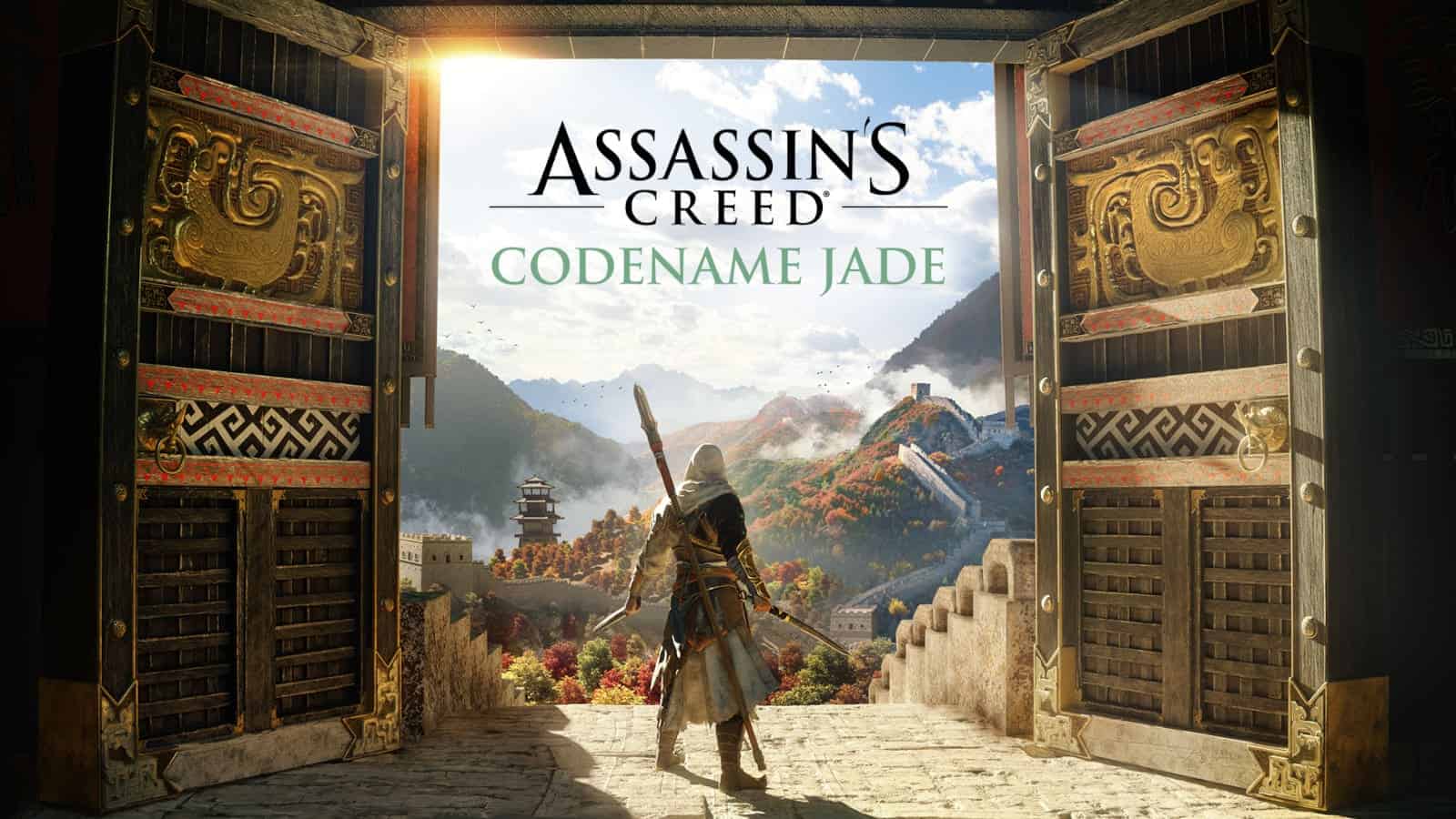
Source: ndroidheadlines.com
Galaxy Z Flip 5 cover display will run 'some' full apps
Companies are perfecting the clamshell foldable phone form factor, and they’re getting close to cracking it. We are currently waiting for the Galaxy Z Flip 5, and, according to Sam Mobile, this phone’s cover display will run some full apps.
One issue that people have with clamshell foldables is how tiny their outer displays are. They’re good for displaying notifications and some small widgets. However, you can’t do much more with them. Companies like Samsung and Motorola are trying to change this.
Galaxy Z Flip 5 will run some full apps on its outer display
What’s as important as the ability to unfold your phone is what you can do without even having to open it. According to the report, there will be a short list of full apps that you can use on the Galaxy Z Flip 5’s outer display. What we know is that some of these apps are coming straight from Google.
The list includes apps like Google Maps, Google Messages, and YouTube. These apps are referred to as “optimized”, so they will be suited to work perfectly with the Galaxy Z Flip 5’s display. So, you won’t have to worry about any issues using these apps.
Along with those apps, we also got word that Samsung will provide its own first-party apps optimized for the smaller screen. That’s something to be expected. We are not sure what apps the company is going to optimize, but we can expect that they will be apps core to the smartphone experience.
Mark your calendars!
The Galaxy Z Flip 5 is expected to be announced along with the Galaxy Z Fold 5 at the end of next month. This is much earlier than the announcement of the Galaxy Z Fold 4 and Flip 4.
Also during the event, we are expecting to see the announcement of the Galaxy Tab S9 series. These will be an improvement over last year’s tablets. There’s not much that we know about these devices, but all will be revealed when Samsung has its next unpacked event.
The post Galaxy Z Flip 5 cover display will run 'some’ full apps appeared first on Android Headlines.

Source: ndroidheadlines.com
Former Samsung executive indicted for stealing chip tech
Prosecutors have reportedly indicted a former Samsung executive on charges of stealing and leaking company secrets. The suspect is accused to have used the illegally obtained confidential Samsung data to build a copycat chip factory in China. Officials did not reveal the identity of the accused.
According to a Reuters report, the suspect illegally acquired critical information about Samsung’s semiconductor technology when working for the company. They used the data to build a rival chip factory just about a mile (1.5km) away from the Korean firm’s chip manufacturing facility in Xian, China between 2018 and 2019. The attempt failed due to funding issues, but the person ended up with cuffs around their wrists.
“It’s a grave crime that could deal a heavy blow to our economic security by shaking the foundation of the domestic chip industry at a time of intensifying competition in chip manufacturing,” the Suwon District Prosecutors’ Office said in a statement. The defendant, meanwhile, is denying the allegations. They have already been arrested, though. The court has yet to confirm the trial date for the case.
This data theft is estimated to have caused Samsung losses of at least KRW 300 billion (more than $233 million). The accused may not have pulled off the theft alone, though. Prosecutors have reportedly also indicted six other people for their suspected involvement. Among them is an inspection company employee who may have leaked the architectural plan of the company’s semiconductor factory.
Apart from Samsung, the prime suspect in this data theft also worked with another South Korean semiconductor firm SK Hynix, serving as a Vice President. Their tenure or designation at Samsung is not known. But, the report suggests the person held a high-level position at the company. Overall, the person worked in the Korean semiconductor industry for about 28 years.
Prosecutors previously indicted four Samsung employees on similar charges
This isn’t the first case of Samsung employees stealing critical semiconductor technology. In October last year, prosecutors indicted four current and former Samsung employees on similar charges. These indictments are coming amid the South Korean government’s push to strengthen the nation’s semiconductor industry. Prosecutors say these kinds of data thefts jeopardize national economic security.
“We will sternly deal with any leakage of our technology abroad and strongly respond to illegal leaks of domestic companies’ core technologies in semiconductor, automobile, and shipbuilding sectors among others,” Reuters quoted a South Korean police official as saying. The country has launched a nationwide investigation, arresting 77 people involved in 35 cases of suspected corporate spying over the past four months.
The post Former Samsung executive indicted for stealing chip tech appeared first on Android Headlines.

Source: ndroidheadlines.com
Samsung's Odyssey OLED G9 costs $2,199 and pre-orders are live
Samsung has announced the official price of the Odyssey OLED G9 gaming monitor, and as expected it’s going to be a rather expensive gaming monitor to add to your setup.
You’ll be able to purchase the new Odyssey OLED G9 display for a not so modest price of $2,199. This probably surprises no one given it’s still a 49-inch display with an OLED panel. And given the fact that Samsung’s other Odyssey G9 displays have all been around the same price, give or take a couple hundred bucks.
Still, that never takes away the sting of the high cost. If the cost is within your budget and you’d like to grab one, you can also pre-order the monitor starting today. It’s available from Samsung’s online store as well as retailers like Best Buy.
Samsung offsets the Odyssey OLED G9 price a little if you pre-order
You won’t be saving any money on the monitor itself. But Samsung will give you a gift if you pre-order the monitor between now and launch. That gift of course is a $250 e-gift certificate for the Samsung online store. You also don’t get the gift right away so you can’t use it on the purchase of the monitor.
As Samsung mentioned in its announcement about the monitor reservations last week, it could take up to 35 days before you get the e-gift certificate. The company also clearly states the $250 can’t be used for the monitor. Though perhaps you could use it on the purchase of a second one.
With this ultrawide monitor at your disposal, you’ll see just about every detail you could ever want in all of your games. At stunning Dual Quad High Definition with support for up to a 240Hz refresh rate. If you’ve got the desk space, there’s likely no better way to play games. And there’s a lot of games coming out in the next few months that would look excellent on this monitor.
The post Samsung’s Odyssey OLED G9 costs $2,199 and pre-orders are live appeared first on Android Headlines.

Source: ndroidheadlines.com
People mostly use the Pixel Recorder app in short bursts
Pixel phones come with the powerful and incredibly useful Pixel Recorder to jot down voice memos and record conversations. While it can record extended audio sessions, the Pixel Recorder is mostly being used in short bursts.
As stated, the Pixel Recorder is a powerful and useful tool. Aside from being able to just record audio, the software will actually jot down a transcription of your note. You will see the app writing down your words as you speak. If you’re using a Pixel 6 or Pixel 7 device, then it will be using the on-device speech recognition provided by Google’s Tensor and Tensor G2 chip.
If you are using a Pixel 7 device, then Google will take the transcription feature to the next level. You can sit and record a conversation between different people, and the transcript will separate the lines based on who’s speaking.
Google found that people use the Pixel Recorder in short bursts
So, you can use your Pixel 7 to transcribe a full board meeting between you and your peers. However, most people don’t go that far. Product manager on the Pixel Essential Apps team, Kristi Bradford was on a recent Made by Google Podcast (9To5Google). “[P]eople are using [it] in bite-size chunks to brainstorm things like rap lyrics…”
This doesn’t point to an issue with the app. This is something that has been present for years even with Hardware voice recorders. Most people use them to jot down quick ideas and little things to remember throughout the day, to-do lists, Etc. It’s no surprise that people are using the Pixel Recorder for much the same thing.
If you ever need extra functionality, the Pixel Recorder can provide that and much more. If you happen to have a Pixel phone, and you don’t use the Pixel Recorder, then you may want to give it a shot. The app comes pre-installed on your Pixel device, so there’s no need to download it.
The post People mostly use the Pixel Recorder app in short bursts appeared first on Android Headlines.
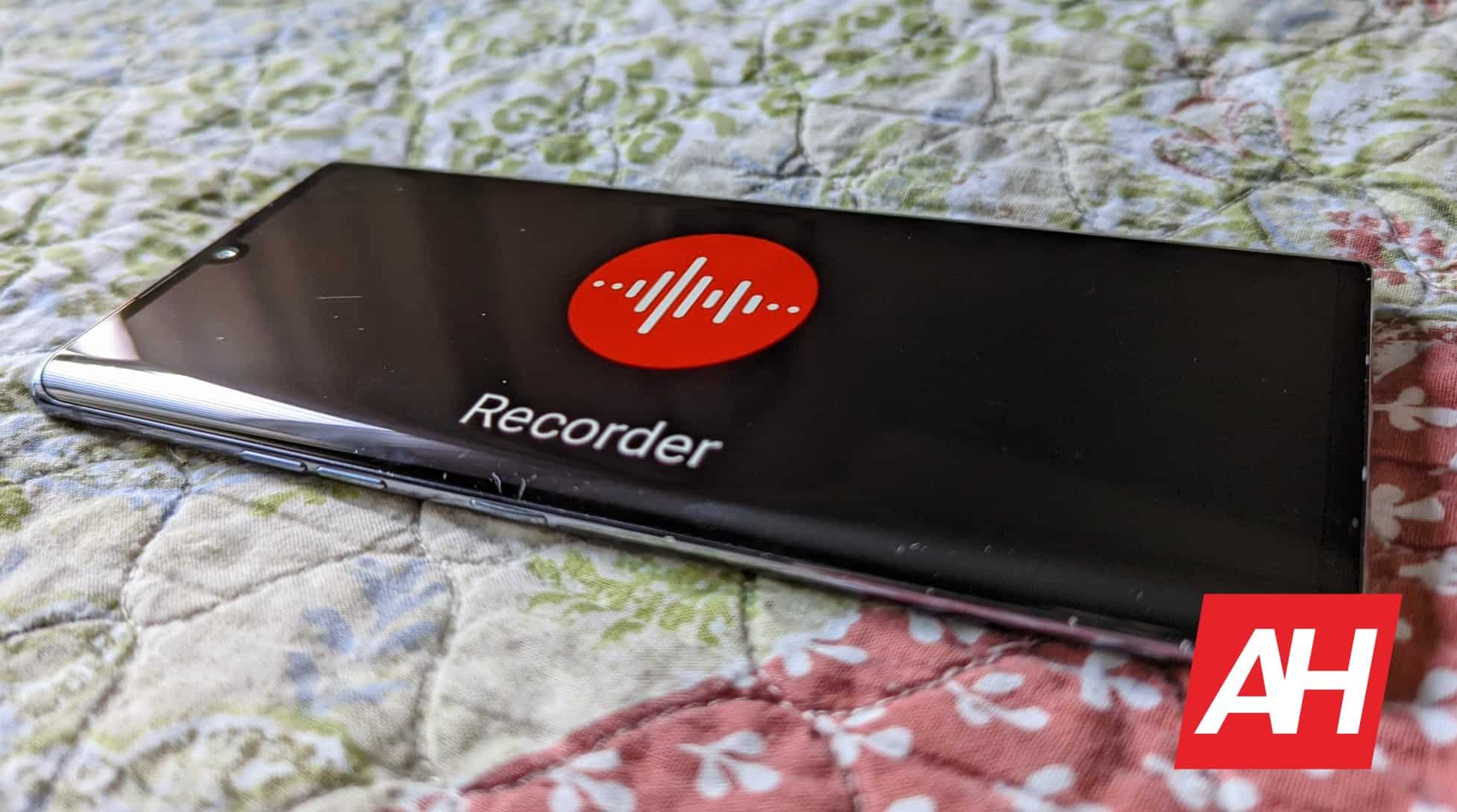
Source: ndroidheadlines.com



